Industrial Packaging Equipment
Find innovative packing equipment and connect directly with world-leading technology suppliers
At last, you reached the final stage of processing your product - welcome to the packing world! Packing preserves and protects a product from damage, spoilage, and contamination while it makes its way from the production line to the consumer or further production. Depending on which industry your products belong to, the type of primary packaging equipment can change drastically. You need to pay careful attention to products with chemicals or hazardous substances since they can be potentially dangerous to human health.
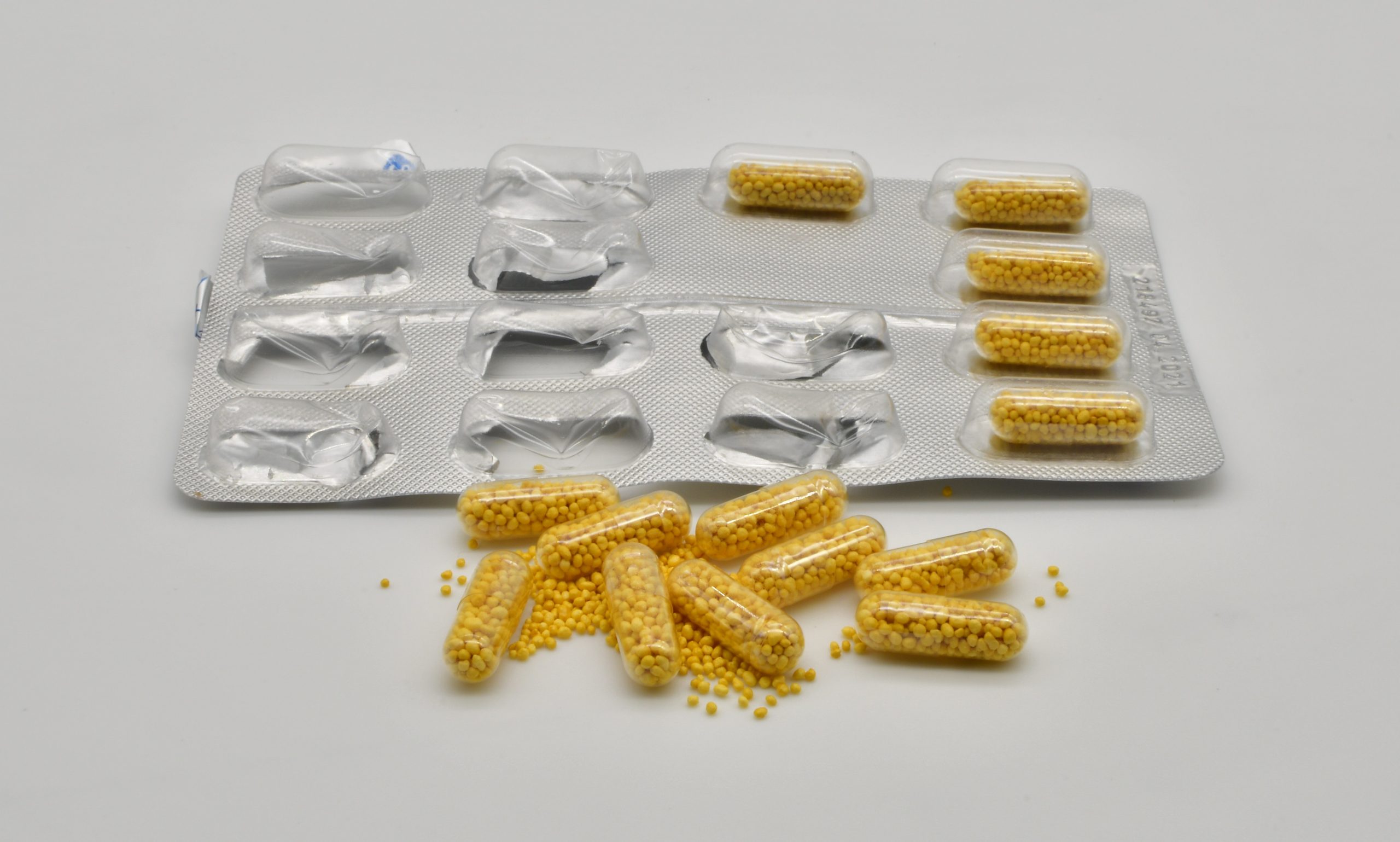
Where do the tablets go? - blister packing machines pharmaceutical products!
One of the most often attainted packaging types in the pharmaceutical industry is blister packing. This type of packaging is often for unit-dose packaging for pharmaceutical tablets, capsules, or lozenges. Through packing tablets in the blister pack, you can expect barrier protection for shelf life and tamper resistance.
You can use two different methods for this type of packaging – Thermoforming and cold forming. For thermoforming, a plastic film or sheet is softened and becomes pliable through a warm temperature which is then formed with a large pressure. This mold is cooled. On the other hand, cold-forming uses an aluminum-based laminate film. This film is simply pressed into a mold without any temperature change. This type of packaging is called cold form foil (CFF) blisters. Depending on your desired cavity size and shape, speed of production, and the transparency of the packaging, you can choose your blister packaging methods between these two options.
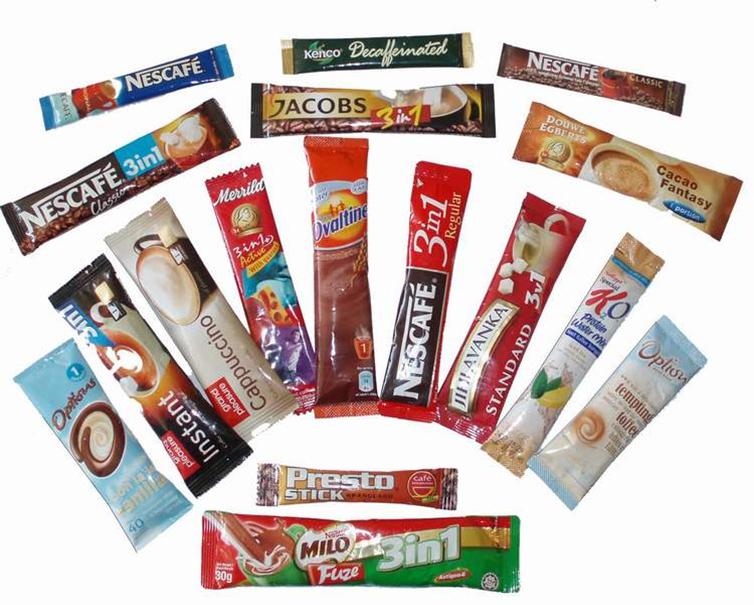
Stick pack machine is perfect for single serve products!
When you are at the grocery stores, you will see many different types and sizes of packets or pouches on the shelves. These are packed with a stick pack machine, a machine that turns a single roll of film into multiple shelf-ready packages. First, the machine cuts a roll of film transported and unwinded and this film is cut into desired size. The stick packs are formed from the cut films, as the cut films are folded and make tube forms. These multiple stick packs or bags are filled with product and then sealed, in a vertical fashion.
Stick packs can contain from powder to liquid products, specifically designed for single-serve products. This type of packaging is known for its portability, convenience, and ease of use. Often for products like coffee, milk powder, and snacks utilize stickpack packaging.
What to consider when you are choosing your industrial packaging equipment
As mentioned above, considering your product’s industry – food, pharmaceutical, chemical, cosmetic, minerals, and many other industries – is helpful when selecting industrial packaging equipment, as you can choose based on the approved knowledge within the industry. There are several questions you should ask yourself before choosing your packaging equipment.
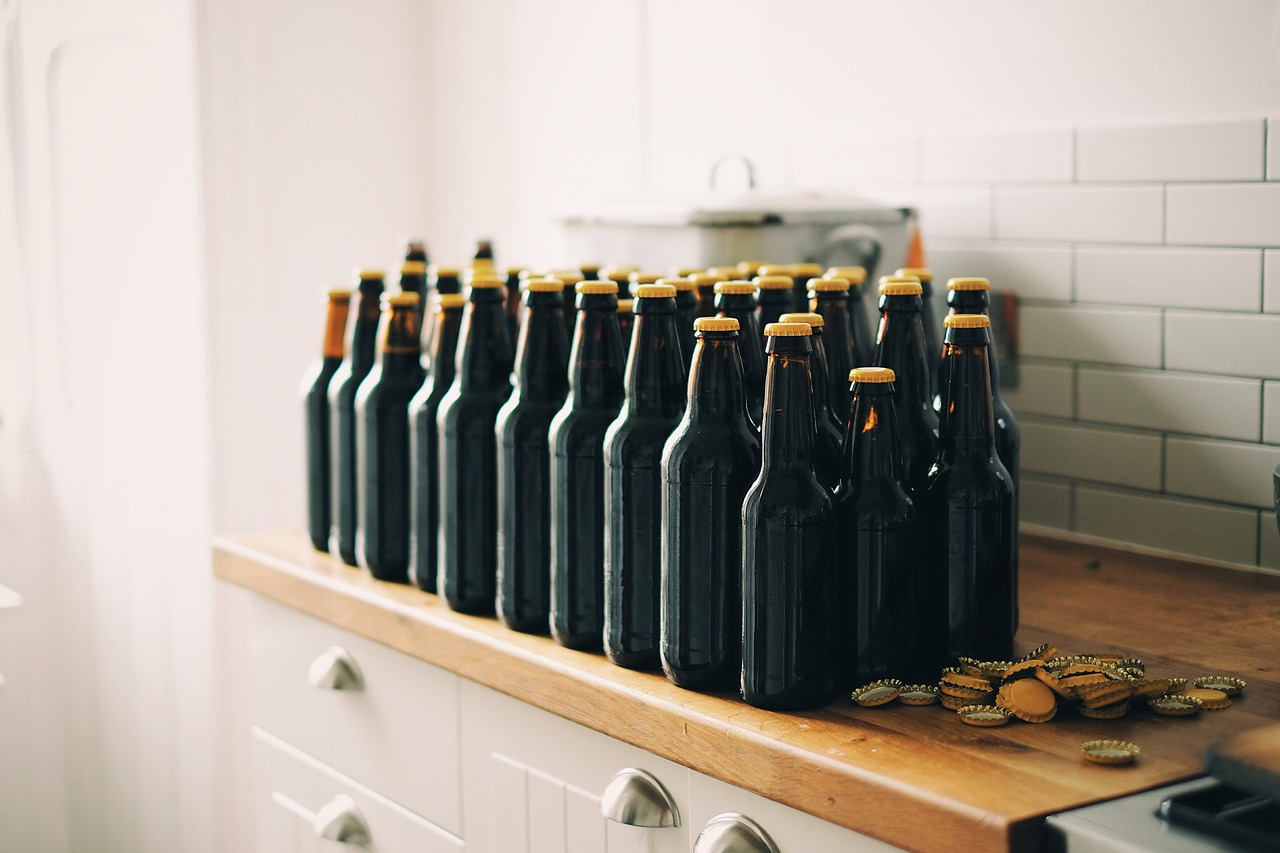
Firstly, you need to ask, how much does your product weigh, and how delicate is your product? This question may decide the sturdiness or possibly thickness of the packaging – both primary and secondary packaging. If your packaging is fragile, you should use a durable case and an additional shockproof element that can cushion any external damage. Secondly, you may ask if your product is powder, solid, liquid, gas, or somewhere in between. Depending on the state of matter, the packaging material, form, and technology will change drastically – from bagging to bottling or cartoning.
Also, is your product corrosive or hazardous? Then labeling is essential for this type of product. For pharmaceutical or chemical packaging, you may need special equipment – such as a compact blister machine or capsule fillers. Another question you need to ask is – what is the transportation of your product? Whether your product is moved by land, sea, or air, it is crucial to consider how it will be protected during transport. And this factor should be considered from the beginning step of the packaging design. Finally, consider the product’s shelf life when designing the packaging. If your packaging is too intricate and fragile, it might be unattractive to consumers.
Do you know there are three levels of packaging? – primary and secondary, and tertiary packaging
First and foremost, there is primary packaging – as known as retail packaging. Primary packaging is the materials that directly have a physical touch with the products. This level of packaging has two important functions – protecting the product from moisture, air, or physical impact and providing information about the product to the consumers. For instance, there are beverage cans, pharmaceutical blister packs, and stick-pack packaging.
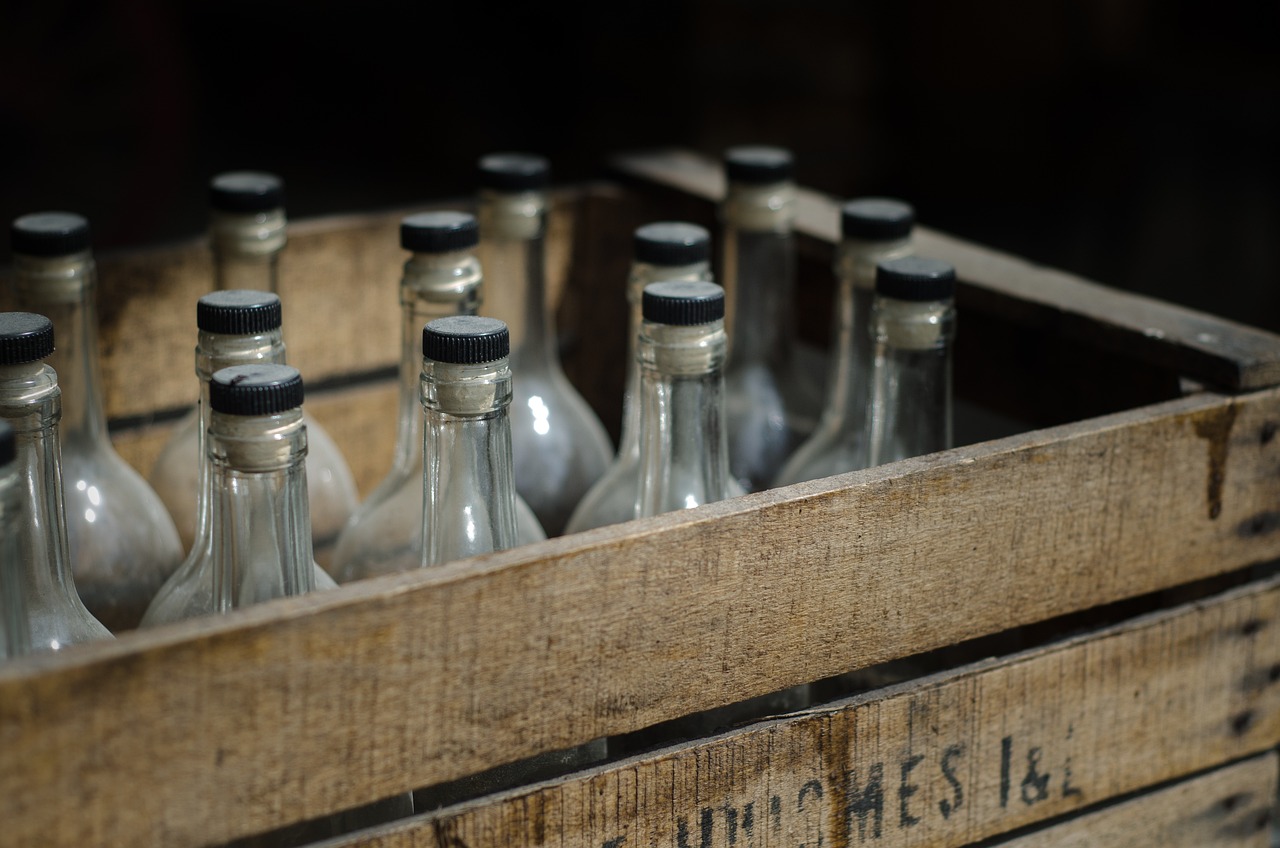
The second level of packaging is often known as secondary packaging. This second layer of packaging protects the items already contained in the primary packaging. In this case, a number of primary packaging can be gathered in one secondary packing – such as beer bottle crates. Secondary packaging not only protects the products but also unites the items into one entity. Additionally, this packaging can act as a marketing tool. The end-users or clients are often exposed to secondary packaging, so you can add your company image or logo on the secondary packaging. Cartons of beverages or poly bags can be part of secondary packaging.
Lastly, there is tertiary packaging. This final level of packaging, which involves packaging machinery such as conveyors and dispensers, provides protection during transportation and storage. Tertiary packaging includes layers of large cases, boxes, pallets, or stretch wraps. It is essential to pack as tightly as possible and provide maximum protection for the shipping process using advanced packaging systems.
What are you making?
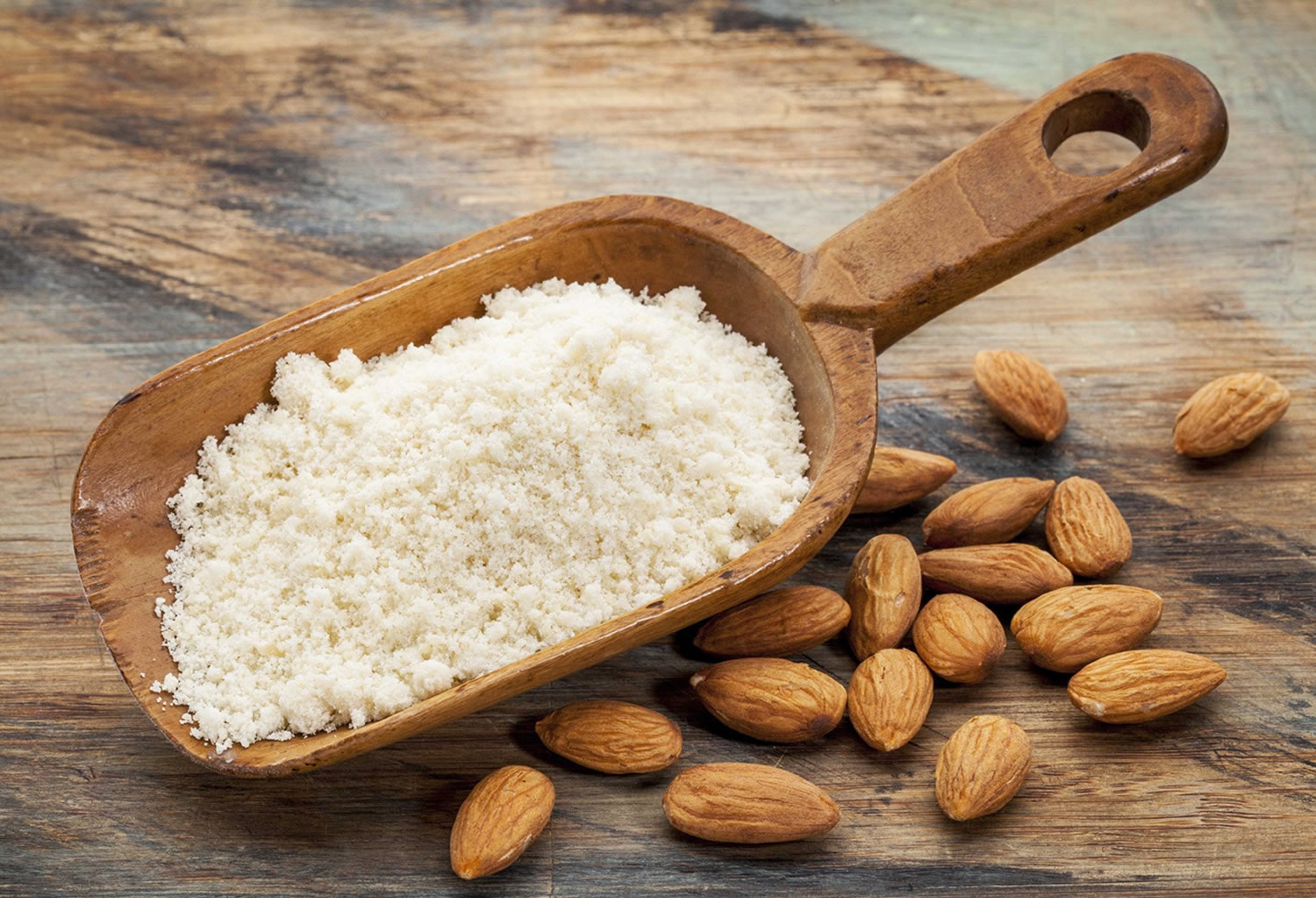
Almond flour
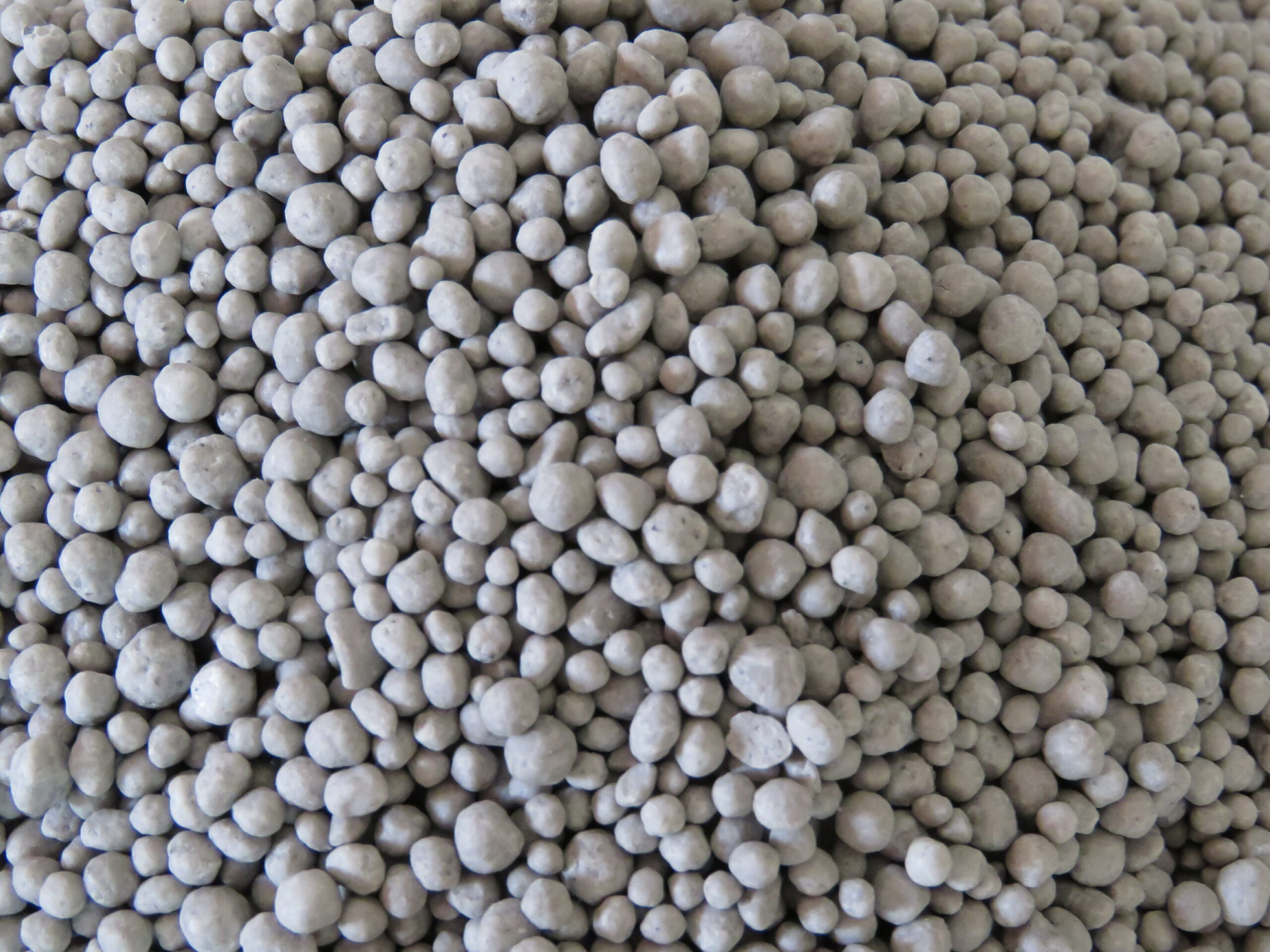
Ammonium nitrate fertilizer
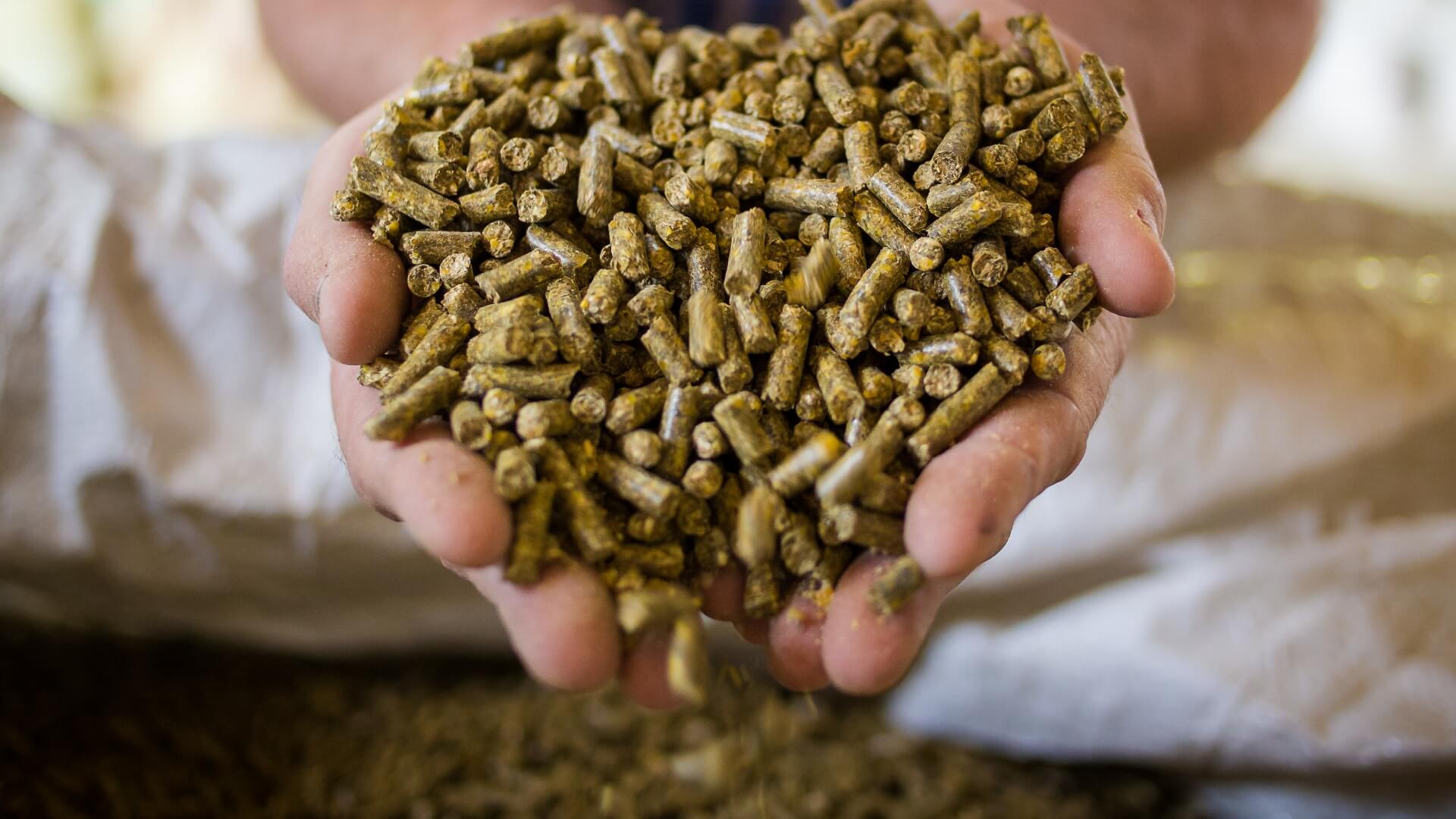
Animal feed

Antibiotics

Apples
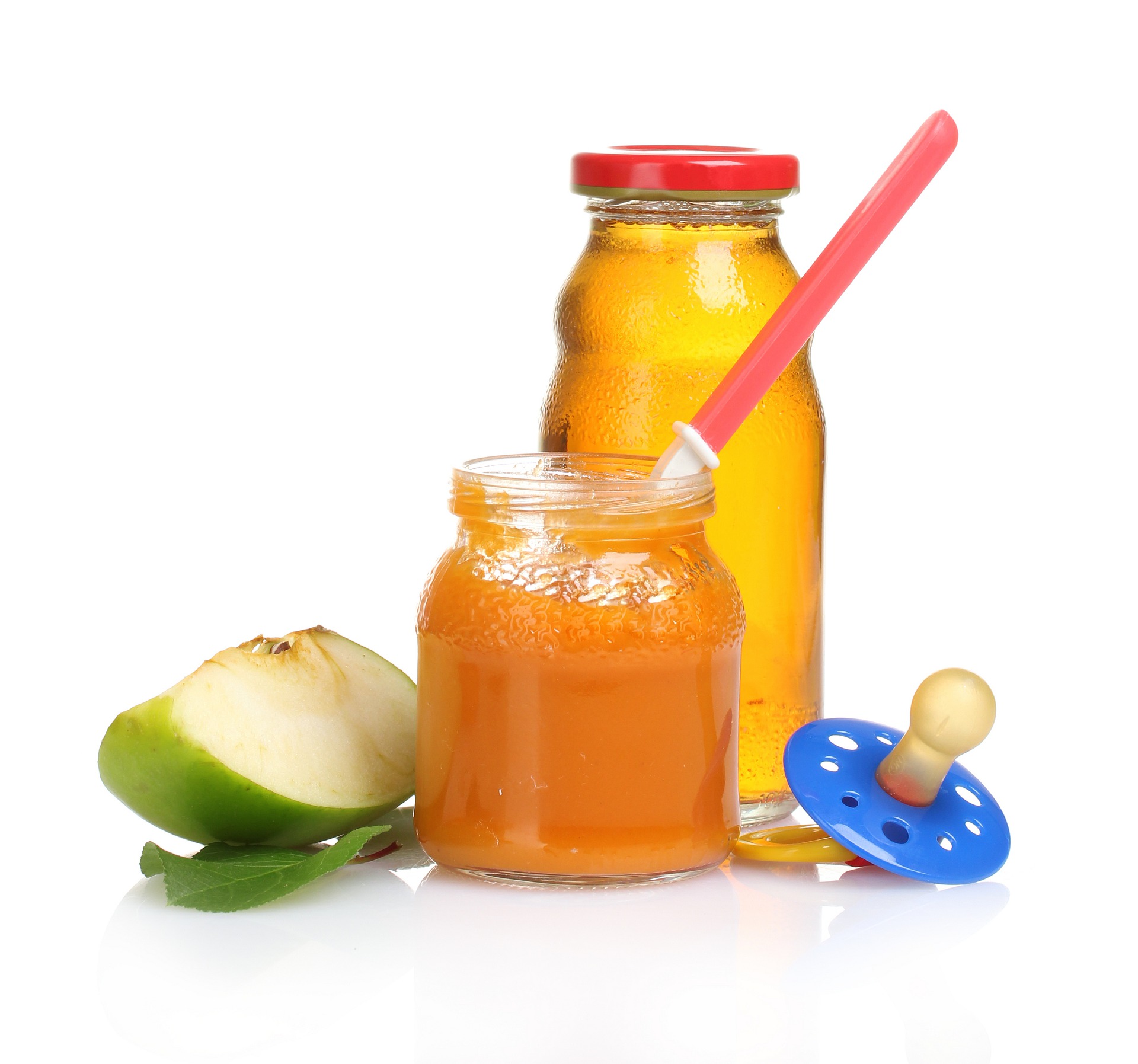
Baby Food
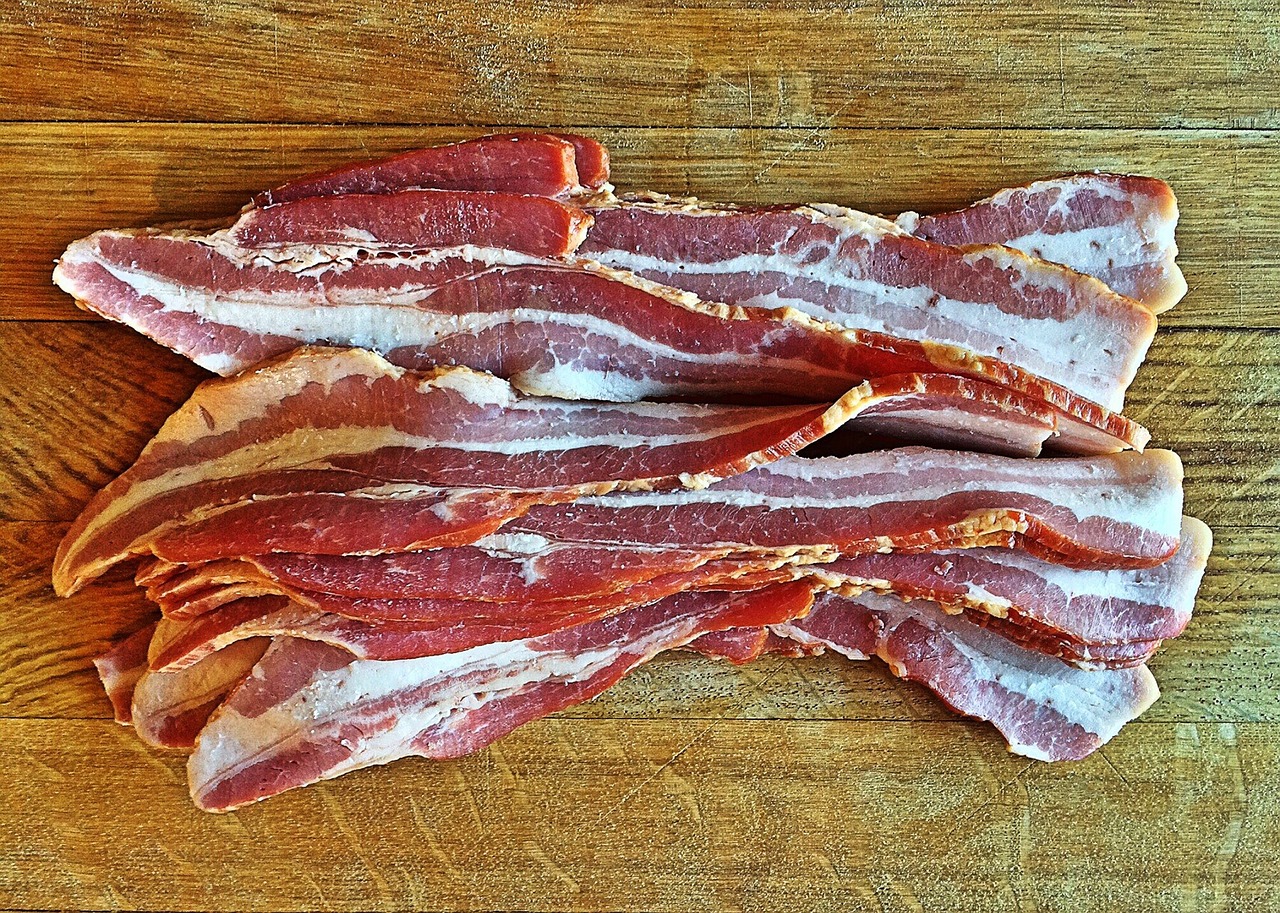
Bacon
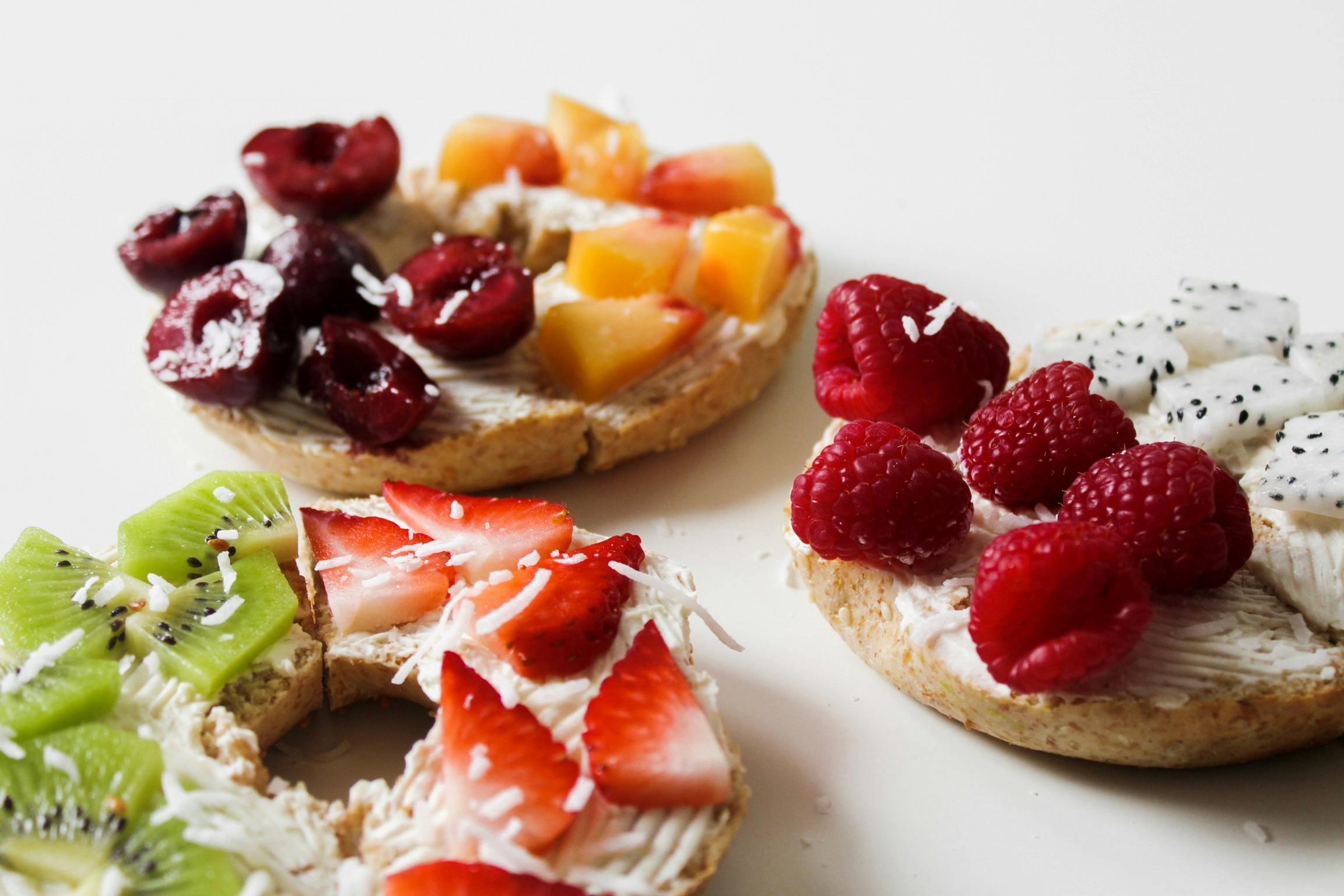
Bagels
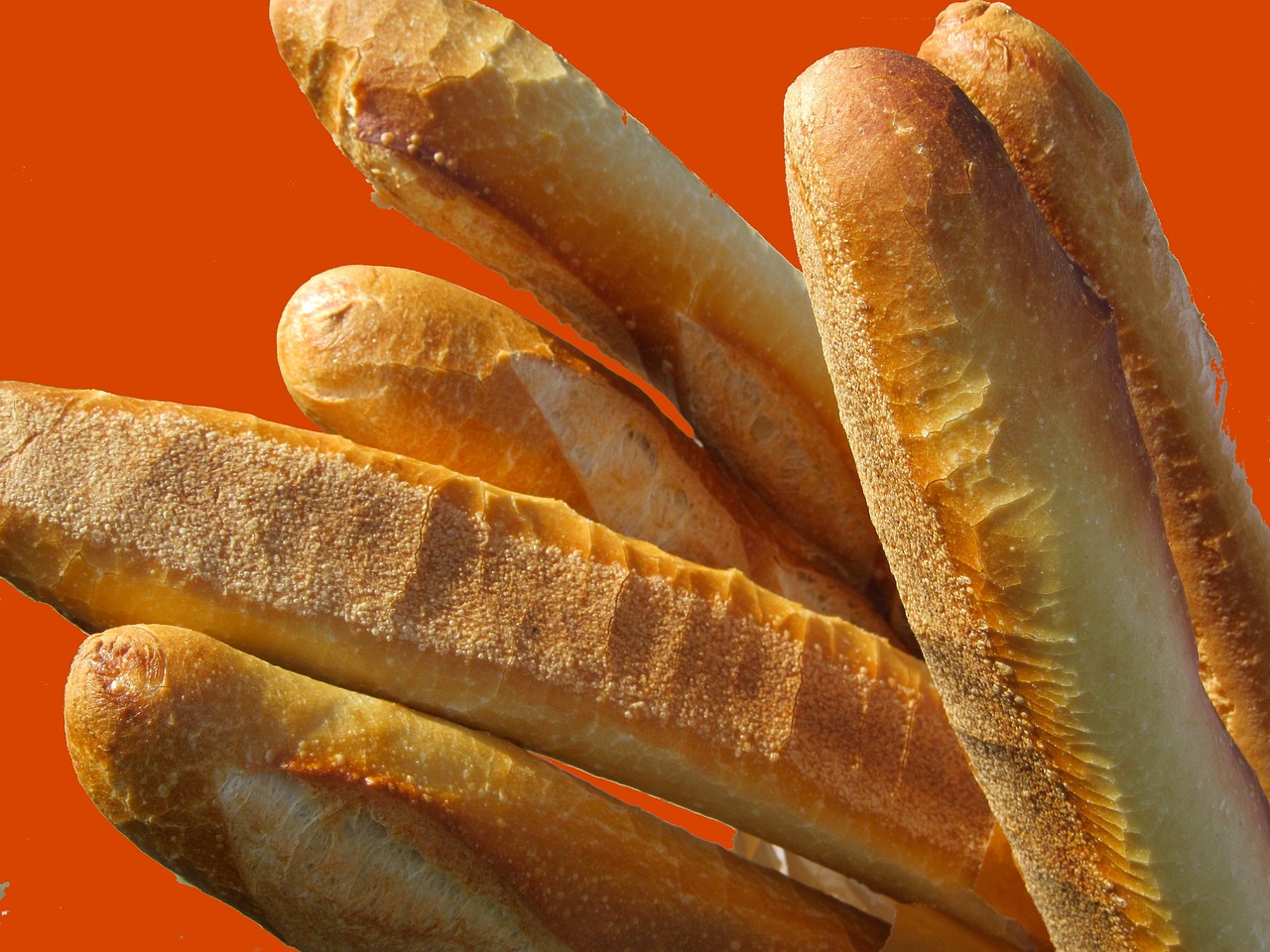
Baguettes
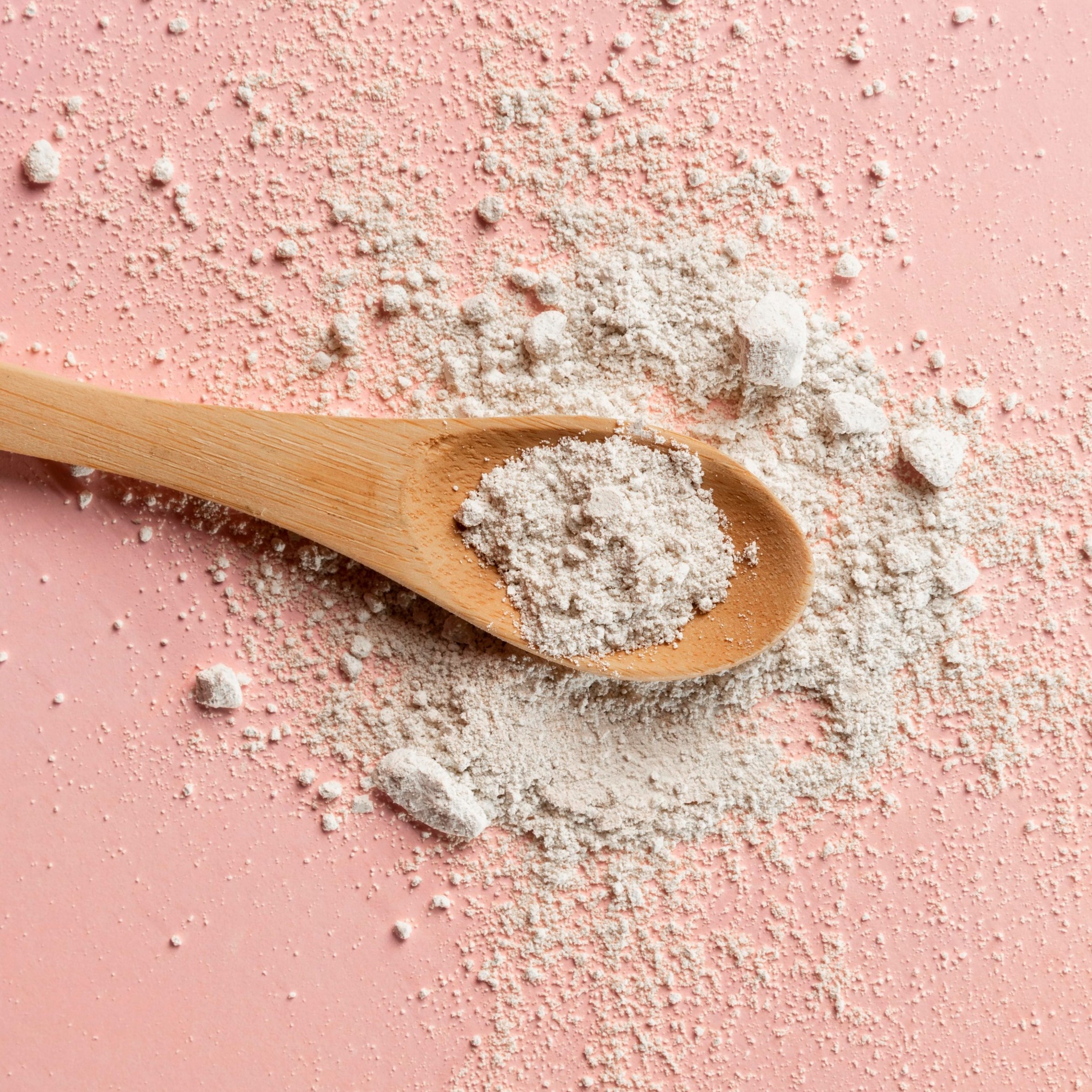
Baking powder
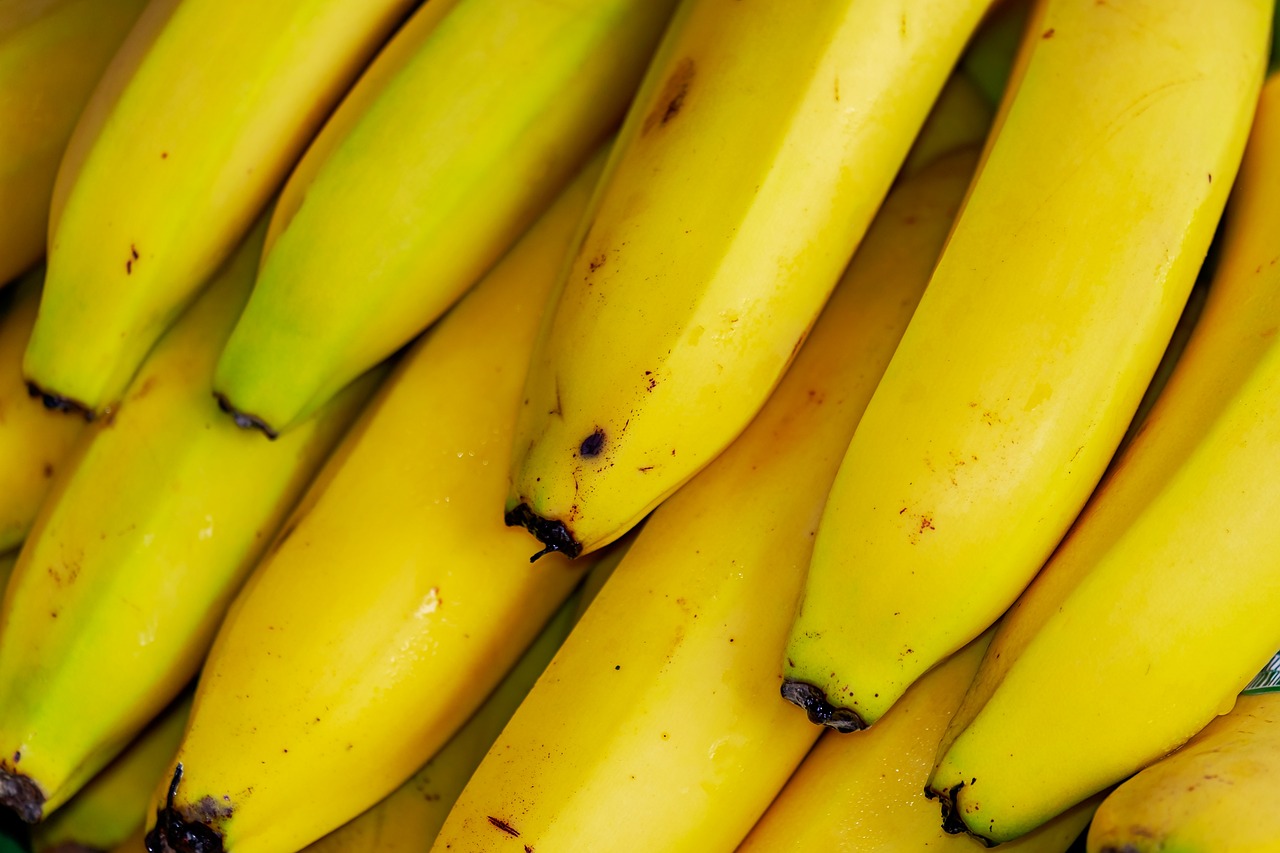
Bananas
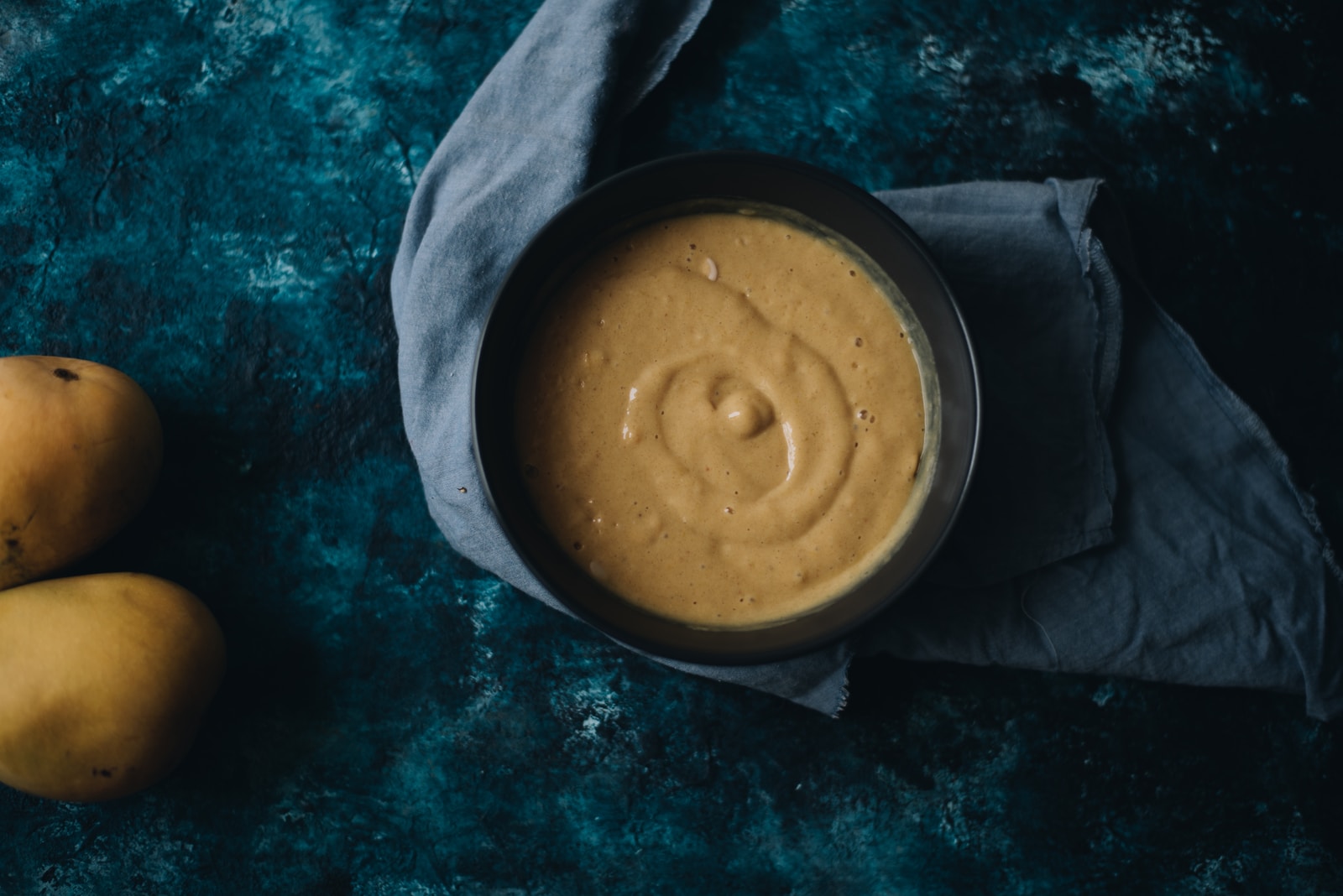
Batter
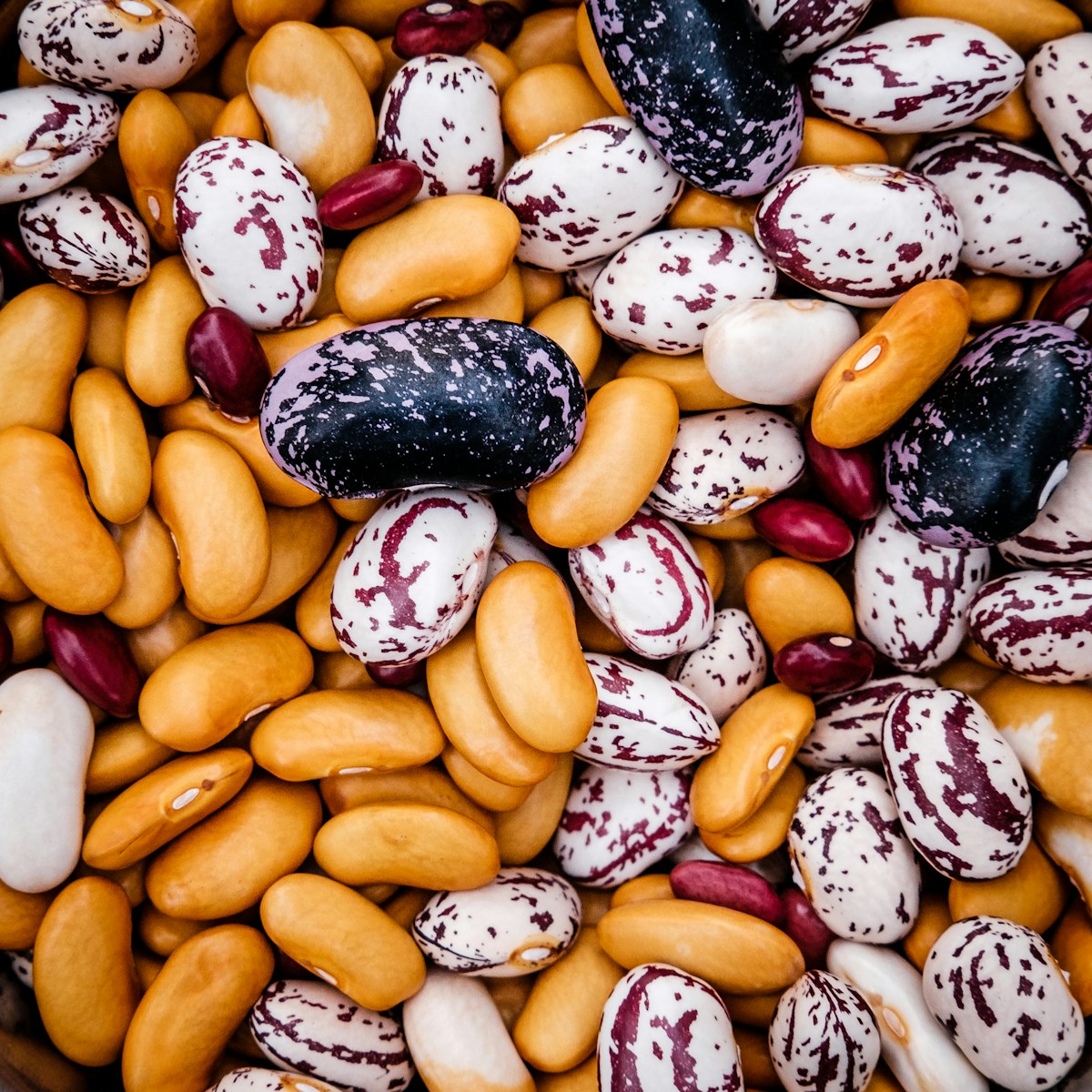
Beans
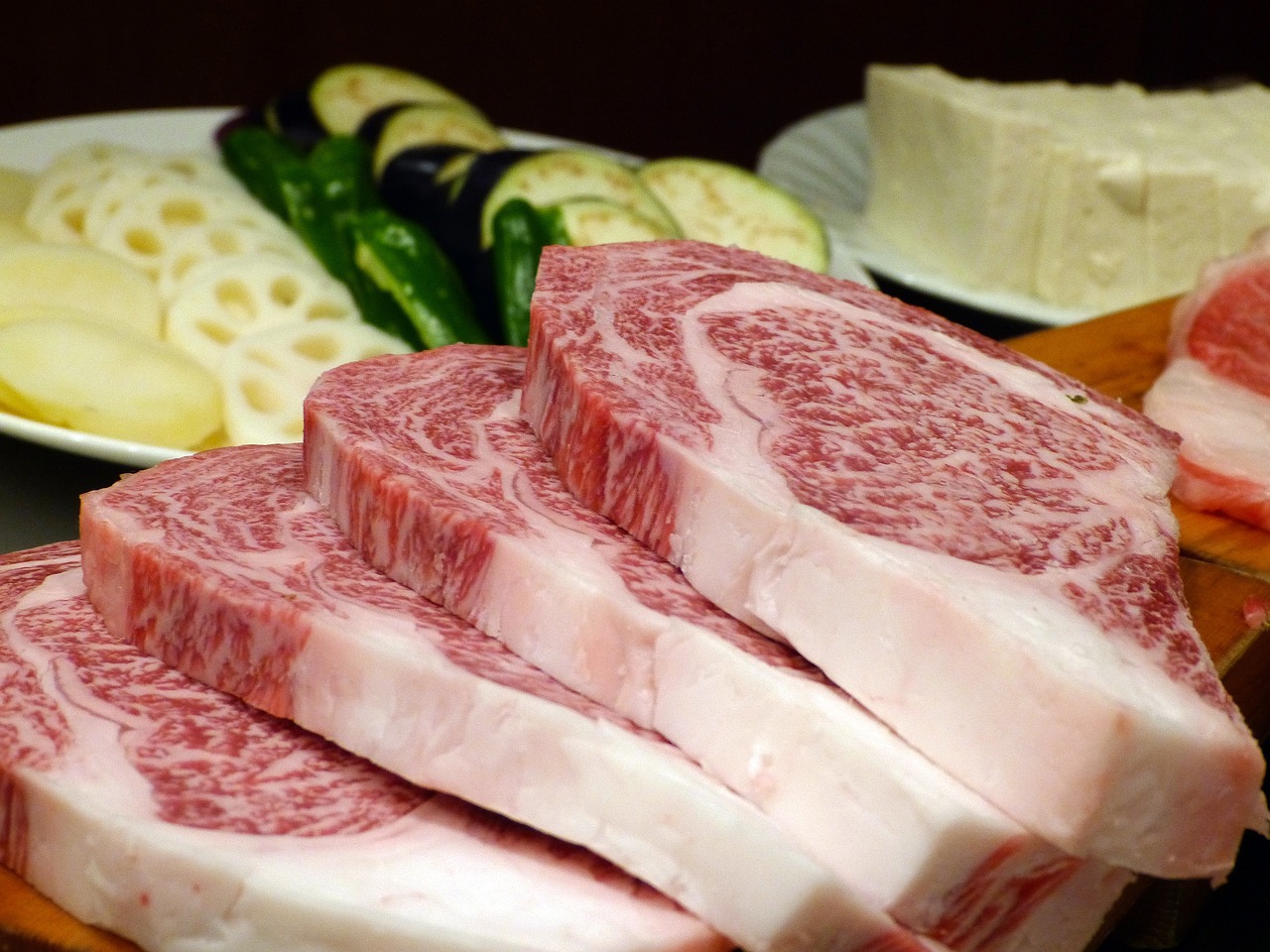
Beef
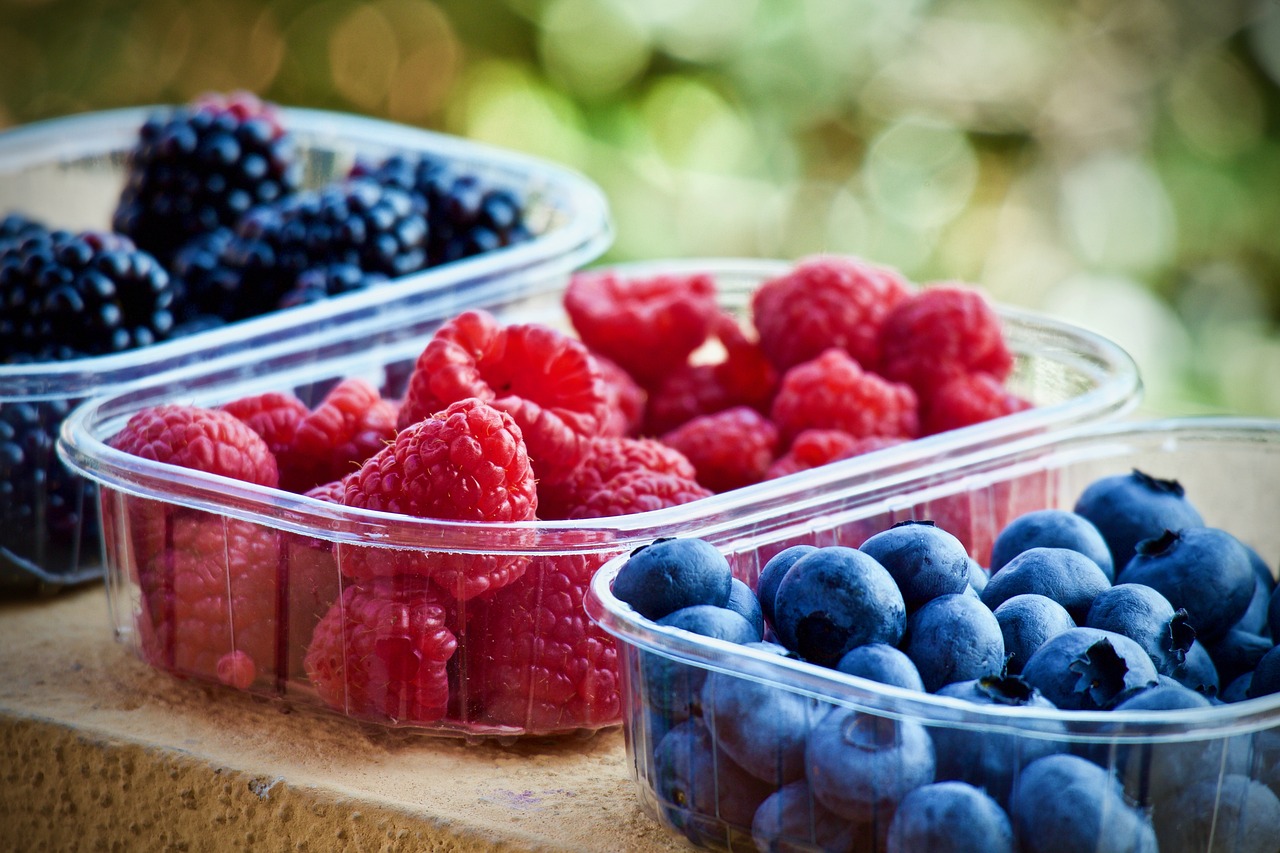
Berries

Black soldier fly protein
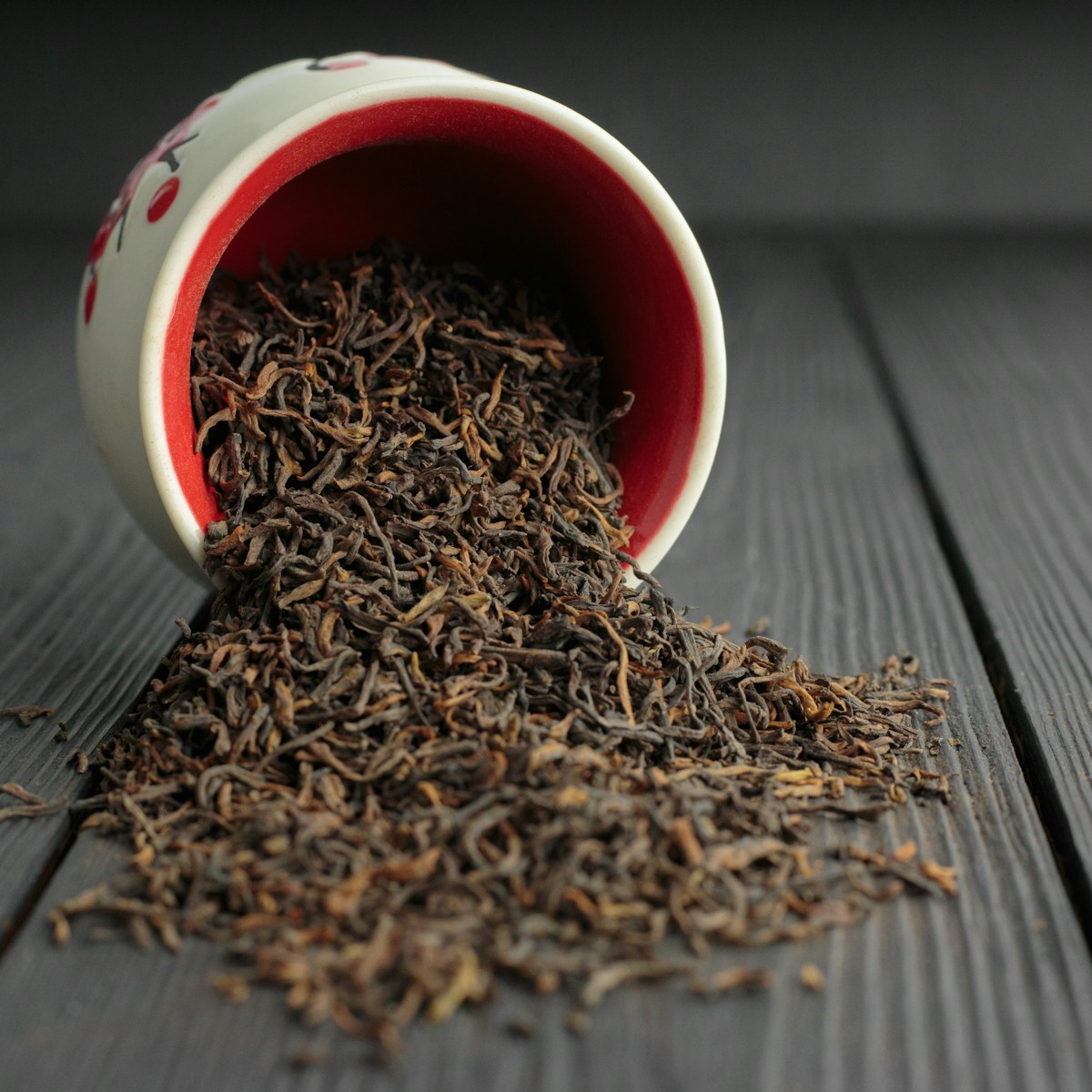
Black tea

Blueberries

Botanical medicine
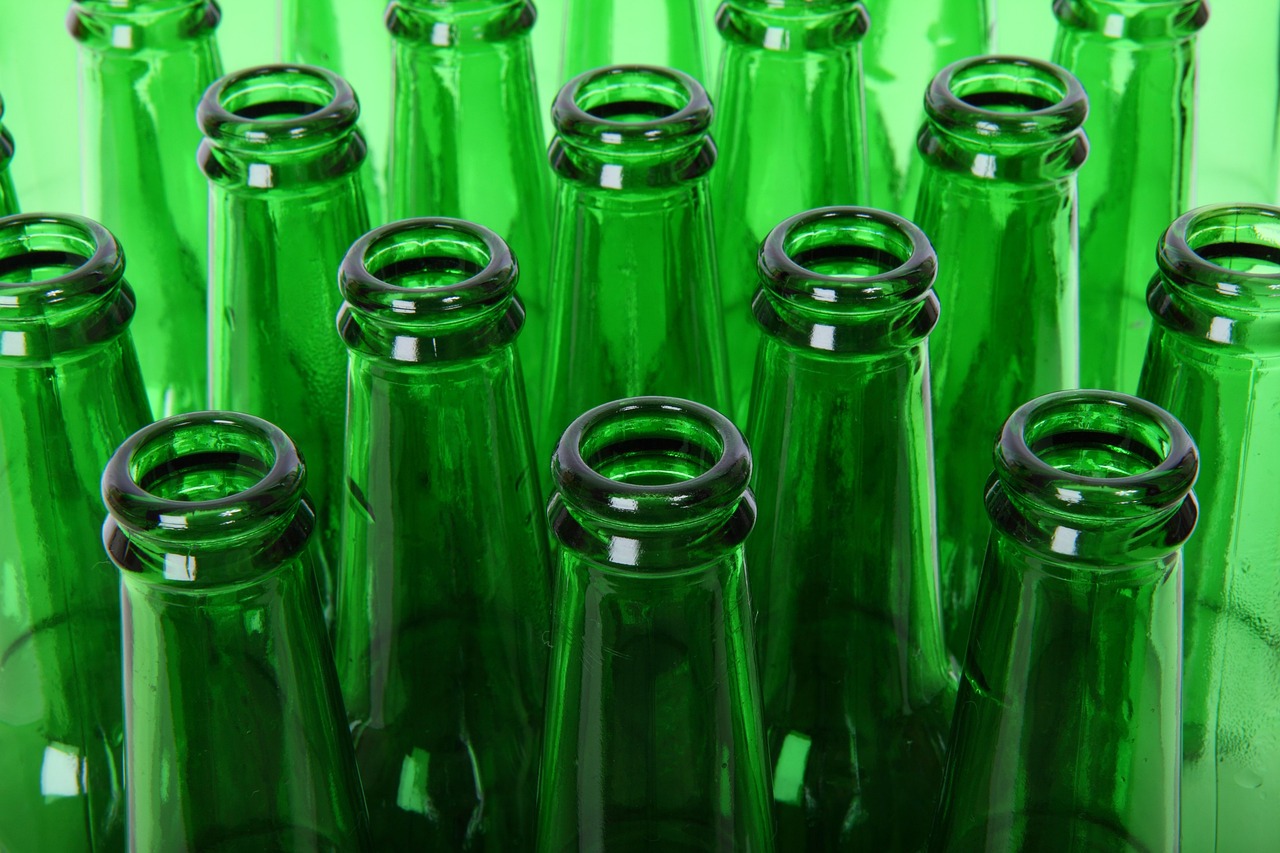
Bottles
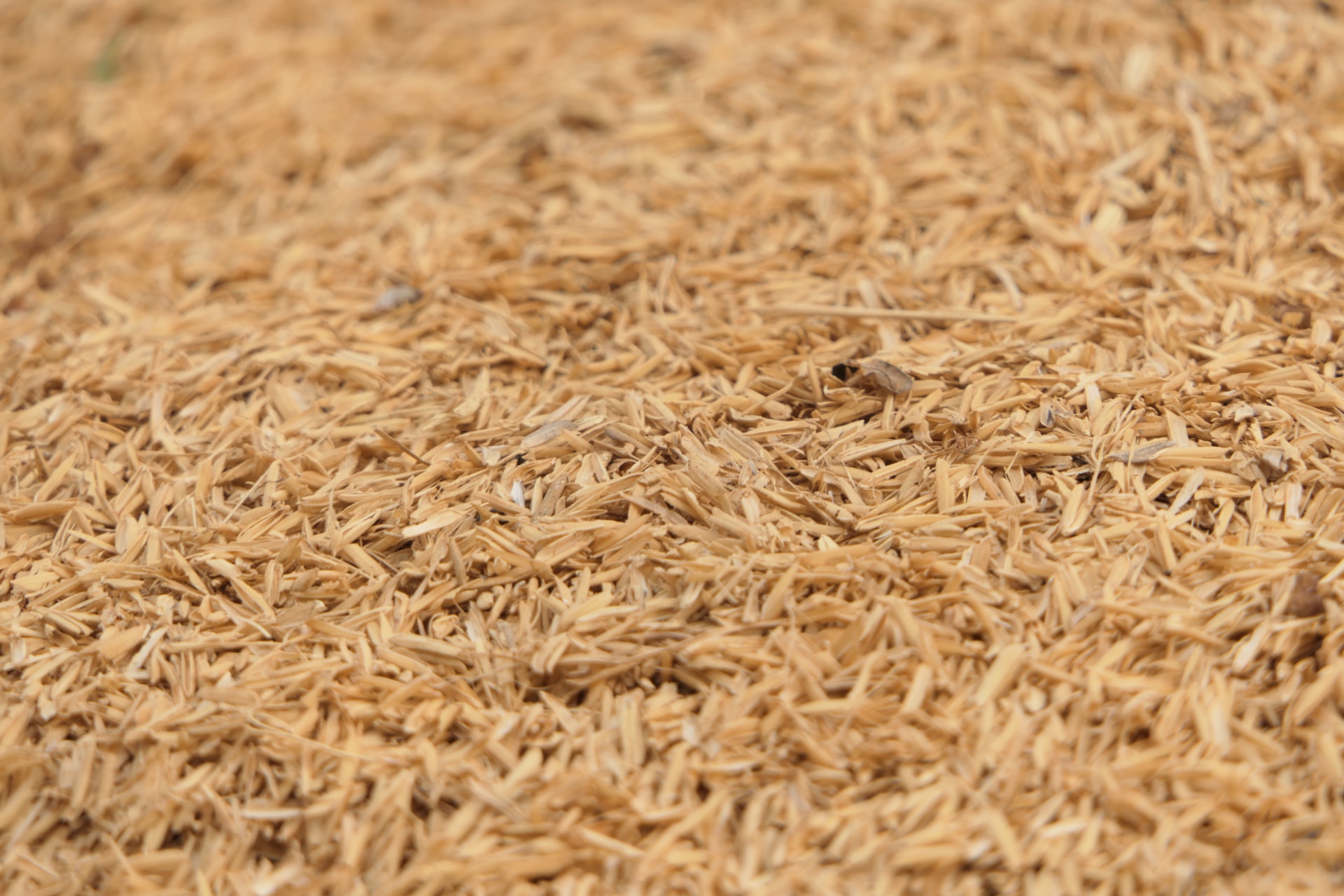
Bran
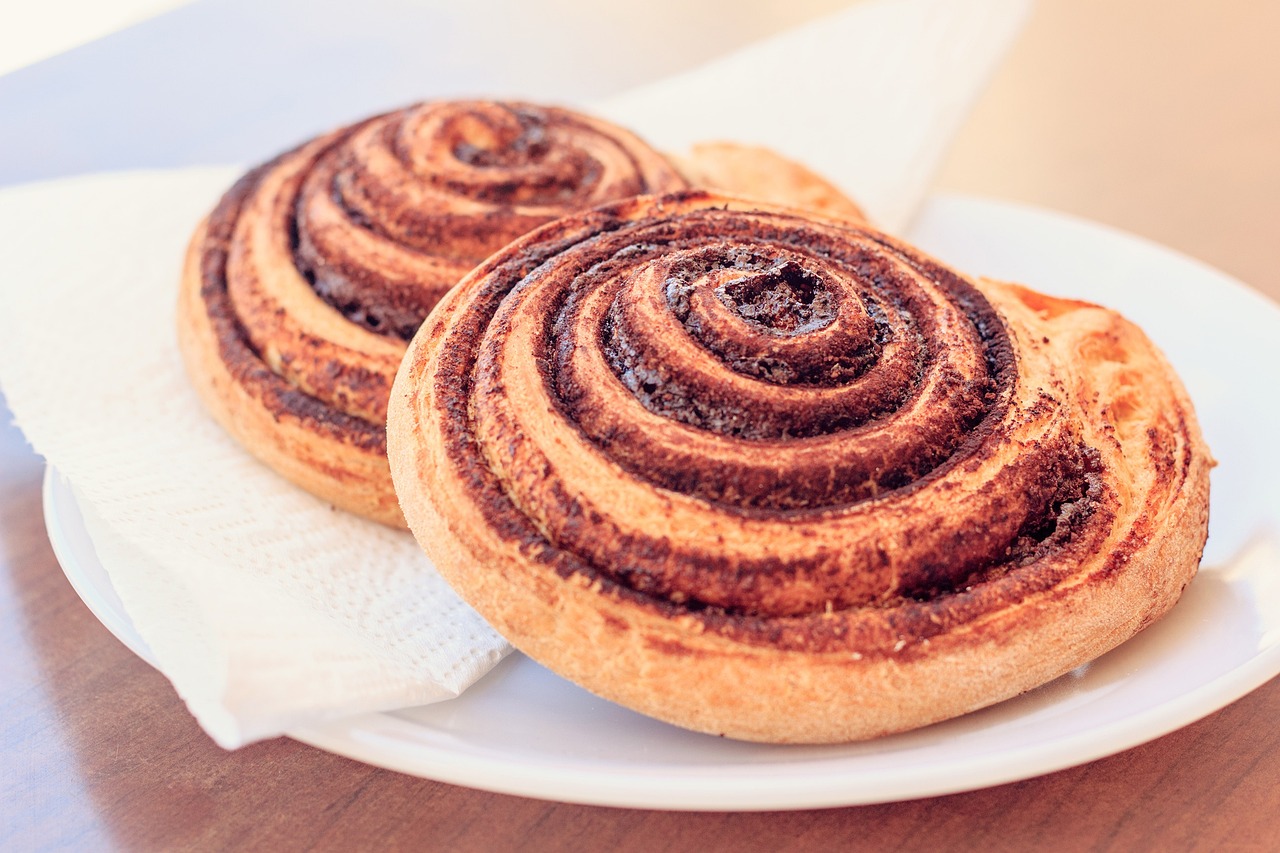
Bread Rolls
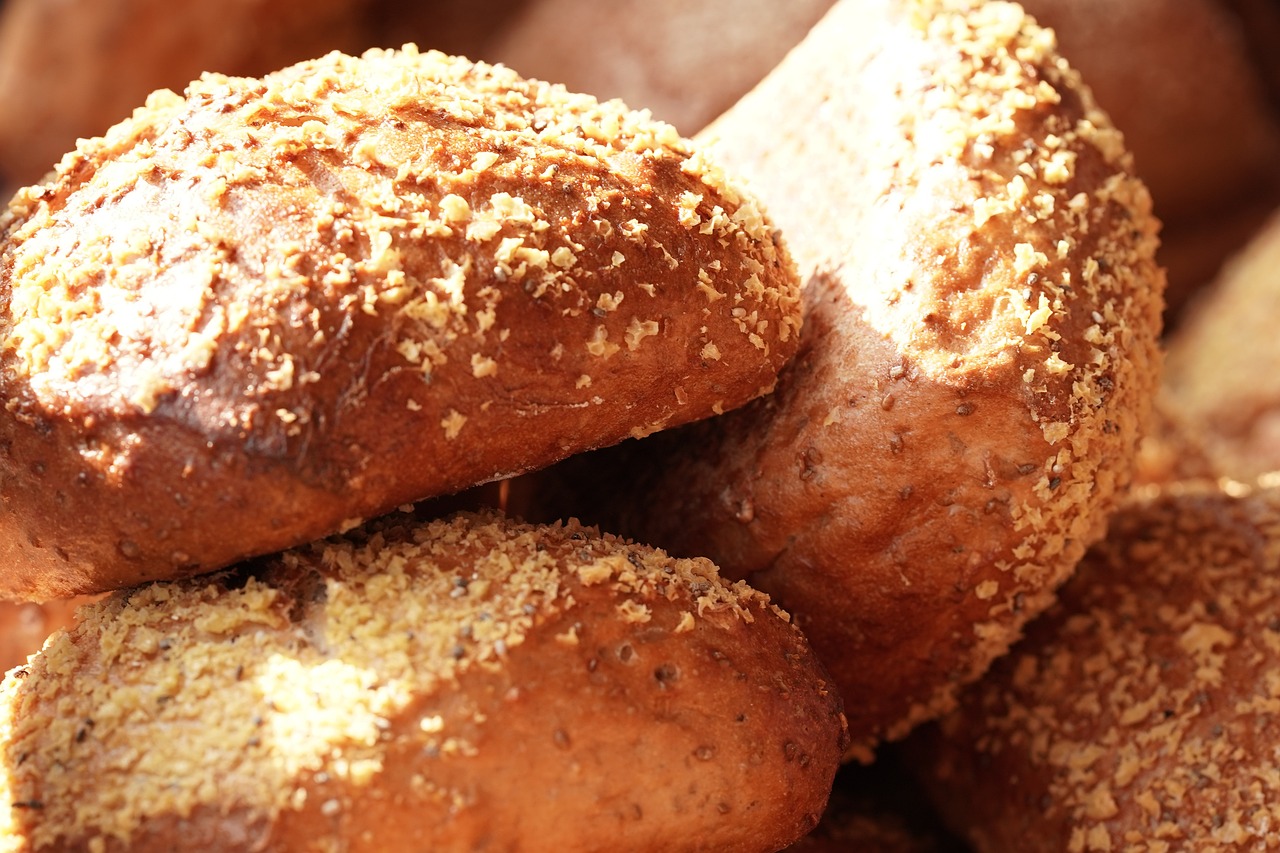
Buns

Hamburgers

Butter
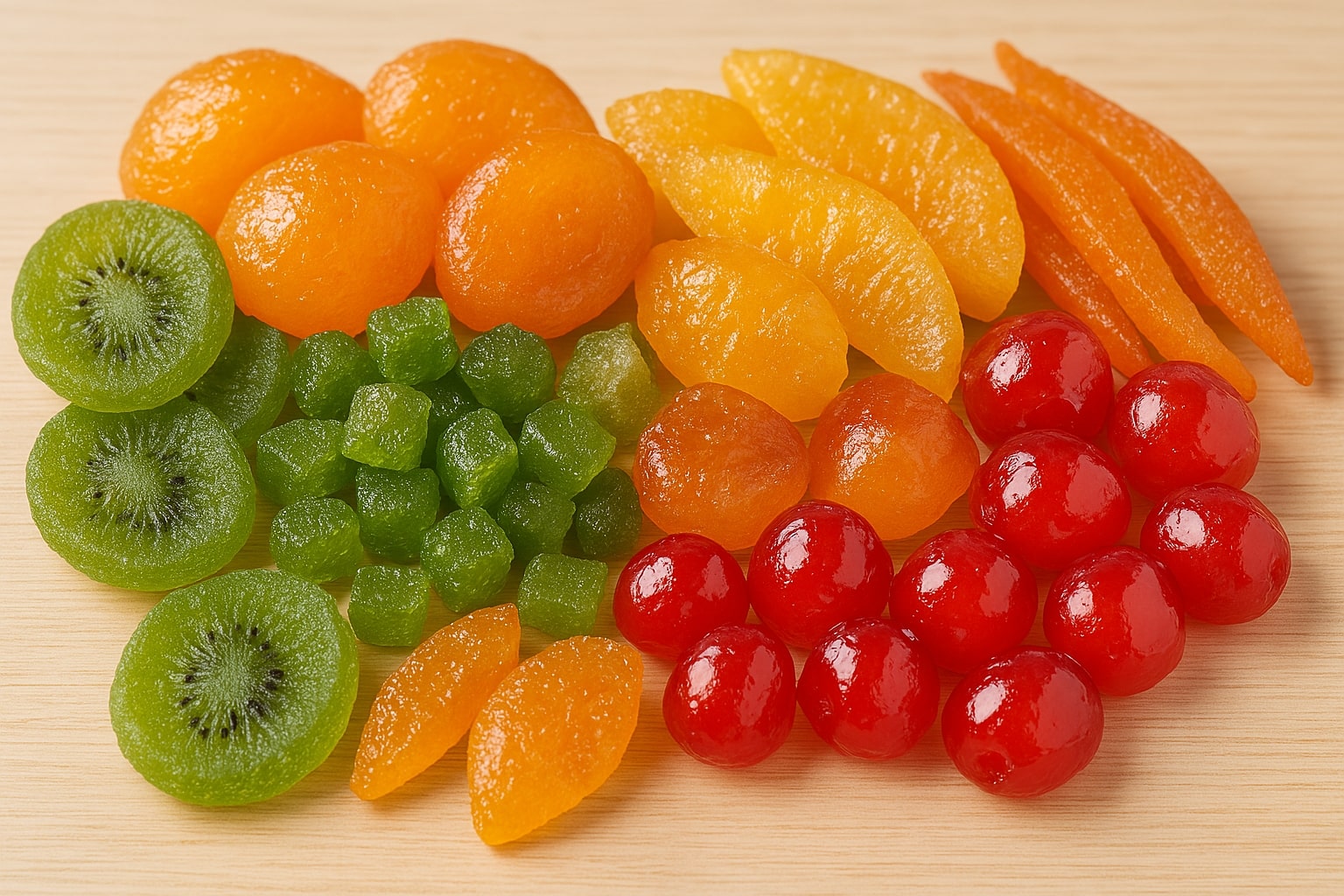
Candied fruits
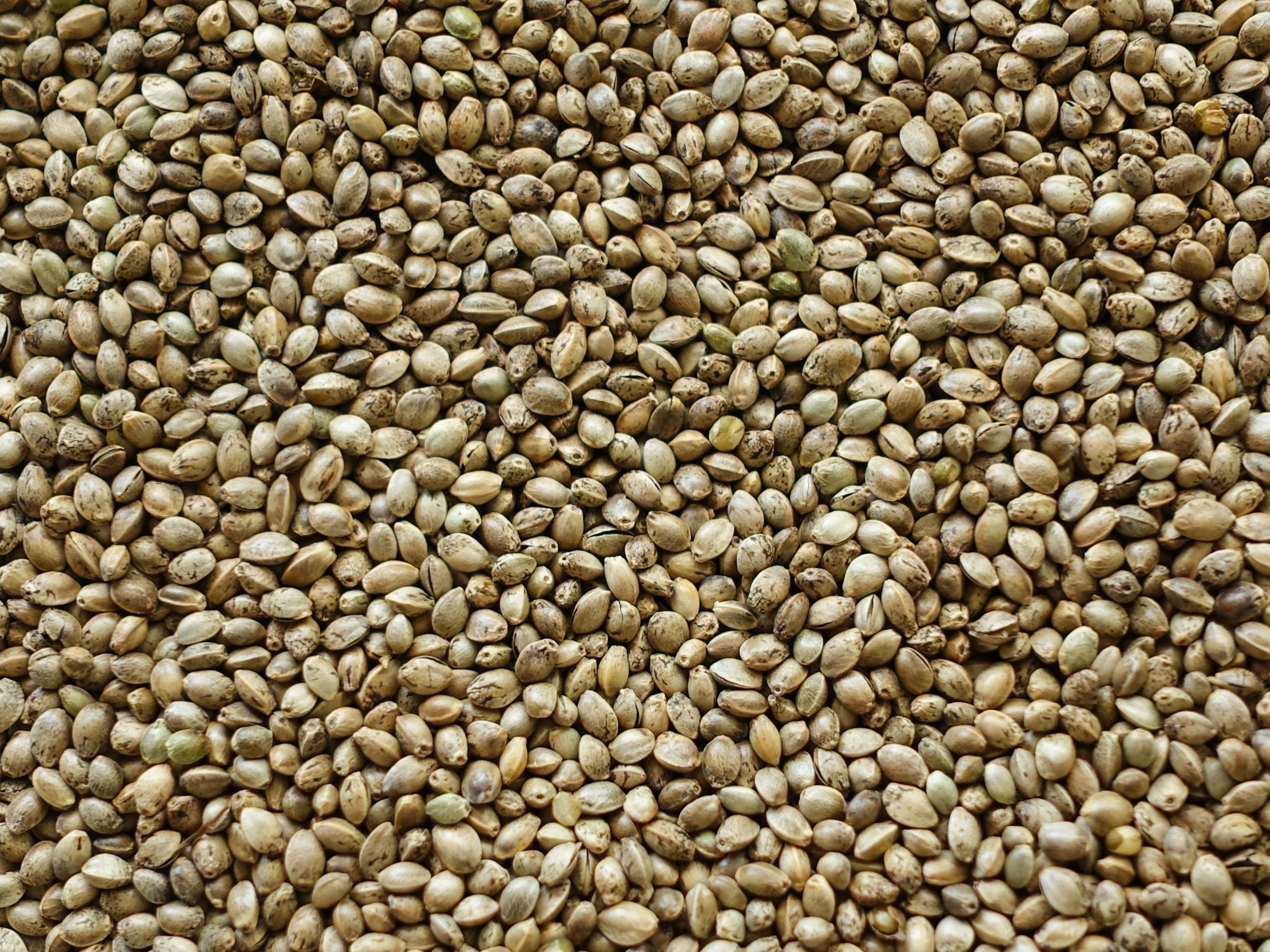
Cannabis seeds
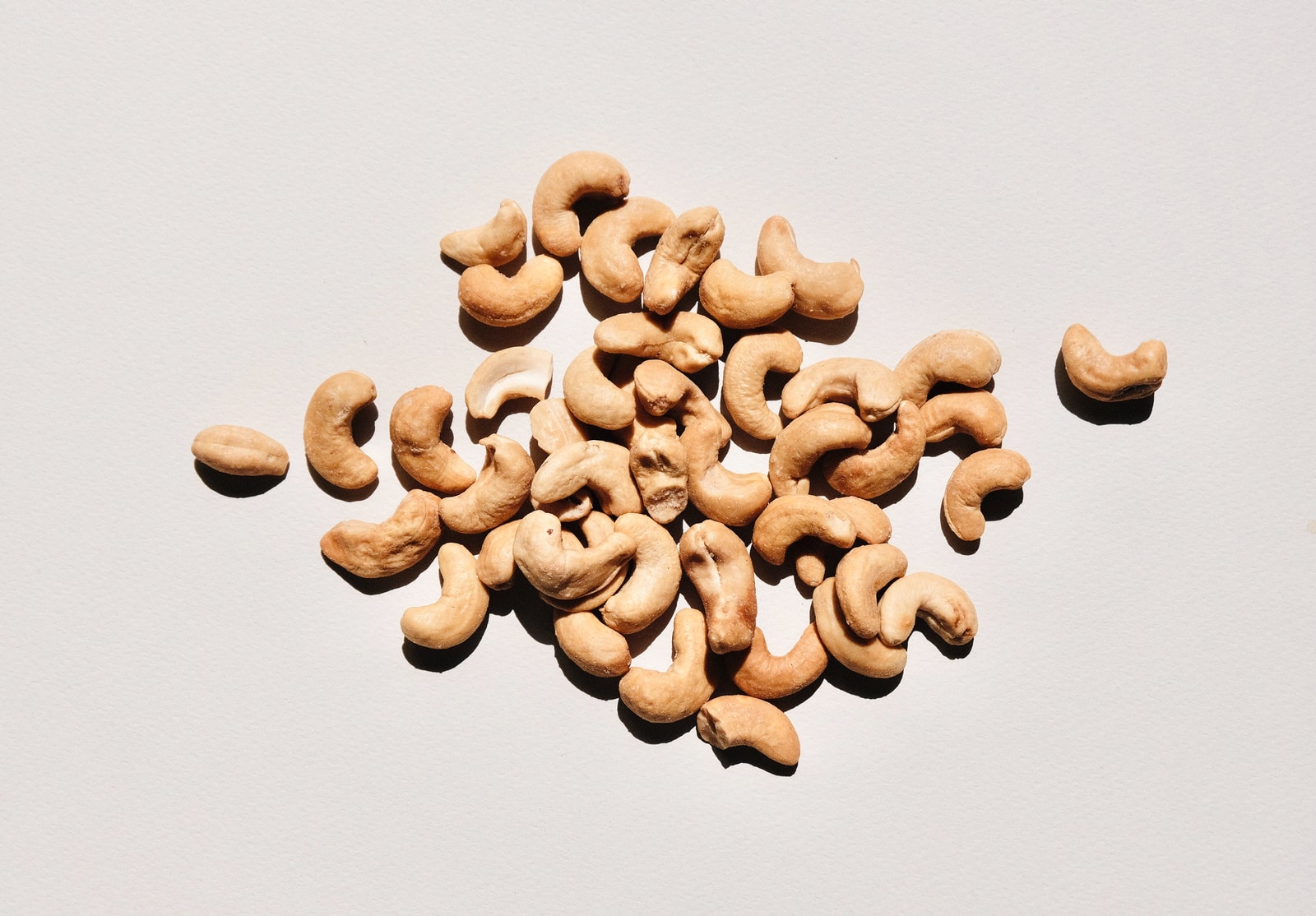
Cashews
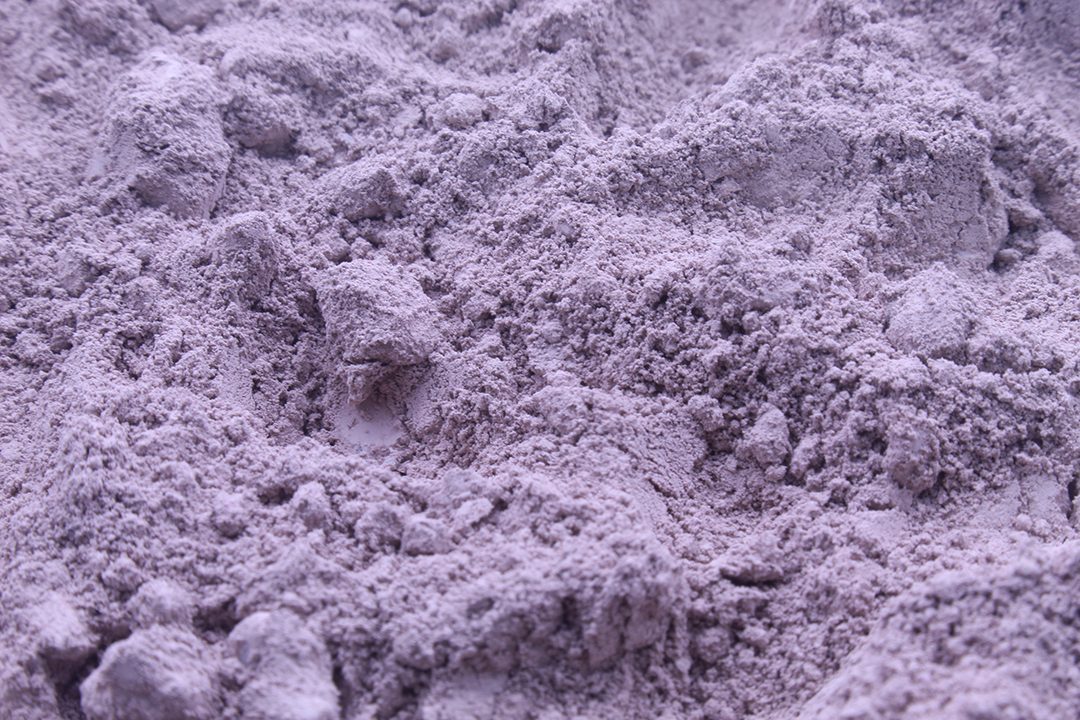
Ceramic powders
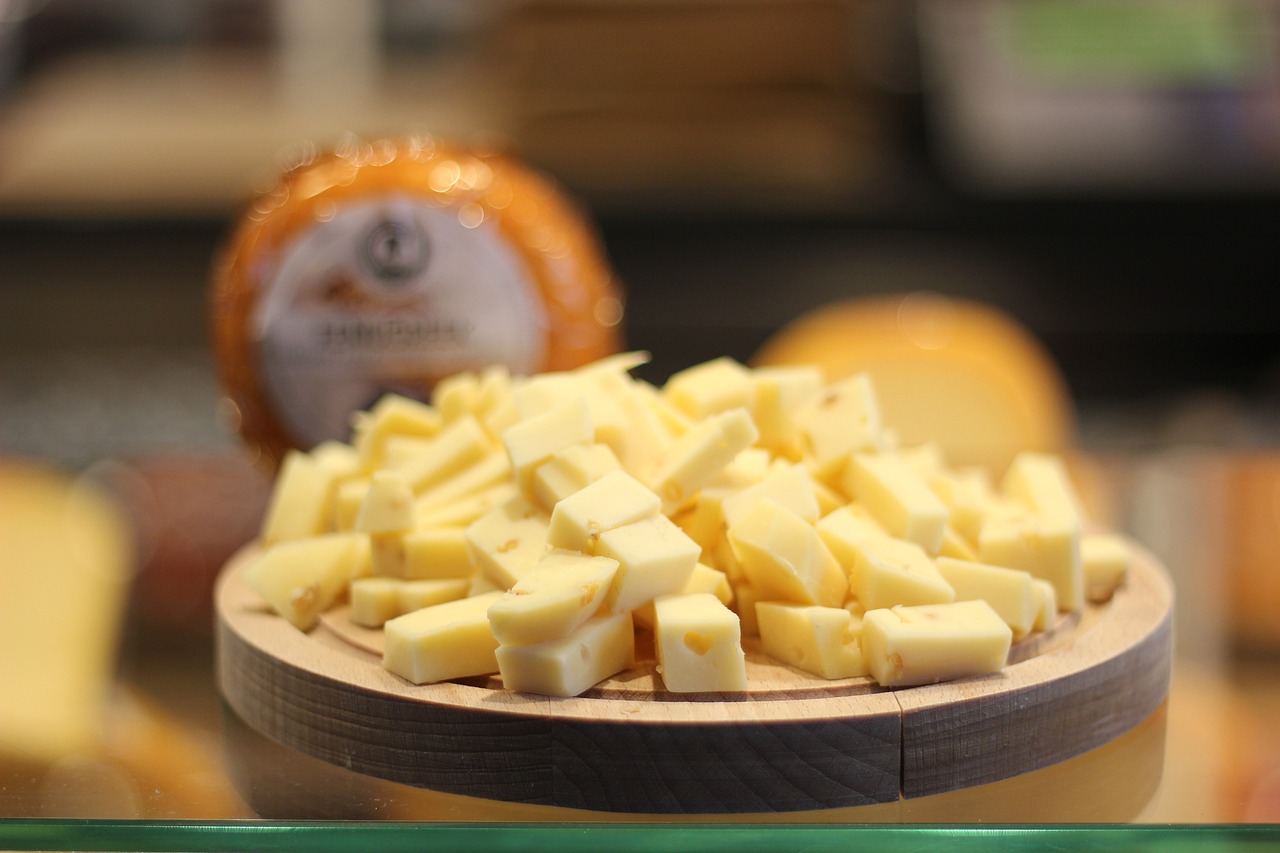
Cheese Blocks

Chestnuts
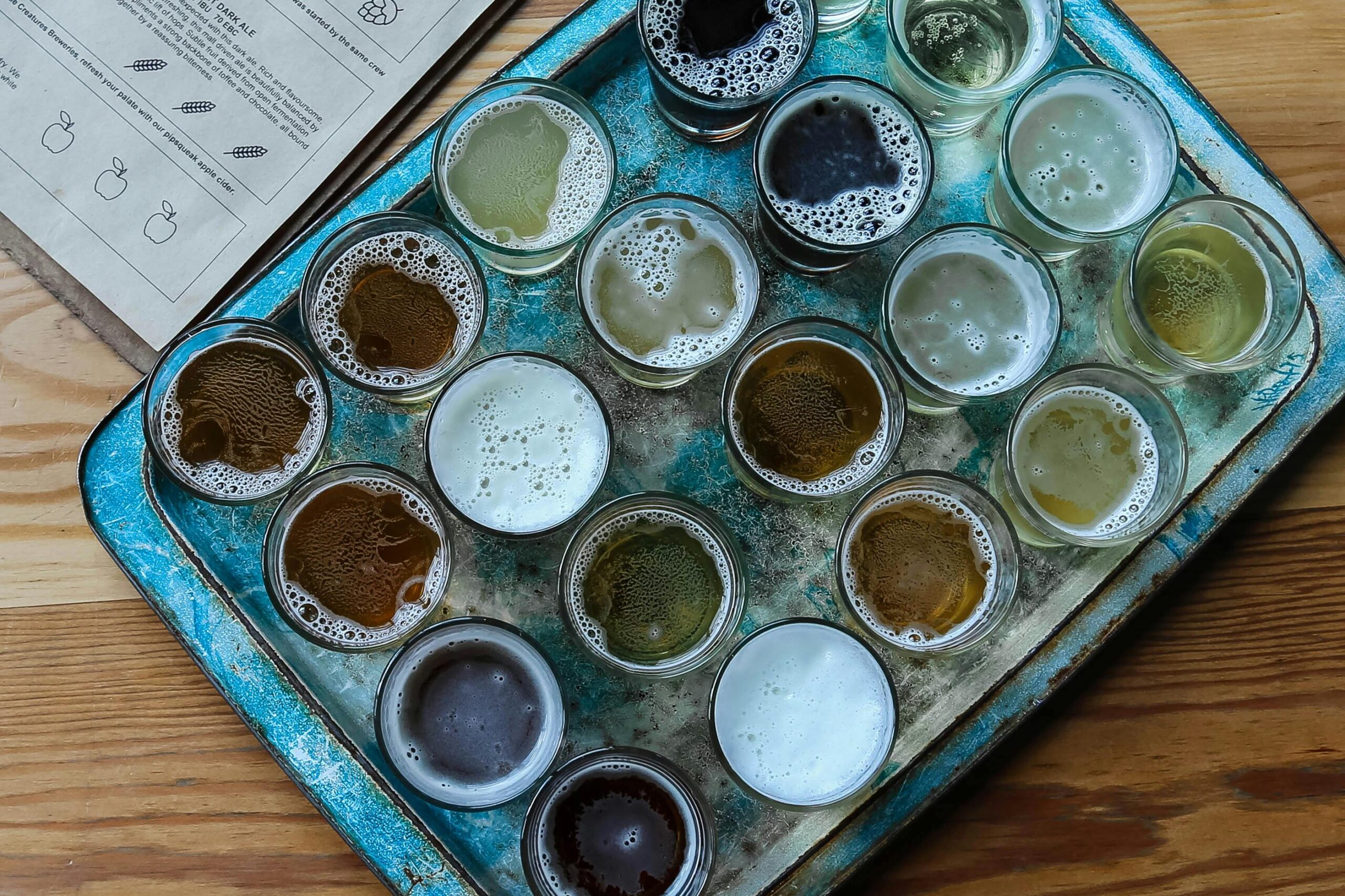
Cider
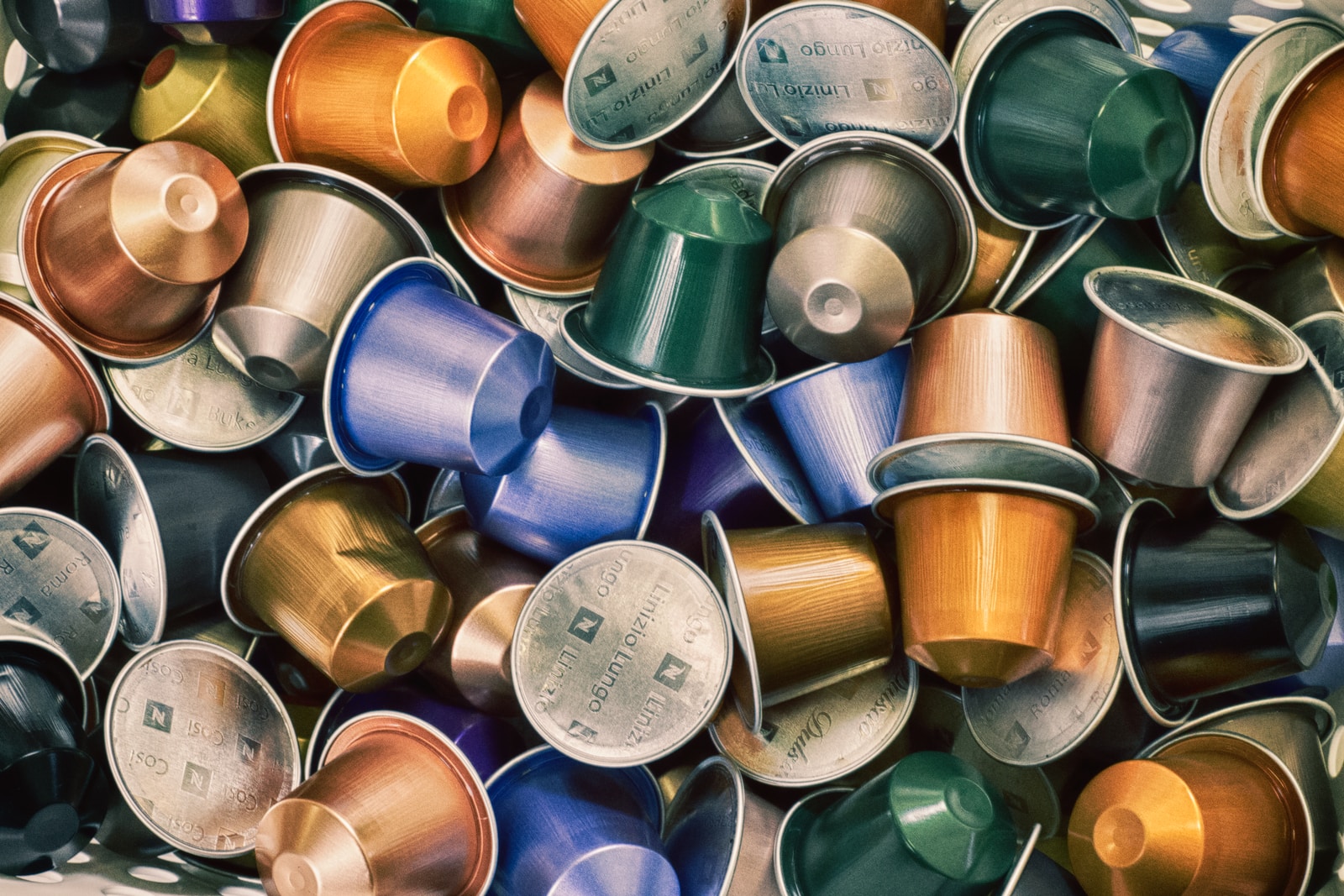
Coffee capsules

Cognac
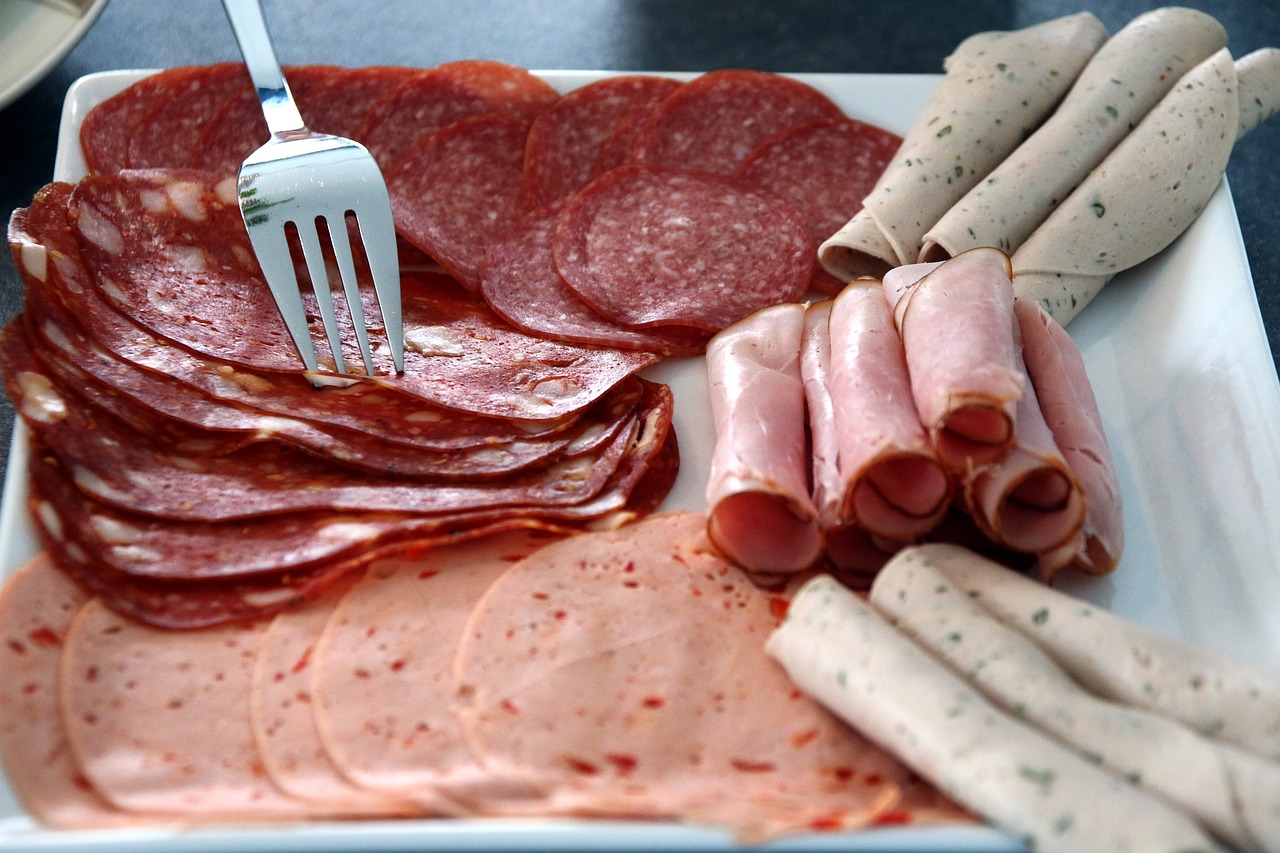
Cold Cuts
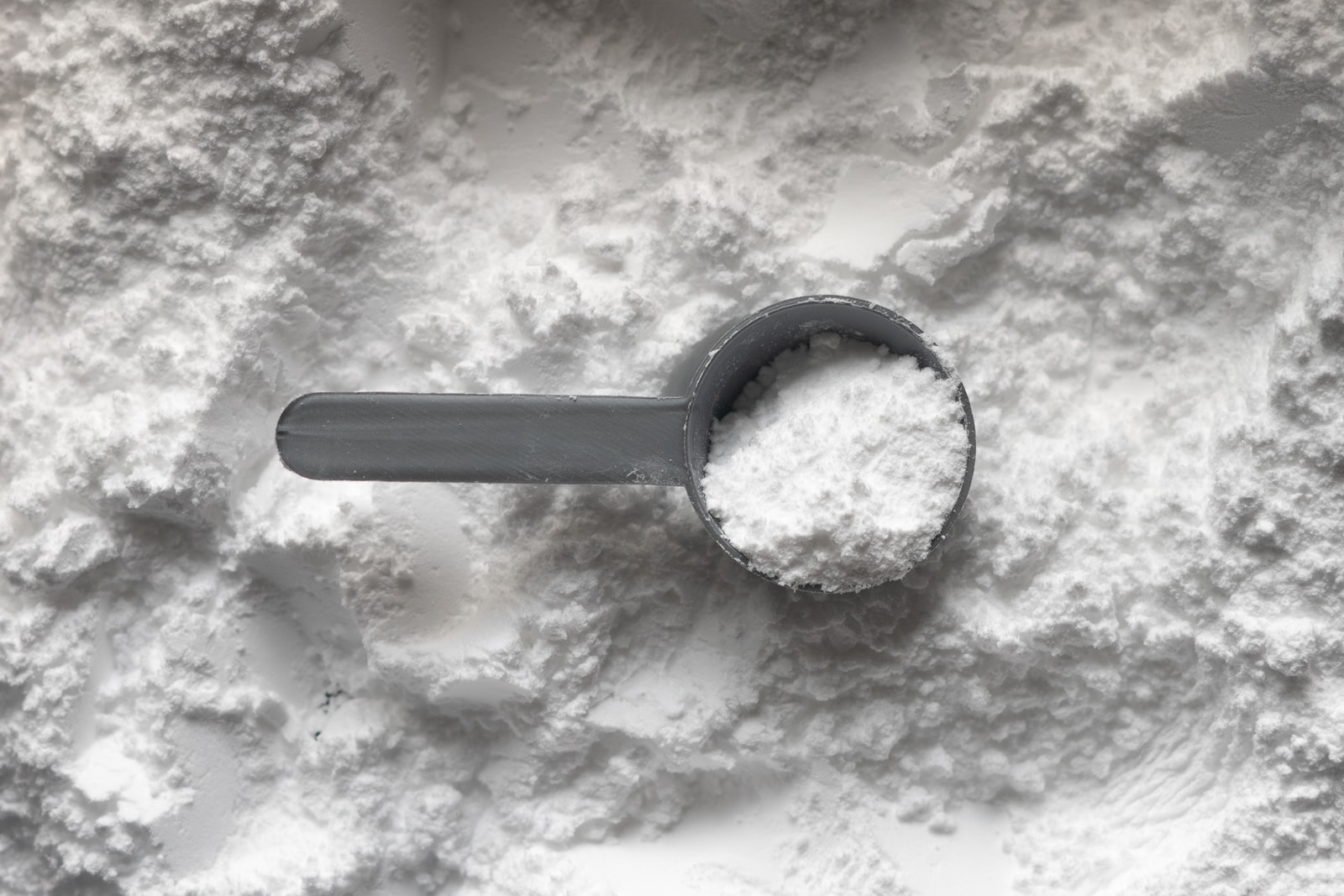
Collagen powder

Contact Lenses

Corn

Corn Chips
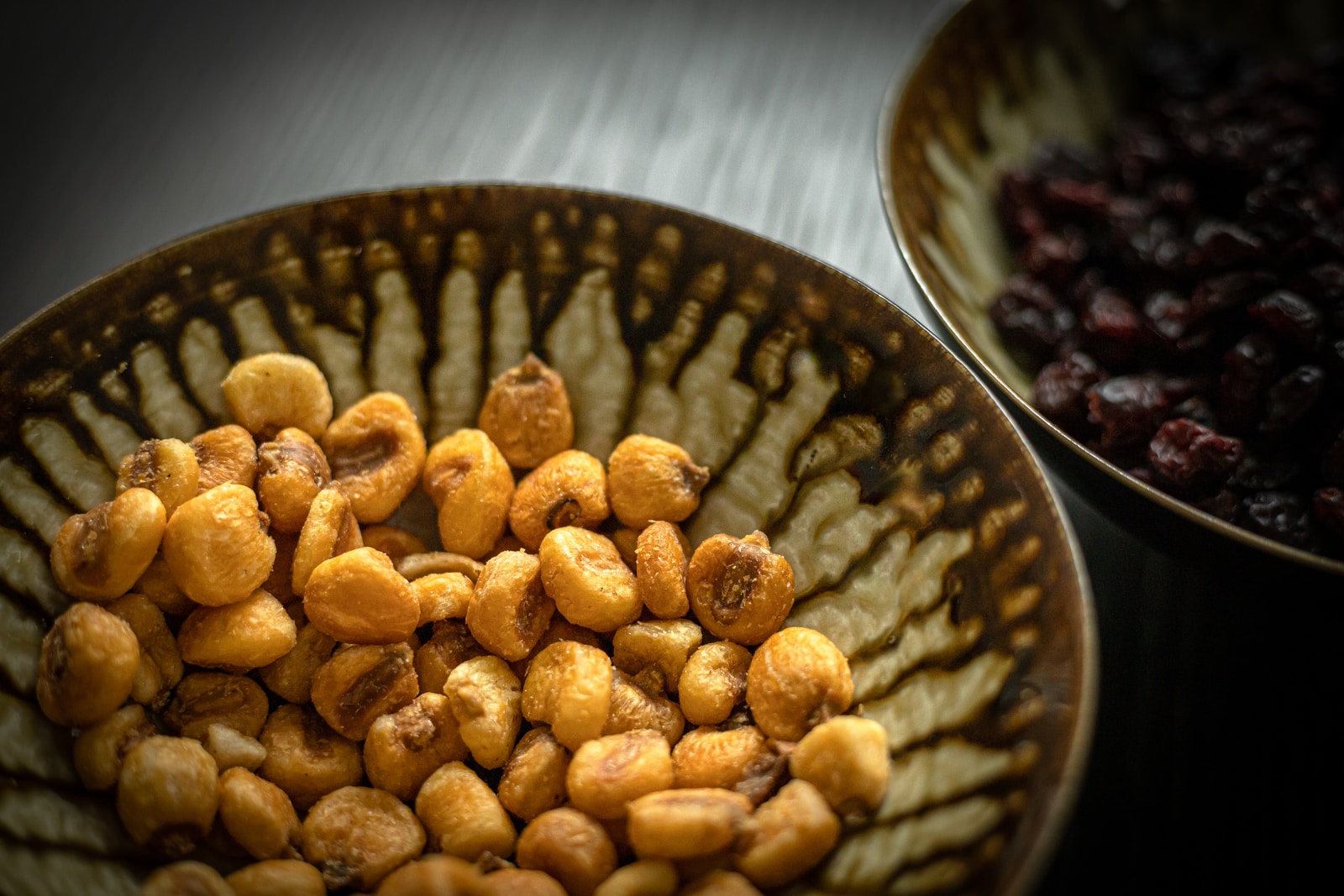
Corn nuts
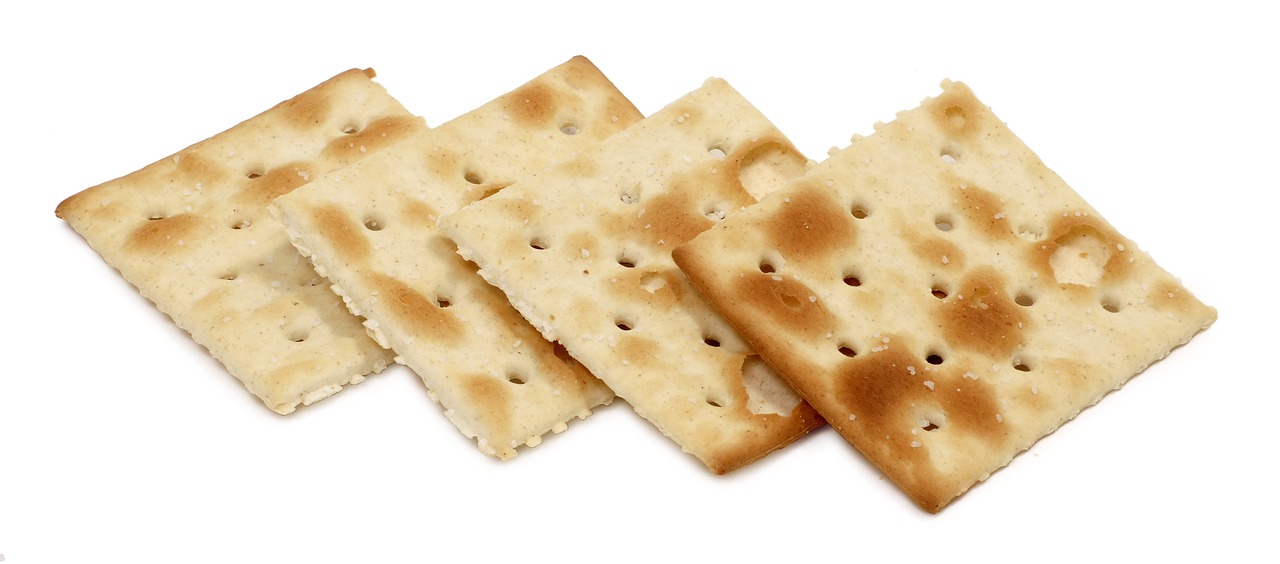
Crackers
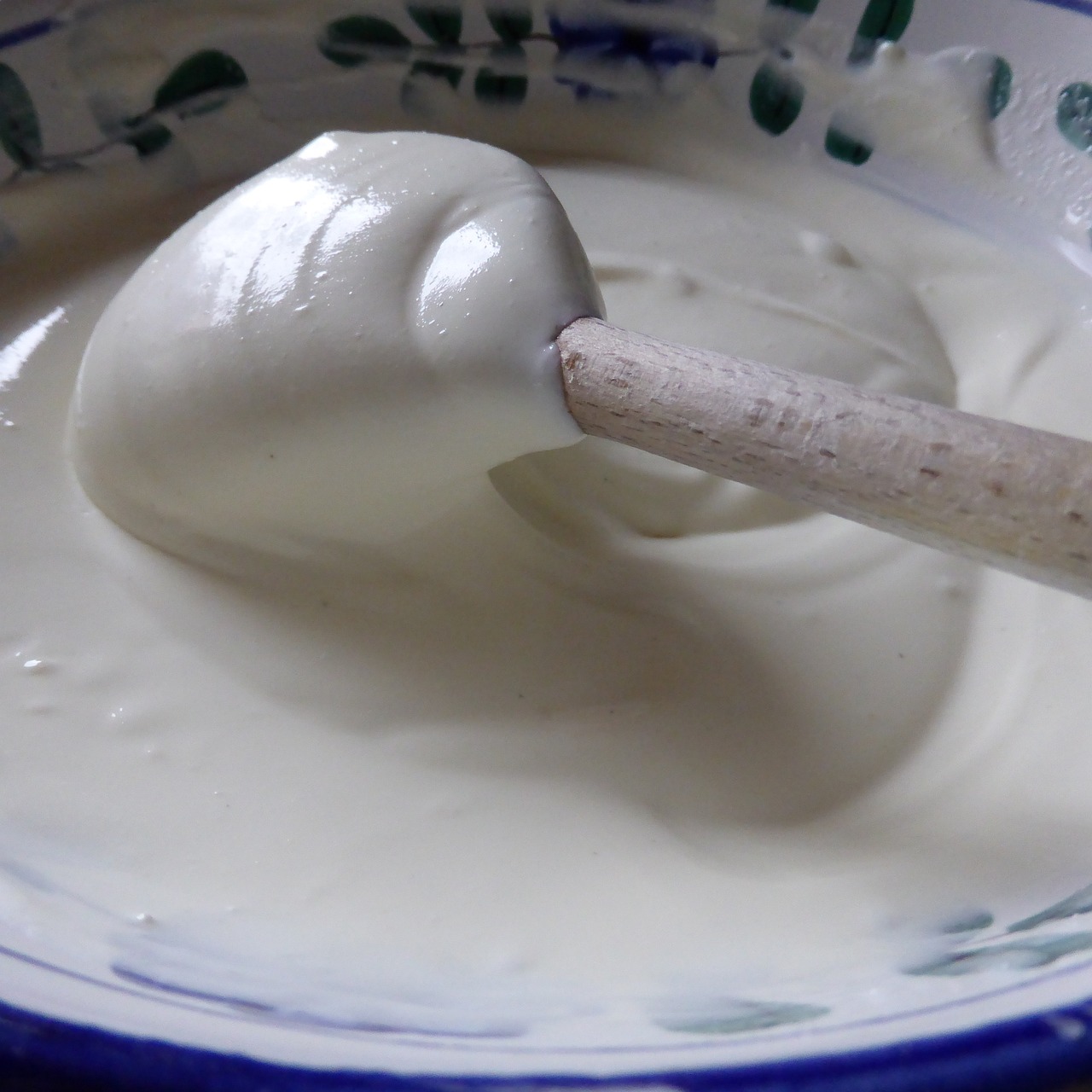
Curd
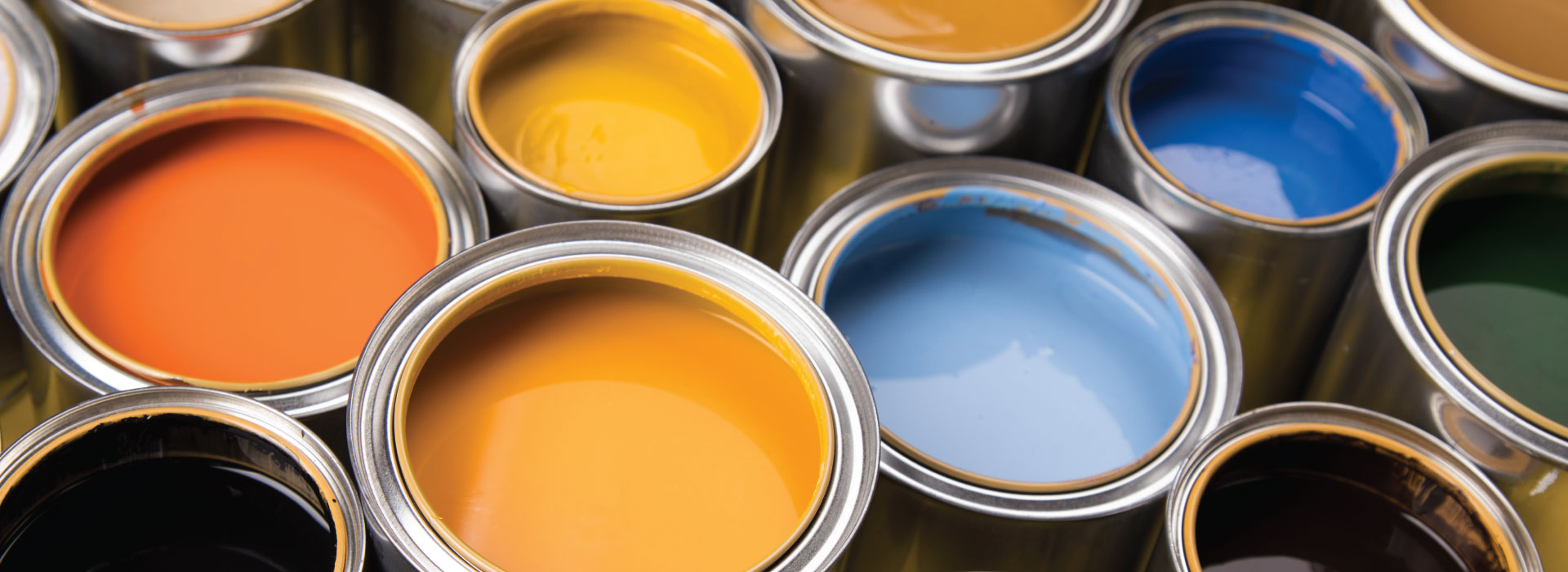
Dispersion paints

Dragees
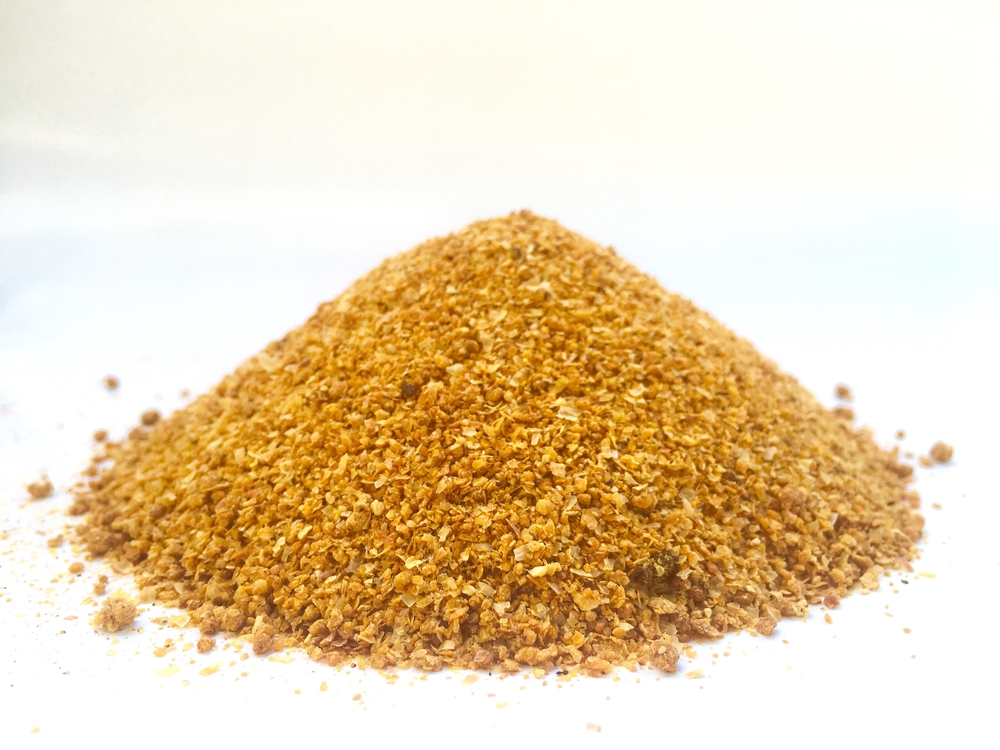
Dried distillers grains (DDGS)

Dried fruit
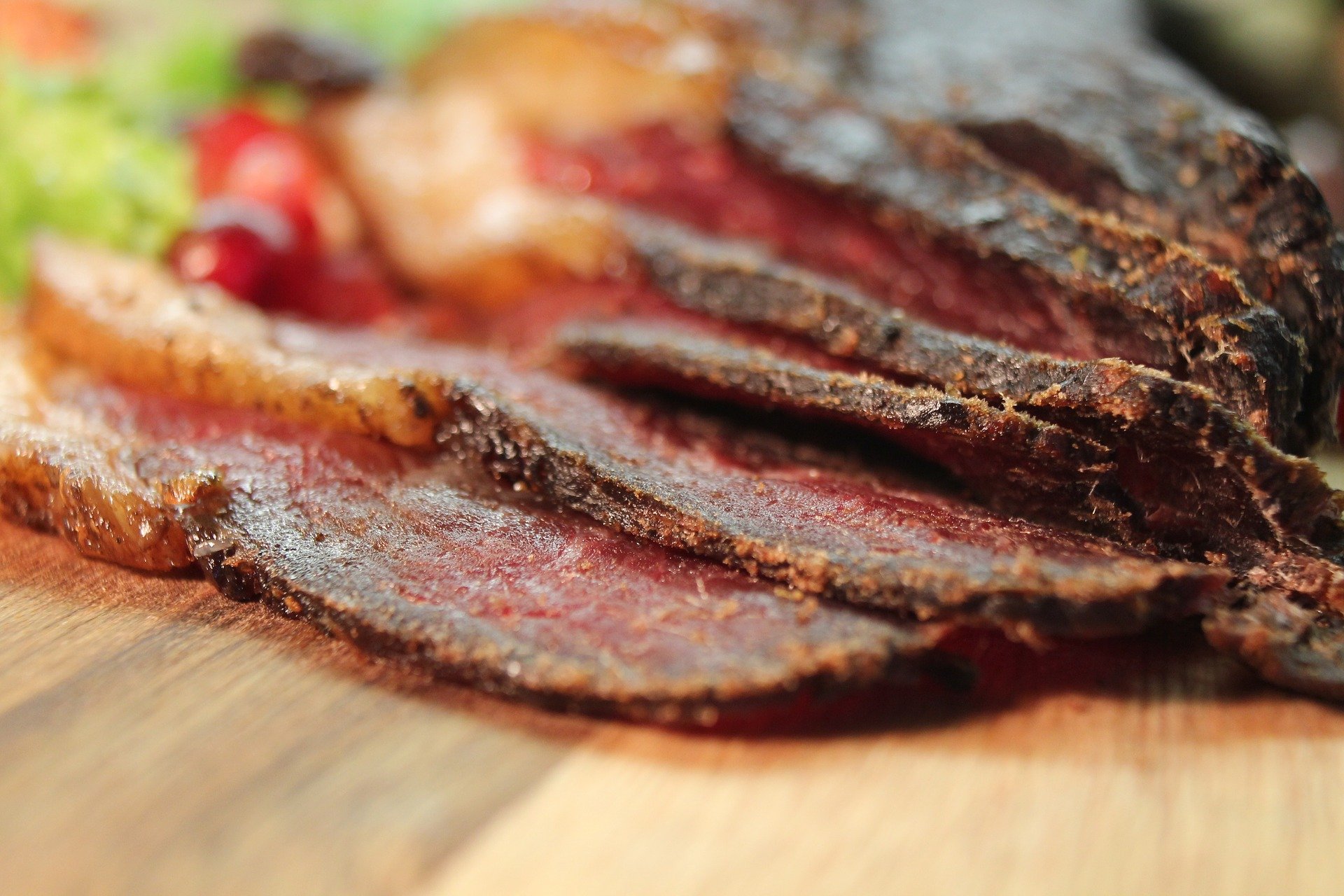
Dried meat
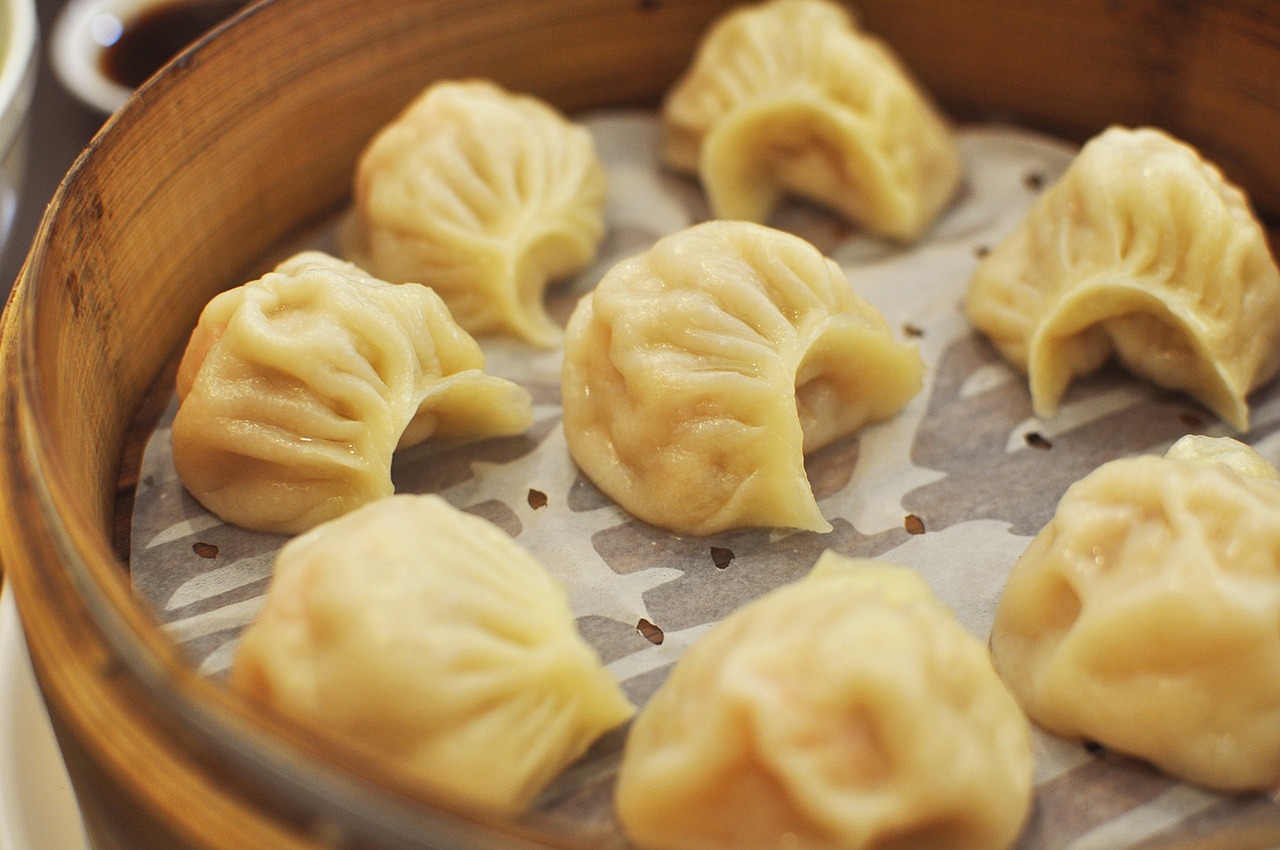
Dumplings
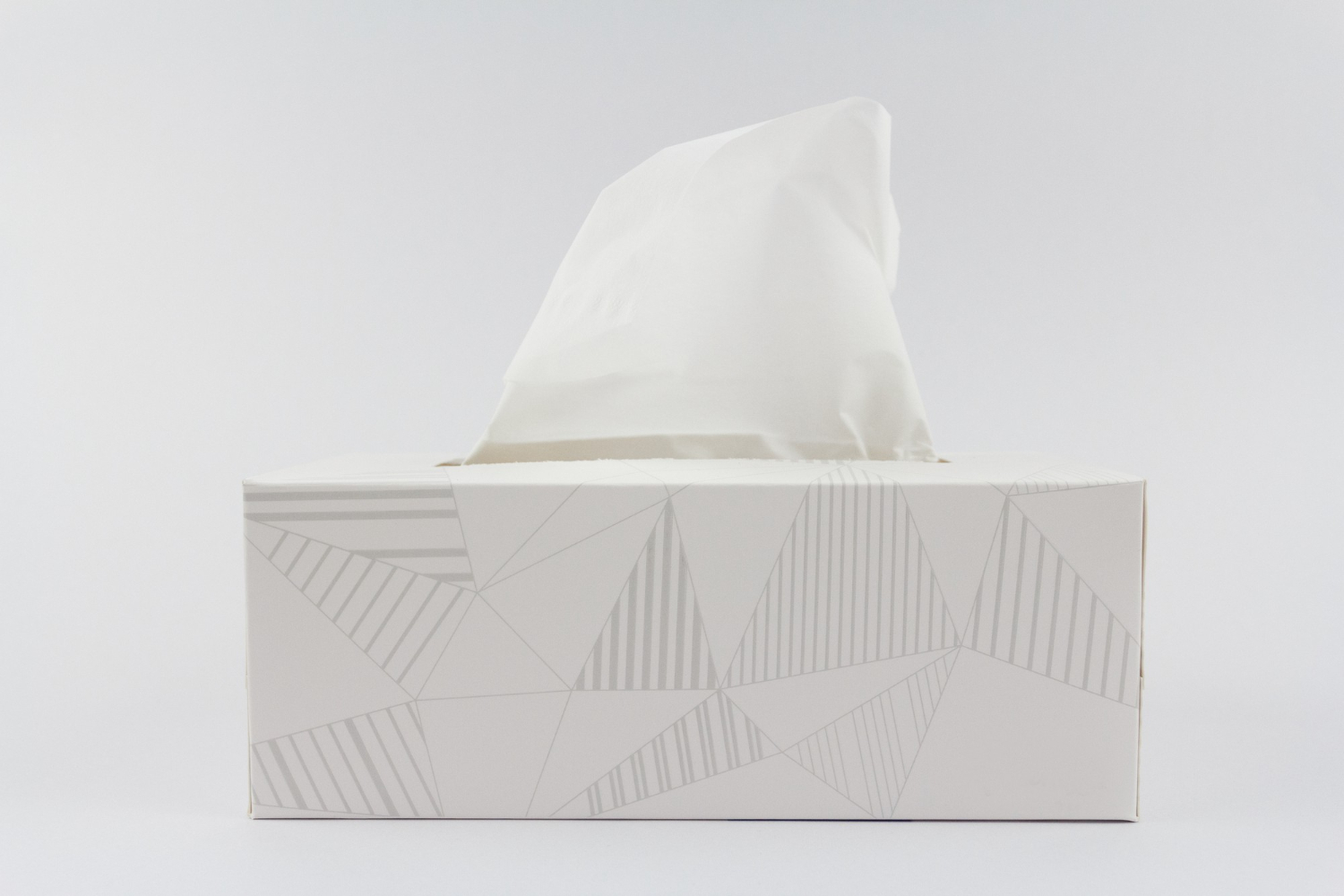
Facial Tissues

Fish

Flatbread
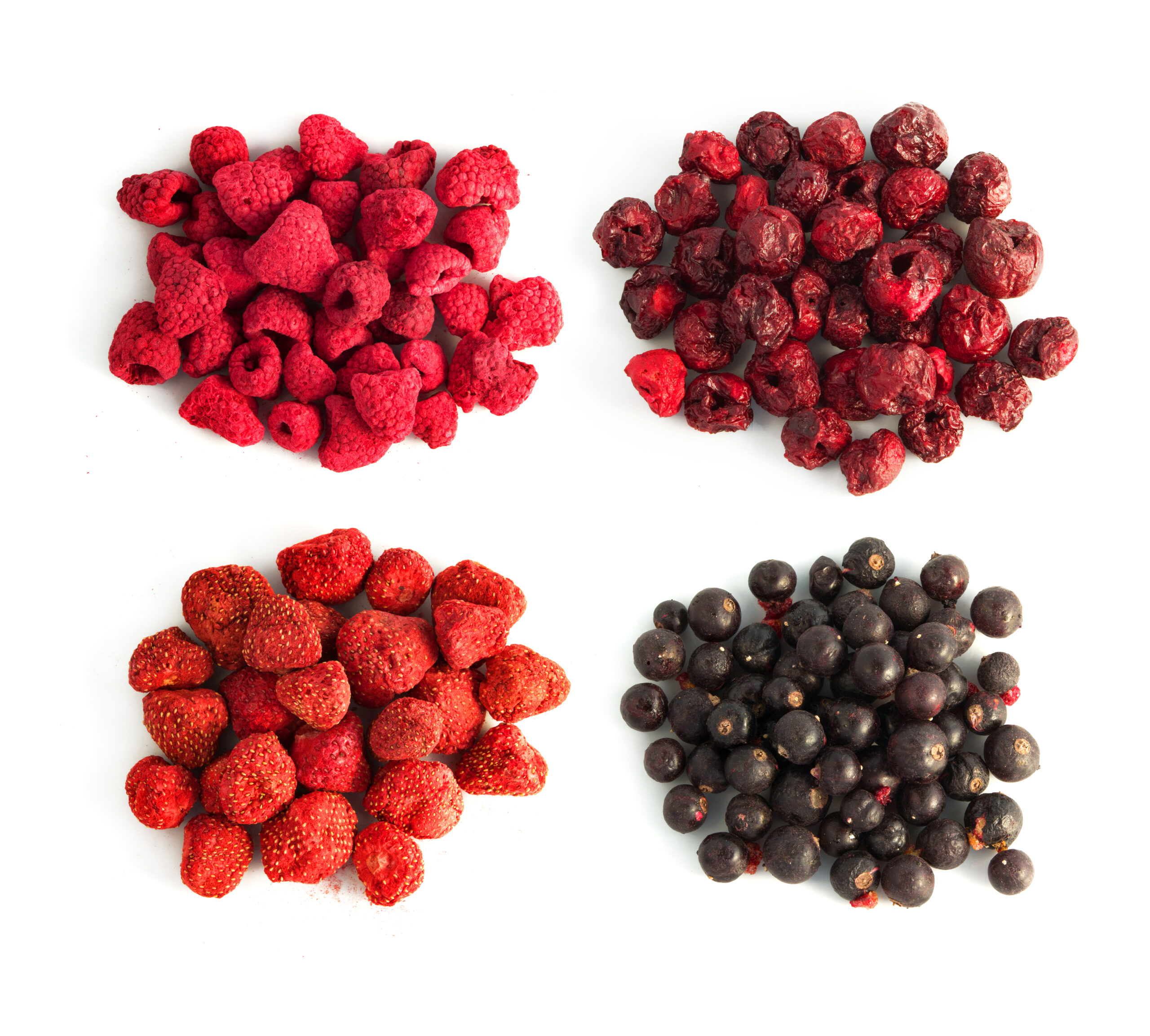
Freeze dried berries
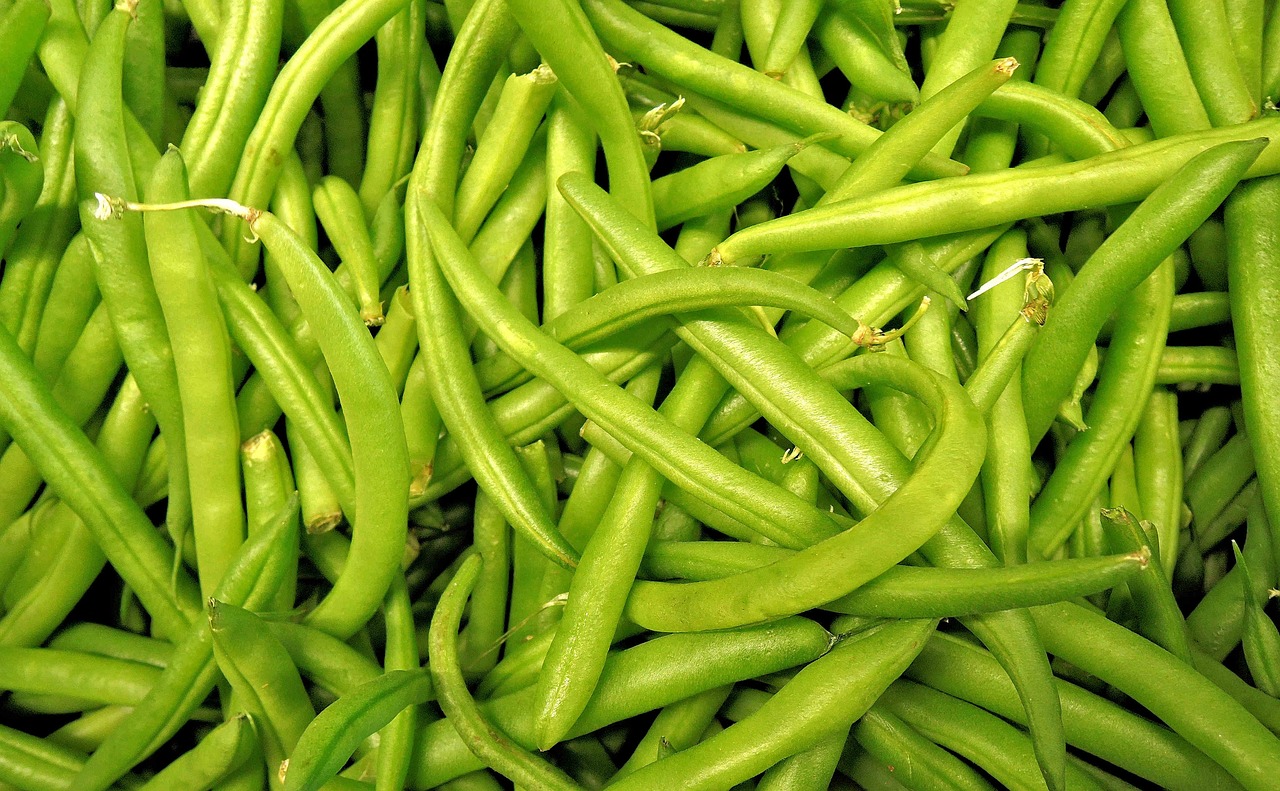
Green beans

Ground cinnamon
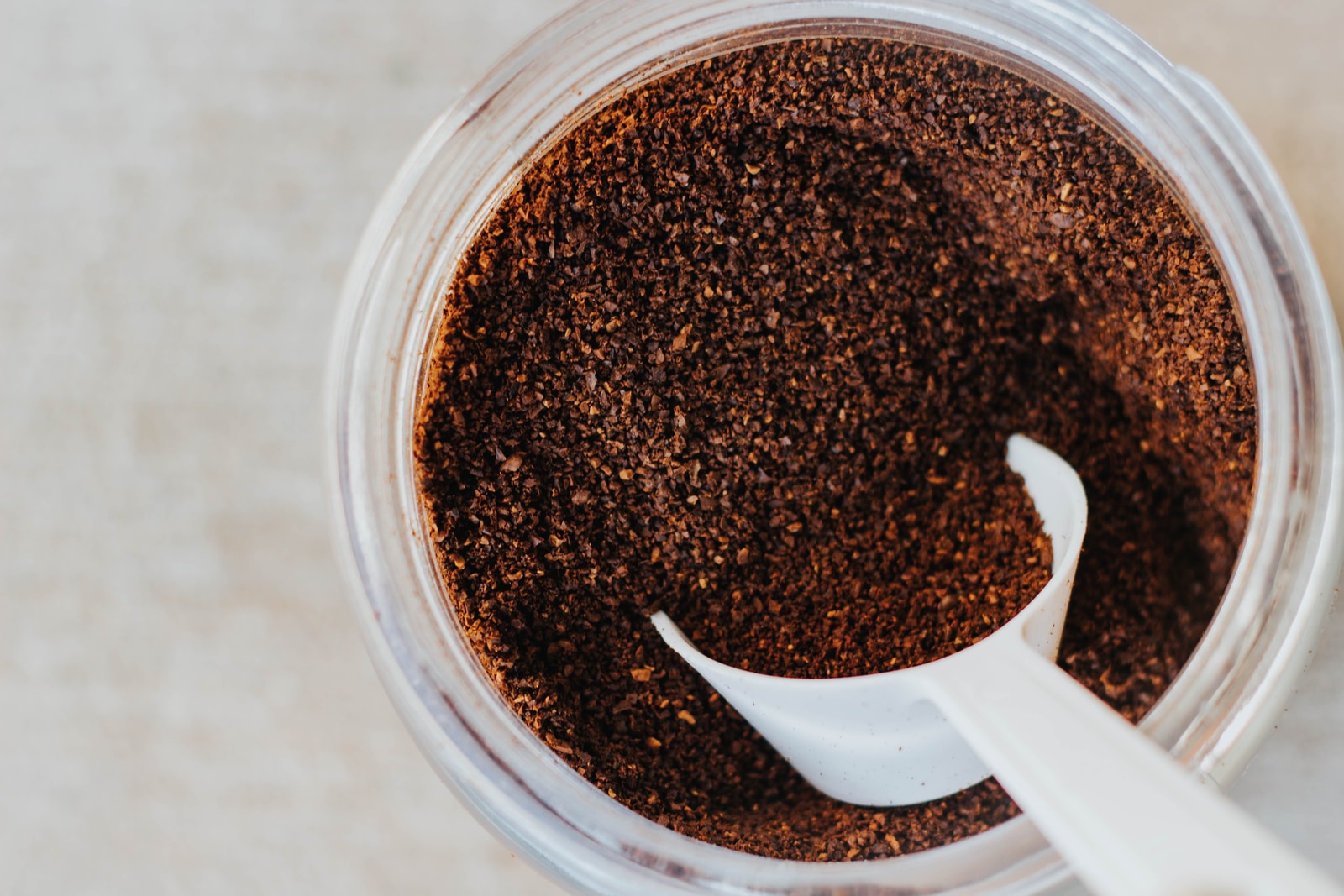
Ground coffee
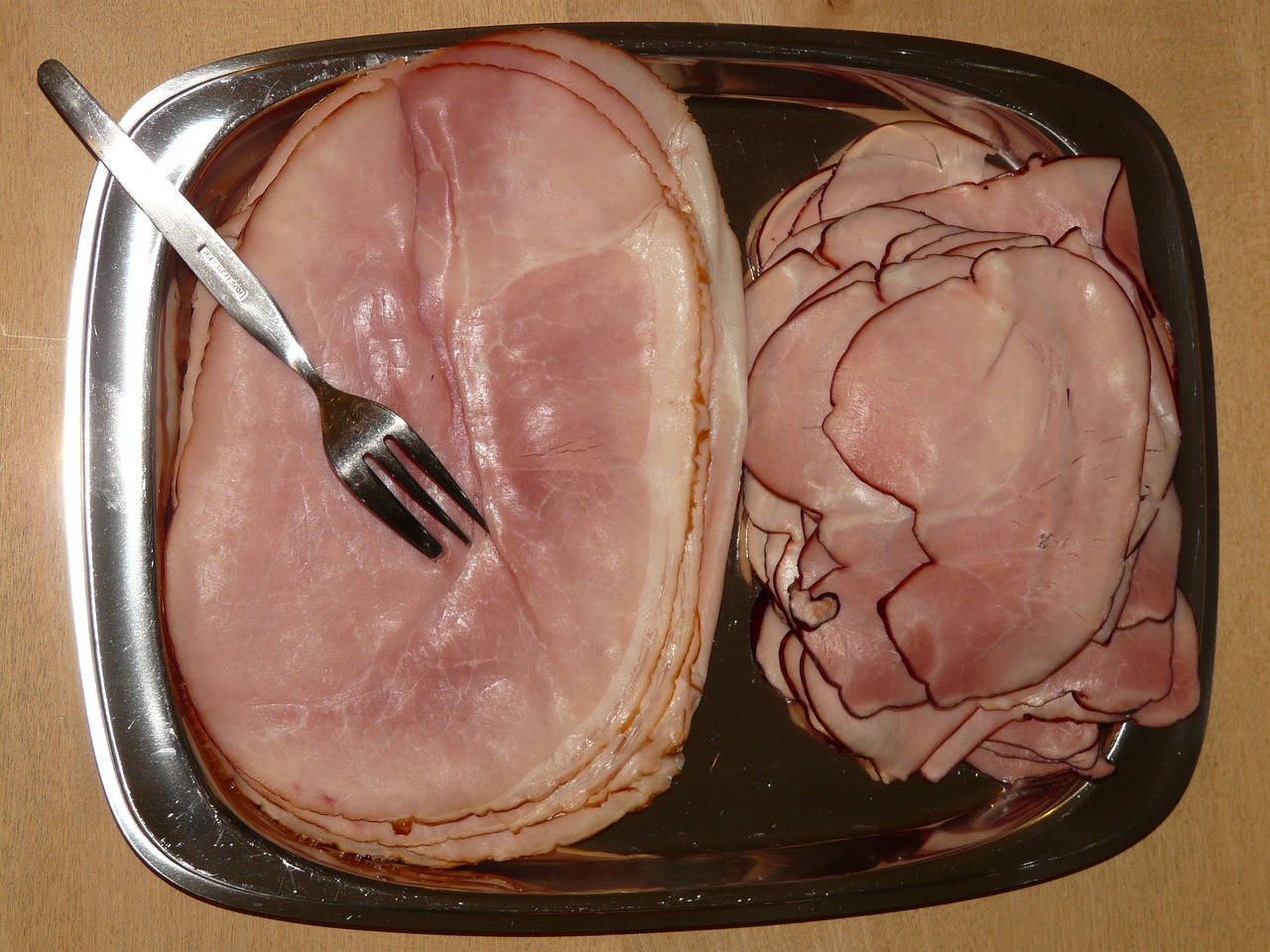
Ham

Hard Candy

Hash Browns
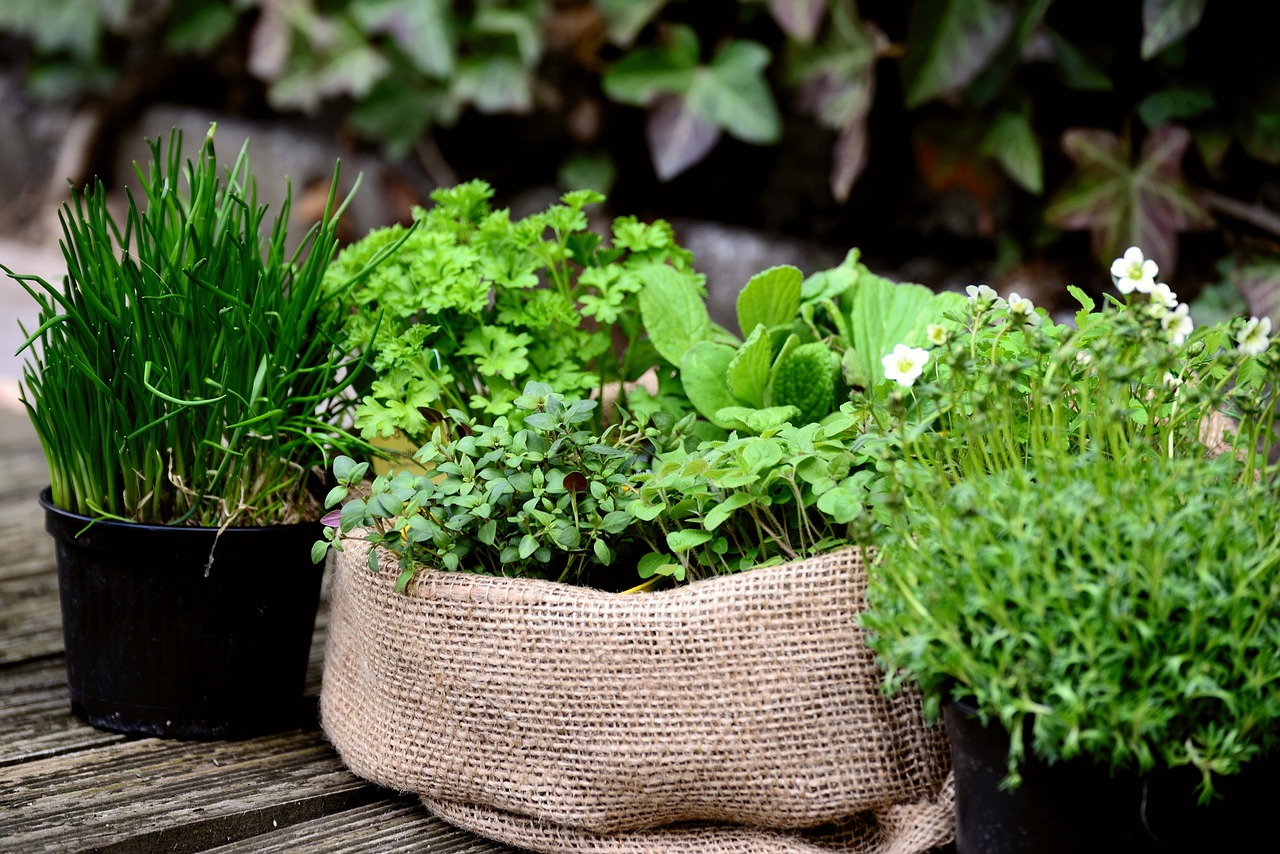
Herbs

Hollow chocolate figures

Honey
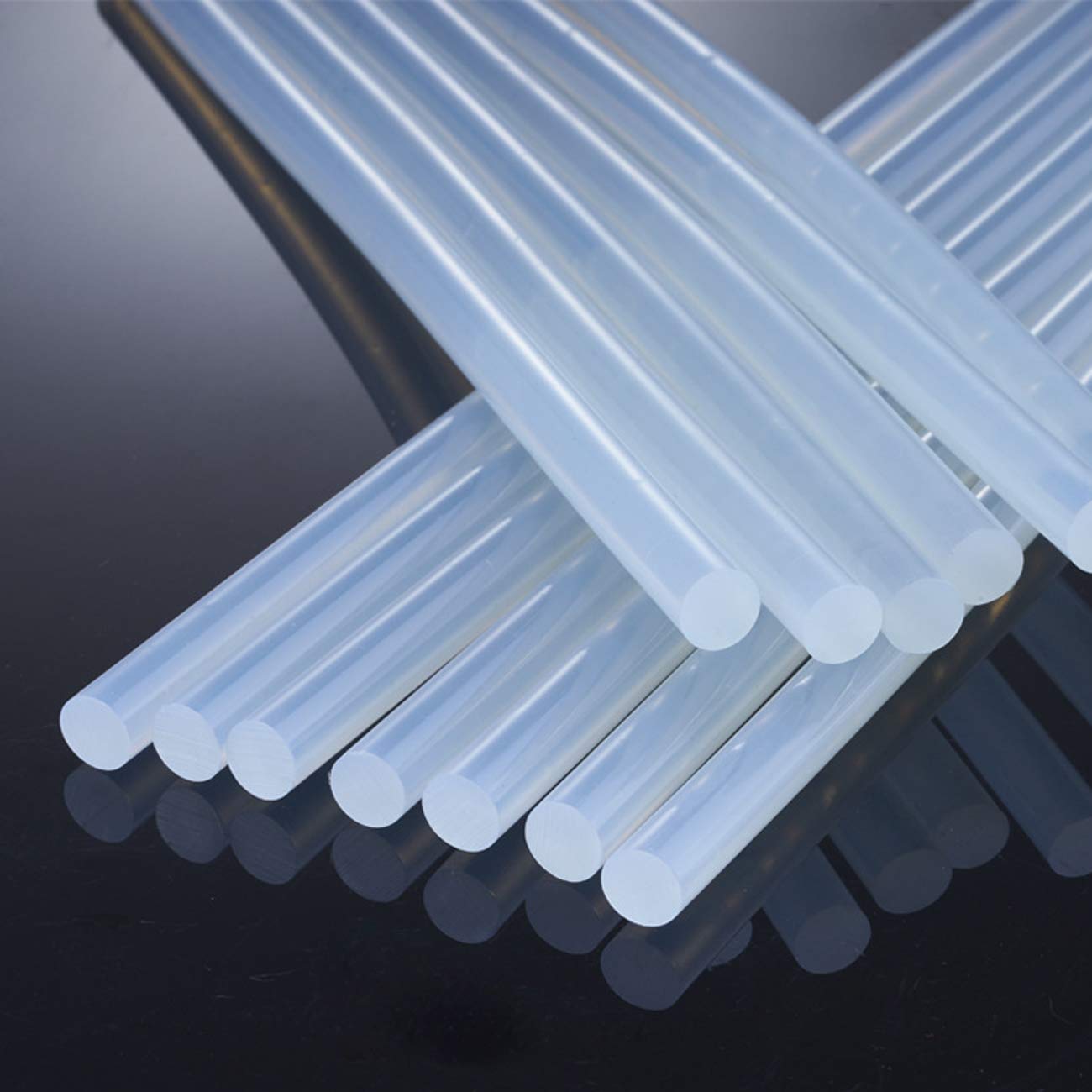
Hot melt glue sticks

Hummus

Instant coffee
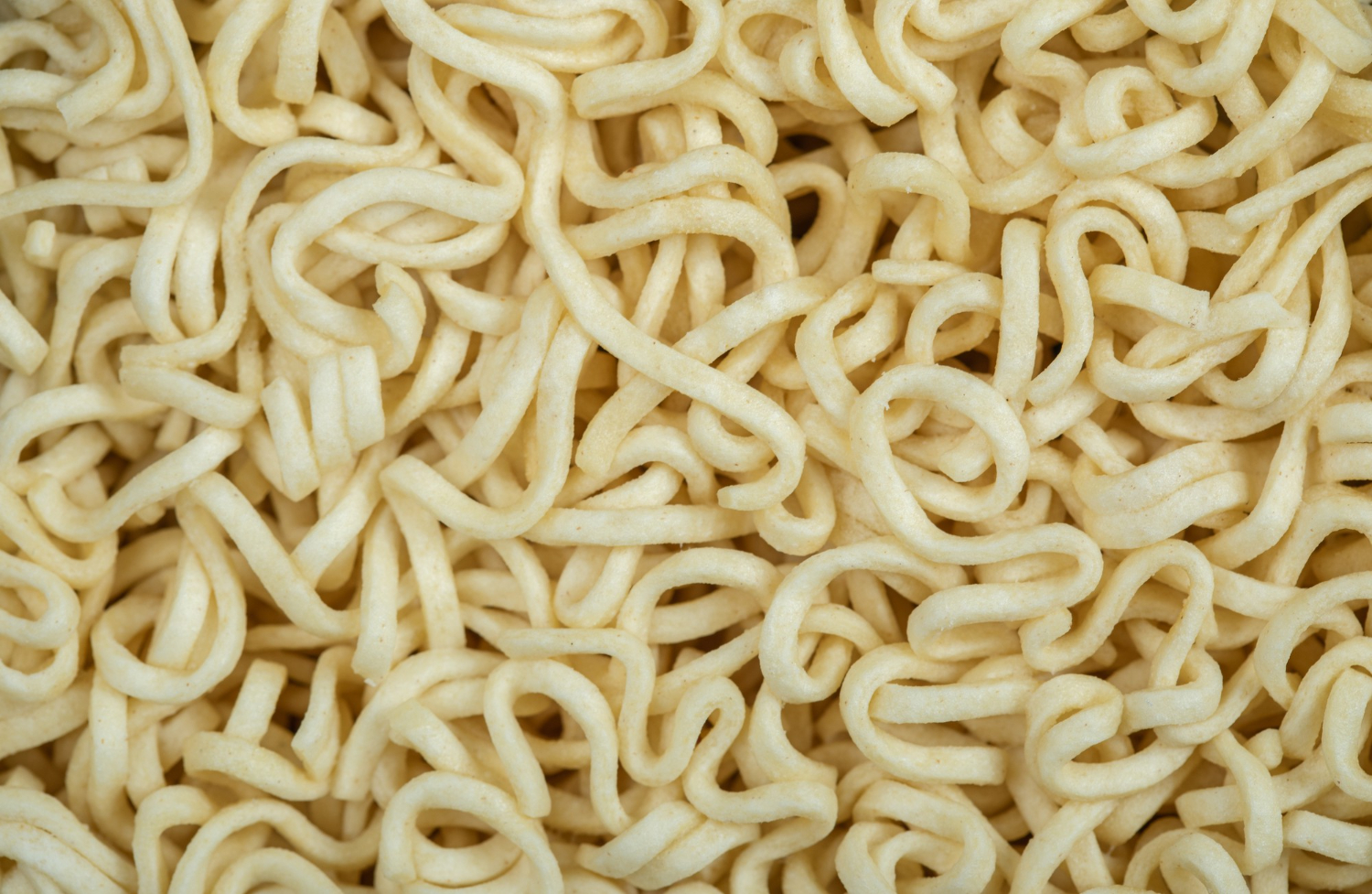
Instant noodles
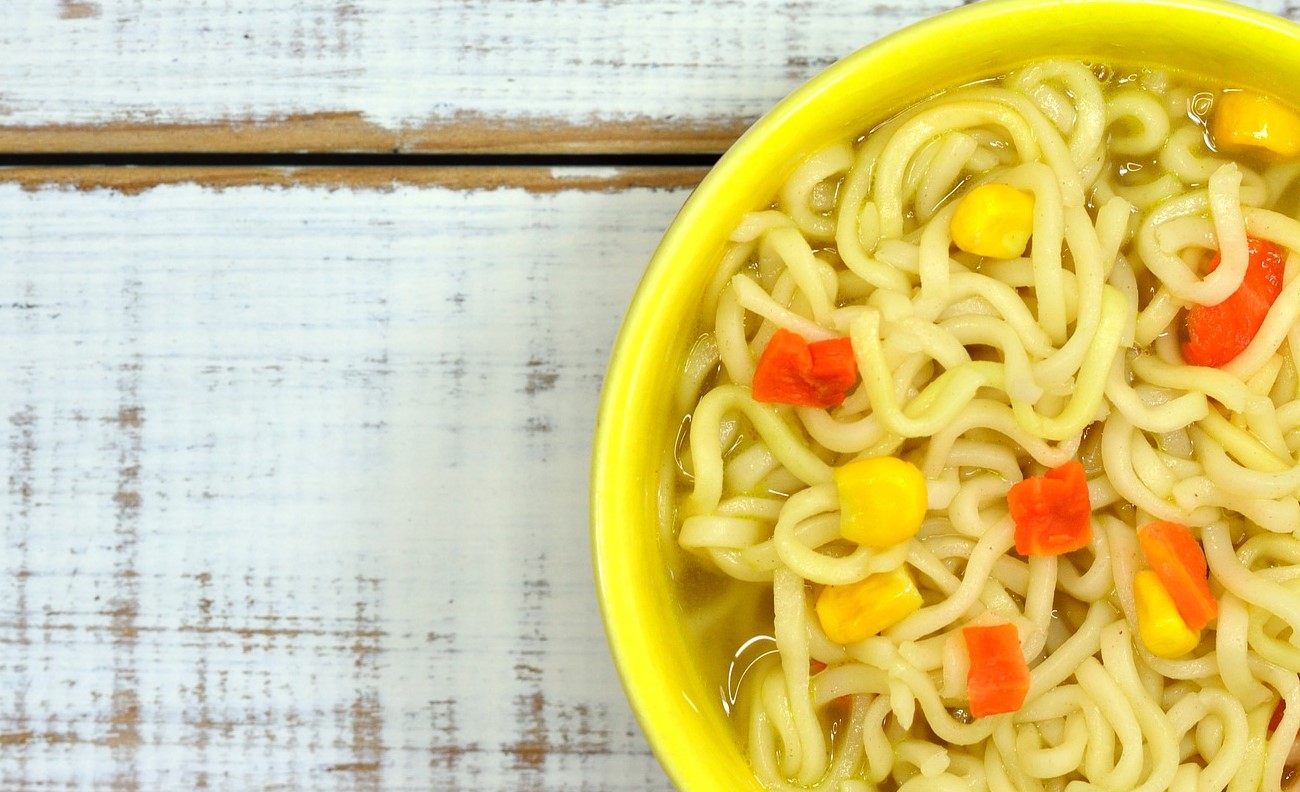
Instant soup
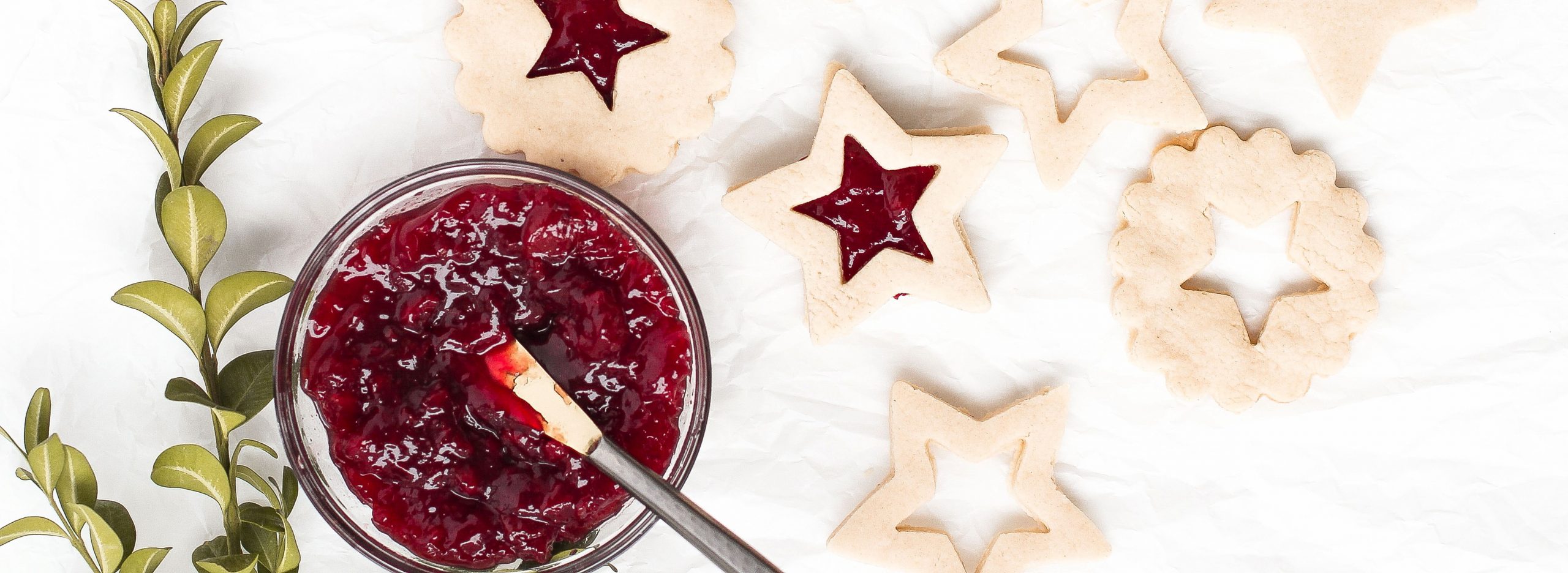
Jam
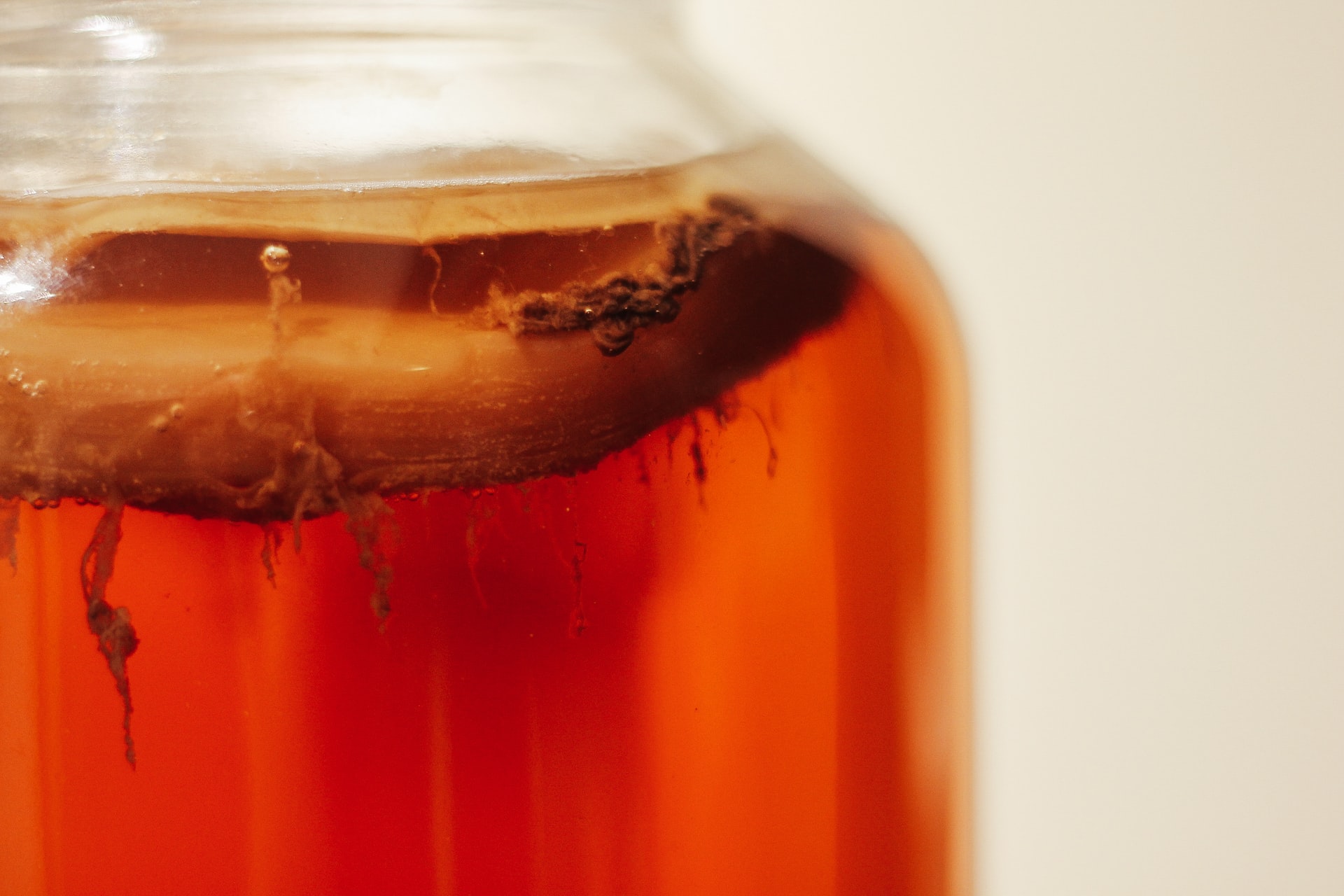
Kombucha
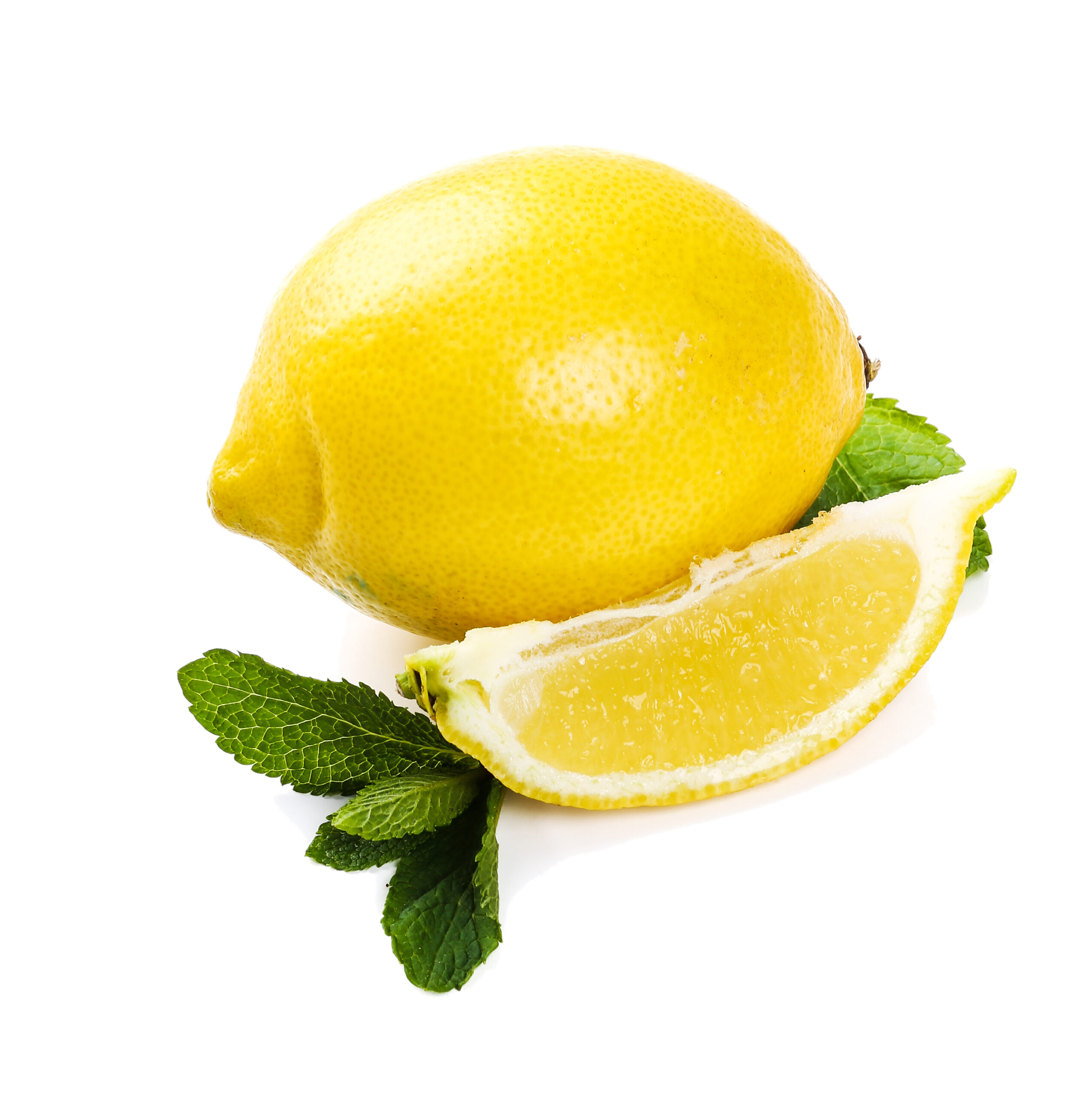
Lemons
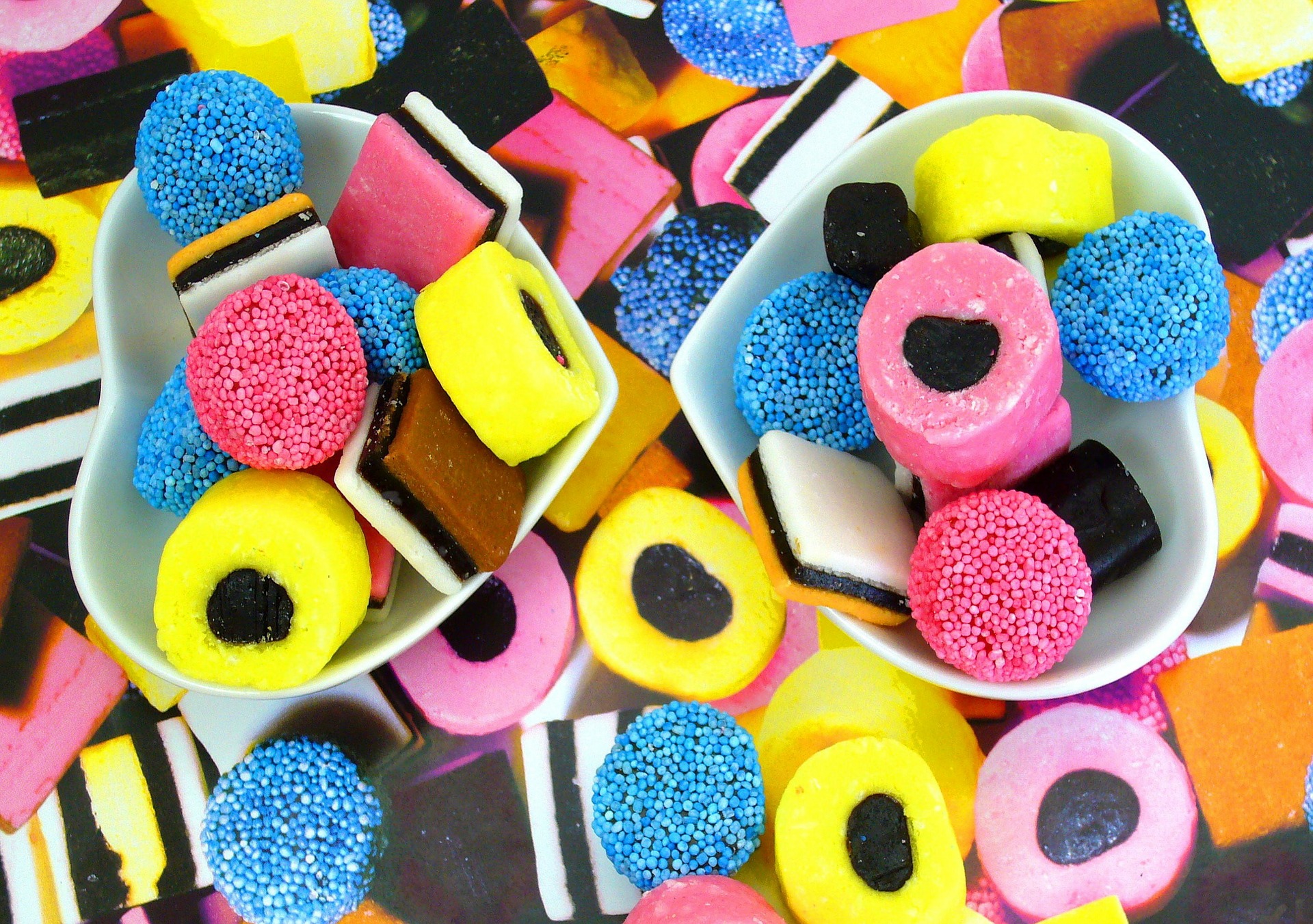
Licorice

Lip gloss

Liquid Formulations
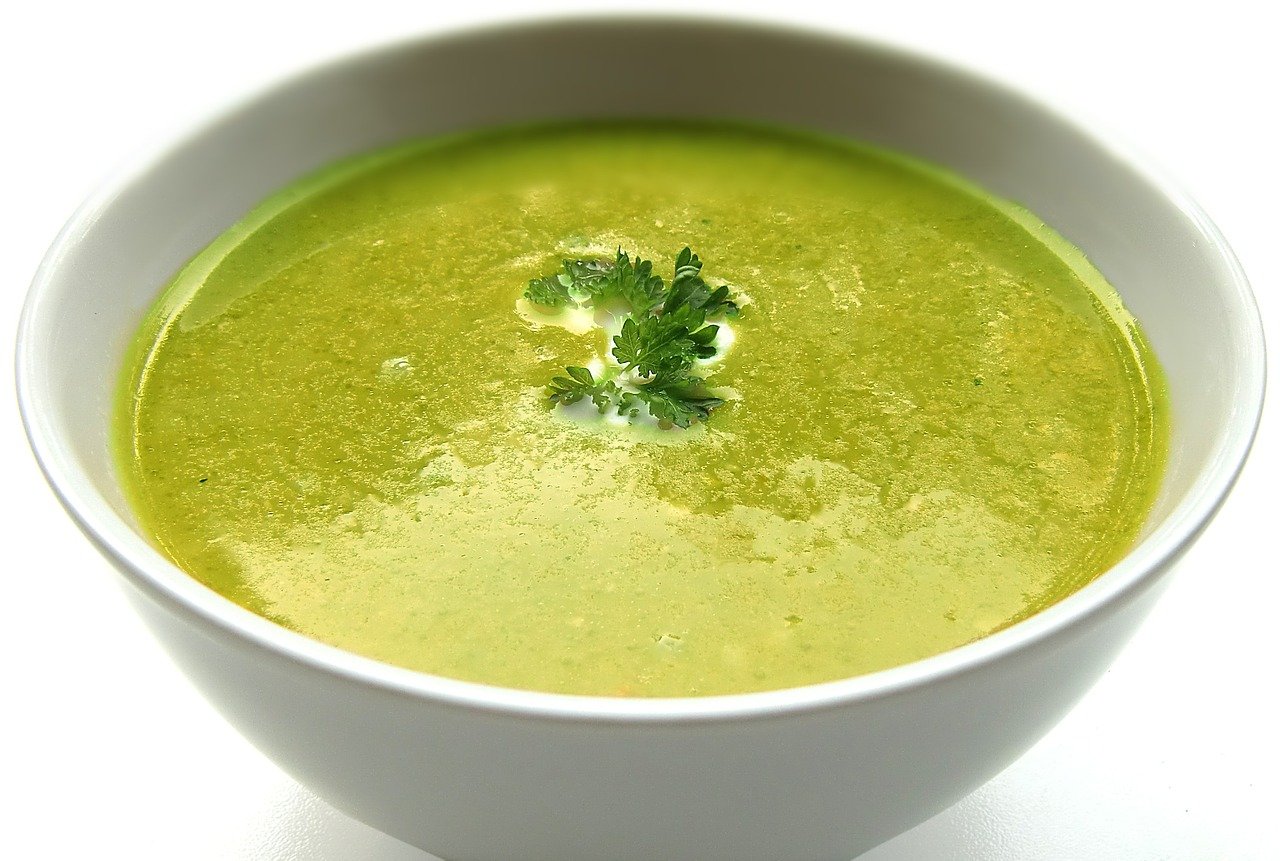
Soup liquids
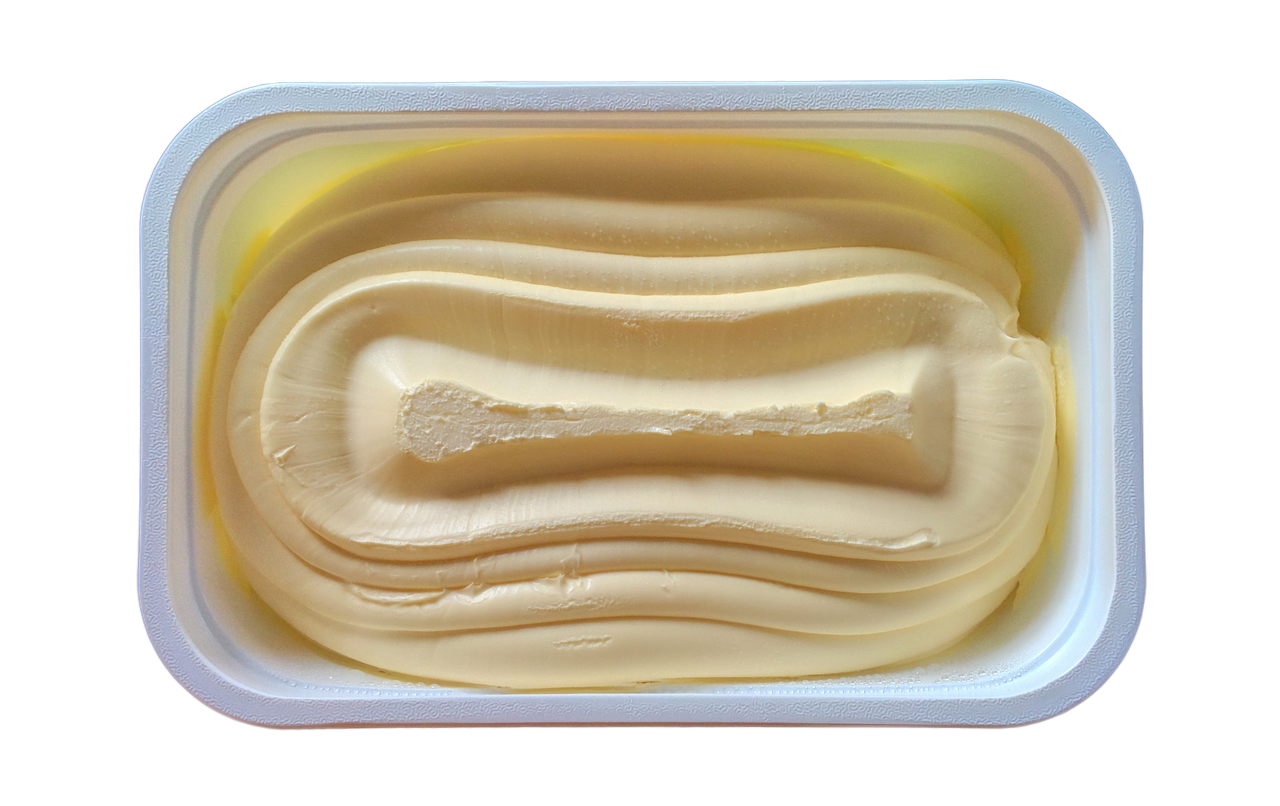
Margerine

Marshmallows

Mealworm protein
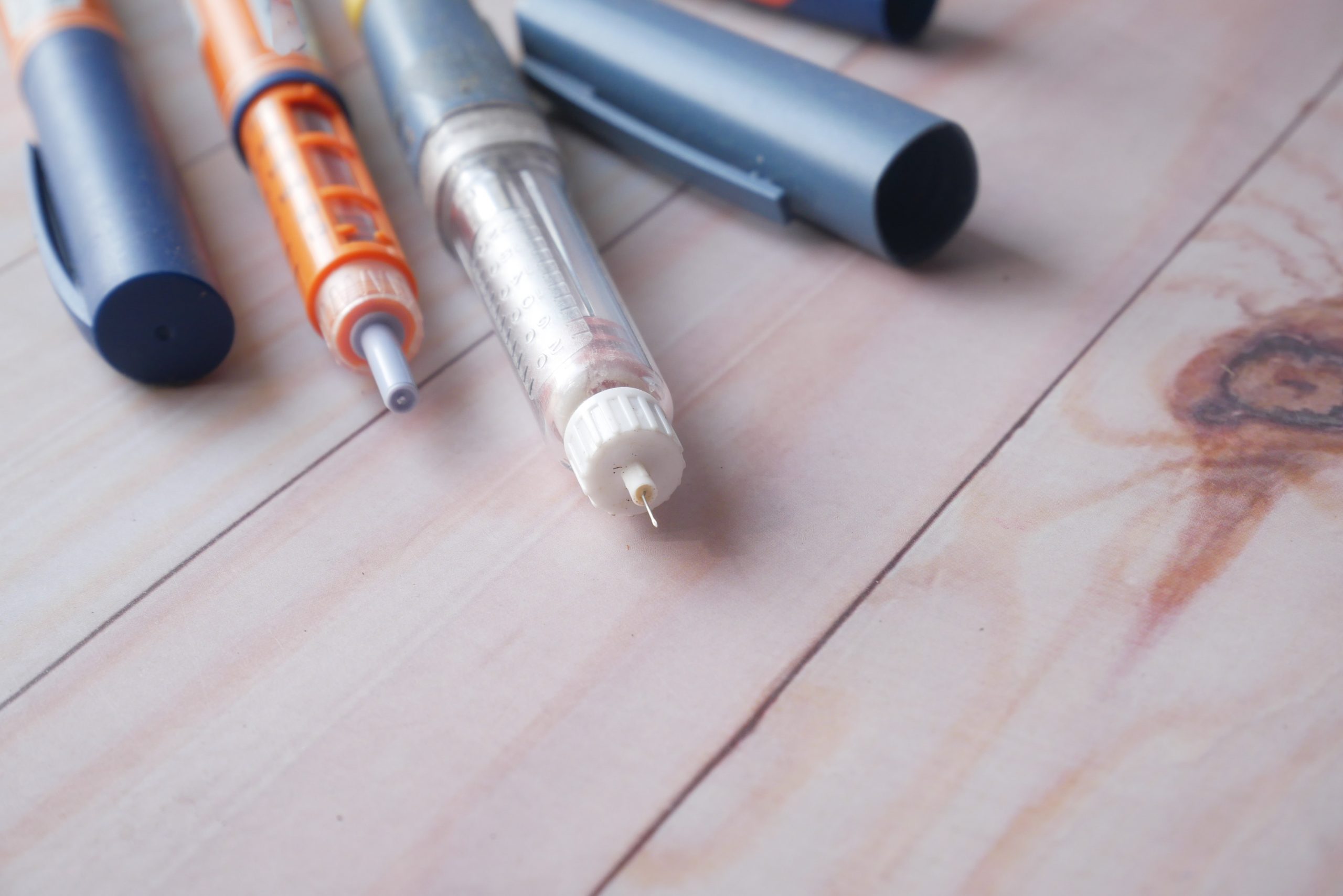
Medical devices

Microtablets

Mixed nuts
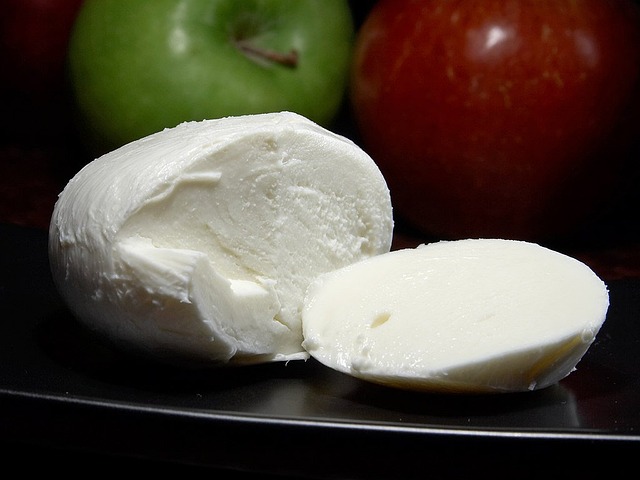
Mozzarella
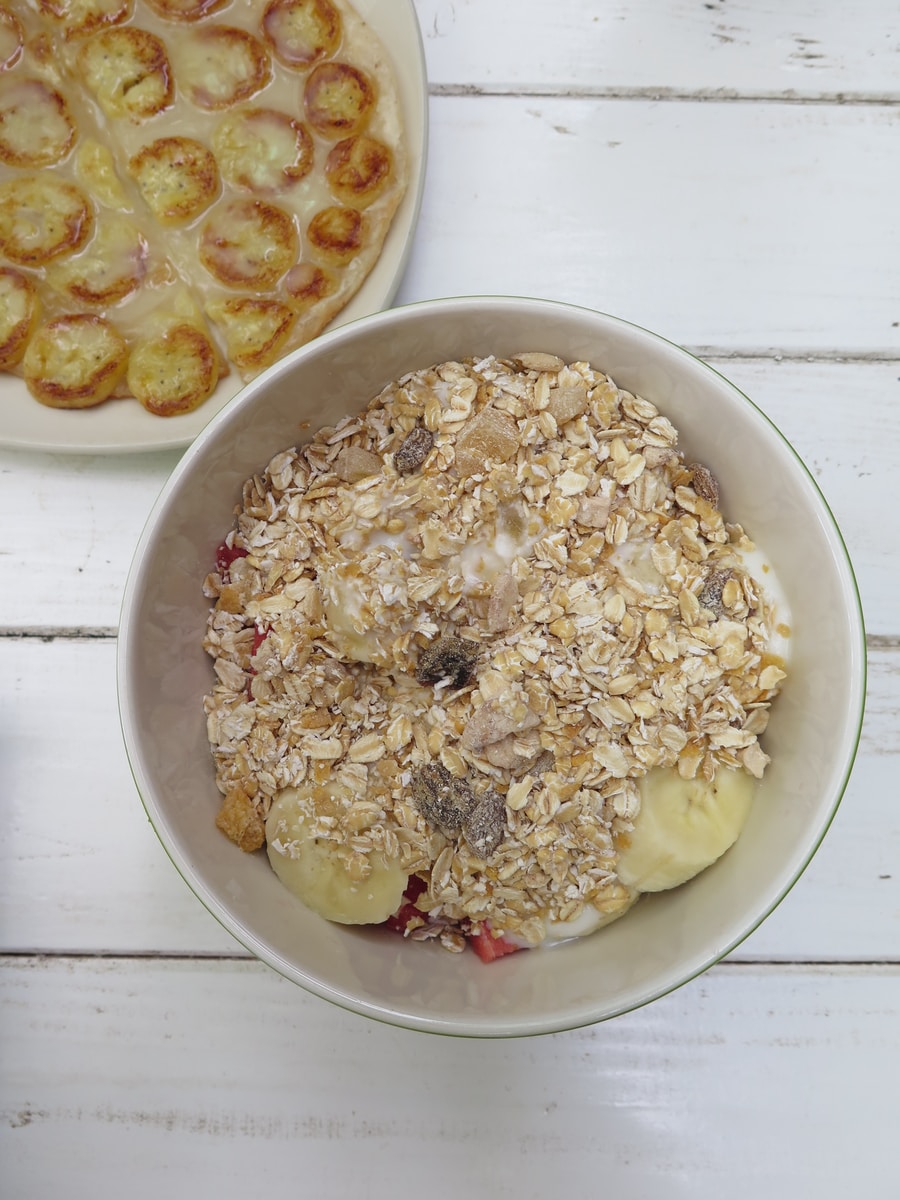
Muesli
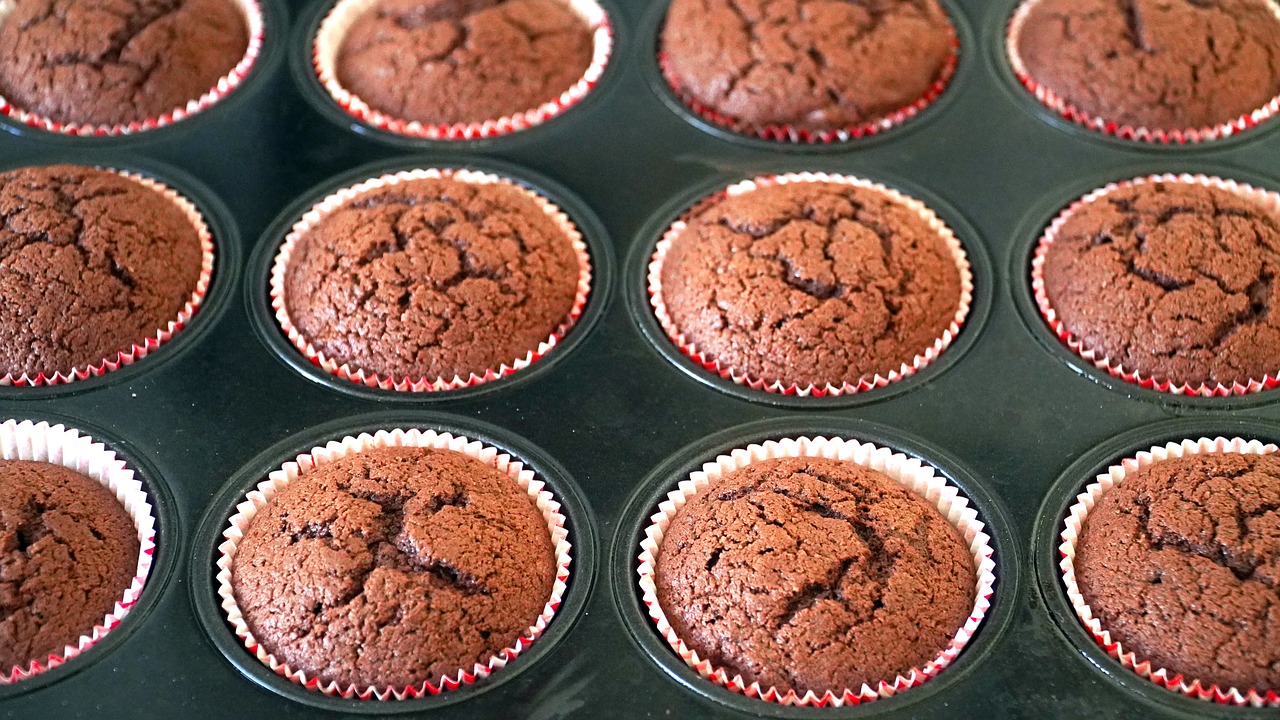
Muffins

Multi-layer tablets

Nasal spray
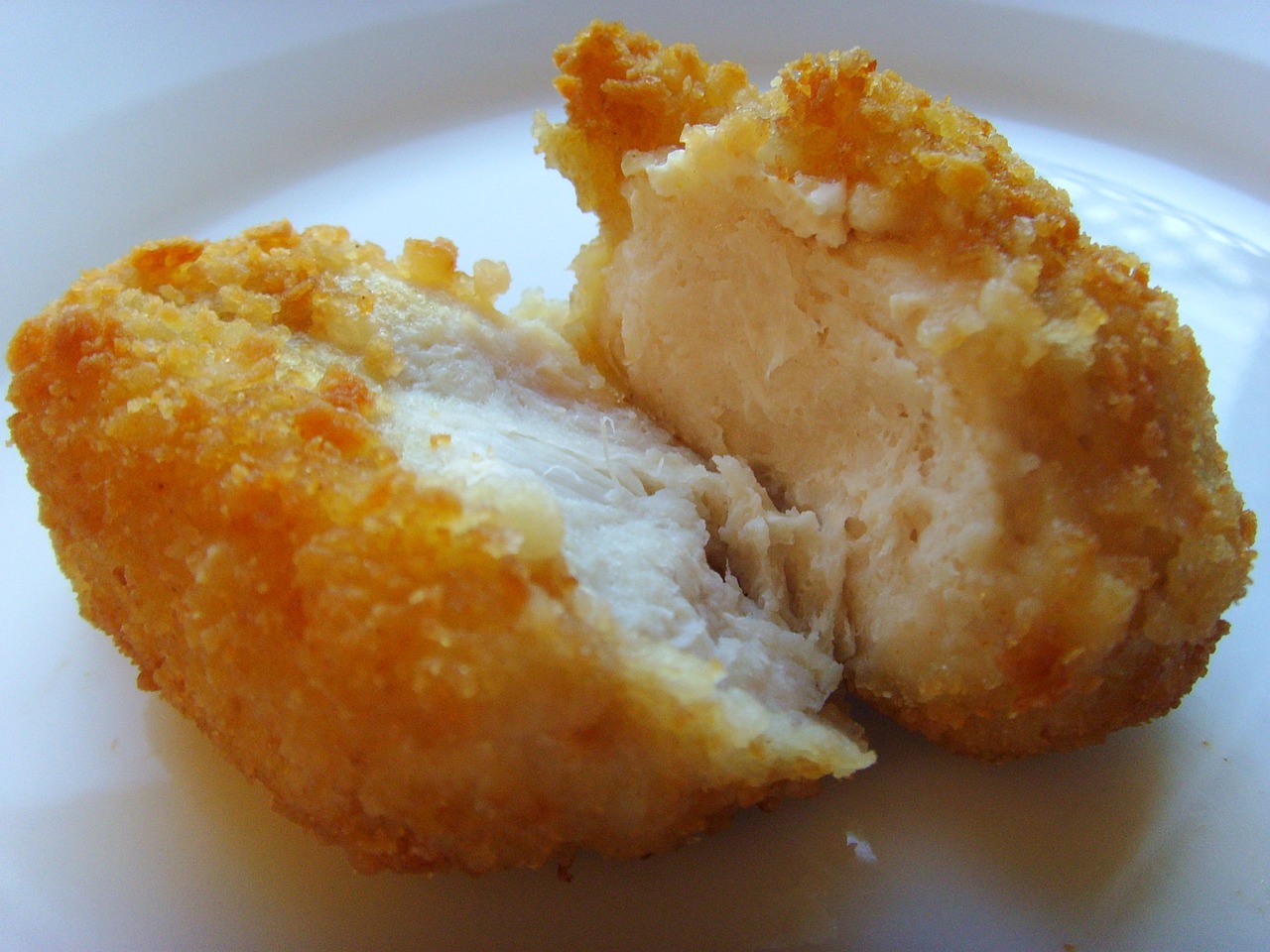
Nuggets
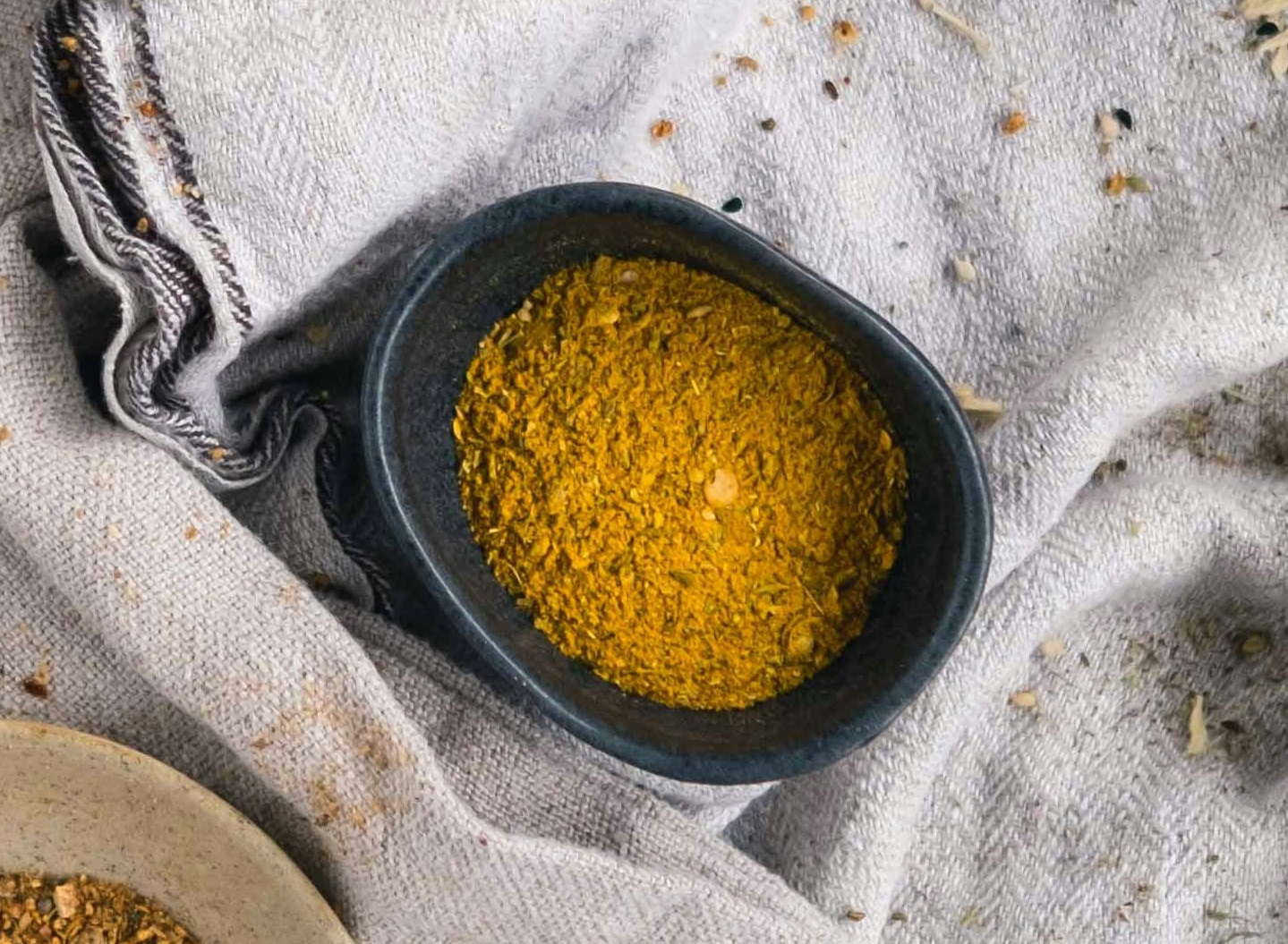
Nutritional yeast
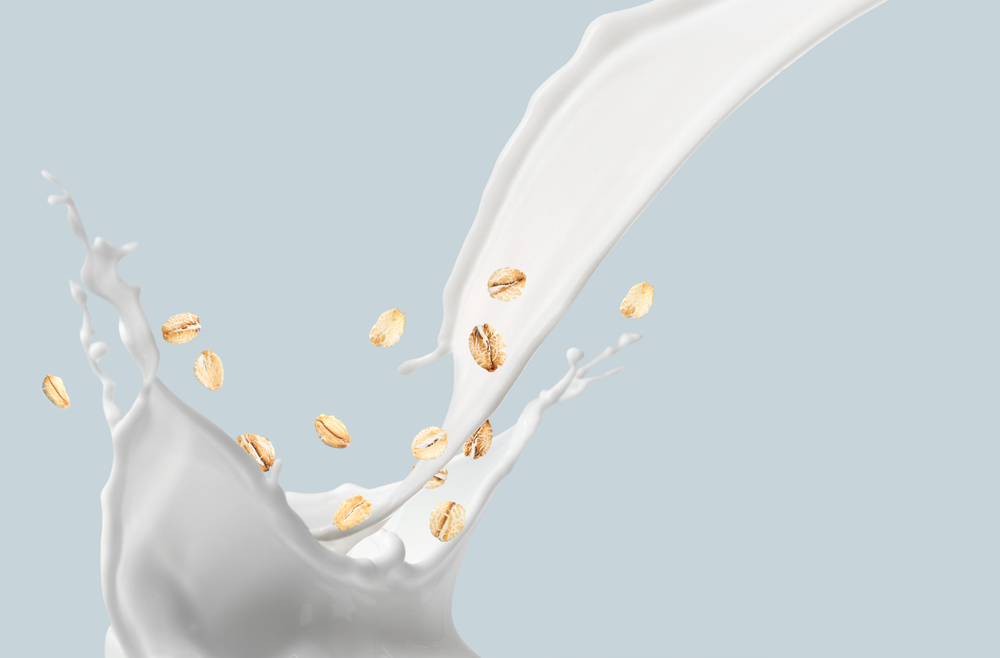
Oat milk

Olives

Omega 3 oil
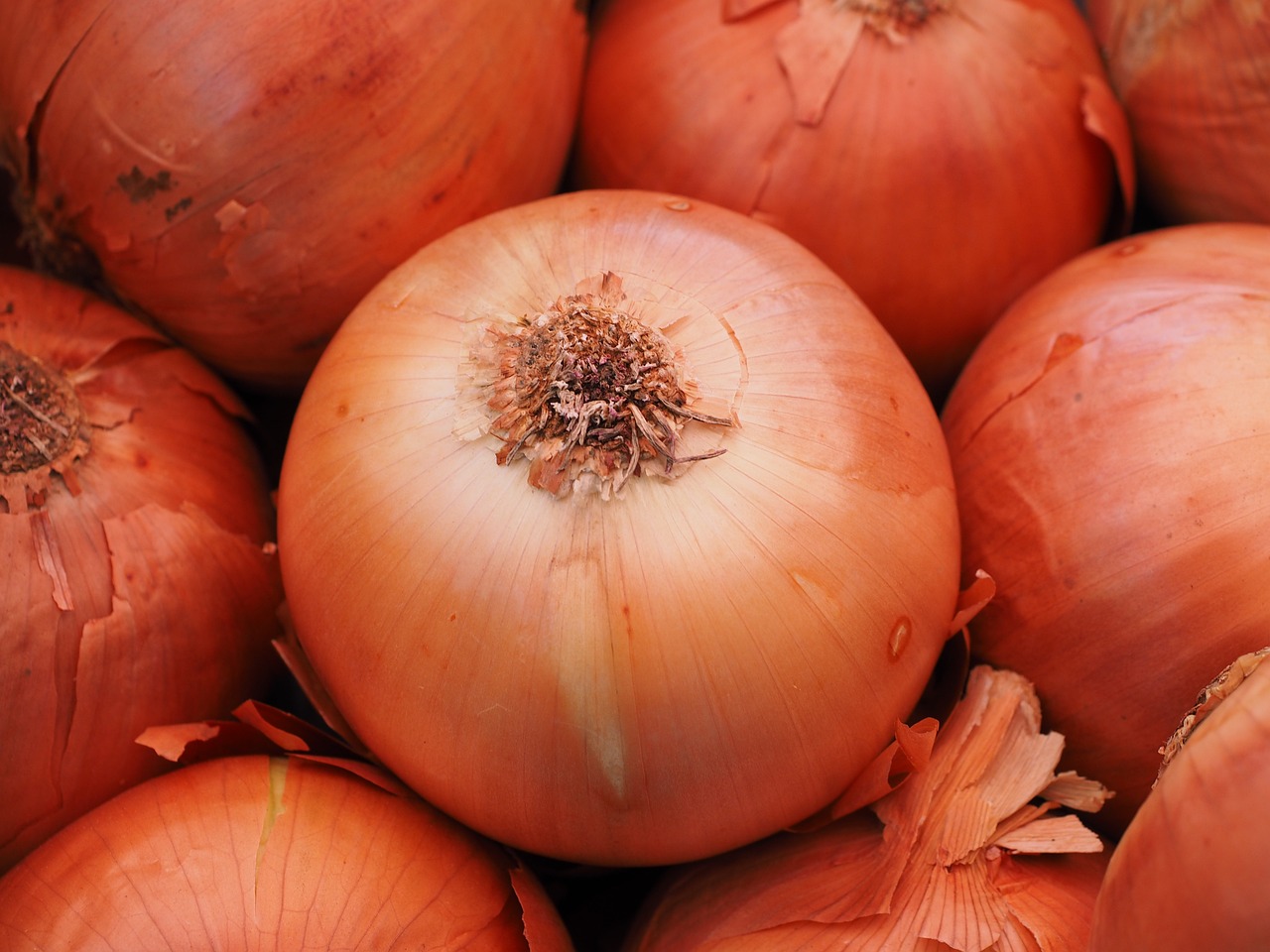
Onions

Ophthalmics

Oranges

Paint

Parenterals
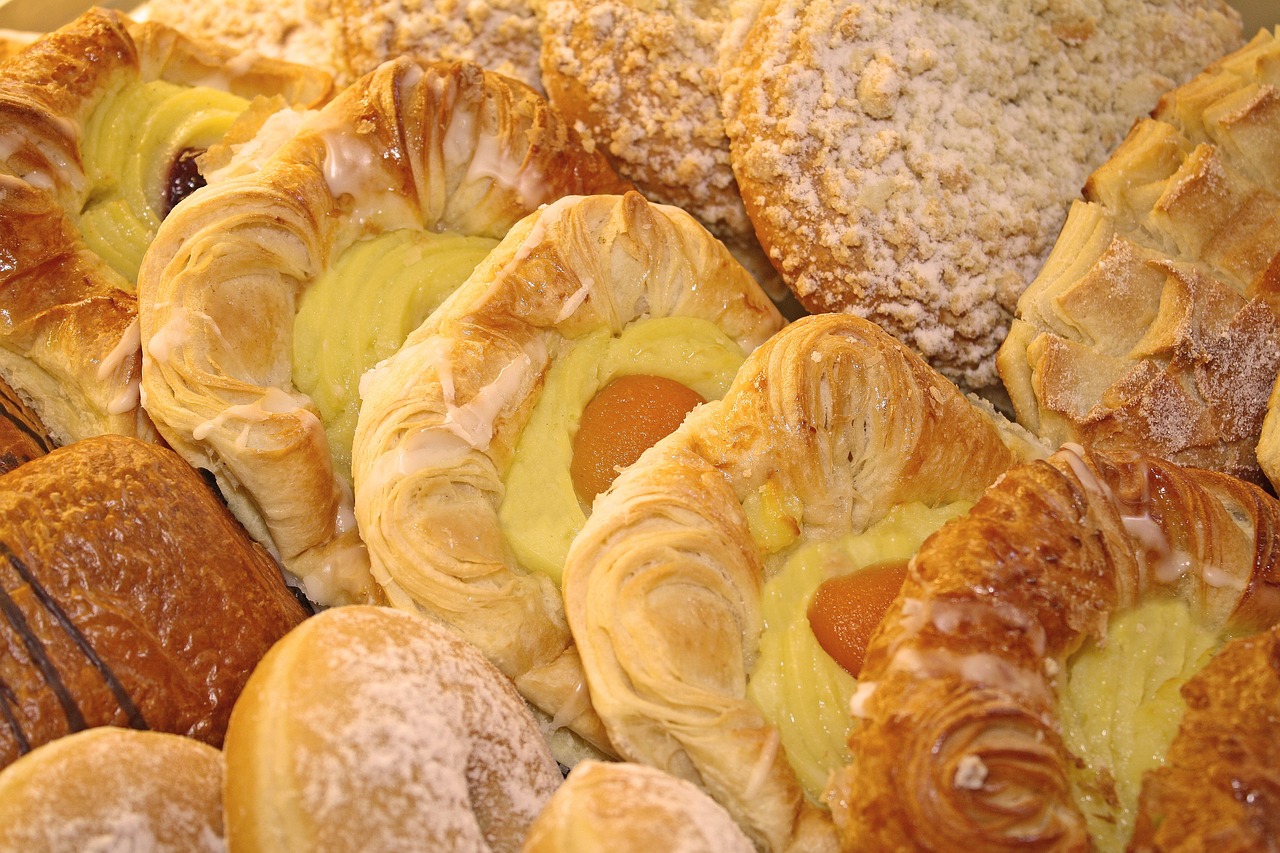
Pastries
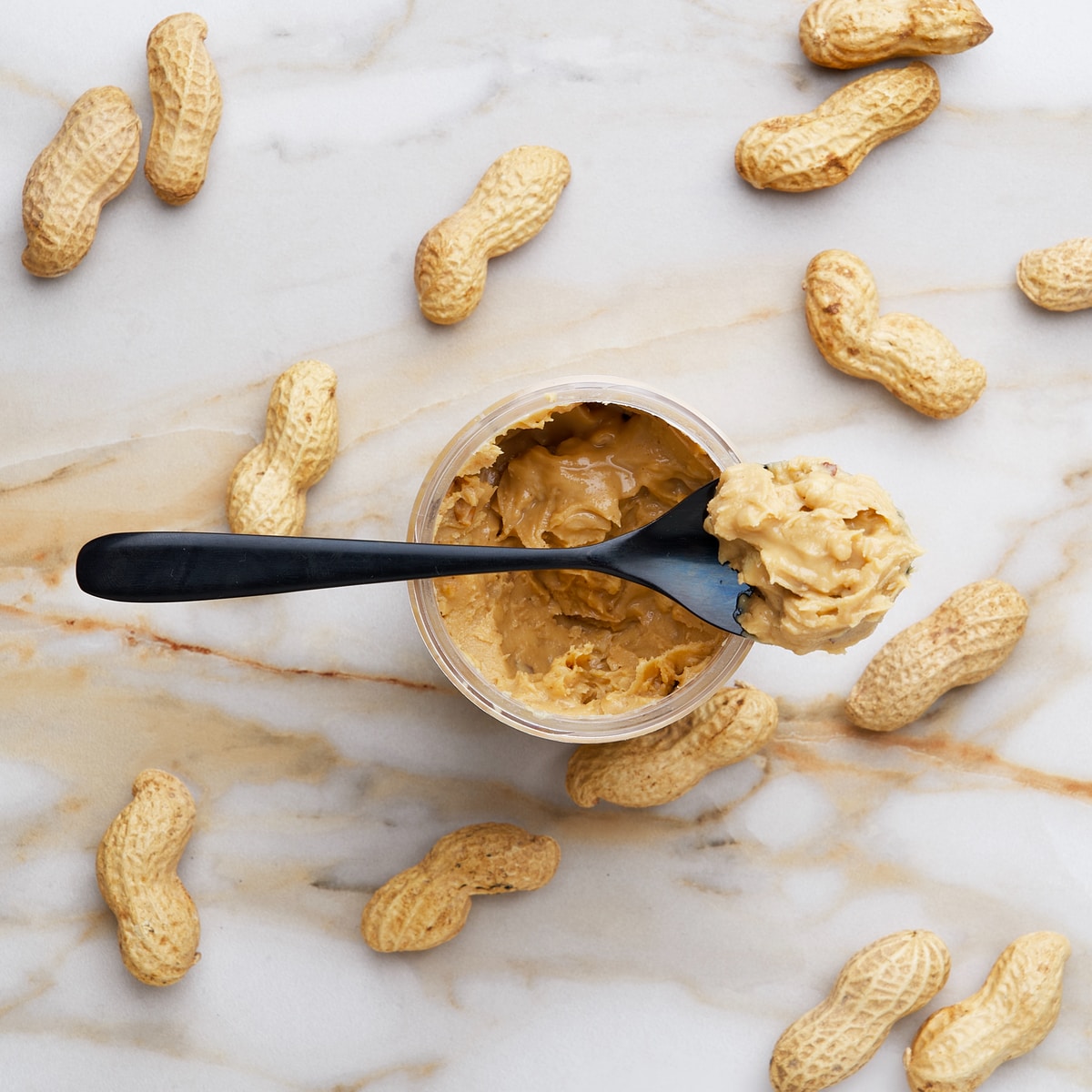
Peanut butter

Peanuts
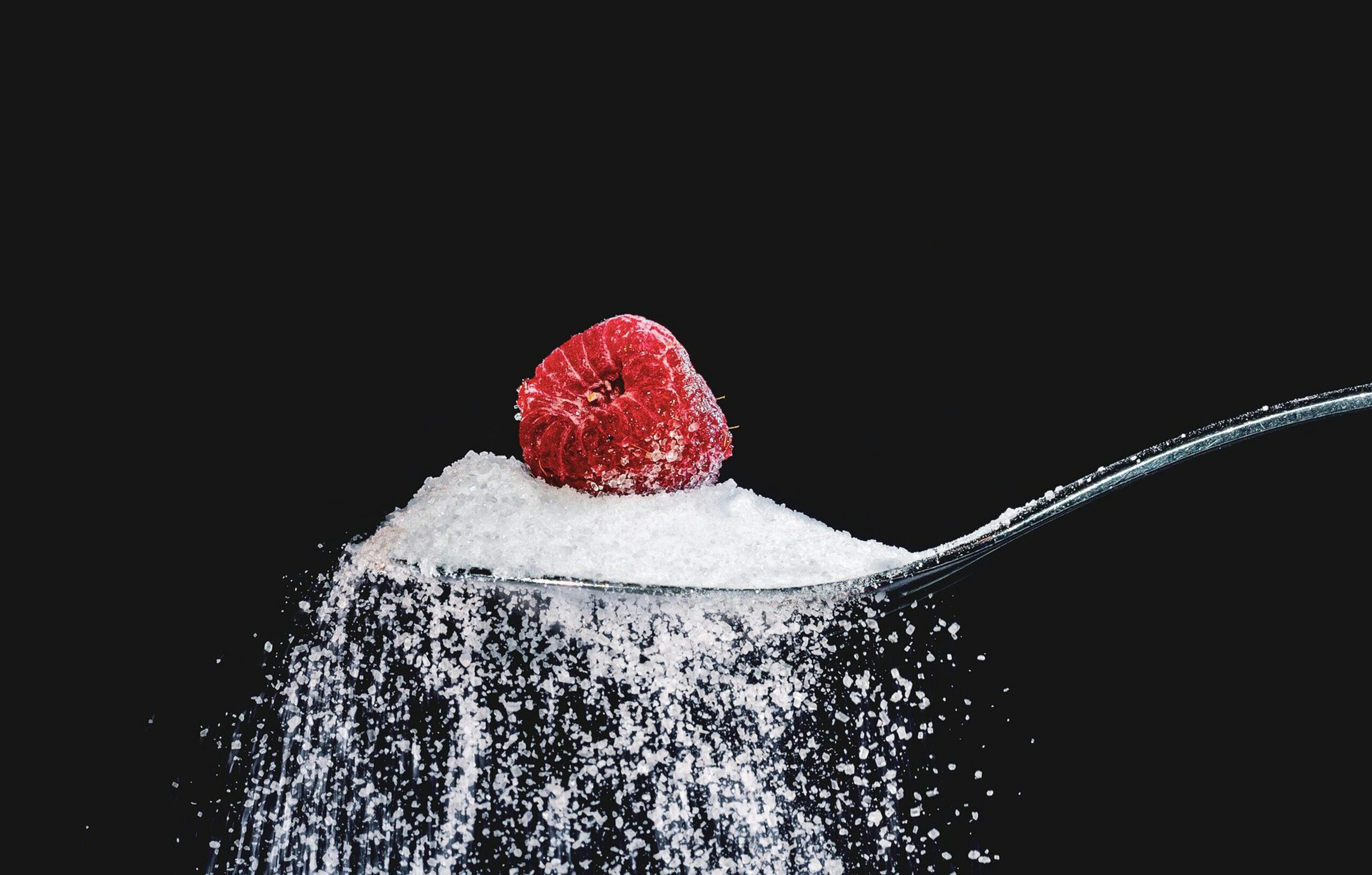
Pectin
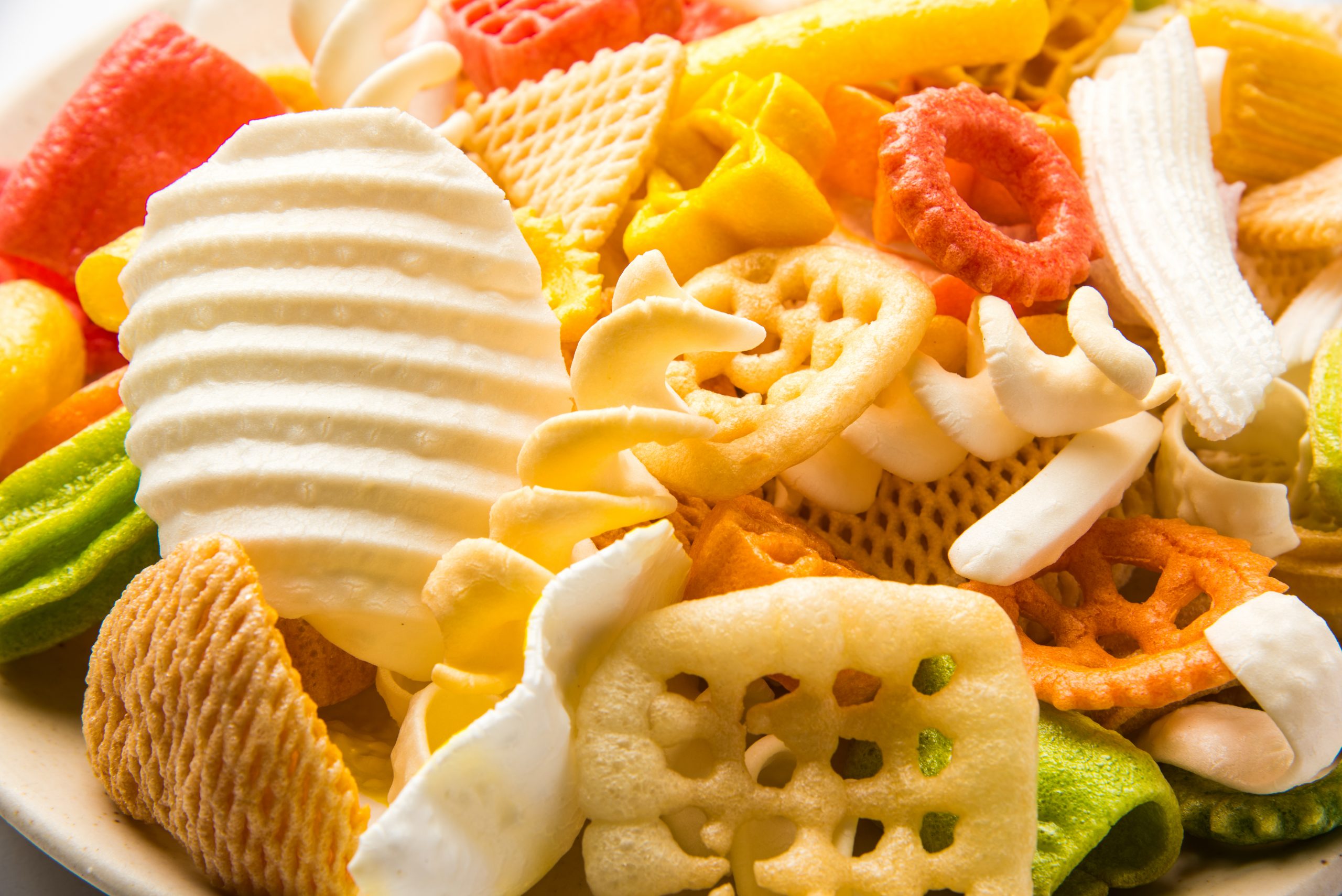
Pellet snacks
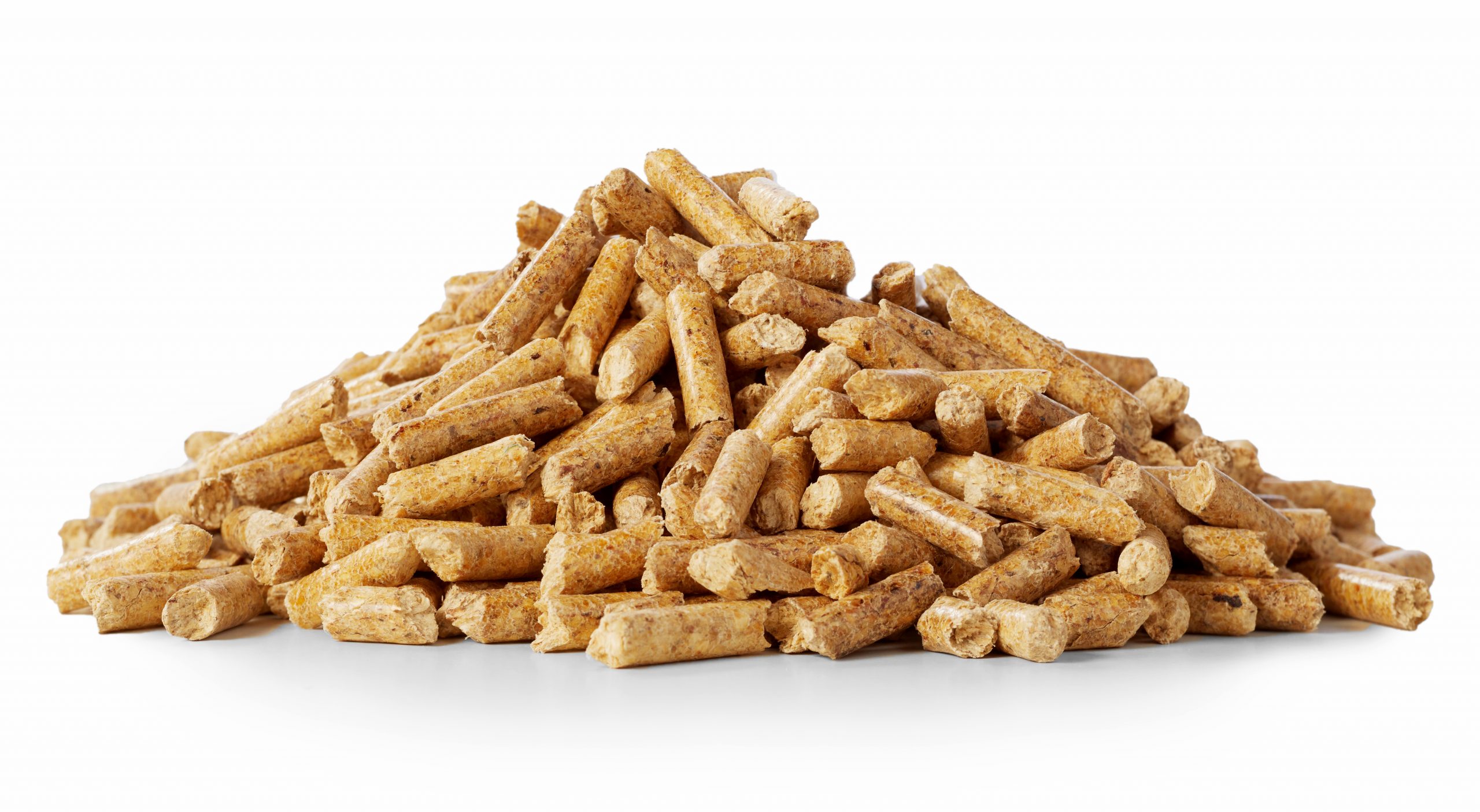
Pelleted feed
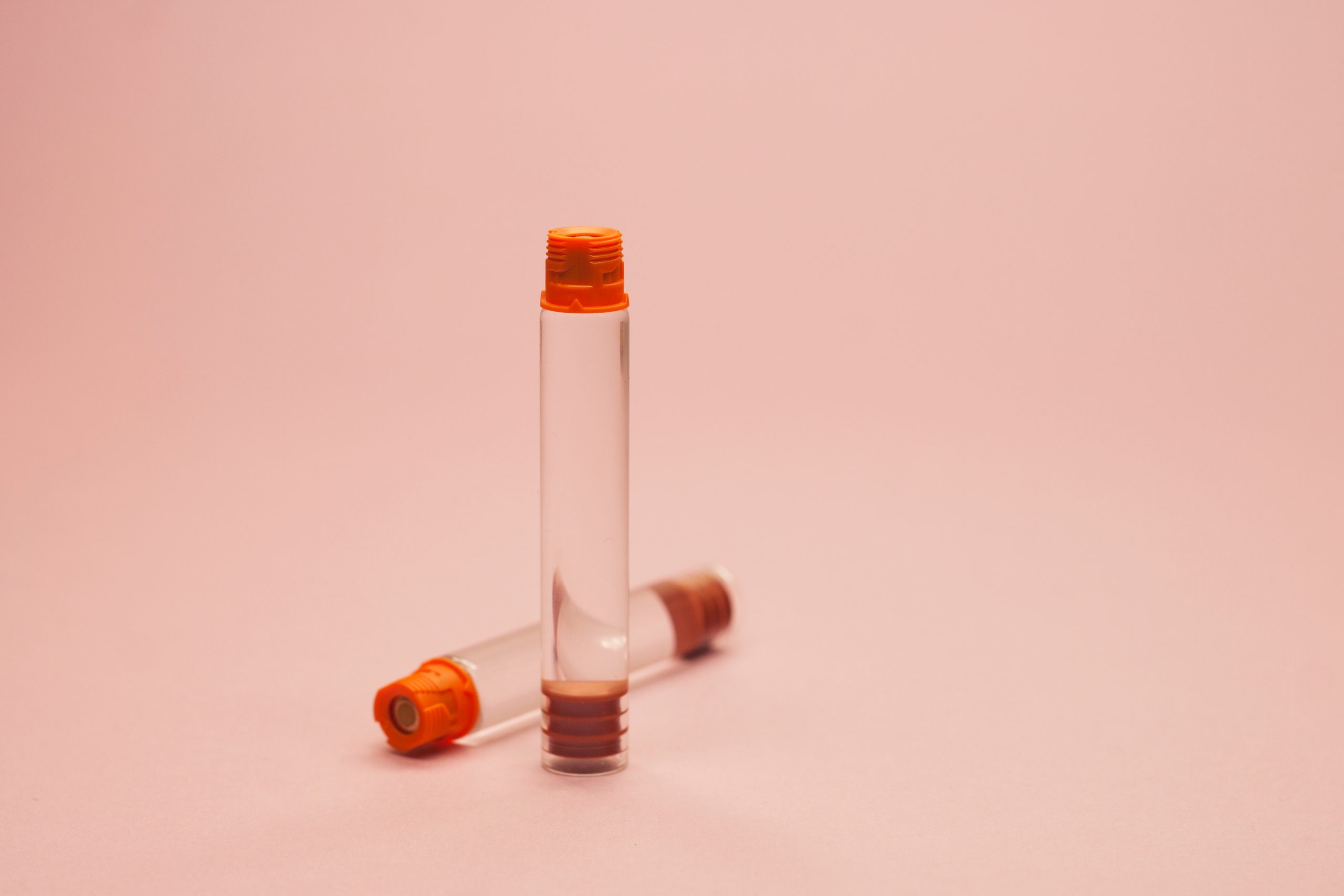
Pharmaceutical cartridges

Pharmaceutical packaging
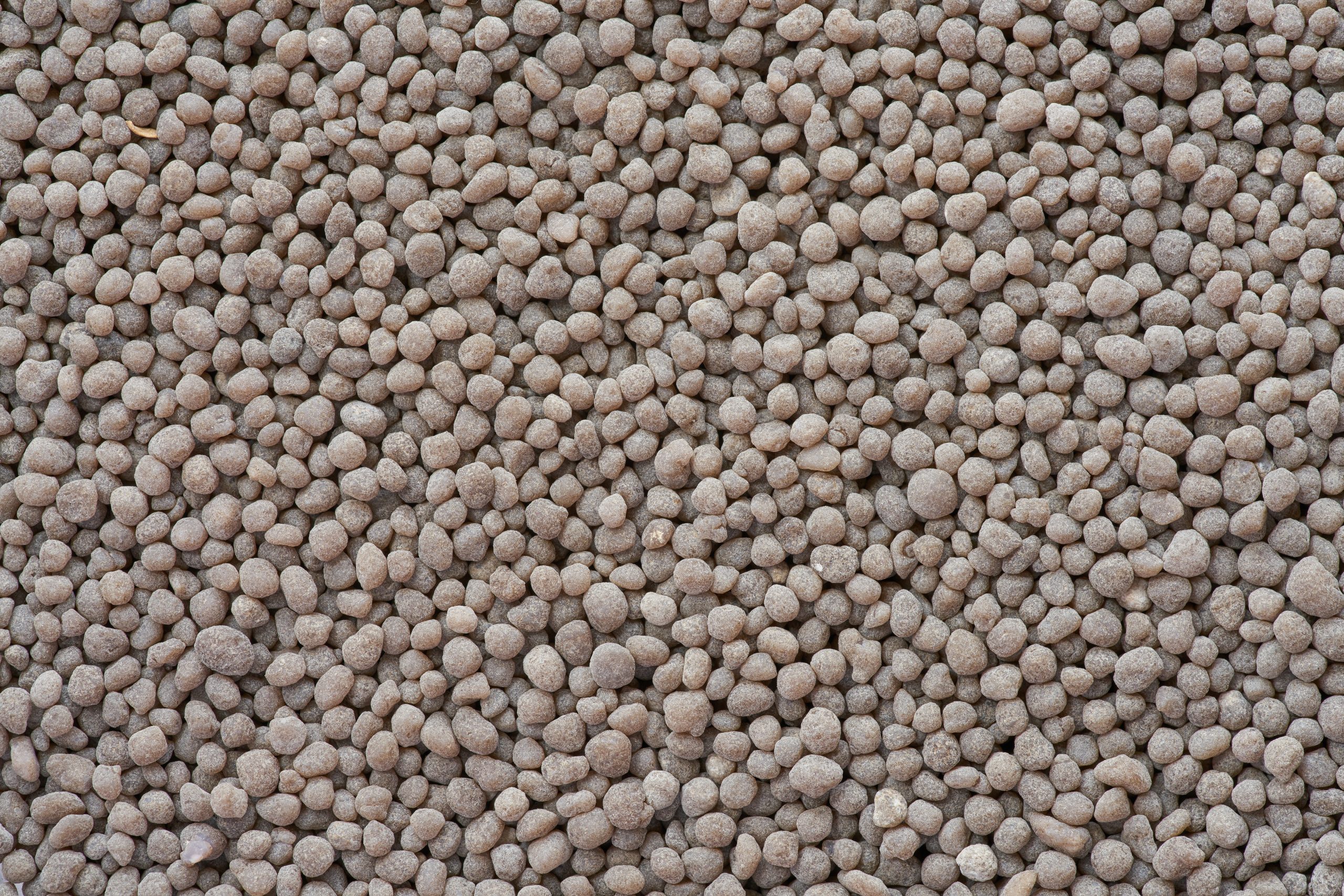
Phosphorus fertilizer

Pie
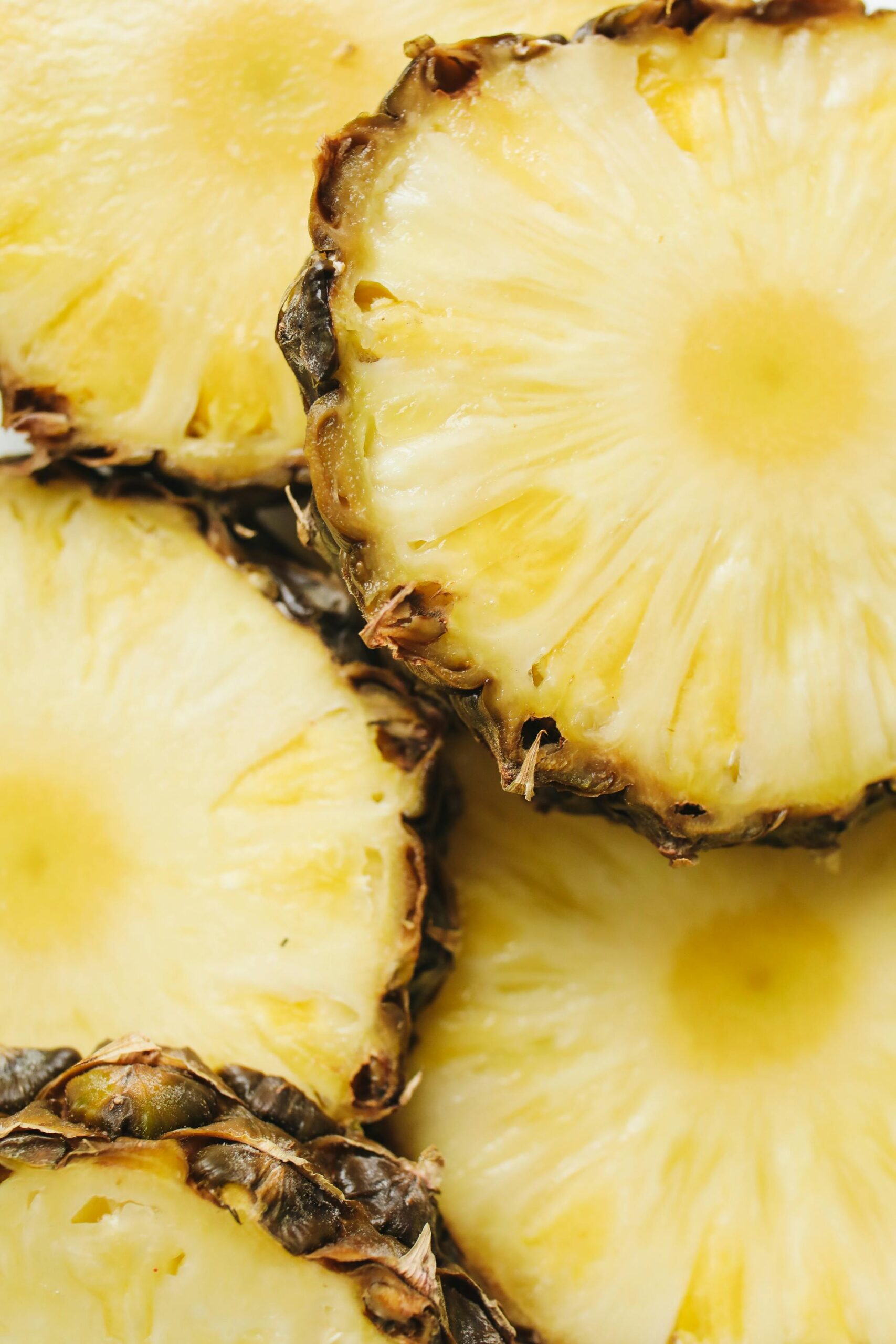
Pineapples

Plant-based yogurt

Popcorn

Pork
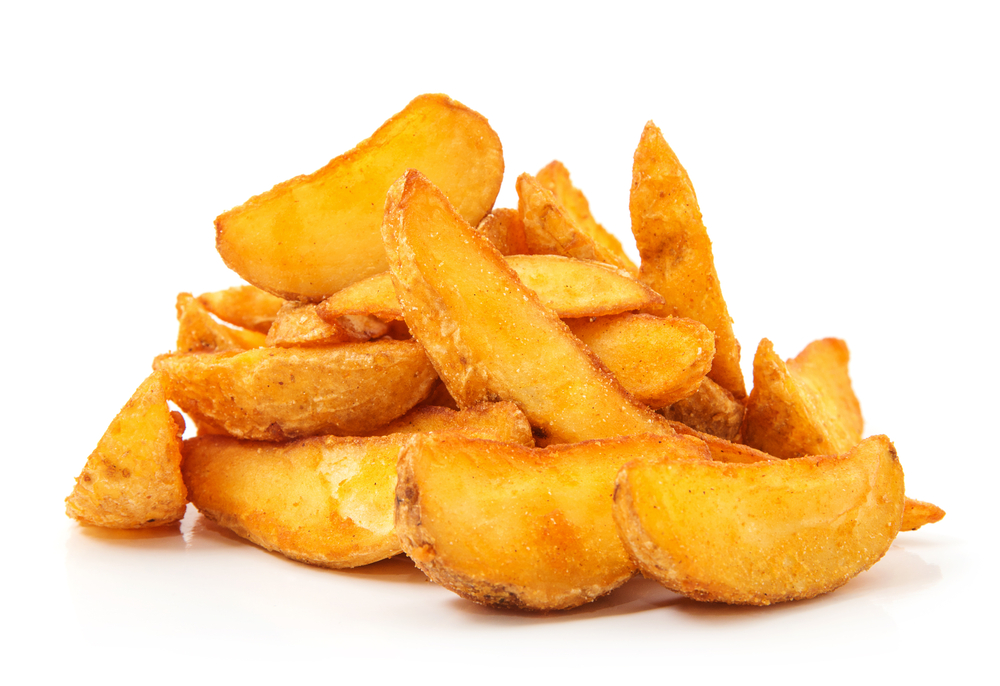
Potato wedges
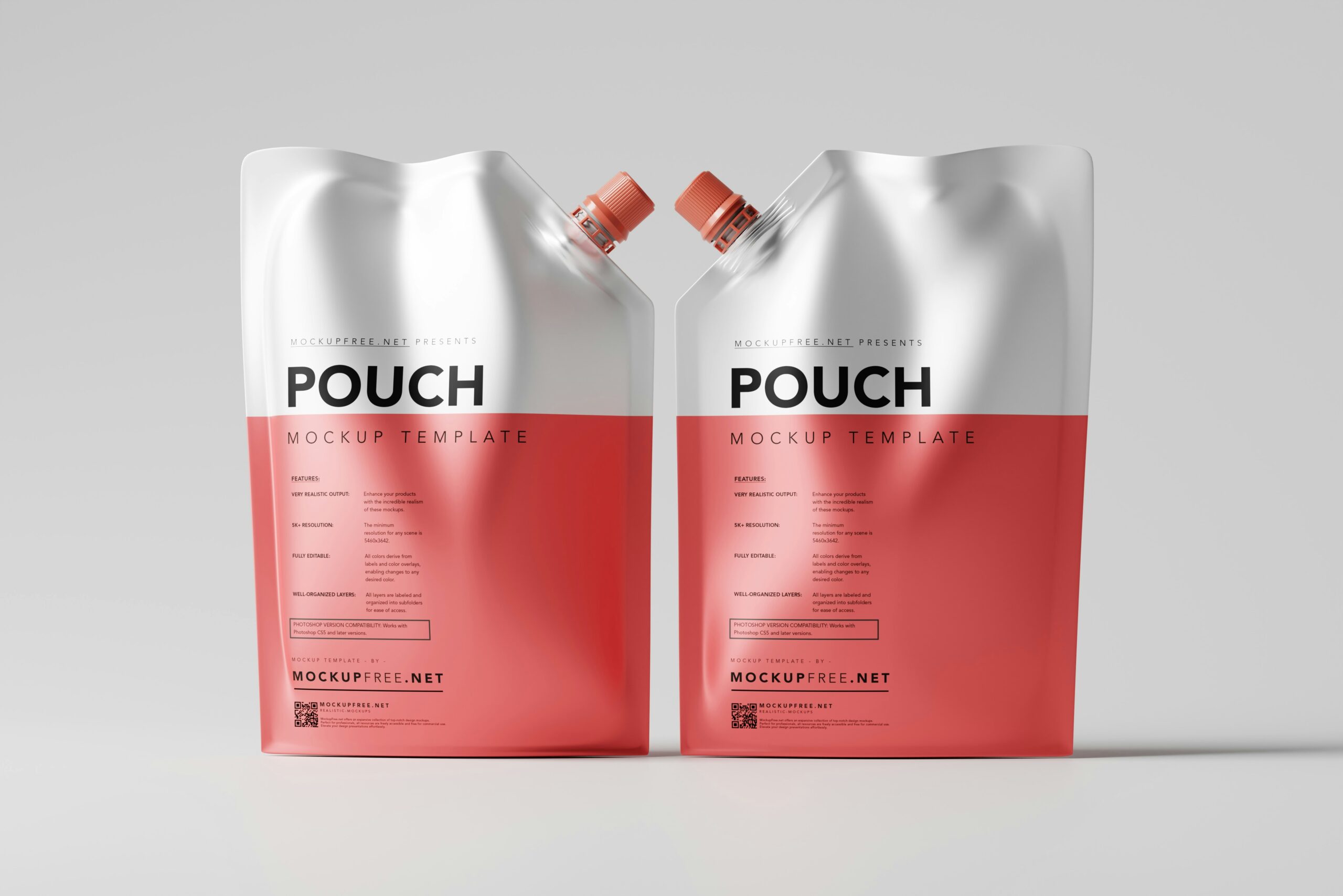
Pouches
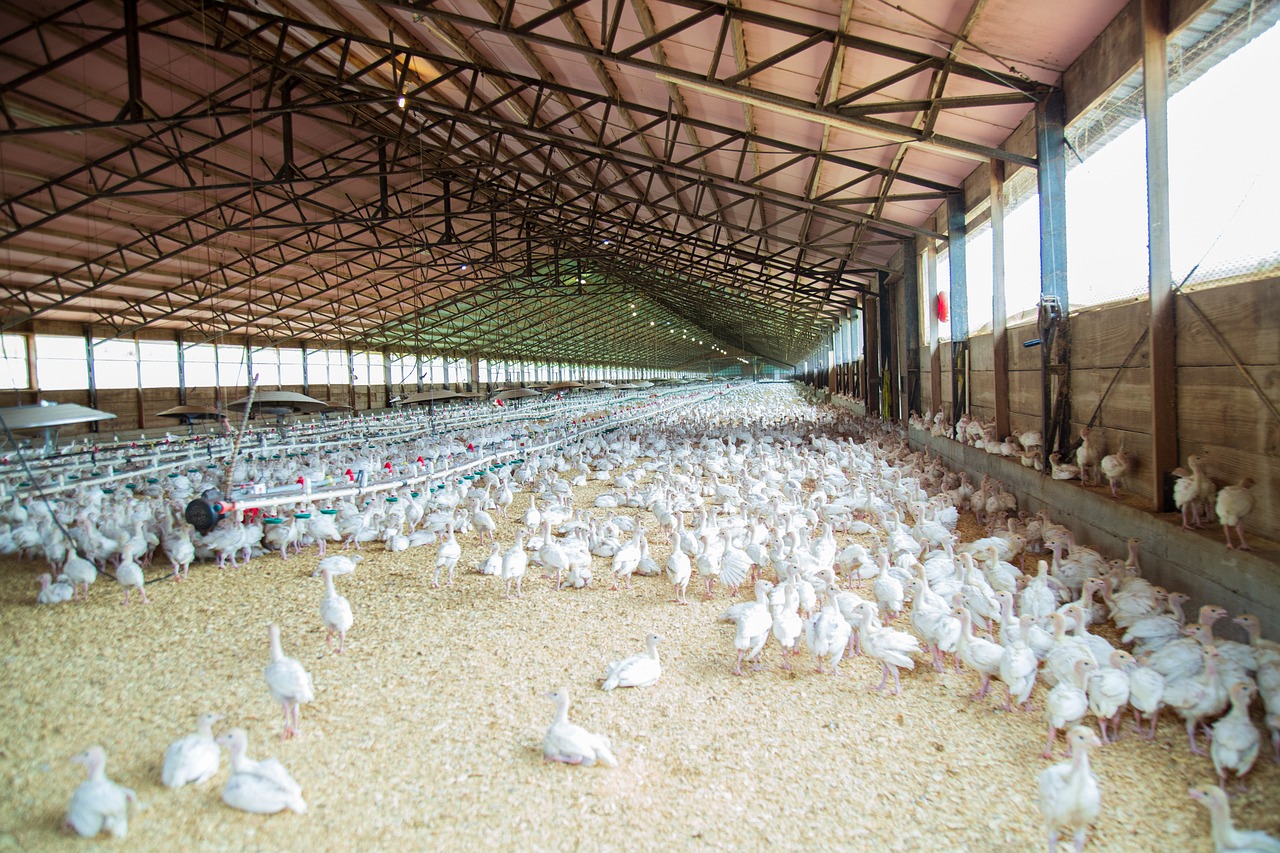
Poultry
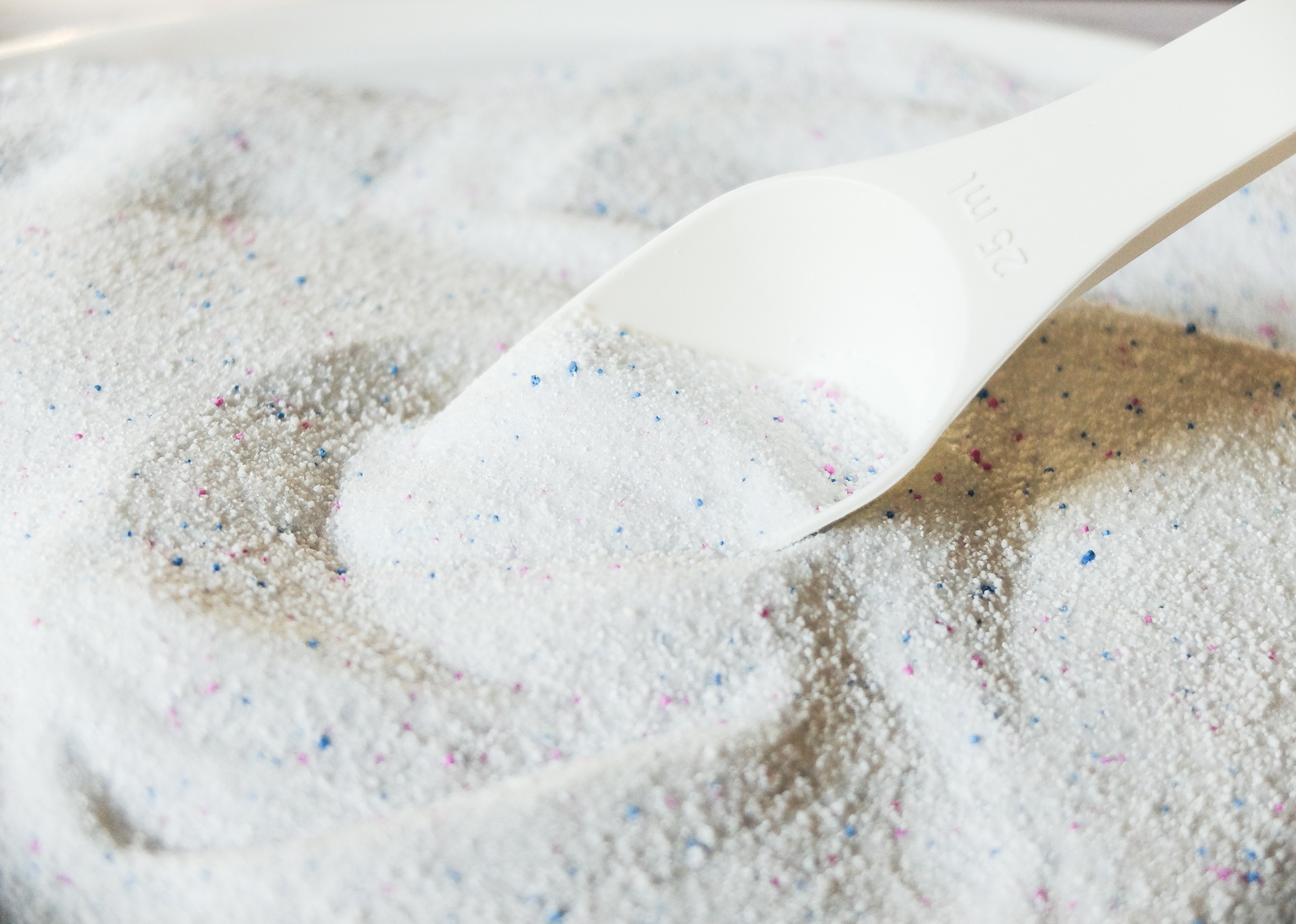
Powder detergent
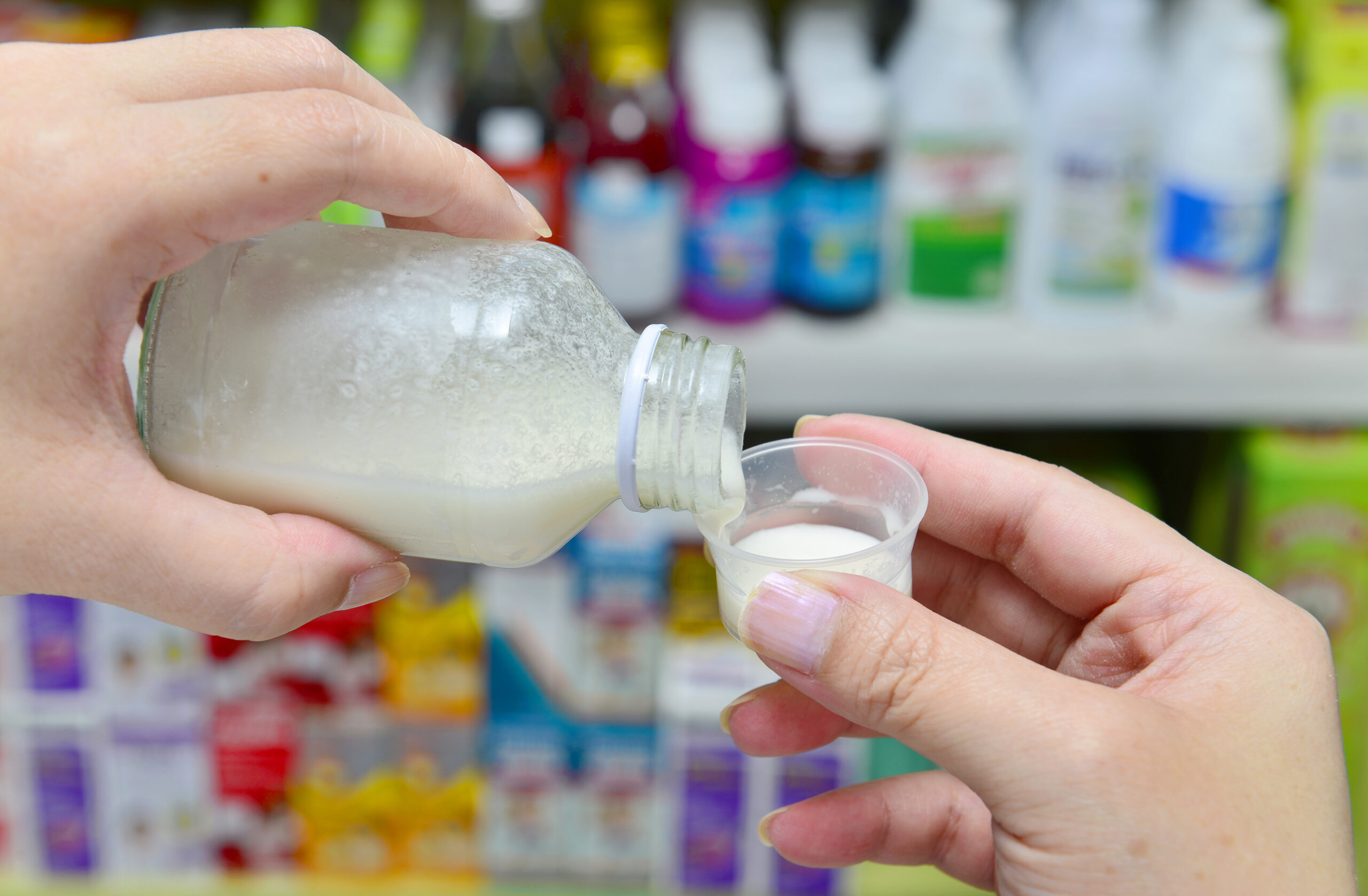
Powder for suspensions (PFS)

Pralines
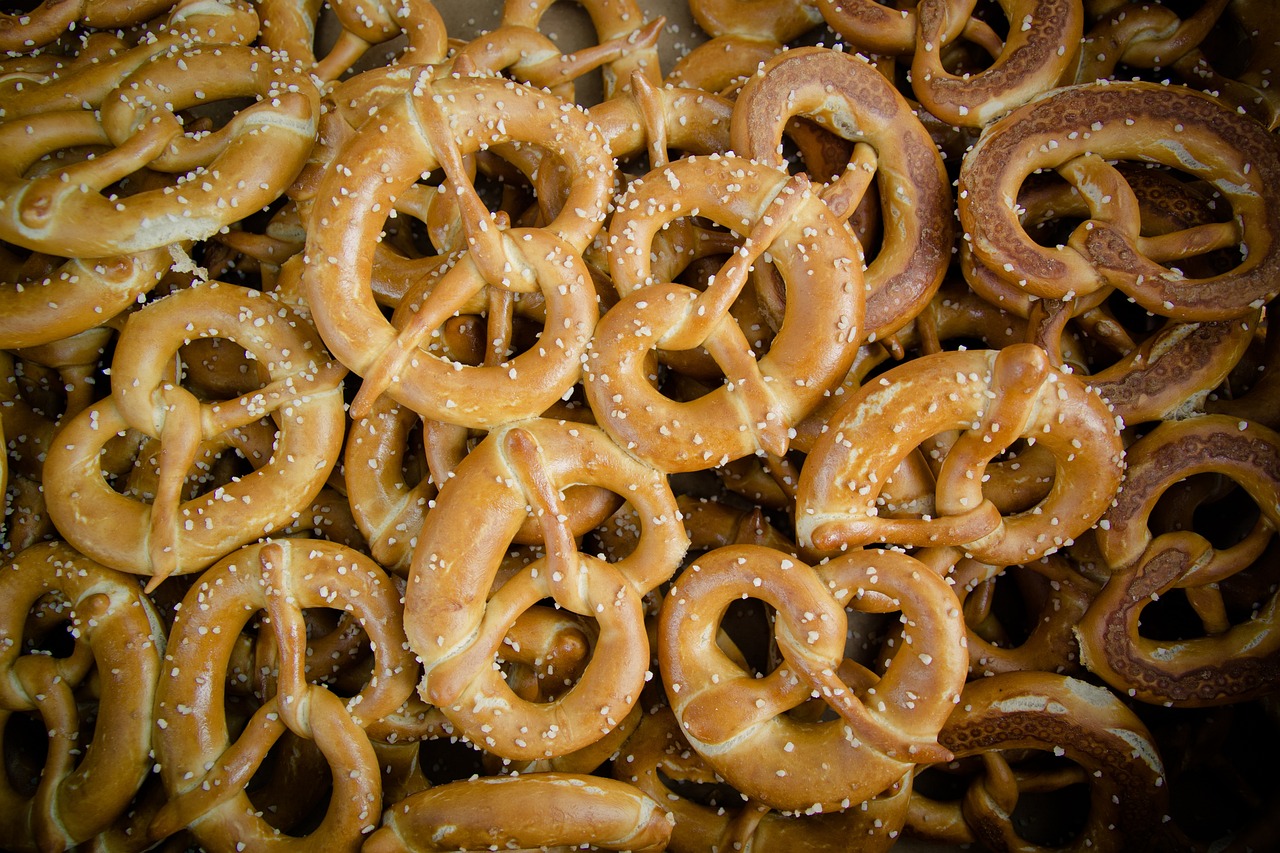
Pretzels
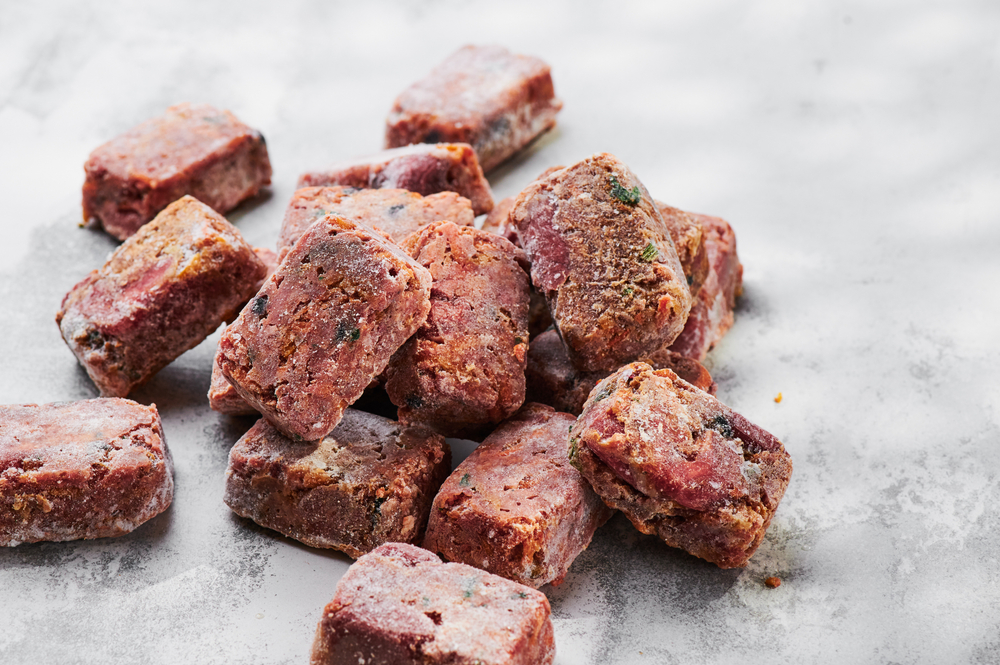
Raw pet food

Rice

Salad dressing

Salami
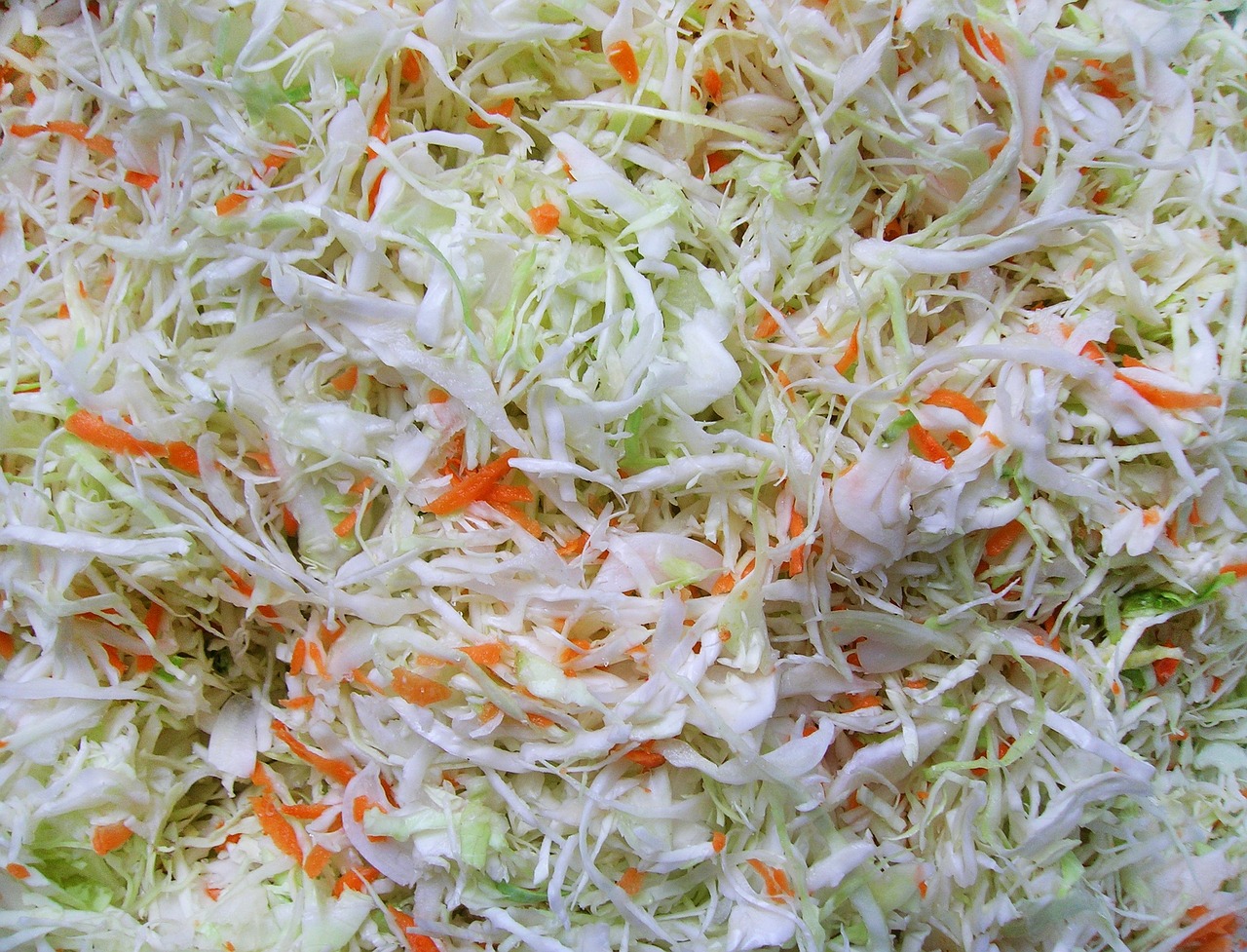
Saurkraut
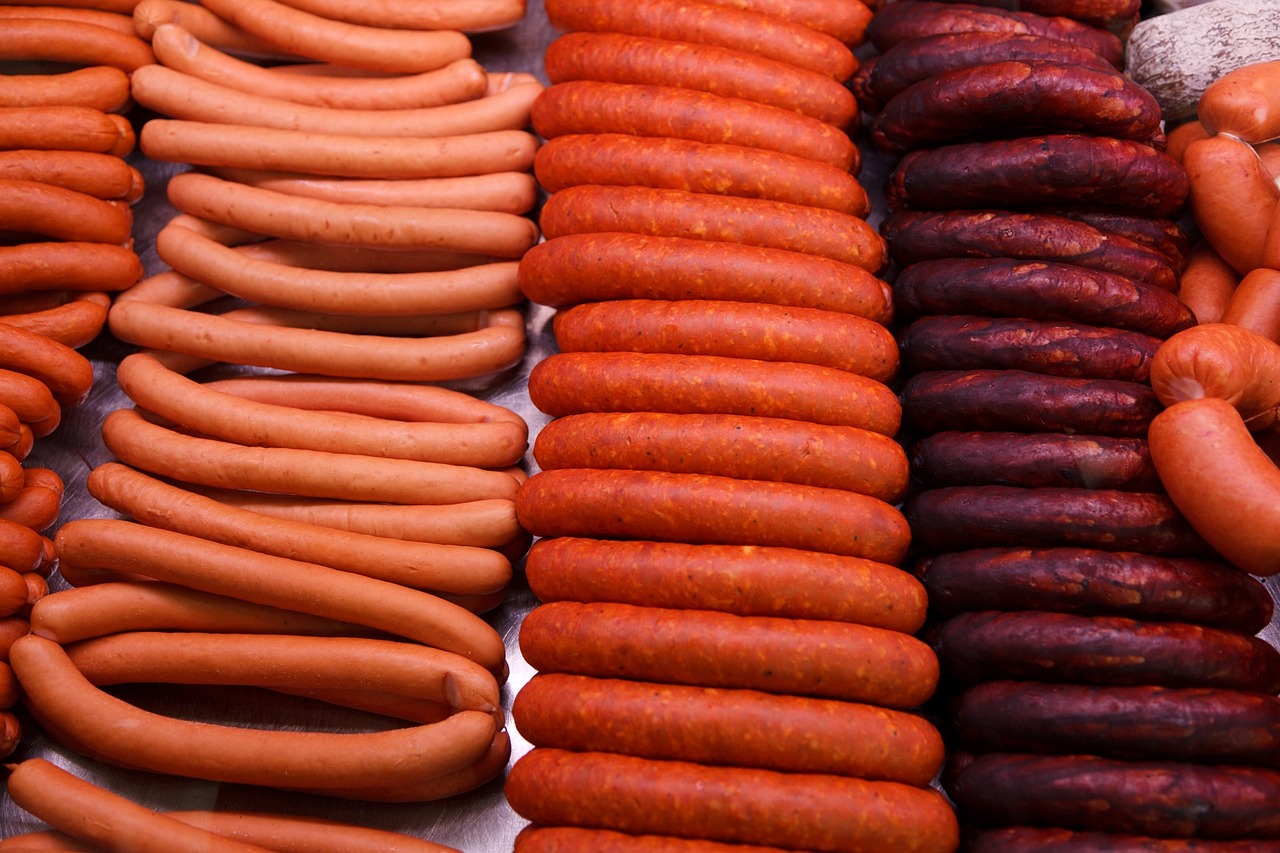
Sausages
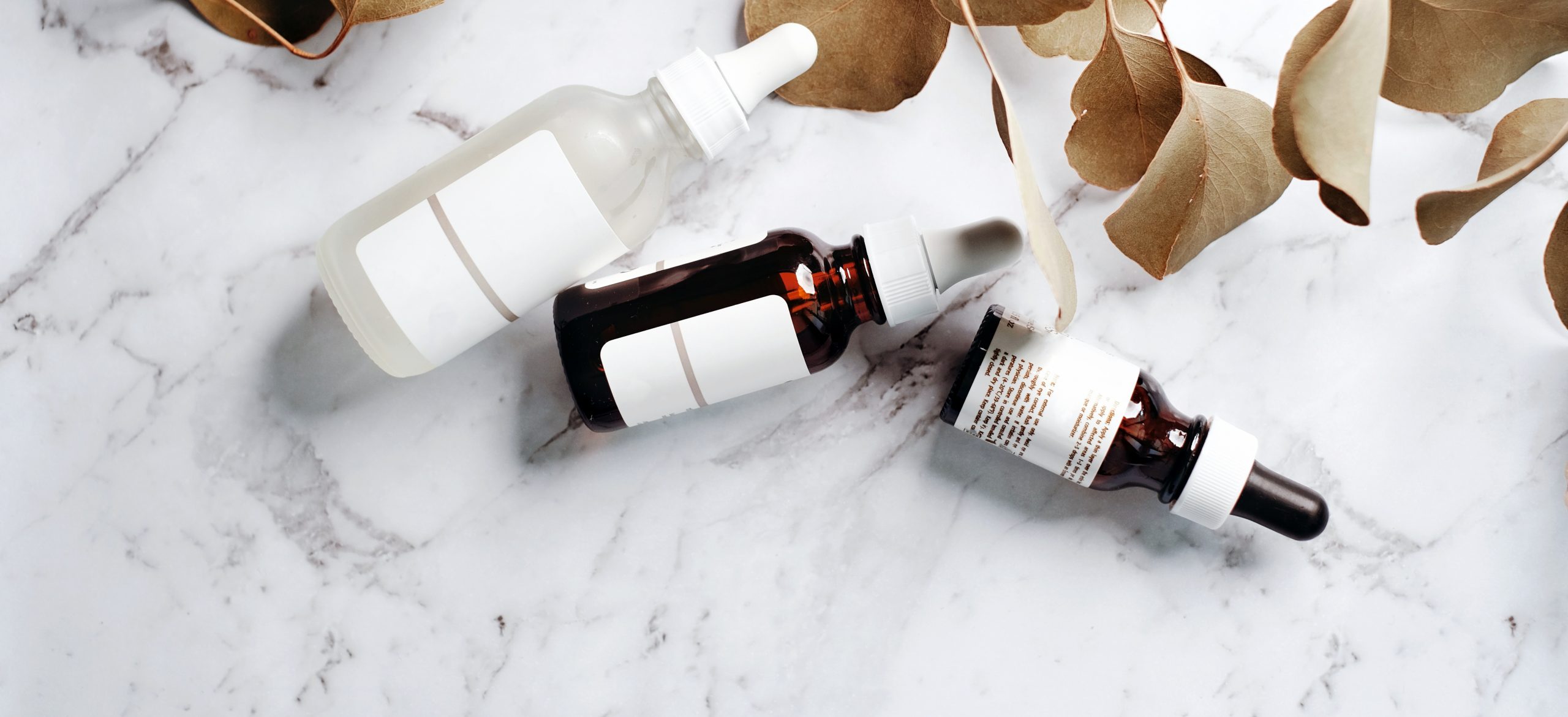
Serums

Shampoo

Shrimp
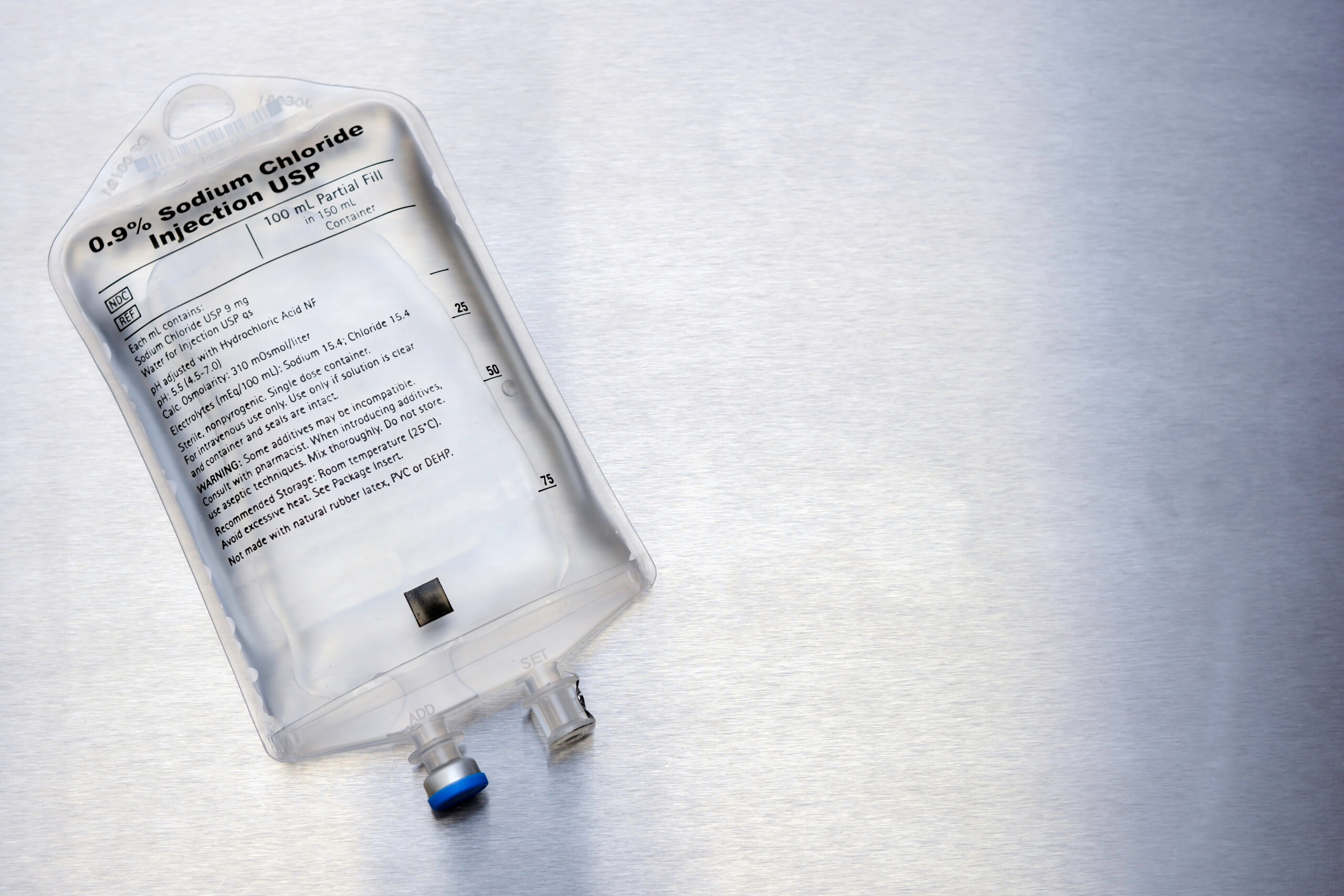
Single-use bags
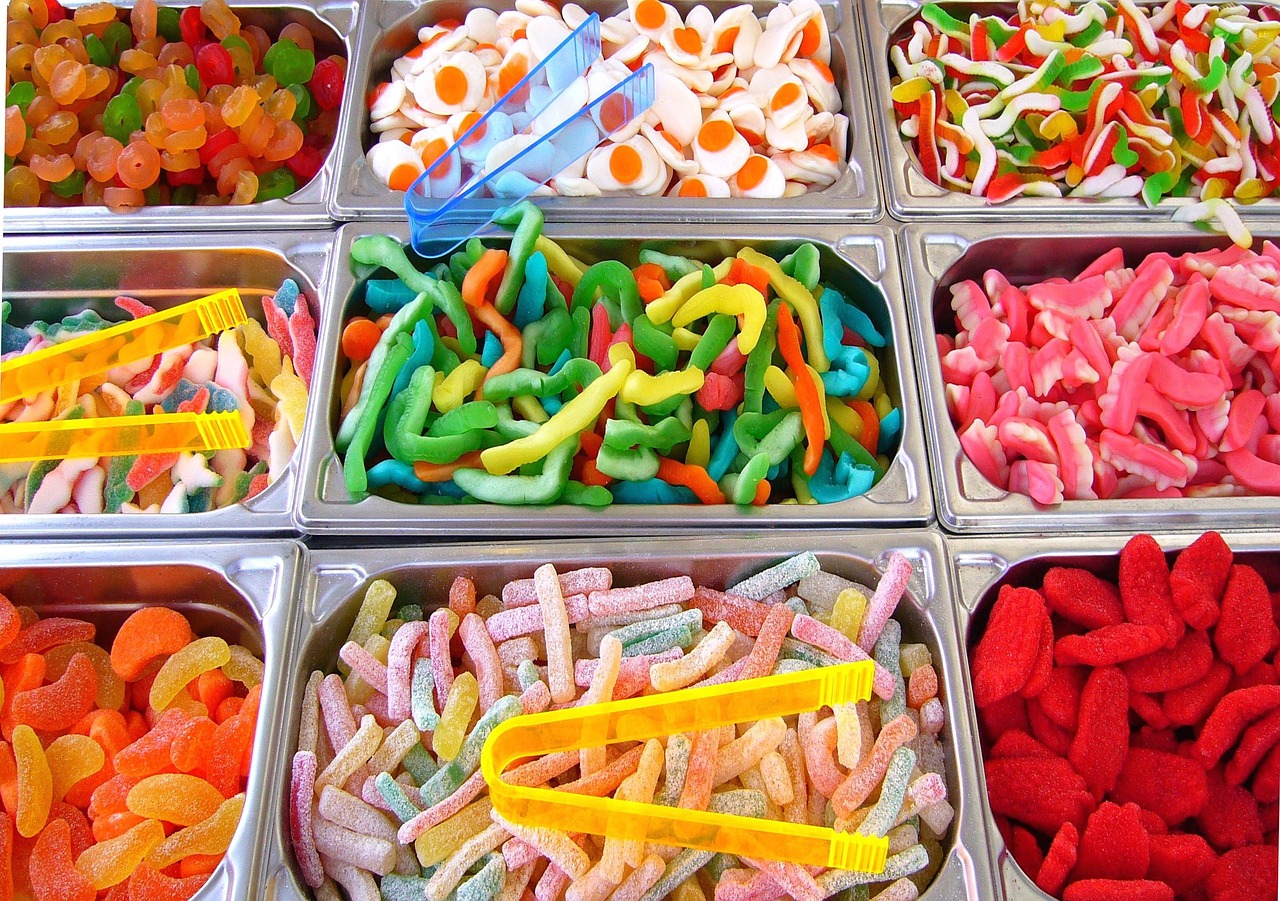
Soft Candy

Solvents
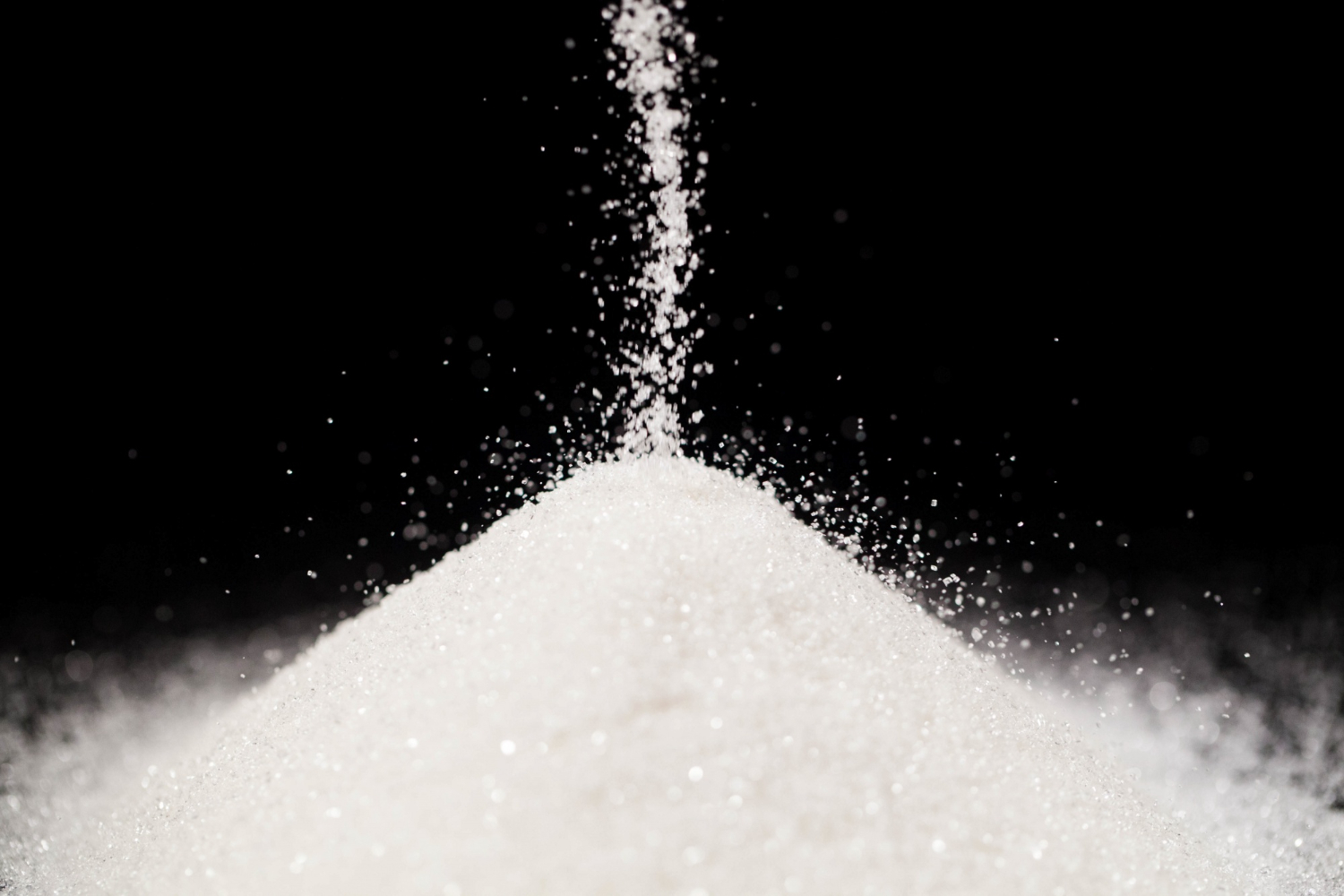
Sugar
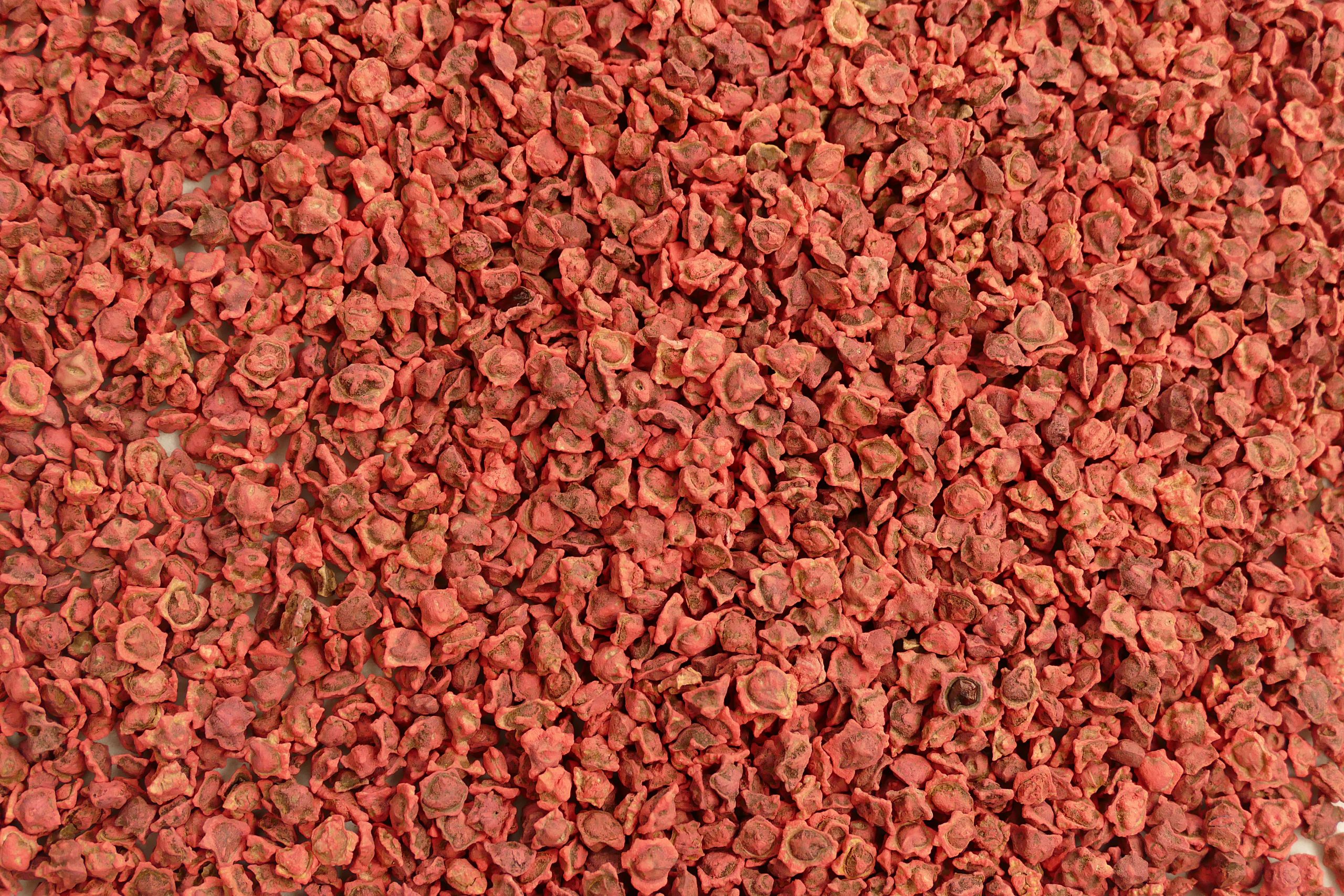
Sugar beet seeds
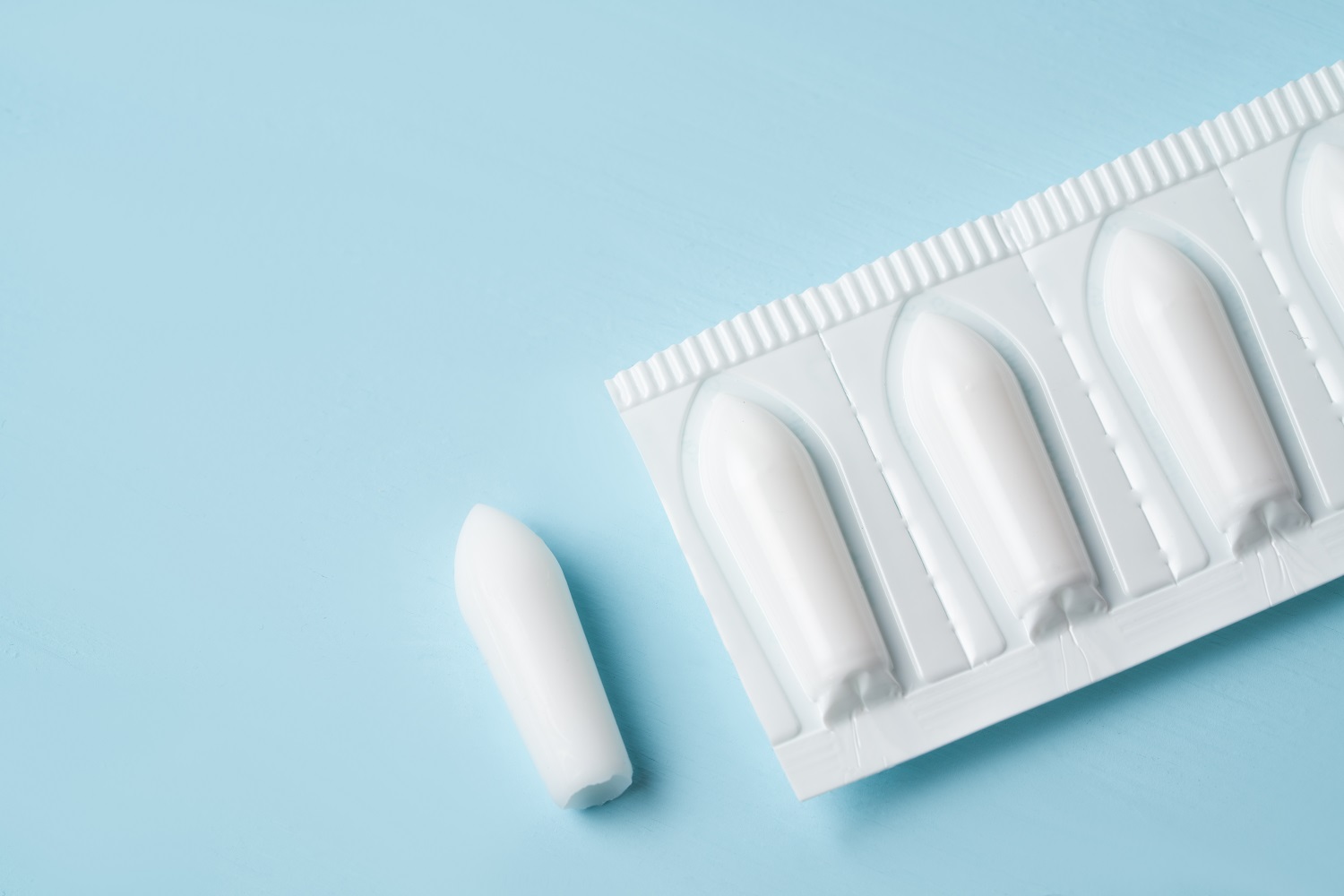
Suppositories
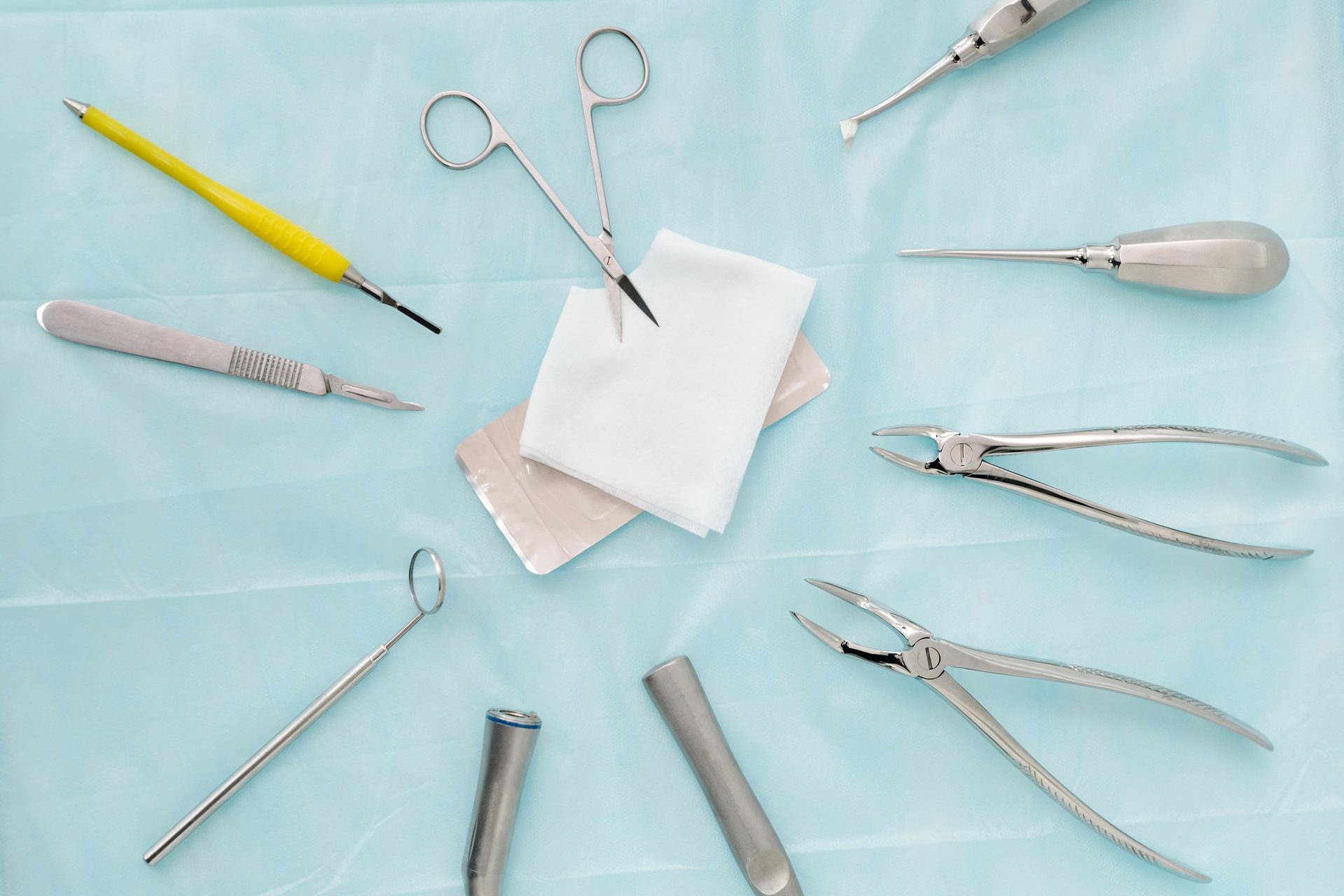
Surgical instruments

Syringes

Tea

Textured Vegetable Protein
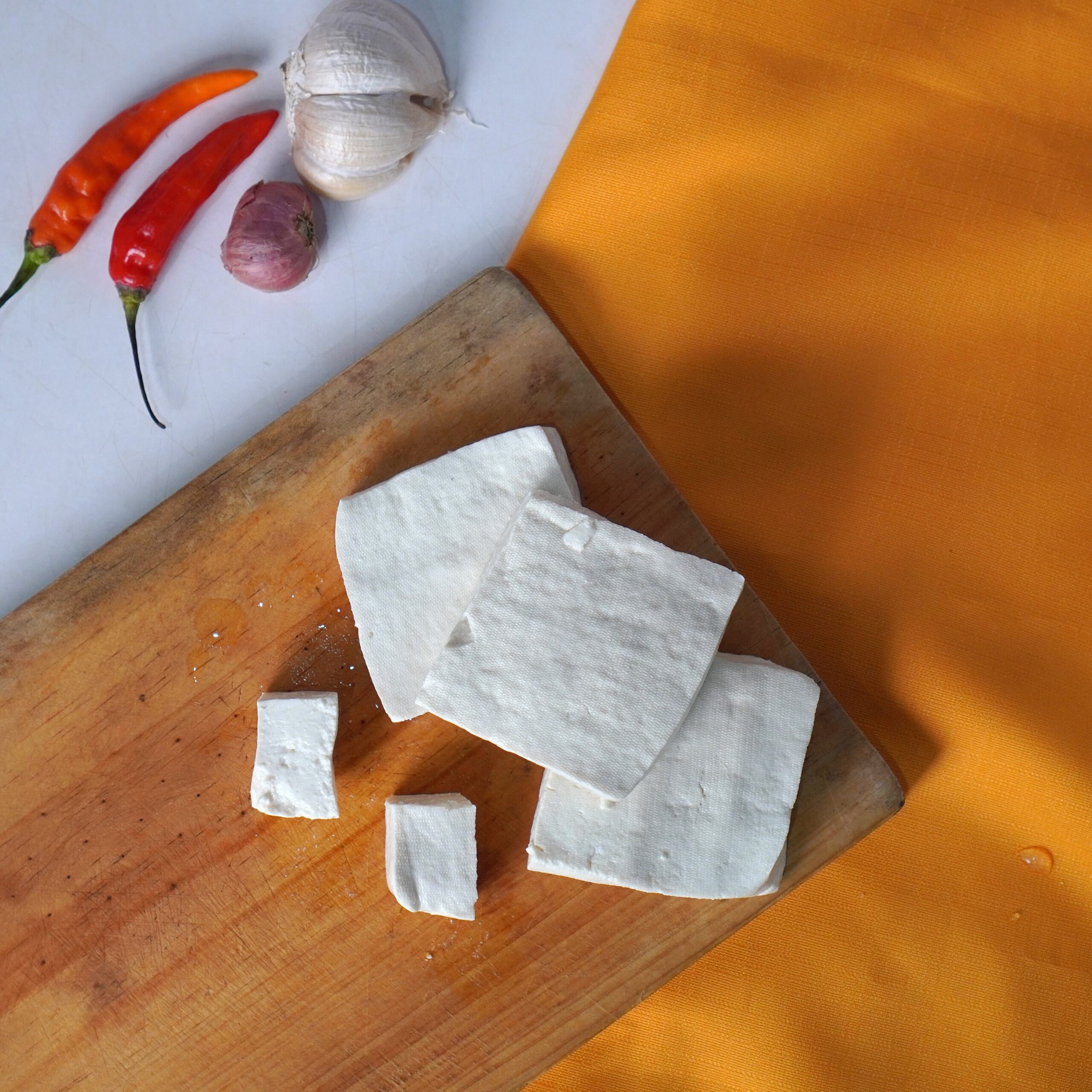
Tofu

Tomato sauce

Tomatoes

Toner

Toothpaste
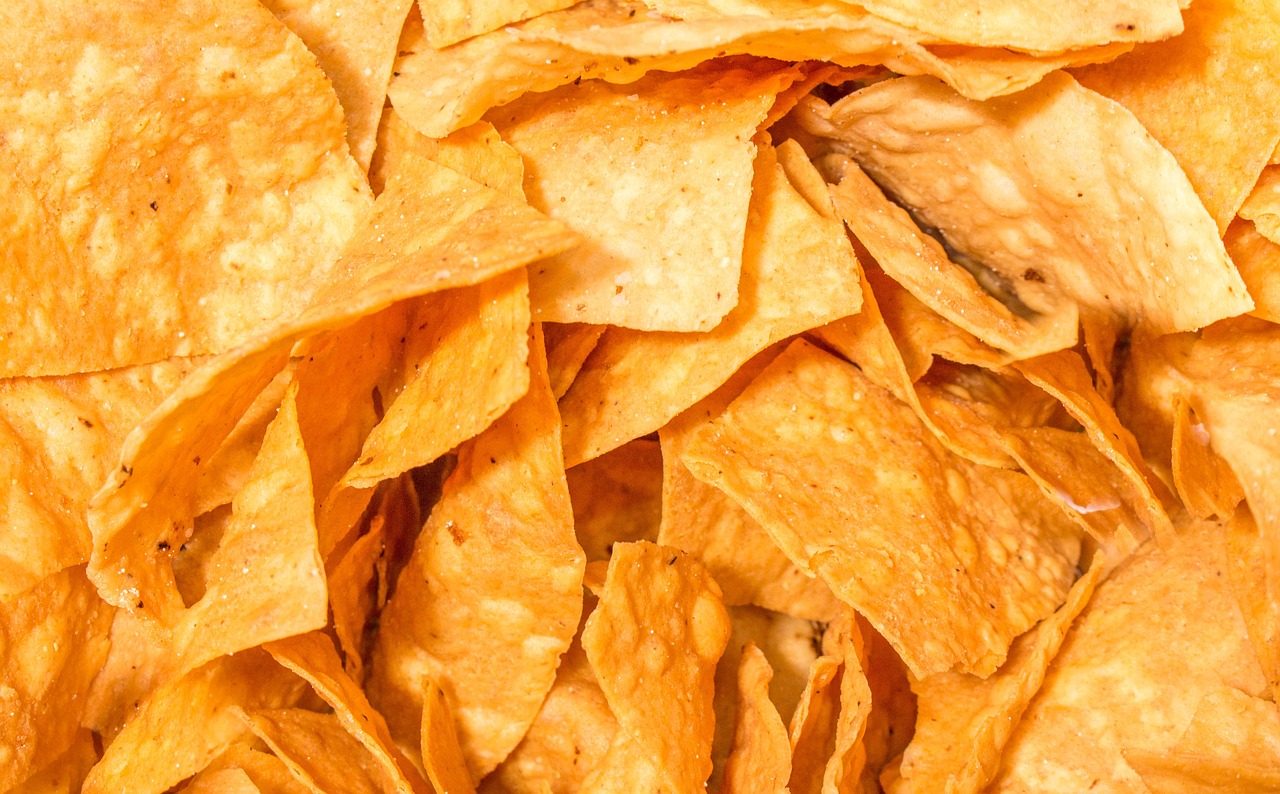
Tortilla Chips

Tortillas

Tubes
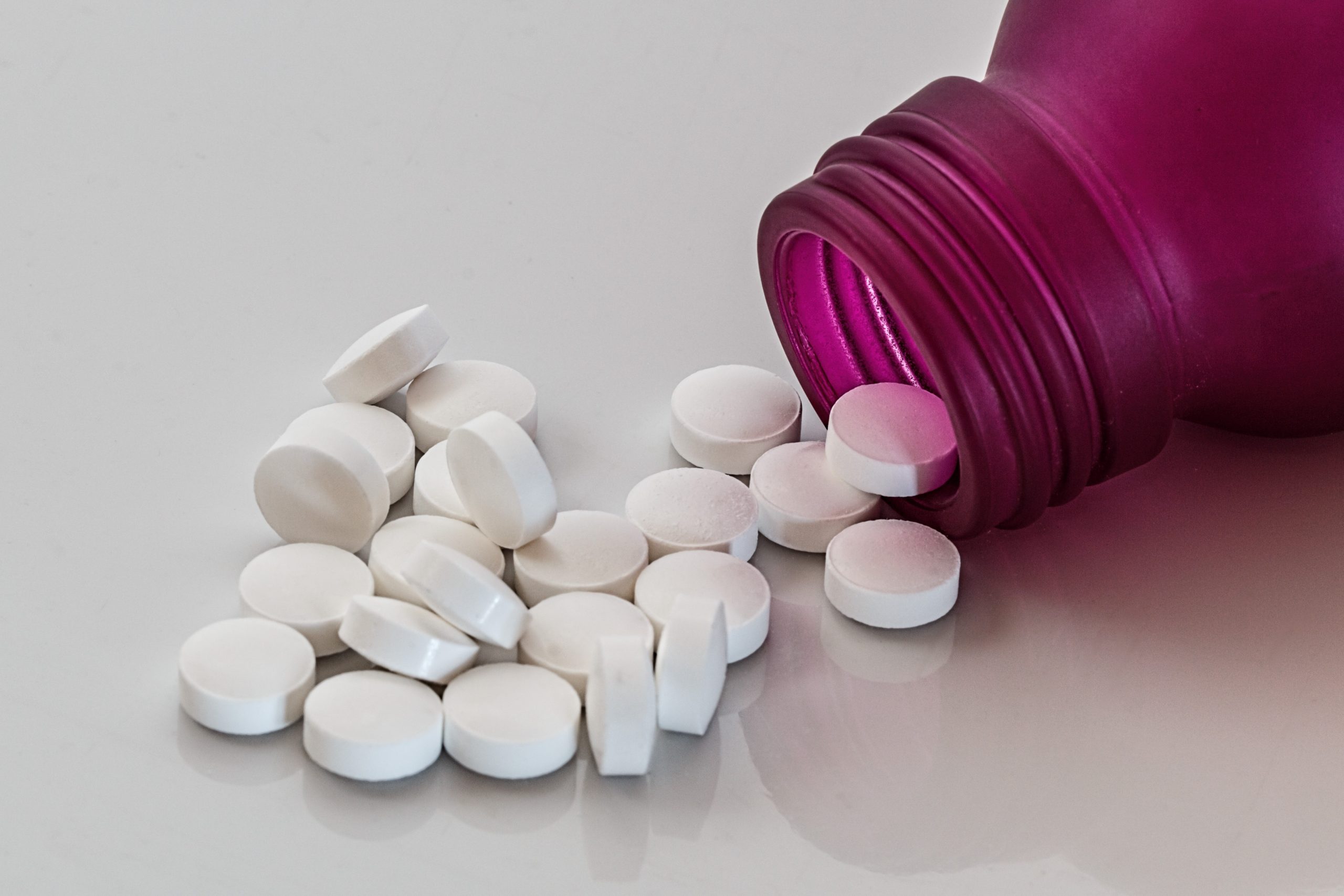
Uncoated tablets
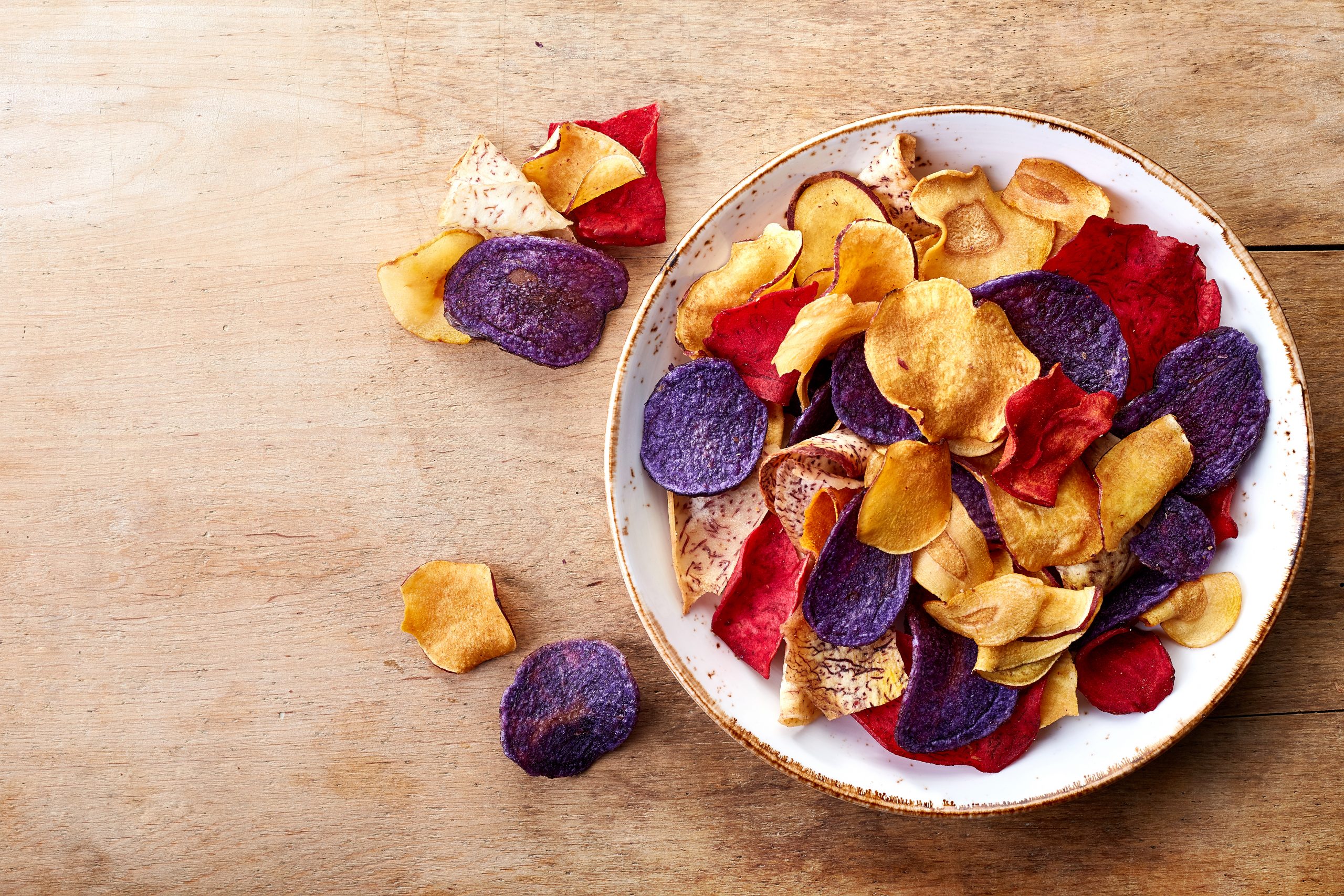
Vegetable chips

Vegetable powder
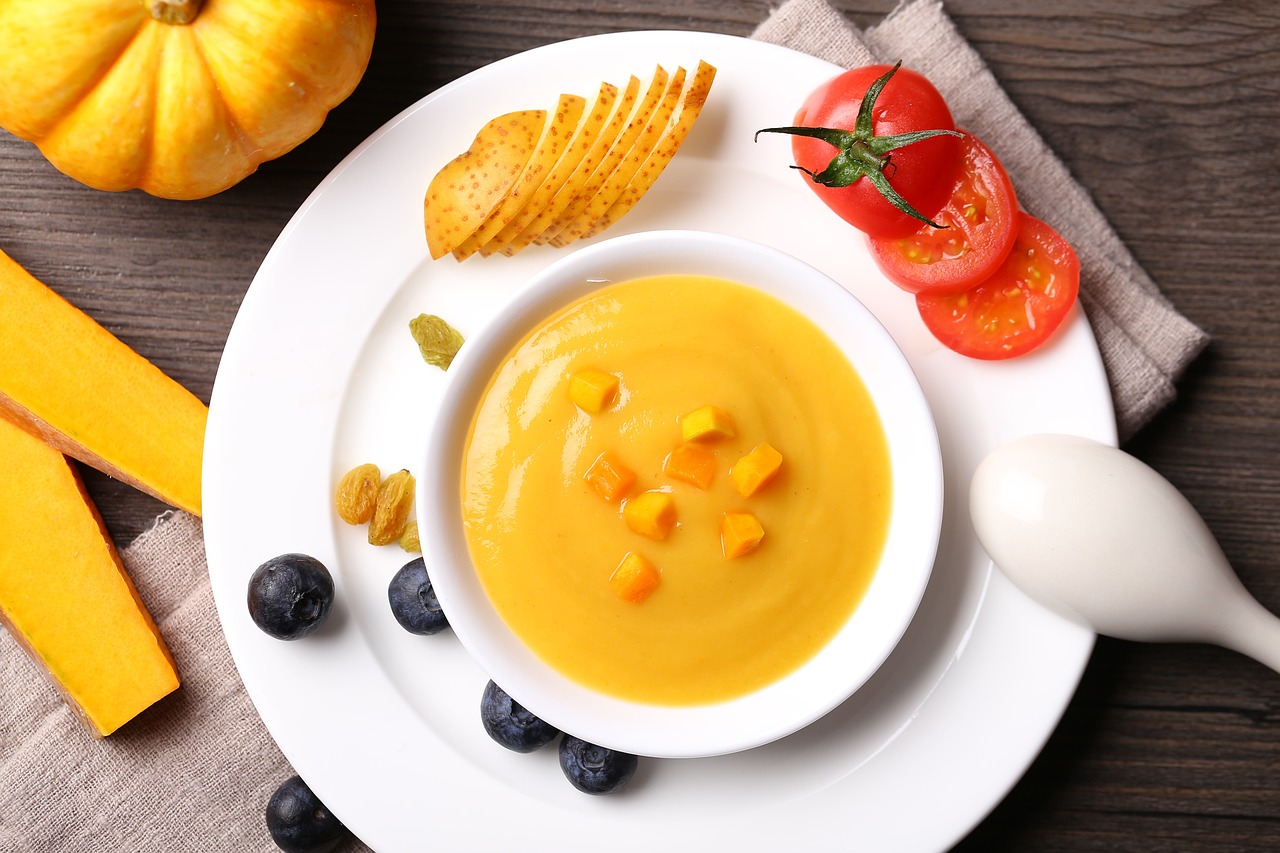
Vegetable Puree
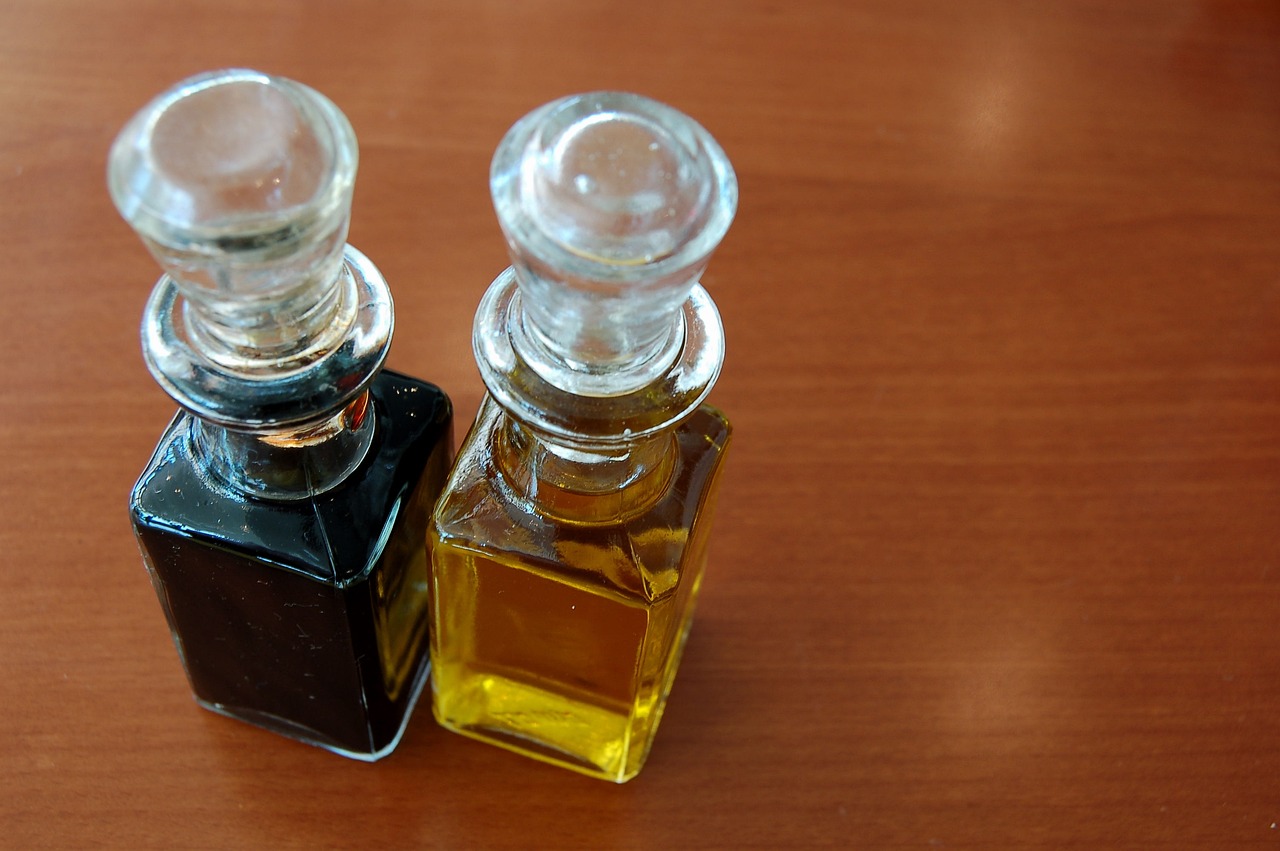
Vinegar
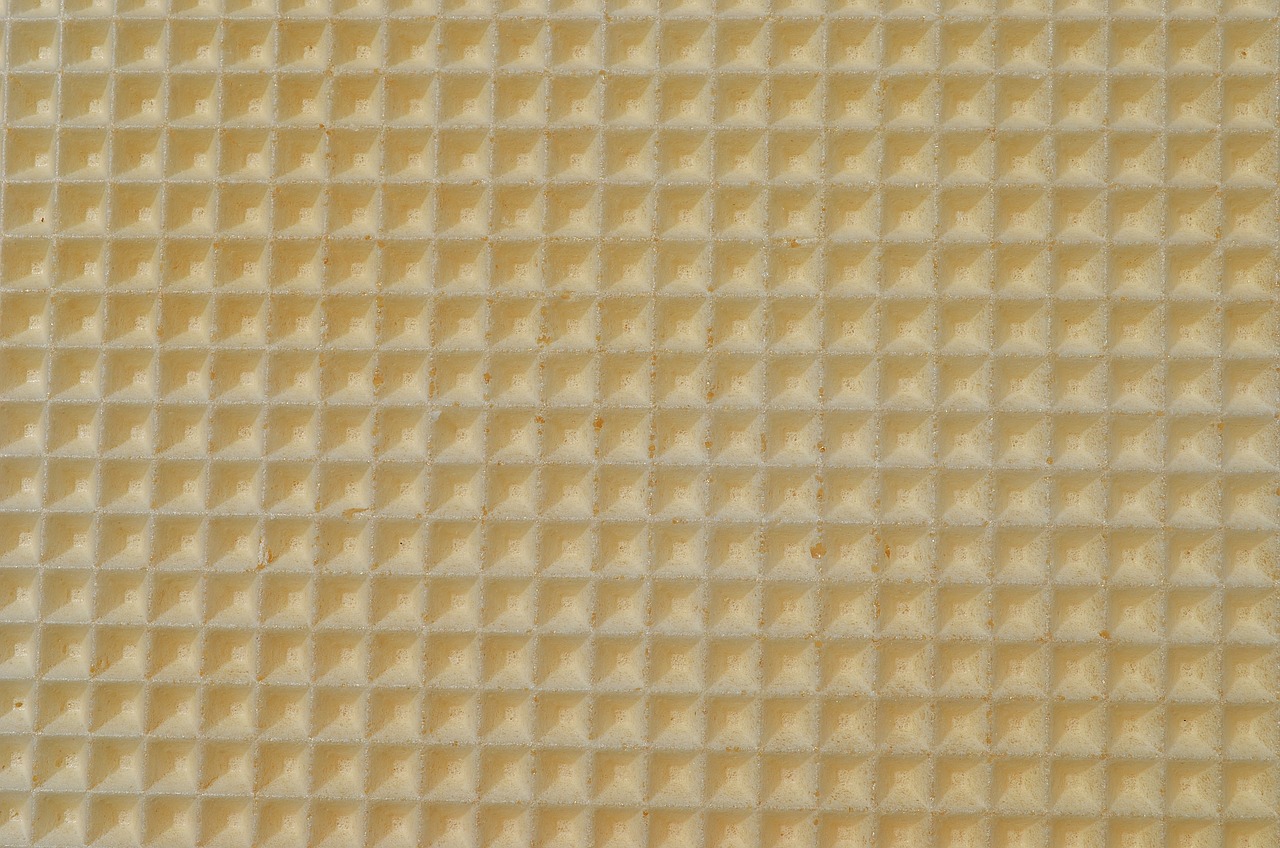
Wafers

Waffles

Wheat
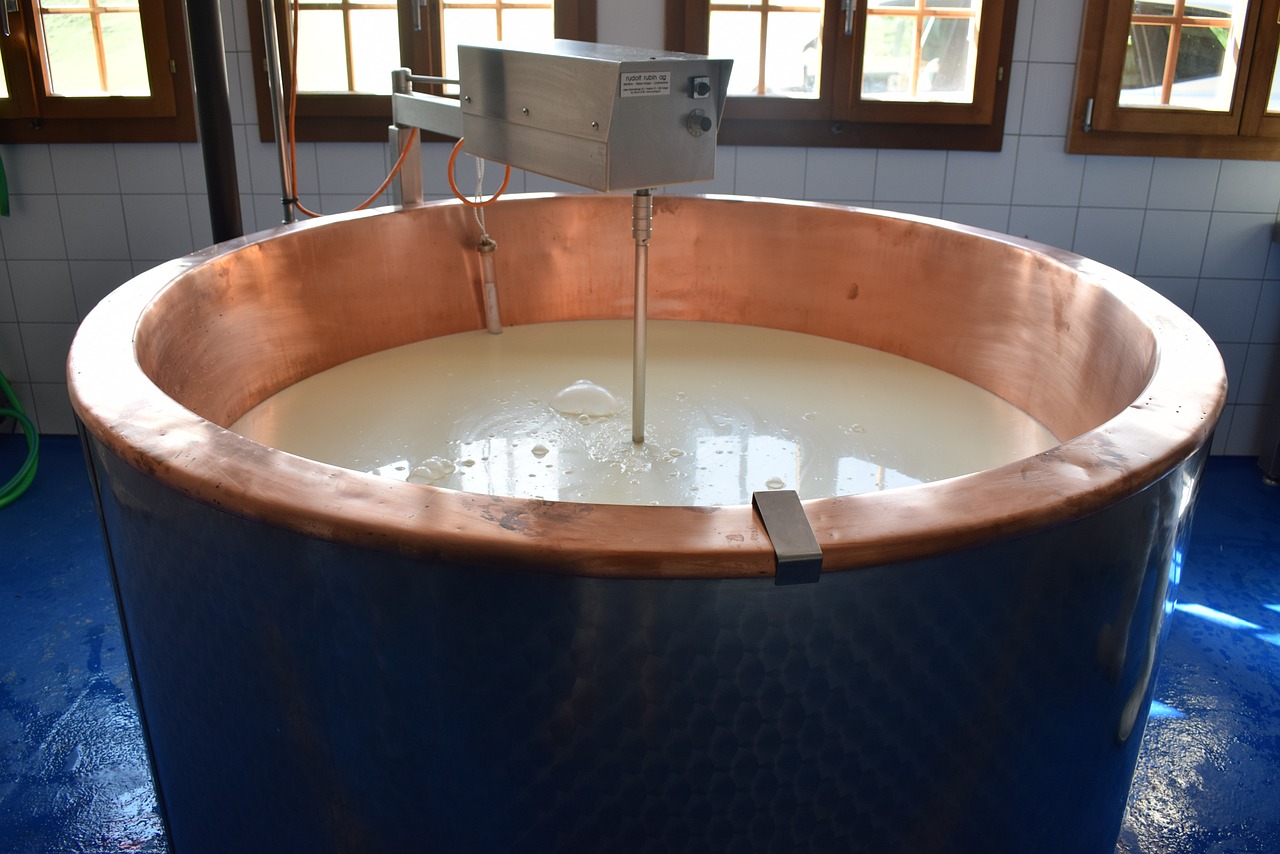
Whey
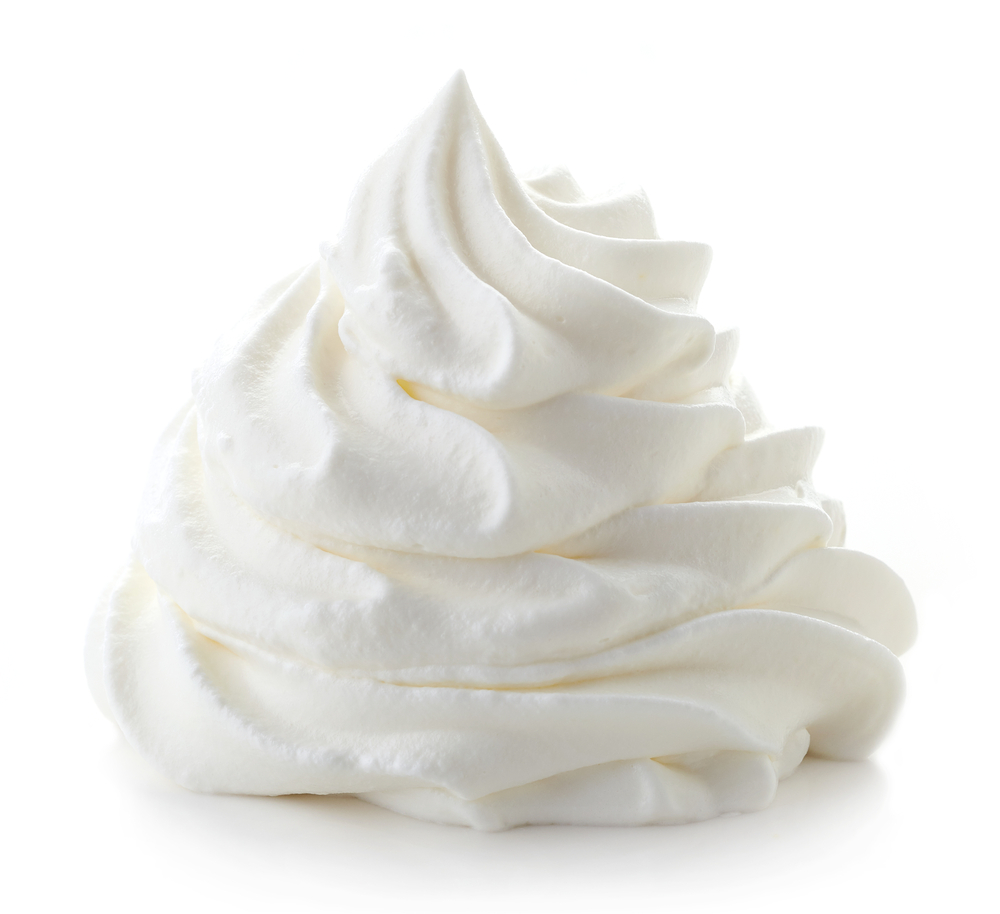
Whipped cream
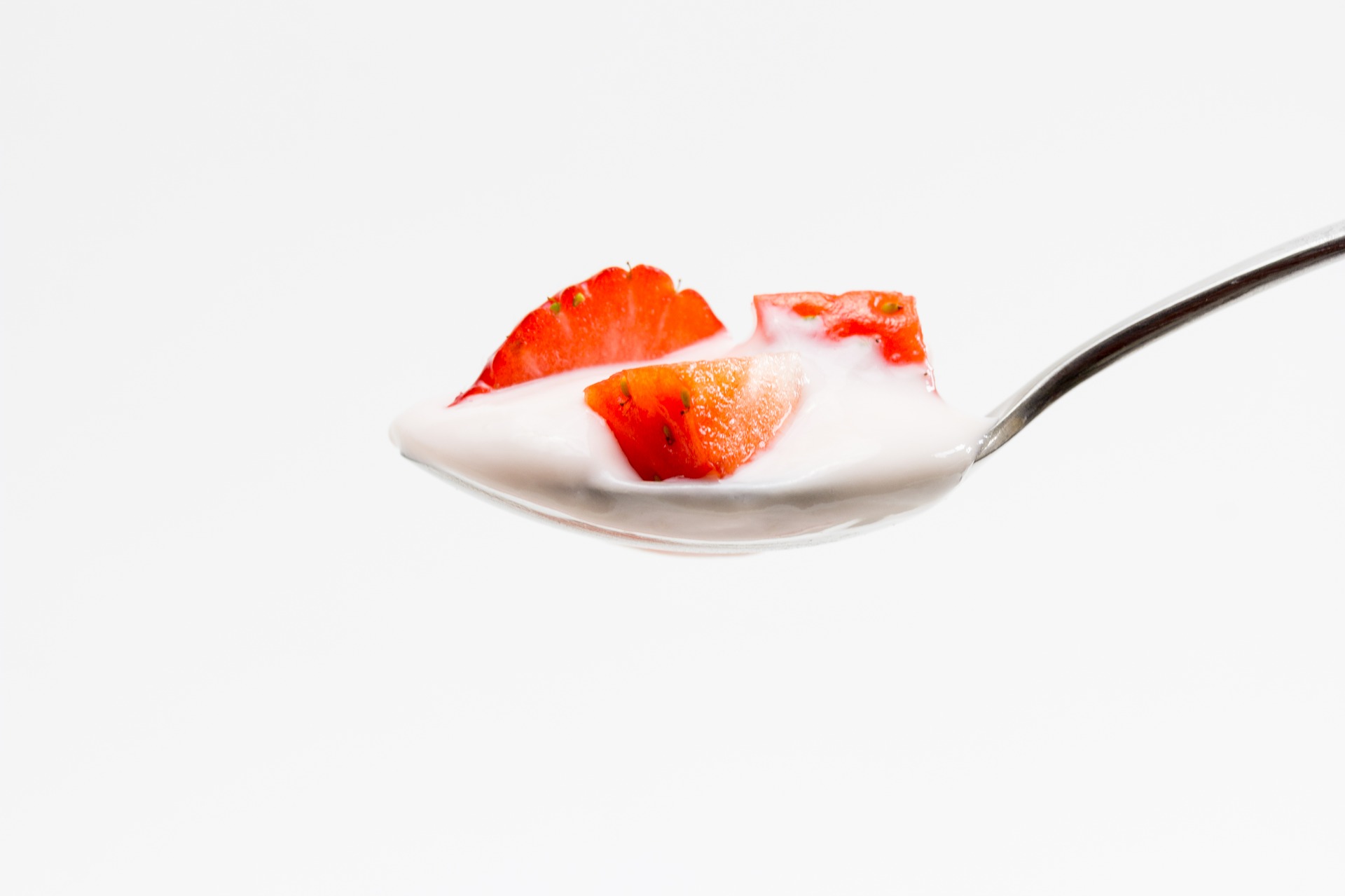
Yogurt

Blister Packaging Equipment

Blister packaging machines
Blow Molding Systems
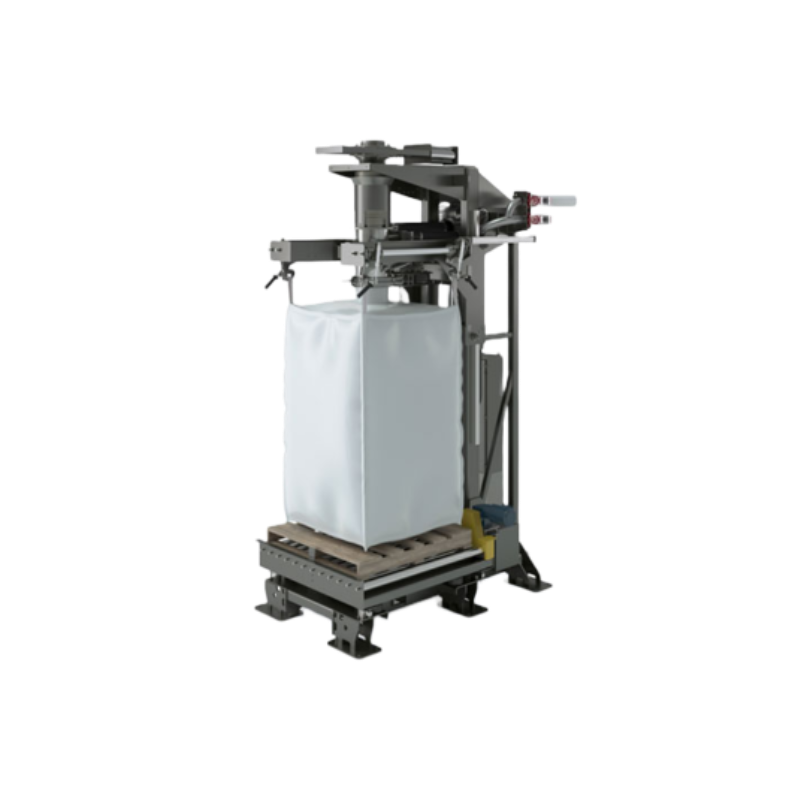
Bulk Bag Solutions
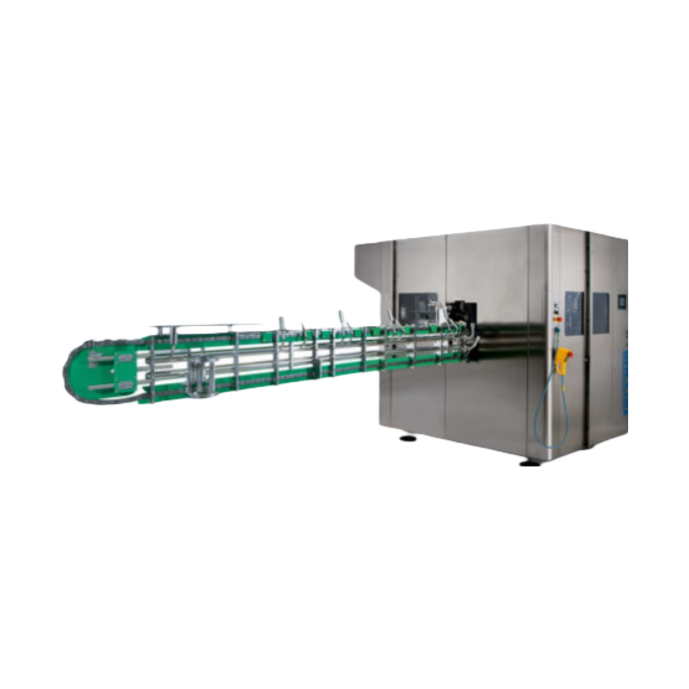
Can Seamers
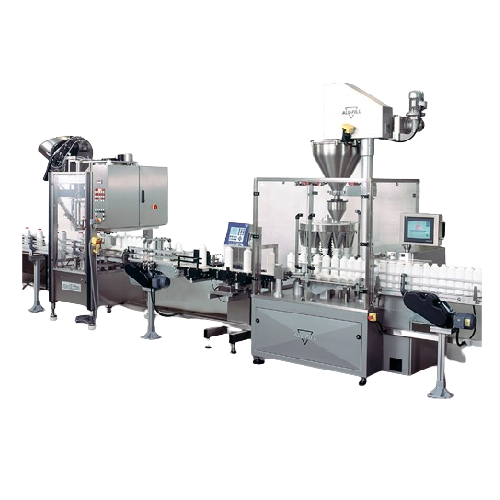
Capsule packaging systems
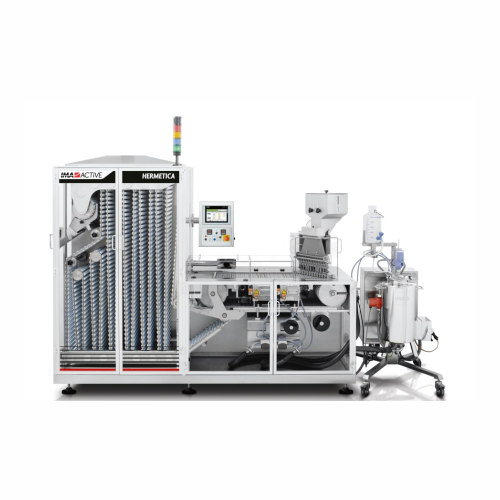
Capsule sealing machines
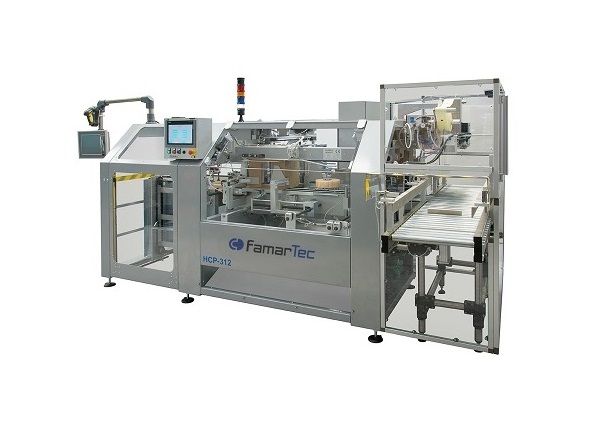
Case packers
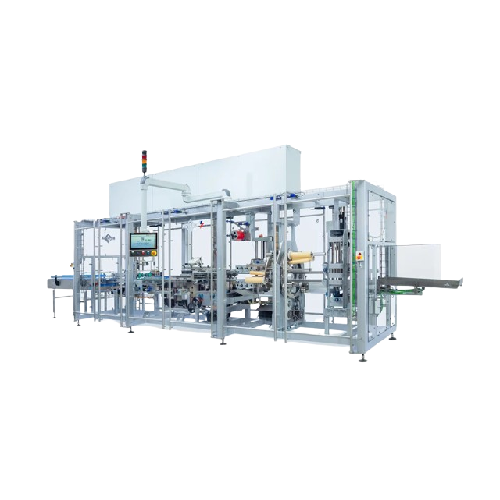
Film Cutting machines
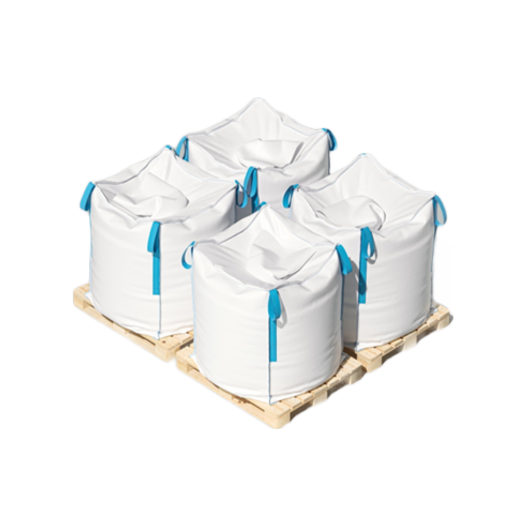
Flexible intermediate bulk containers

Flow Pack Machines
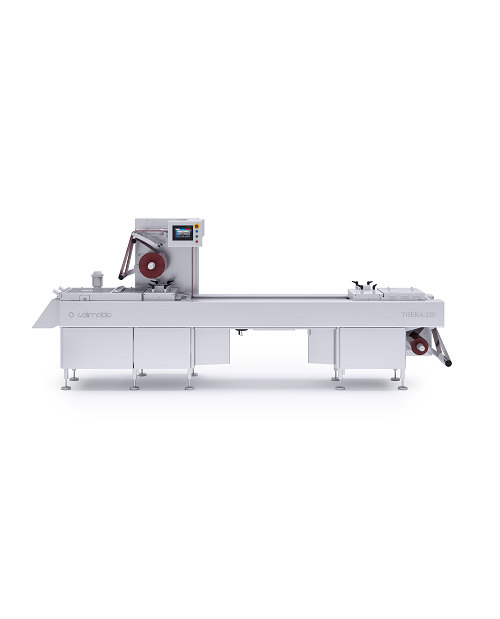
Form fill sealing equipment
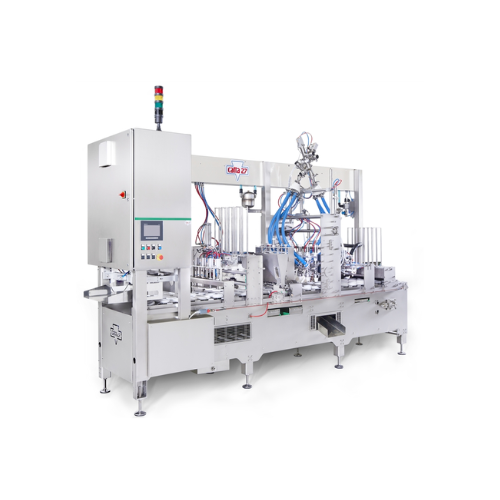
High-speed packaging machines
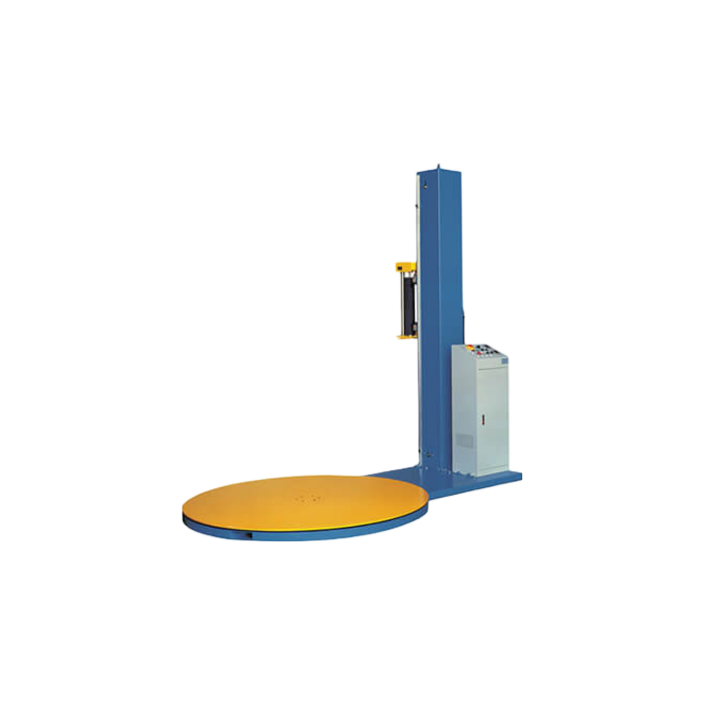
Industrial stretch wrappers

Liquid fillers
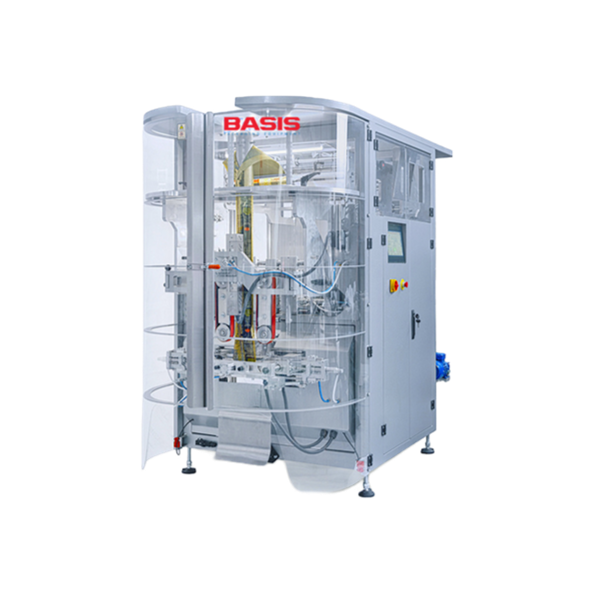
Pillow Bag Solutions
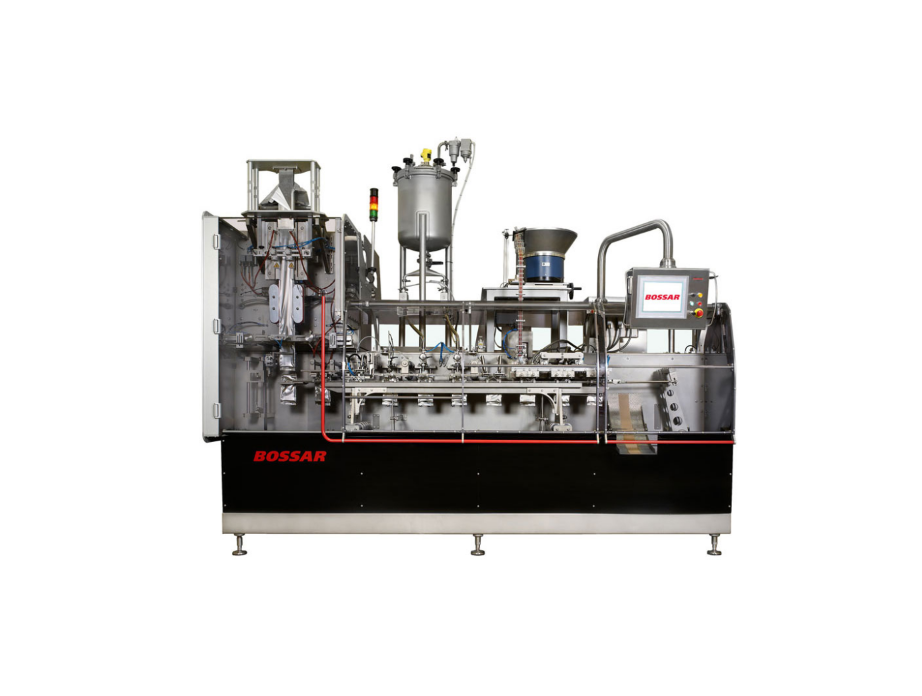
Pouch packing equipment
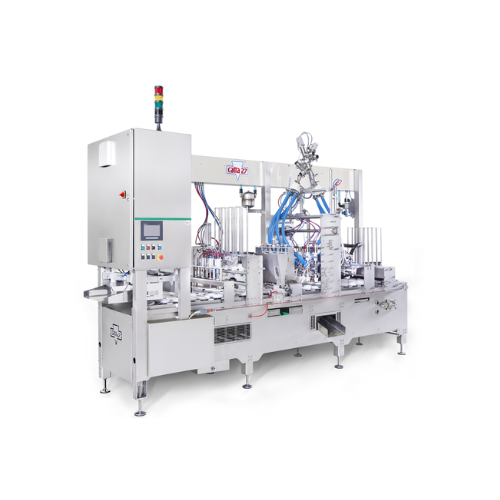
Stick pack machines
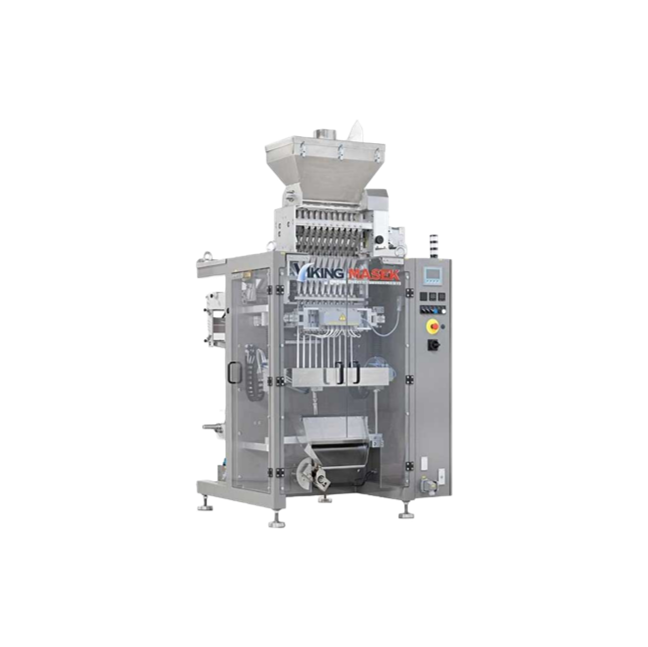
Stickpack machines
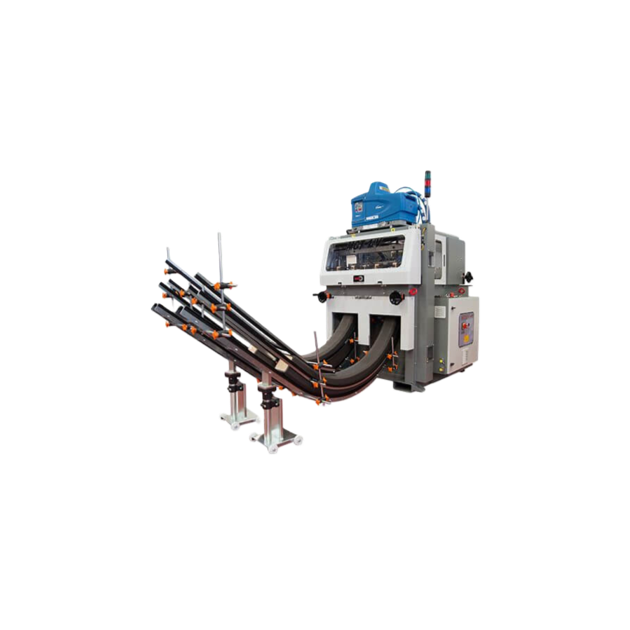
Tray formers
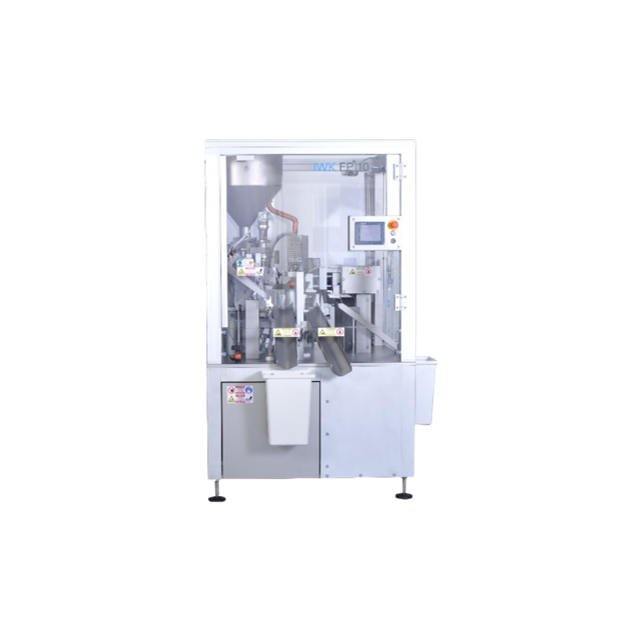
Tube filling equipment

Vacuum packing machines
Which packing technology do you need?
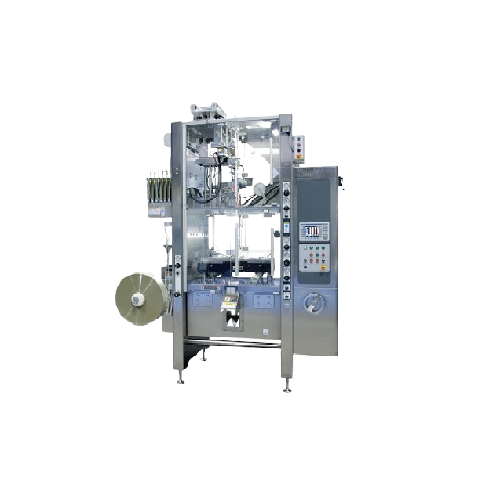
Chub packer for resin bolt packages
Optimize high-speed packaging of liquid resin products with precise filling and wrappin...

Chub packing system for chemical emulsions
Effectively pack and fill chemical emulsions with precision to enhance the safe...

Chocolate transport system for feeding and packaging
Enhance your chocolate production with a versatile transport system ...
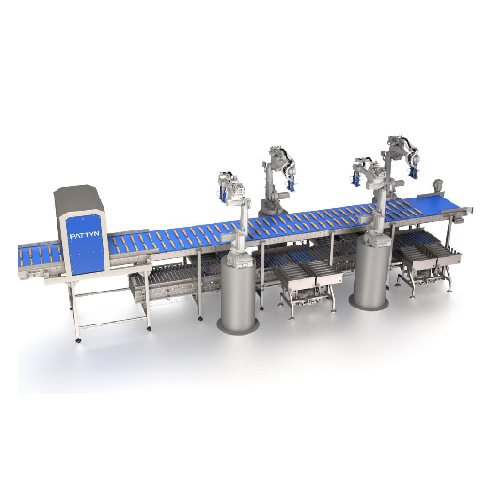
Industrial vision robot for optimized packing
Optimize your bakery production line with a system designed to efficiently p...
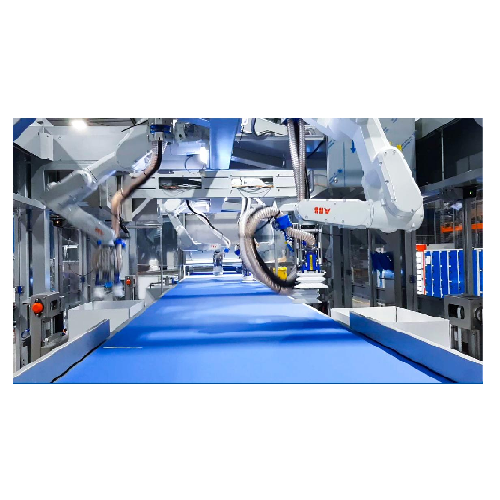
Robotic solution for packing frozen bread products
Optimize your frozen bread packing process with high-speed, precise pi...
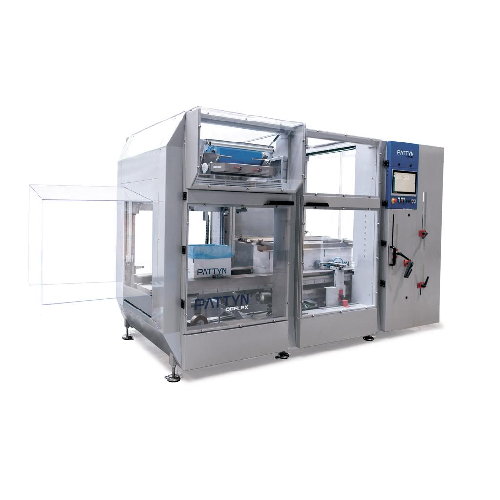
Combined case erector with bag inserter for packaging lines
Streamline your packaging process by integrating case erecti...

Automatic bag folding solution for bulk packaging
Enhance your production line efficiency and product protection by integ...
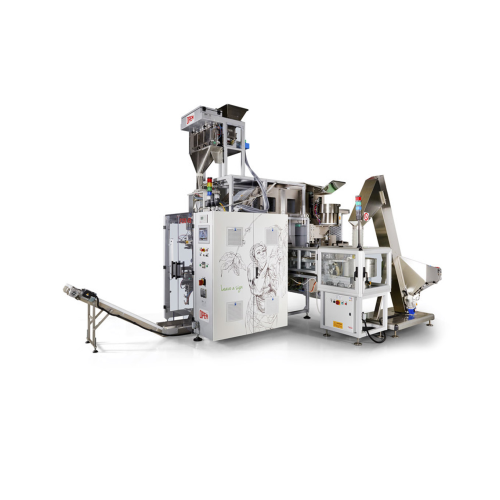
Vertical packaging system for pet food
Streamline your production line with high-speed packaging capabilities, handling var...
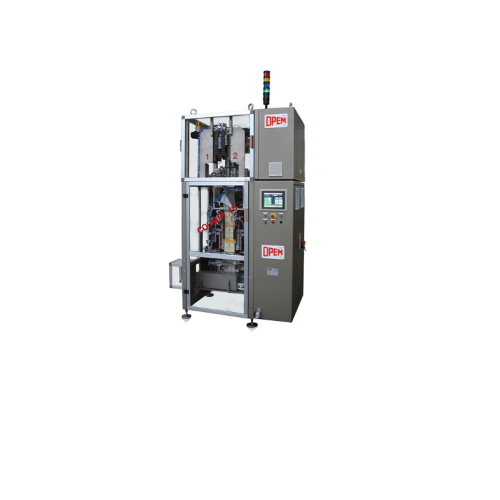
Packaging system for stacked coffee pods
Efficiently package your pods with precise counting and sealing, ensuring optimal ...
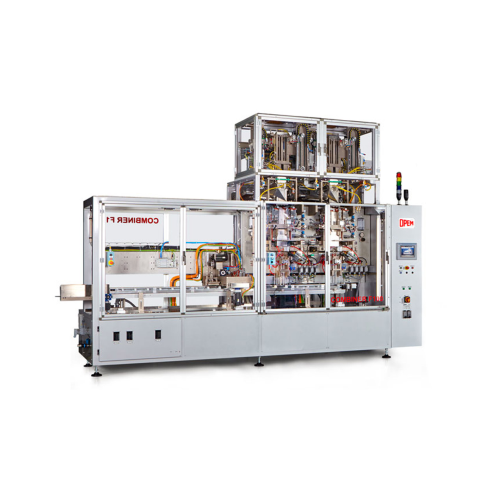
System for packaging stacked coffee pods in filter paper
Streamline your pod production with precision bagging and sealin...
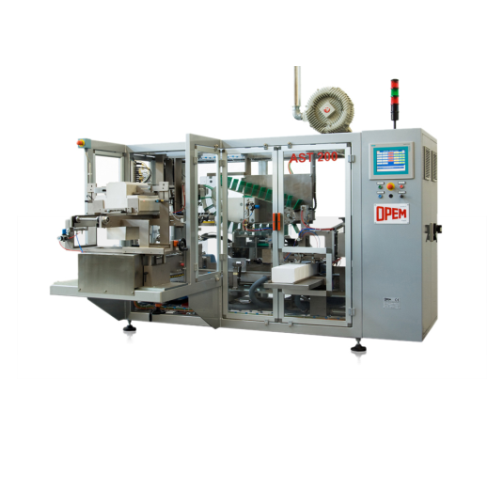
Automatic case packaging for pods in single bags
Optimize your production line by streamlining the packaging of coffee and...
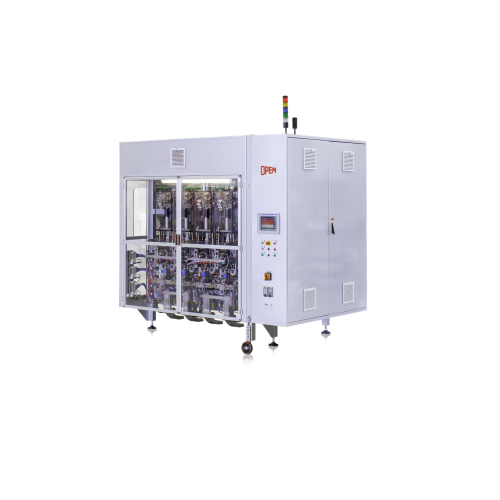
Automated capsule packaging system
Streamline your high-speed packaging operations with a system designed for precision fil...
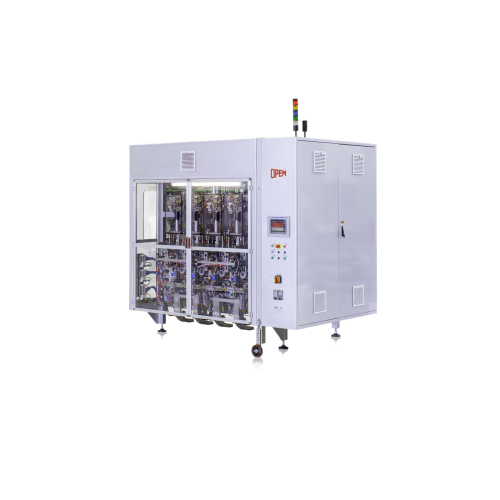
Capsule packaging system for individual gusseted bags
Streamline your coffee capsule production with high-speed, precisio...

Crown cork sealer for liquid food packaging
Ensure reliable sealing for bottled beverages and dairy with a compact, table-...
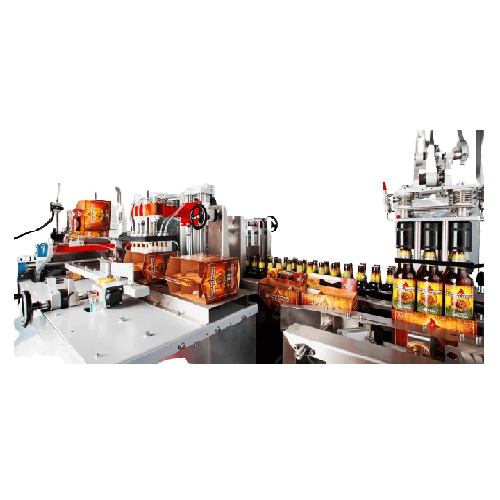
Automated bottle packaging solution for breweries
Streamline your packaging process with a compact unit that combines bas...
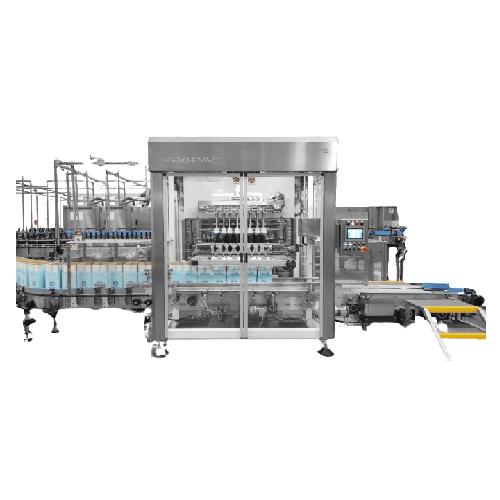
Automated case erector for high-speed packaging lines
Streamline your packaging line with this solution that forms and se...
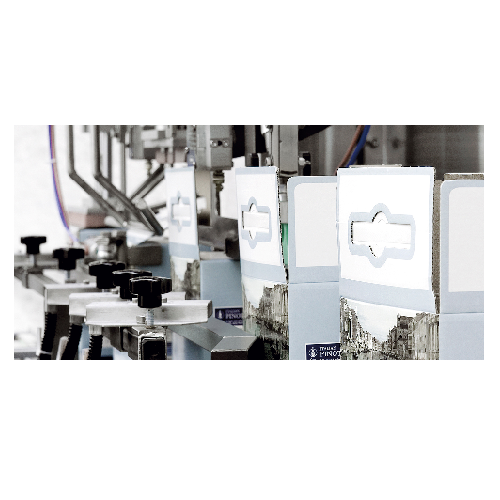
Bottle repacking system for return cartons
Optimize your bottle repacking efficiency with a system designed specifically f...
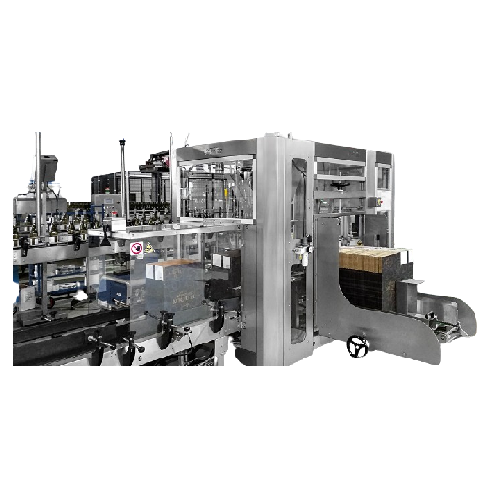
Automated packaging line for bottling industry
Streamline your packaging operations with a fully automated solution design...

Automatic bag-in-box packaging system
Optimize your liquid packaging with a precise and seamless workflow, ensuring efficie...

Shrink wrap packer for beverage and food industries
Optimize your production line efficiency with a versatile packer capa...
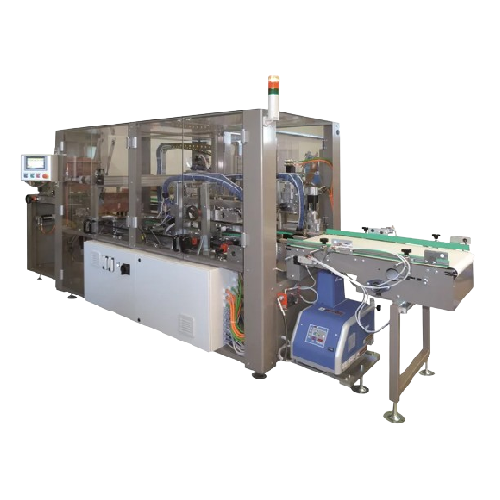
Wrapping system with intermittent motion for high-speed packaging
Optimize packaging speed and efficiency for diverse p...
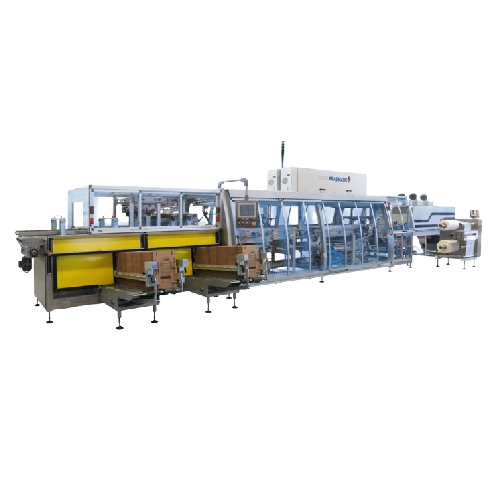
High-speed shrink wrapping for beverage packaging
Optimize end-line packaging with a high-speed solution designed to hand...
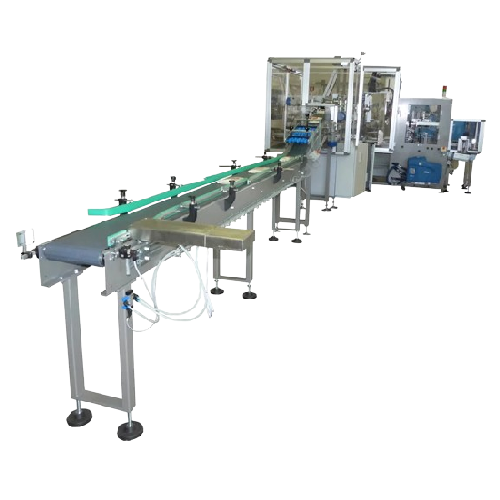
Automatic case packer for soft pillow bags
Streamline your packaging process with a case packer designed to efficiently ha...
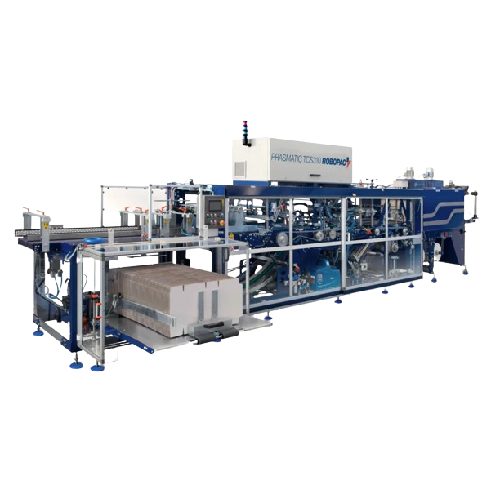
Medium-speed shrink wrapper and case packer for food industry
Optimize your packaging line with a combined solution that...
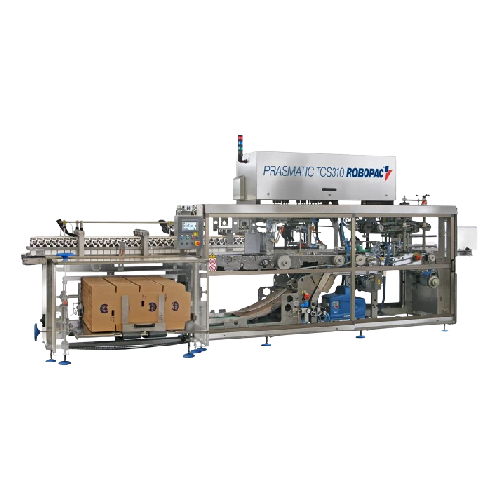
Medium-speed wrap around case packer for food and dairy industries
Optimize your end-of-line efficiency with a reliable...
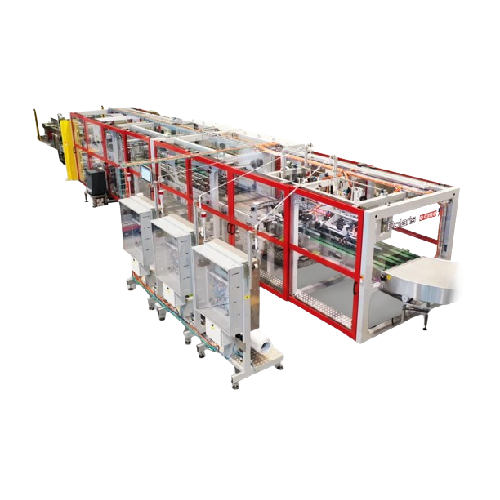
Basket packer for fully recyclable packaging
Achieve high-speed, plastic-free packaging for diverse solid products with op...
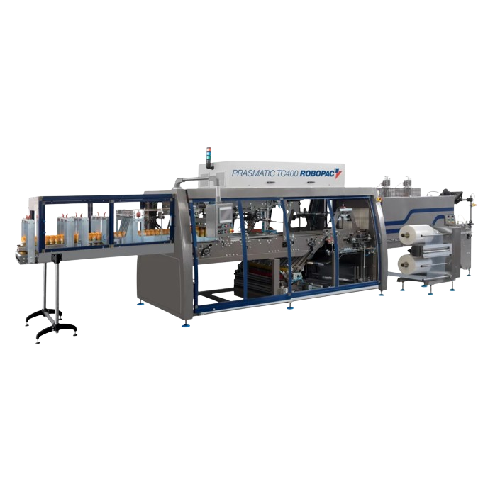
Medium-speed shrink-wrapping solution for various packaging types
Streamline your end-line packaging with a modular shr...
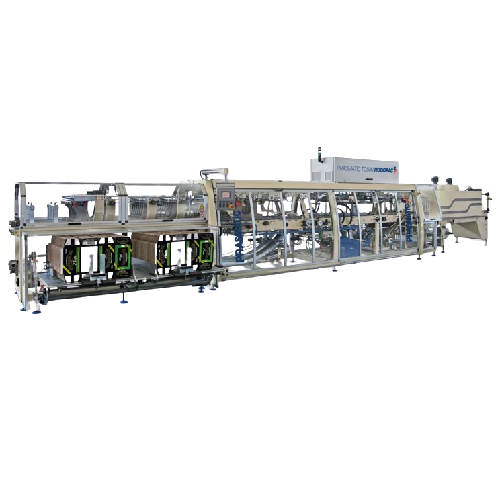
Combined shrink-wrapper and case packer for medium to high-speed productions
Optimize your end-line packaging process ...
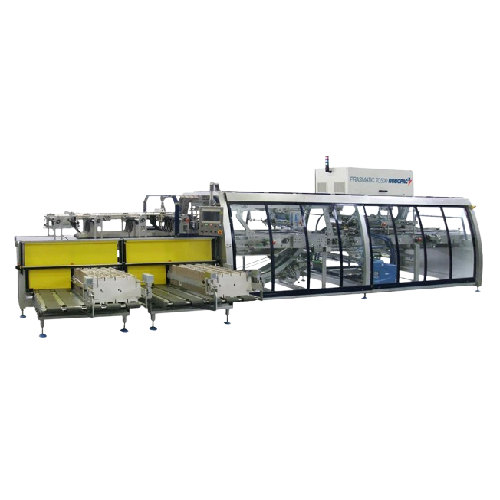
Medium to high-speed carton packing solution
Optimize your packaging operations with a versatile solution capable of handl...
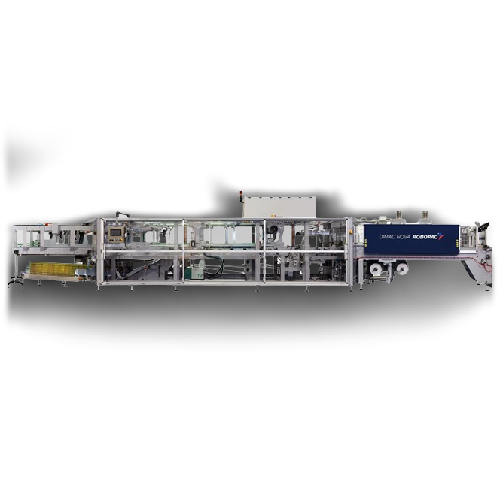
Industrial shrink wrapper for beverage packaging
Maximize packaging efficiency with this flexible shrink wrapper, designed...

Combined packaging solution for shrink wrapping and wrap-around cartons
Elevate your packaging line with an integrated ...
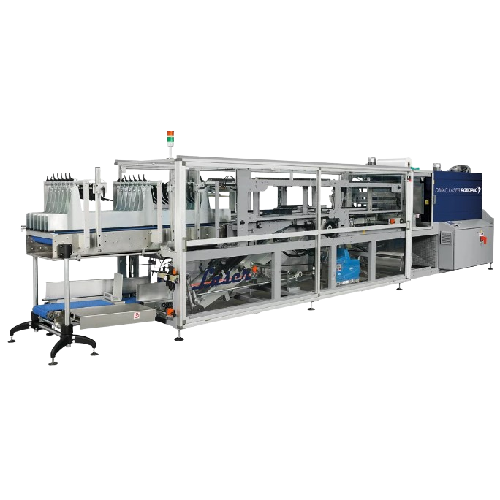
Shrink wrapping solution for low-speed packaging
Achieve seamless low-speed packaging with a shrink wrapping solution desi...
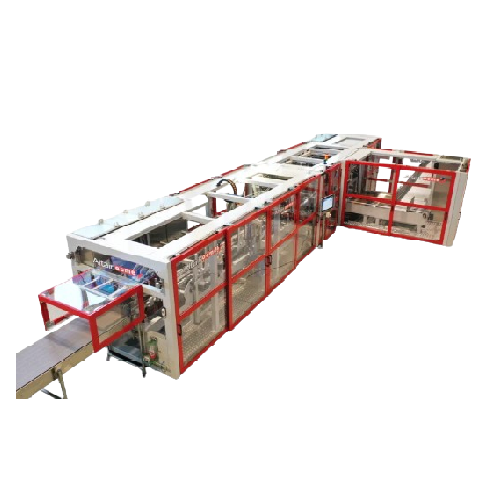
High-speed wrap-around case packer for beverage industry
Optimize your packaging line with a high-speed case packer that ...
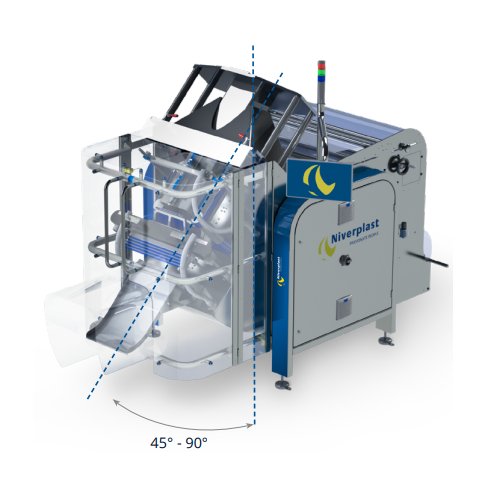
Vertical form fill seal packaging system
Enhance your packaging line with precision sealing and efficient throughput, ideal...

Touch-free layer packaging for bakery products
Optimize your packaging line with a touch-free solution that ensures hygien...

Automated bag sealing for packaging lines
Enhance your packaging efficiency by seamlessly integrating an automated bag sea...
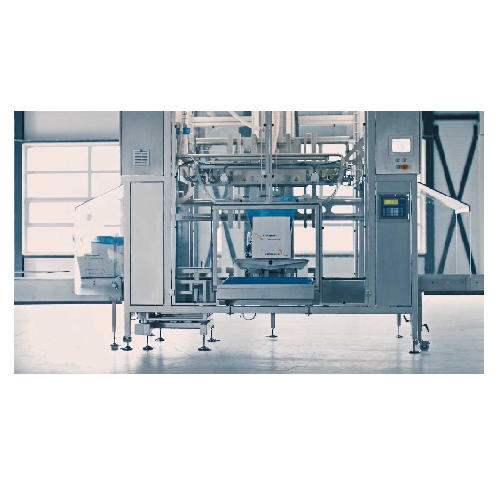
Automated bag folding for packaging
Streamline your packaging operations with a high-speed solution that seamlessly integra...

Pick & place robot for packing tubes in boxes
Efficiently streamline your packaging line with this compact case packer, de...
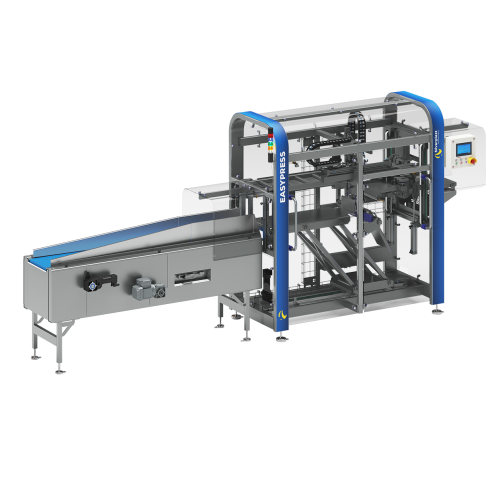
Automatic laundry compressing and packing
Efficiently compress and pack textiles with precision, achieving up to 37.5% vol...
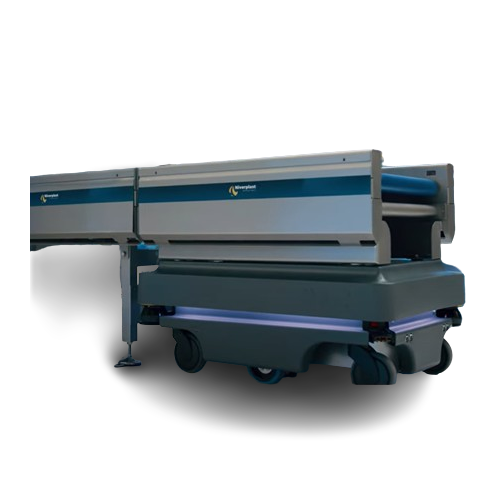
Self-driving transport system for industrial packaging
Streamline internal logistics with a self-navigating vehicle desig...
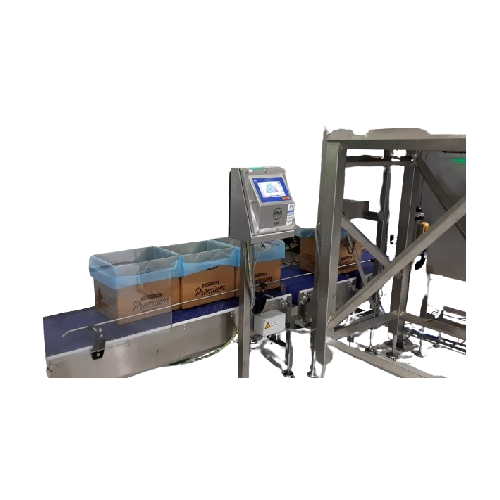
Linear weigh filler for accurate box packaging
Ensure precise weight-based filling for a variety of solid products, from d...
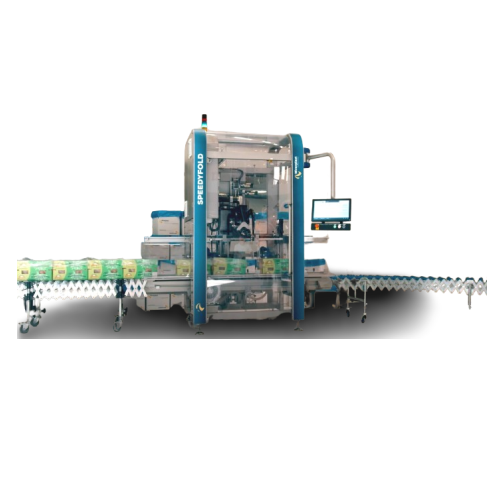
Bag folding solution for high-speed packaging
Effortlessly enhance your packaging line efficiency with this high-speed bag...
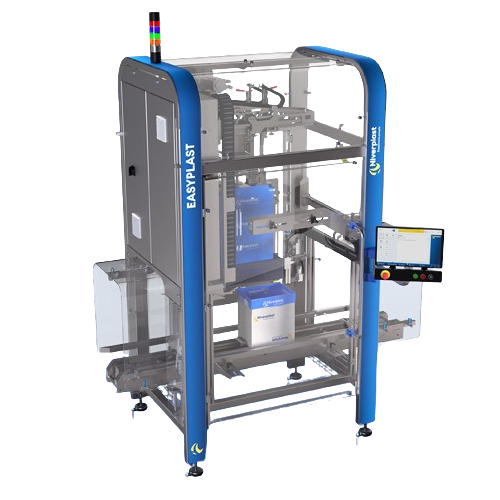
Automated bag placing solution for industrial packaging
Maximize efficiency with a versatile bag placing system designed ...

Thermoforming packaging for high-output segment
Enhance your production efficiency with advanced thermoforming technology,...
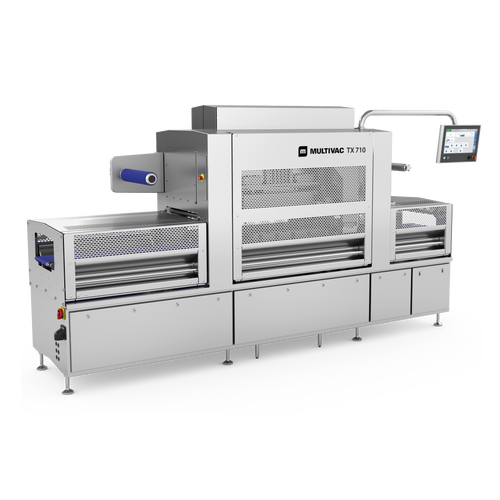
Automatic traysealer for food packaging
Optimize your packaging efficiency with this advanced traysealer, designed to enhan...
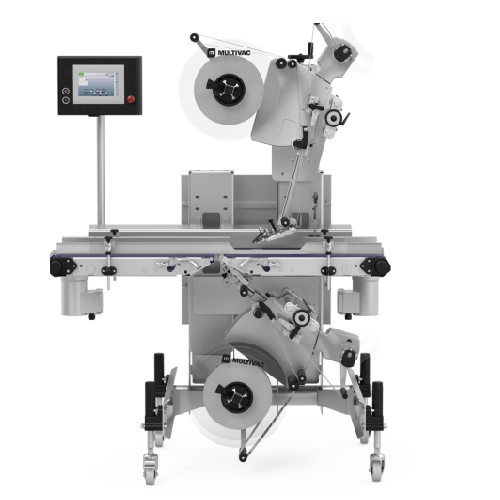
Labelling solution for thermoformed packaging
Ensure flawless labeling integration with high-speed, continuous production....
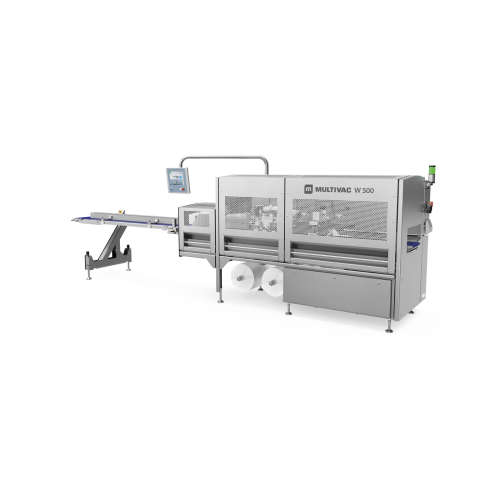
Flowpackers for efficient food packaging
Achieve seamless packaging with flowpackers designed for high-speed, sustainable o...

Belt loaders for automated food packaging
Streamline your packaging line with precision-engineered belt loaders, designed ...
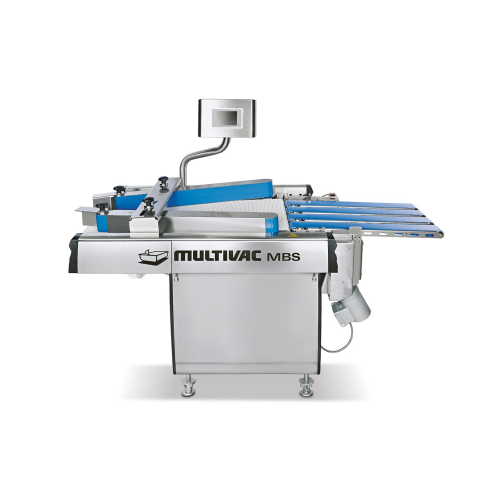
Mbs belt systems for seamless packaging integration
Optimize your packaging line with a system that seamlessly merges mul...
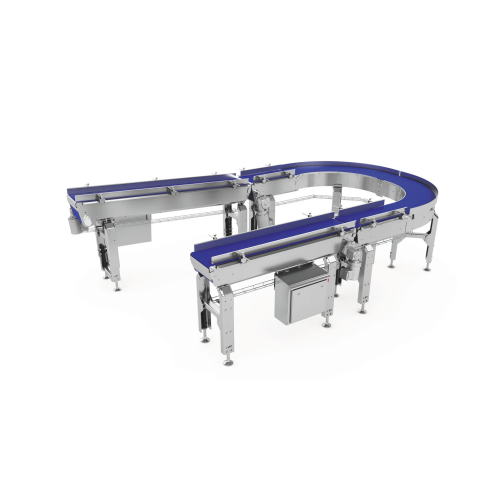
Automated conveyor systems for food packaging lines
Seamlessly integrate high-speed product transport and handling into y...
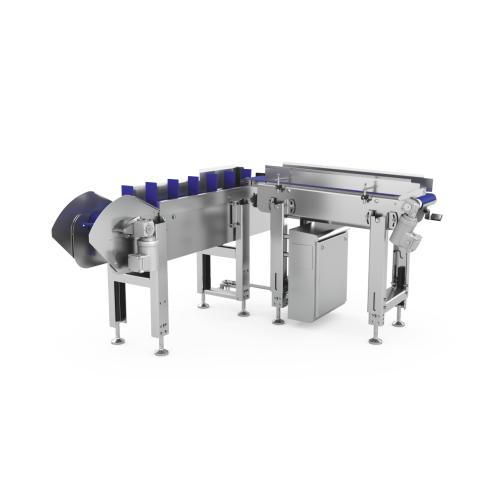
Automated pack stacker for packaging lines
Streamline your packaging line with a compact solution that stacks and organize...
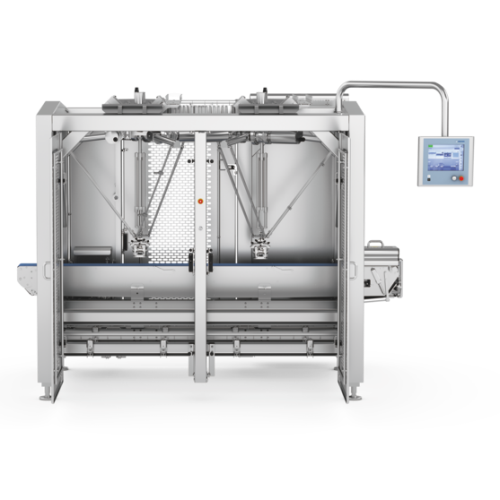
Robotic loading systems for packaging applications
Enhance your production line with versatile robotic loading systems, d...
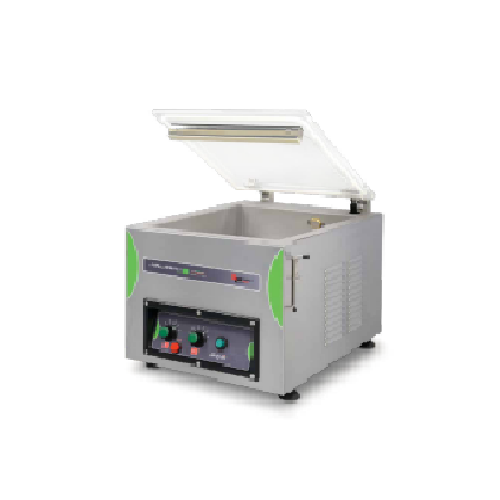
Vacuum preservation system for professional packaging needs
Enhance your food product longevity and quality with precise...
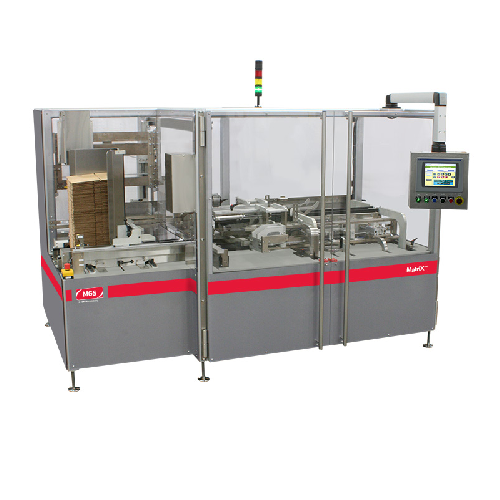
Case packer for pharmaceutical and healthcare products
Streamline your packaging line with a versatile case packer design...
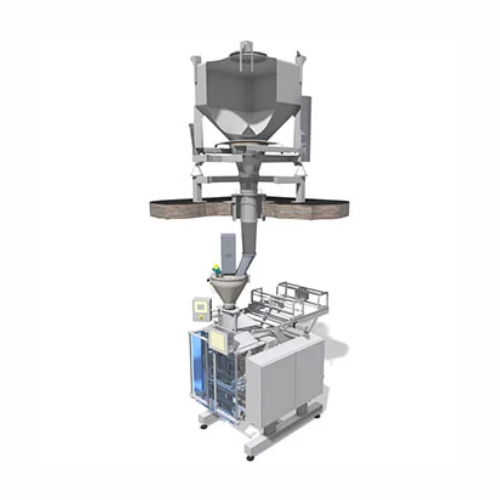
Powder packing module for consistent flow
Enhance your production efficiency with streamlined powder packing that ensures ...
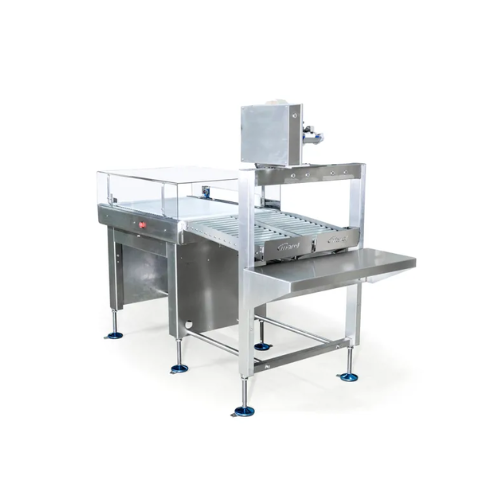
Tray diverter for packaging line efficiency
Optimize your packaging line with an advanced tray diverter designed to stream...
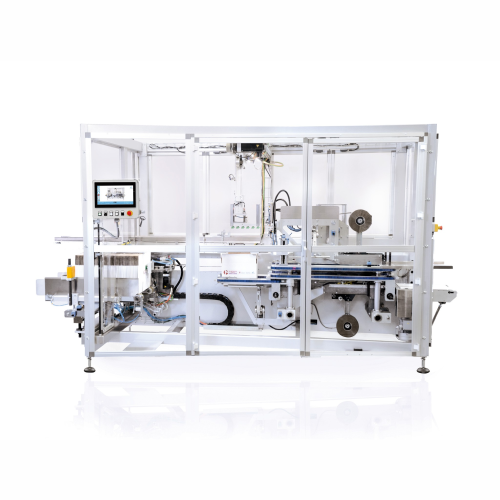
Automatic top load case packer for bottles and jars
Streamline your packaging process with reliable case packing for prod...
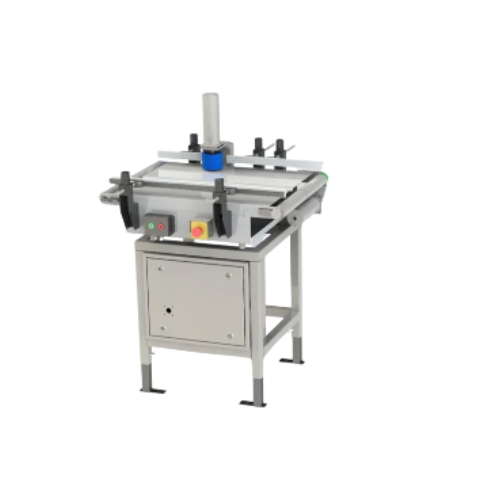
Pack turner for efficient label presentation
Optimize your packaging line efficiency and accuracy by ensuring precise labe...

Stickpack filling and closing system for pharmaceutical powders
Achieve precise dosing and secure packaging for pharmace...
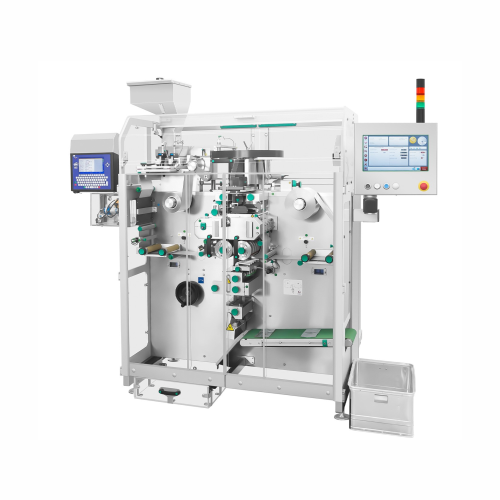
Compact strip packaging for solid products
Efficiently package a variety of solid pharmaceutical products with precision a...
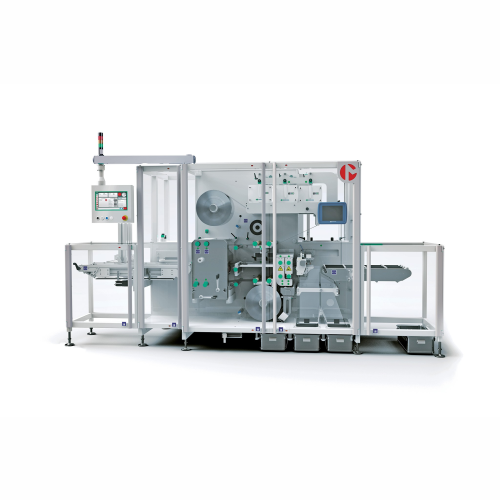
Strip packing for solid products
Ensure consistent quality and precision in packaging solid products with this advanced stri...

Automatic vertical case packer and palletizer for cosmetic sector
Optimize your packaging process with a compact soluti...
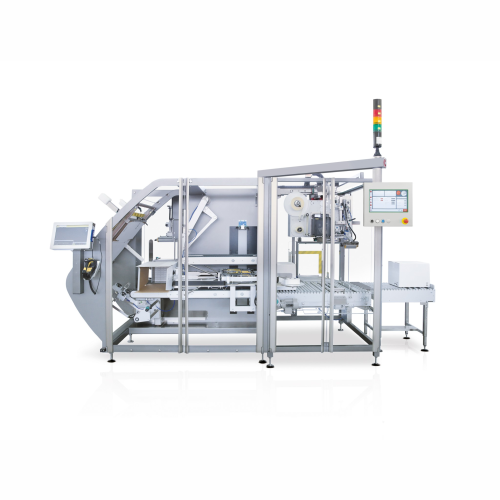
Automatic case packing solution for cosmetic products
Streamline your cosmetic production line with efficient case packin...

Top-loading cartoner for bar and confectionery packaging
Optimize your high-speed packaging operations with a flexible ca...
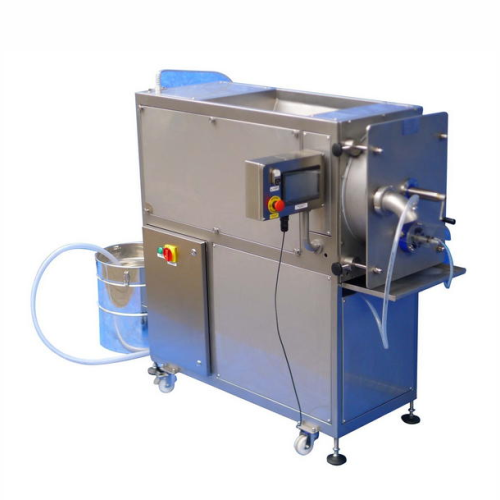
Semi-automatic packaging system for sauerkraut and vegetables
Efficiently tackle the challenge of packing sticky product...
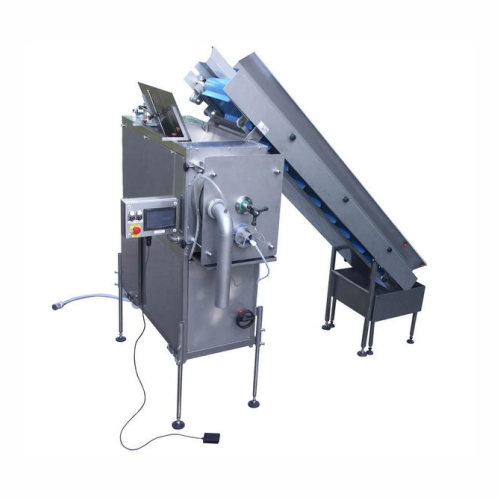
Automatic dosing and packing system for cabbage and sauerkraut
Streamline your vegetable processing line with a robust, ...
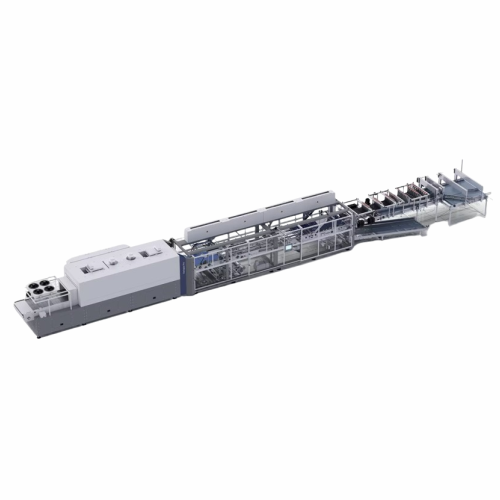
Versatile packer for non-returnable containers
Optimize your bottling line with a flexible solution designed to expertly p...
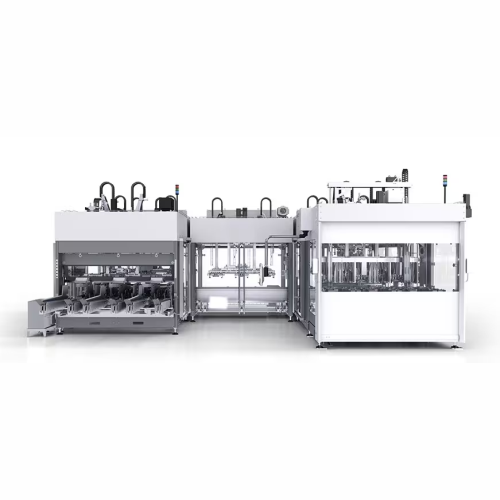
Flexible packaging line for beverage production
Streamline your beverage production with a flexible system capable of hand...
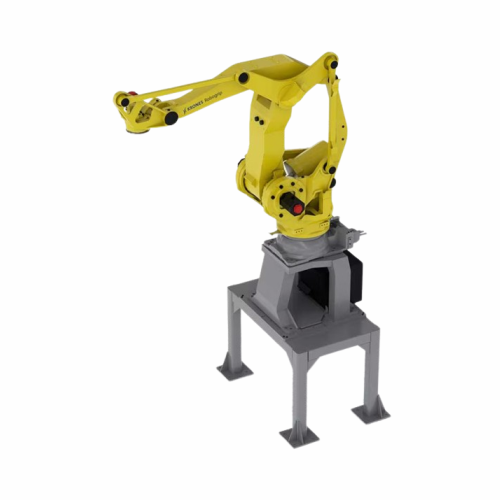
Robotic packer and palletiser
Boost your production line efficiency with a flexible robotic packer and palletiser that seaml...
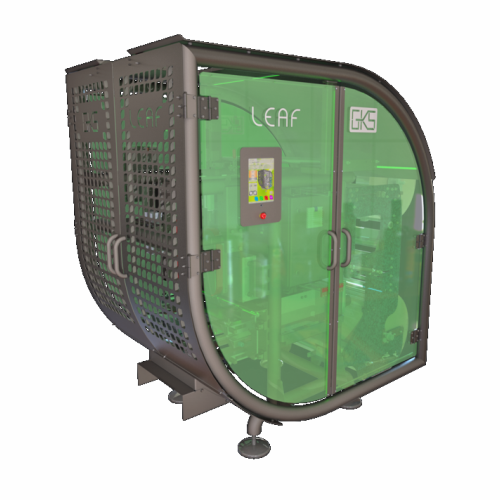
Paper packaging machine for agricultural products
Streamlining your packaging process, this machine efficiently seals foo...
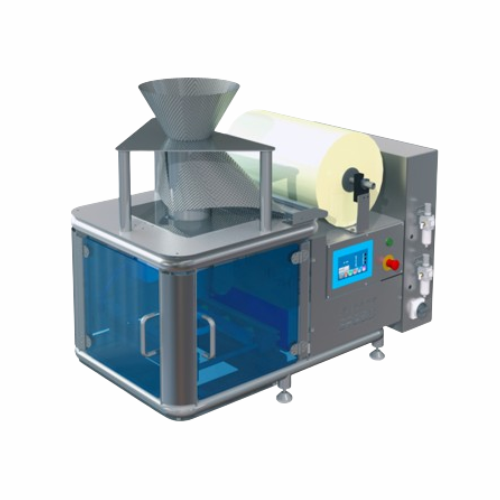
Entry-level food packaging machine for pillow bags
Achieve space-saving packaging versatility with a machine designed for...
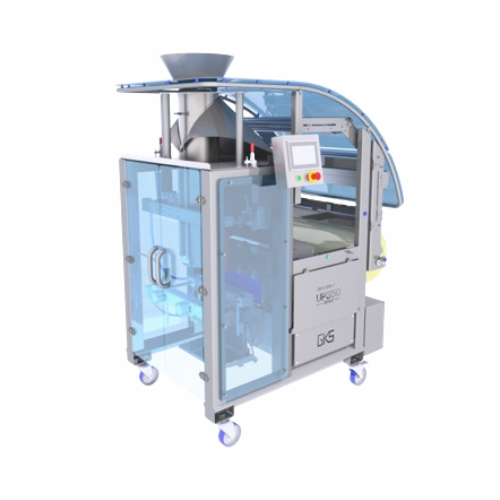
Continuous packaging solution for free-flowing food products
Streamline your production with a high-speed packaging mach...

Packaging solution for bulk vegetables and fruits
Ensure precise, high-speed packaging for diverse product sizes with a f...
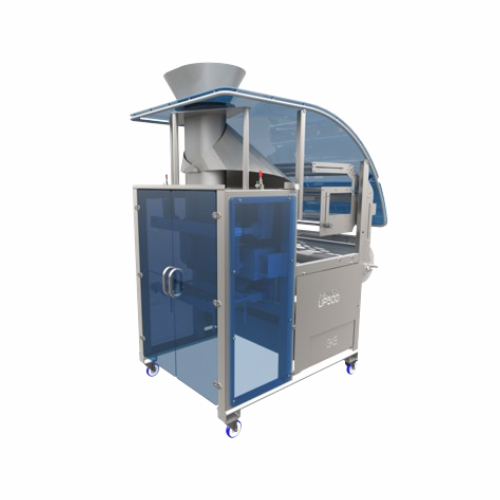
Flexible packaging solution for large food volumes
For high-volume food packaging, achieving consistent bag sizes and red...
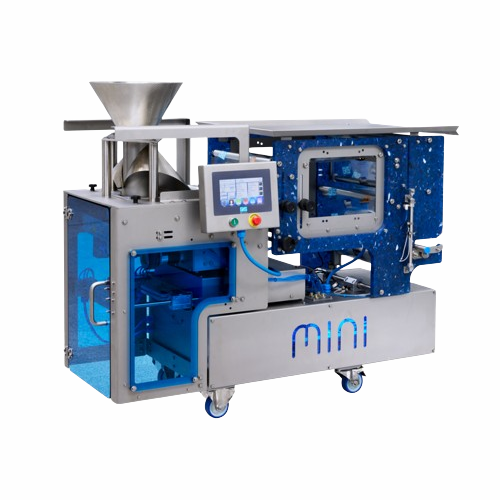
Vertical form, fill and seal packaging system for small bags
Maximize efficiency with small bag portioning for food and ...
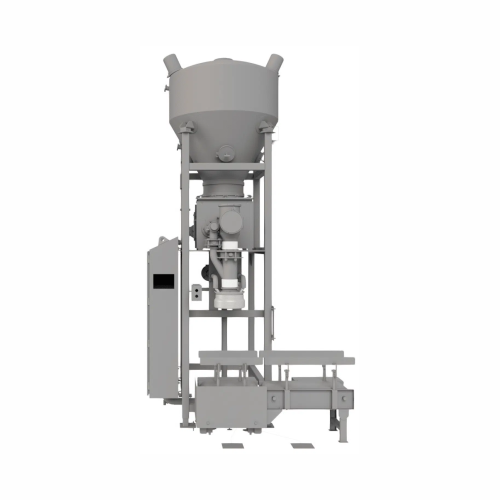
25kg powder packaging system for sanitary applications
Achieve high accuracy and hygiene in powder packaging with a syste...
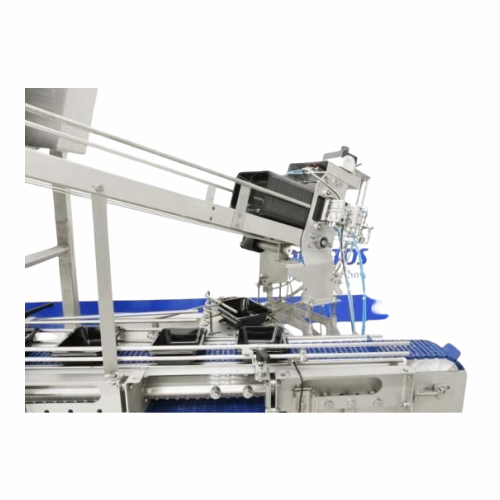
Tray handling equipment for food packaging
Optimize your food production with adaptable tray handling units that streamlin...

Flexible packaging system for beverage containers
Streamline your packaging process with a modular system that adapts sea...
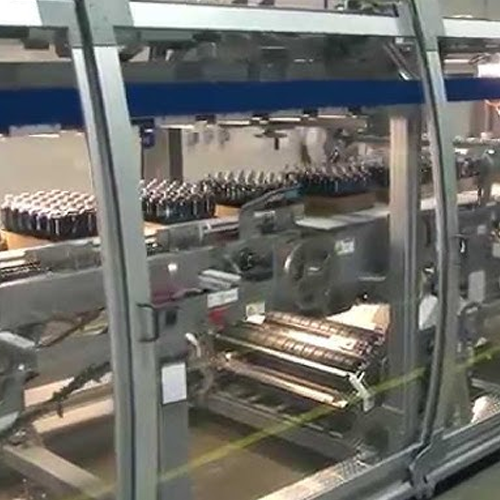
Enclosed film packaging solution
Eliminate the need for corrugated trays and minimize packaging waste with a robust solution...
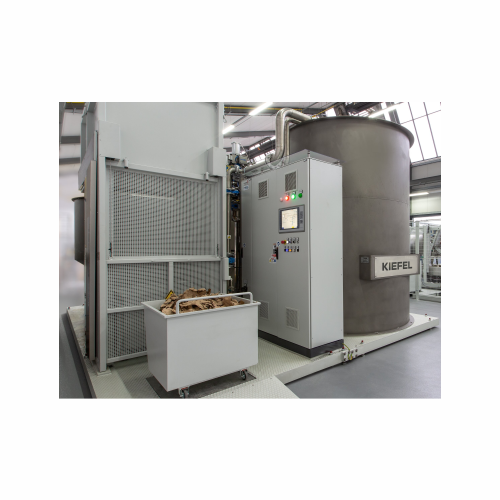
Natural fiber preparation for packaging
Achieve efficient packaging solutions by preparing natural fibers into high-quality...
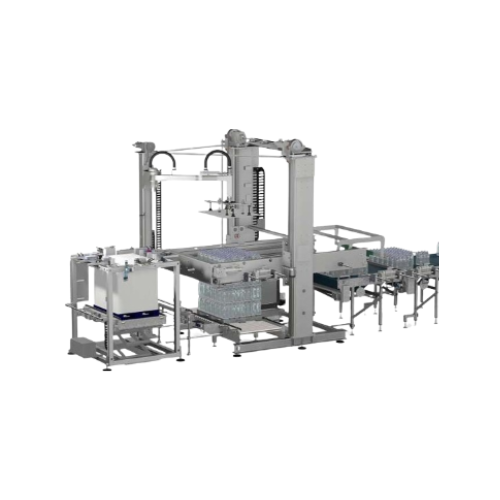
Twin-column palletizer for flexible packaging feed
Optimize your production line with flexible and high-speed palletizing...
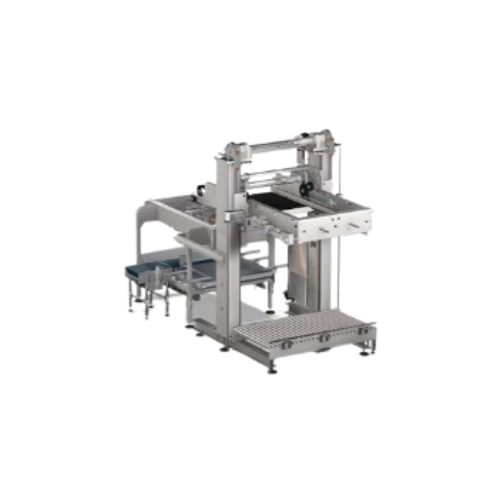
Twin-column palletizer for beverage and food packaging
Achieve seamless operation with a flexible twin-column design that...
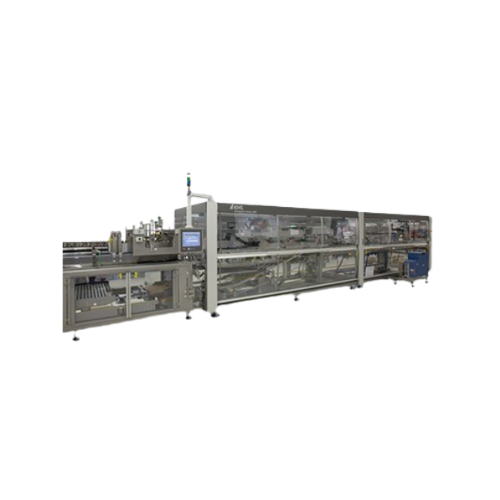
Wrap-around packer for cartons and trays
Effortlessly streamline your packaging process with a high-speed solution designed...
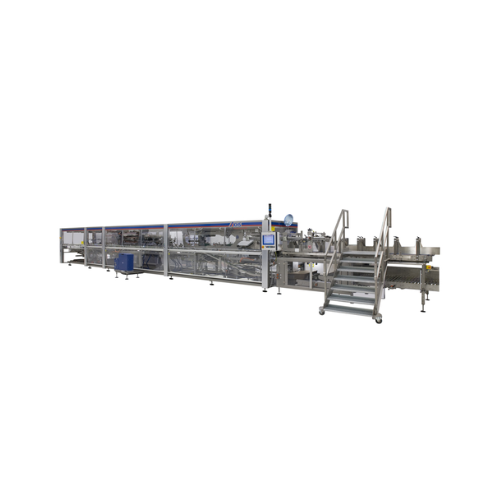
Fully automatic wrap-around shrink packer
Ensure maximum pack stability and energy efficiency with this high-performance s...
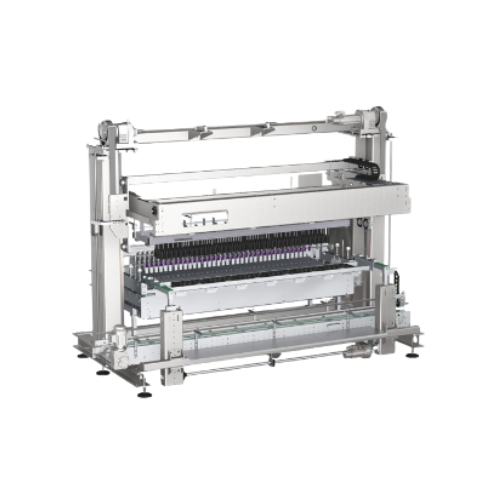
Multifunctional packing system for beverage containers
Maximize your facility’s packing efficiency with a versatile...
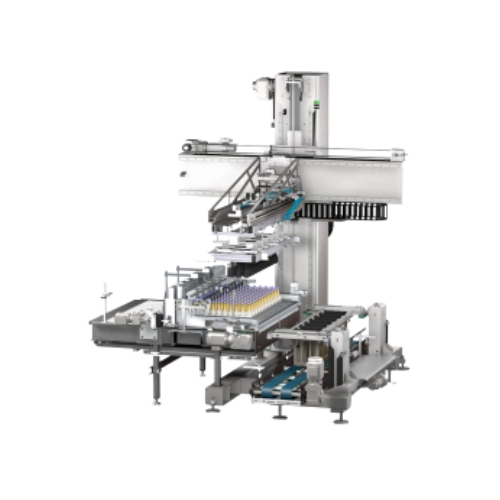
Packer and unpacker for returnable and non-returnable containers
Streamline your packaging line with a versatile machine...
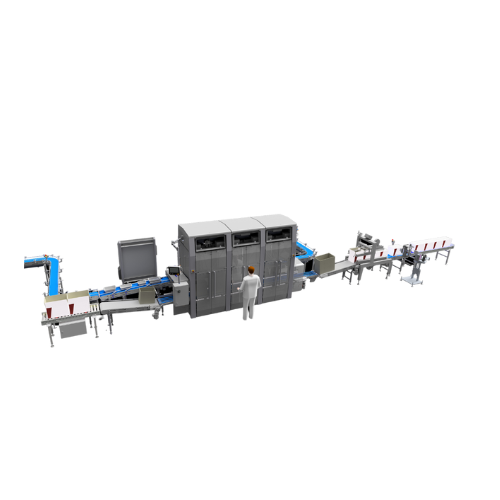
Automated end-of-line packaging for diverse products
Streamline your packaging line with this automated solution, designe...

Vertical packaging for leafy greens
Optimize your packaging line with high-speed vertical systems designed for precise pack...
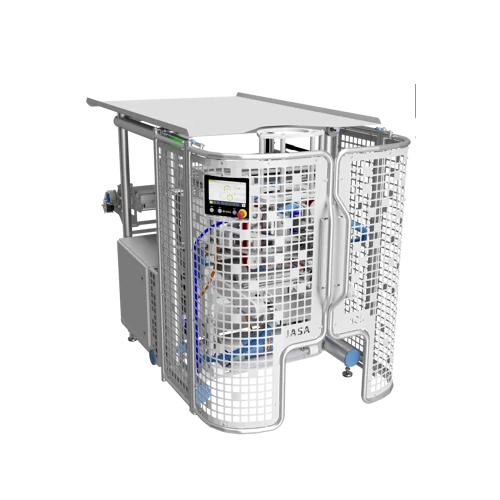
Vertical packaging for fresh produce
Streamline your fresh produce packaging with high-speed vertical form fill seal machin...
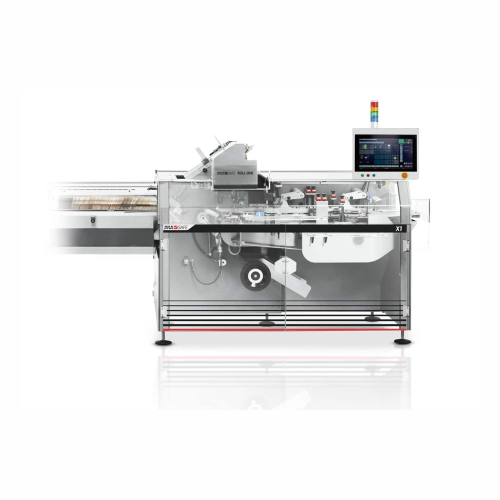
Intermittent motion cartoner for pharma packaging
Streamline your packaging line with versatile cartoning solutions that ...

Lid applicator for wet wipe packaging
Achieve precise lid placement on flow pack wet wipes with high-speed automation, ensu...
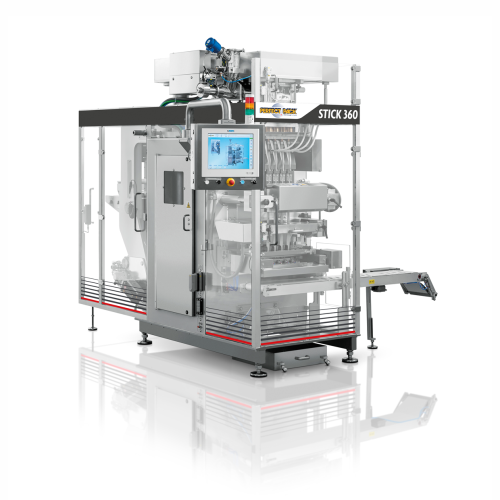
Vertical intermittent motion stick packaging
Experience seamless packing for diverse products, from powders to dense paste...
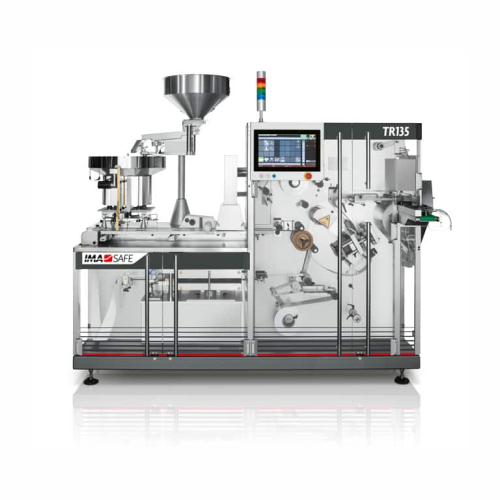
Medium speed blister packaging solution for pharmaceuticals
Optimize medium-speed tablet blister packaging with seamless...

Compact cartoner for pharma packaging needs
Achieve seamless integration in your production line with a cartoning solution...
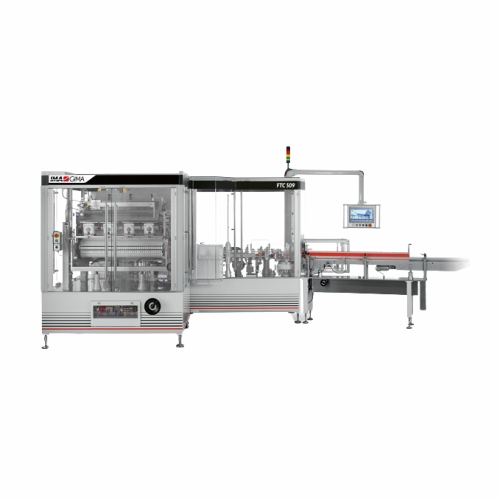
Vertical dosing and filling solution for confectionery packaging
Optimize your confectionery and nutraceutical packaging...
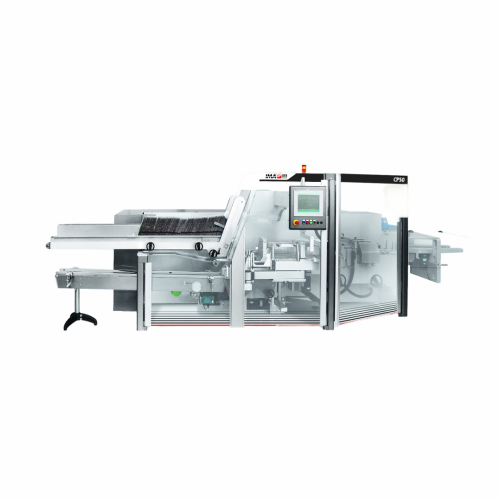
High-speed side loading case packer for small dimensions
Optimize your packaging line with a high-speed solution designed...
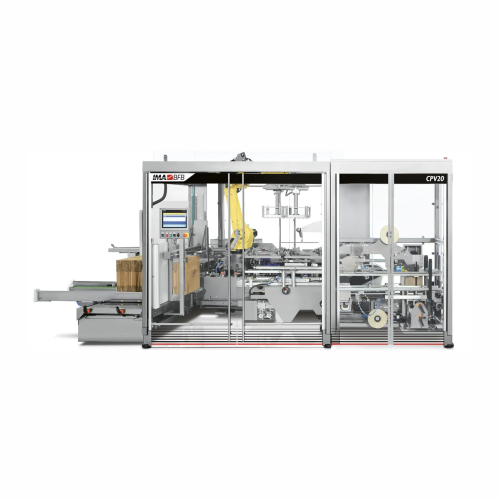
Top-loading case packer for pharmaceutical and cosmetic products
Ensure precision and flexibility in packaging with this...
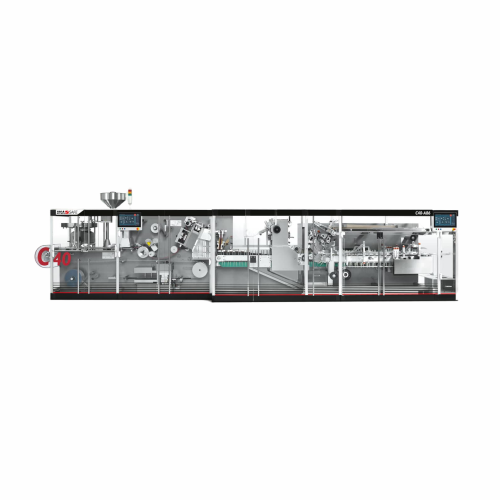
Blister packaging solution for small/medium batches
Achieve high production efficiency with frequent changeovers for your...
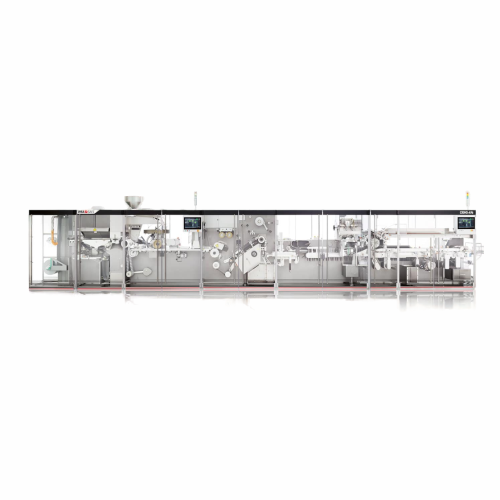
High-speed blister packaging with integrated cartoner
Optimize your blister packaging process with a solution that seamle...
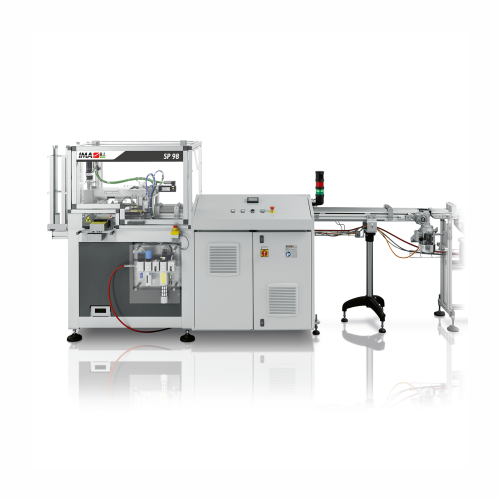
Semi-automatic tray packing for soup cubes
Effortlessly package soup cubes into organized, stratified layers, optimizing y...

Stick pack forming, filling, and sealing solution
Enhance packaging efficiency with a high-speed solution designed for pr...

Flow wrapper for high-speed confectionery packaging
Achieve gentle, high-speed packaging for delicate confectionery items...

Map flow wrapper for chilled food packaging
Optimize your chilled food packaging with a flow wrapping solution that easily...
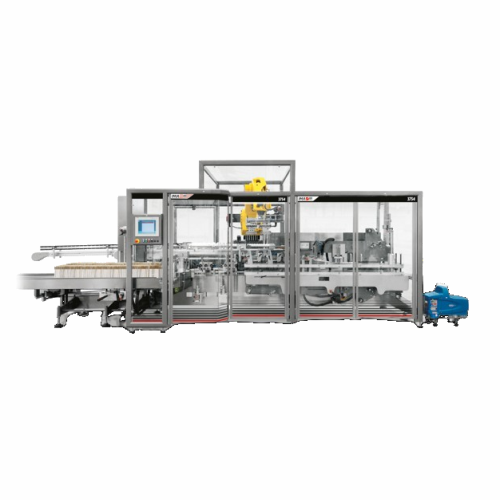
Top loading case packer for loose or bundled bottles
Effortlessly handle and pack both standard and uniquely shaped bottl...
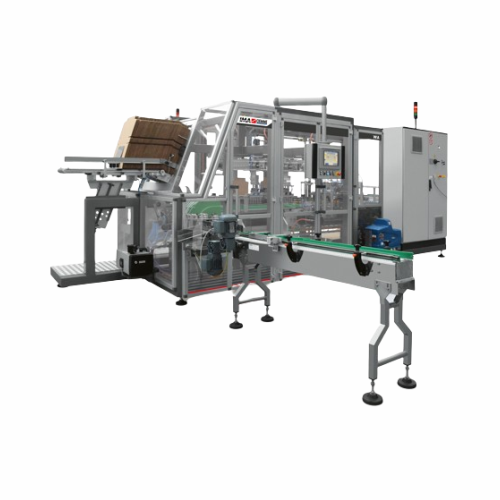
Wrap-around case packer for coated sweets
Effortlessly enhance product presentation and shelf-readiness by securely packin...
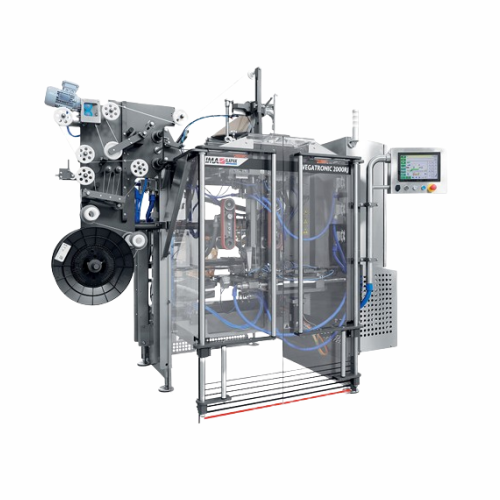
Intermittent vertical form fill seal for confectionery packaging
Optimize your packaging operations with this versatile ...
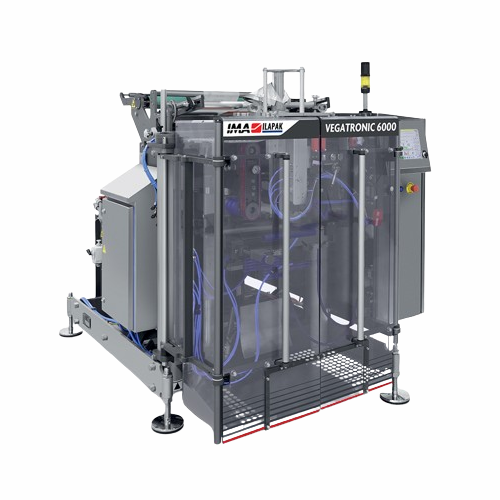
Continuous vertical form fill seal packaging solution
Experience unrivaled accessibility and efficiency in packaging fres...
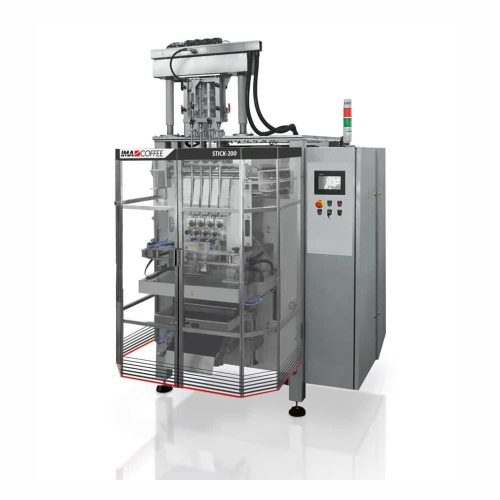
Multilane vertical packaging for stick sachets
Optimize your packaging line with high-speed, multilane machines designed f...
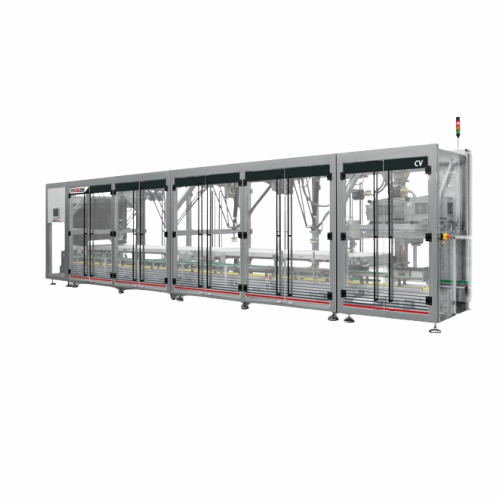
Vision guided multi-robot system for flowpack candy packaging
Streamline your confectionery packaging process with high-...
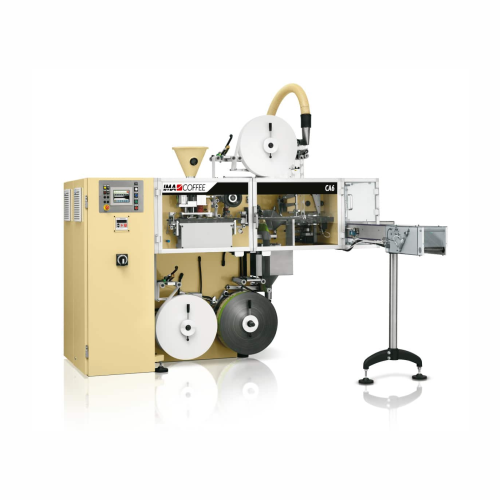
Hard pod packaging system for coffee
Optimize your coffee production with a compact system designed for high-speed packagin...
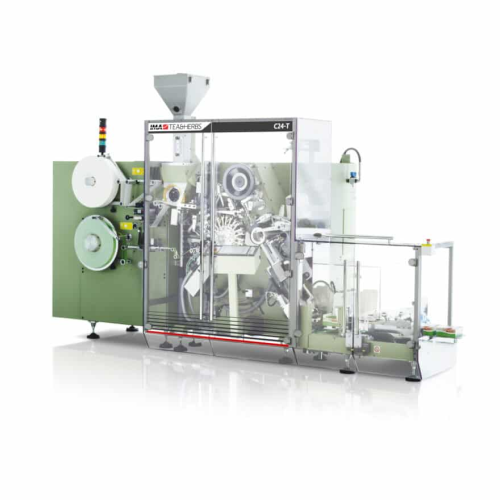
High-speed tea bag packaging solution
Streamline your tea packaging process with a high-speed solution capable of handling ...

Tea bag packaging system for small production runs
Streamline your tea packaging efficiency with precision knotting techn...
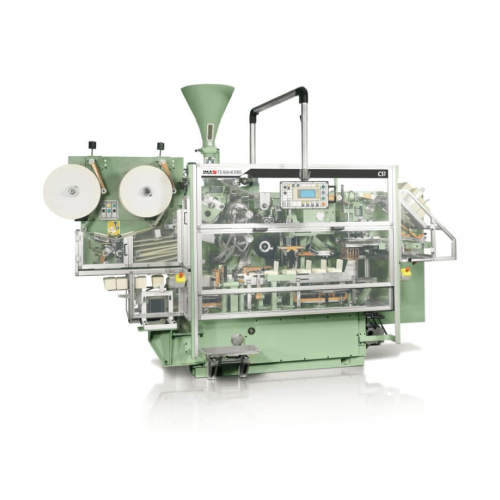
Overhauled tea bag packaging system for black tea
Streamline your tea packaging line with this high-speed solution, desig...
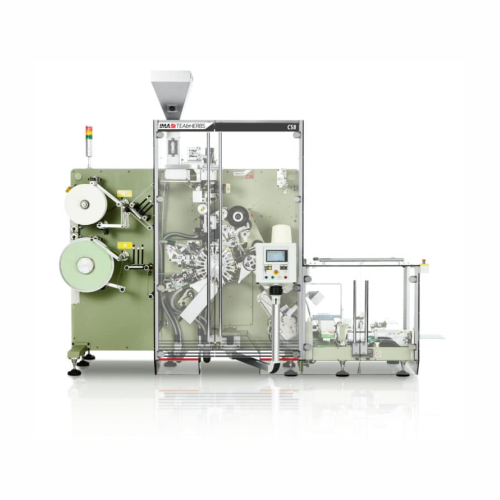
High-speed tea bag packaging system
Enhance your tea production with fast and flexible packaging that infuses superior flav...
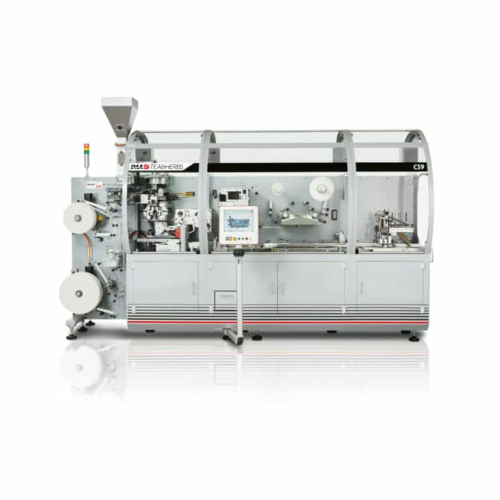
Tea bag packaging solution for single-chamber bags
Achieve efficient, high-speed tea packaging with a compact system that...
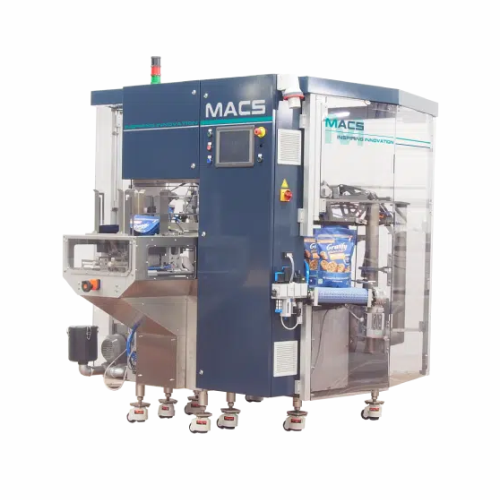
Rotary doypack for granules, liquids, and powders
Enhance your packaging line with a rotary doypack system designed to ef...
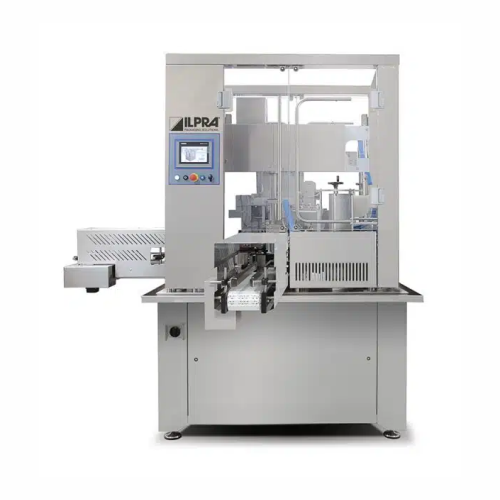
Packaging solution for small bottles and jars
Effortlessly seal and fill non-stackable containers, ensuring precision for ...

Vertical stick pack sachet packaging solution
Ideal for mid-scale operations, this vertical stick pack machine streamlines...
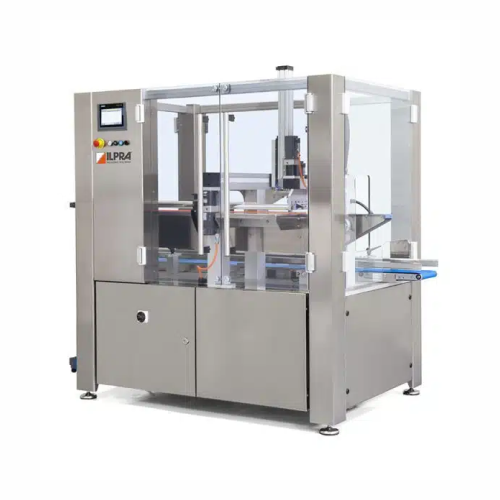
Automatic vertical casepacker for efficient packaging integration
Streamline your packaging process with a vertical cas...
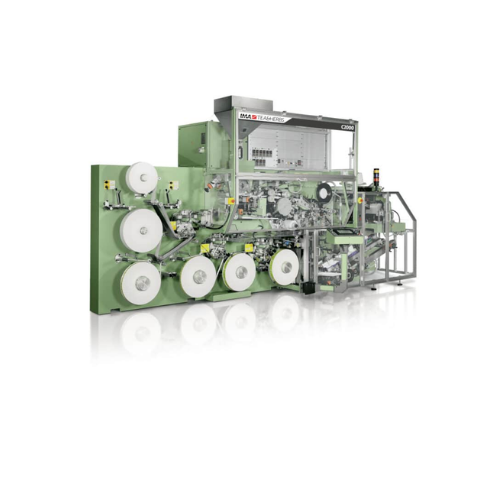
High-speed heatsealed tea bag packaging
Achieve unparalleled efficiency in your tea packaging line with a high-speed system...
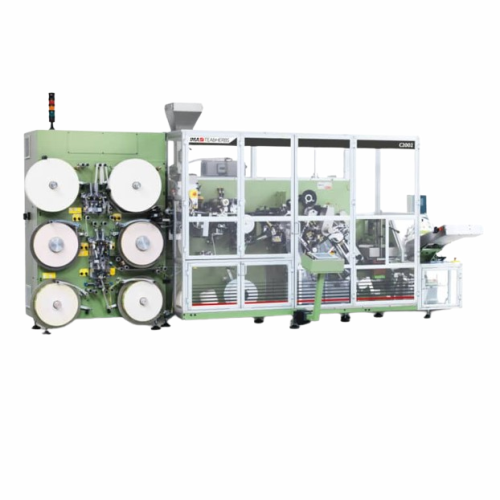
Heatsealable double-chamber tea bag packaging system
Achieve unmatched speed and versatility in tea bag production, deliv...
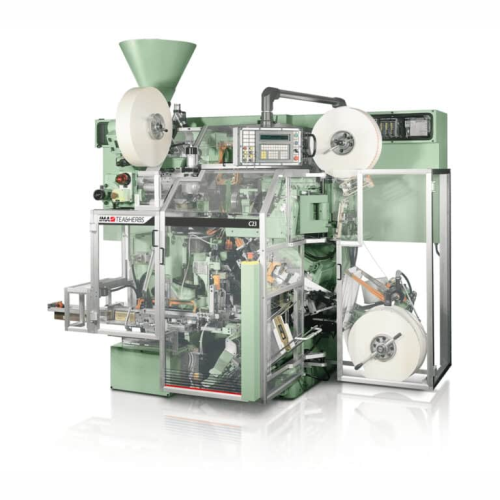
Overhauled tea bag packaging system
Streamline your tea packaging process with this overhauled system, delivering precise, ...
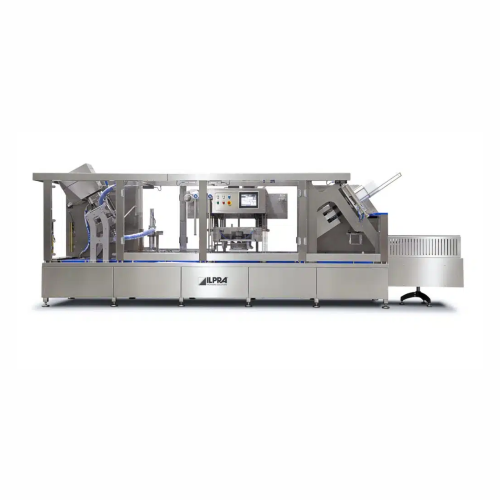
Tray sealer for food packaging buckets
Enhance your packaging efficiency with a highly adaptable tray sealer, designed for ...
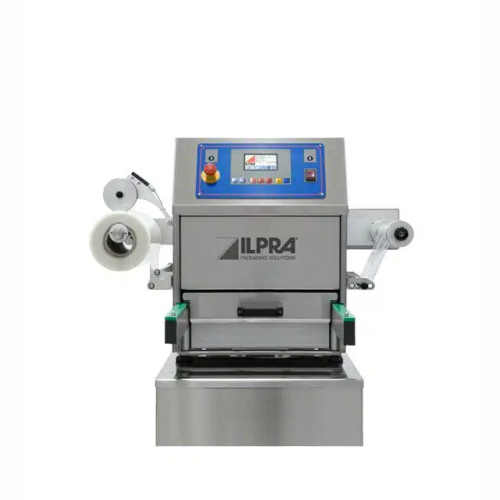
Tray sealer for packaged food products
Optimize your food packaging with precise sealing and advanced Modified Atmosphere P...
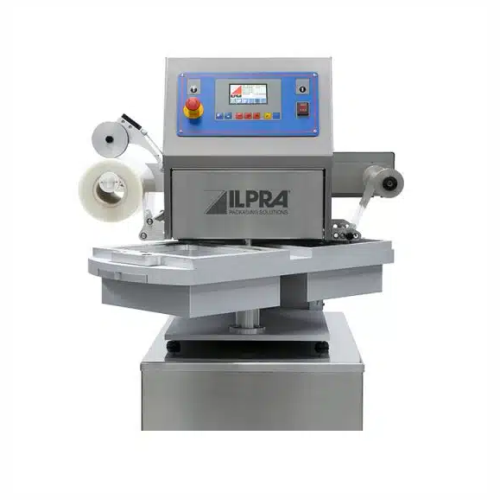
Traysealer for modified atmosphere packaging - food products
Optimize your packaging line with this semi-automatic trays...

Compact thermoforming packaging system for food industry
Revolutionize your packaging line with a space-saving solution t...
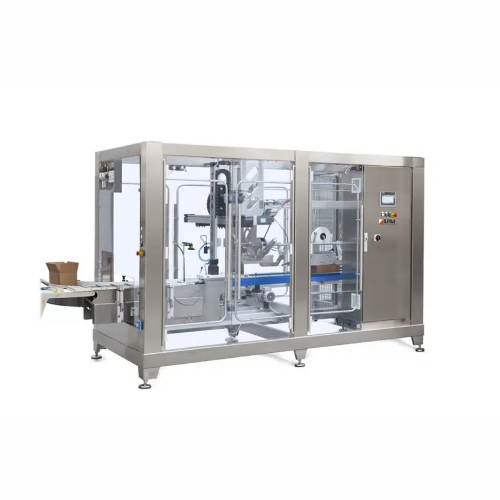
Top loading case packer for automated box sealing
Streamline your packaging line with a top-loading case packer that effi...
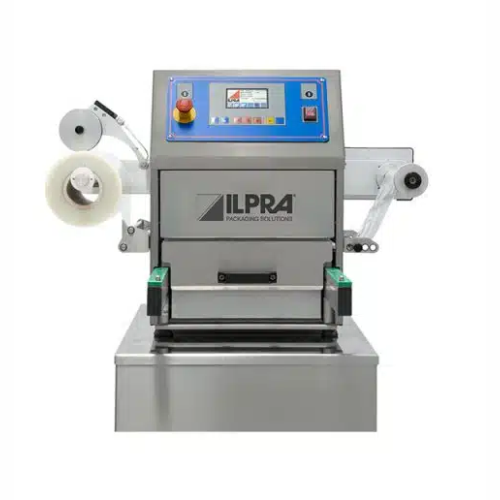
Traysealer for small scale food packaging
Improve your production efficiency with a compact traysealer designed for versat...
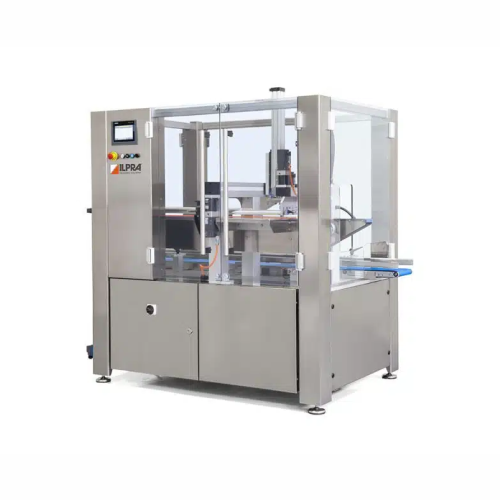
Industrial pick and place system for packaging
Streamline your packaging line with precise robotic pick and place operatio...
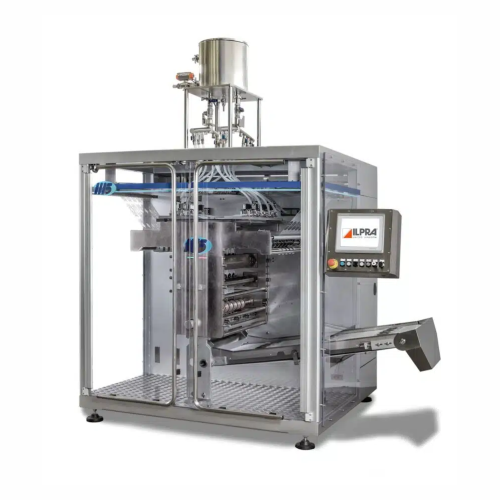
High-speed continuous rotating packaging solution
Transform your packaging efficiency with versatile operations, accommod...
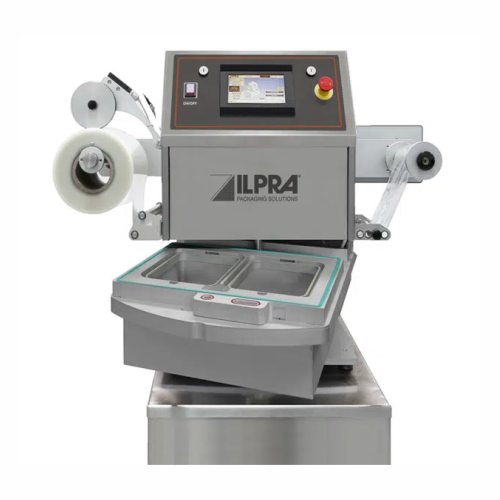
Traysealer for food packaging with rotating table
Enhance your packaging line efficiency with a traysealer that simultane...

Cheese packaging system for mixed cheese types
Optimize your cheese production line by seamlessly integrating a system des...
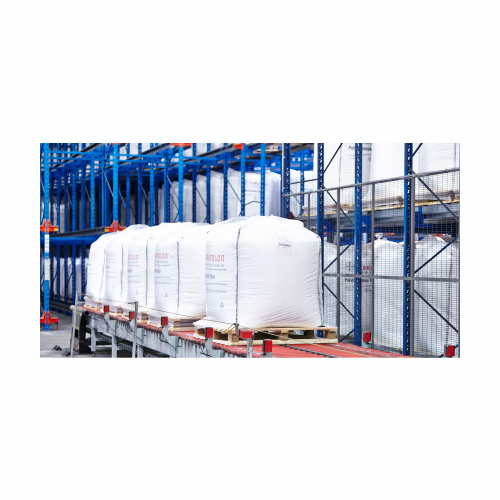
Stationary entry packaging system for valve bags
Optimize your packaging workflow with a high-speed, modular filling syste...
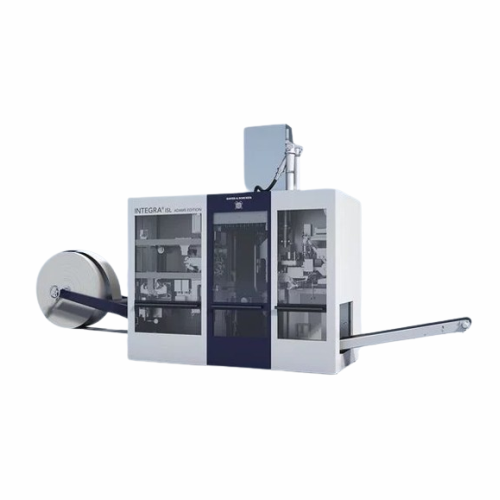
Integrated packaging system for cement and building materials
Streamline your packing operations with a fully enclosed s...
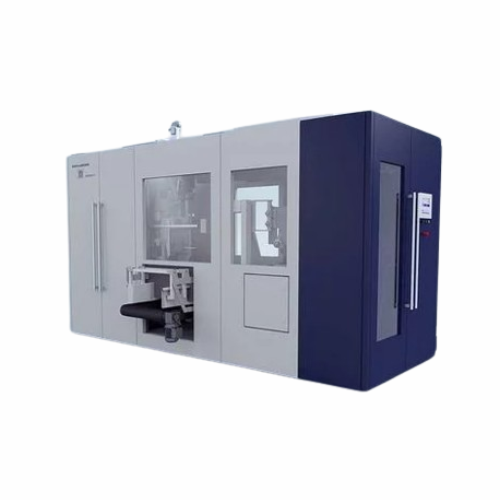
Integrated packaging system for valve and Ffs bags
Streamline your packaging operations with a versatile system designed ...
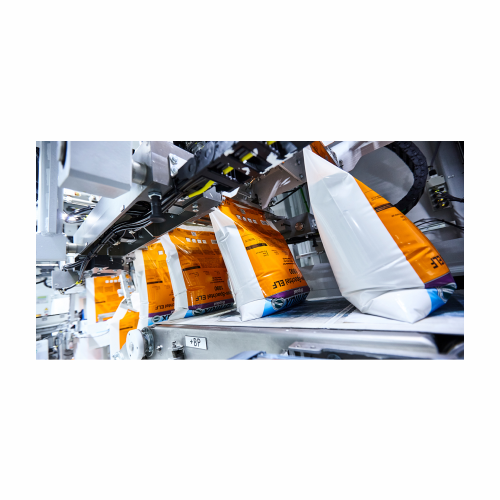
Integrated packaging system for valve and tubular film bags
Achieve precision and efficiency in your packaging line with...
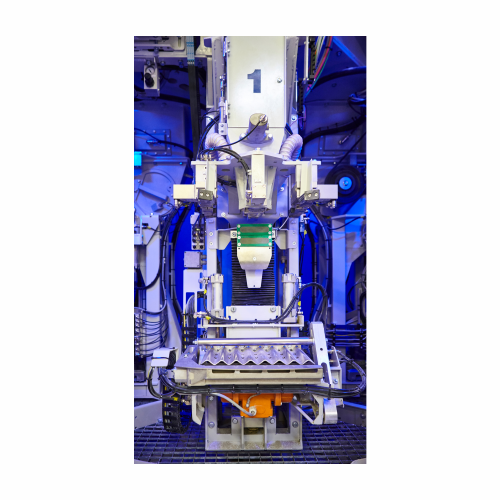
Rotating packaging system for cement and chemicals
Streamline your packaging line with a high-speed, rotating solution th...
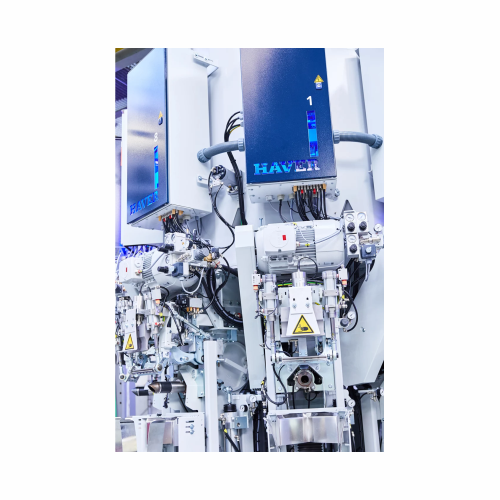
Rotating packaging system for bulk materials
Optimize your bulk material packaging with high-speed, precise rotary packers...
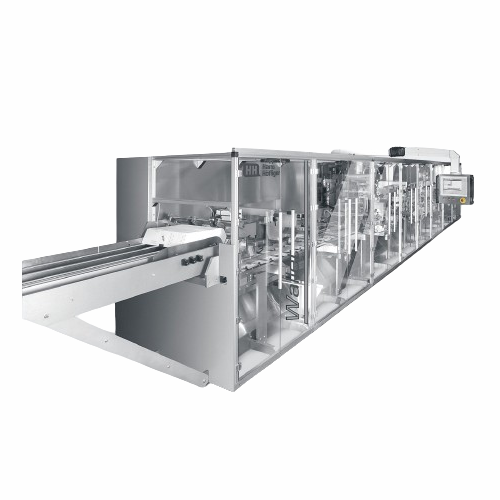
Tablet blister wallet packaging line
Enhance packaging efficiency with a high-speed line that integrates blister packaging ...
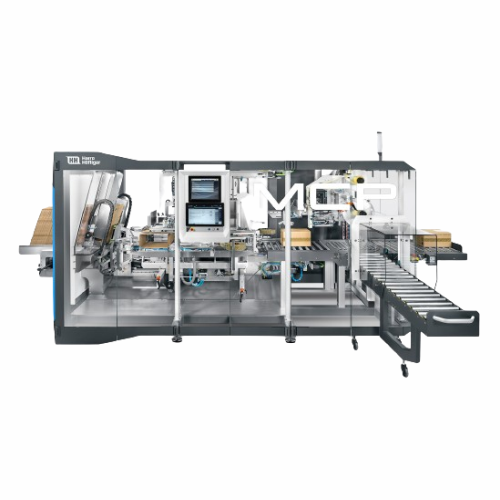
End-of-line casepacker for shipping boxes
Streamline your packaging line efficiency with this versatile casepacker, design...
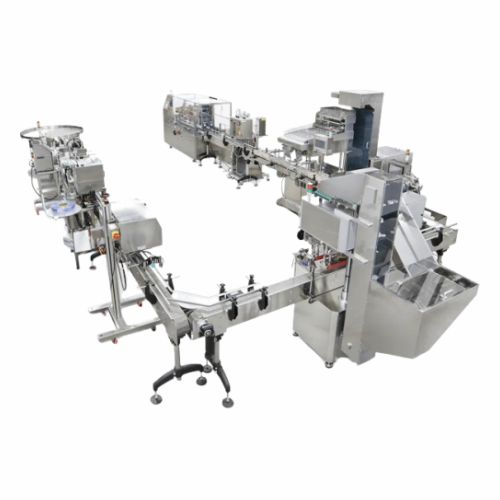
Packaging system for gummy products
Optimize your gummy production with a flexible packaging system that safeguards product...
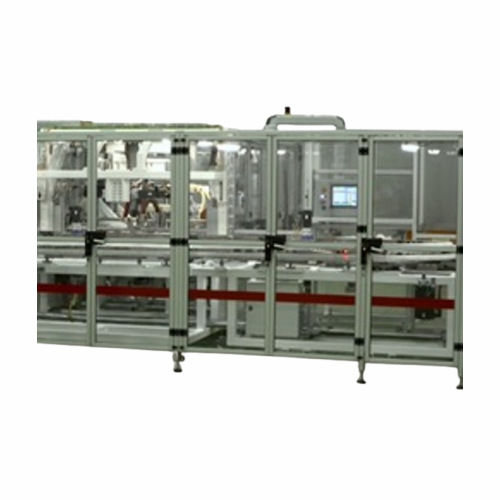
Packaging solution for baby diapers
Streamline your diaper production with high-speed, continuous packaging that efficientl...
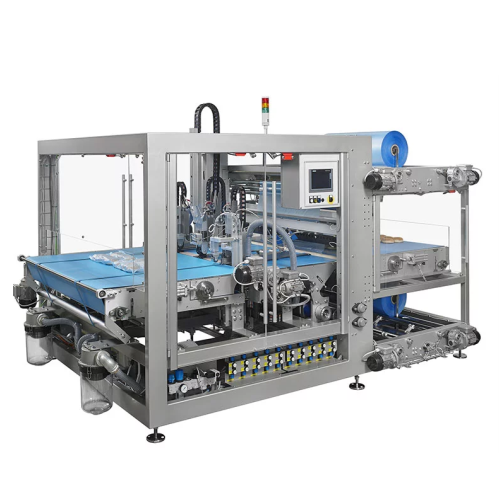
Industrial pillow packaging for large format products
Optimize packaging of oversized baked goods with precision sealing ...
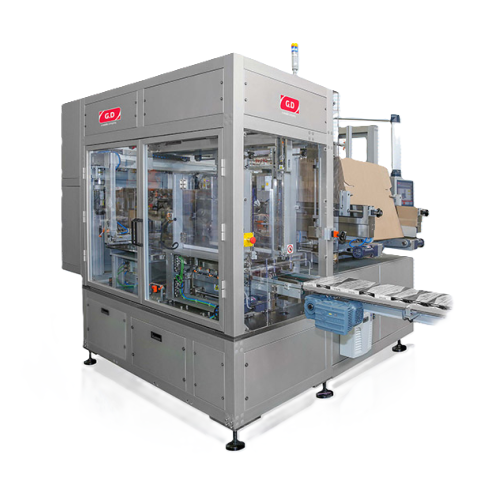
Side loader case packer for tobacco products
Efficiently streamline your tobacco products’ packaging with a versatil...
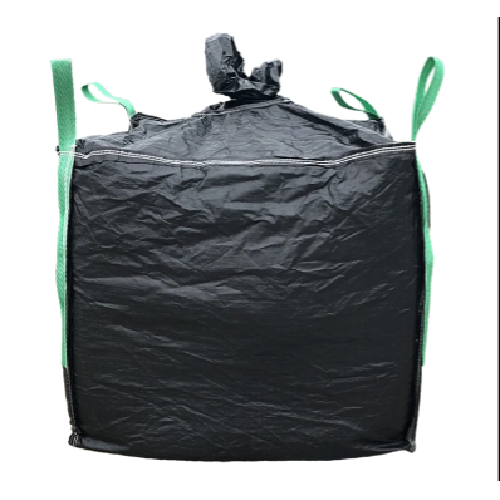
Bulk packaging solution for biochar
Protect biochar from rapid oxidation and ignition with a vacuum-sealed, nitrogen-purged...
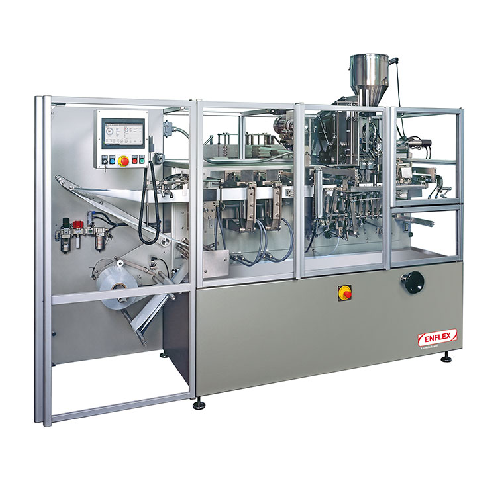
Flat pouch packaging for towelettes
Design high-speed precision packaging to enhance towelette freshness and efficiency on ...
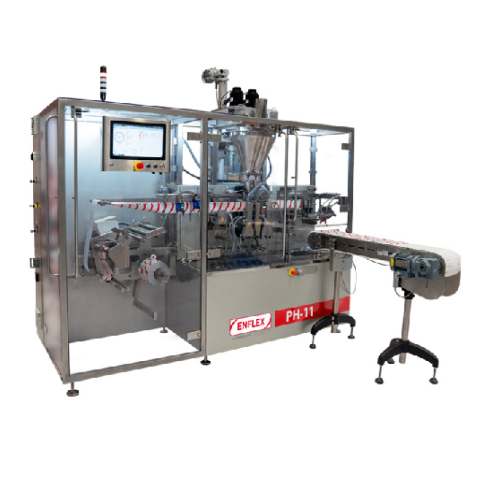
Flat pouch packaging for pharma products
For precise pharmaceutical packaging, achieve high-speed, intermittent flat pouchi...
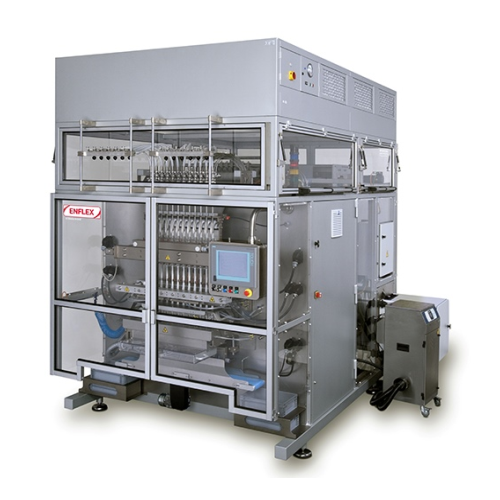
Intermittent stick pack machine for pharma and healthcare
Looking to streamline your packaging operations with high-spee...
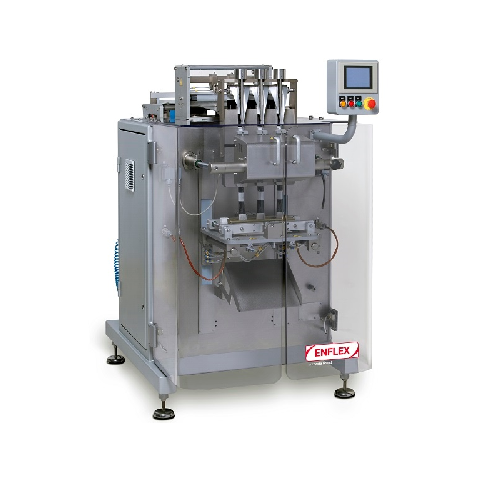
Intermittent stick pack packaging system for pharma products
Achieve precise dosage and packaging of pharmaceutical and ...
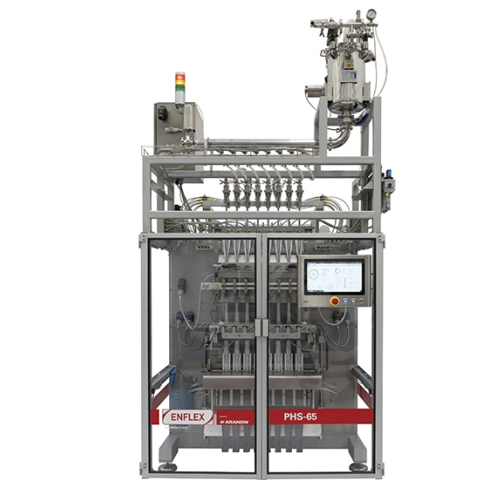
Intermittent stick pack system for pharmaceuticals
Effortlessly streamline your packaging process with a high-speed, mult...
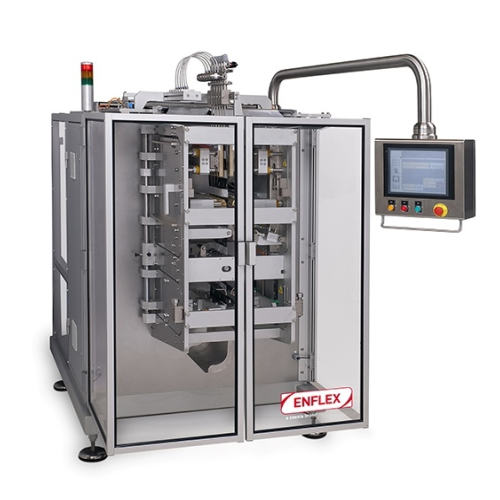
High-speed multi-lane flat pouch packaging system
Boost your packaging efficiency with a high-speed solution designed for...
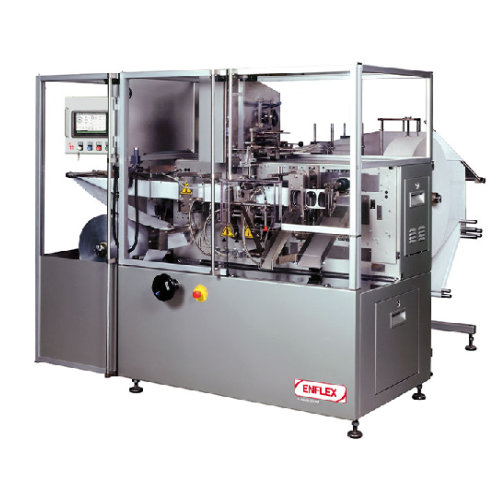
Flat pouch towelette packaging system
Optimize your packaging line for high-speed towelette production with this system, de...
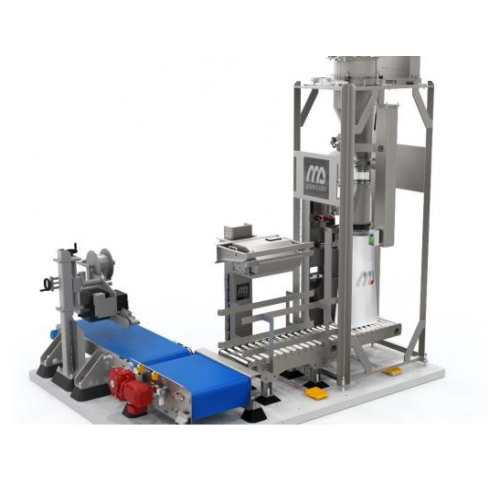
Bag-in-box filling system for packaging efficiency
Streamline your packaging process by integrating filling and boxing in...

Horizontal flow pack packaging solution
Achieve seamless packaging with versatile flow pack machines, designed to efficient...
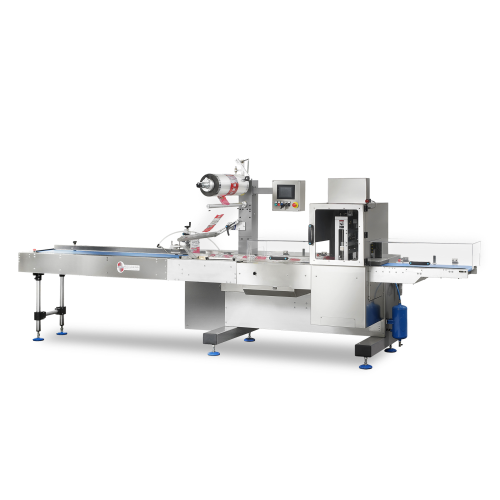
Flow pack packaging solution for flexible wrapping material
Optimize your packaging line with this compact flow pack sol...
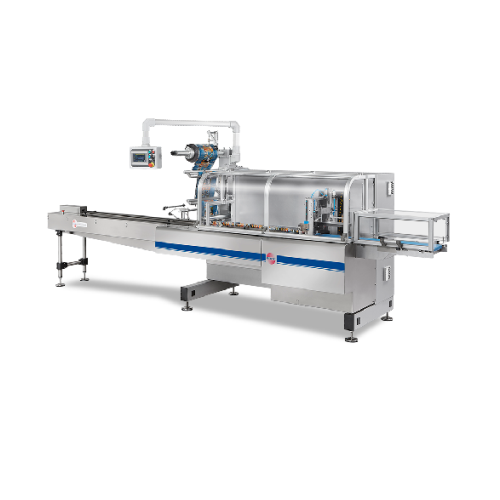
Horizontal flow pack packaging system for flexible materials
Enhance your packaging line efficiency with a system design...
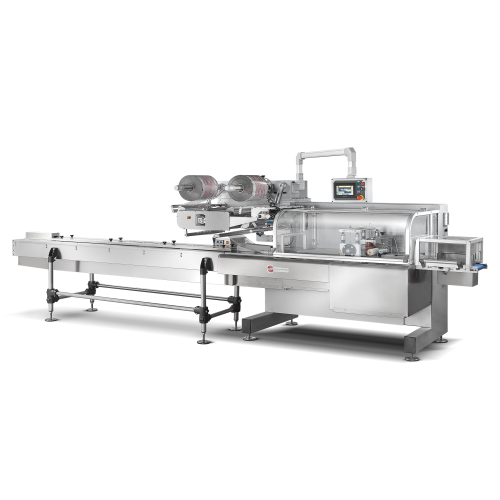
Horizontal flow pack packaging machine for multi-format packaging
Streamline your packaging process with a versatile ho...
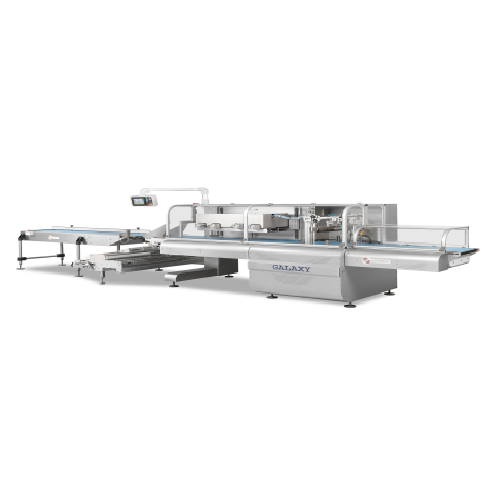
Flow pack packaging system for large and heavy products
This horizontal flow pack solution ensures secure and efficient p...
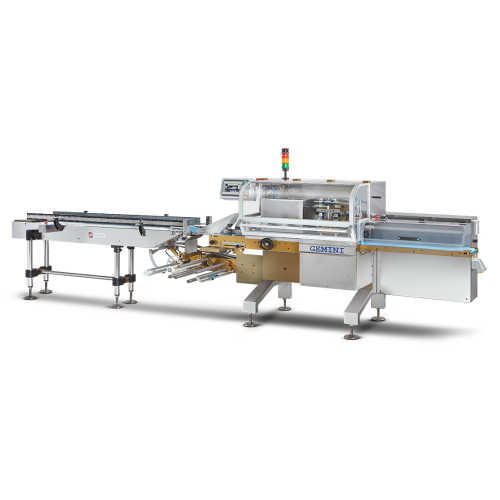
Flow pack packaging system for flexible wrapping material
Achieve seamless, high-speed packaging of solid foods with thr...
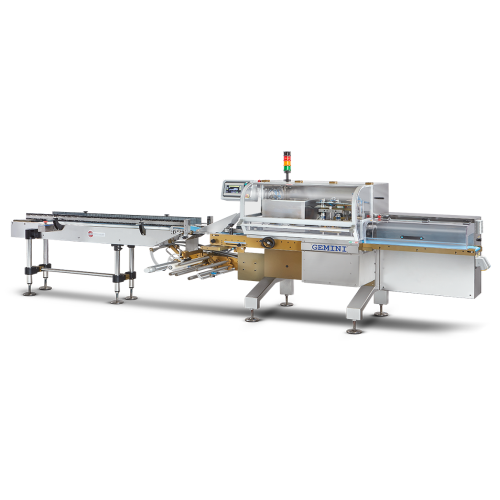
Flow pack packaging for flexible wrapping material
Achieve precise and secure packaging with three-sided sealed packages ...
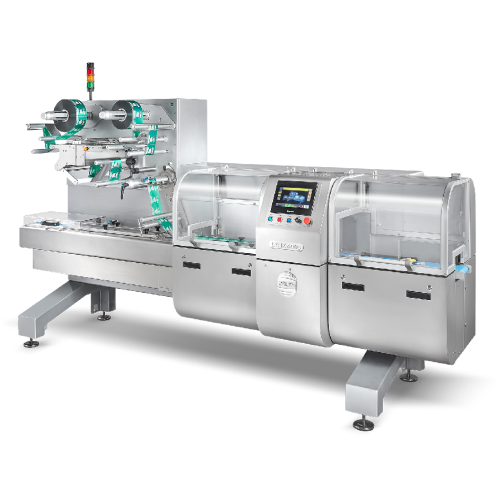
Horizontal packaging system for high-speed operations
Achieve unmatched sealing precision and packaging speed with this h...
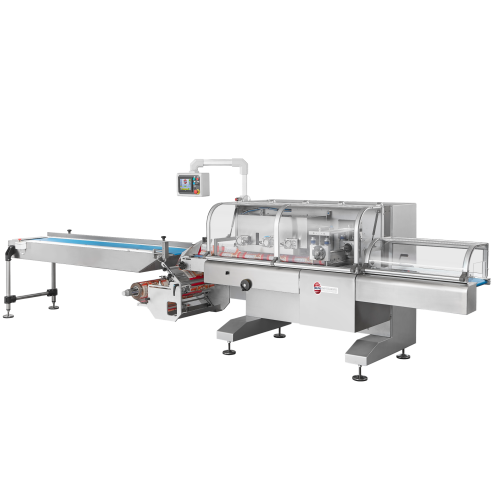
Flow pack packaging for irregularly shaped products
Achieve precise packaging for irregularly shaped and delicate items w...

Horizontal flow-pack solution for flexible wrapping material
Simplify your packaging process with a high-speed, three-si...
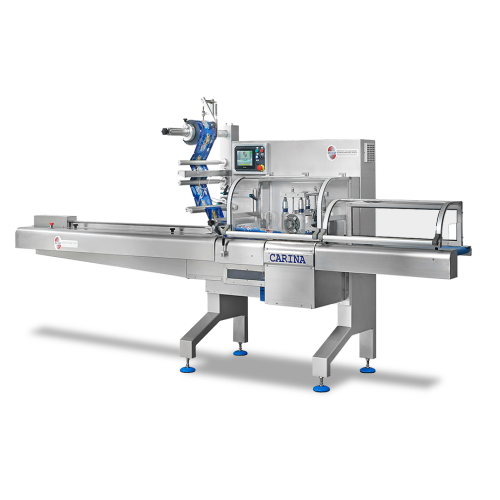
Three-side sealing flow pack machine
Optimize packaging efficiency with a high-speed flow pack machine that ensures precise...

Three-side sealing packaging machine
Achieve precise, three-side sealed packaging for both food and non-food products, enha...
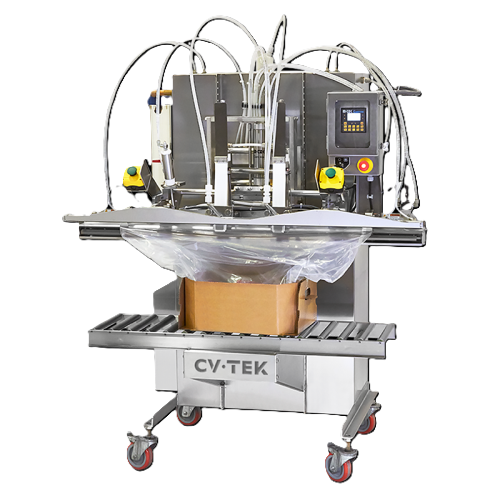
Single station modified atmosphere packaging system
Ensure the extended shelf life of sensitive foods with precise gas fl...
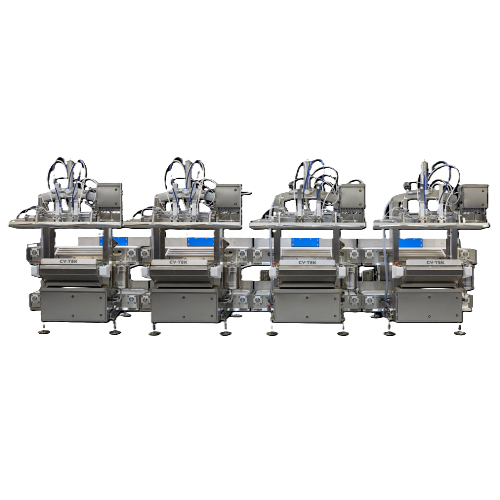
Multi-station modified atmosphere packaging system for bulk products
Optimize your packaging efficiency with a system d...
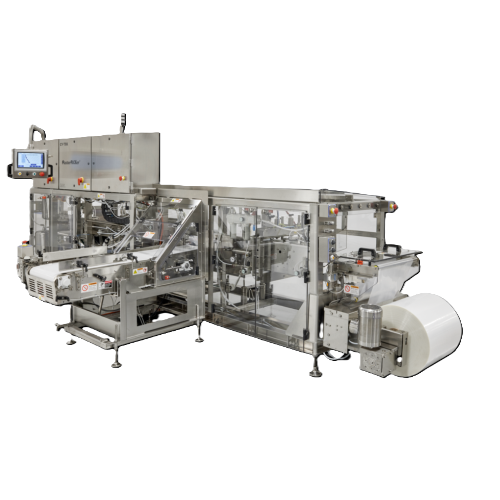
Automated modified atmosphere packaging solution for pre-wrapped trays
Streamline your packaging process with high-spee...
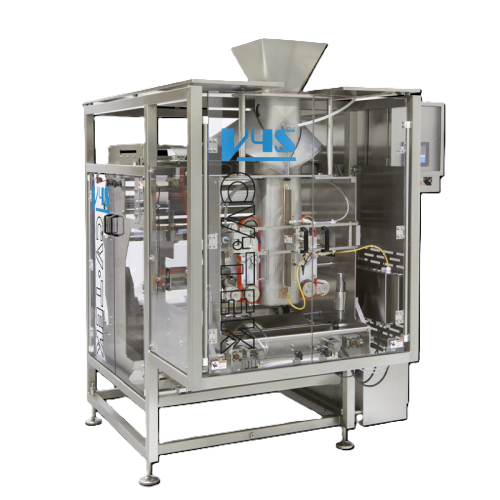
Vertical form fill seal packaging for high washdown environments
Ensure optimal packaging in demanding environments with...
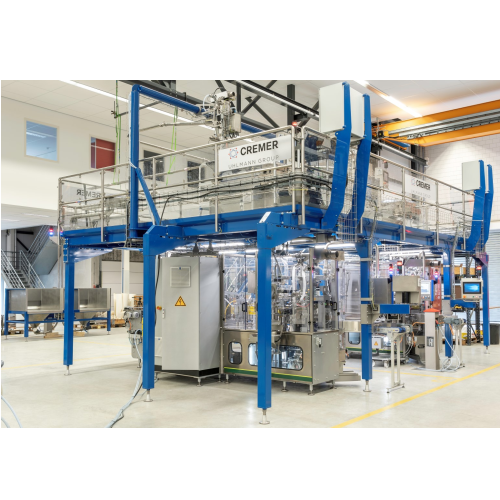
Seed counting and packaging system
Maximize your seed throughput with high precision counting and packaging technology, des...
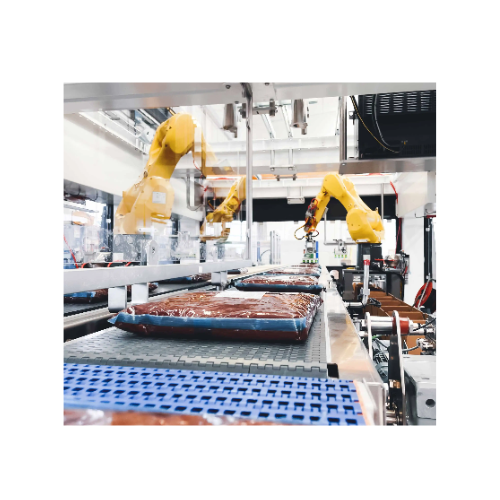
Robotic case packers for bags and pouches
Efficiently pack a variety of bagged and pouched products with precision handlin...
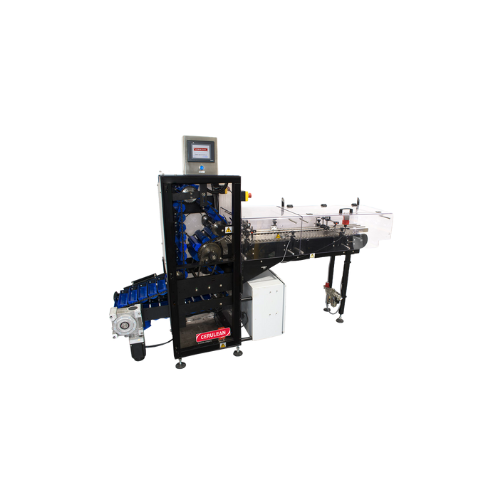
Tube in-feed conveyor for cosmetic packaging lines
Streamline your packaging process with precision by efficiently transf...

High-speed packaging system for flow-wrapping
Streamline your packaging operations with a high-speed flow-wrapping solutio...
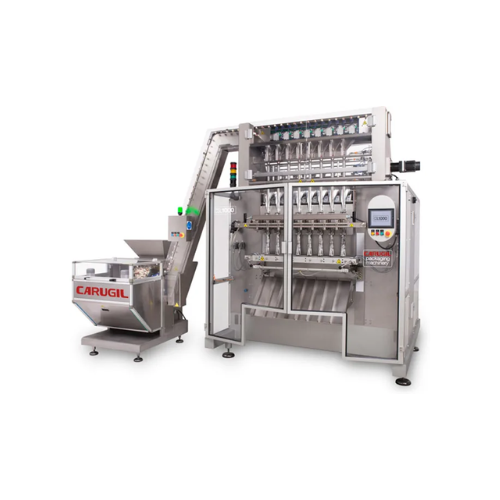
Stickpack wrapper for lollipops
Enhance your confectionery line’s efficiency by wrapping up to 480 lollipops per minut...
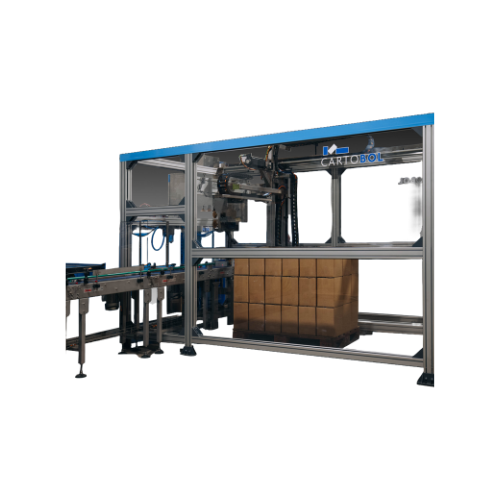
Automatic palletiser for bag-in-box packaging line
Streamline your packaging process with a cartesian palletiser designed...
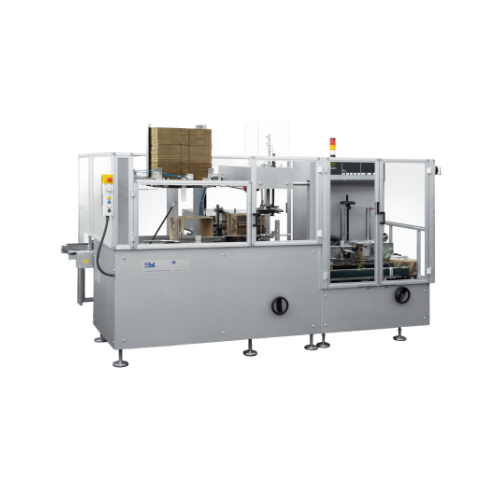
High-speed horizontal case packer for shipping cases
For high-demand production lines, this modular case packer streamlin...

Horizontal case-packer for medium-sized shipping cases in pharma and food
Streamline your packaging line with a versat...
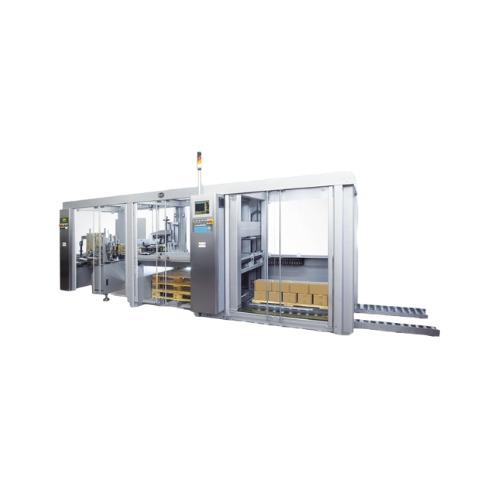
Integrated case-packing and case-palletizing system
Streamline your production line with an all-in-one system that seamle...
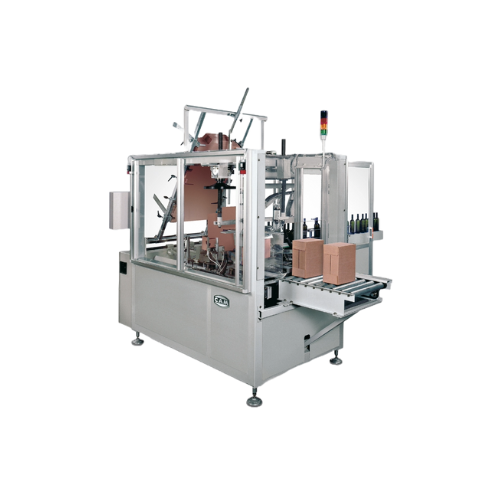
Intermittent motion wrap-around case-packer
Optimize your packaging line with a versatile wrap-around case-packer, ensurin...
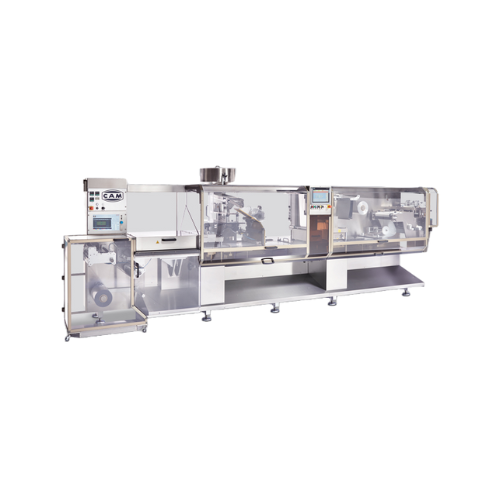
High speed blister packaging for pharmaceutical industry
Ensure precision and speed in pharmaceutical packaging with a hi...

High speed blister packaging for pharmaceuticals
Need efficient packaging with quick format changeovers for various capsul...
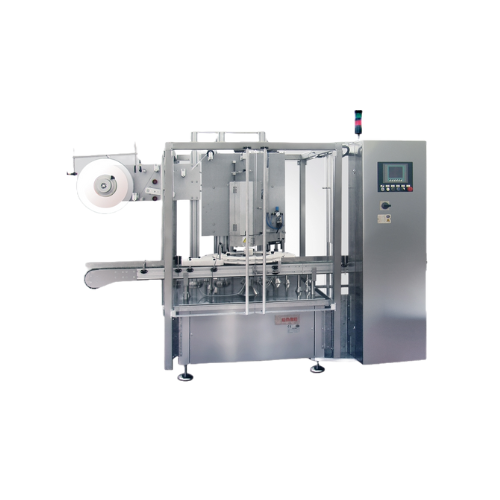
Shrink-sleeve application system for packaging
Enhance your packaging line with efficient, precise shrink-sleeve applicati...
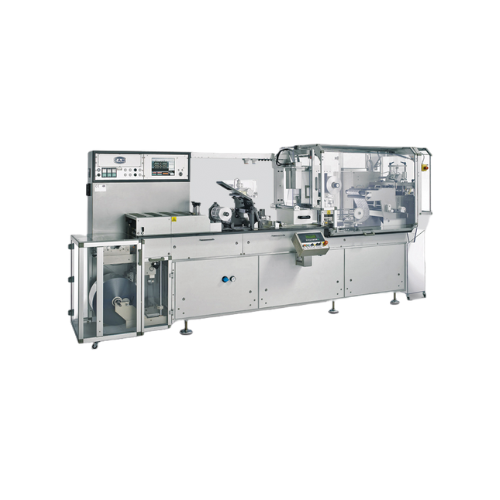
Blister packaging for pharmaceutical products
Facilitate seamless packaging of pharmaceuticals with a solution designed to...
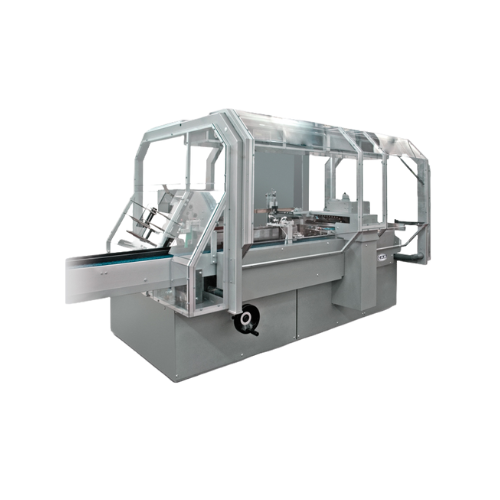
Tray forming machine for packaging solutions
Streamline your packaging operations with precision-engineered tray forming t...
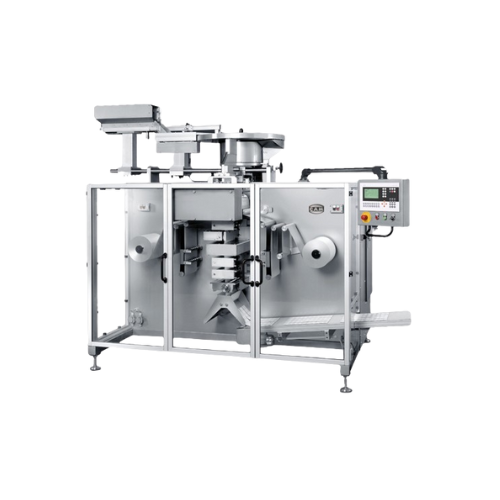
High-speed strip packaging for tablets and capsules
Optimize your high-speed pouching operations with precise four-side s...

High speed strip packaging for tablets and capsules
Ensure precise packaging of pharmaceutical tablets and capsules with ...
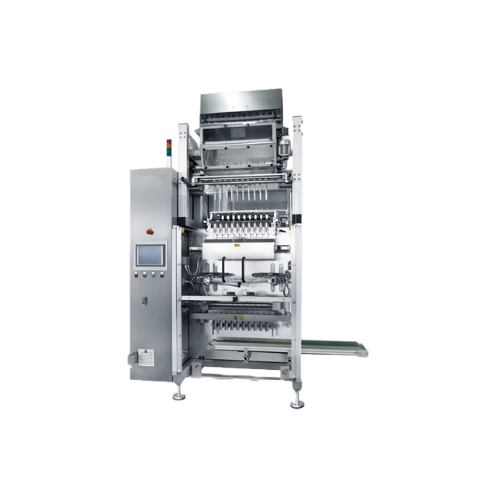
High speed stick packaging solution
Optimize your packaging line with this high-speed vertical solution, designed to effici...
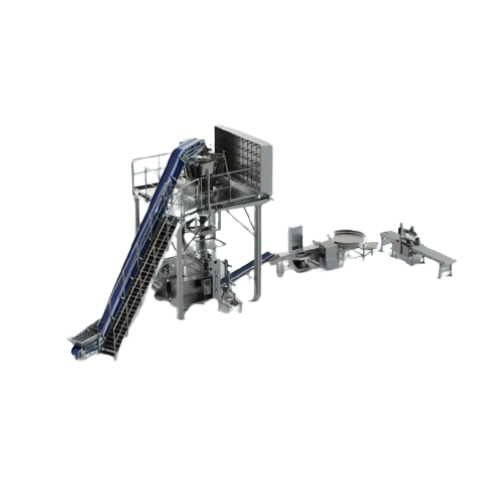
Retail packing solution for Iqf products
Streamline your IQF product packaging with a compact system designed to cut manual...
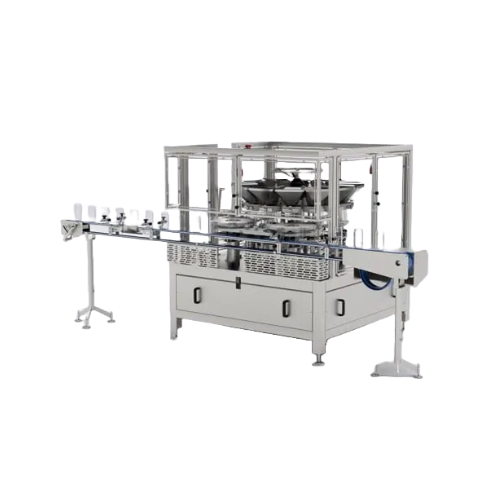
Vibratory rotary filler for accurate filling in food packaging
Achieve precise and efficient filling of diverse solid pr...
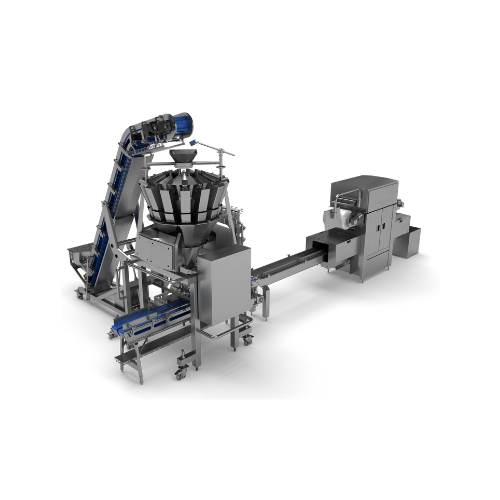
Flexible weighing and packaging solution for small batch producers
Streamline your packaging line with a mobile solutio...
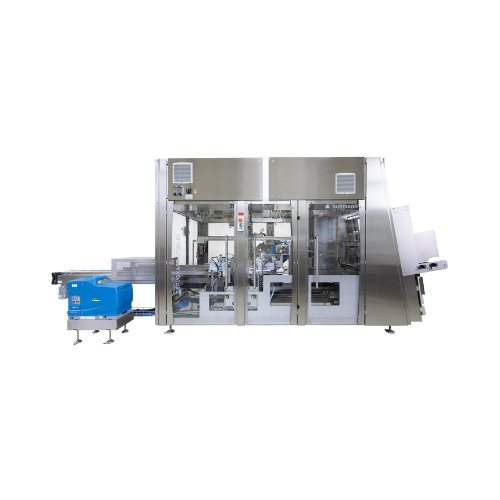
Tray lid packer & case erector for packaging lines
Efficiently manage packaging lines by seamlessly integrating tray lid ...
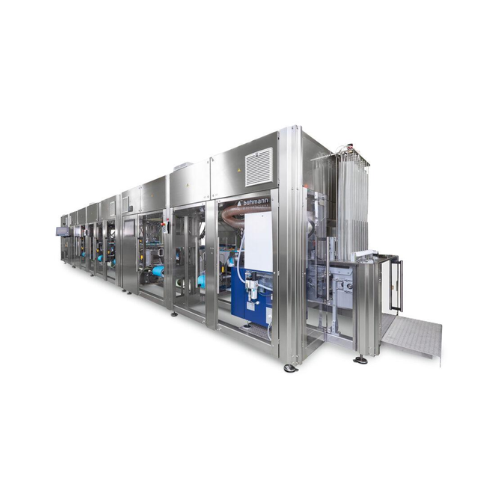
Modular end-of-line packaging solution
Enhance your packaging line efficiency with a modular solution engineered to handle ...
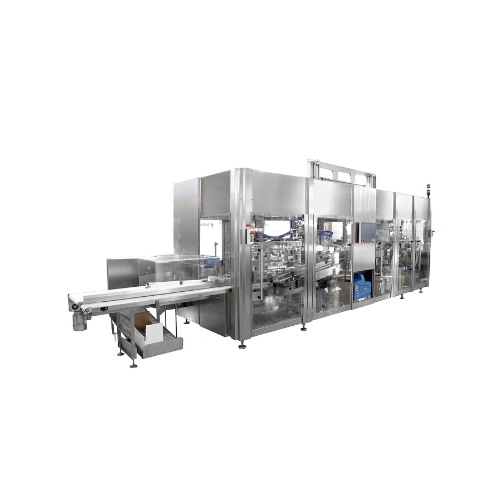
American case packer & case erector for Rsc cartons
Streamline your end-of-line packaging by efficiently erecting and pac...
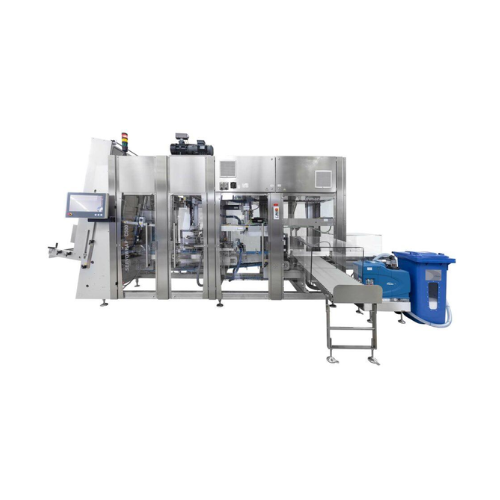
Case packer for wraparound and tray cartons
Enhance your packaging efficiency by seamlessly integrating flexible and high-...
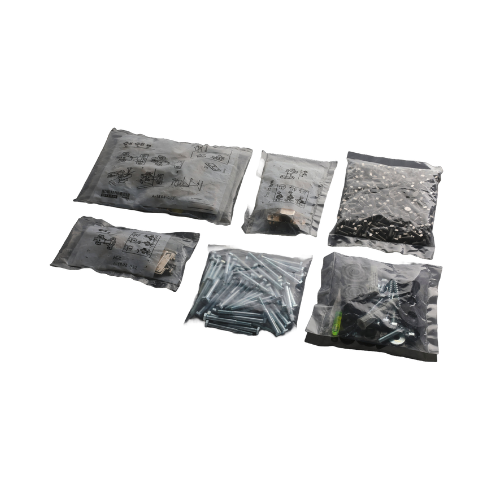
Small metal parts packaging line for Diy furniture kits
Ensure precision in assembling DIY furniture kits with this integ...
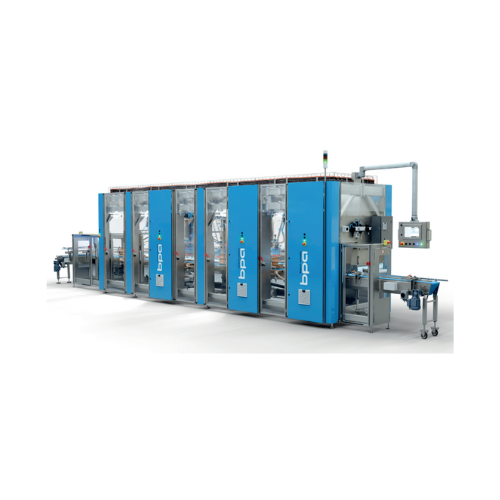
Top load and side load case packer with vision guided robotics
Optimize packing efficiency and flexibility with a versat...

Case packing system for bags and cases
Streamline your secondary packaging process with a compact, fully integrated system ...
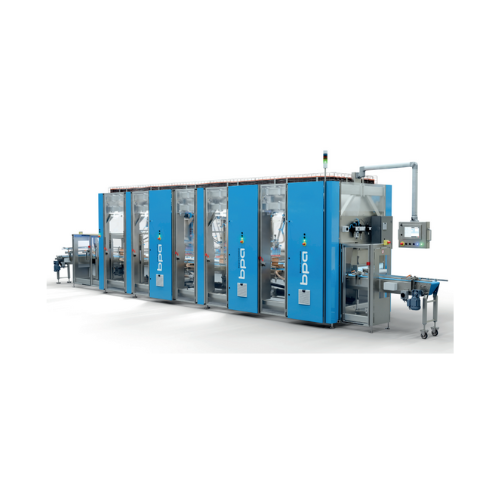
Vision guided robotics case packer
Maximize efficiency with vision-guided robotics for versatile case and tray loading, red...
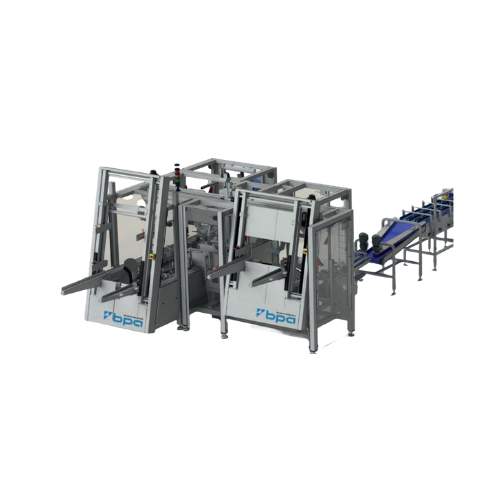
Vertical packing pattern case packer
Optimize your packaging efficiency with this high-speed case packer designed for seaml...
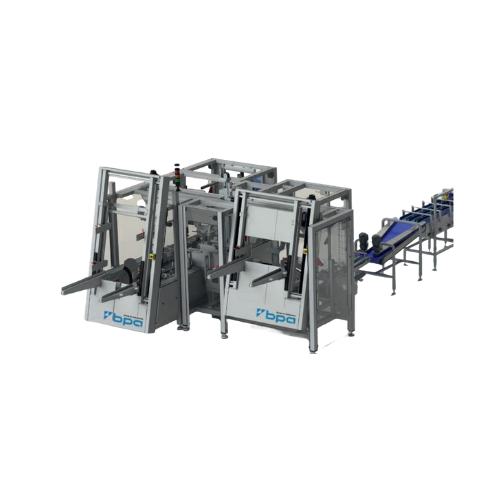
Wrap around case packer for horizontal and vertical packing patterns
Optimize your palletizing and distribution with a ...
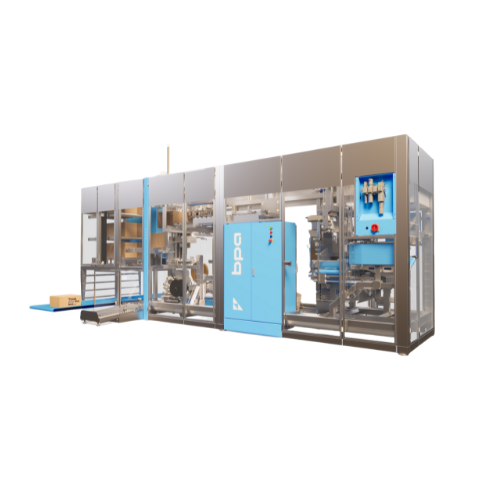
High-speed case packer for snack bags
Optimize your packaging efficiency with a compact solution designed for seamless vert...
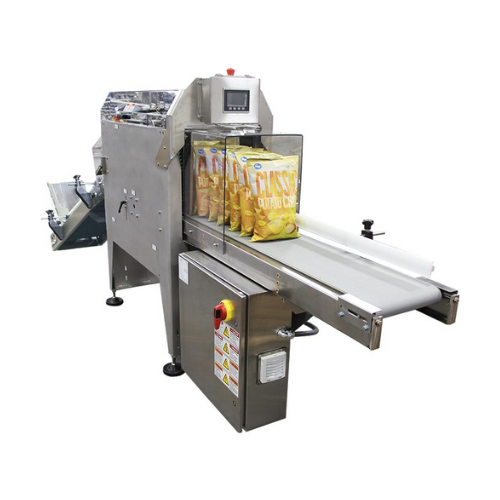
Semi-auto case packer for flexible bag collation
Enhance your manual packing speed and flexibility with a semi-automatic s...
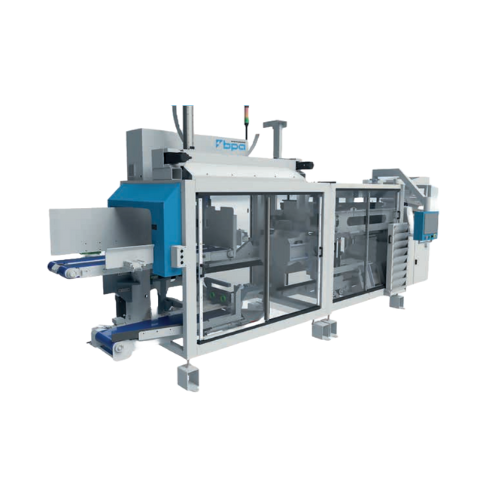
Automatic case packer for frozen potato products
Efficiently pack frozen and delicate products with precision side-loading...
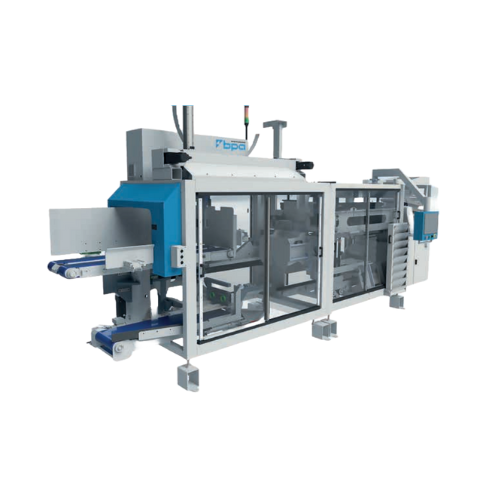
Flexible bag case packer with integrated case erector
Streamline your secondary packaging process with an efficient solut...
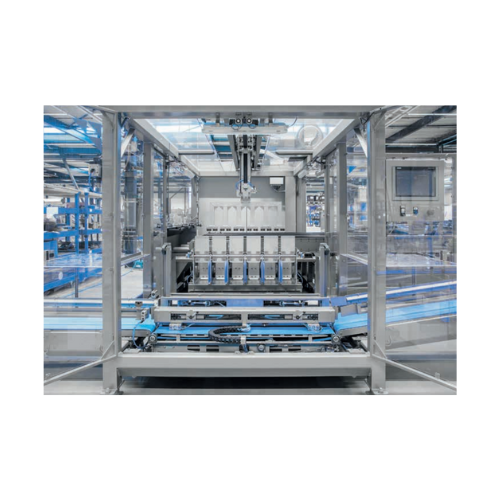
High-speed vertical and horizontal case packer
Enhance your packaging line efficiency with a versatile case packing soluti...

High-speed case packer for flexible bags
Streamline your packaging process with a solution designed for high-speed, error-f...
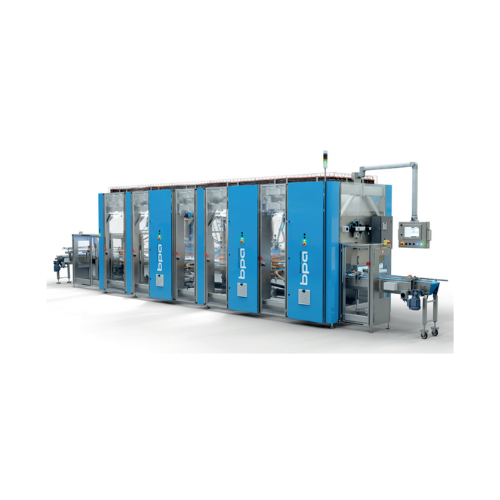
Horizontal case packing and tray loading
Enhance your packaging line efficiency with a highly adaptive system that seamless...
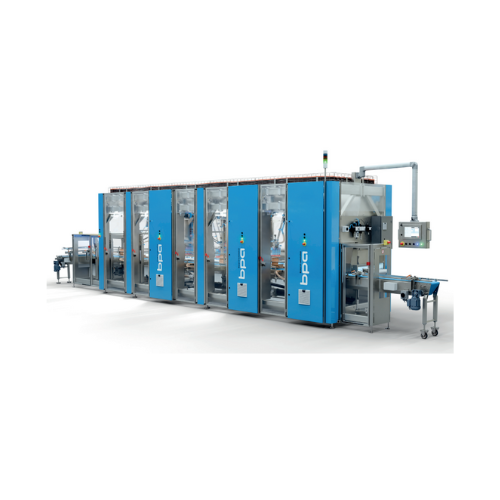
Vertical case packer for reusable and Rsc cases
Streamline your packaging line with versatile, high-speed case packing tha...
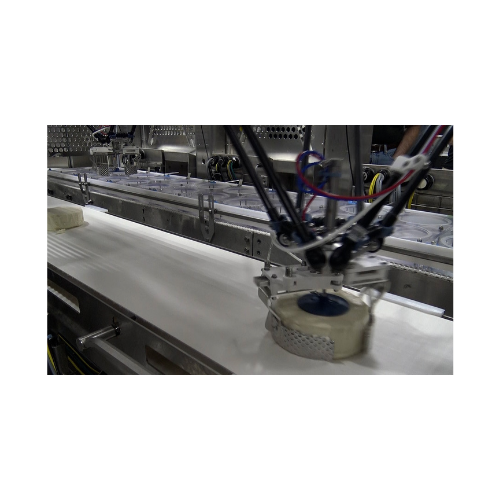
Vision-guided variety pack solution for confectioneries
Achieve seamless variety pack assembly by dynamically loading var...
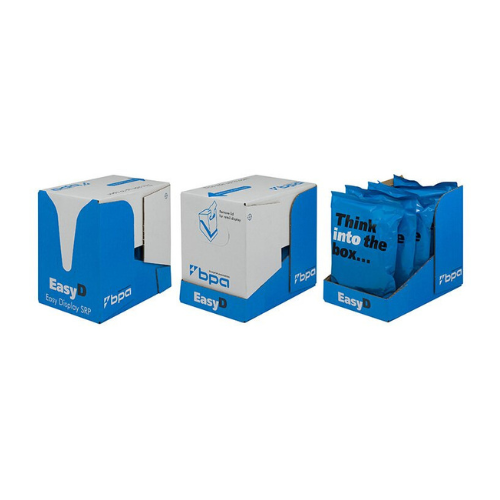
Retail ready packaging system for easy store stocking
Simplify shelf stocking with a sturdily designed packaging system t...
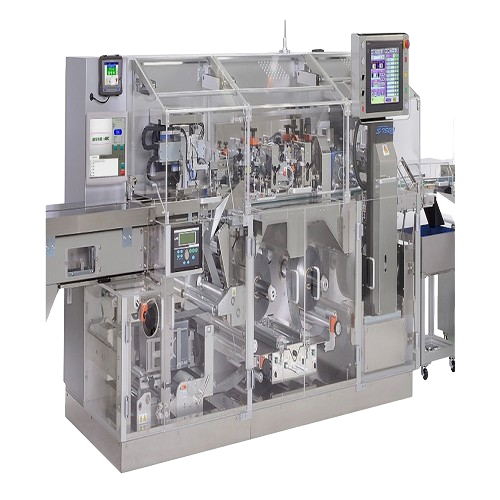
Efficient blister packing for pharmaceutical tablets
Streamline your production with a blister packing machine that enhan...
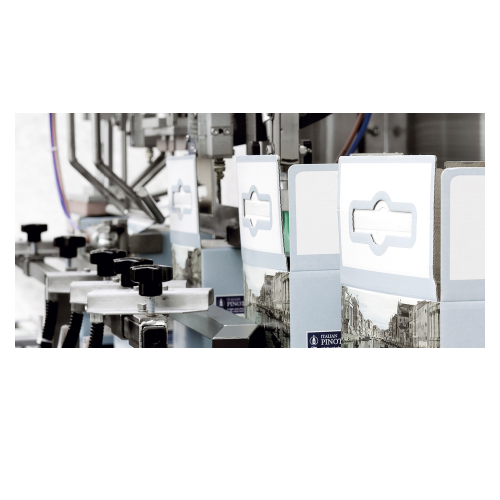
Automatic packaging line for bag-in-box
Streamline your bag-in-box production with a seamless solution that ensures precisi...
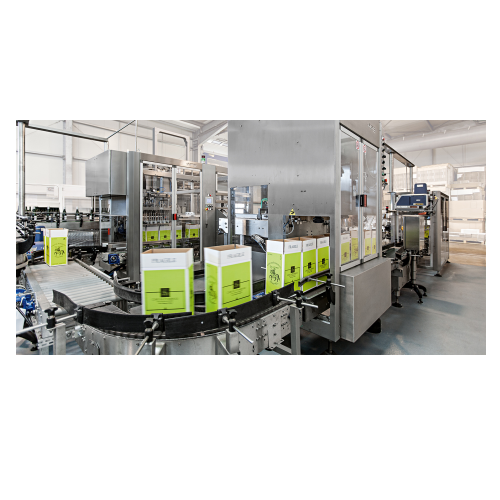
Automatic case erector for cartonboard packaging
Streamline your packaging process with precision engineering that simplif...
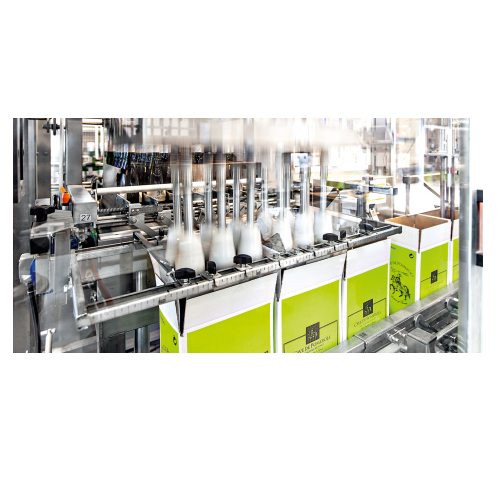
Automatic case erector for cartonboard packaging
Streamline your packaging process and enhance operational efficiency with...
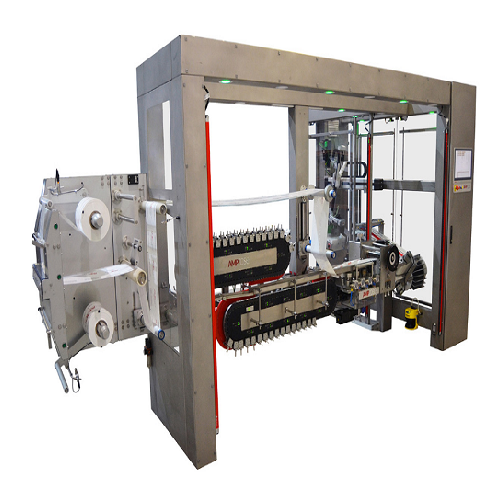
Multipack flowrapping system
Streamline your packaging process with a multipack flowrapping system that effortlessly handles...

Multipack wrapping system for snacks
Streamline your snack packaging process with a machine engineered for high-speed, effi...

Automatic beverage bottle shrink packaging solution
Optimize your beverage packaging process with advanced shrink wrappin...
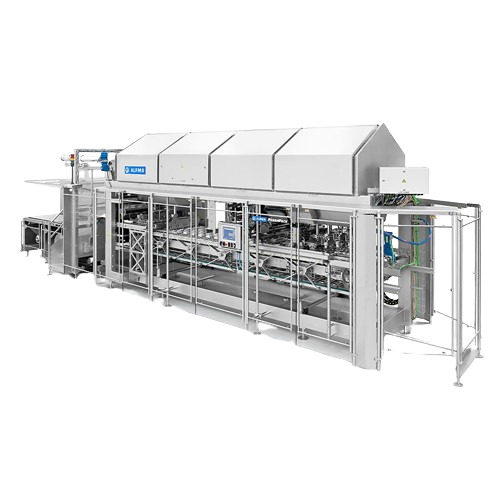
Fully automatic packaging solution for butter and pasty products
Streamline your production line with this versatile pac...
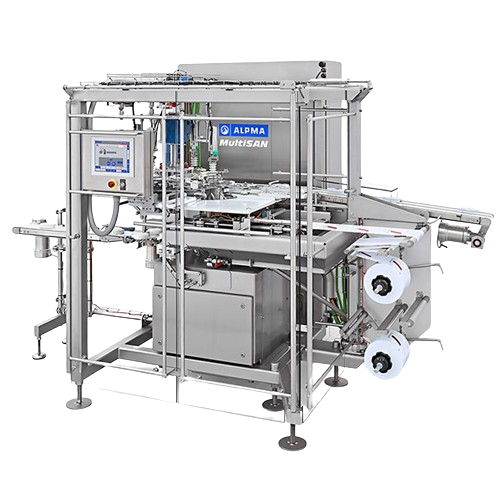
Automatic packaging for small cheese products
Effortlessly package a variety of cheese shapes and sizes with quick format ...
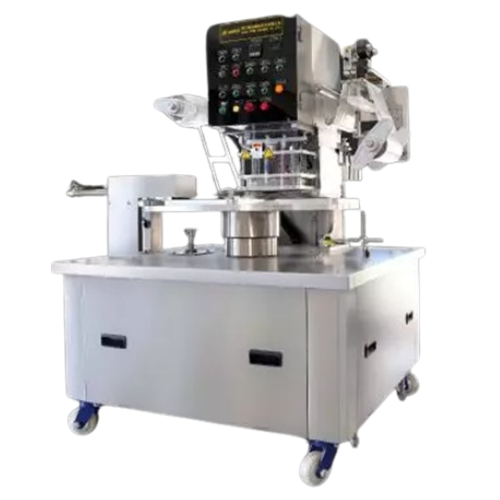
Automatic top sealing for frozen food packaging
Streamline your food packaging operations with a top sealing machine desig...
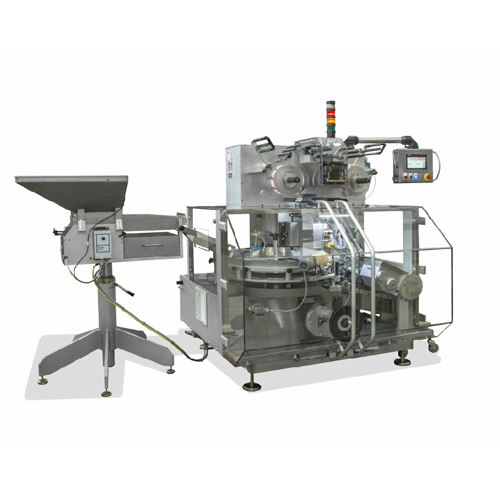
Double twist wrapping solution for candy packaging
Enhance your candy and gum production with high-speed wrapping that en...
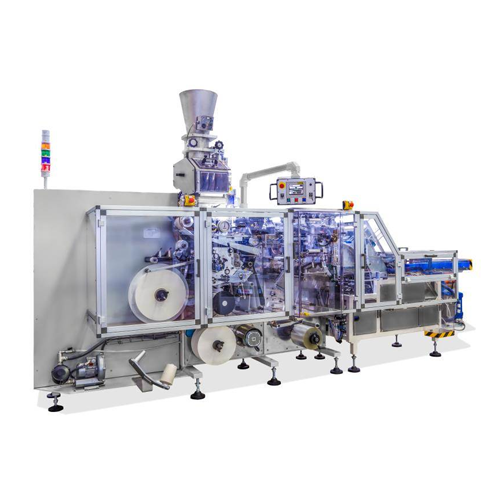
Single chamber tea bag packer with sealed filter paper
Efficiently pack diverse tea varieties into neatly sealed single c...
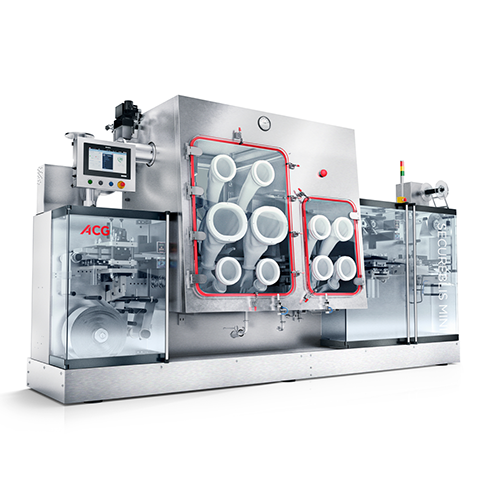
Containment blister packaging for highly potent Apis
Ensure operator safety during the blister packaging of highly potent...

High-output blister packaging system
Maximize blister packaging efficiency with continuous-motion capabilities, ensuring su...

Rotary blister packaging for tablets and capsules
Optimize your blister packaging with high-performance rotary forming an...
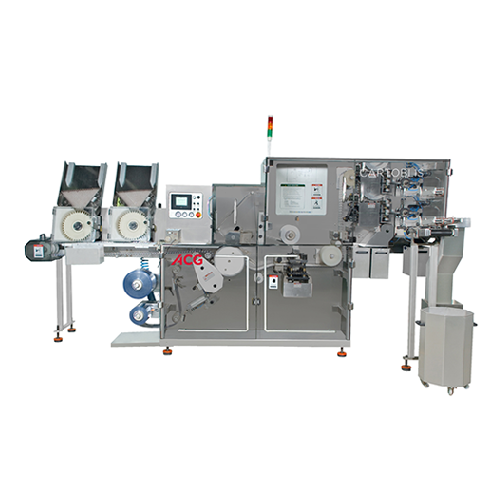
Blister packaging for solid dosage forms
Optimize your packaging line with high-speed, continuous blister packaging that en...
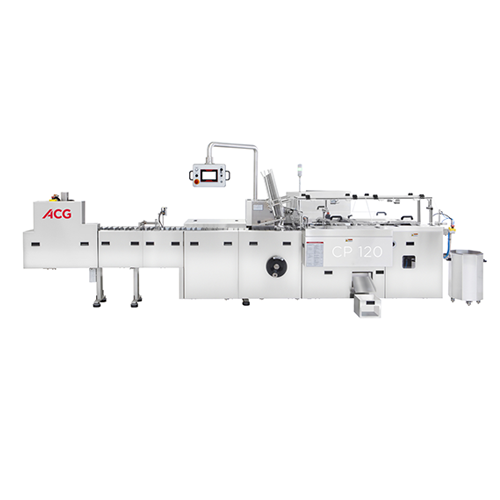
Continuous motion horizontal cartoner for blister packs
Effortlessly streamline your cartoning process with a continuous ...

Packaging conveyor for efficient bag handling
Simplify your packaging line with a conveyor designed to efficiently transfe...
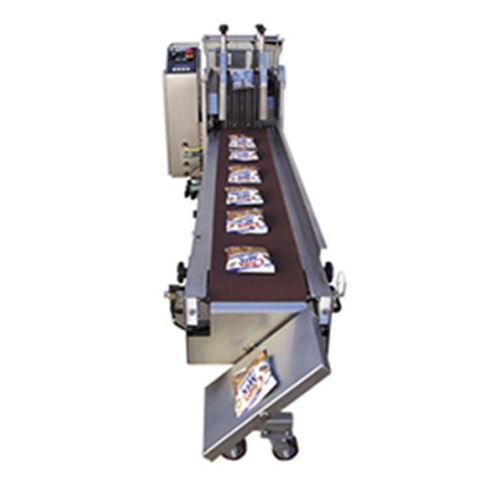
Single lane collator for packaging room
Streamline your packaging operations by efficiently collating, counting, and aligni...
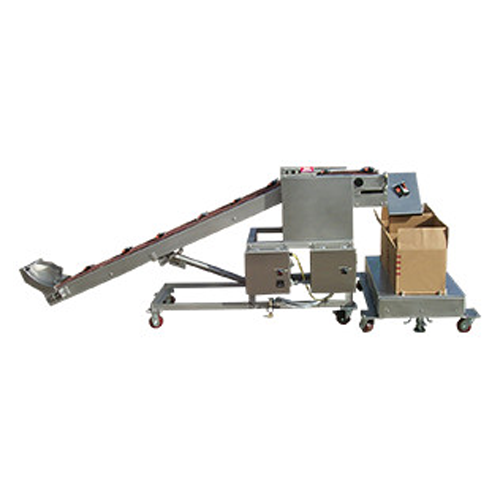
Smart pack conveyor systems for packaging room
Efficiently manage the flow of snack and nut products from packaging to dis...
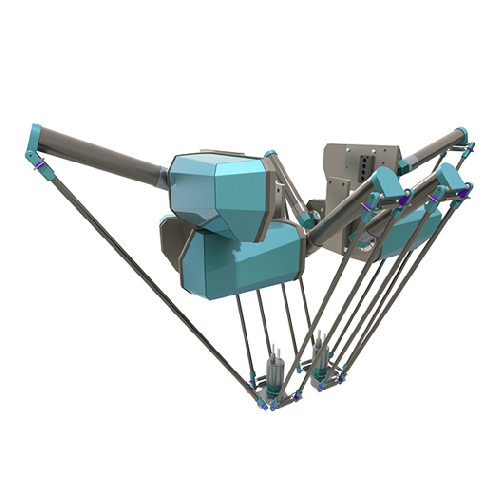
Dual-axis delta robot for high-capacity packaging lines
Enhance your production line’s efficiency with a dual-axis ...
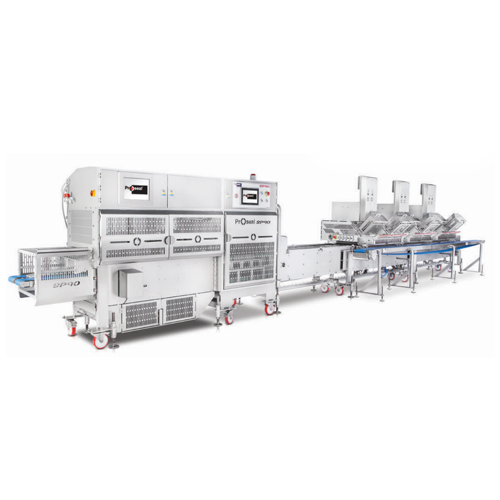
Linear conveyor for sandwich packing
Streamline your sandwich production with a high-speed linear conveyor system, designed...
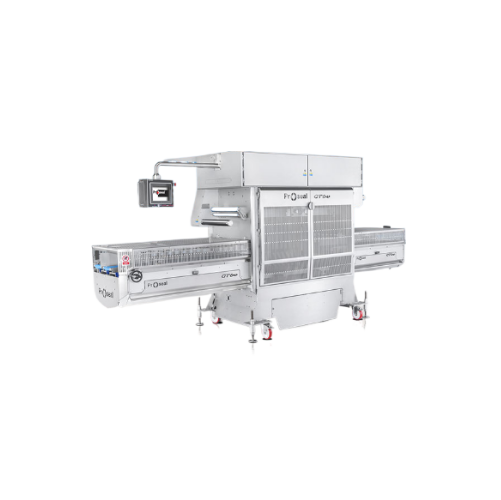
Automatic tray sealer for high-speed food packaging
Optimize your production line with a high-capacity tray sealing solut...
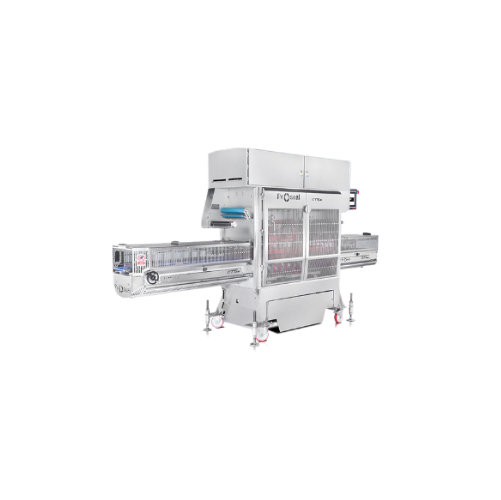
High-speed tray sealer for food packaging
Streamline your packaging process with high-speed tray sealing, reducing labor c...
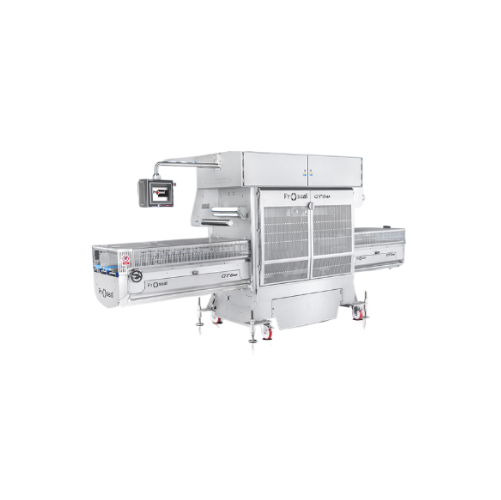
Automatic tray sealing system for high-speed packaging
Experience seamless high-speed packaging with this versatile tray ...
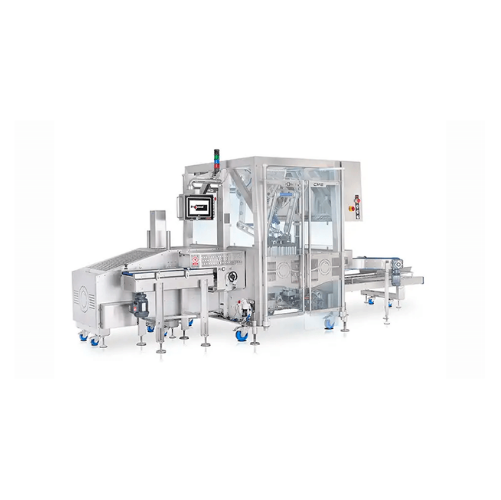
Industrial case packing solution for high-speed operations
Optimize your production line with a compact, efficient case ...

In-line tray sealer for high-speed packaging
Optimize your packaging line with a high-speed solution that accommodates mul...
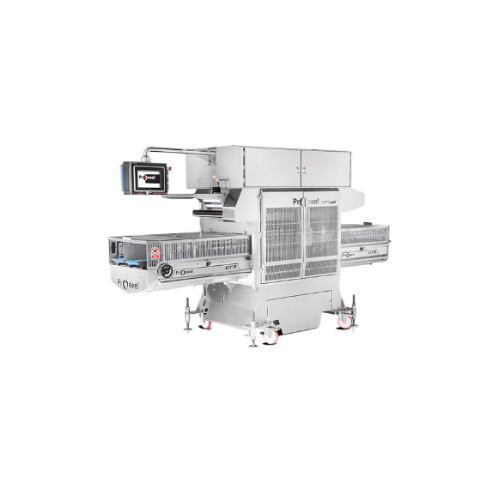
High-capacity tray sealer for vacuum gas packaging
Enhance your production efficiency with a versatile twin-lane tray sea...
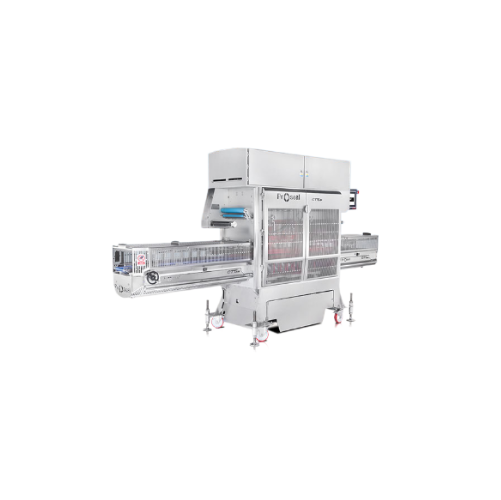
Automatic tray sealer for high-speed packaging
Streamline your packaging line with an in-line tray sealer that adapts to t...
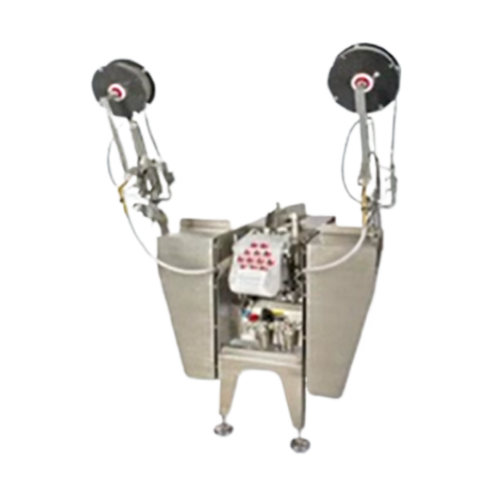
Vertical poultry bagger for whole birds packaging
Optimize your packaging efficiency with a vertical bagger designed for ...

Automated clipped netting system for meat packaging
Enhance your packaging line with a system designed for rapid and prec...
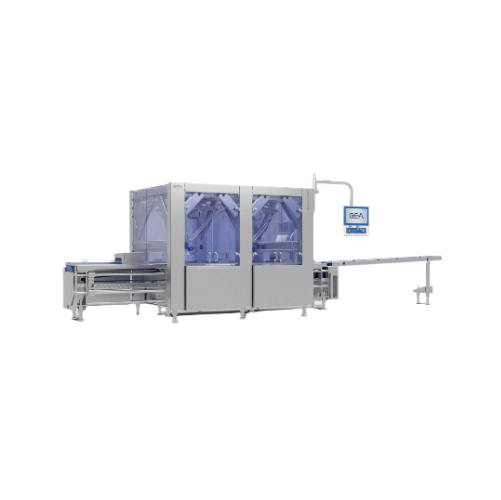
Industrial robot picker for automatic packaging
Streamline your food packaging line with high-speed robotic picking, ensur...

Continuous motion packaging for short-cut pasta
Optimize your packing line with a high-speed solution designed for efficie...
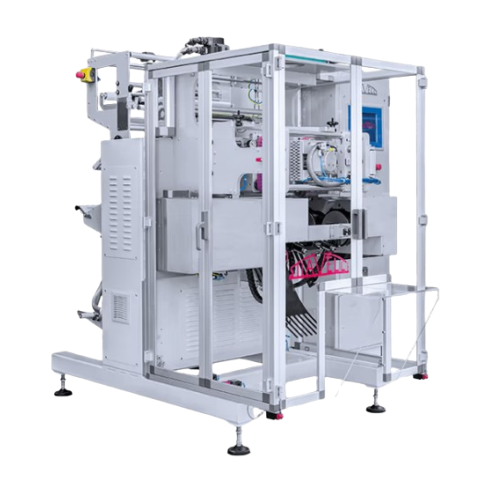
Vertical packaging system for short-cut pasta and dry granular food
Streamline your packaging operations with a high-sp...

Intermittent motion bulk packaging for pasta and granular products
Optimize your production line with precision packagi...
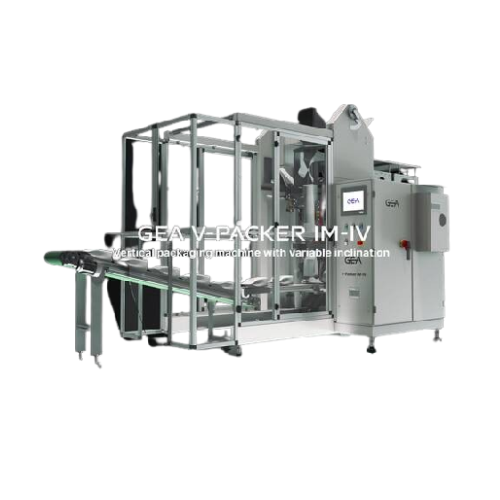
Packaging system for short-cut pasta and dry granular food
Streamline your packaging process with a versatile system des...
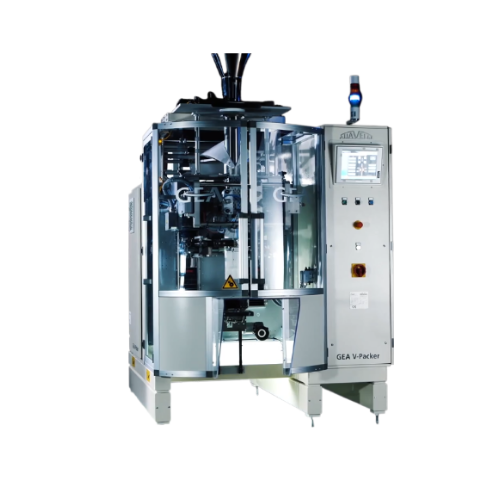
Eco-friendly vertical packaging for pasta
Reduce plastic waste and enhance sustainability in pasta packaging with high-spe...
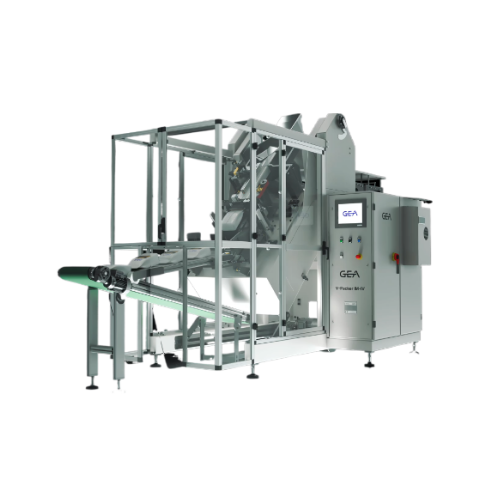
Vertical packaging system for fragile food products
Handle delicate food items like pasta nests and bakery products with ...
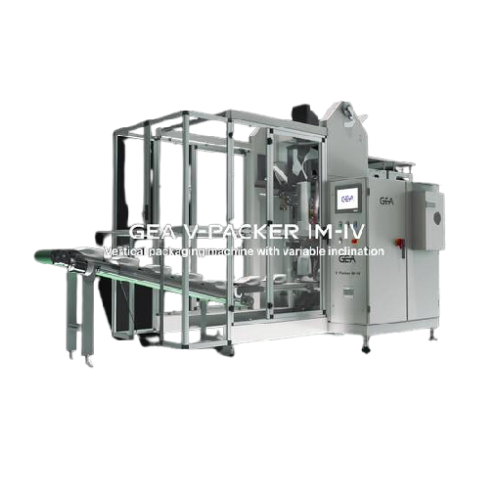
Intermittent motion packaging system for dry granular food
Achieve precision packaging for dry foods with an advanced sy...

High-speed pasta packaging system
Streamline your pasta packaging process with an advanced system that combines precise wei...
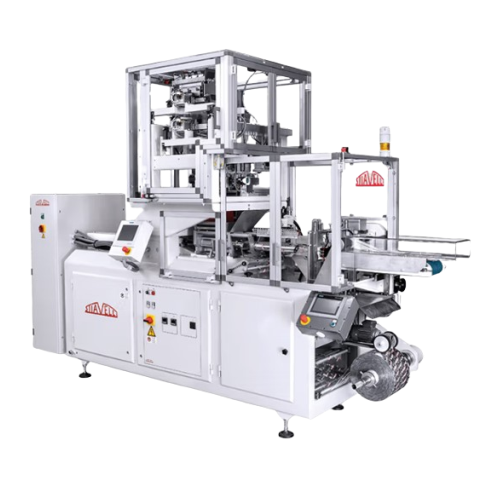
Long cut pasta packaging solution
Optimize your pasta production line with seamless, high-speed packaging tailored for long...
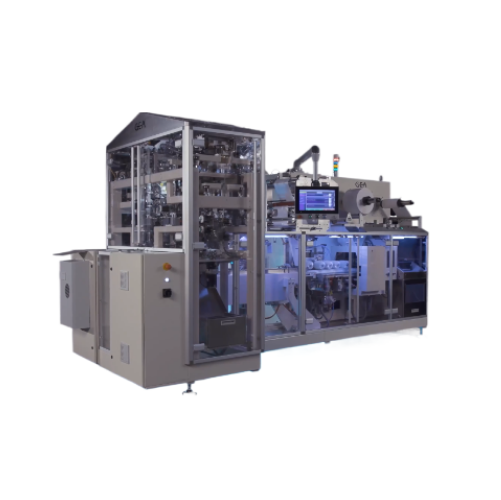
High-speed packaging system for long-cut pasta
Achieve seamless high-speed packaging with enhanced accuracy and minimized ...
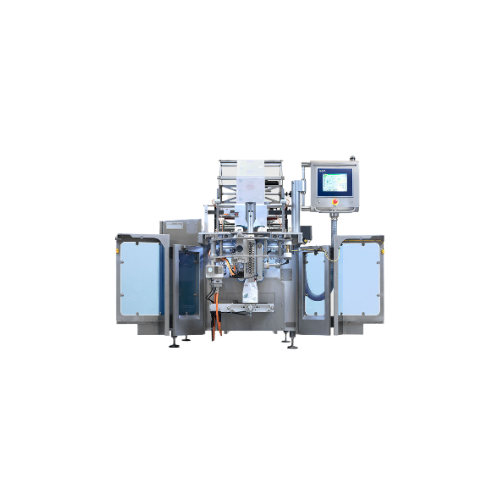
Vertical form-fill-seal for pillow bag packaging
Looking to enhance the speed and reliability of your packaging process? T...
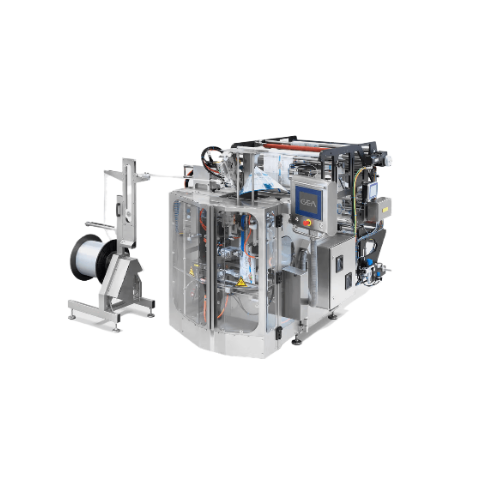
Vertical pouch packaging system for food products
Achieve high-speed, precise packaging with our vertical pouch system, i...
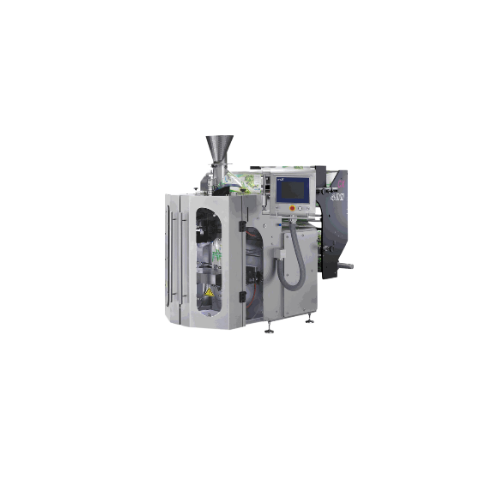
Vertical form fill sealer for food packaging
Achieve high-capacity, flexible packaging for diverse food products with a ro...
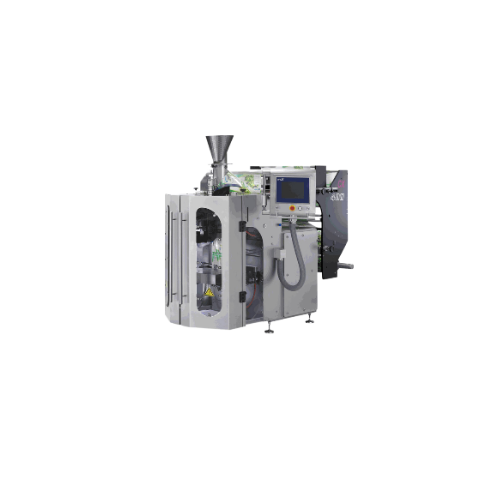
Vertical form-fill-seal packer for frozen vegetables
Efficiently streamline your packaging line with a versatile solution...
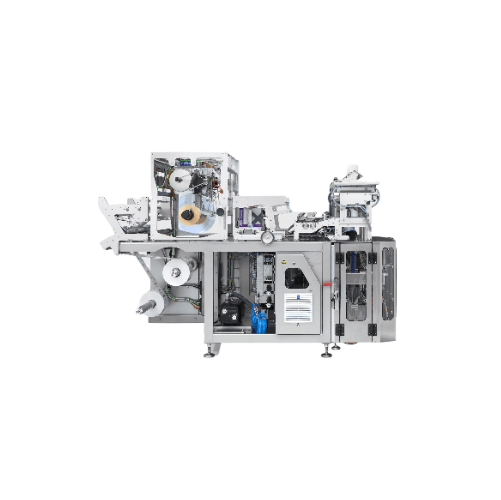
High-speed vertical packaging system for candy and snacks
Achieve up to 500 pillow bags per minute with our high-speed p...
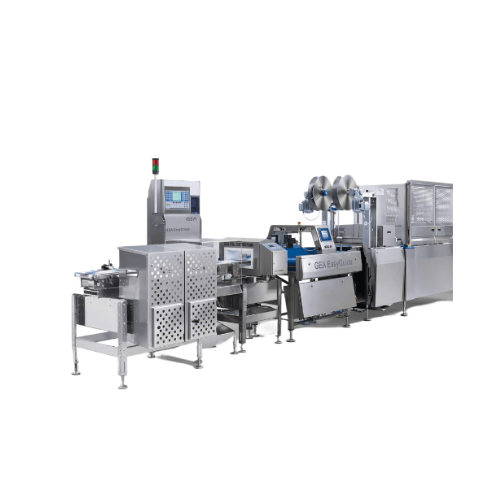
Multiple feed lane converger system for thermoforming packaging
Efficiently manage high-speed packaging lines by seamles...
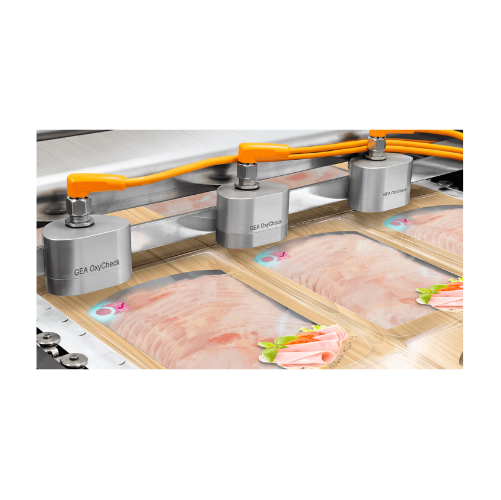
Oxygen and leakage detection in Map packaging
Ensure enhanced food safety and reduce waste with precise oxygen and leak de...
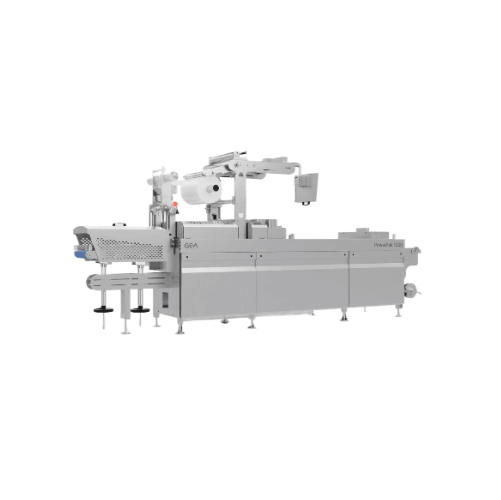
Entry-level thermoforming packaging system for food products
Streamline your packaging process with a versatile thermofo...
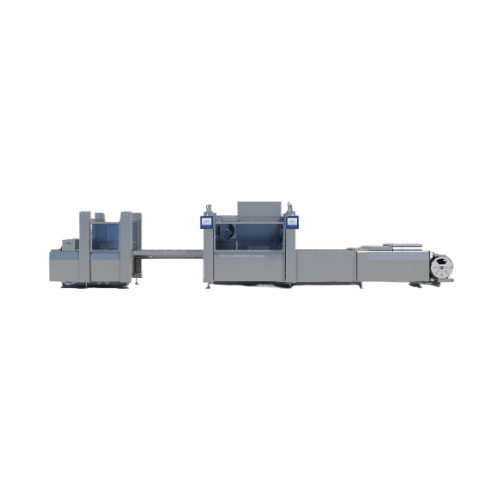
Thermoforming packaging for meat and dairy products
Streamline your packaging process with advanced thermoforming technol...
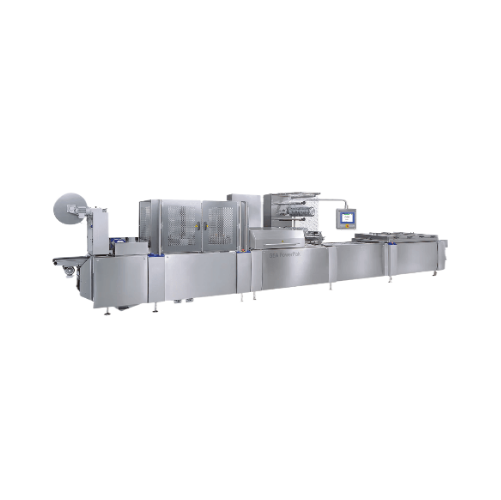
Thermoforming packaging system for meat products
Enhance your packaging capabilities with a modular thermoforming system d...
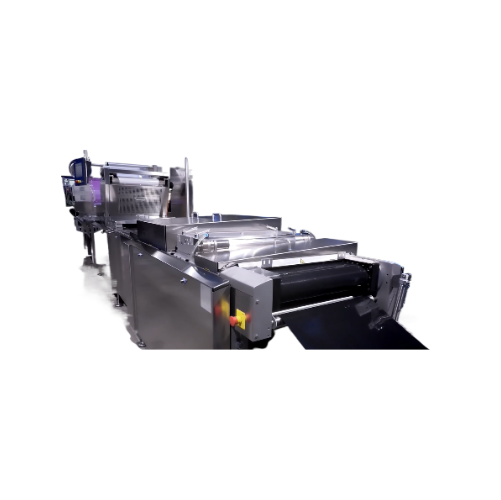
Thermoforming packaging for skin applications
Enhance your packaging line’s versatility with a solution designed for...
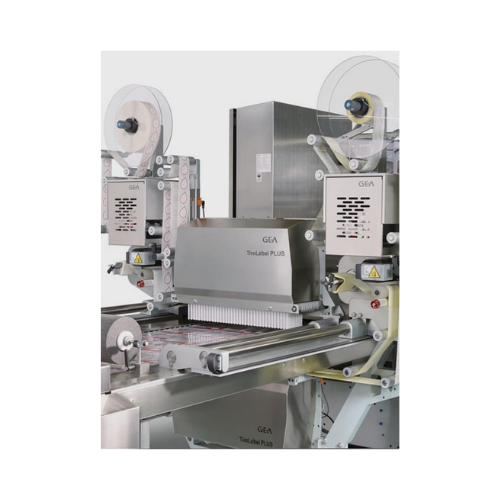
High-speed cross-web labeling for food packaging
Streamline your packaging process with a high-speed labeling system desig...
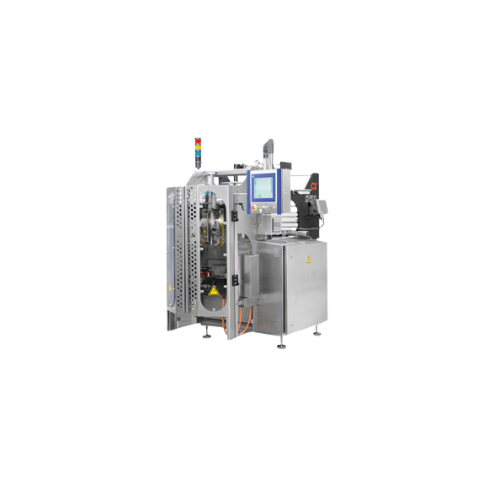
Vertical form fill sealer for high-speed packaging
Achieve consistent, high-speed packaging with flexible bag styles, per...
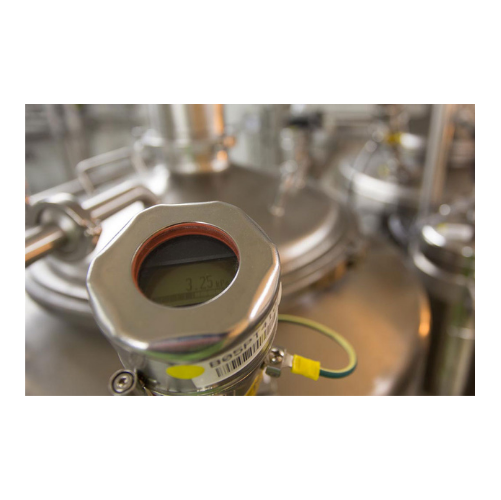
Powdered product shelf-life enhancement through inert gas packing
Extend the shelf life of sensitive powder products by...
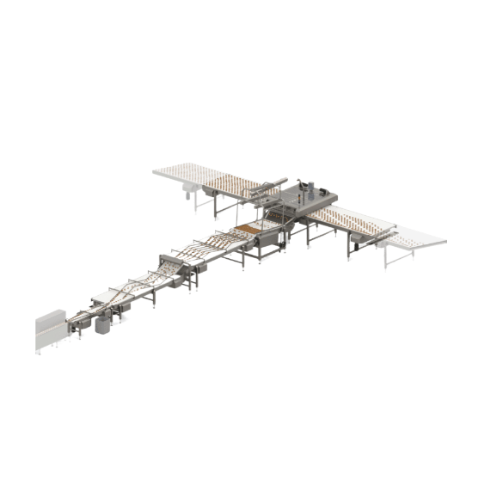
Chicane system for portion pack flowrapper
Streamline your packaging process with a system that ensures precise portioning...
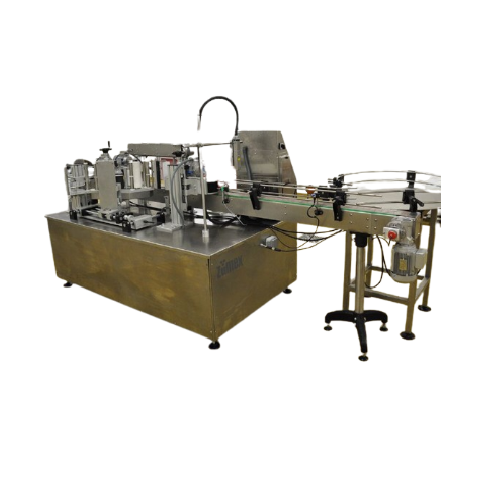
Automatic packing, capping, and labelling line for juice products
Streamline your juice production process with an inte...
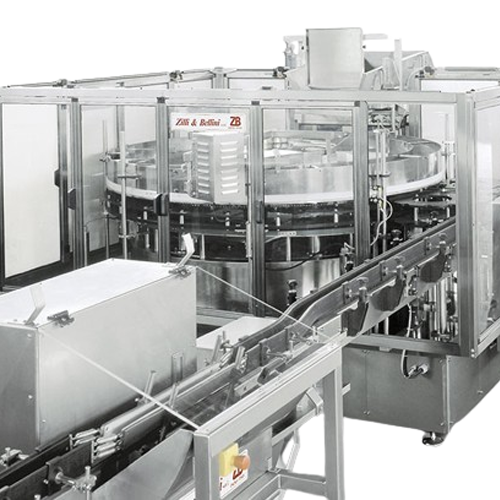
Handpack fillers for diverse food products
Streamline your canned food production by efficiently filling a wide range of c...
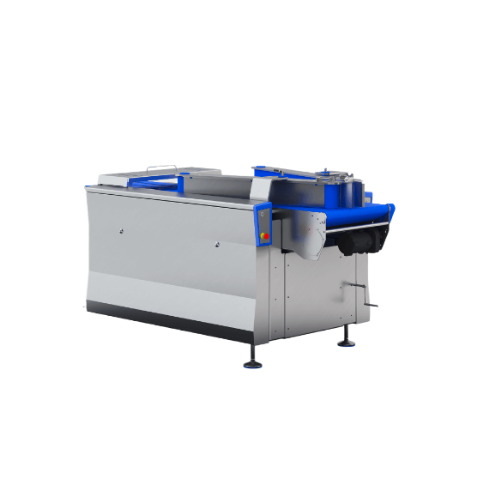
Thermoforming packaging system for medium production volumes
Optimize your food packaging with high-speed, continuous op...
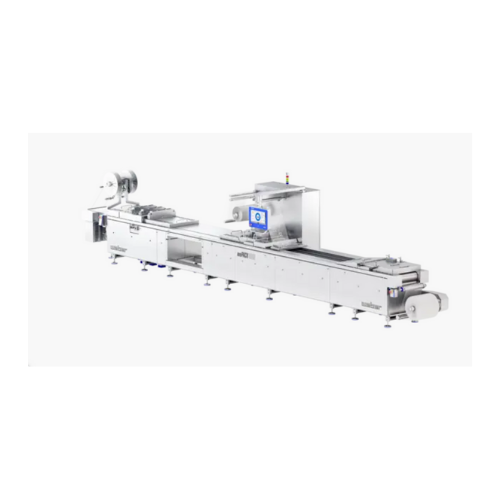
Thermoforming packaging solution for medium production volumes
Optimize your medium-volume packing with a compact thermo...
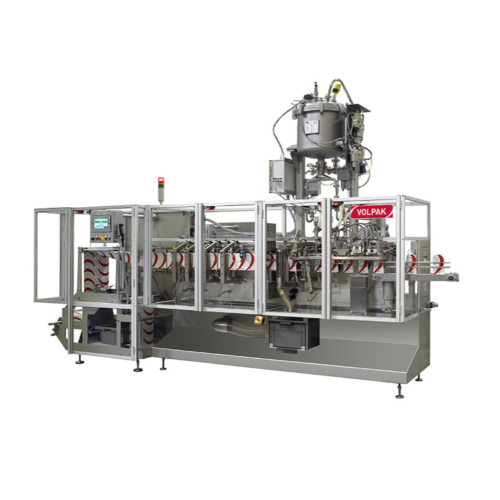
Stand-up pouch packaging for various products
For manufacturers seeking versatile packaging solutions, this machine delive...
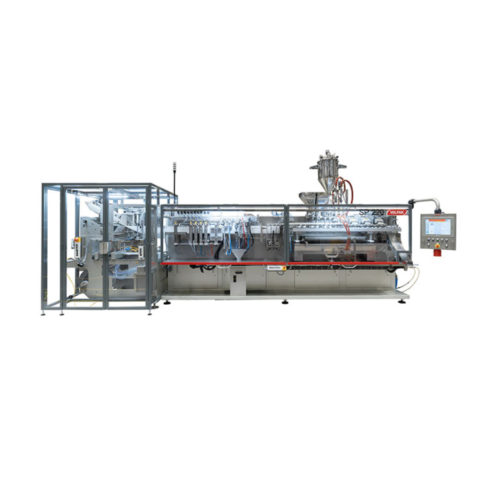
Stand-up pouch packaging for various industries
Elevate your packaging capabilities with a high-speed horizontal pouching ...
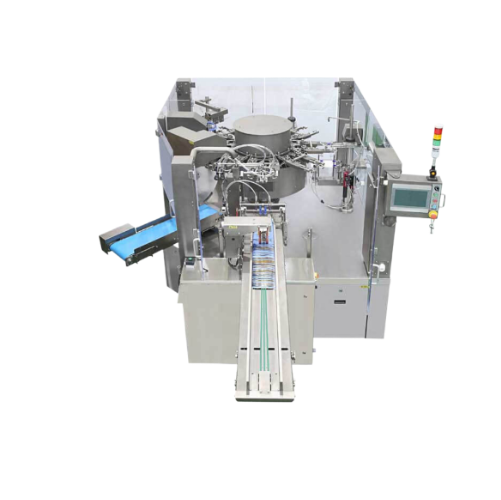
Rotary pouch packaging system for food and powder products
Streamline your packaging process with a rotary system that e...
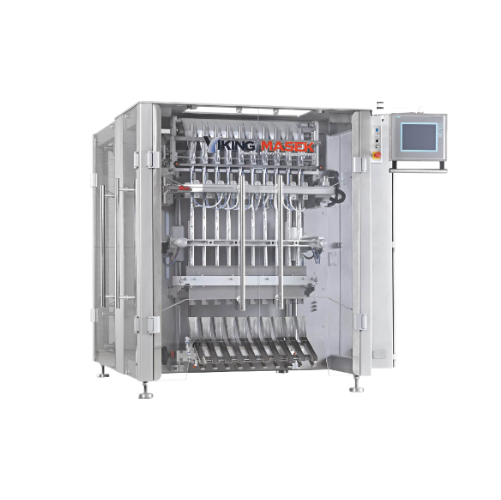
High-capacity stick pack packaging solution
Enhance your production efficiency by packaging diverse products like powders ...
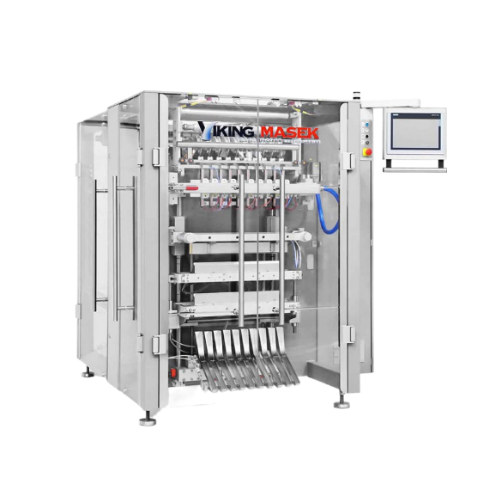
Stick pack packaging for powders and liquids
Streamline your packing process with high-speed, servo-driven stick pack mach...
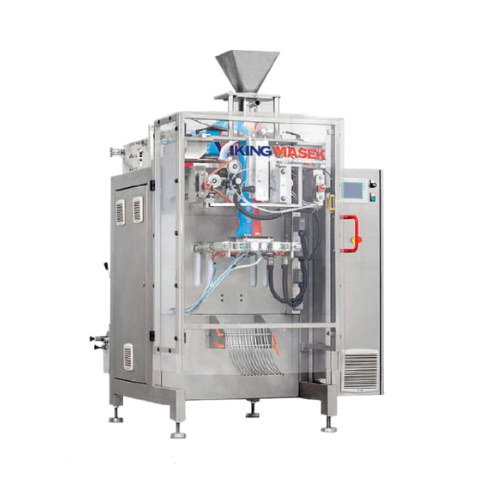
Continuous motion liquid packaging system
Achieve precise and clean liquid packaging with advanced servo-driven squeegee s...
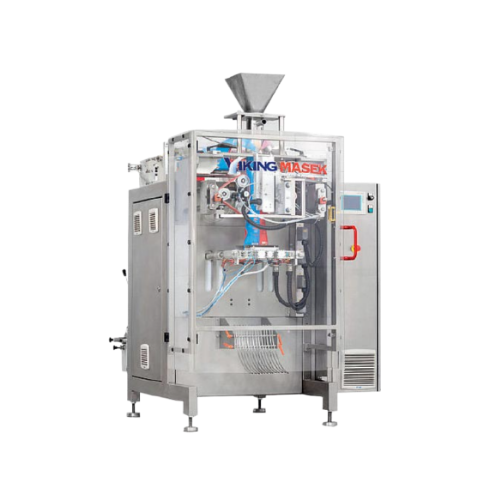
Continuous motion vertical form fill seal packaging system
Achieve high-speed, consistent packaging for diverse products...
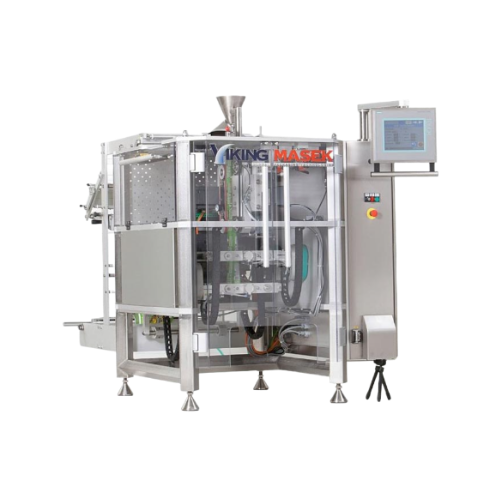
High-speed vertical form fill seal packaging machine
Optimize your packaging line with this high-speed vertical form fill...
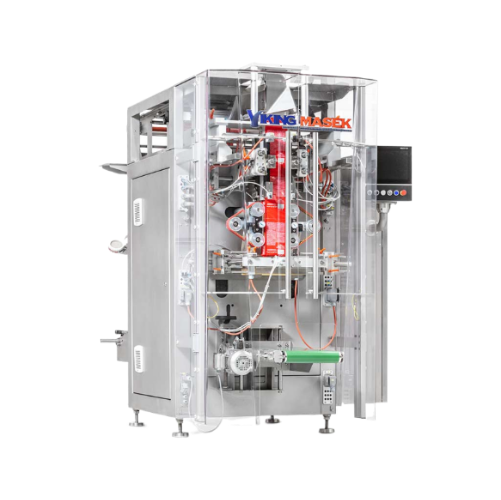
High-speed vertical form fill seal for various packaging needs
Streamline your packaging process with an advanced vertic...
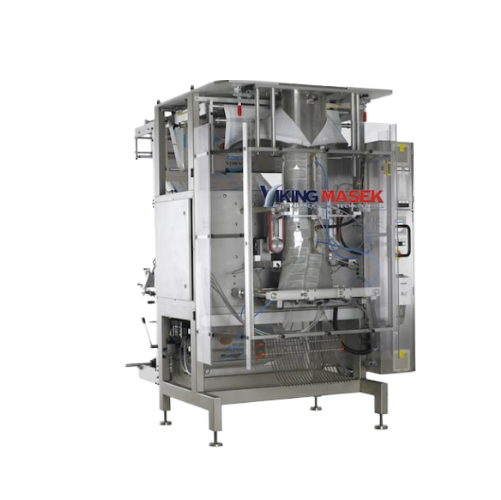
Vertical form fill seal for large bag packaging
For operations requiring precise, large bag packaging, this equipment ensu...
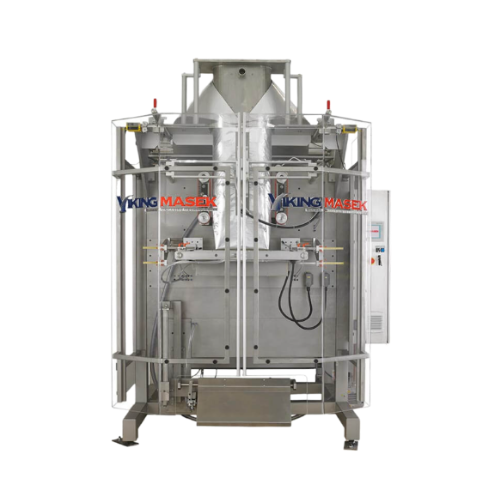
Vertical form fill seal for bulk bag packaging
Streamline your bulk bag packaging with efficiency and precision, ideal for...
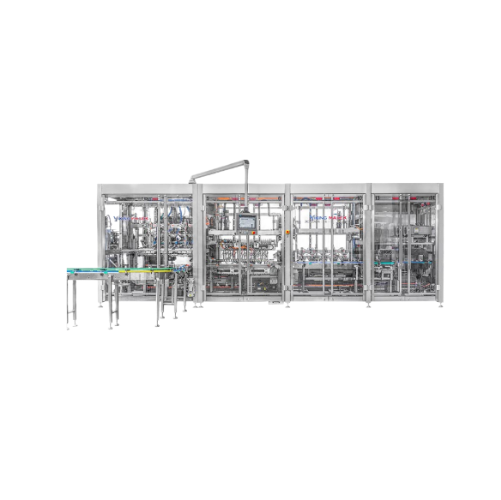
Topload cartoning system for efficient product packaging
Streamline your packaging line with this compact system that com...
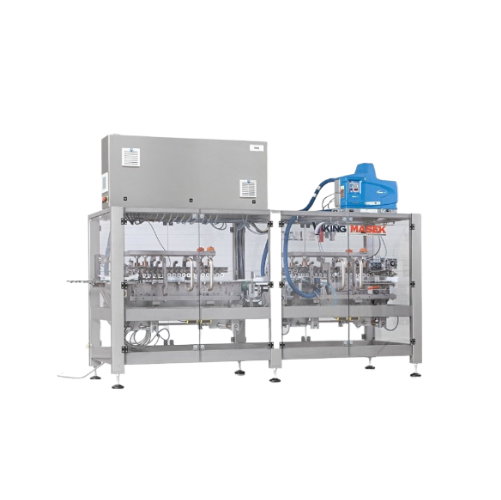
Topload cartoner for packaging cartons
Efficient flap closing for diverse carton sizes, ensuring gentle handling of sensiti...
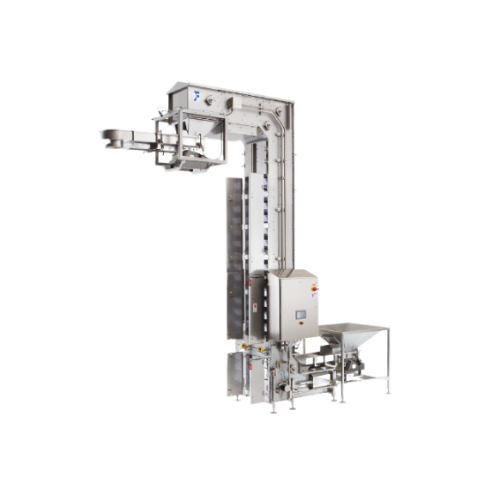
Automated infeed and outfeed systems for packaging lines
Streamline your production line by integrating reliable infeed a...
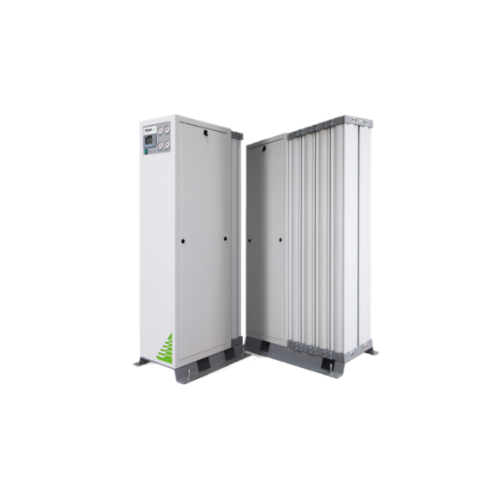
Modified atmosphere packaging solutions for perishables
Extend the freshness and shelf life of perishable goods with prec...
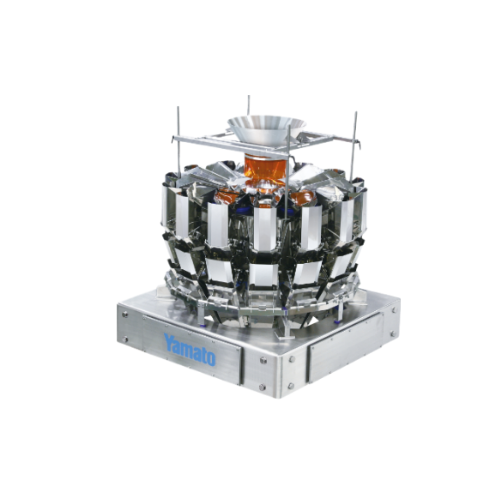
Industrial product fillers for precise packaging
Achieve consistent package weights and volumes with precision filling sol...
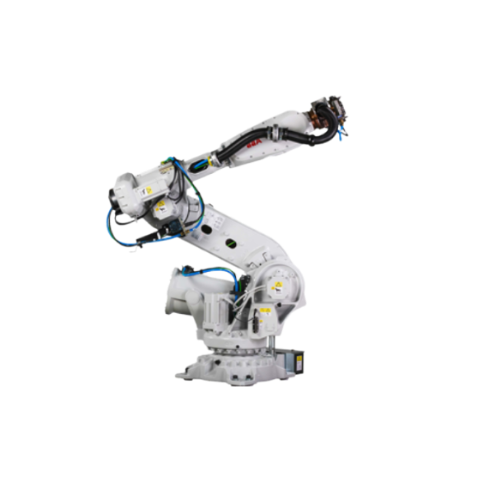
Robotic packaging integration for automated systems
Enhance your production line efficiency with seamless robotics integr...
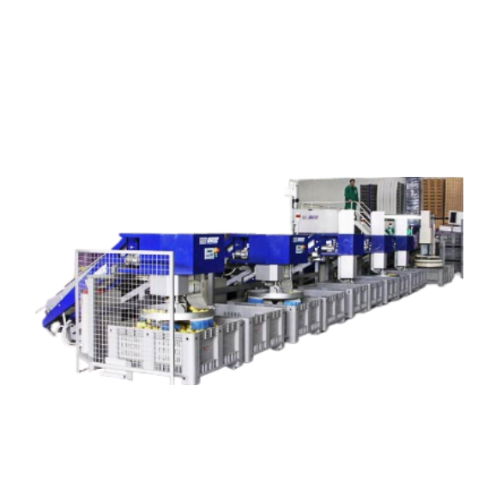
Bin fillers for fruit packing
Achieve precise and gentle handling of fruits and vegetables with flexible bin fillers that se...

Sachet packaging for pharmaceuticals
Streamline your pharmaceutical packaging with high-precision sachet solutions, ensurin...
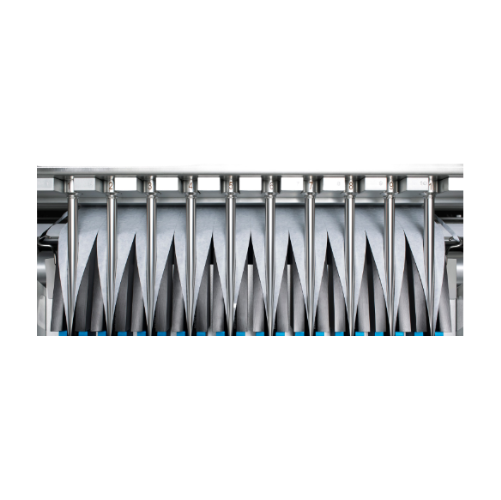
Stick pack packaging for pharmaceutical products
Enhance your production efficiency with compact stick pack solutions, off...
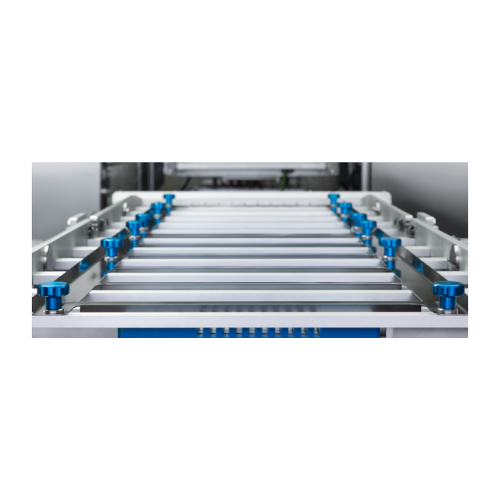
Stick pack packaging line for pharmaceuticals
Optimize your pharmaceutical production with stick pack packaging lines that...
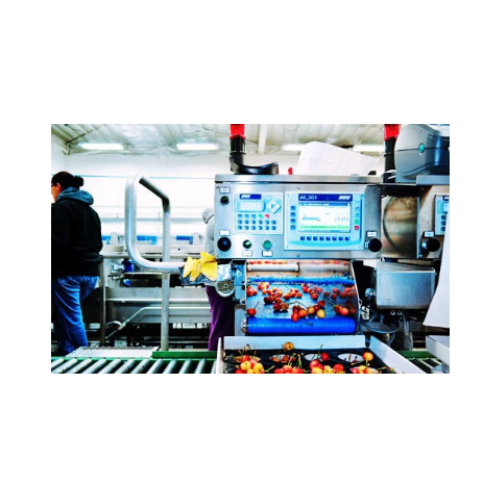
Automatic crate fillers for fruit packing
Elevate your fruit packing efficiency with precision crate fillers, designed to ...
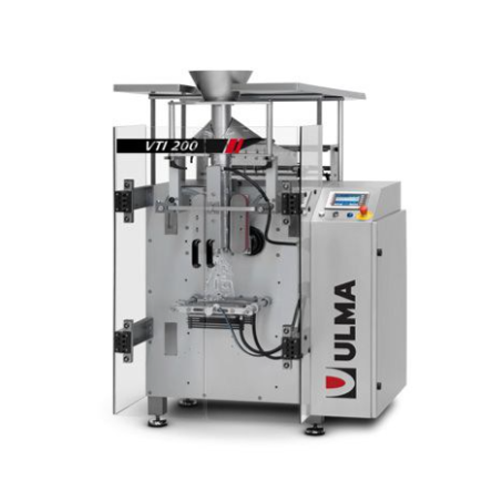
Vertical form fill seal packaging for medium-speed production
Achieve efficient and reliable packaging for diverse food ...
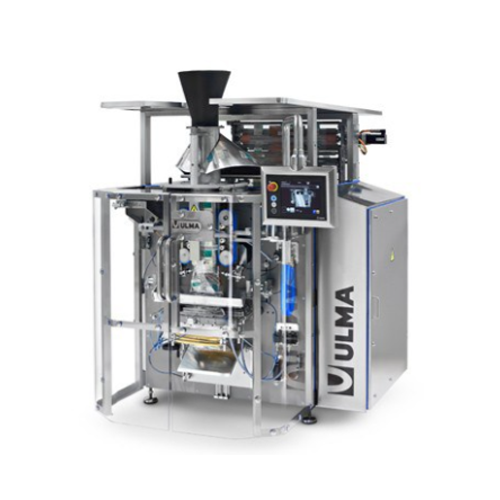
Vertical packaging system for medium-high speed applications
Optimize your packaging line with a system that delivers pr...
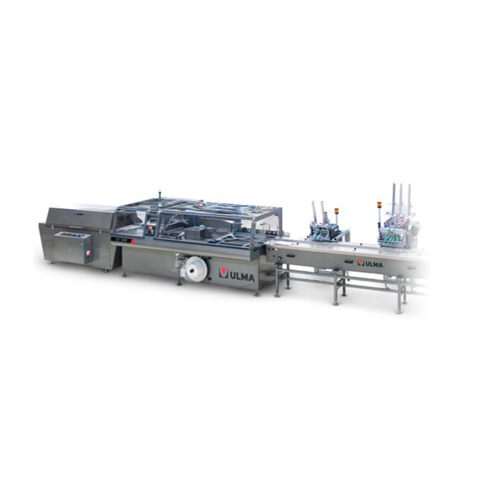
Side seal shrink packaging machine
Achieve seamless and efficient packaging for varied product sizes with continuous side s...
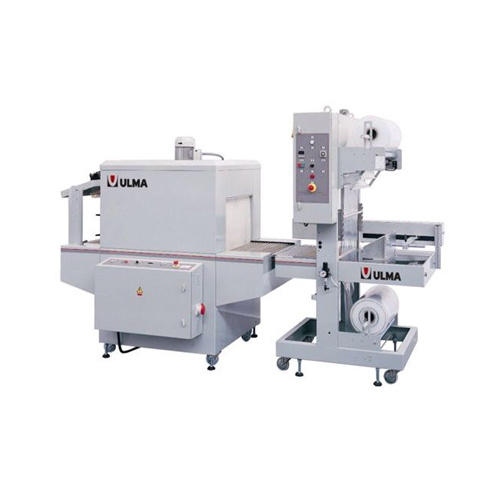
Shrink film sleeve wrapper for packaging
Achieve efficient packaging for diverse products with a versatile sleeve wrapper d...

Thermoforming solution for flexible or rigid packaging
Optimize your packaging efficiency with a high-performance thermof...
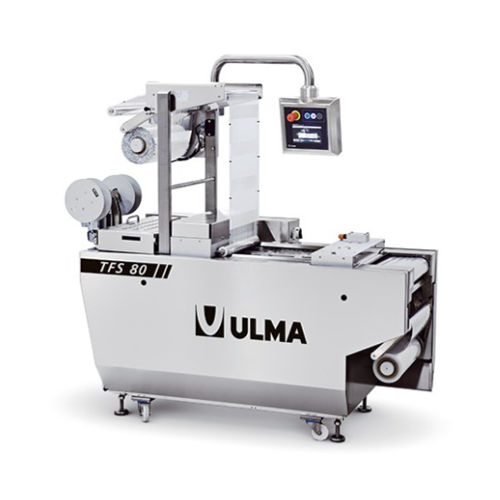
Hygienic thermoformer for flexible film packaging
Streamline your packaging process with a hygienic thermoformer, offerin...
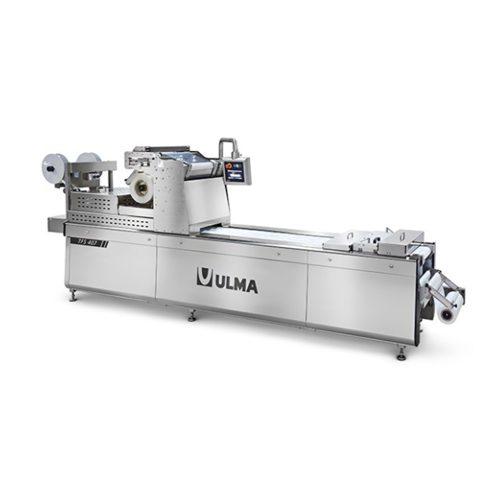
Hygienic design thermoformers for skin packaging
Optimize vacuum sealing for enhanced shelf life and presentation with pre...

Traysealer for modified atmosphere packaging
Enhance your food packaging line with precise traysealing and modified atmosp...
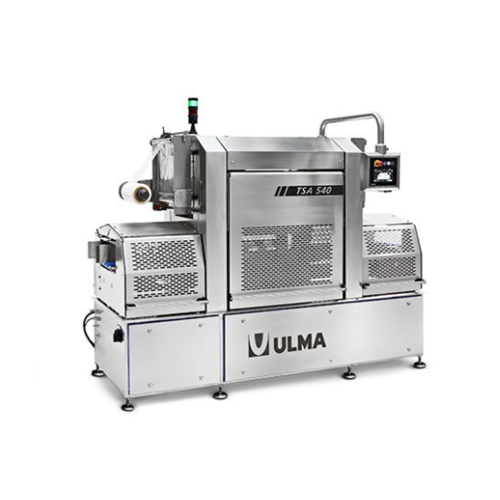
Industrial tray sealer for food packaging
Optimize your packaging operations with precise tray handling and versatile seal...

Advanced horizontal flow wrapper for food packaging
Achieve seamless high-speed packaging for diverse food products with ...

Horizontal flow pack wrapper for medium-high performance packaging
Optimize packaging efficiency with a horizontal flow...
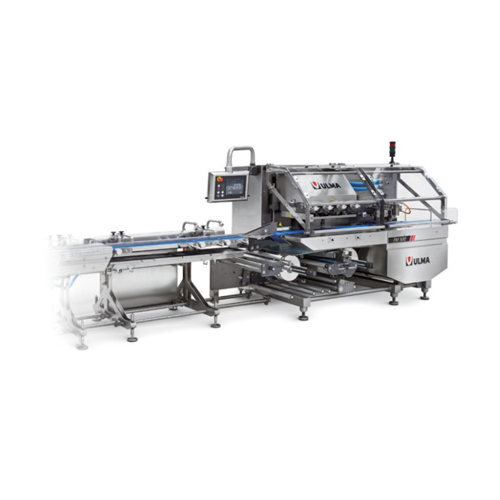
High-speed Map packaging for fresh food products
Ensure product freshness and safety with robust, high-speed packaging tha...
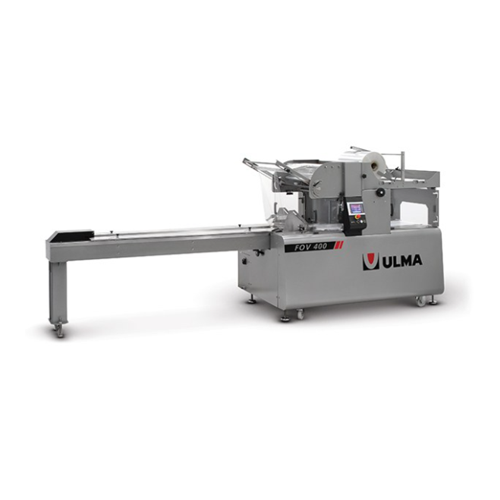
Flow pack wrapper for shrink and film wrapping
Optimize your packaging operations with a versatile solution capable of hig...
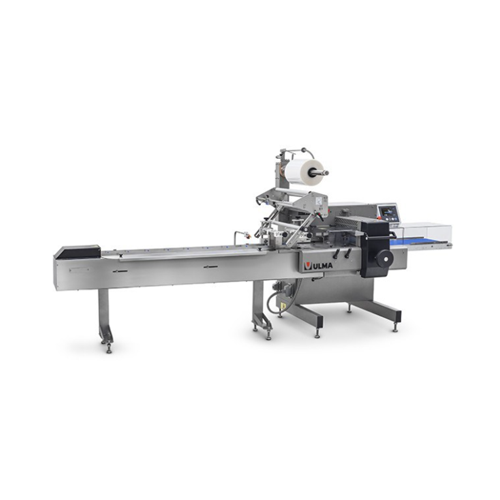
Horizontal flow wrapper for packaging trays and punnets
Optimize your packaging process with an adaptable flow wrapper, p...
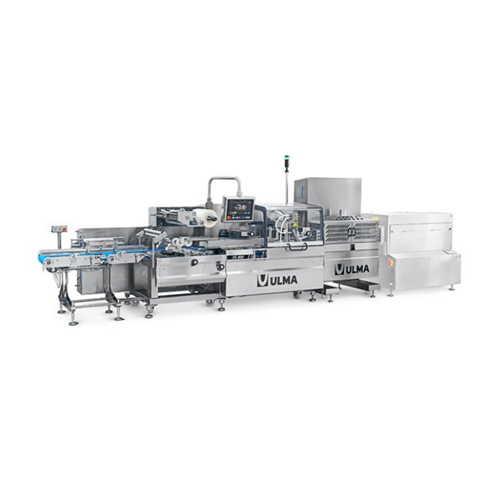
Leakproof flow pack wrapper for meat and poultry
Ensure your meat and poultry products remain fresh and visually appealing...
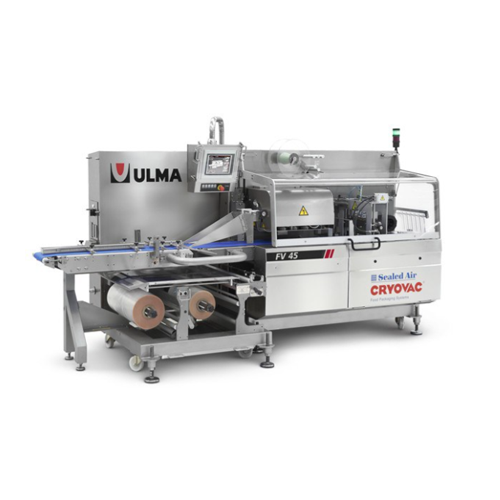
Horizontal flow wrapper for vacuum packaging
Enhance your food packaging line with a solution designed for precision vacuu...
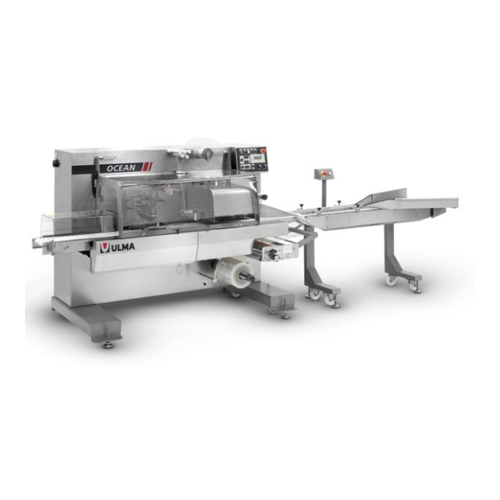
Flow pack wrapper for frozen fish products
Ensure seamless packaging of frozen fish with high-speed efficiency, minimizing...
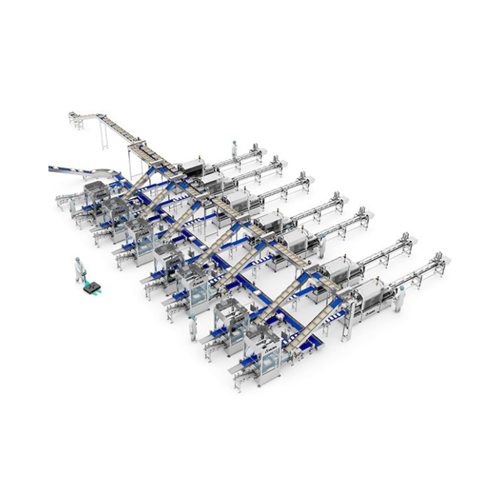
Automatic hamburger packaging solution
Streamline your hamburger production with a fully automated packaging system that en...
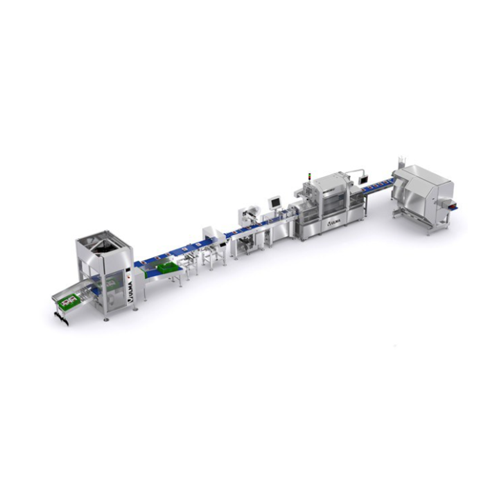
Automated packaging line for meat fillets
Streamline your meat fillet packaging with this fully automated system, designed...
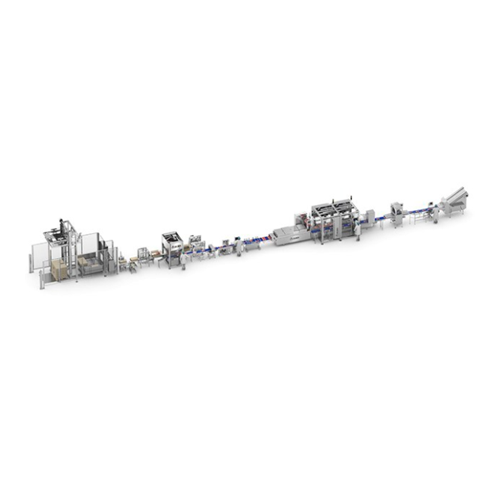
Automated sliced meat packaging solution
Ensure seamless and efficient packaging of sliced meat products with a fully autom...
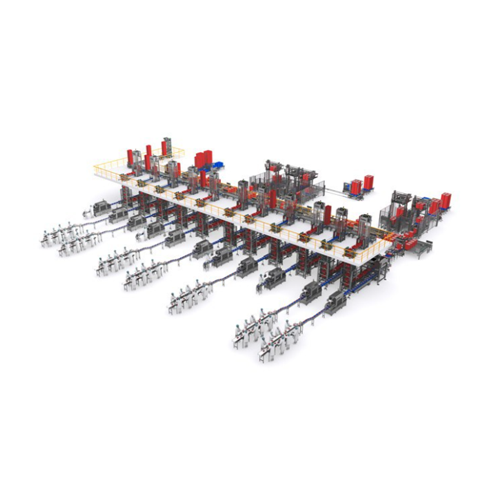
Complete packaging solution for meat products
Achieve seamless packaging integration with a solution designed to streamlin...
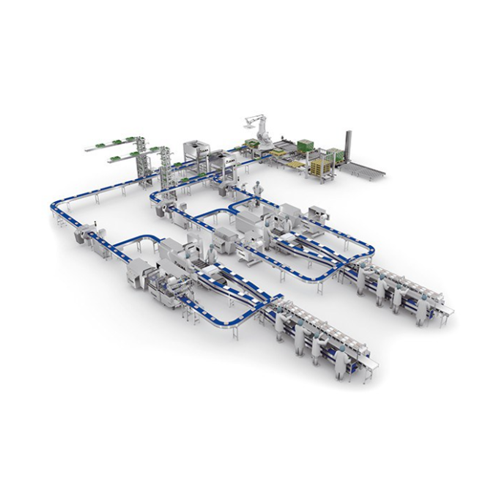
Chicken breast packaging system
Streamline your poultry packaging line with a solution that ensures precise loading, wrappin...

Traysealing system for chicken breasts packaging
Streamline your poultry packaging with a fully automated traysealing solu...
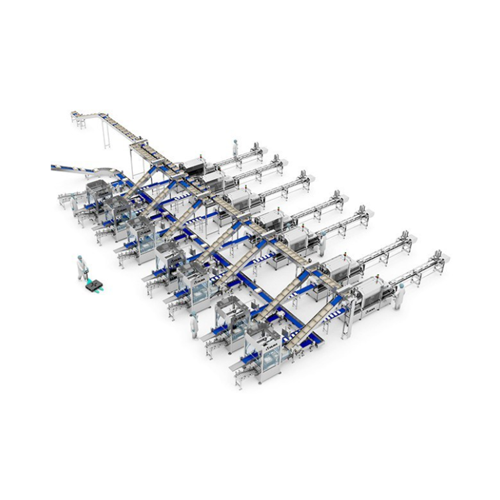
Traysealing system for chicken cut-up packaging
Optimize your poultry packaging operation with this high-speed traysealing...

Frozen chicken cut-ups packaging solution
Maximize your poultry packaging efficiency with a solution that seamlessly integ...
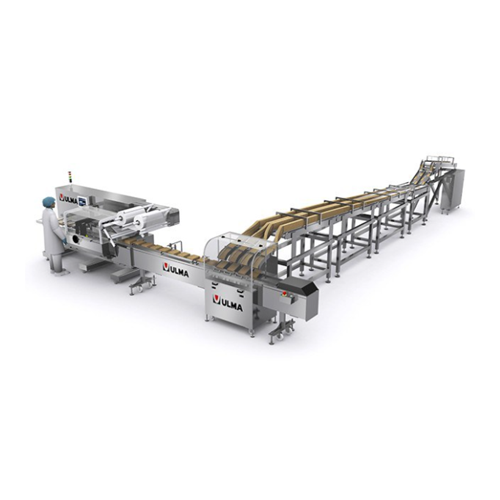
Automated feeding and packaging line for crackers
Optimize your cracker production with seamless integration of high-spee...
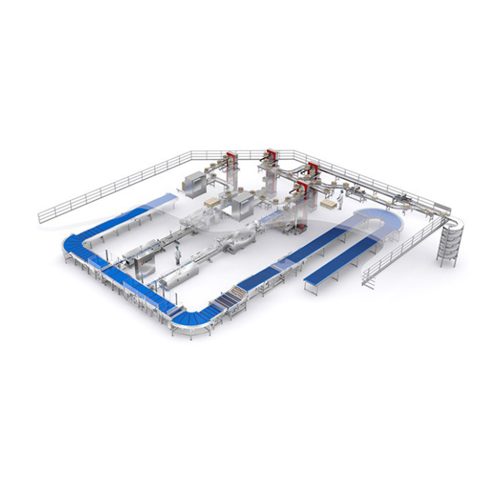
Biscuit packaging and boxing solution
Streamline your biscuit production line with a fully automated system that ensures pr...
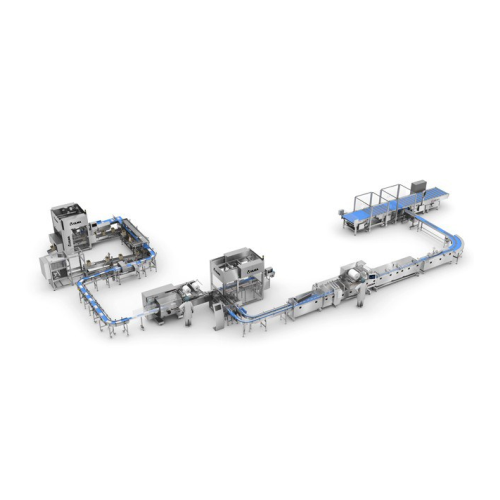
Complete primary and multipack packaging solution for bars
Enhance your bar production efficiency by seamlessly integrat...
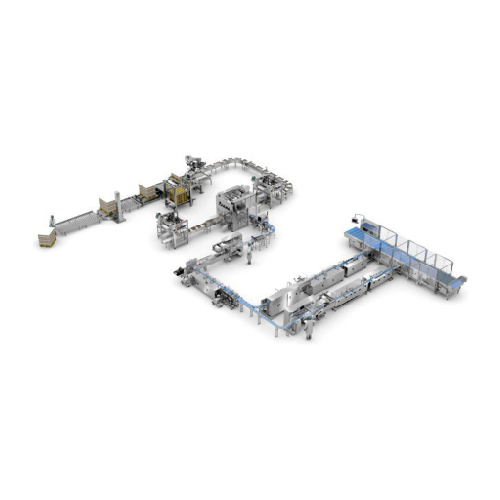
Sweet baked goods packaging solution
Optimize your sweet baked goods packaging process with a fully automated solution desi...
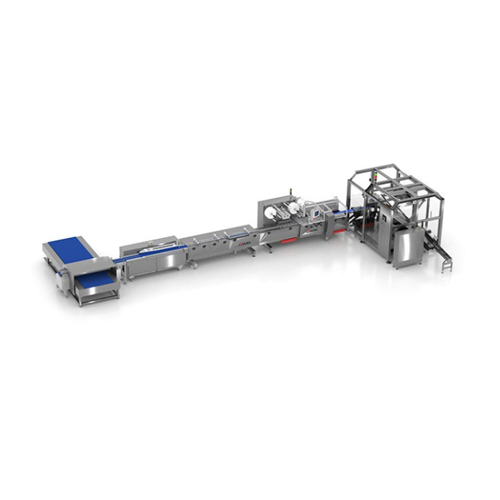
Automated packaging and case packing for snack bars
Optimize your snack bar production line with this high-speed solution...
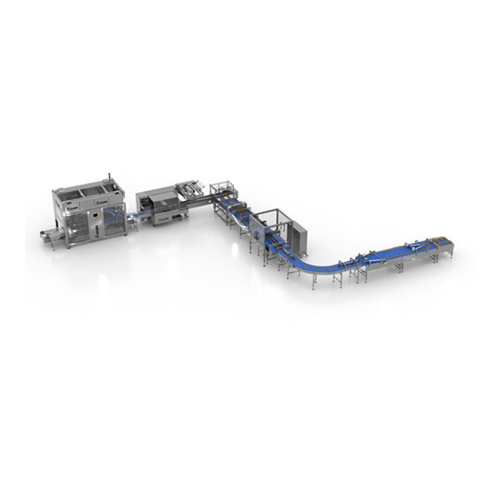
Automated packaging and case packing for soft bread & buns
Ensure consistent and high-speed packaging for your bakery go...
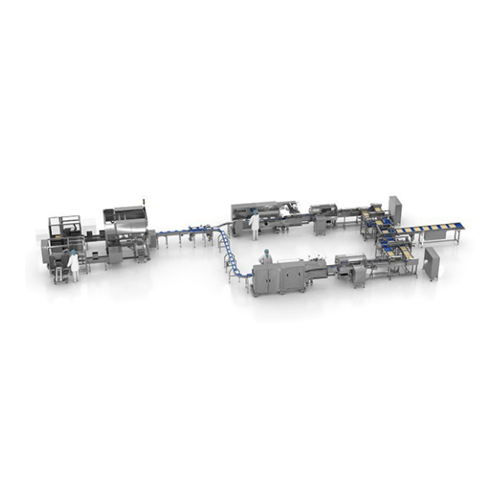
Automated packaging line for wafers
Optimize your wafer production with high-speed, fully automated packaging and versatile...
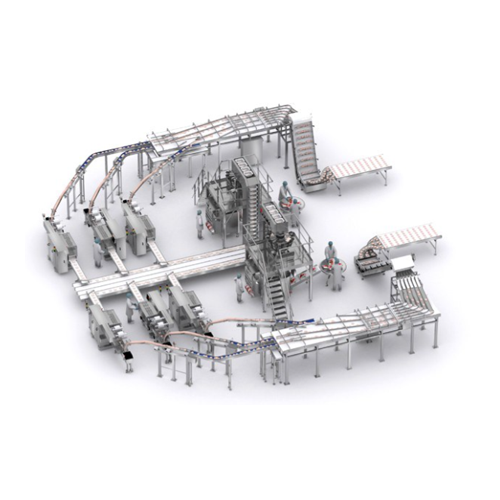
Frozen hamburger packaging solution
Streamline your frozen burger production with a fully automated system that efficiently...
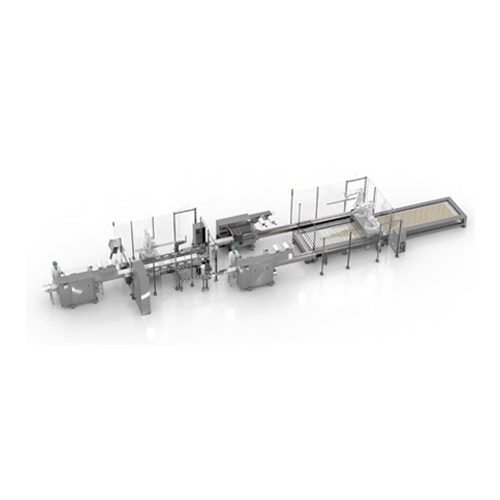
Automated line for baked goods packaging
Enhance your packaging efficiency with a seamless integration of precise loading a...

Sustainable biscuit packaging line
Enhance your biscuit production with a fully automated packaging line that leverages sus...

Automatic packaging machine for open-mouth bags
Optimize your packaging line with precision weighing and high-speed baggin...
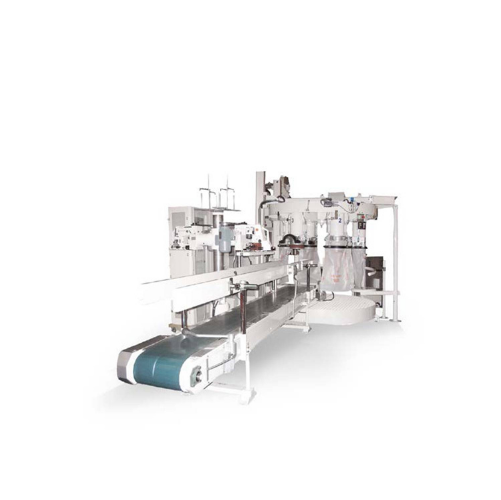
High capacity carousel packaging solution
For high-capacity milling operations, this packaging solution minimizes labor an...
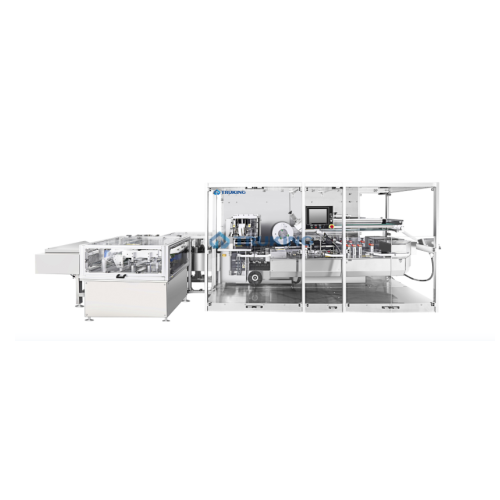
Secondary packaging cartoner for ampoules and vials
Optimize your aseptic production with efficient high-capacity carton ...
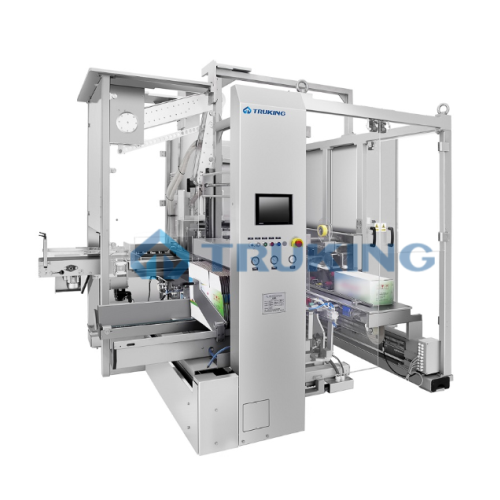
Automatic case packer for pharmaceutical industry
Optimize your packaging process with a versatile case packer designed t...
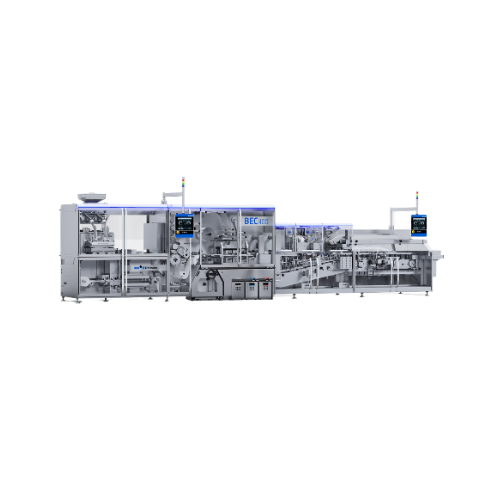
Fully automated packaging lines
Streamline your production with versatile packaging lines designed to handle a range of good...
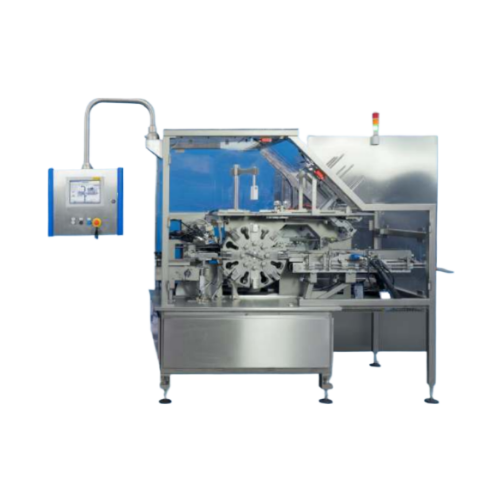
Box cartoning solution for single bricks and bar packages
Efficiently collate and seal brick or bar-shaped products into...

Portable vacuum sealer for food packing
Simplify your food storage and preparation with a compact vacuum sealer designed to...
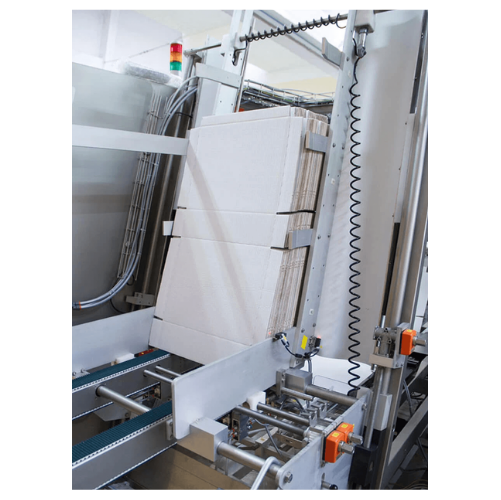
Automated wrap-around packaging system
Streamline your packaging process with a system that efficiently groups, folds, and ...

Heavy duty checkweigher for large packages
Achieve precise in-motion weighing for large packages without halting your prod...
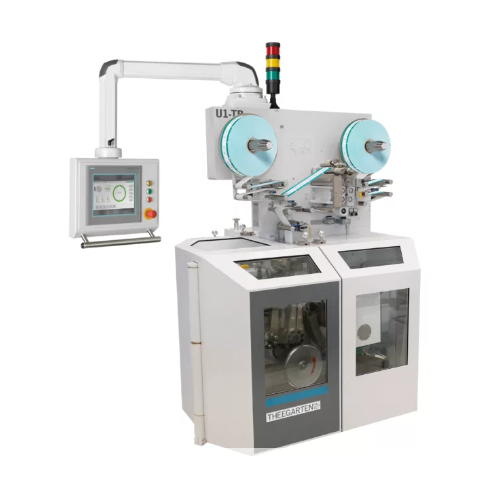
High-speed double twist packaging for face cut confectionery
Achieve optimal presentation of multi-colored face cut conf...
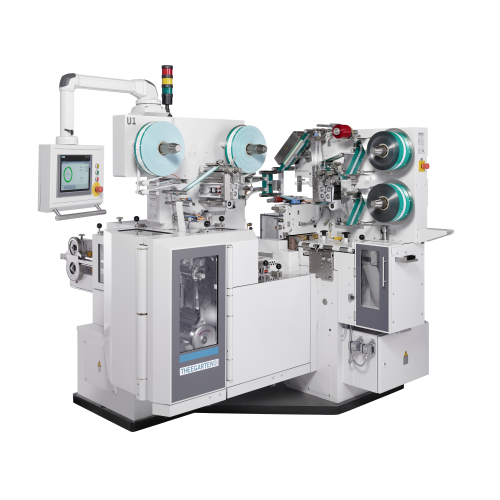
High speed packaging system for soft caramels
Optimize your confectionery line with a high-speed solution designed to seam...
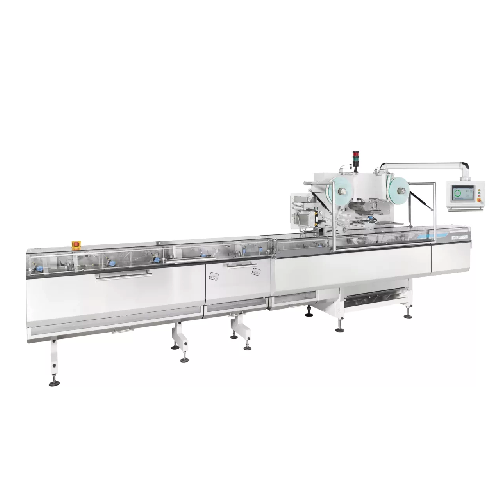
Modular high-speed wrapper for chocolate flow packs
Efficiently wrap a wide range of products, from chocolate bars to dis...
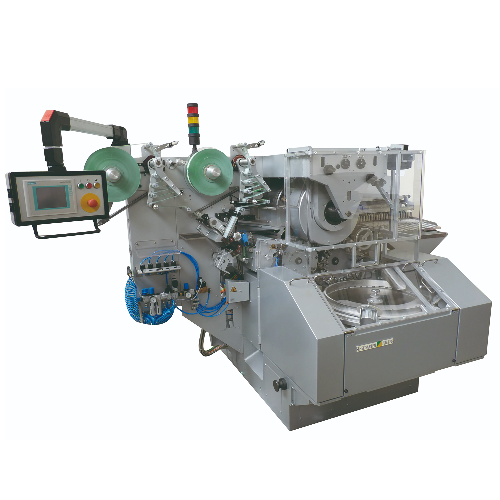
Retrofit package for Ek1 packaging system
Upgrade older packaging systems to enhance efficiency and flexibility while acco...

Modular linear packing system for granular products
Streamline your packing operations with a versatile system that integ...

Modular packing system for multihead weighing
Streamline your production with a versatile multihead system designed for pr...
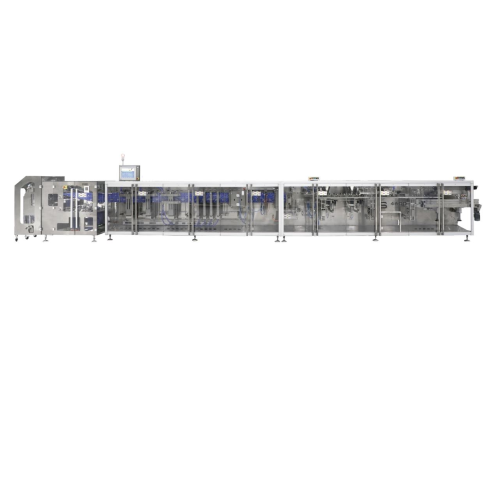
Horizontal form-fill-seal systems for pouch packaging
For production lines that demand efficient pouch creation, these hi...
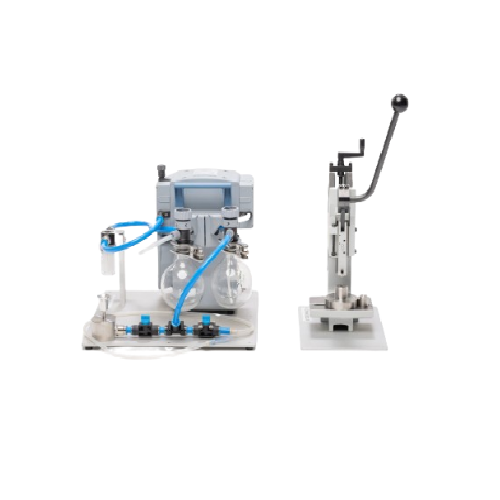
Catalyst cartridge packing system
Efficiently pack and seal catalysts into cartridges with precision, ensuring reliable and...
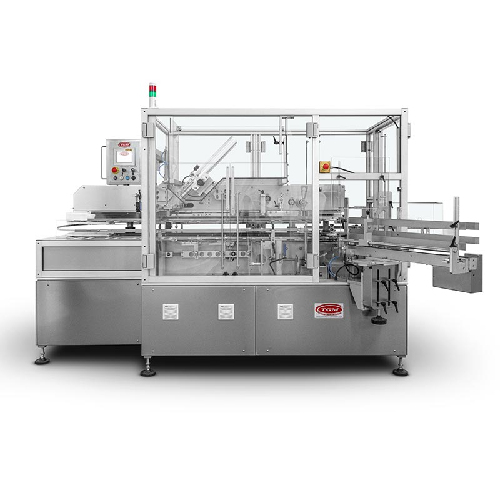
Automatic case packer for mid-volume production
Optimize your packaging line with a compact case packer designed to handle...
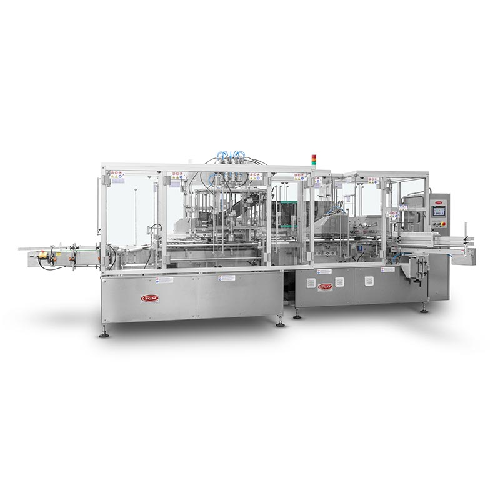
Vertical cartoner for fast and efficient packaging
Streamline your high-speed production by seamlessly integrating vertic...
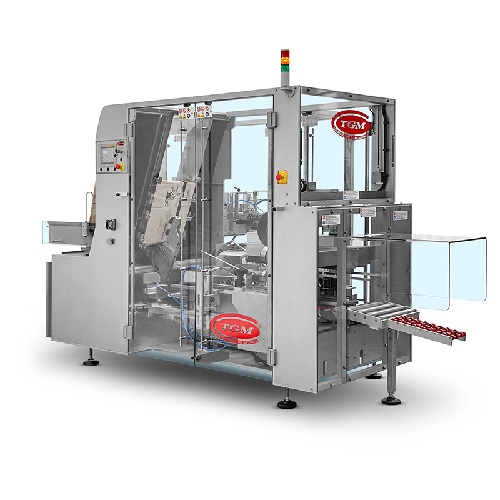
Automatic case packer for cartons and bundles
Optimize your packaging process by efficiently inserting single cartons and ...
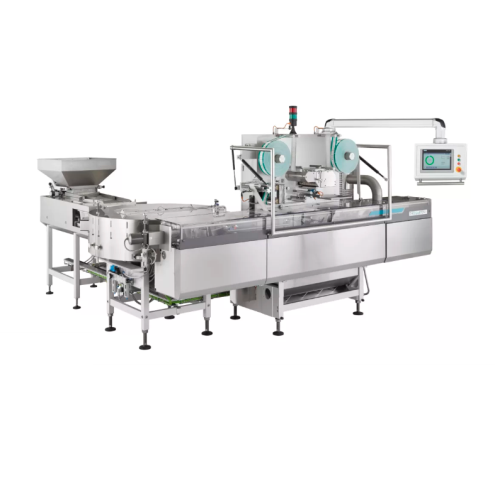
Modular high-speed flow pack wrapper for preformed products
Eliminate packaging line bottlenecks with a versatile high-s...

Aseptic filling solution for tetra classic packaging
Experience efficient aseptic packaging with high-speed operation, of...
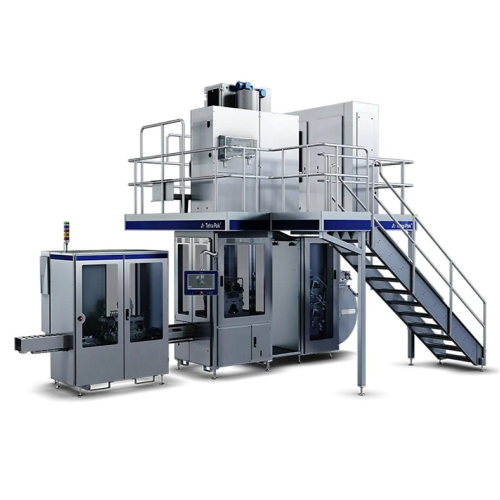
Filling system for tetra brik 100 slim packages
Optimize your chilled product packaging with a high-speed filling system d...
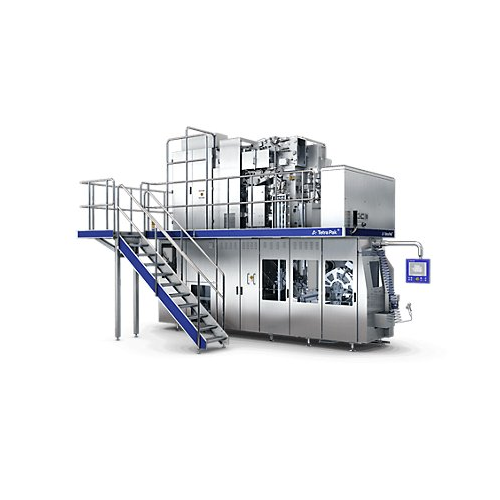
Carton filling system for tetra brik portion packs
Achieve high-capacity portion filling with innovative electron beam st...
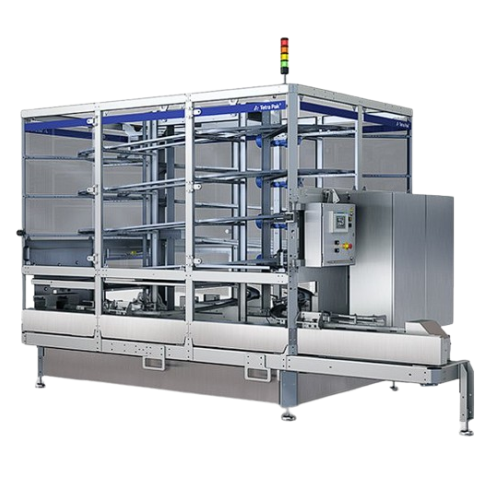
Vertical package accumulator for food and beverage production
Ensure seamless flow and precise order tracking of package...
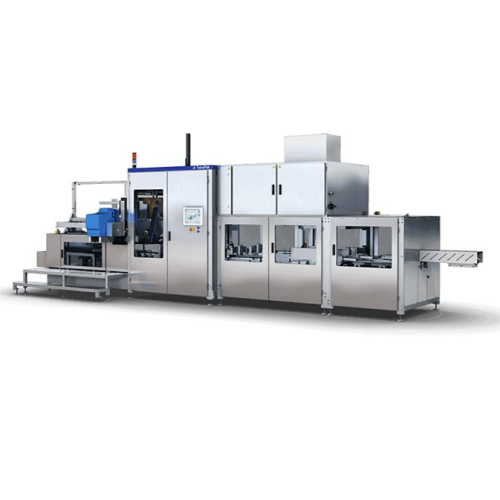
Cardboard packer for secondary packaging
Streamline your packaging process with a high-speed, automated cardboard packer th...
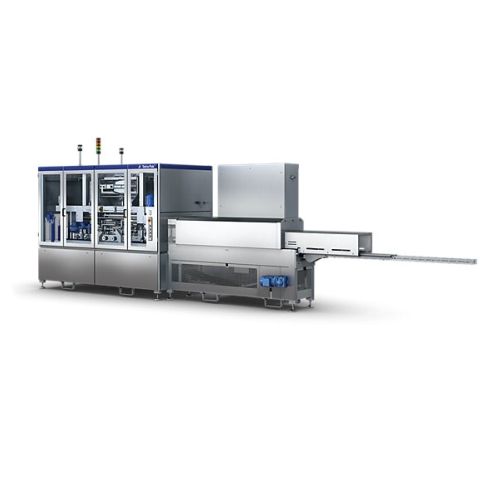
Shrink wrapping system for flex portion packages
Optimize your packaging line with a high-speed shrink wrapping system des...
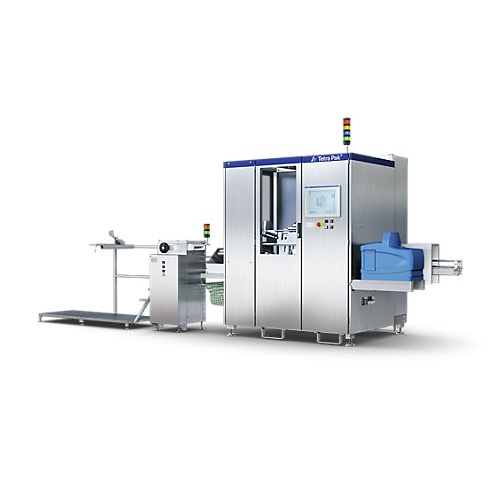
Straw applicator for tetra pak packages
Enhance your packaging efficiency with a high-speed solution that seamlessly attach...
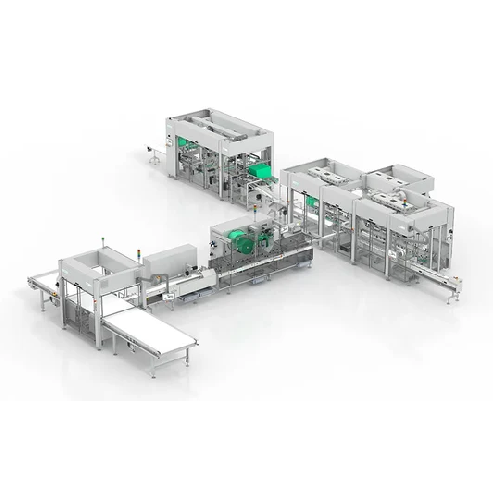
Horizontal flow wrapper for food packaging
Simplify your packaging process with our high-speed horizontal flow wrapper tha...
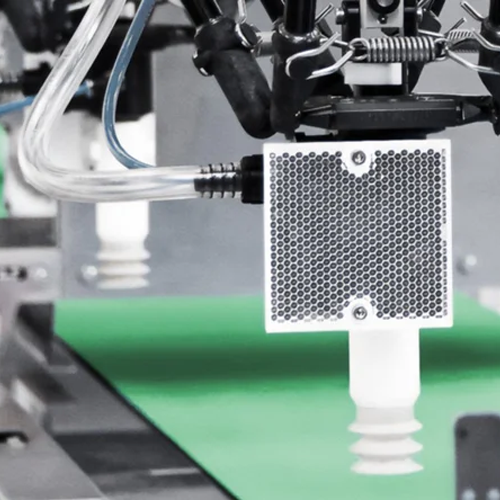
Robotic pick and place platform for food packaging
Enhance your packaging efficiency and product quality with a scalable ...
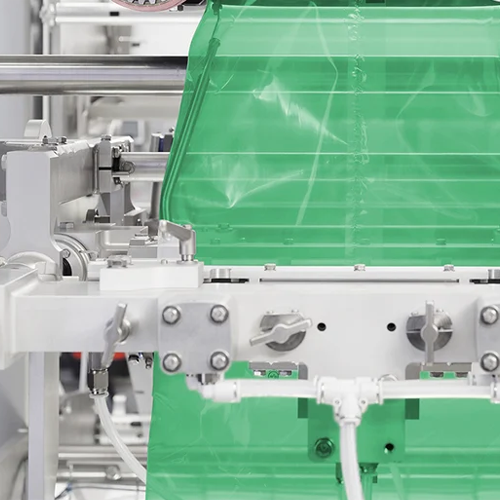
Vffs packaging solution for diverse bag styles and high hygiene standards
Enhance your packaging operations with high-...
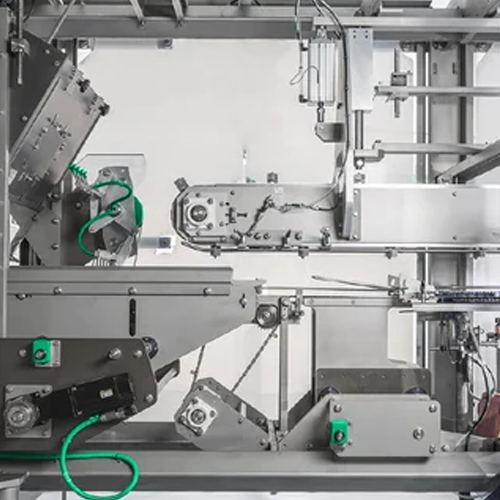
Nutraceutical products processing and packaging
Streamline your nutraceutical production with versatile equipment capable ...
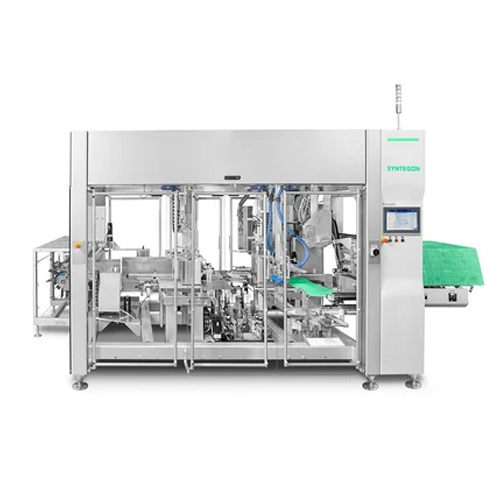
Case packer for diverse food products
Optimize your packaging line with this versatile case packer, capable of handling a w...

Candy packaging solution for gummies and hard candies
Maximize your confectionery efficiency with high-speed packaging so...

Automatic belt chamber vacuum packing for meat and cheese
Achieve seamless integration into your packaging line with a m...

Combined packers with in-line infeed for plastic and glass containers
Streamline your packaging process with a versatil...
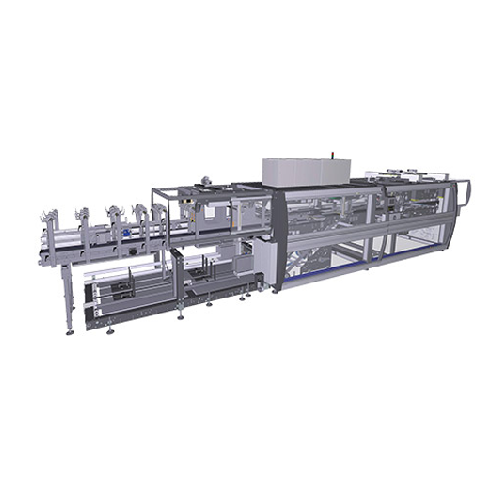
In-line infeed wrap-around case packer
Optimize your secondary packaging process with high-speed wrap-around case packing, ...
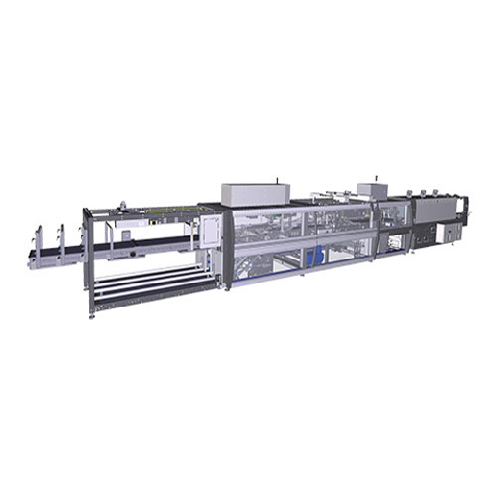
Combined packers with in-line infeed for versatile packaging needs
Achieve seamless and efficient packaging with combin...
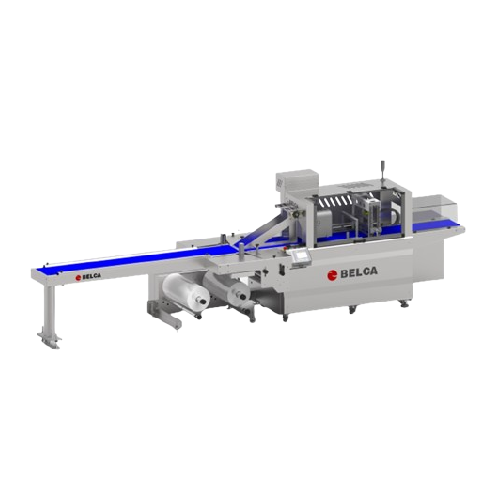
Flowpacker for packaging products
Achieve seamless packaging with high-speed, automated flowpacking that enhances product p...

High-speed case packer for crates and boxes
Streamline high-speed packaging with advanced robotics, placing over 140 packs...
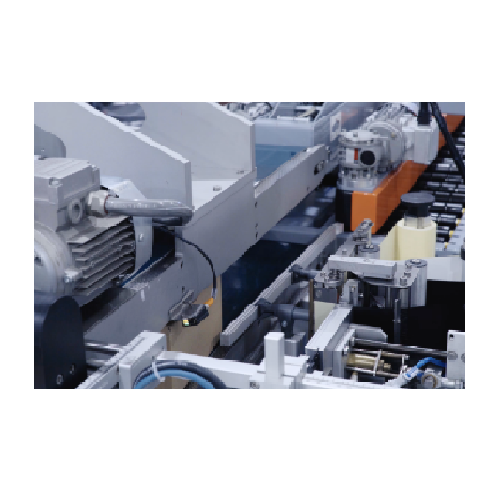
Vertical case packer for bottles and vials
Efficiently pack hard-to-handle items like bottles and vials with precision aut...
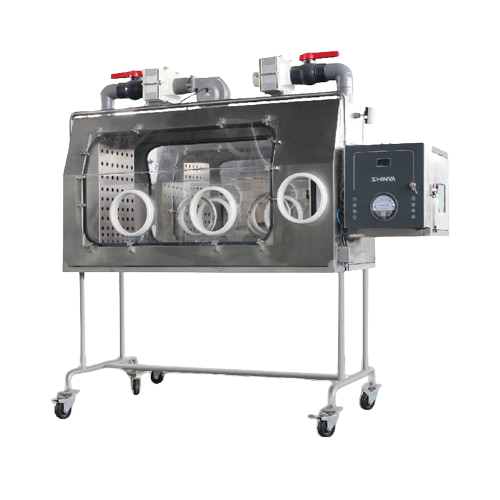
Soft pack isolator for rats and mice
Ensure a sterile and controlled environment for laboratory mice and rats with this sof...

Multi-lane sachet packaging machine
Optimize your packaging line with this multi-lane sachet packaging machine, designed to...
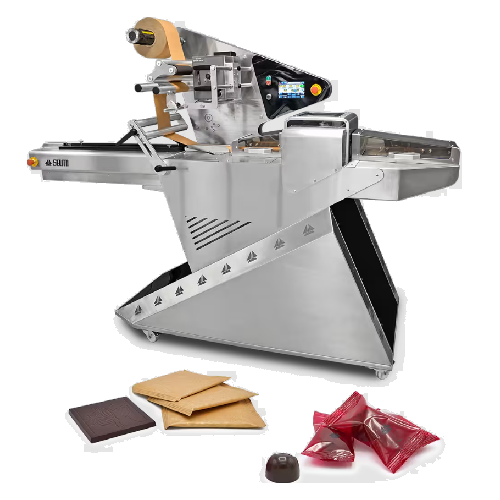
Flowpack packaging machine for chocolate products
Effortlessly wrap and preserve large quantities of chocolate and sweet ...

Flow-wrapping solution for varied packaging needs
Gain unmatched flexibility and sustainability with a cutting-edge flow-...
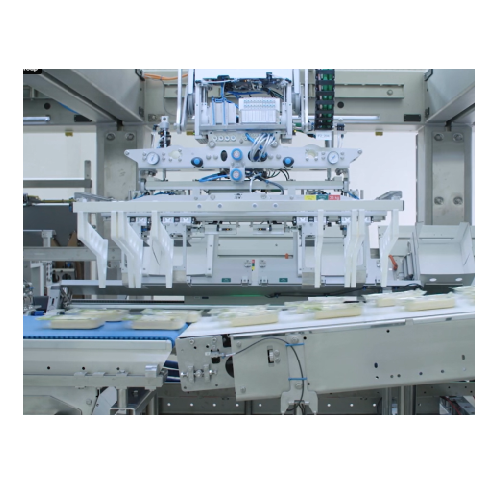
Case packer for diverse packaging needs
Optimize your production line with this modular case packer, designed to handle div...
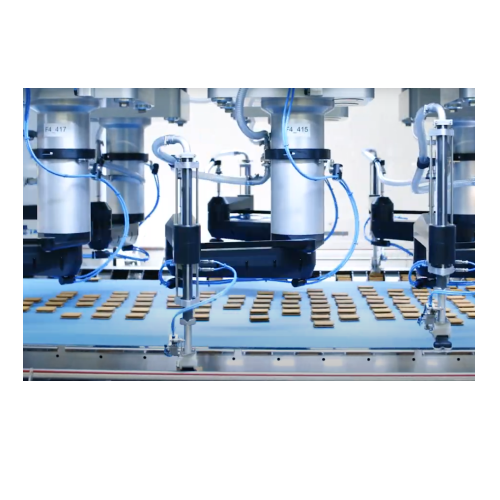
Pick & place robots for industrial packaging
Elevate your production line with advanced automation that ensures precise pa...
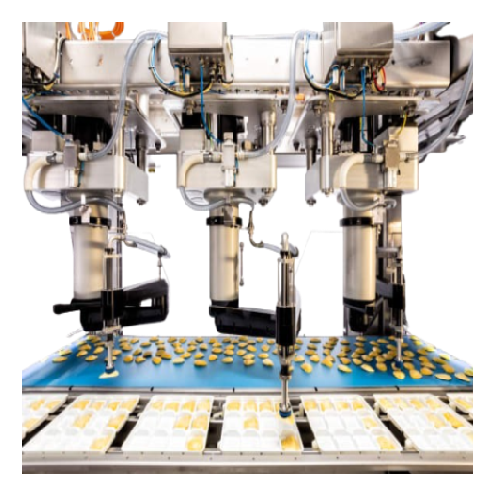
Pick & place vision system for packaging quality control
Ensure flawless product packaging with a vision system that enha...
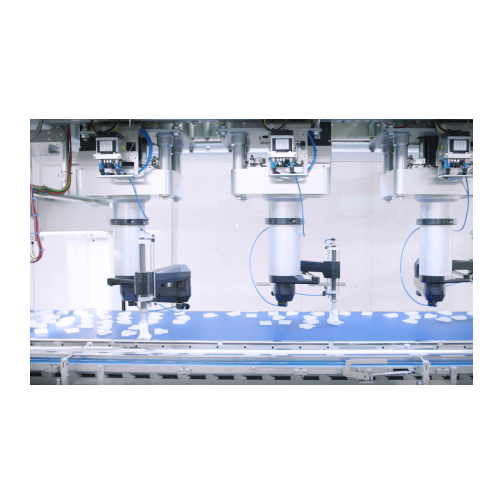
Compact carton packing solution for standardized tasks
Streamline your packaging workflow with a preconfigured solution d...
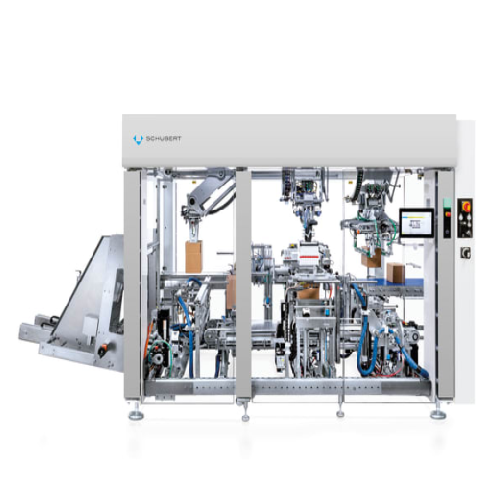
Ultra-compact case packer for consumer goods
Maximize efficiency on your production floor with a compact case packer desig...
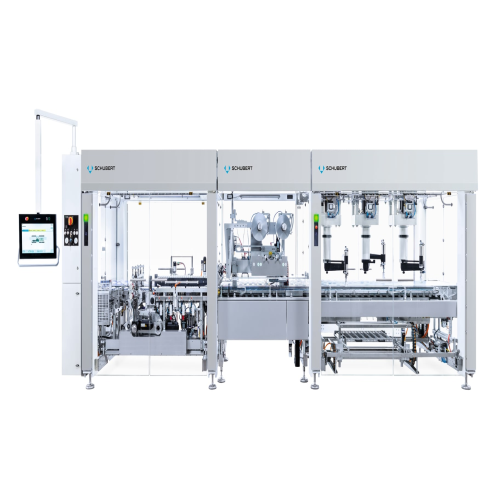
Flowpacker for packaging products in flowpacks
Optimize your flowpack packaging line with a preconfigured solution that ac...
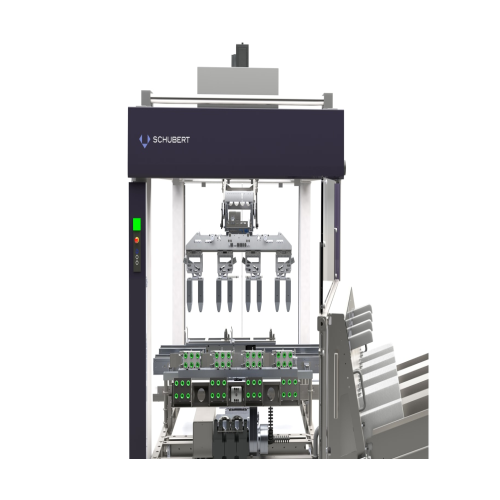
Modular packaging systems for diverse industries
Effortlessly adapt to market demands with versatile packaging systems, de...
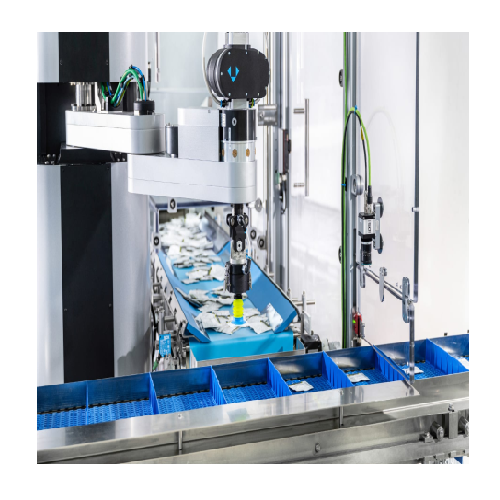
Automated pick and place cobot for packaging
Overcome packaging bottlenecks with an advanced cobot designed for high-speed...

Wrapper and cartoner for e-commerce packaging
Streamline your packaging line with efficient cartoning and wrapping solutio...
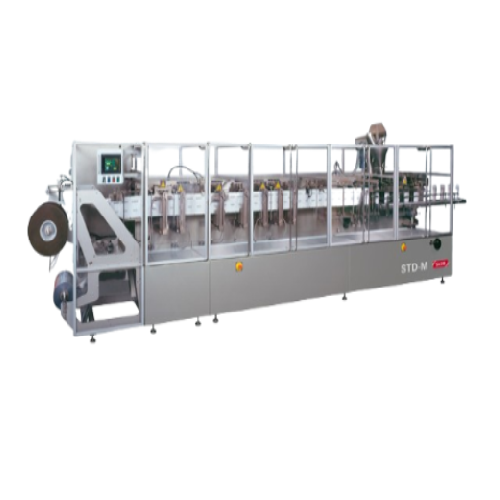
Stand-up pouch packer for molasses
Optimize your tobacco molasses production with high-speed pouch packing, designed to mai...
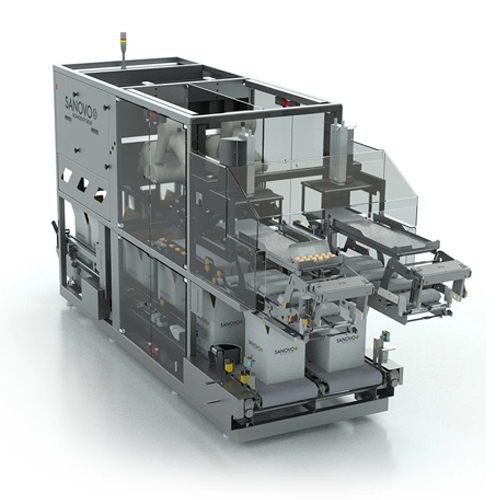
Automatic case packer for egg processing
Streamline your egg processing with high-speed case packing, seamlessly integratin...

Egg packing solution for high volume efficiency
Optimize your egg handling process with seamless packing and stacking effi...
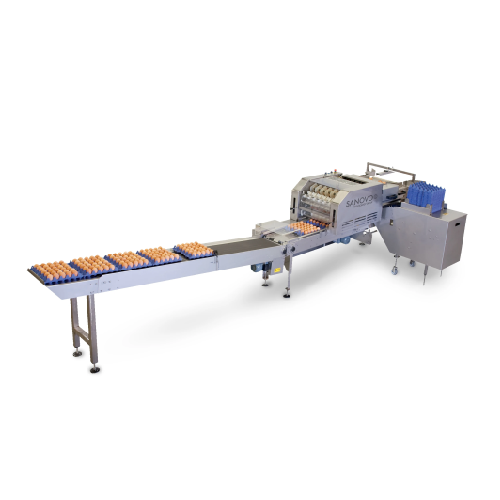
Egg packer for farm operations
Streamline your egg handling process with an efficient solution that ensures gentle, precise ...
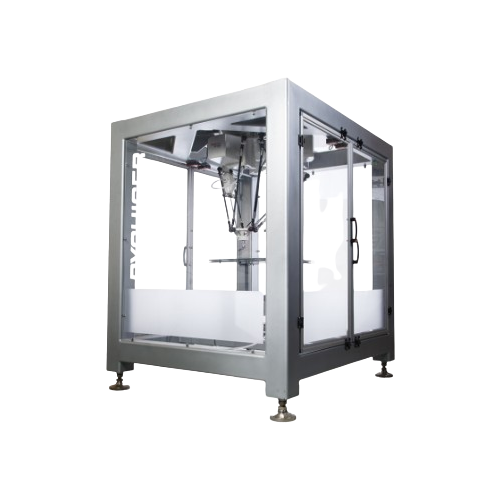
Top loader robots for precision packaging
Optimize packaging operations with versatile robotic top loaders that achieve hi...
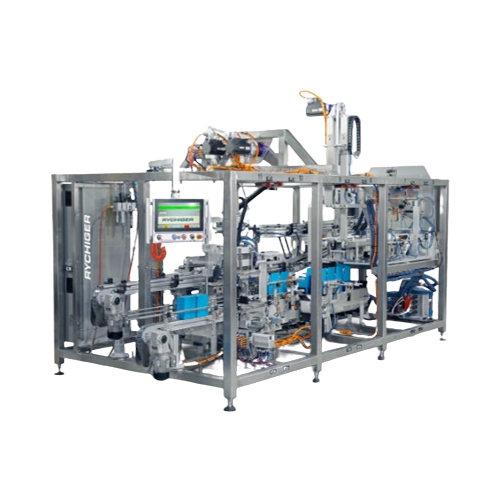
Tray packer for forming, loading, and sealing
Optimize your production line with a versatile tray packer designed to seaml...

Compact case packer for secondary packaging
Optimize your secondary packaging process with a case packer that operates cle...
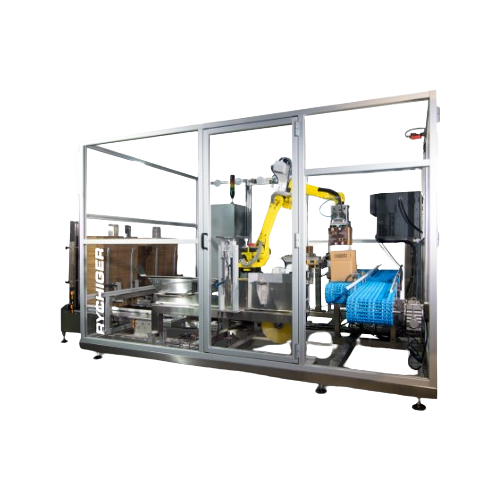
Sequentially automated case packer for small products
Efficiently pack diverse small products into large cases with preci...
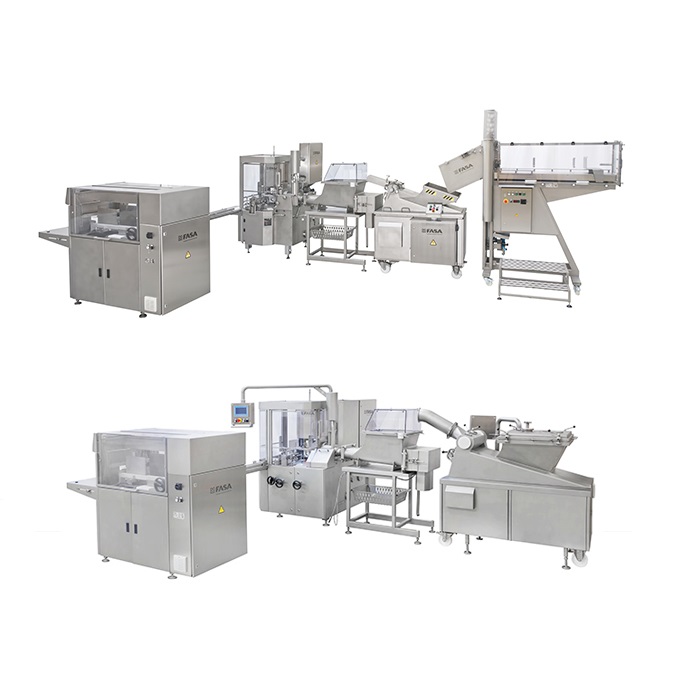
Butter Re-packaging Line
Although bulk butter blocks are commonly used in commercial food production, they are heavy and diff...

Side Load Case Packer For Packaged Food
Accuracy is a primary concern for case-packing pre-packaged foods such as milk or p...
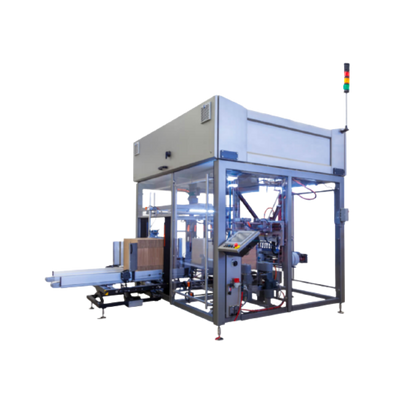
Top load Case Packer For Food Products
If you want to pack your food cartons, doy packs and pouches into regular cases, a s...
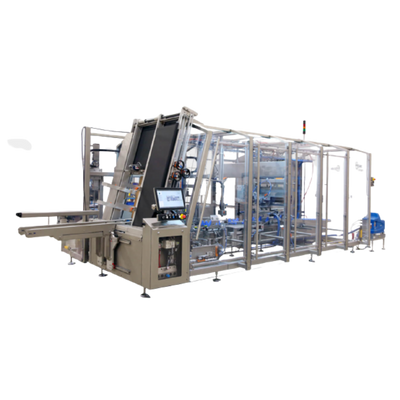
Side Load Case Packer For Facial Tissues
When packing facial tissue boxes into large cases at high speeds, adjustable infee...
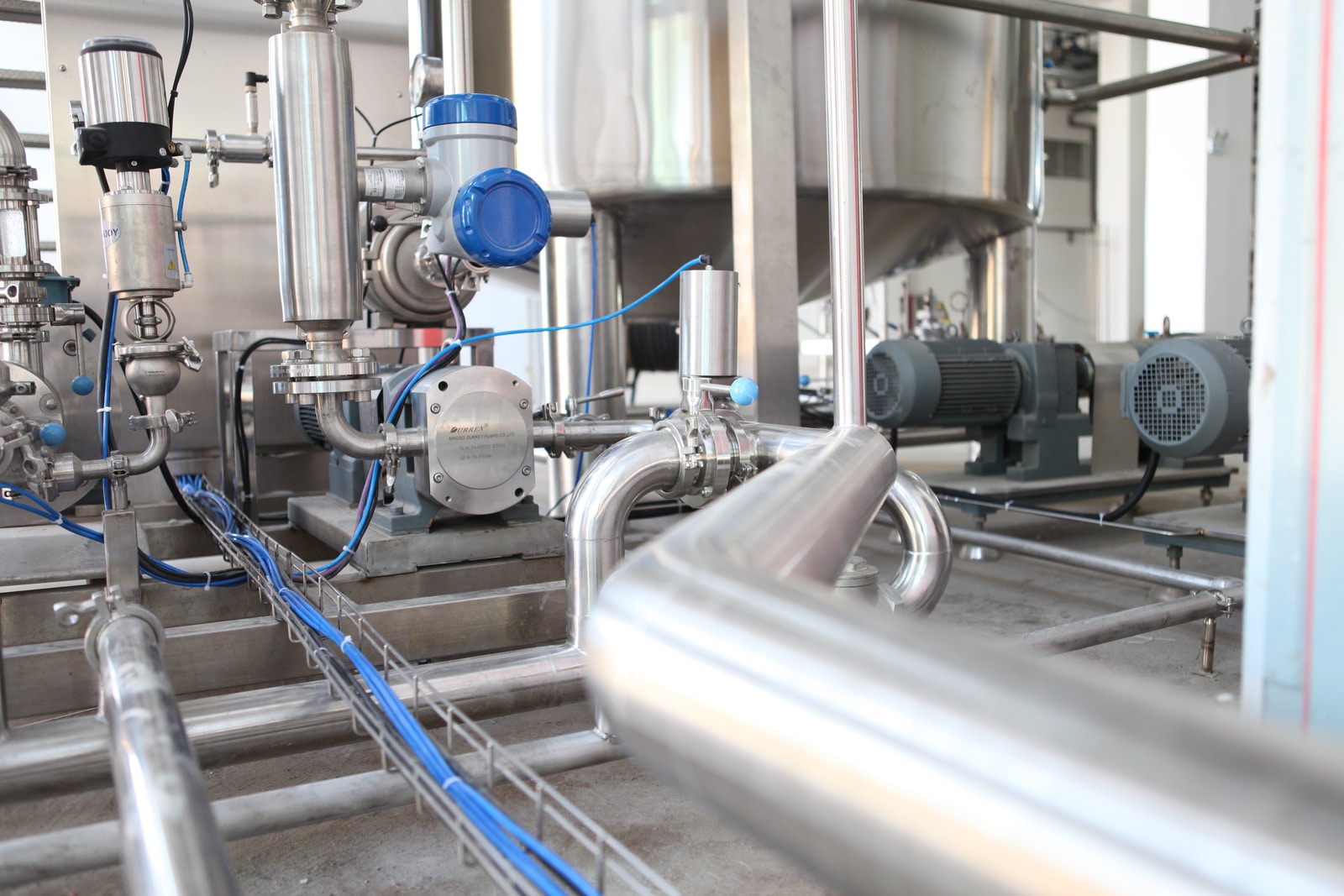
X fold packaging machine for crackers
X-fold wrapping is a popular method of packaging for crackers, biscuits, cookies and ...
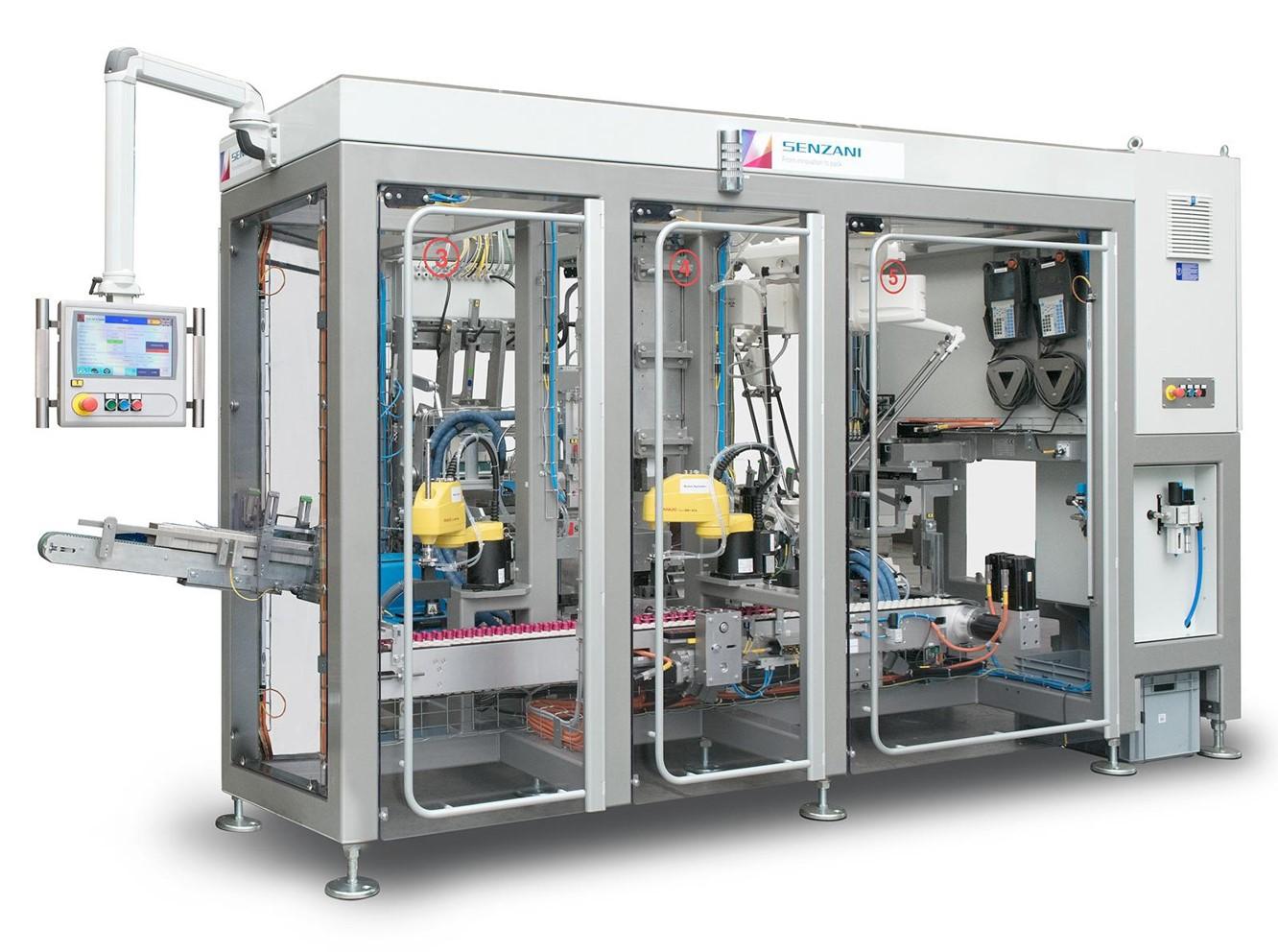
Coffee capsule packing machine
In the secondary packaging sector, being able to handle different type of capsules and tailor...
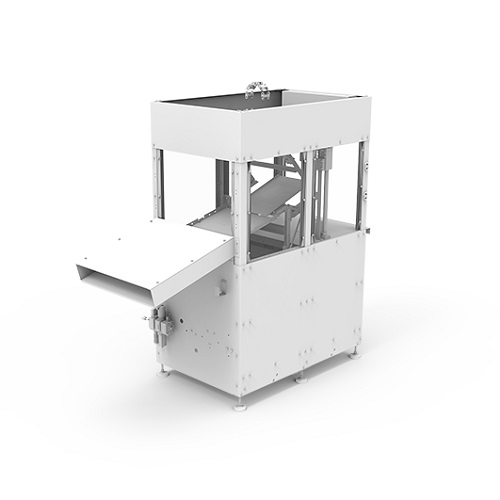
Small scale packaging machine for chocolate figures
Chocolate figures are a popular product type that relies on “eye appe...
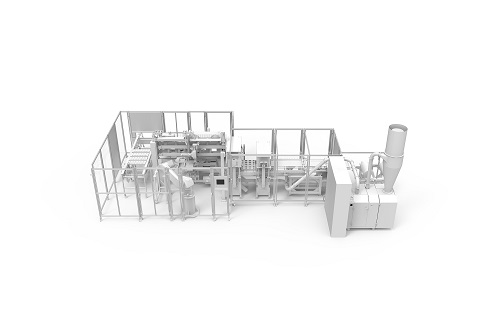
Automatic packaging machine for chocolate figures
Chocolate figures represent a key market for confectionery producers, w...
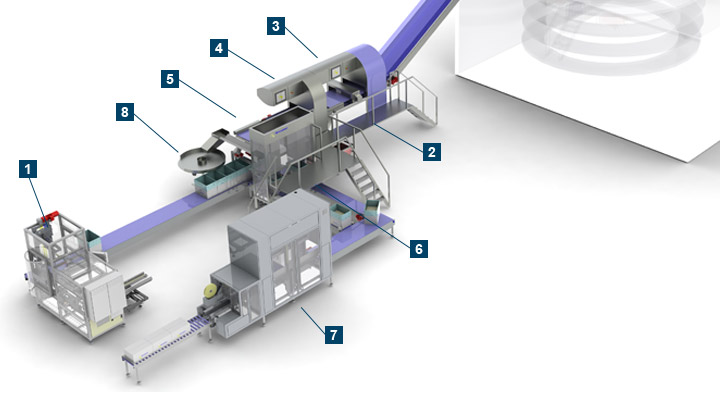
Automated packaging line for bread
If you want a fully automated packing line to efficiently handle buns, burger buns, hot-...
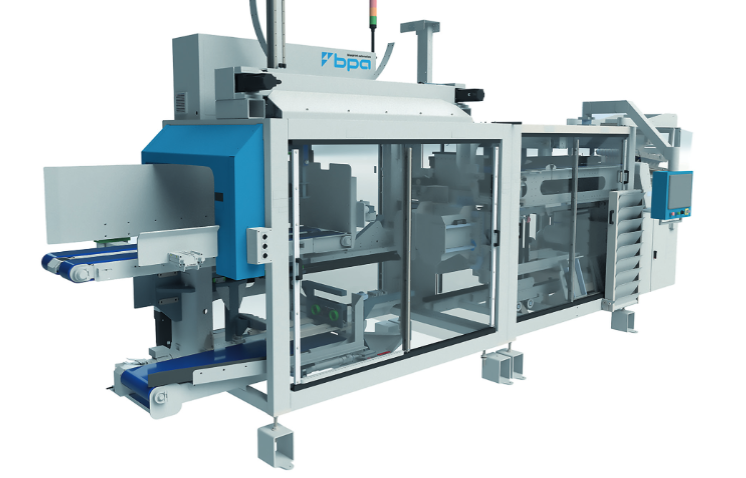
Frozen food automatic case packer
Adequately packaged frozen fries retain their original color, taste, and texture. And bec...
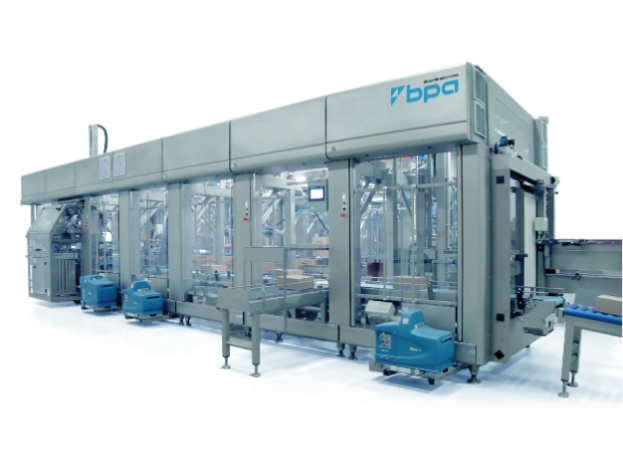
Robotic case packing machine for snack bags
Automated packing with robotic suction arms can quickly pickup packaged produc...
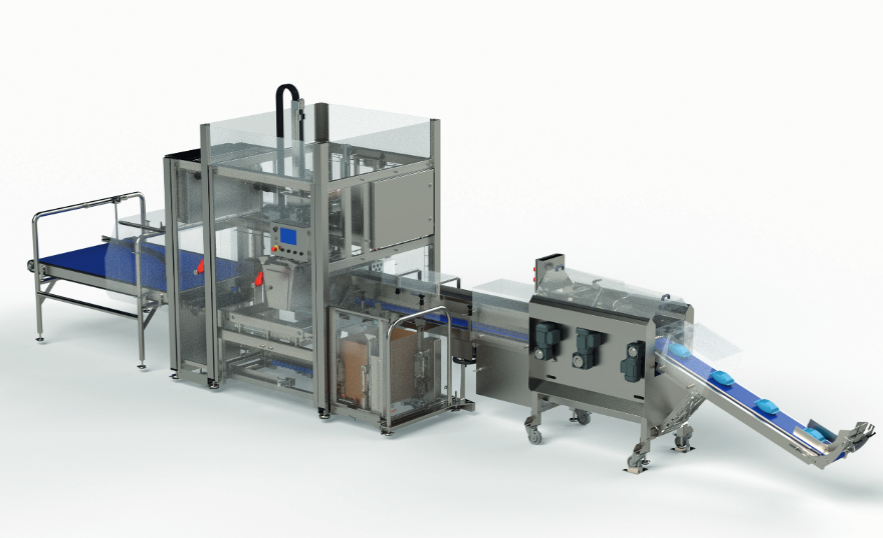
Semi-automatic case packer for chip bags
In small to medium scale production units, packing items manually can consume a lo...
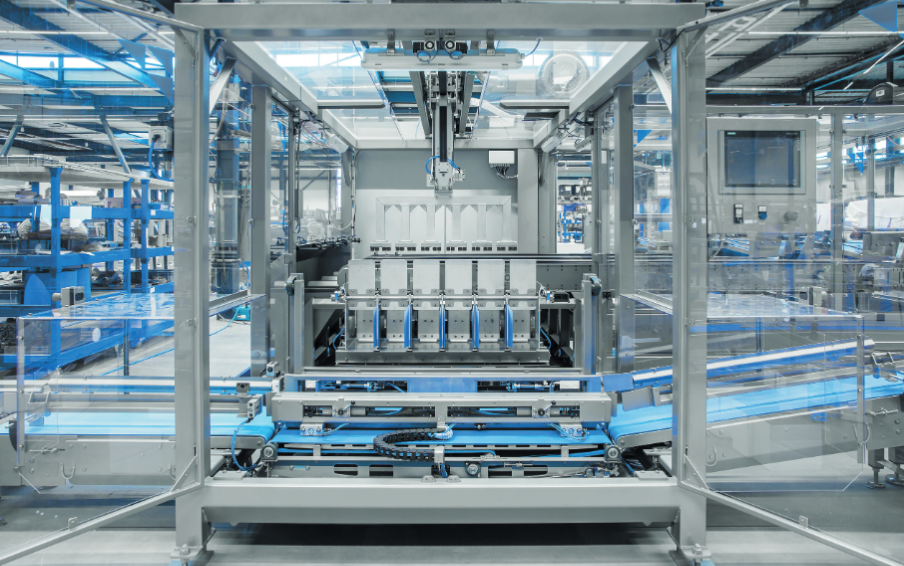
Confectionery bags case packer for large scale
Mass production lines need faster and more efficient package processing to ...
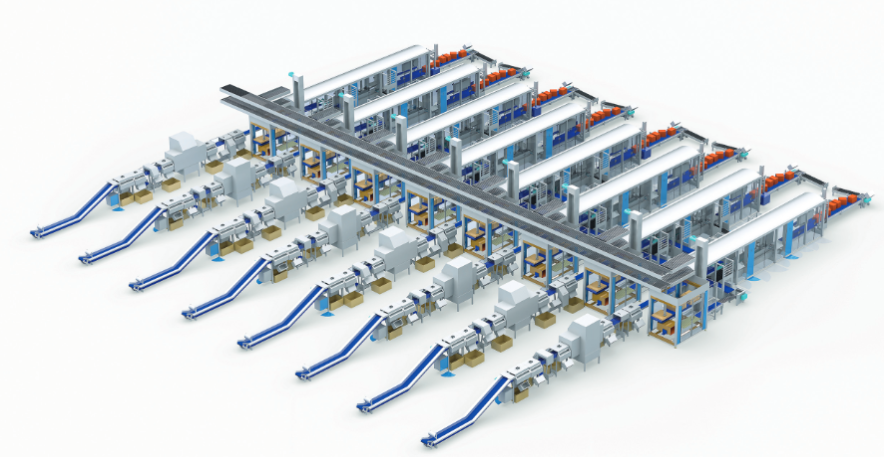
Grated cheese case packing machine
Large-scale cheese manufacturers process and handle products of different sizes and volu...
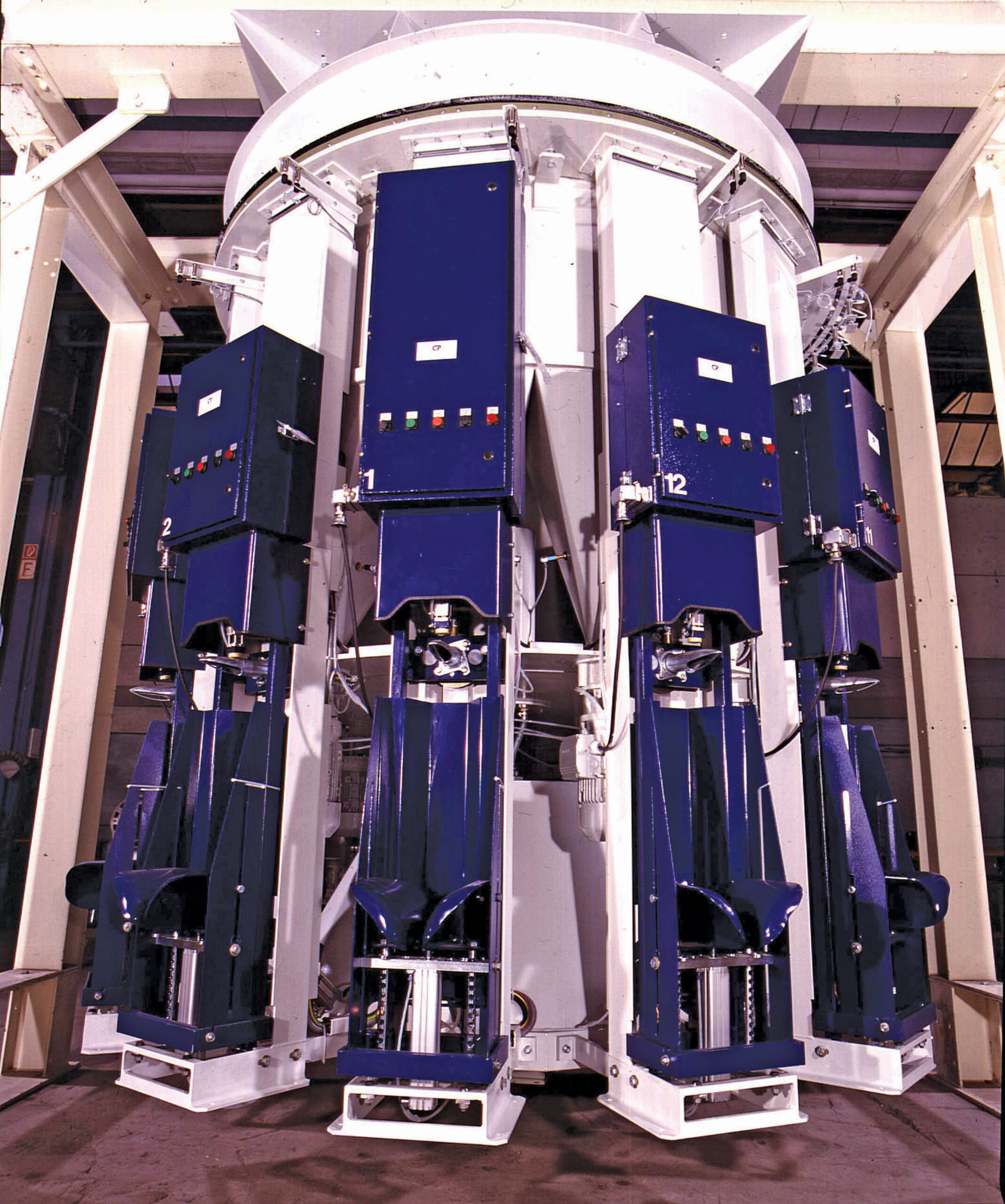
Rotary cement packer
The cement industry requires efficient and reliable packaging solutions for transport and distribution o...

Machine for packing canned pet food
Most packaging applications require different types of packaging machines, some need wr...
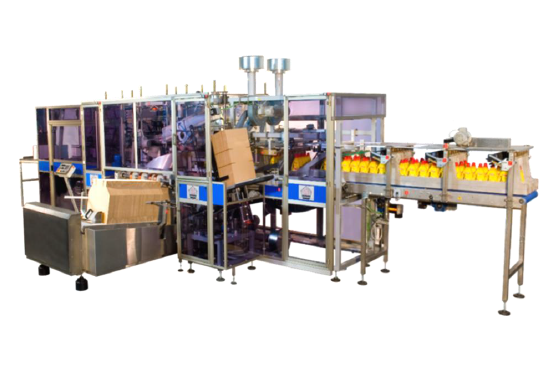
Multifunction case packer for bottles and jars
New ways of packaging products are popping up all the time on the market. T...
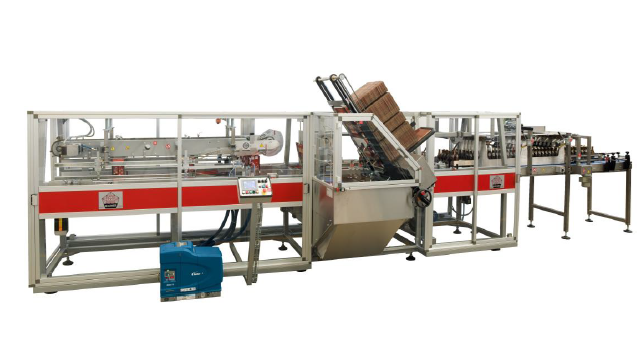
Wrap-around case packer for cans or bottles
When it comes to beer packaging, most of the manufacturers use plain box carto...
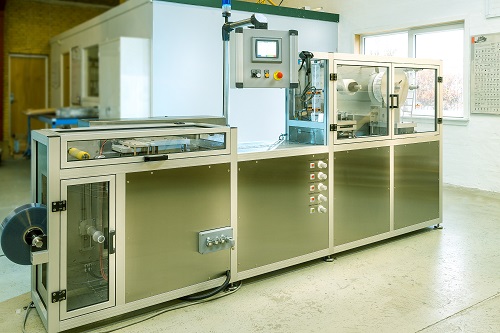
Automatic medical forming and sealing blister machine for packing capsules and tablets
Product safety is very importa...
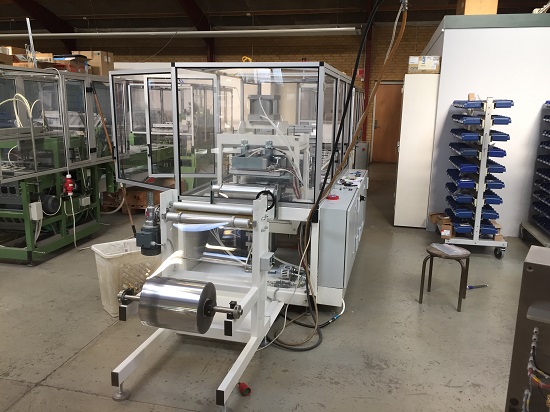
Automatic forming and sealing blister machine for packing syringes
Controlling contamination is on every manufacturer&#...
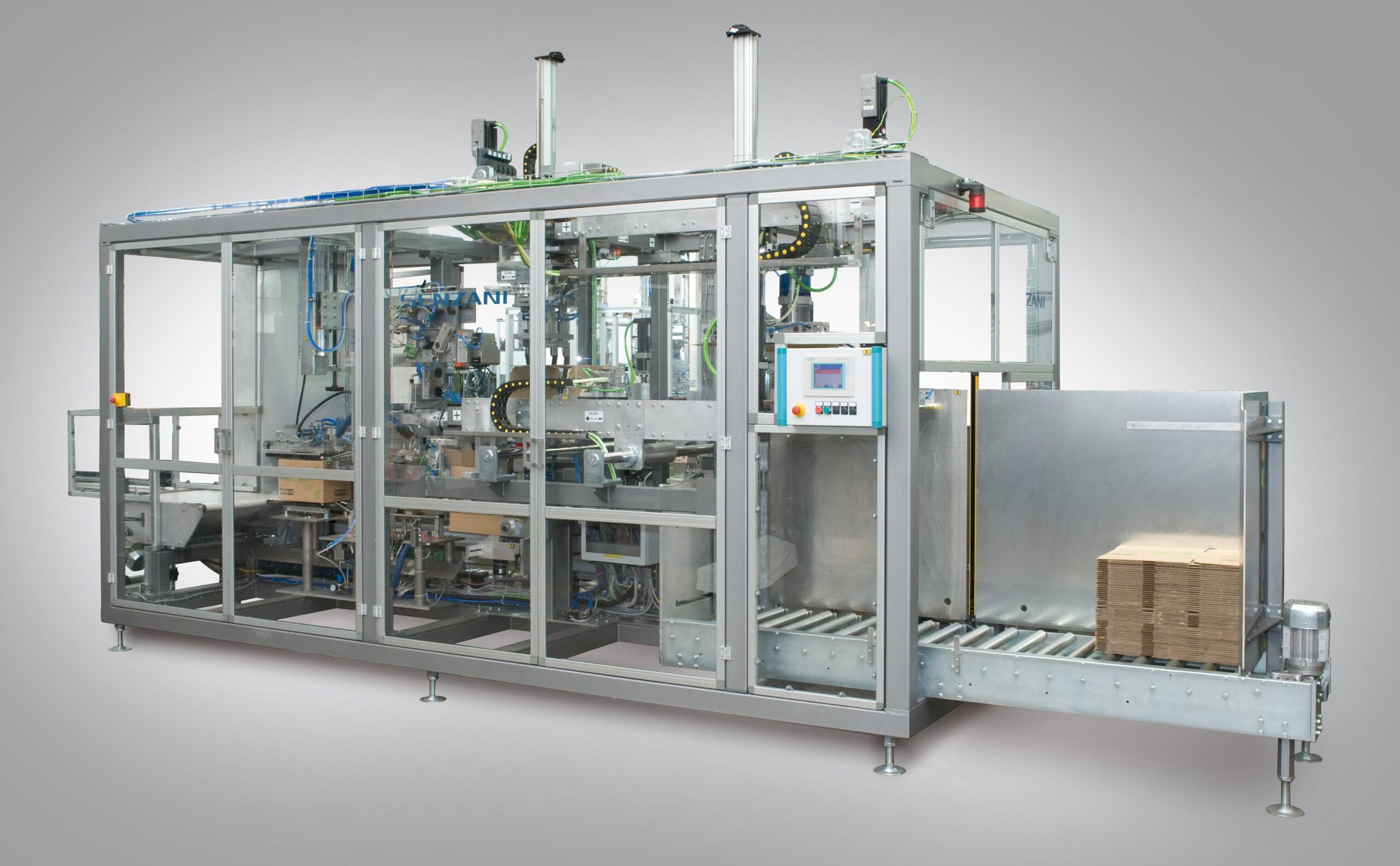
Case packer machine for pouches
Automated case packer machines are a good solution to achieve reliability and to increase th...

Wraparound case packer
Packaging companies need to pay attention to personalization in shape and design in addition to the at...
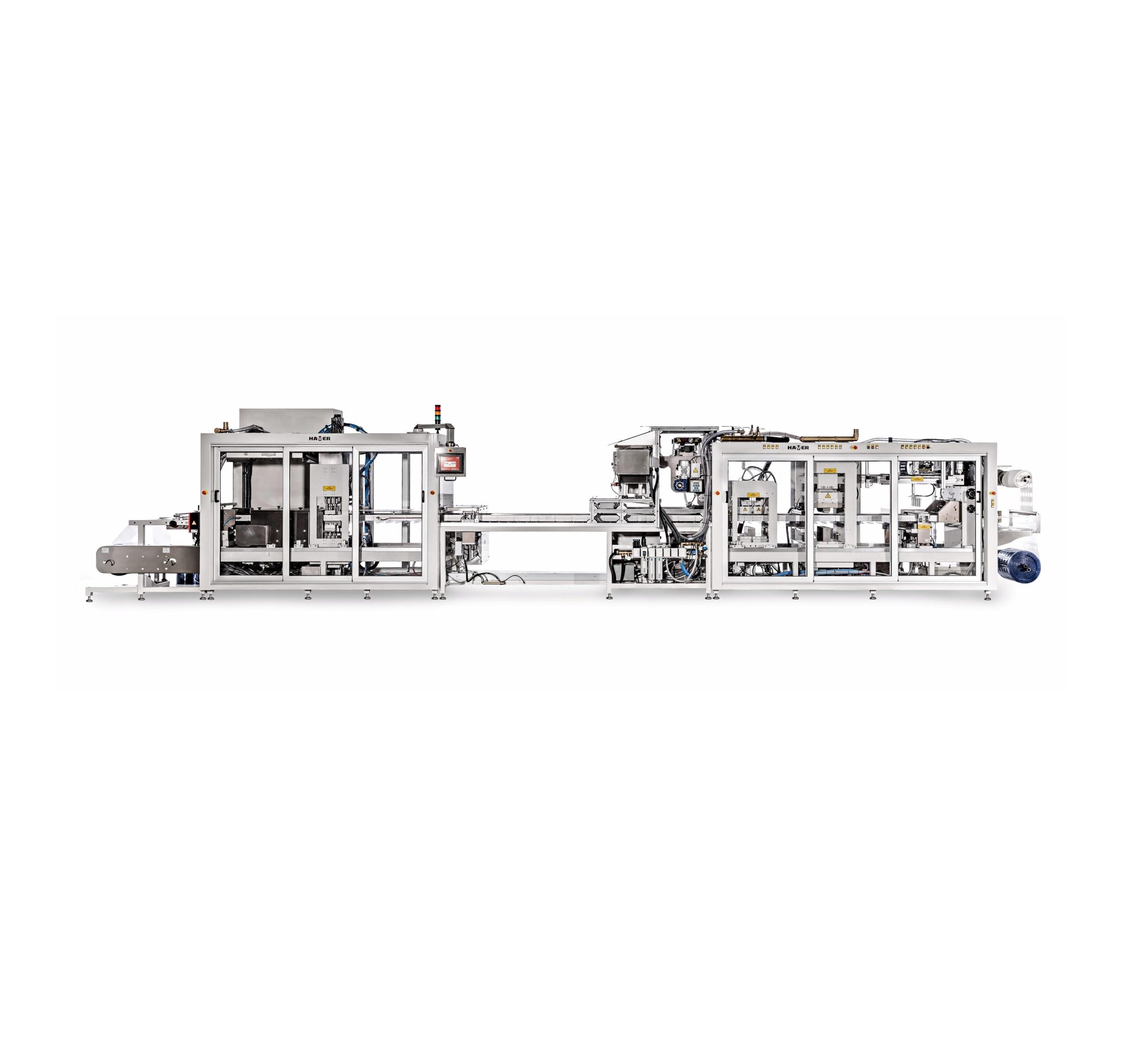
Industrial blister packaging machine for retail products
A blister can be simply defined as a type of packaging that cons...
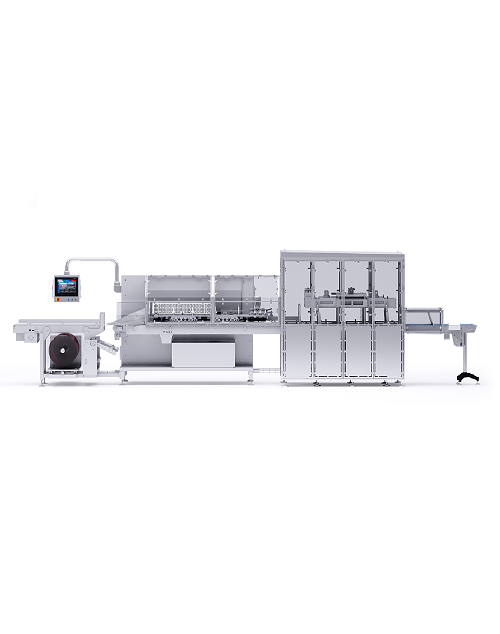
Industrial food vacuum packaging machine
Compact and clean vacuum sealers help increase the value and quality of food produ...
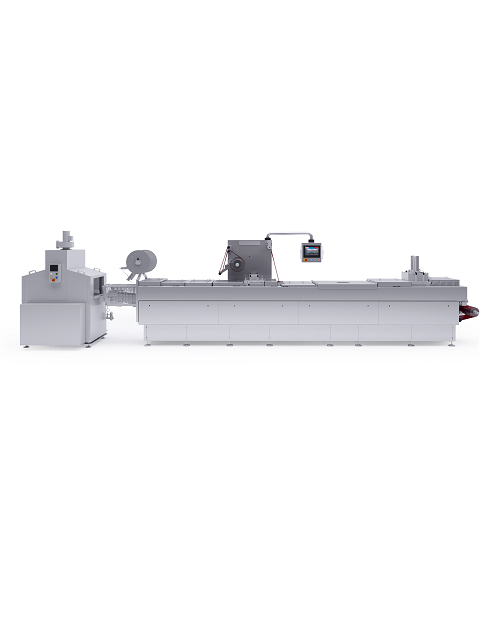
Industrial cook-in packaging line for cured meat
Industrial cook-in packaging offers numerous advantages for both foodserv...
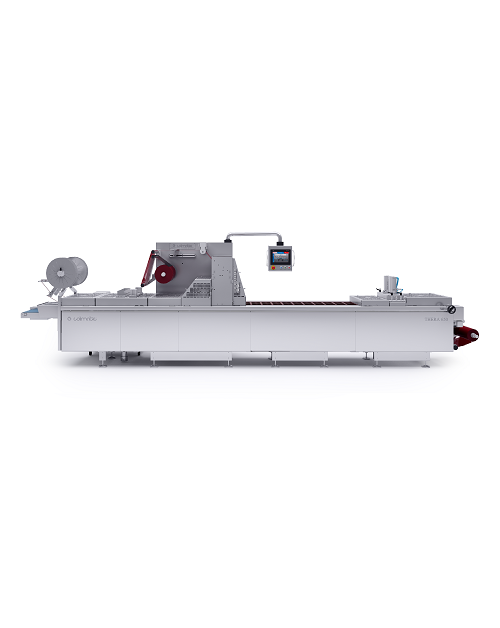
Skin packaging machine
Skin packaging is when a product is placed on a tray or a paperboard with a thin layer of plastic plac...
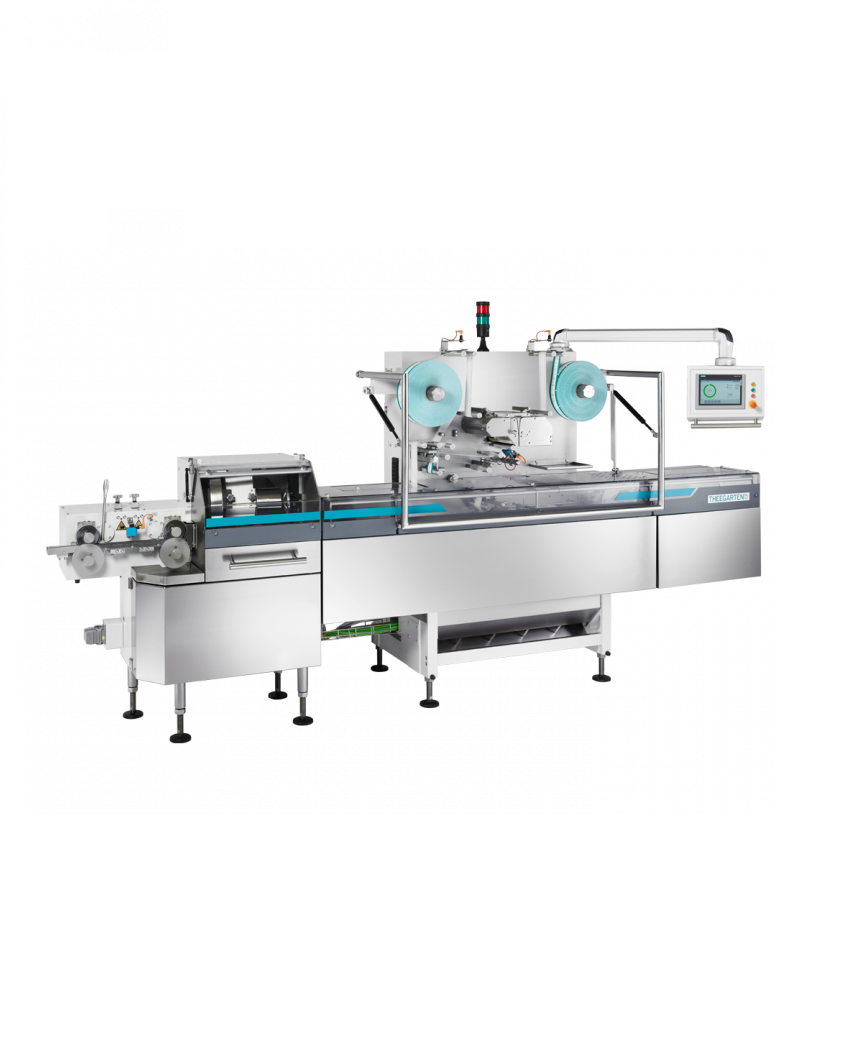
High-speed cut and wrap flow pack machine
Flow pack wrapping is a popular option for the individual wrapping of soft caram...
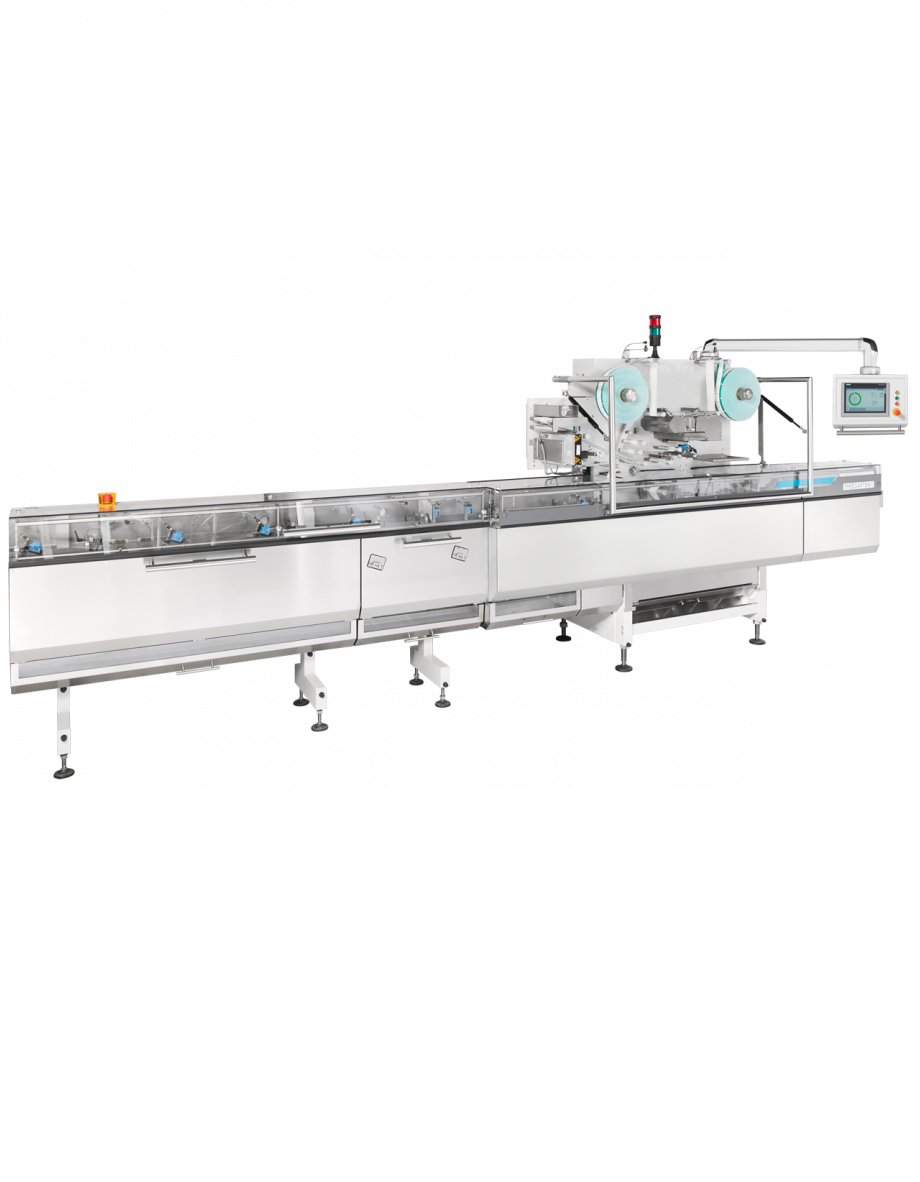
High-speed flow pack wrapping machine for chocolates
Foil flow pack wrapping of chocolate products is an attractive and p...
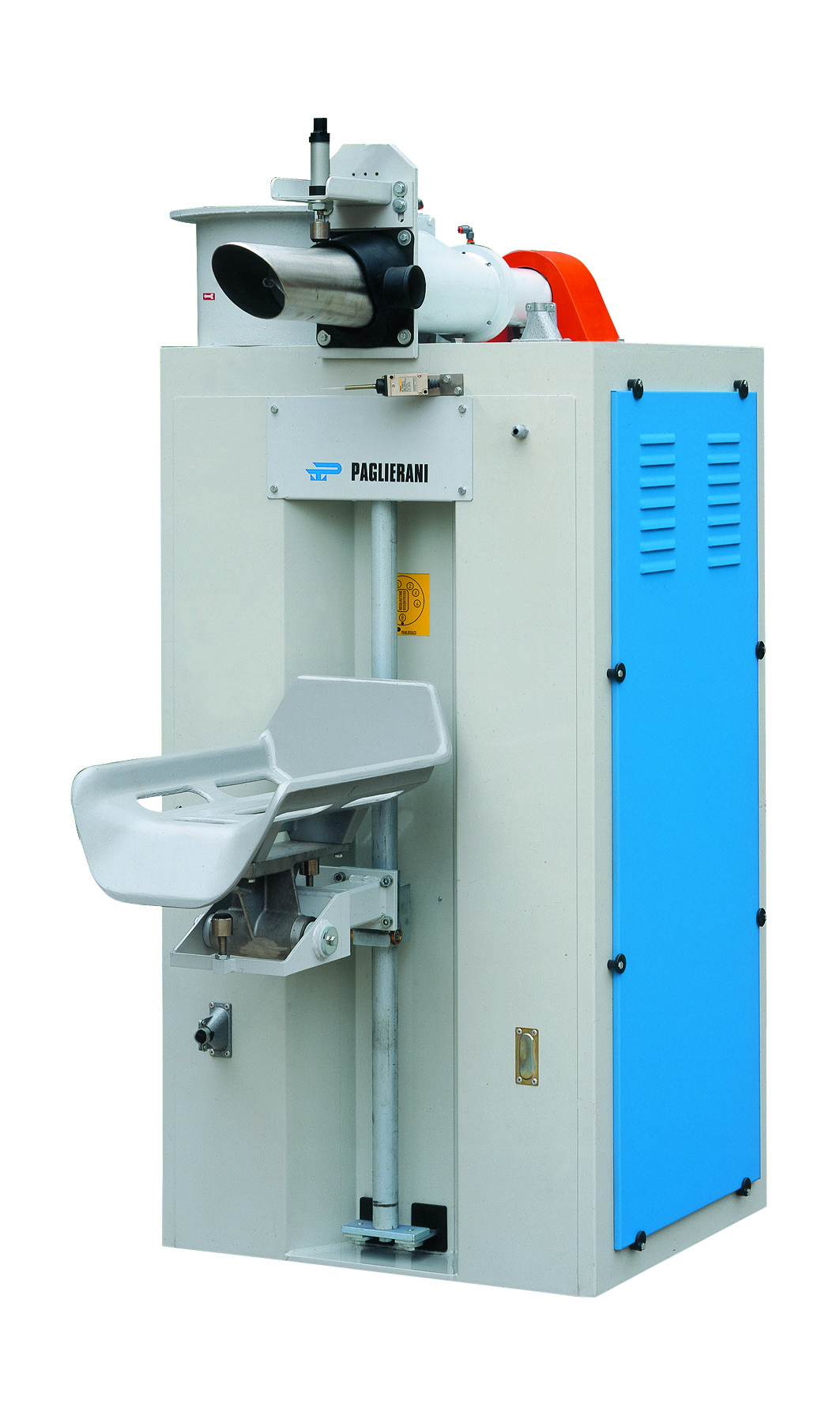
Simple valve sack packer
Sometimes in the packing process, product leaks out of the top of a bag that has just been filled. A...
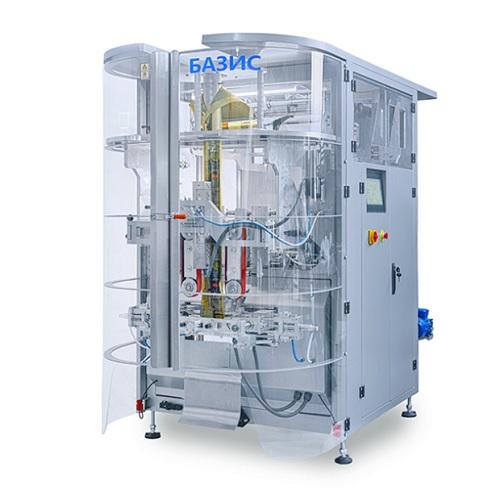
Pillow bag vertical packing machine
When packaging products such as seeds, cereal, snacks, candies, nuts, tea, dried fruits...
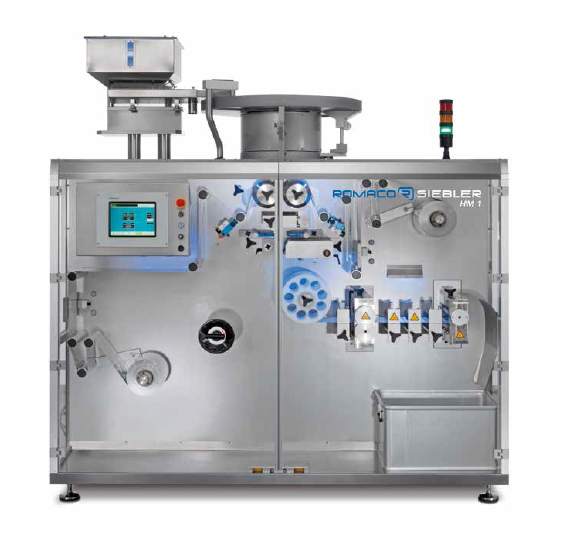
High-speed strip packaging machine
Pack your solid pharmaceutical products in four-side sealed foil packs at very high spee...
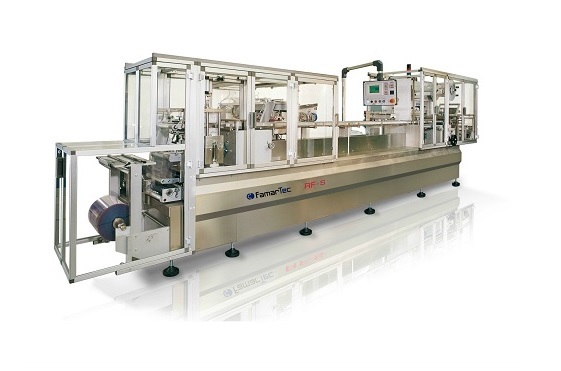
Packaging machine for syringes in trays
Pre-dosed syringes are rapidly becoming the method of choice for the delivery of in...
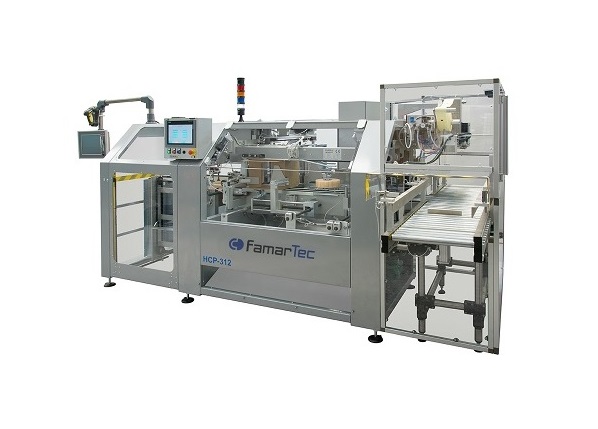
Side-load case packer
As the final stage in the packaging process, an automated case-packing solution can ensure that your co...
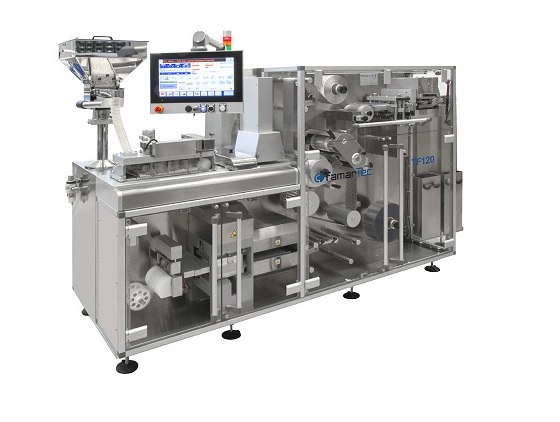
Entry-level blister packaging machine
Blister packaging is a popular packing method in the pharmaceutical industry thanks t...

Industrial blister packaging machine
High-volume, fully-automated blister packaging is the perfect choice for large scale p...
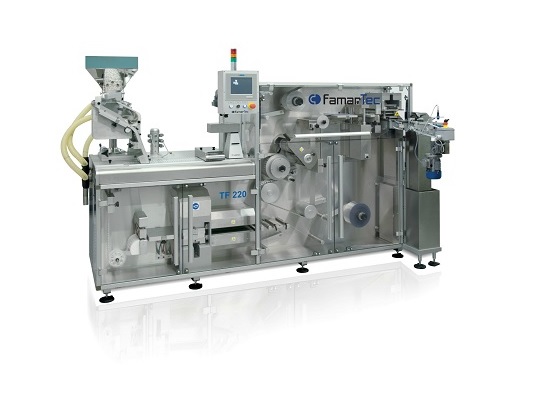
Automatic blister packaging machine
Automated blister packaging is a popular choice for pharmaceutical production thanks to...

High-speed flow pack wrapping machine for hard candy and jellies
For some high-quality candy which require individual wr...
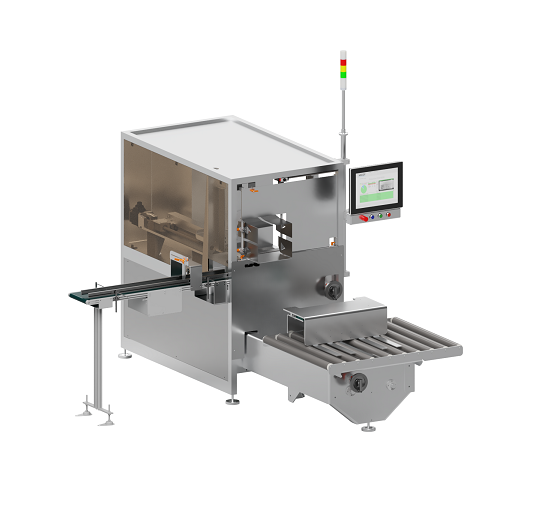
Semi-automatic case packer
Pharmaceutical products require complete traceability throughout the production cycle. For smalle...
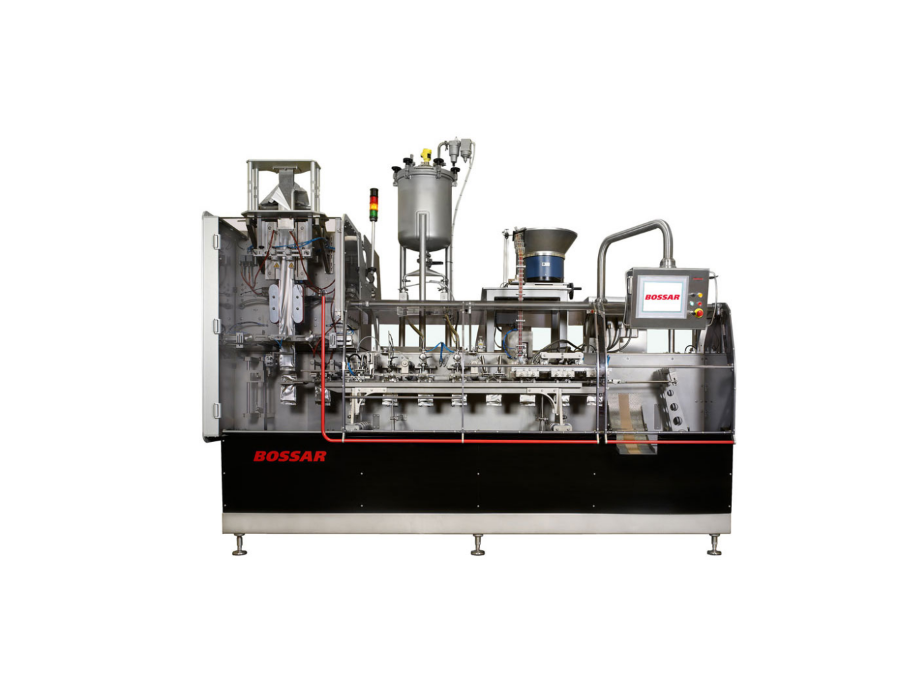
Economical Pouch Packaging Machine
The side gusset pouch is a popular packaging solution for medium formats, particularly f...
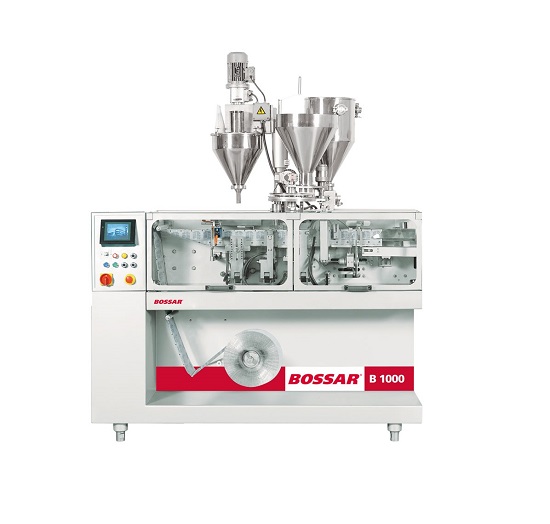
Wet Wipes Packaging Machine
Sachet packaging is a convenient and popular wrapping method for a wide range of products in the...
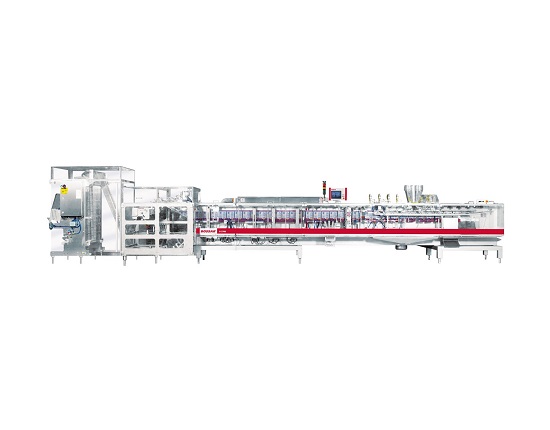
Dairy Packaging Machine
The use of sachets and pouches for powdered or shredded dairy products is an increasingly popular for...
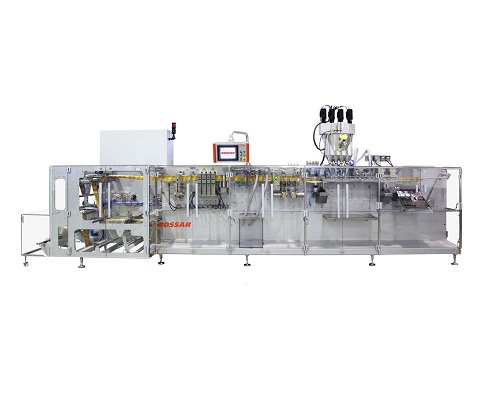
High-Speed Pouch Packaging Machine
For large scale production of powders and liquids in a wide range of industry sectors, a...
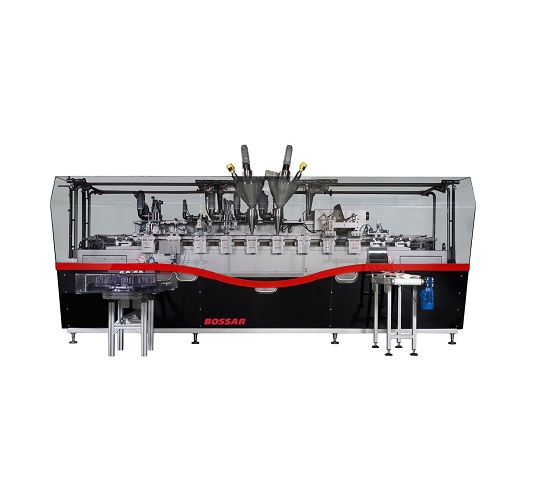
High Speed Premade Pouch Packaging Machine
Pre-made pouches can be problematic for traditional cam-driven mechanical HFS m...
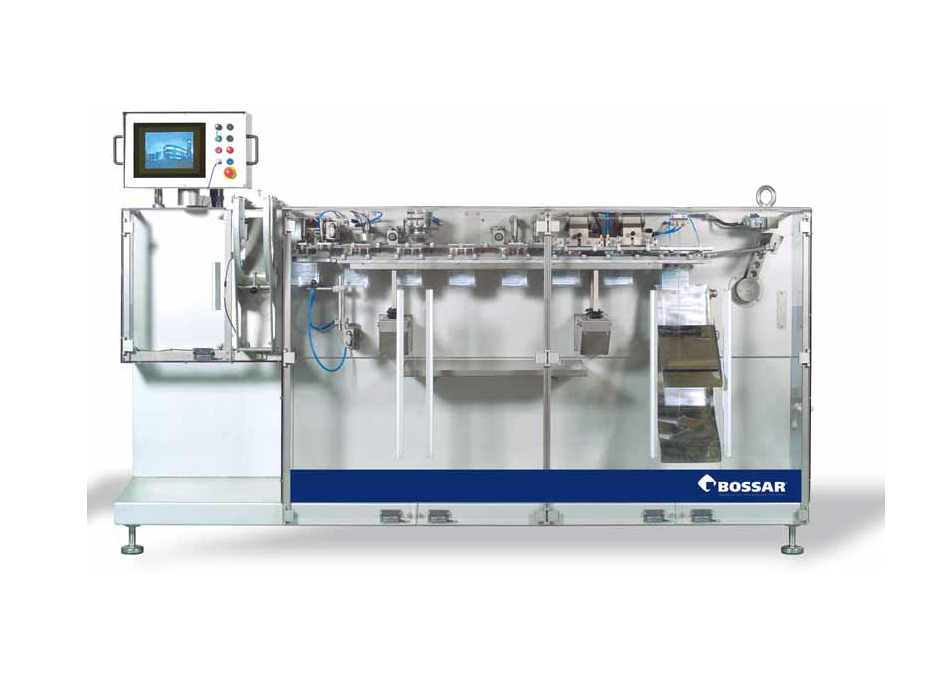
Retort Pouch Packaging Machine
A wide variety of products that were previously canned are now able to be more economically p...
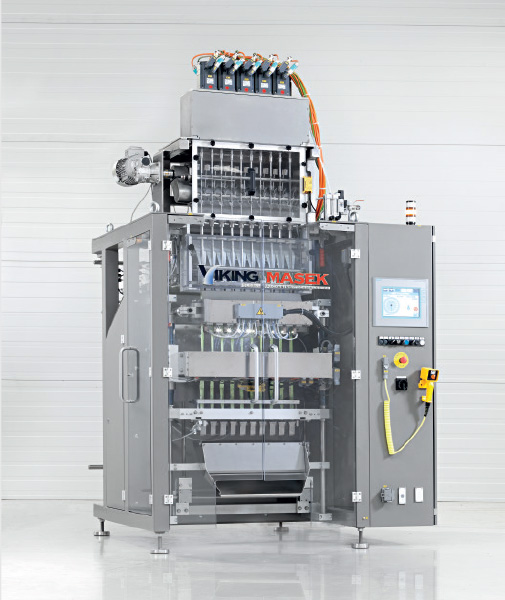
Stickpack Machine
If you are looking to pack your product into stick packs from 17 x 40 mm to 100 x 200 mm in size, you may b...
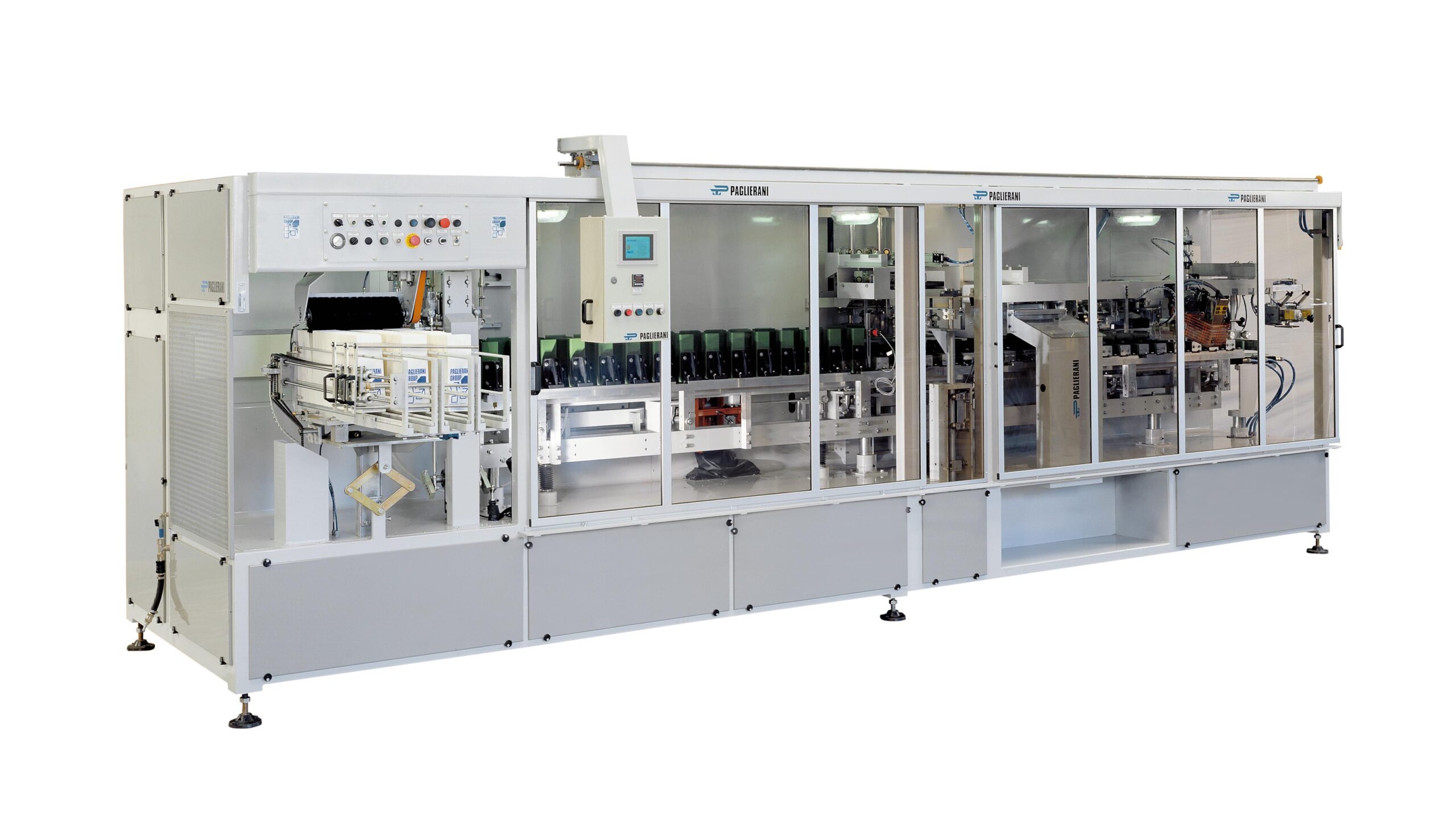
Packaging machine for preformed paper bags from 500 g to 5 kg.
Paper bag filling and closing for larger quantities of ma...
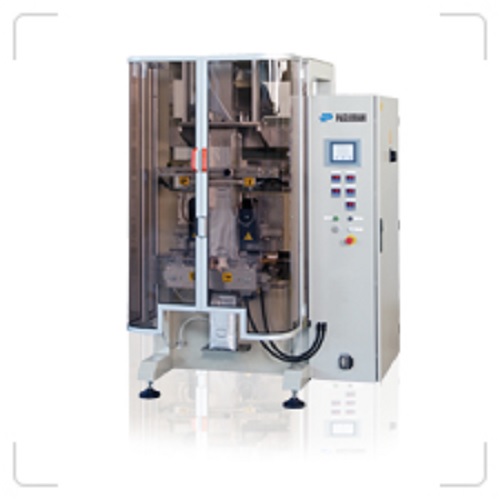
Packaging machine for sealed plastic bags from 250 g to 10 kg
Sealing small quantities of solids or liquids into plastic...
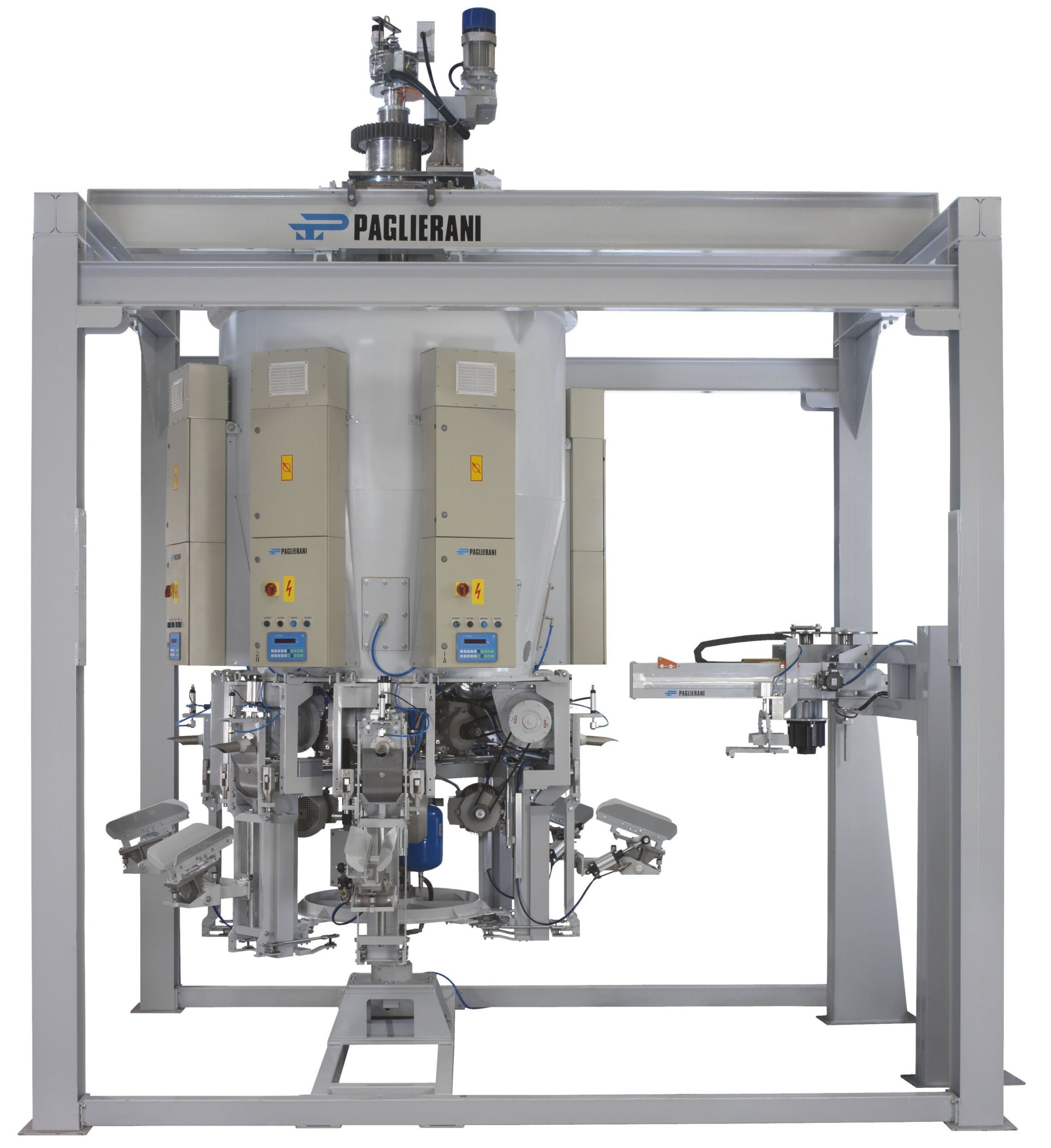
Rotary bag packers for valve bags
Quick filling of bags while avoiding leakage out of the top of a bag can be challenging o...

Case packer for stackable products
Are you packing square or stackable products into corrugated cases? An automated case pa...
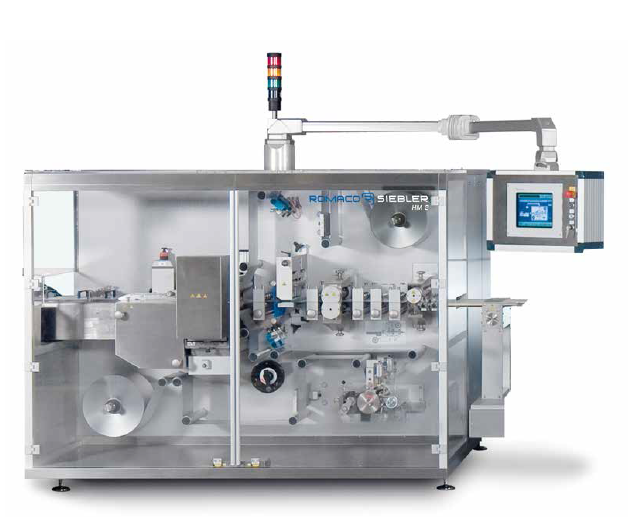
Versatile strip packaging machine
Pack diverse products such as diagnostics, pharmaceutical liquids or flat, stable product...
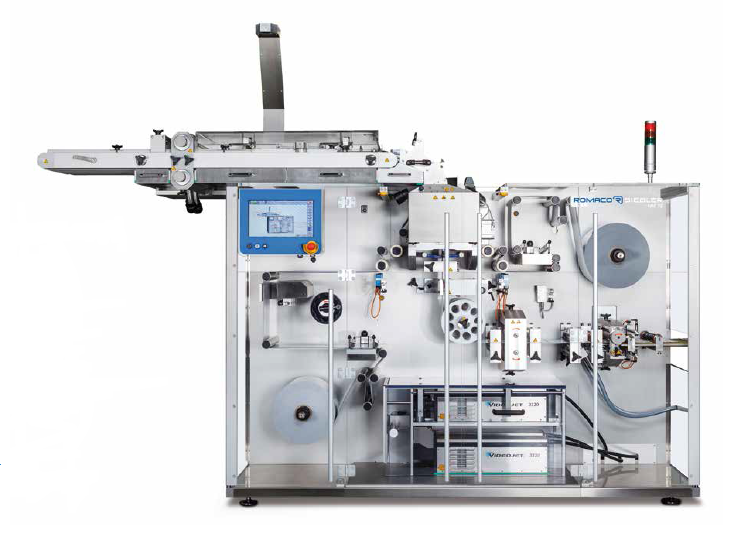
Strip packaging machine for effervescent tablets
Pack your effervescent tablets with extreme precision and care at a speed...

Case packer for cartons and bundles
Pack cartons and bundles into RSC (Regular Slotted Case) cases and perform functions li...
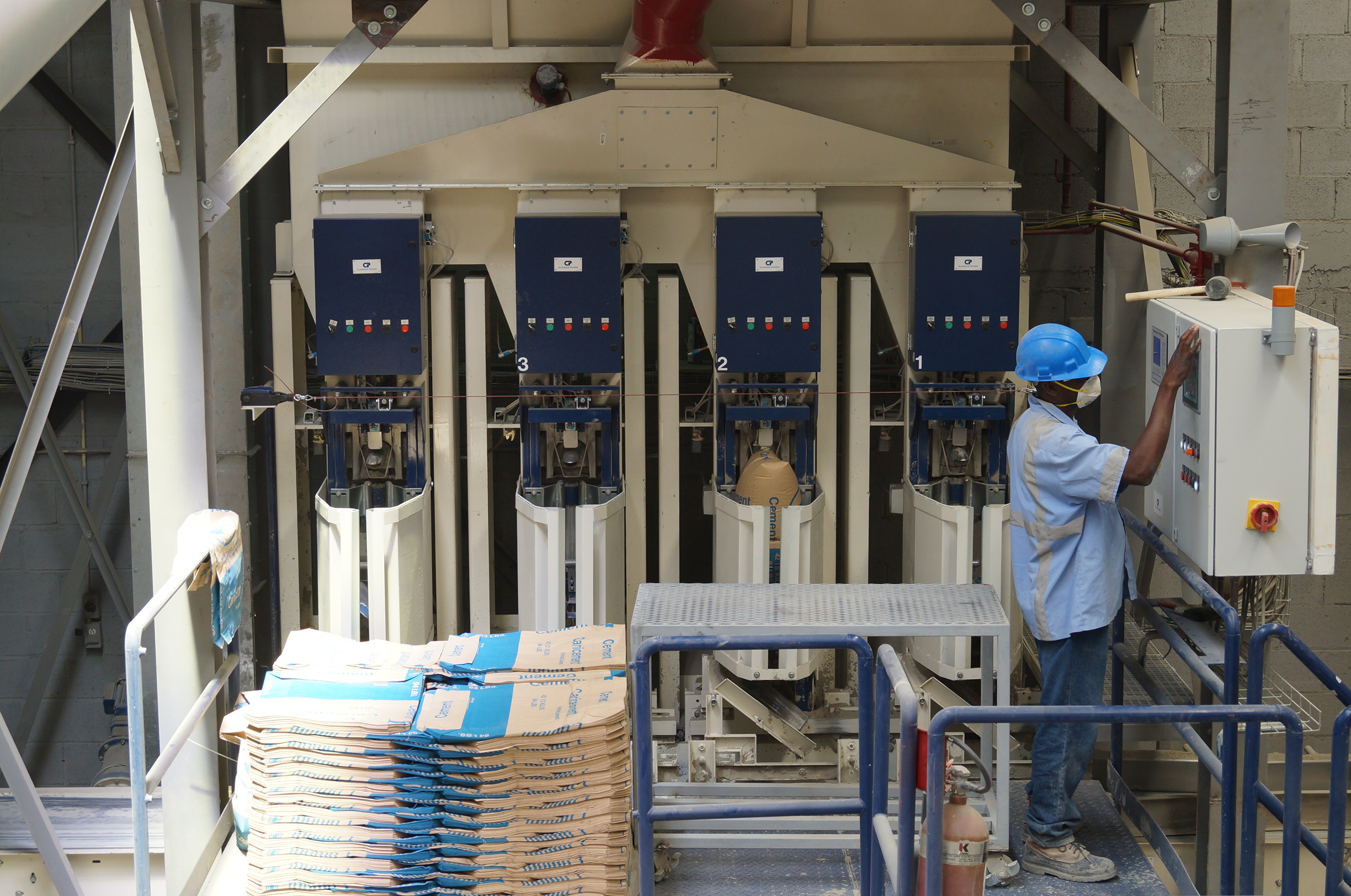
In-line cement packer
The cement industry requires efficient and reliable packaging solutions for the transportation and dist...
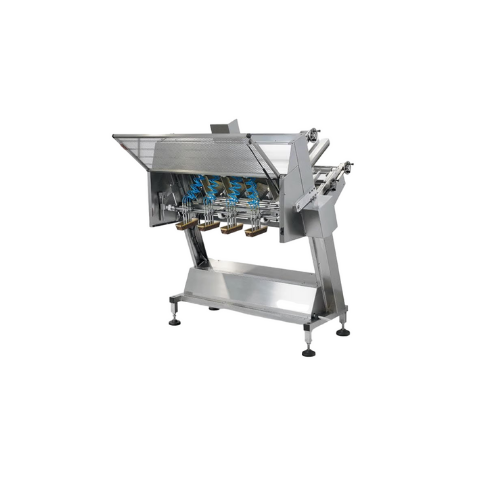
Cup denester for bakery production
Effortlessly enhance efficiency in bakery production lines by streamlining the process o...
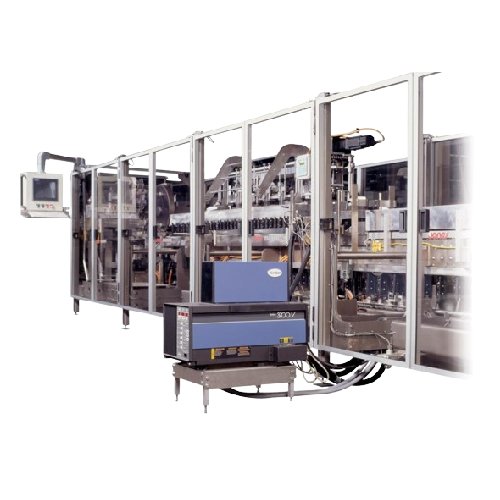
Horizontal end load cartoner for facial tissues
Achieve seamless and efficient cartoning for your tissue products with thi...
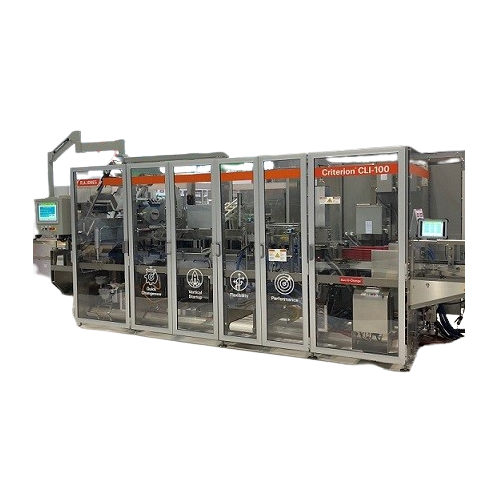
Intermittent motion end load cartoner for baked goods and home care products
Streamline your packaging line with high-...
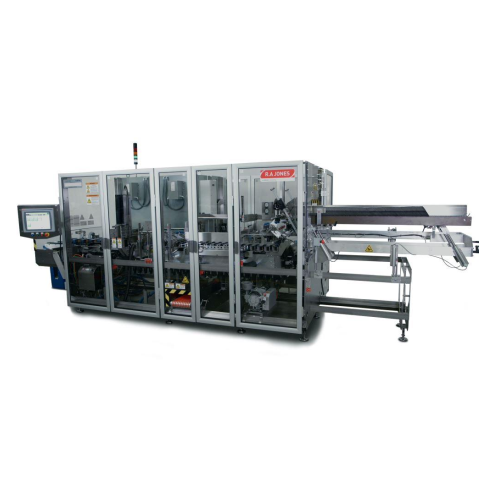
Intermittent end load cartoner for baked goods and snacks
Optimize your packaging line with an efficient, space-saving c...
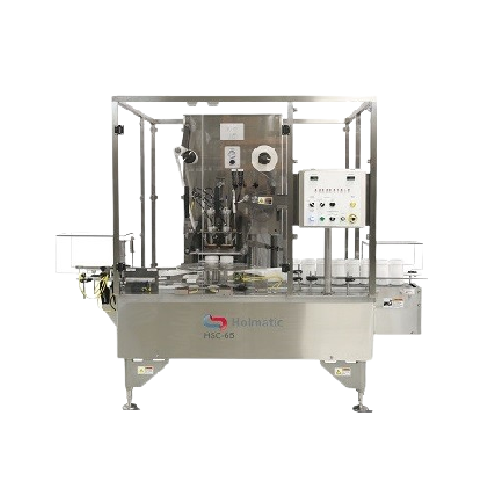
Rotary indexing sealer for cup filling
Streamline your production line with precise cup filling and sealing, ideal for a wi...
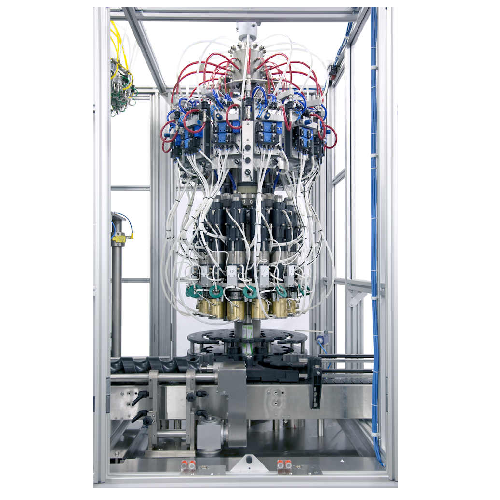
High-speed aerosol can crimper
Optimize your aerosol production with a continuous high-speed crimping solution designed to h...
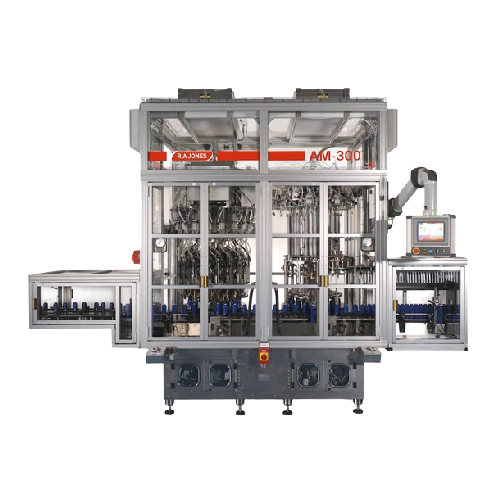
High-speed aerosol filling system for personal care products
Streamline your aerosol production with a multi-functional ...

Semi-liquid weigh filler for edible oils & fats
Achieve precise weigh filling of semi-liquids while minimizing product was...
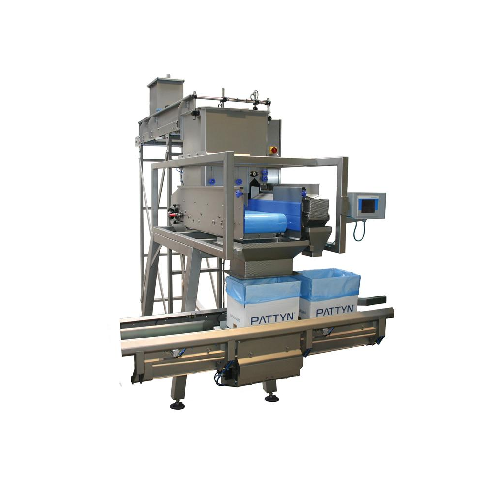
Linear belt vibratory weigh filler for solid chocolate
Optimize your chocolate production by minimizing product giveaway ...
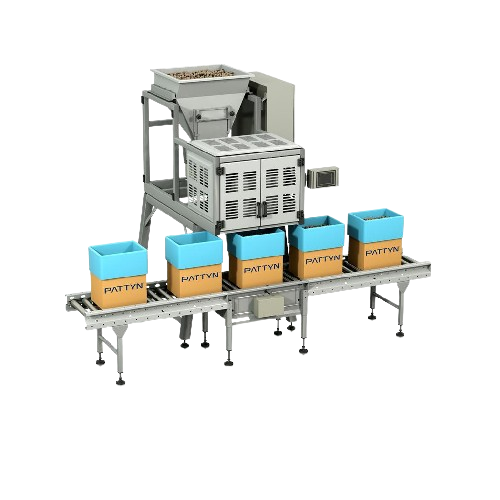
Linear vibratory weigh filler for fragile food products
Achieve precise and gentle filling of fragile food products with ...

Automatic bag inserter for various containers
Optimize your packaging process with a high-speed bag inserter that perfectl...
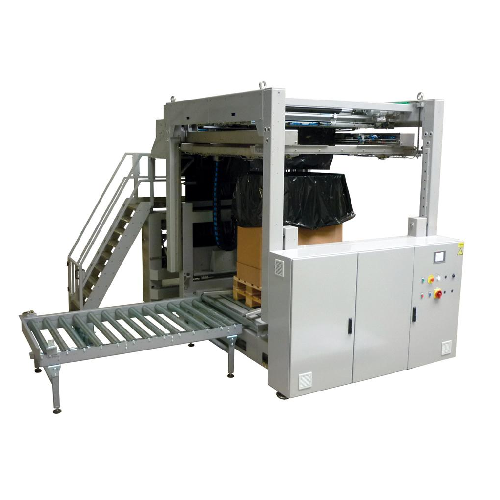
Pe bag inserter for pallet containers
Optimize your bulk packaging operations with a bag inserter that minimizes manual lab...

Bakery product quality control and counting system
Optimize your bakery line with precise control and counting of long pr...
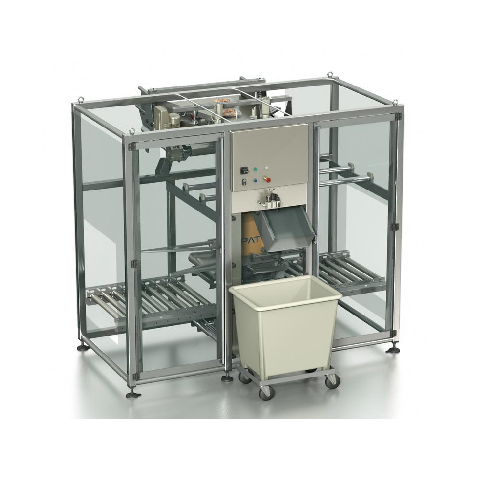
Bulk box filler for bakery and pastry products
Efficiently pack fragile bakery and pastry products with gentle handling an...
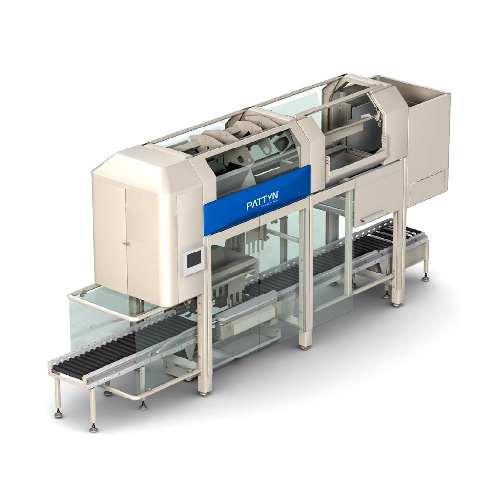
High-speed baguette case filling station
Effortlessly organize and pack bakery products into cases at high speed, ensuring ...
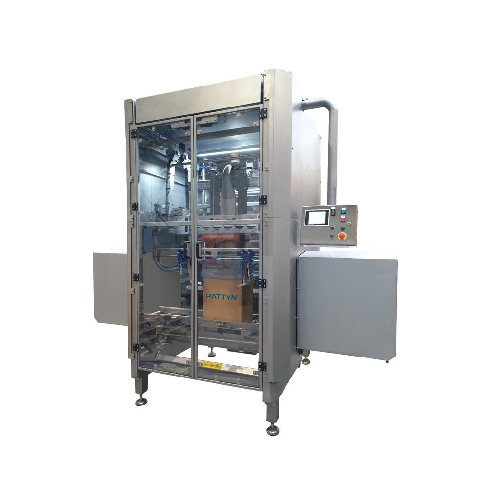
Hermetic bag sealer for extended shelf life
Achieve superior product protection and extended shelf life with precision her...

Industrial Xl bag sealer for large pallet containers
Eliminate manual handling and ensure perfect seals for bulk packagin...
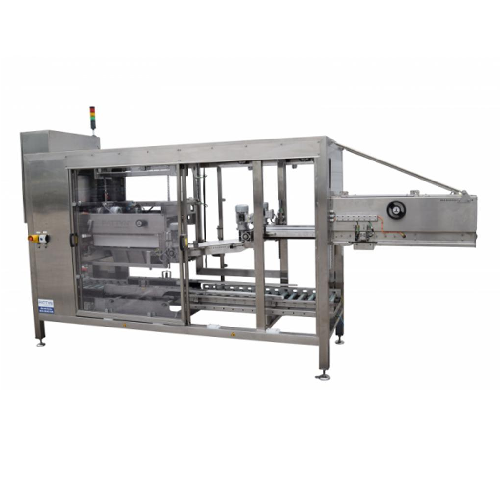
Industrial bakery bag dropper for boxes or trays
Enhance your bakery line with precision-based bag dropping solutions that...
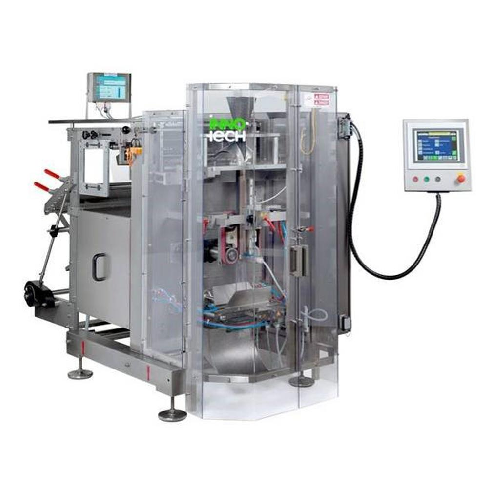
Vertical fill and seal bagging machine for bakery products
Streamline your bakery product packaging with this versatile ...
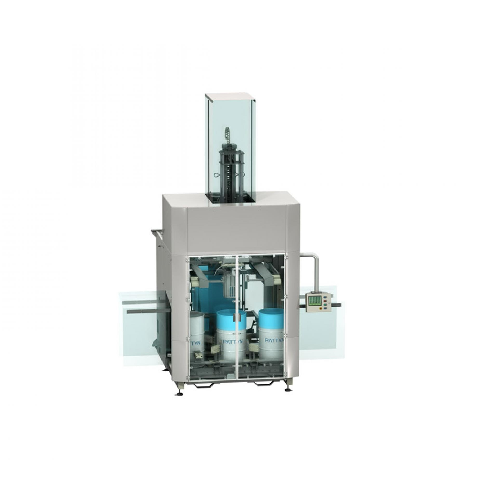
Bag inserter for drums
Effortlessly streamline your packaging process by automatically inserting custom-made bags into drums,...
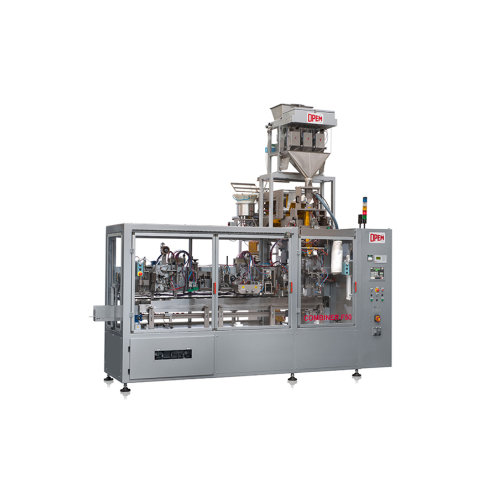
Vertical bagging system for four corner seal bags
Optimize your coffee pod and capsule production with a high-speed, cont...

Filter paper pod production system
Streamline your production of single-serve beverages with precise weight control and sea...
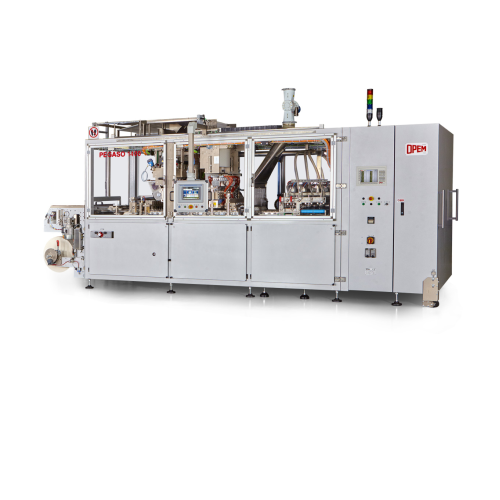
High-capacity filter paper pod production system
Optimize your pod production line with a high-speed solution that ensures...
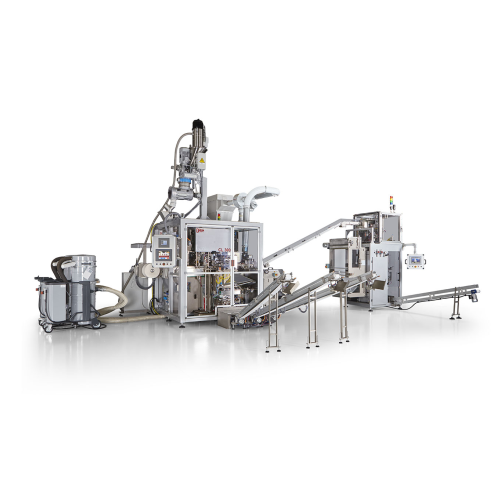
Pod production system for filter paper pods
Streamline your pod production with a high-speed solution that ensures precise...
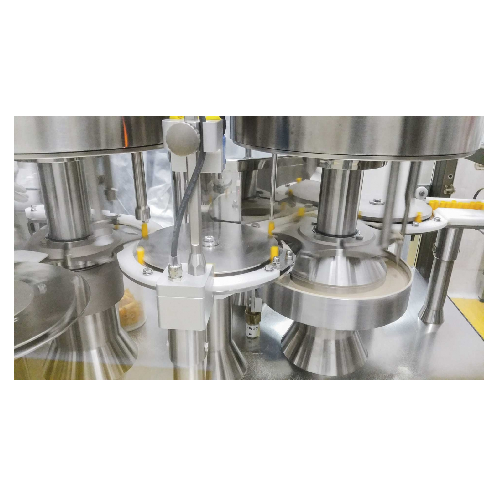
Continuous motion micro dosing system for nutraceutical powders
Streamline your powder processing with a high-speed, con...
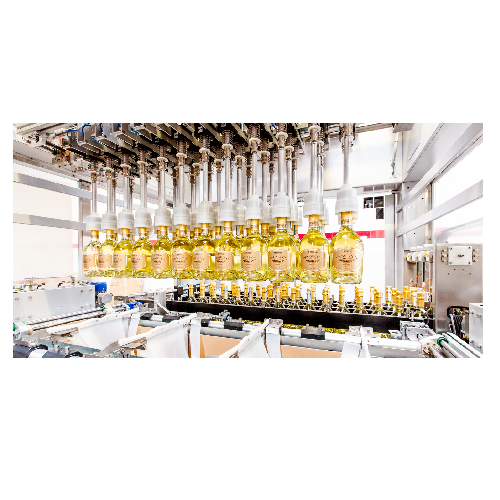
Automated case erector for Rsc cartonboard
Streamline your packaging line with an innovative solution that efficiently for...

Automatic case erector for Rsc-american cartonboard
Streamline your packaging process with precise and efficient setup by...
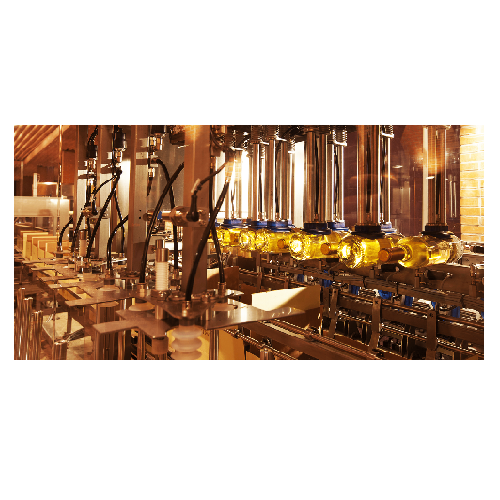
Automatic case erector for cartonboard with hot-melt glue binding
Streamline your packaging line with efficient case er...
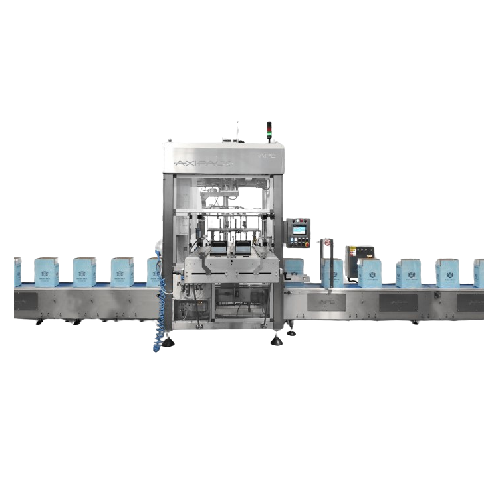
Automated carton former for Rsc american boxes
Streamline your packaging line with high-speed carton forming that combines...
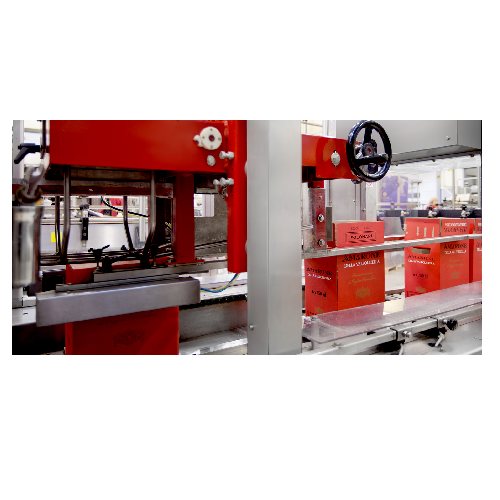
Automated carton forming for bottles
Optimize your bottling line with an integrated carton forming solution that combines s...
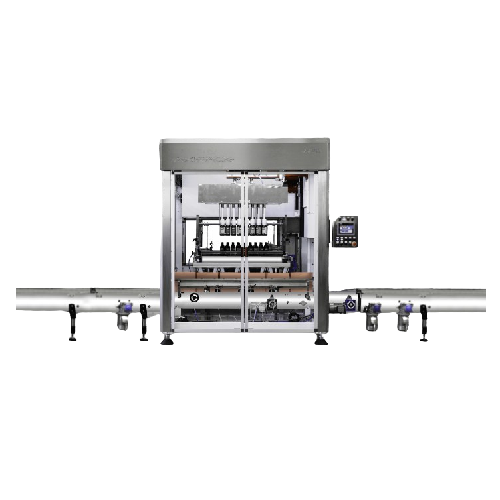
Automatic case forming for Rsc cartons
Optimize your beverage packaging line with a compact, integrated solution for effici...
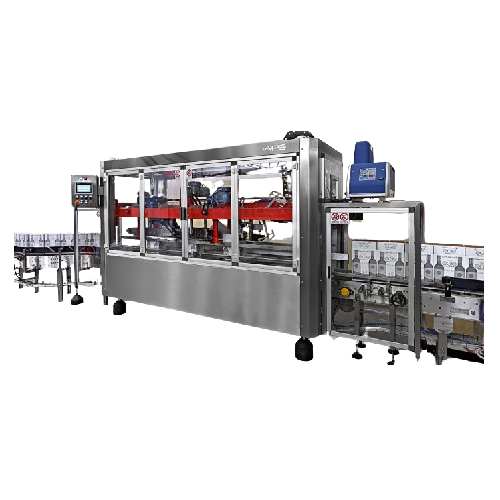
Automatic carton erector with hot glue sealing
Streamline your packaging line with precision carton forming and sealing, e...
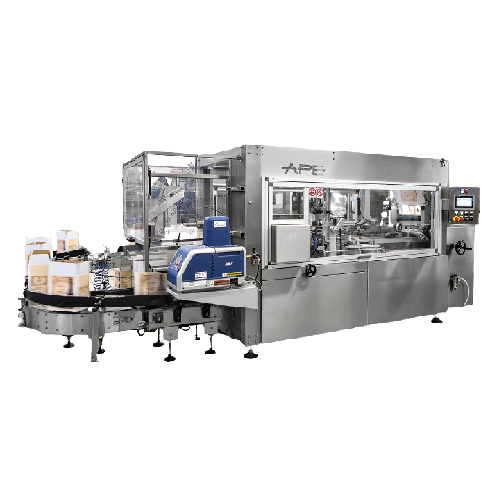
Automated case erector for american cases
Streamline your packaging line by efficiently erecting American-style cases with...
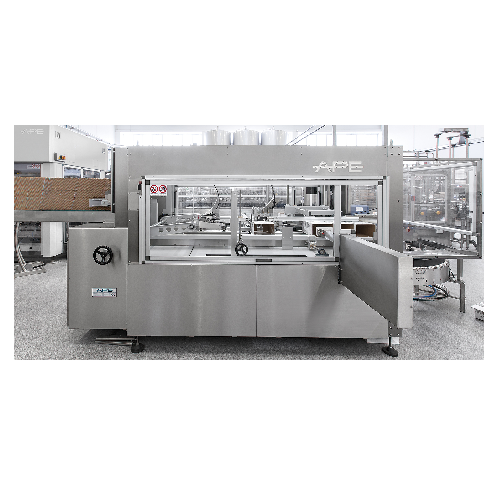
Advanced case erector for Rsc/american cartonboard
Optimize your packaging line with precise case erection and glue seali...
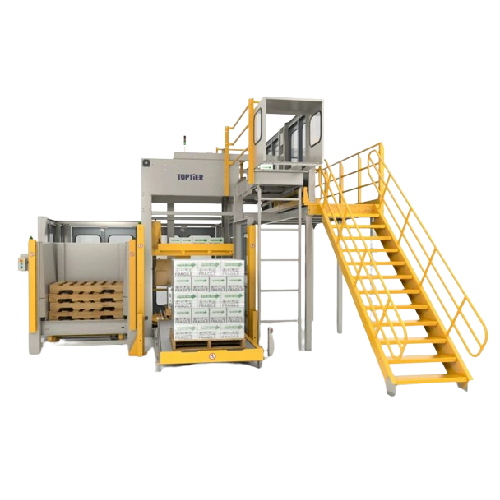
High infeed palletizer for varied product types
Optimize your production line with high infeed palletizers, ensuring seaml...
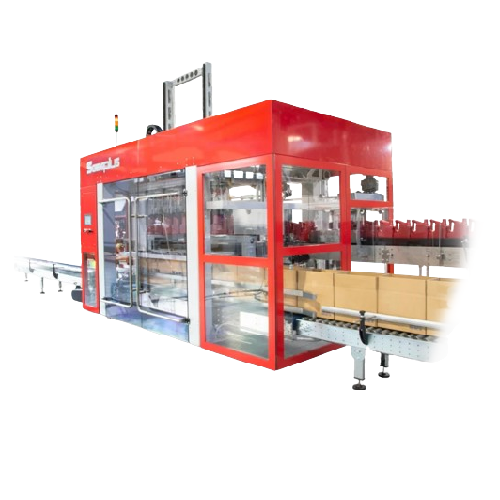
Pick and place cartoning solution for Hdpe bottles
Streamline your packaging process with precise HDPE bottle handling an...
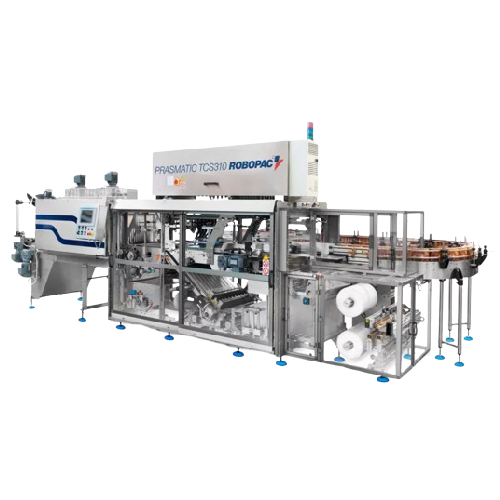
Medium-speed automatic shrink wrapping systems for food and dairy
Optimize your packaging line with this flexible shrin...
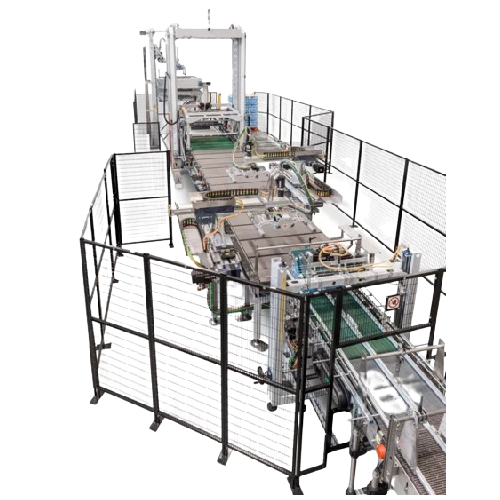
High-speed in-line palletizer for beverage industry
Effortlessly streamline your palletizing processes with a compact, hi...

Compact and modular palletizer for food industry
Optimize your end-of-line efficiency with this modular palletizing soluti...

Conventional palletizer with 90° infeed
Optimize your palletizing efficiency with high-speed, energy-saving operations that...
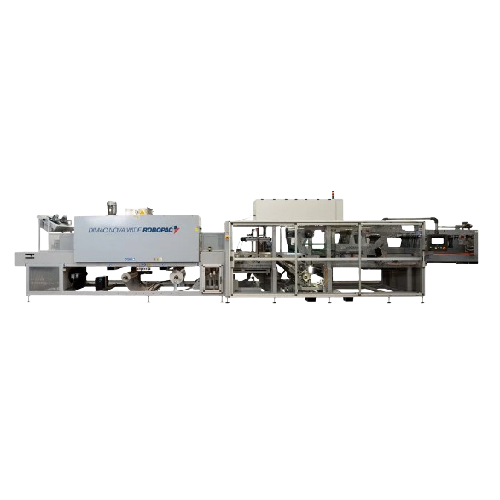
Shrink wrapping solution for high capacity beverage and dairy bundles
This modular shrink wrapping and tray forming sol...
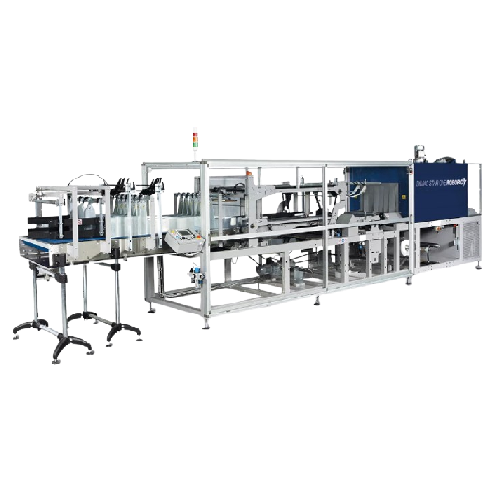
Compact shrink wrapper for medium-speed productions
Optimize your packaging line with this compact shrink wrapper, design...
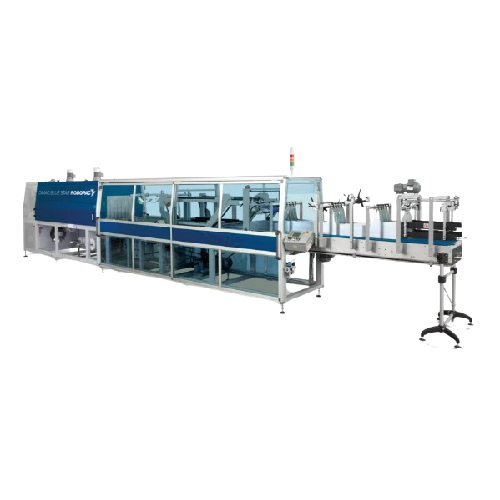
Shrink wrapper for medium-speed productions
For producers seeking precise and efficient packaging, this shrink wrapper str...

Horizontal stretch-film wrapping system for frozen food
Optimize your packaging line with a high-speed solution that secu...
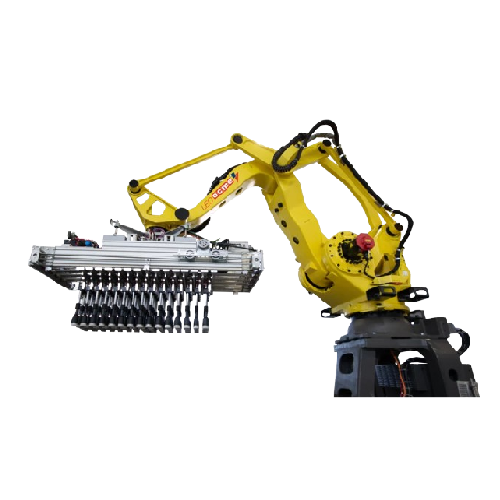
Robotic crating and decrating solution for returnable glass bottles
Streamline your bottling line by efficiently handli...
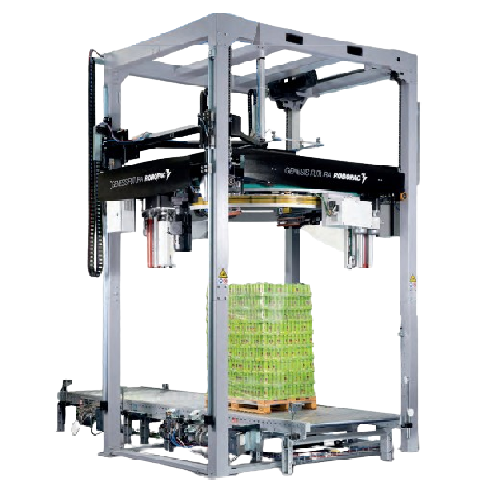
Fully automatic rotary ring wrapper
Achieve superior load stability and efficiency with this rotary ring technology, ideal ...
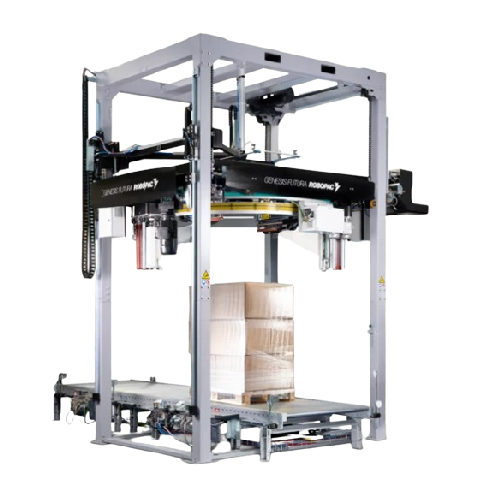
High-speed automatic rotary ring wrapper for stretch wrapping
Optimize your packaging line with a fully automated high-s...
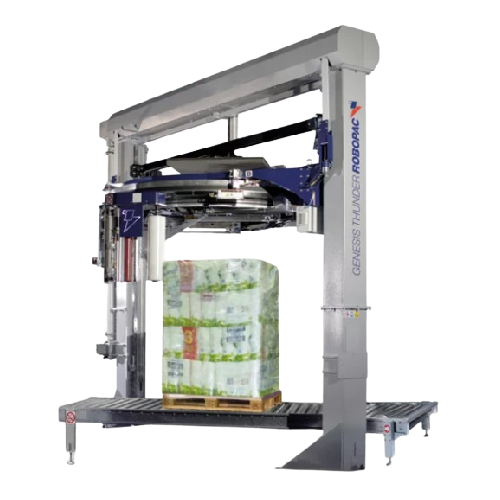
Fully automatic rotary ring wrapping solution
Optimize your packaging line with this advanced wrapping technology that enh...
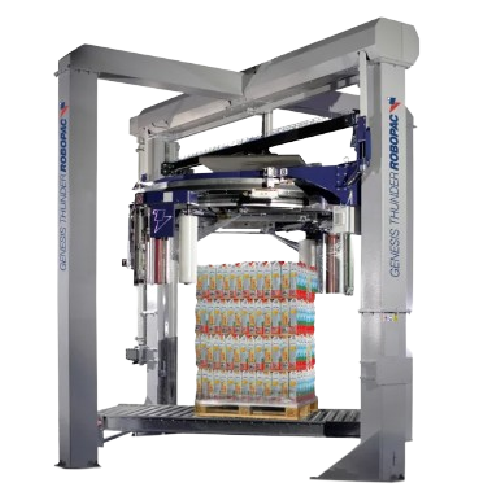
Automatic rotary ring wrapper for high-speed pallet wrapping
Achieve optimal load stability and reduce material usage wi...
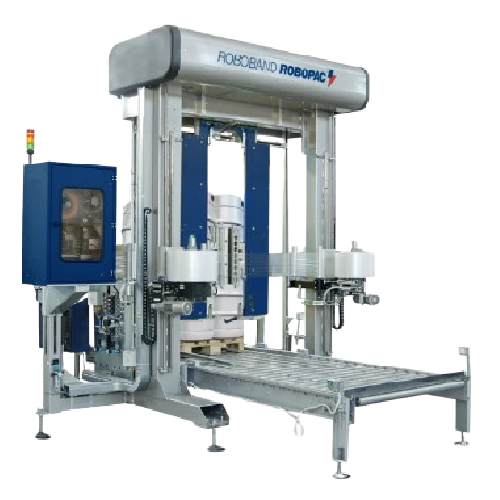
Automatic horizontal banding system for label application
Optimize your end-of-line operations with a high-speed horizon...
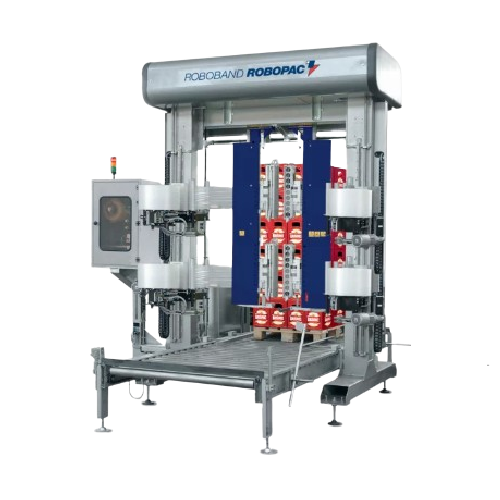
Fully automatic horizontal banding solution for labeling
Optimize your packaging line with a sophisticated banding system...
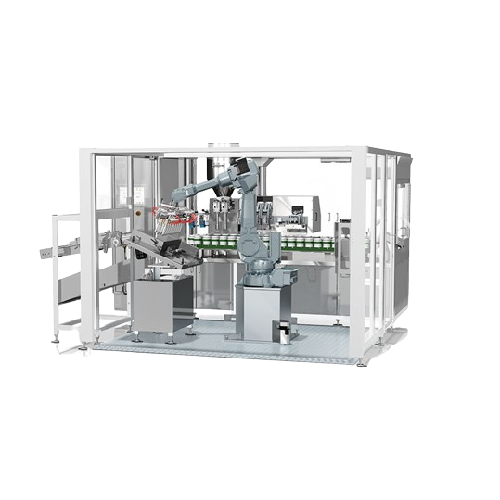
Tube filling machine for cosmetics and food products
Achieve precise and efficient packaging with this advanced twin-head...
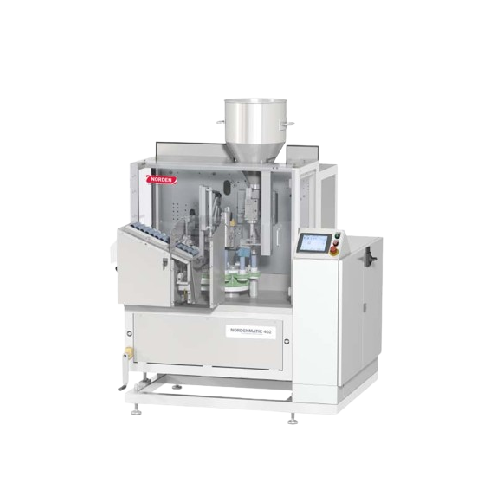
Tube filling solution for plastic and laminate tubes
Ensure precise tube filling and sealing with quick changeovers, enha...
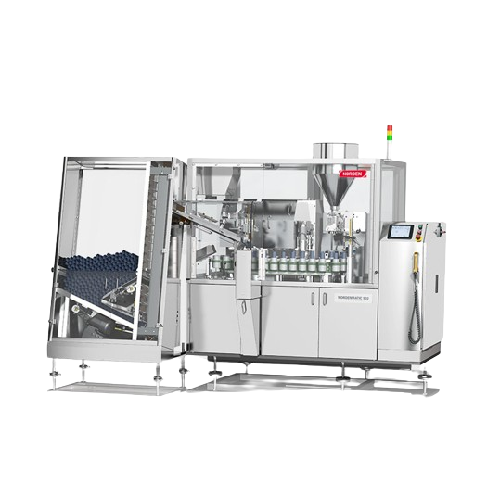
Tube filling solution for plastic, laminate, and aluminum tubes
Optimize your production line with a versatile tube fill...
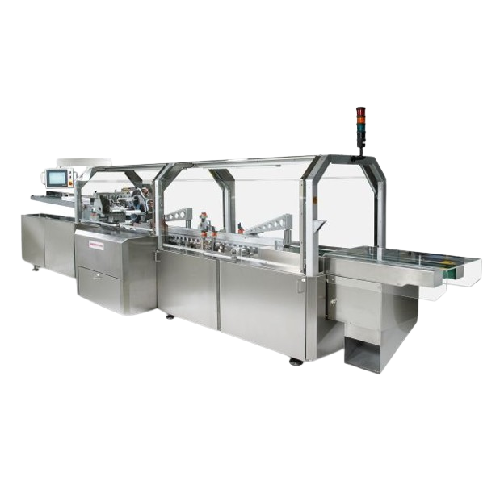
Hig Speed Tube Cartoner
Achieve seamless integration into your high-speed packaging line with a cartoning solution that ensur...
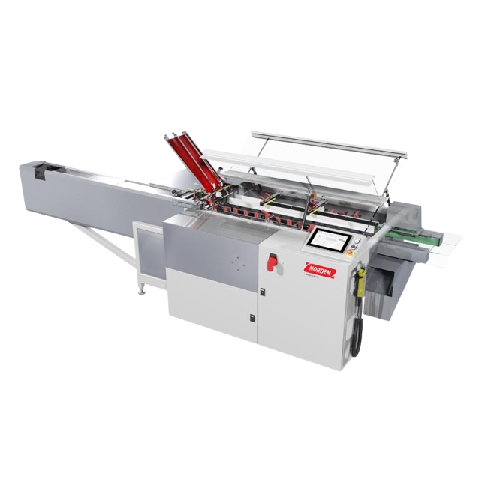
Cartoning solution for tube applications
Streamline your cartoning operations with a machine designed for flexible size cha...
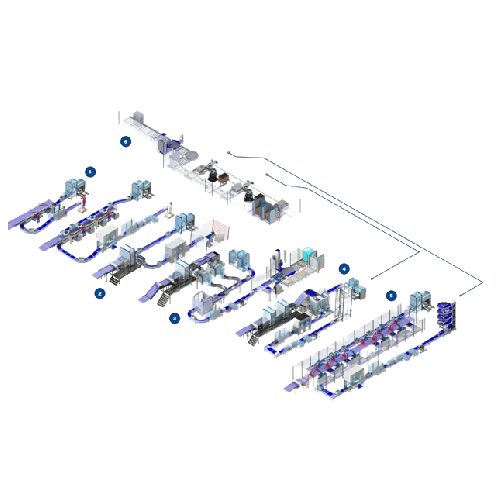
High-speed camera counting system for accurate product batching
Optimize your production line with a cutting-edge system...
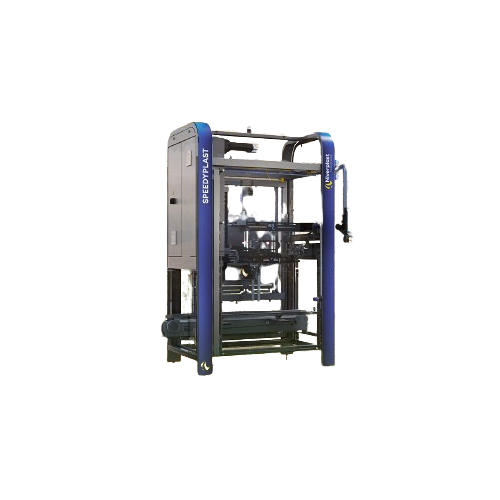
Automated system for placing bags in boxes and crates
Streamline your packaging process with high-speed bag placement tha...
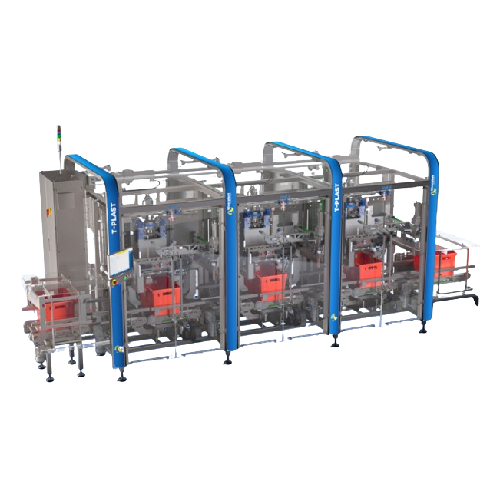
High-speed bag placing system for e-commerce fulfillment centers
Optimize your packaging line with a high-speed system t...
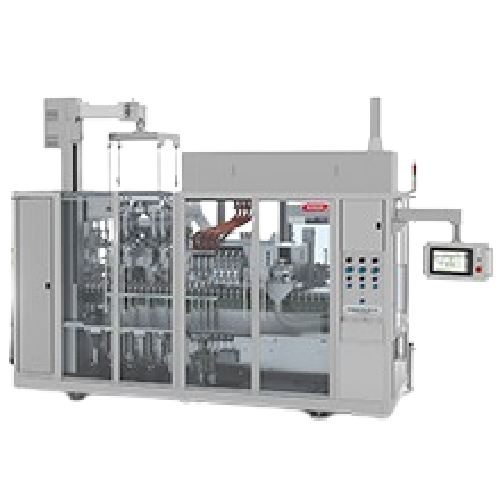
Tube filling station for plastic, laminate, and aluminum tubes
Efficiently seal and fill various tube materials, ensurin...
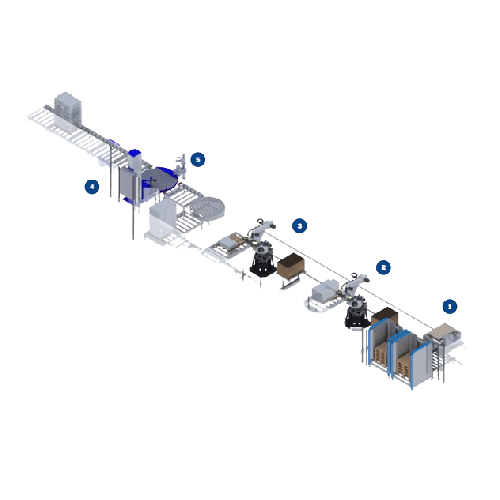
Compact palletizing solution for limited space
Optimize your space with versatile palletizing that adapts to diverse produ...

Automated paper bag placing system
Efficiently automate the placement of paper bags into totes or boxes with precision and ...
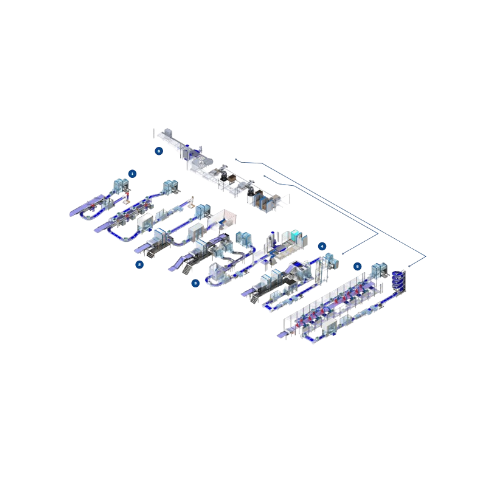
Automatic box loader for fragile products
Ensure precise and gentle handling of delicate bakery goods with a compact case ...
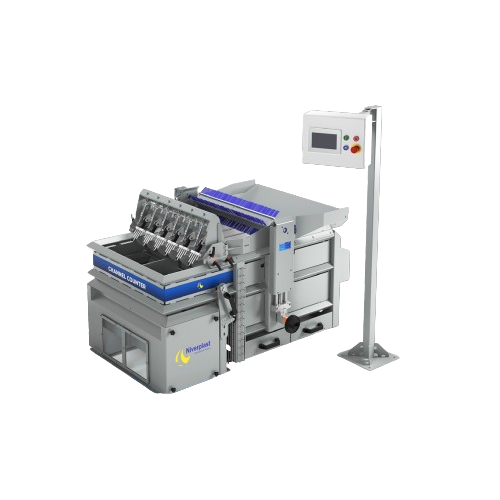
High-precision batch counting solution
Achieve precise product alignment and counting with advanced vibration and photocell...
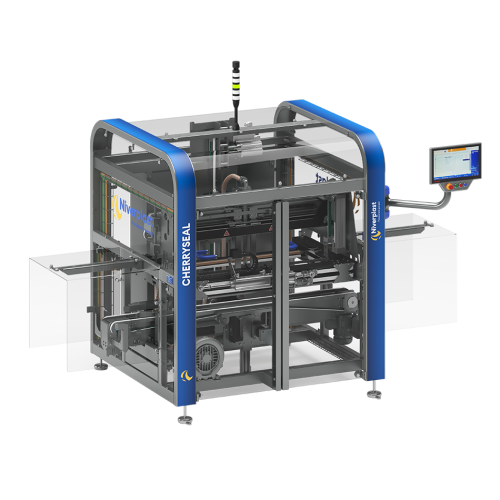
Compact sealing system for bags and boxes
Achieve seamless, high-speed packaging with a compact solution designed to handl...
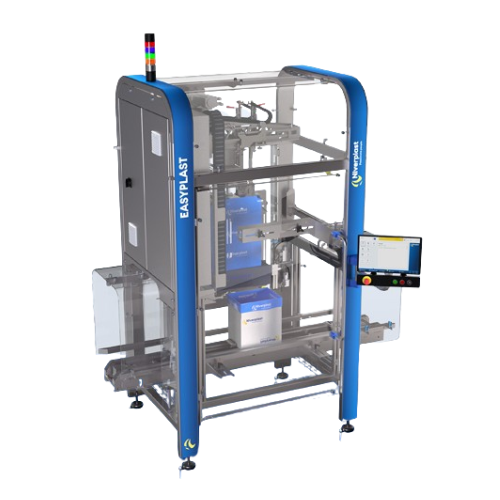
Manual bag placing solution for various materials
Increase your efficiency in manual bag placing with an ergonomic soluti...
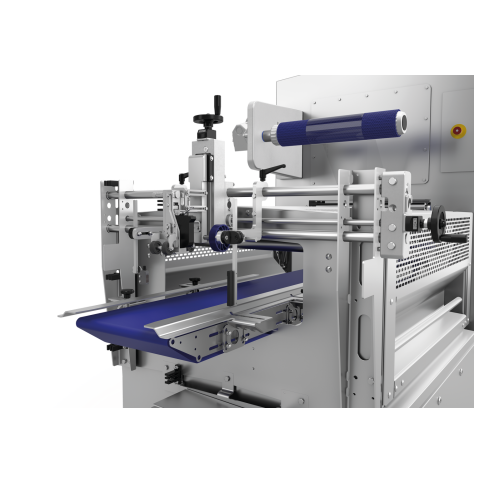
Marking solutions for traysealers
Ensure precise labeling and data printing on tray-sealed packages with integrated solutio...
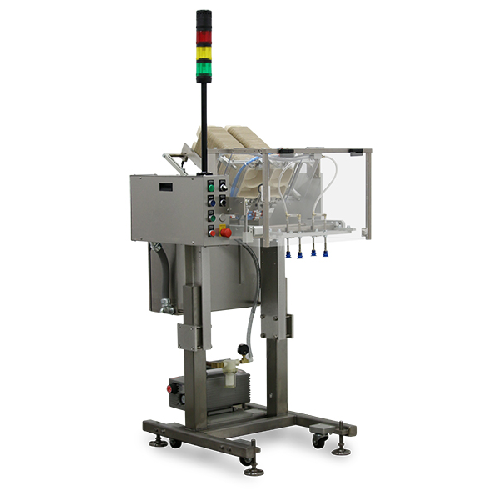
Intermittent pick and place solution for stackable items
Optimize your production line with high-speed, intermittent oper...
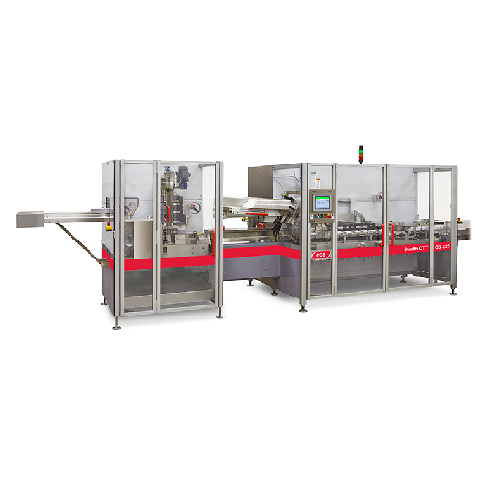
Horizontal continuous motion cartoner
Streamline your packaging process with a high-speed cartoning solution that ensures p...
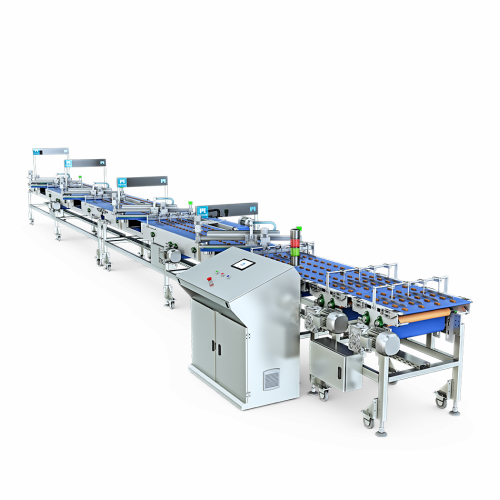
Automatic chocolate feeding conveyor
Efficiently connect your chocolate production to wrapping stages with this high-speed ...
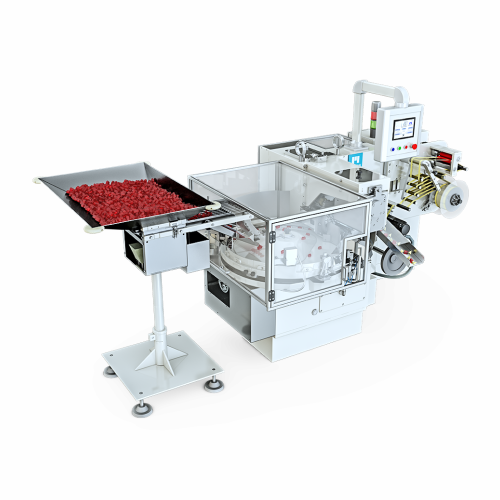
Jelly and chocolate ball wrapping solution
Efficiently wrap jelly candies and chocolate balls with precision and high spee...

Powder handling system for industrial applications
Overcome powder flow issues and enhance production efficiency with adv...
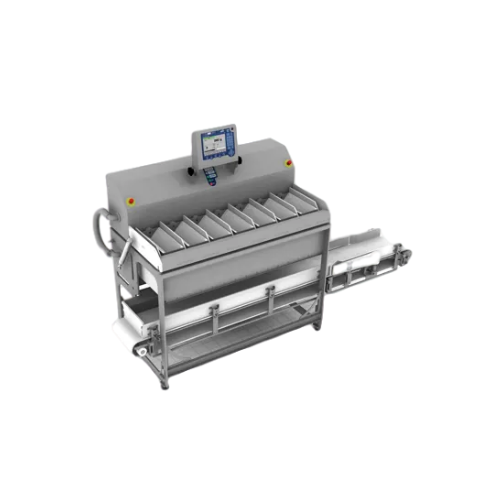
Accurate batching system for prepared foods
Streamline your food production with high-accuracy batching, minimizing rework...
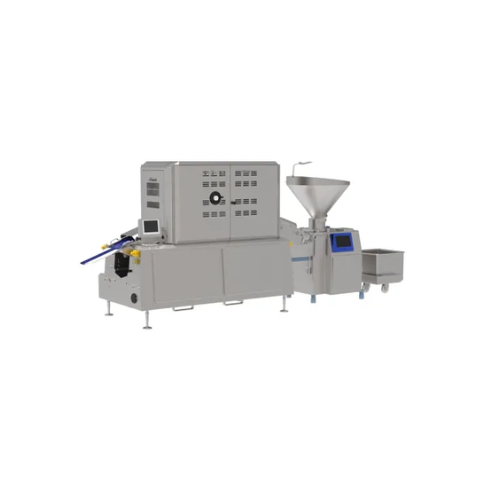
Low-pressure forming solution for plant-based products
Achieve a handcrafted look and precise texture retention for plant...
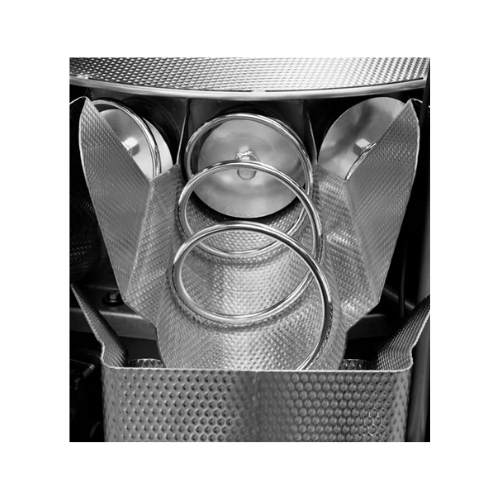
Multihead weigher for frozen products
Achieve precise fixed-weight batching and minimize product giveaway with high-speed, ...

Automatic box and crate labeler
Achieve precise, high-speed labeling and weighing for various packaging needs, ensuring cons...
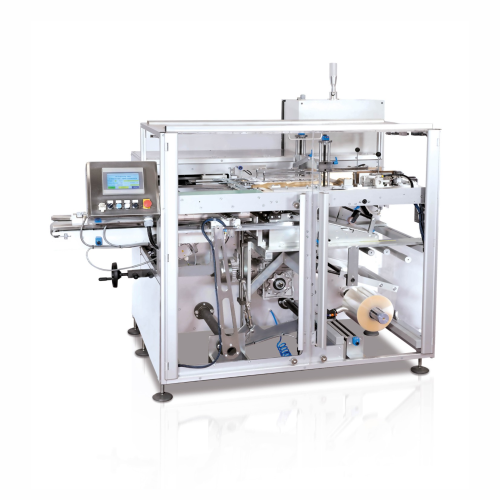
Automatic carton overwrapping solution
Enhance your packaging line’s efficiency with a machine that seamlessly overwr...
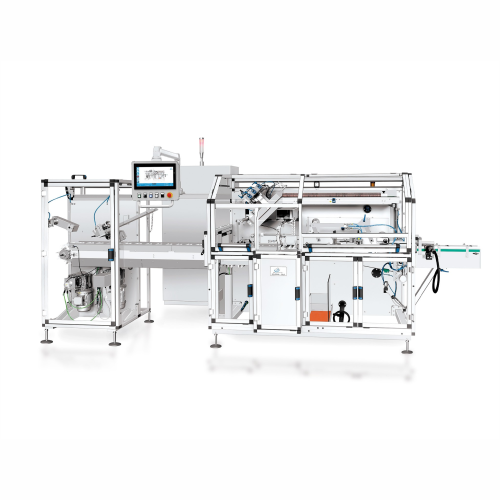
Automatic horizontal cartoning solution
Optimize your production line efficiency with a versatile cartoning system that acc...
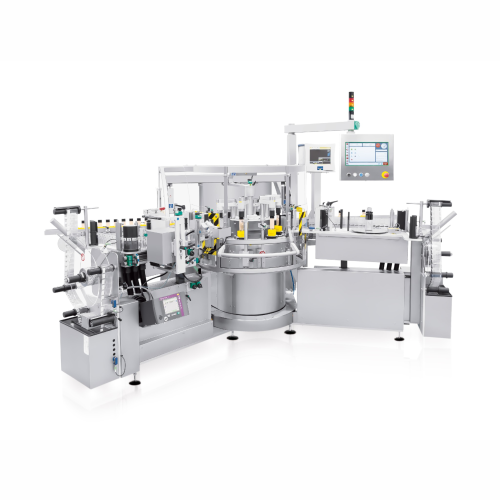
High-speed rotary self-adhesive labelling system for bottles and jars
For cosmetics producers seeking precise and effic...
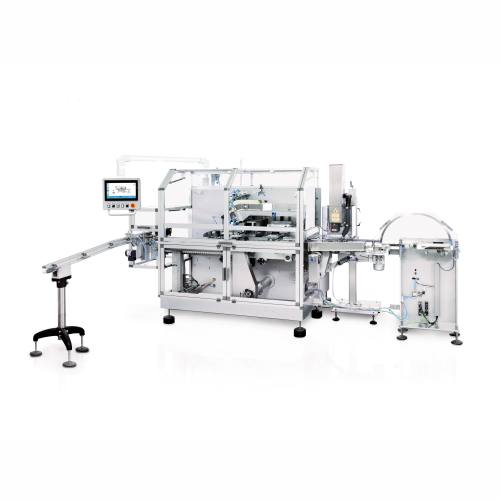
Automatic cartoning solution for cosmetic and fragrance samples
Streamline your cosmetic and fragrance sample packaging ...
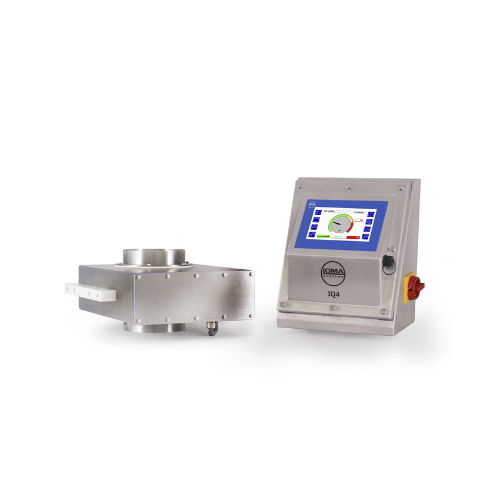
Gravity fed metal detector for dried foods
Ensure product purity and safety with metal detection between gravity feed hopp...
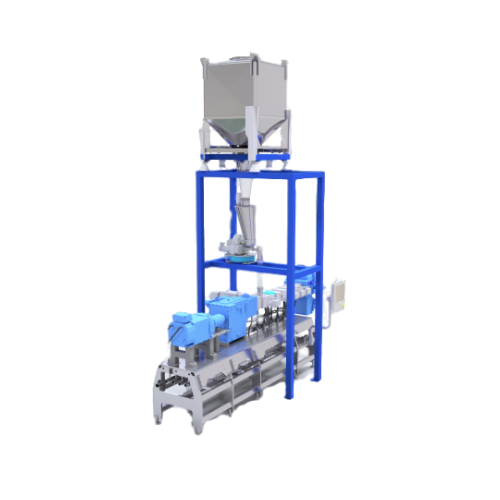
Powder handling systems for battery production
Optimize your battery production with a versatile powder handling system th...
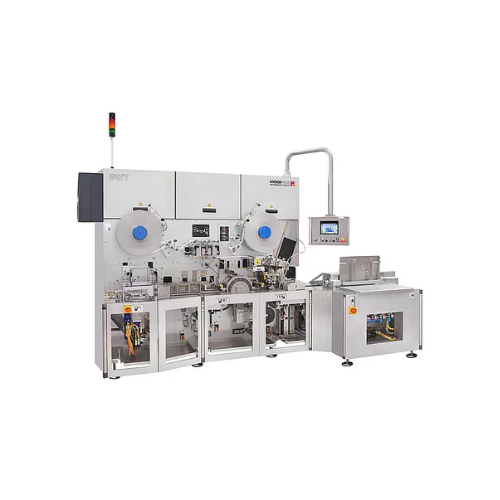
Fold wrapping solution for chewing gum tabs
Streamline your high-speed packaging line with a solution that expertly wraps ...
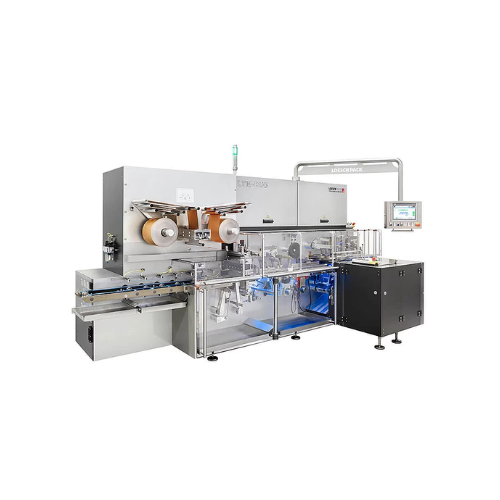
Twin station fold wrapping machine for chocolate bars
Efficiently transform diverse chocolate and confectionery items int...

Horizontal flow wrap solution for chocolate bars
Achieve high-speed precision in packaging with a machine designed to hand...
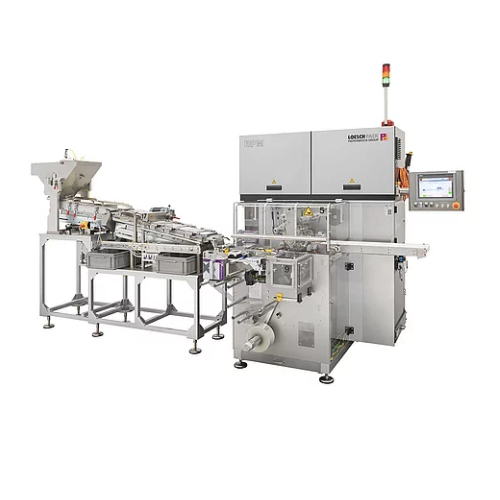
Fold wrapping solution for round pharma tablets
Ensure precise and gentle packaging of round tablets with our innovative f...
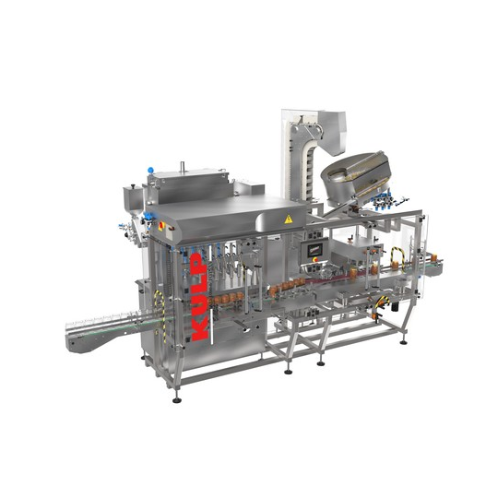
Volumetric filling and capping solution for liquids and viscous products
Effortlessly integrate high-precision filling ...
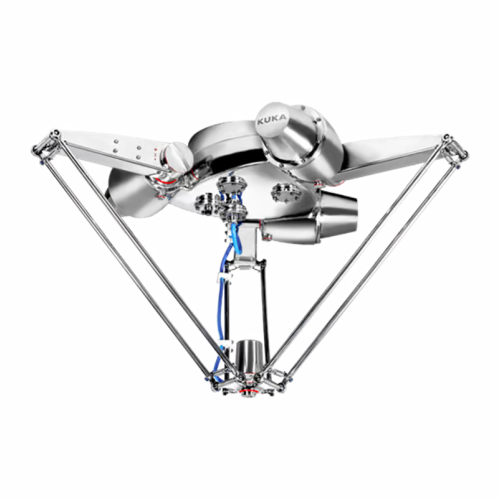
Hygienic design robot for food industry
Optimize your production line with a high-speed, hygienic design robot engineered f...
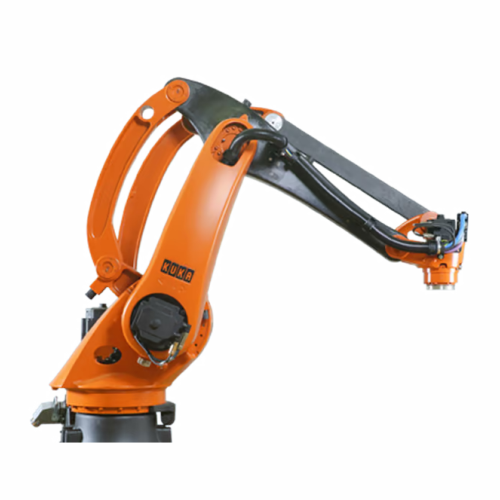
Compact palletizing robot for efficient material handling
Optimize your production line with a high-speed palletizing ro...
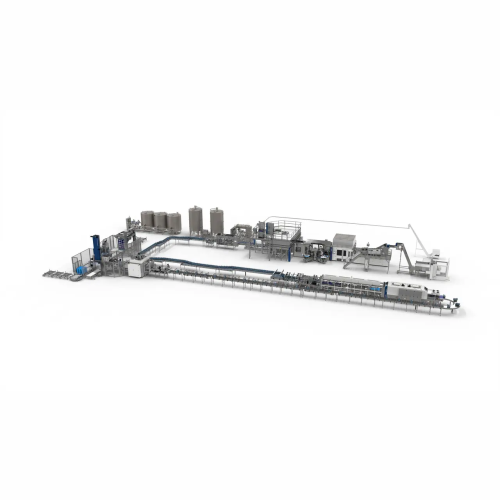
Automated product change-over system
Maximize your production line efficiency by reducing downtime during product changeove...
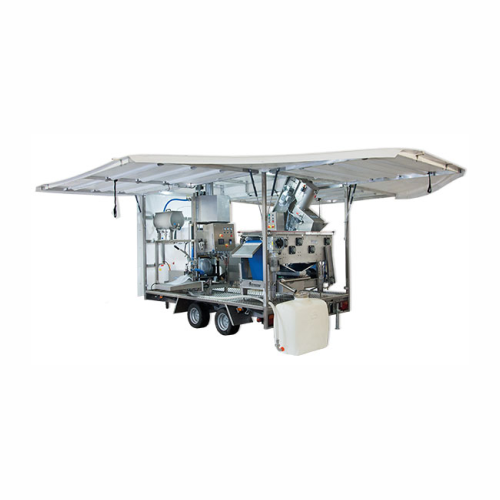
Mobile juice processing units
Transform your fruit harvest into fresh, pasteurized juices directly on-site, ensuring optimal...

Bag break station for pneumatic conveying systems
Efficiently manage powder feeding and dust control in your production l...
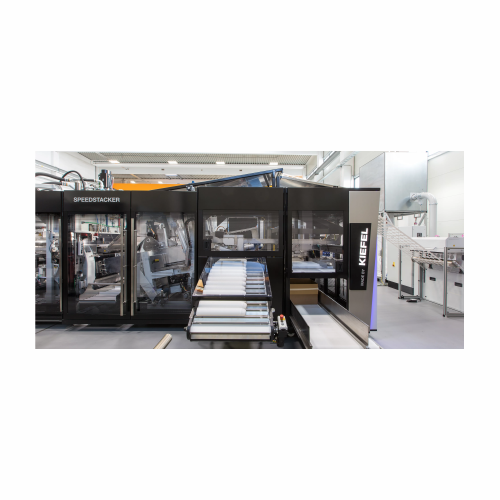
Stacking solution for thermoformed cup production
Optimize your cup production line with advanced stacking and packaging ...
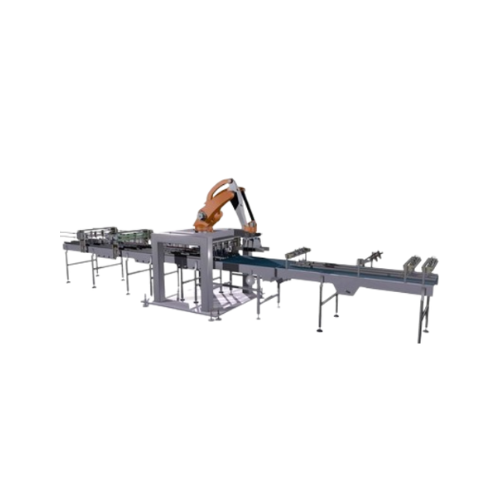
High-performance distribution and combining system
Streamline your packaging operations with a versatile system designed ...

Sleeving system for leafy greens and cut fruits
Enhance your packaging line with seamless tray sleeving, enabling high-spe...
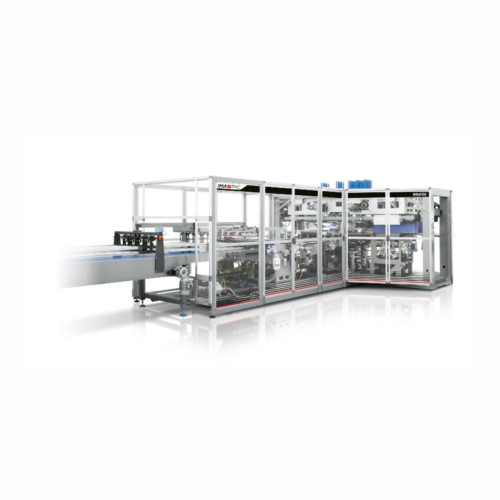
High-speed wrapping solution for tissue rolls
In a dynamic production environment, this high-speed wrapper enhances your o...
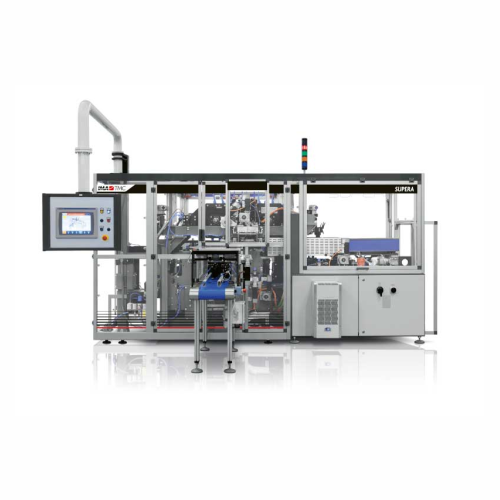
High-speed tissue wrapper for bath and kitchen towel rolls
Optimize your production line with this high-speed wrapper, d...
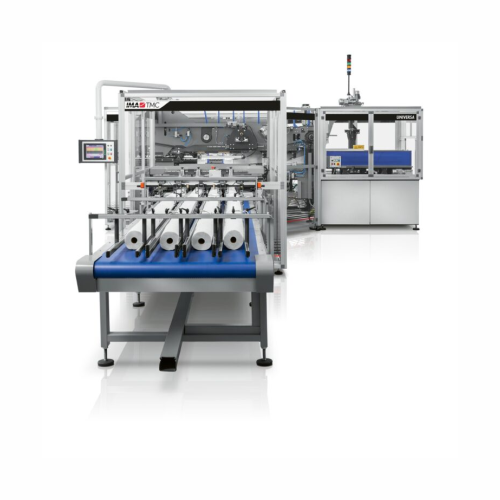
Flexible wrapping system for bathroom tissue and towels
Optimize your wrapping process with a system engineered for high ...
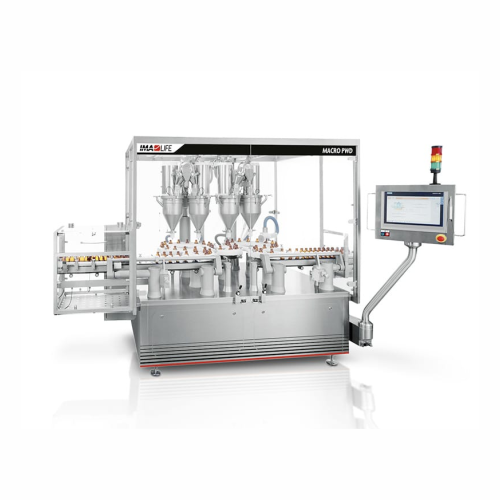
Pharmaceutical powder dosing system
Ensure precise dosing and contamination-free filling with this machine designed for eff...
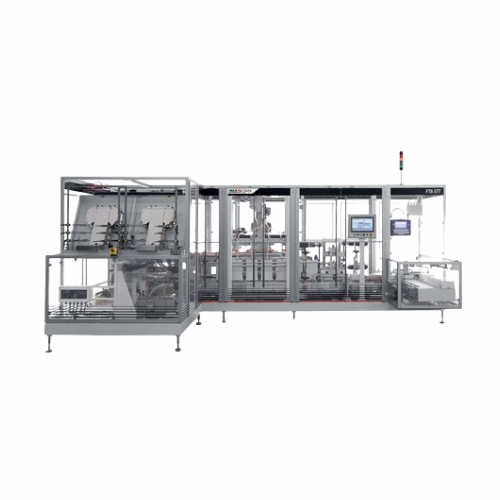
Top loading cartoner for variable box sizes
Achieve precision packaging with a versatile top-loading cartoner that adapts ...
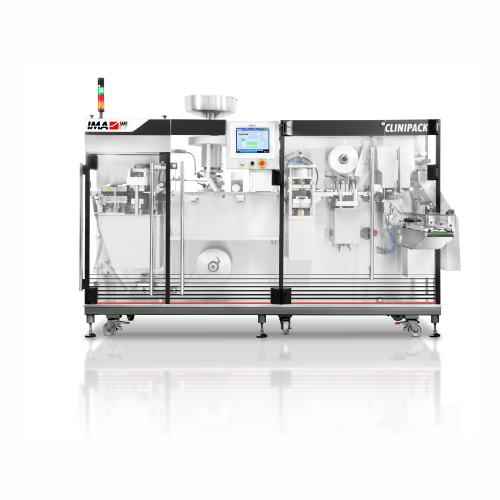
Thermoforming solution for clinical trials
Designed for precision and flexibility, this compact thermoforming machine stre...

Robotic system for loading personal care products
Enhance efficiency and precision in your packaging line with a robotic ...

Over wrapping solution for cartons and trays
Streamline your packaging line with this high-performance over wrapping solut...
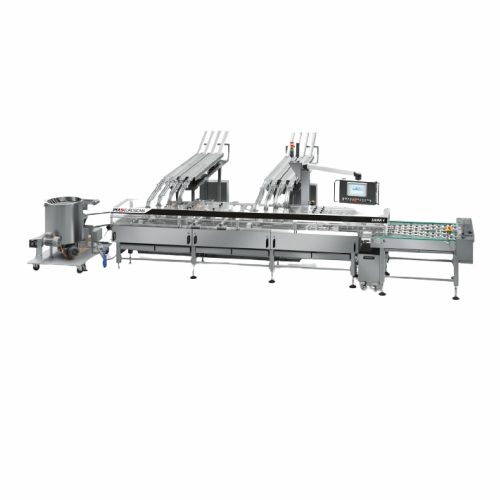
Automatic biscuit sandwiching equipment for high-volume production
Optimize your biscuit production line with high-spee...
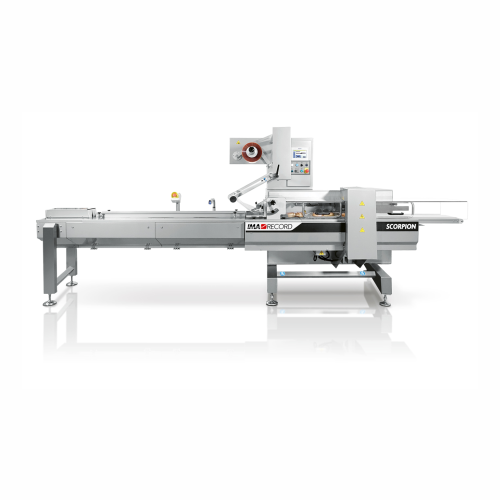
Entry-level flow wrapping machine for small and medium products
Optimize your packaging line with a high-speed flow wrap...
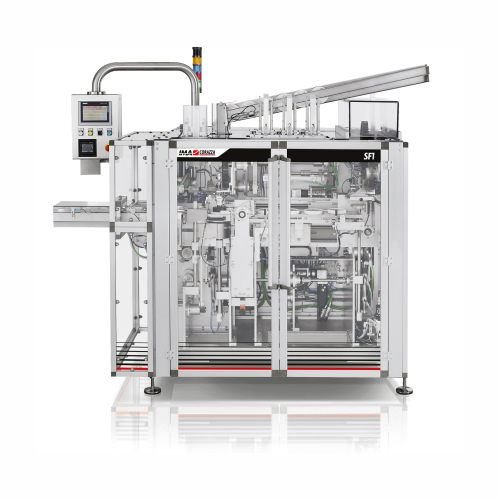
Cartoning system for triangular cheese portions
Streamline your cheese packaging process with precision-oriented cartoning...
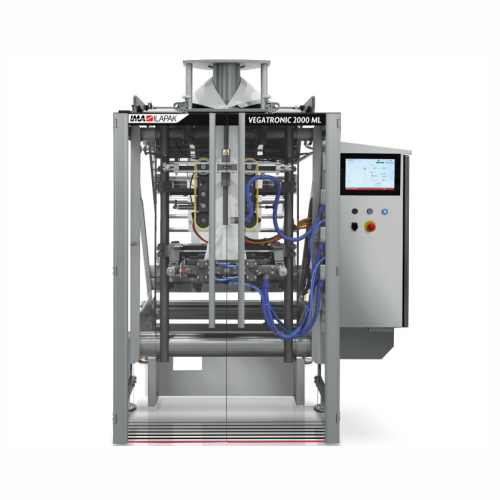
Vertical bagging system for heat sealing films and Lpde
Achieve unparalleled flexibility with a versatile vertical baggin...

Wet wipe converting line
Optimize your production with a versatile and precise solution designed for high-quality wet wipe ma...
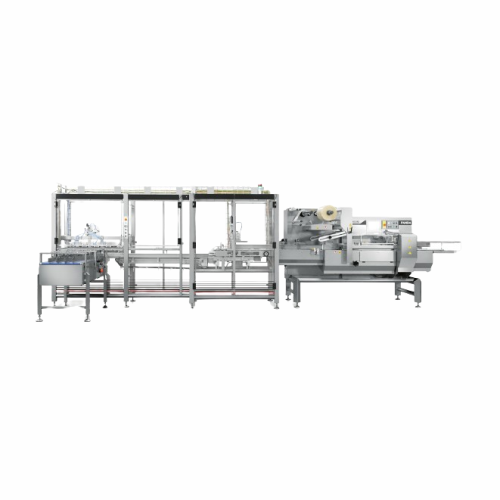
Horizontal form fill and seal for biscuits on edge
Optimize your packaging line with a machine that streamlines wrapping ...
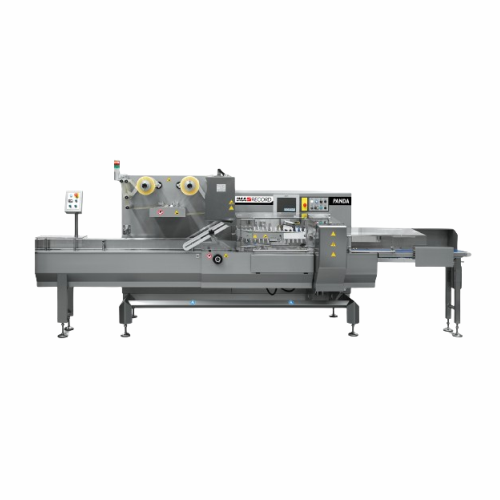
Flexible flow wrapping solution for small and medium products
Enhance your production line with a versatile flow wrappin...
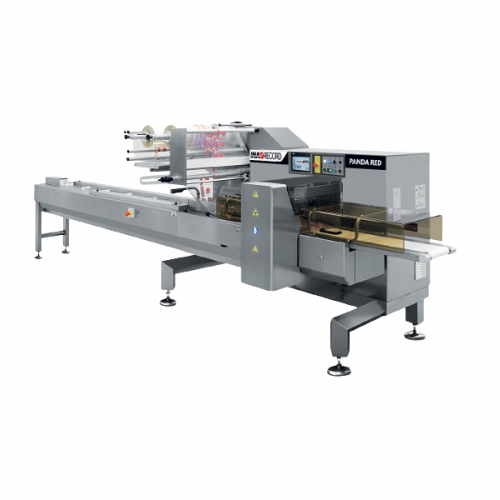
Horizontal flow wrapper for medium performance level
Offering high-speed, continuous flow wrapping, this versatile machin...
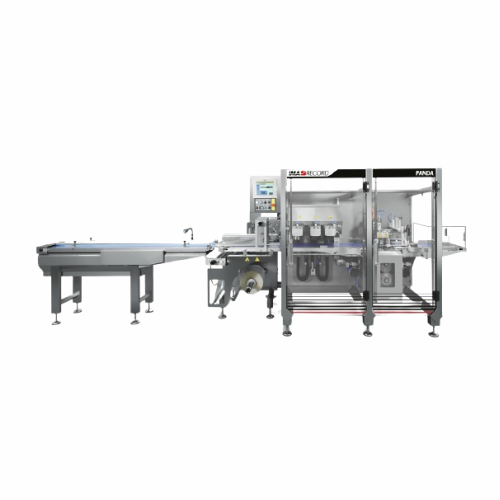
Flow wrapping solution for fresh produce and food products
Optimize packaging efficiency for irregular products with a v...
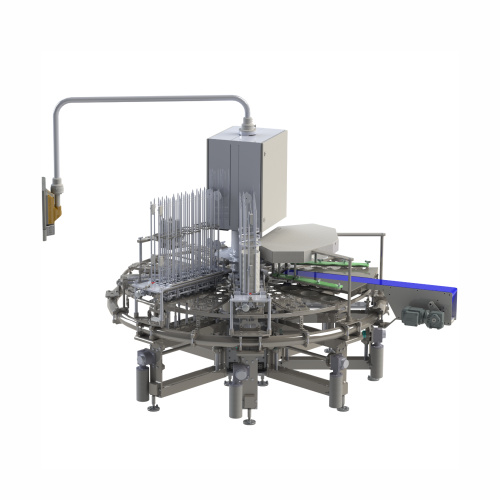
Rotary filling and sealing for liquid to pasty products
Boost production efficiency with a flexible rotary solution that ...
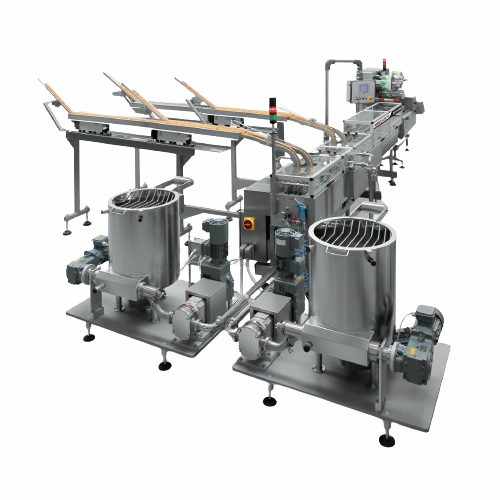
Automatic sandwich biscuit production system
Elevate your biscuit production line with high-speed sandwiching capabilities...

Cheese portioning dosing and wrapping solution
Effortlessly streamline cheese portioning with high-speed dosing and wrappi...
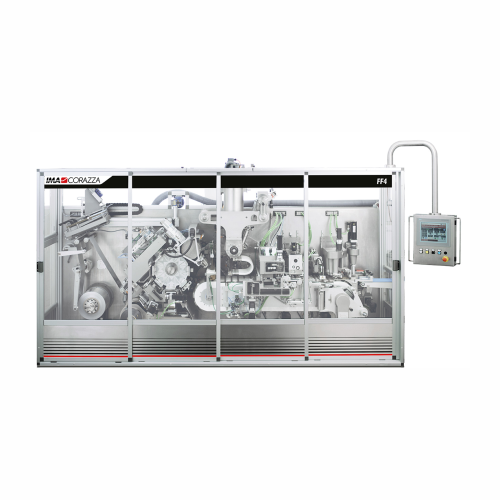
High speed cheese dosing and wrapping solution
Achieve precise dosing and efficient wrapping of cheese portions with versa...

High-speed overwrapping for display boxes
Achieve seamless overwrapping of display boxes with ultra-high-speed capabilitie...
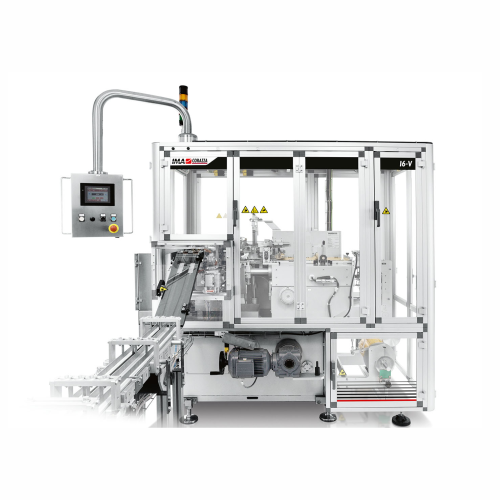
Pressed soup cube bottom fold wrapper
Optimize your packaging line with high-speed wrapping machines designed for precision...
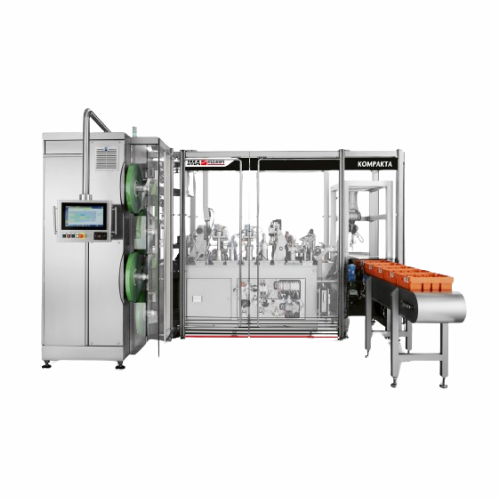
Stand-up pouch making system
Efficiently transform pre-printed reels into customizable stand-up pouches with precise unwindi...
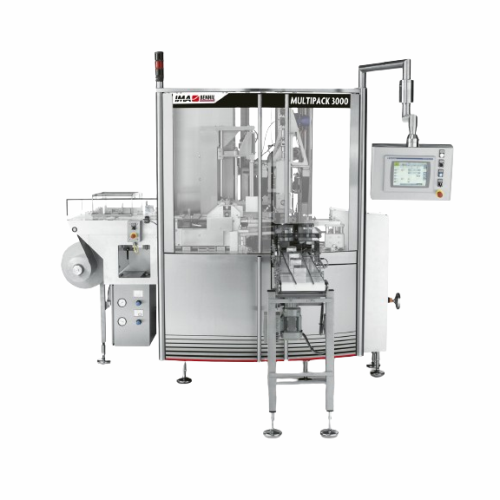
Filling and wrapping system for pasty products
Achieve precise dosing and flexible wrapping of diverse pasty products, ens...
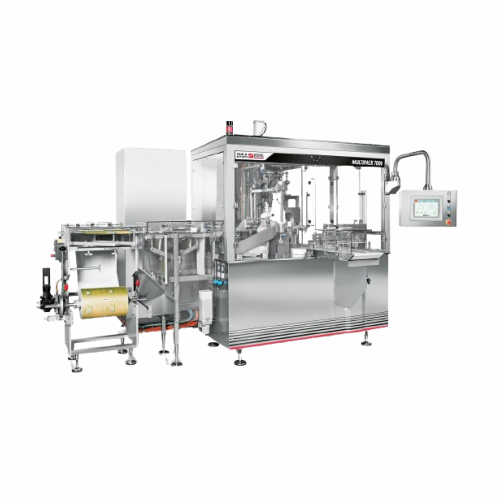
High-speed dosing and wrapping for butter and margarine
Achieve precision in butter and margarine packaging with a high-s...
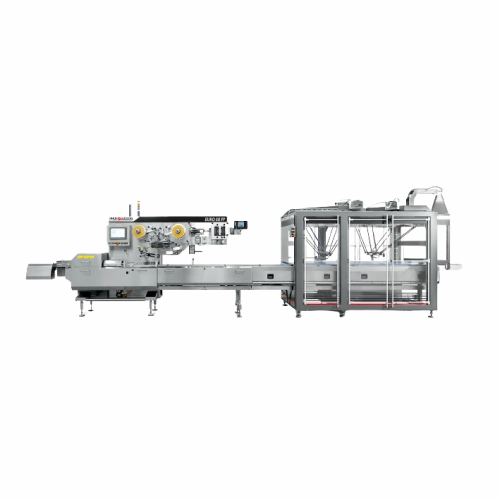
Flow wrapping with pick and place robots
Streamline your confectionery and bakery packaging with precision flow wrapping, u...
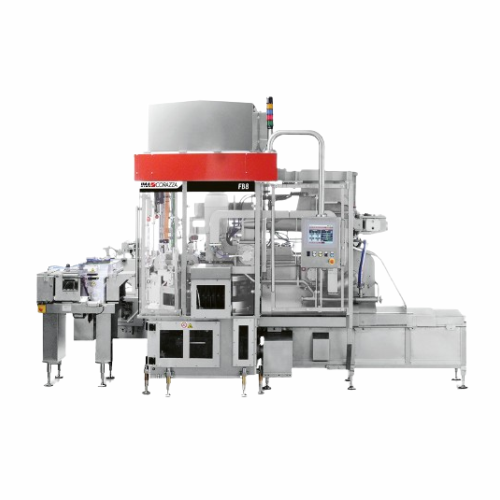
Butter portion dosing and wrapping system
Efficiently manage butter portion packaging with a compact system designed for p...
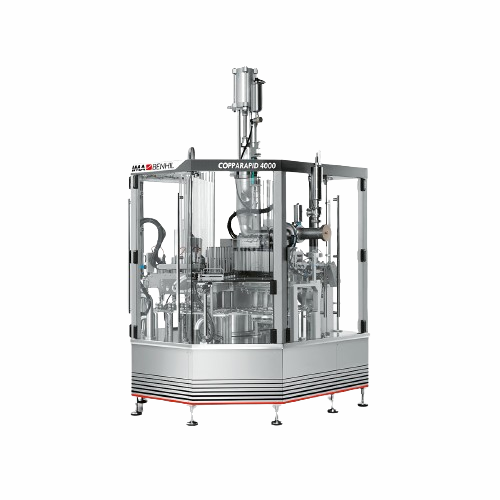
Rotary filling and sealing system for pasty products
Efficiently streamline your cup and tub packaging process with a ver...

Flow wrapper for processed meat and cheese
Optimize wrapping efficiency and hygiene in your meat and cheese packaging line...
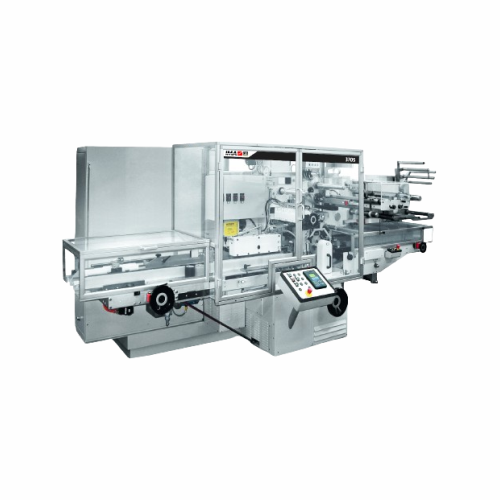
High-speed overwrapping for cosmetic and toiletry items
Achieve precise and efficient over wrapping of cosmetic and toile...

Complete over wrapping for parallelepiped products
Optimize your packaging line with high-speed over wrapping for precisi...

Cartoning solution for cheese portions
Optimize your cheese packaging with a flexible cartoning solution designed to accomm...
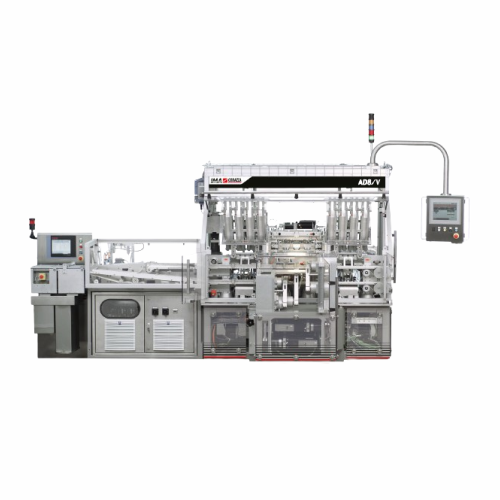
Cartoning solution for soup cubes
Optimize your soup cube packaging process with a compact, high-speed wrap-around solution...
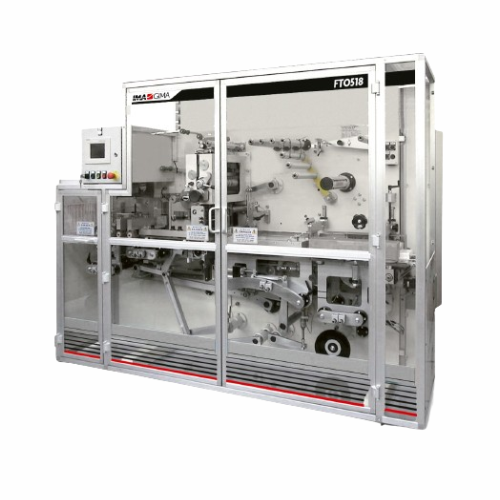
Overwrapping solution for medium size display boxes
Streamline your packaging line with high-speed, continuous overwrappi...
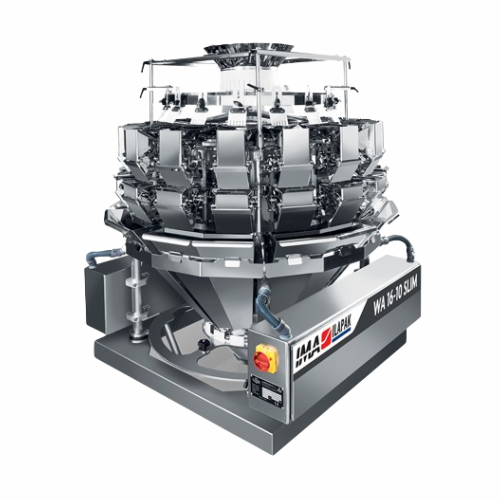
High-speed multi-head weigher for confectionery products
Achieve precise measurements and minimize waste in high-speed fo...
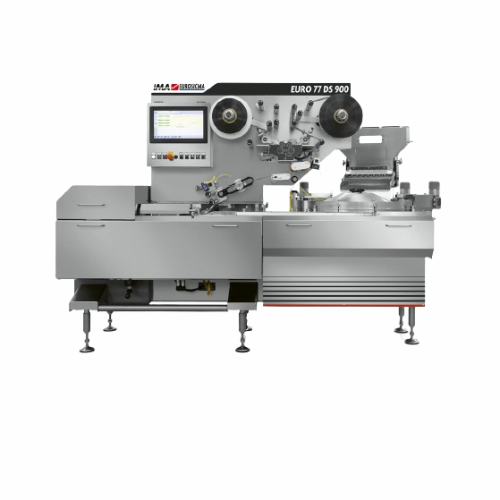
High-speed flow wrapper for candies and gums
Achieve top-speed packaging with unparalleled flexibility for diverse confect...
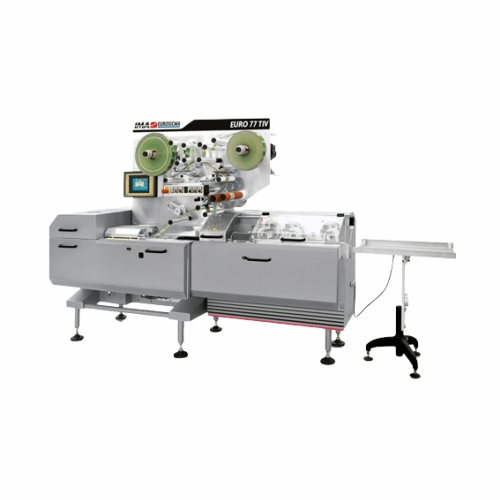
High-speed cut & wrap flow wrapping for confectionery
Experience efficient packaging with high-speed flow wrapping techno...
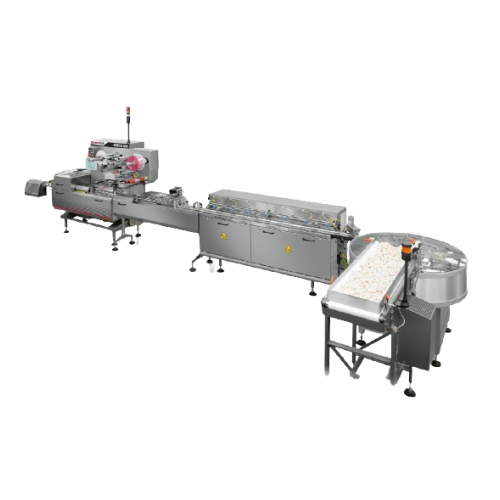
Flow wrapping for bulk confectionery products
Efficiently orient, feed, and wrap bulk confectionery items with seamless in...

Capsule cartoning for coffee and tea products
Optimize your capsule packaging process with a solution that enhances speed ...
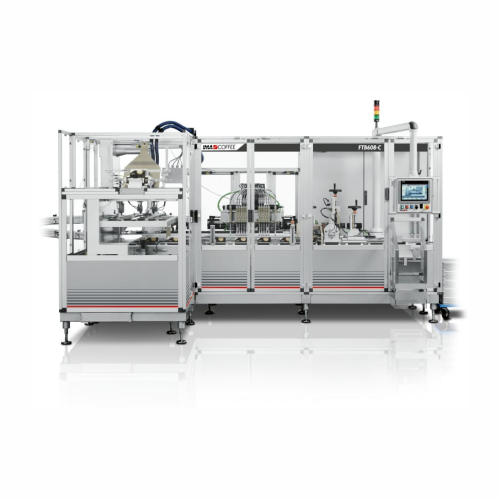
Capsule cartoning system for coffee and tea
Streamline your capsule packaging with a high-speed cartoning solution that ef...
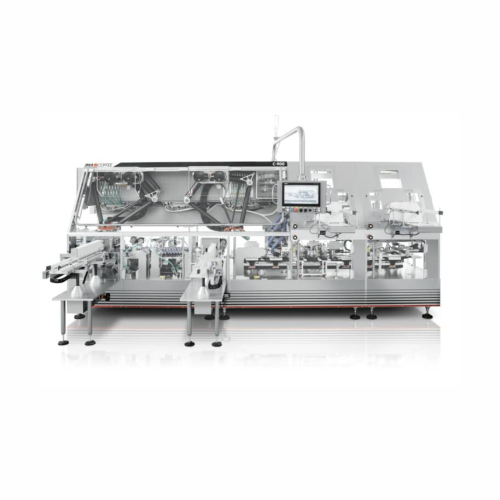
High-speed capsule cartoning solution
Optimize your capsule packaging line with a versatile cartoning machine that accommod...
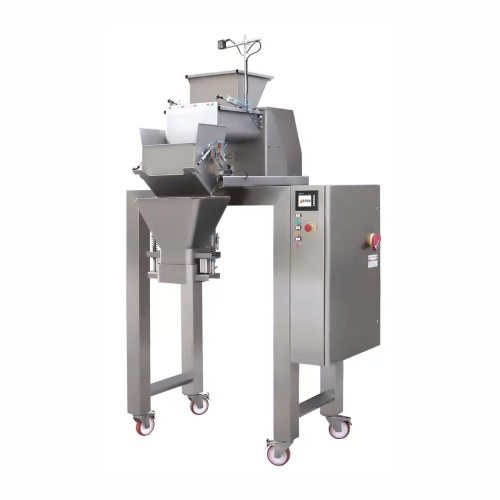
Linear and auger weighing systems for non-free-flowing products
Optimize your production line with precise weighing and ...

Multi head weigher for precise portioning
Ensure consistent product portions with our multi head weigher, ideal for high-s...
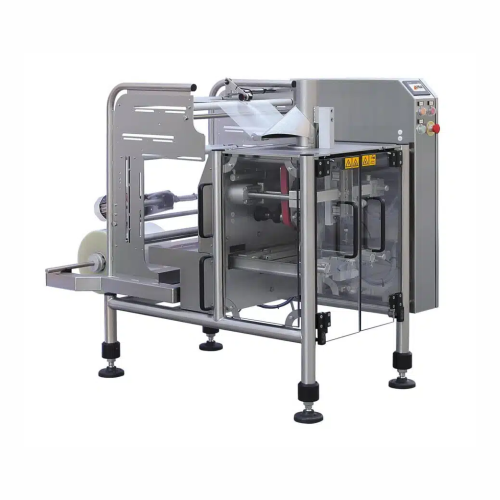
Vertical form fill seal for small to medium production runs
Ideal for scaling production, this compact packaging solutio...
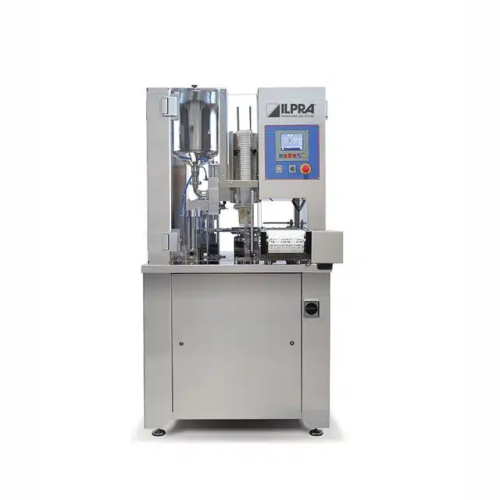
Rotary filler and sealer for dairy products
Optimize your filling and sealing needs with a compact solution designed for c...
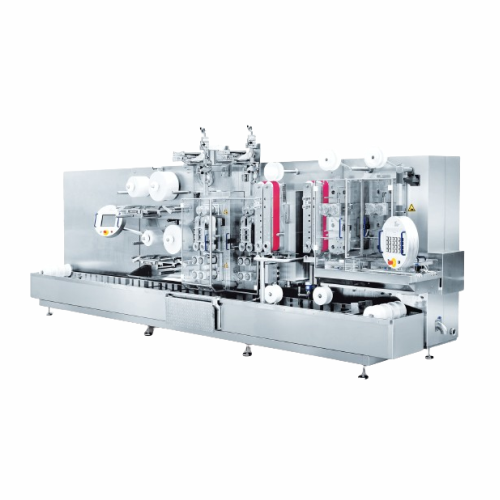
High-speed cheese slice wrapper
Achieve unparalleled efficiency with the high-speed wrapping machine that securely packages ...
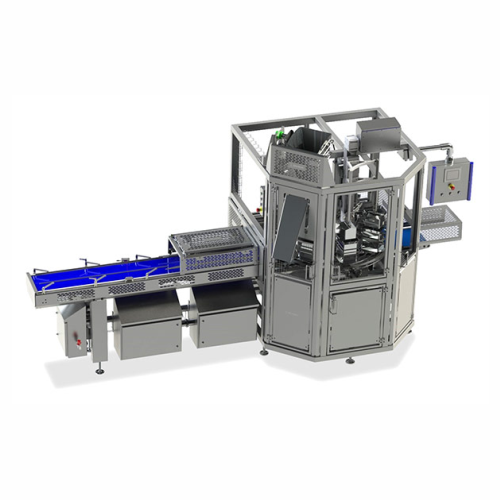
Automatic salad filler for preformed trays
Streamline your salad packaging process with this high-speed solution, ensuring...
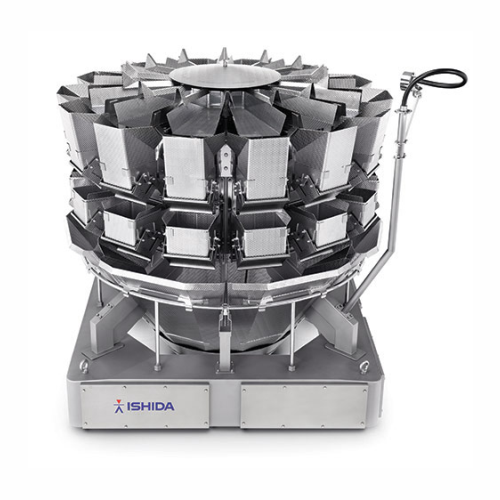
Multihead weigher for food processing
Enhance production efficiency and accuracy with multihead weighing technology, offeri...
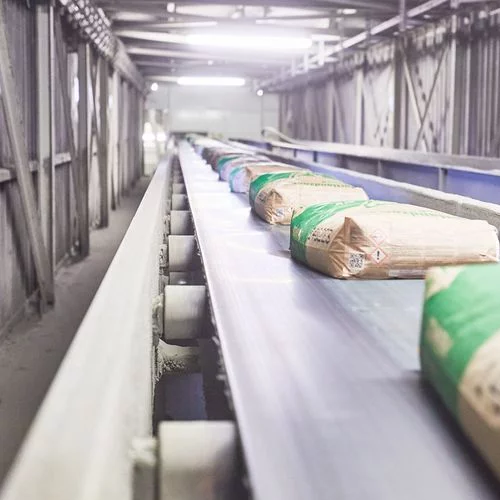
Industrial wire screens for efficient material separation
Streamline your packaging and production process with custom-e...
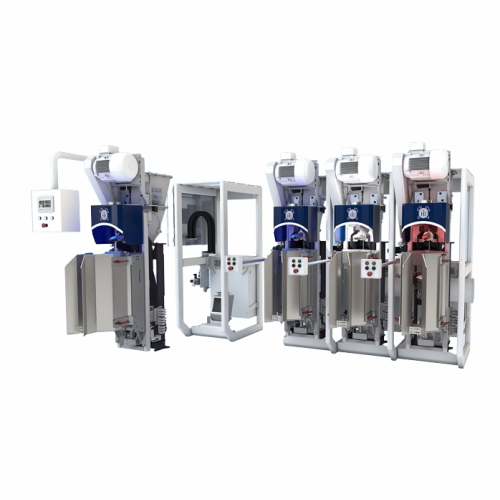
Valve bag filling system for cement and chemicals
Optimize your material handling with precision filling and sealing, ens...

Fully automatic bag applicator for valve bags
Maximize your packaging line efficiency with a high-speed system that seamle...
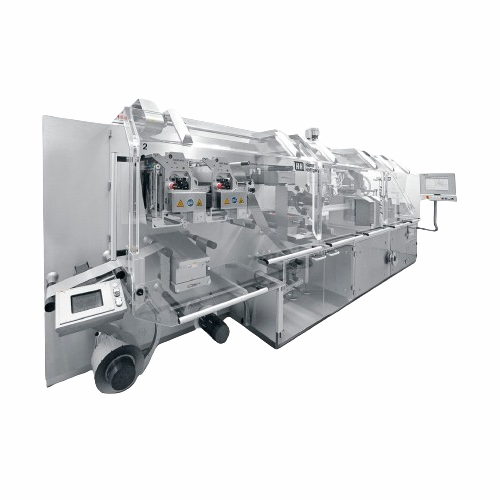
Pharmaceutical powder bag filling system
Ensure precision in pharmaceutical formulations with a system that fills high-spee...
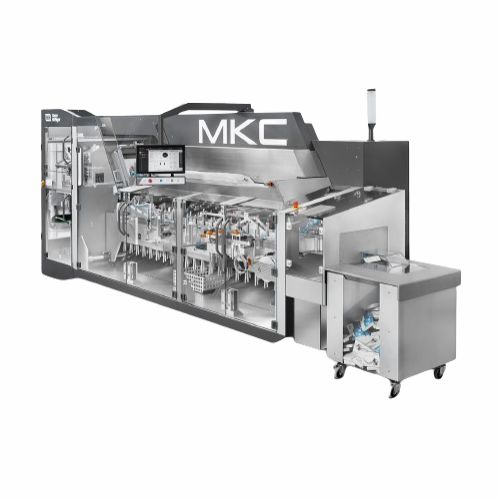
Flexible horizontal cartoning solution for various products
Streamline your packaging process with this versatile carton...
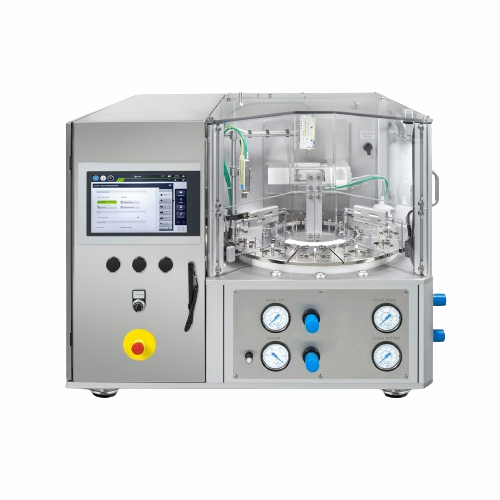
Semi-automatic powder dosing system
Achieve precise micro-dosing for pharmaceutical powders with a flexible system ideal fo...
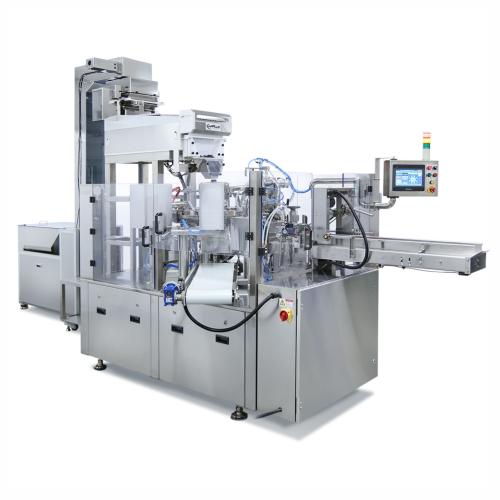
Gummy counter for gusseted bags
Optimize your gummy production line with precise counting and packaging into re-sealable gus...

Multi-lane ice cream wrapping system
Optimize your production line with a high-speed, multi-lane wrapping system designed t...
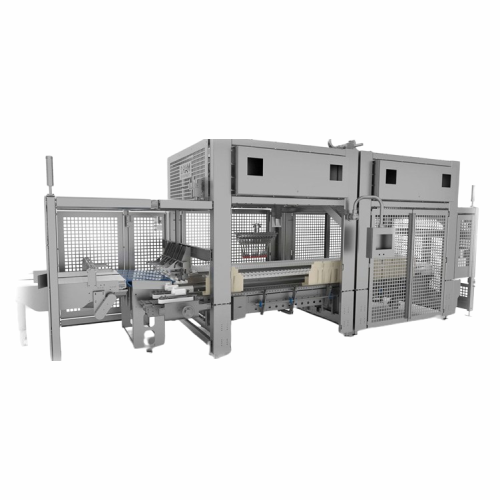
High-capacity ice cream cartonizing solution
Effortlessly handle complex ice cream production with a cartonizing solution ...

Optical inspection for ampoules, vials, cartridges, and syringes
Ensure product integrity and safety with this advanced ...
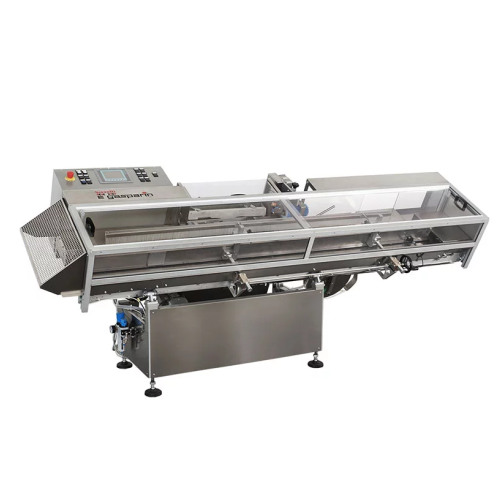
Automatic bag closing with metallic clipband
Ensure secure and efficient bag sealing for bakery products at high speeds wi...
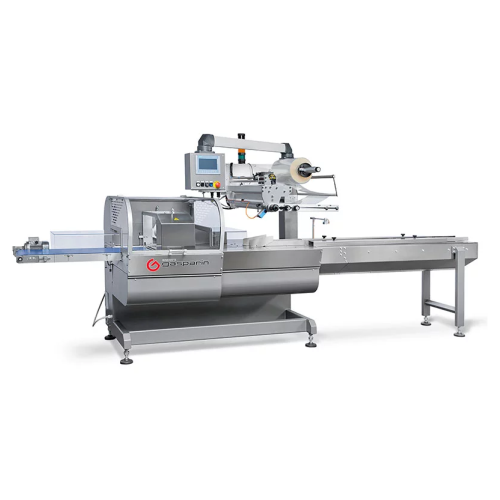
Continuous flow-wrapping system for high productivity
Optimize your packing line with a high-speed flow-wrapping system d...
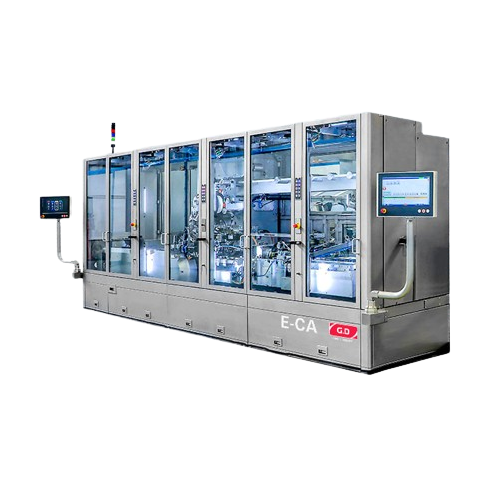
Cartridge assembler for next generation vapour products
Optimize your production of vape cartridges and e-cigarette pods ...
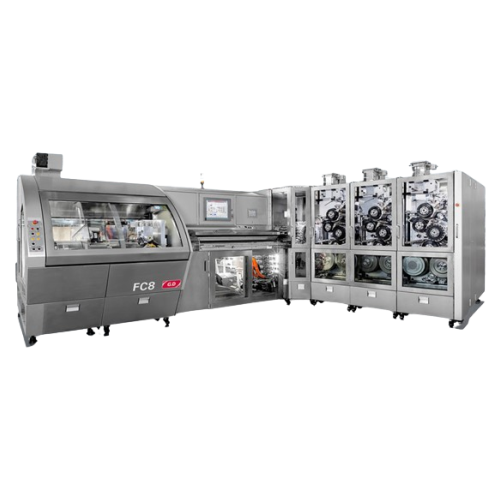
Combiner for multisegment filters
Optimize high-speed filter production with cutting-edge technology designed for seamless ...
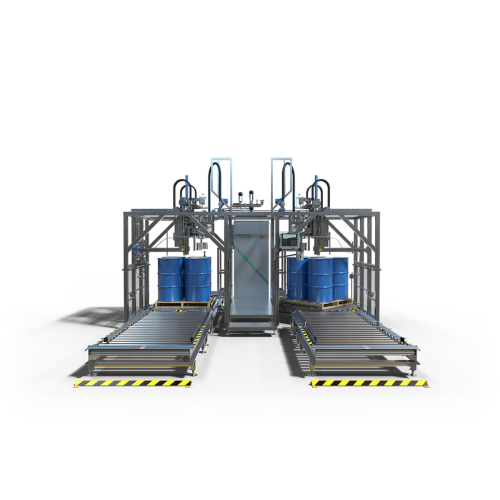
Industrial aseptic fillers for food processing
Ensure sterile packaging with advanced aseptic fillers, designed for precis...
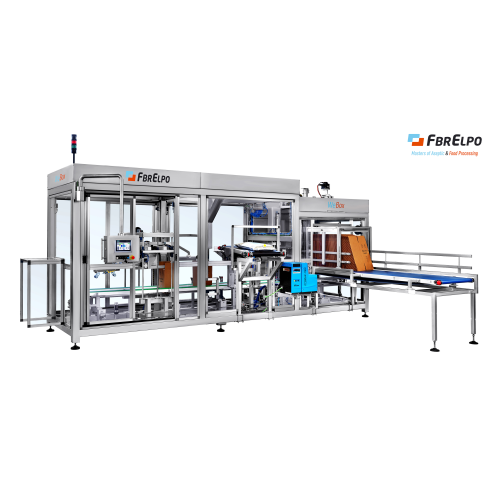
Automatic cartoning solution for 3-20l aseptic bags
Streamline your aseptic packaging with an integrated cartoning soluti...

Aseptic filler for large bags
Ensure safe and sterile packaging of liquid and slurry products in large formats with this ase...
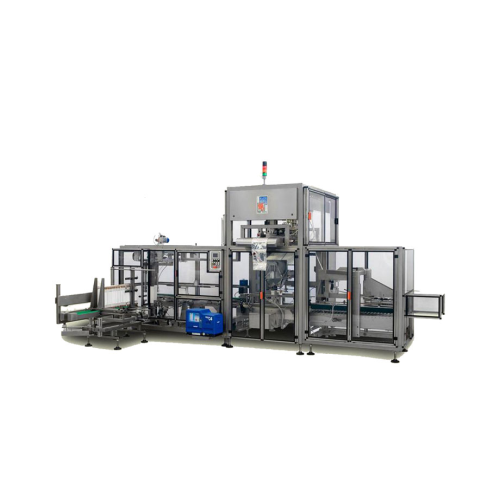
Ultra hygienic filler for non-aseptic products
Optimize your production with high-speed filling and sealing of liquid prod...
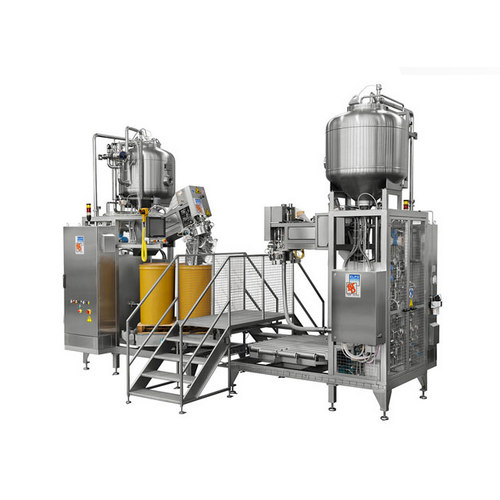
Aseptic filler for liquids and semi-concentrates
Ensure maximum sterility and precision when filling liquids, concentrates...
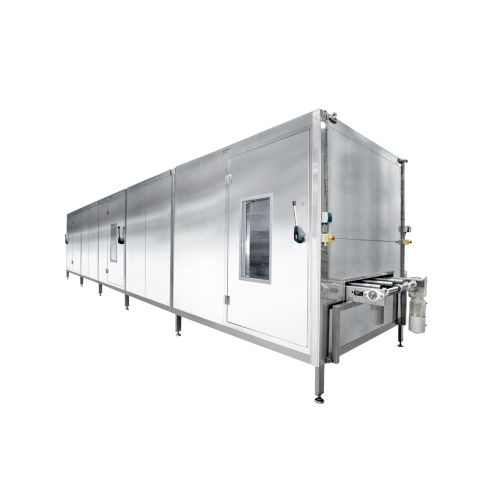
Cooling tunnel for confectionery extrusion
Optimize your production line with a versatile cooling tunnel capable of effici...
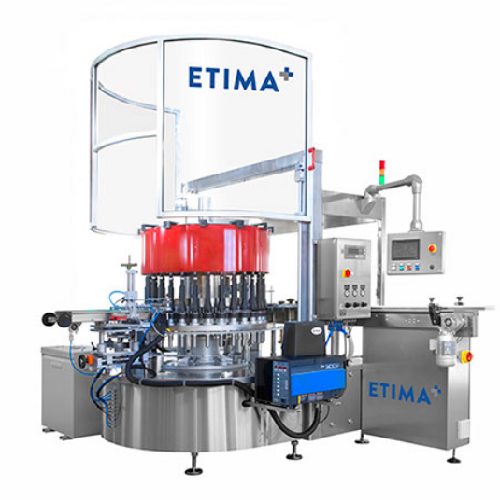
Rotary hot melt labeller for pre-cut labels
Achieve precise high-speed labelling of diverse containers with enhanced adhes...
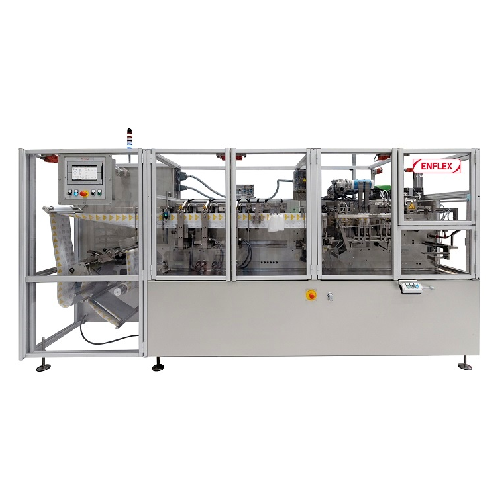
Horizontal flat pouching system for liquid soaps
Optimize your liquid packaging with high-speed, continuous operations tha...
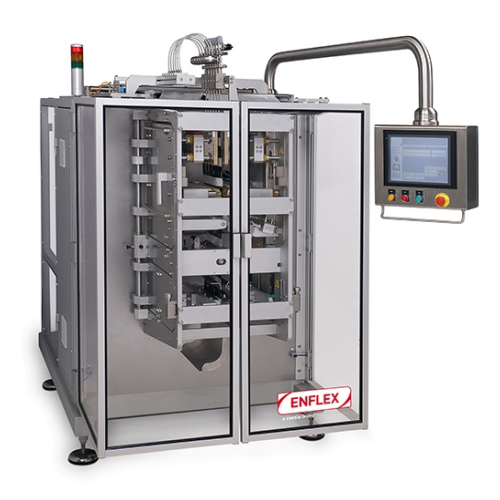
Multi-lane vertical pouching solution for pharma industry
Achieve precision and high-speed efficiency in single-dose liq...
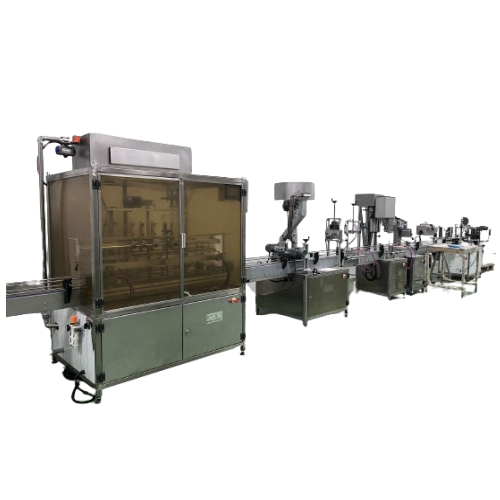
Liquid food filling solutions
Maximize efficiency in your packaging line with versatile filling machines designed for precis...
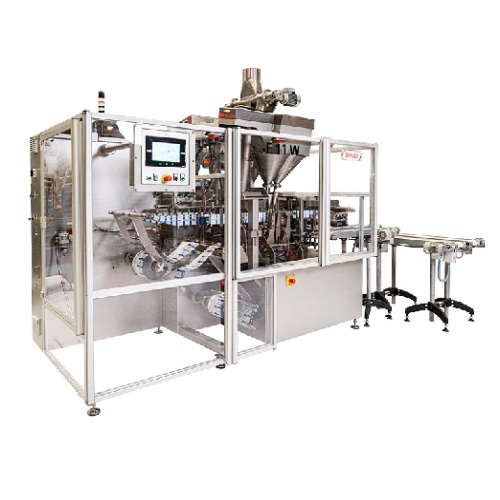
Horizontal flat pouching line for liquid soaps
Streamline your liquid product packaging with a dual-lane flat pouching lin...
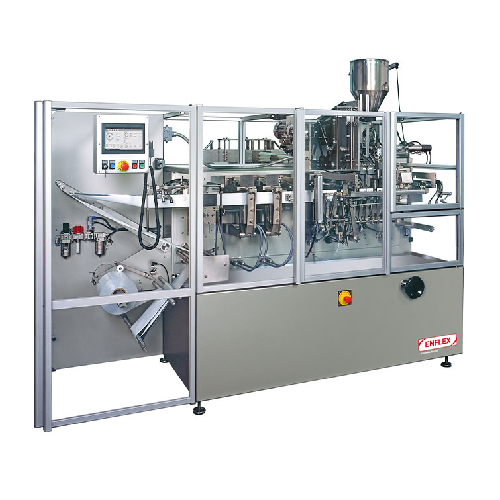
Horizontal flat pouching line for towelettes
For manufacturers needing efficient packaging, our solution offers rapid hori...
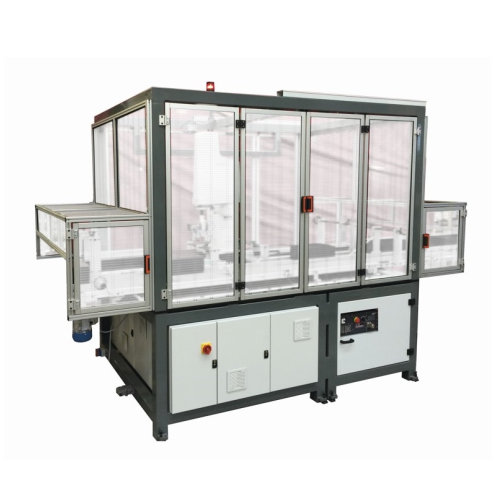
Automatic lidding-up and filling-up for luxury boxes
Enhance your luxury packaging lines with reliable precision, as this...

Automatic mechanical line for rigid set-up boxes
Elevate your packaging precision with a high-speed mechanical system tail...

Automatic mechanical line for small-size rigid cardboard boxes
Optimize your packaging line with a solution tailored for...
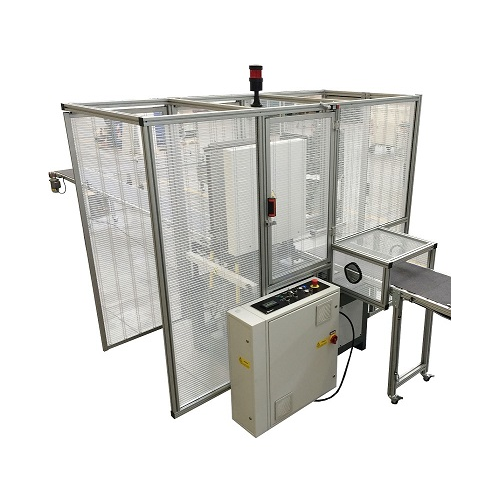
Automatic lidding-up system for luxury boxes
Elevate your packaging solutions with precision lidding for premium box appli...
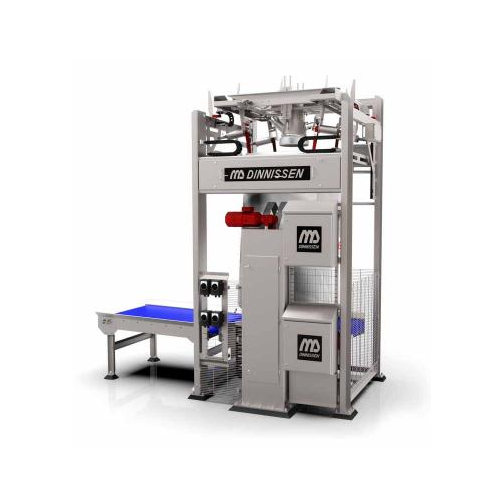
High-care big bag filling system for hygienic environments
Ensure precise hygienic filling of Big Bags in high-care envi...
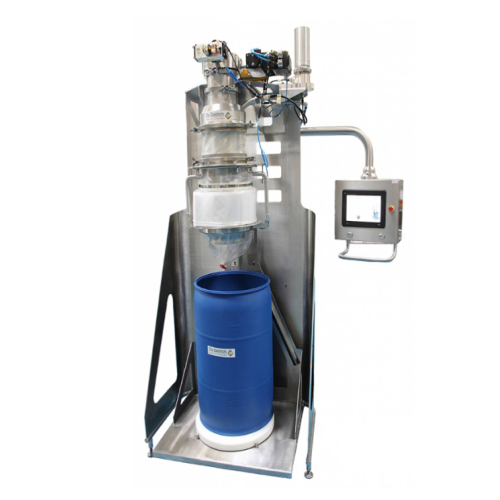
Powder conditioning station for high containment applications
Ensure safe and precise handling of hazardous powders with...
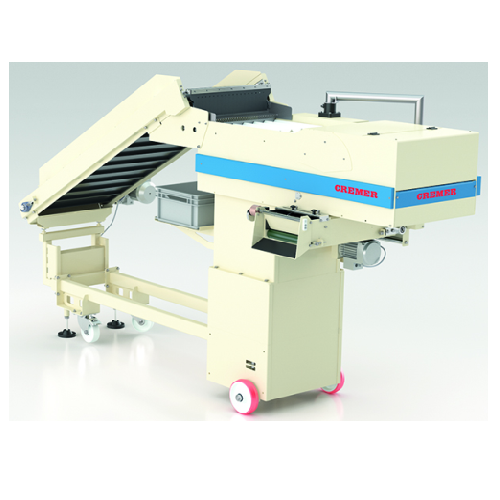
Flower bulb counting solution
Achieve precise flower bulb packaging with unmatched counting accuracy, ensuring each pack con...

In-motion bottle filling system for pharmaceuticals
Boost your production efficiency with our high-speed bottle filling s...
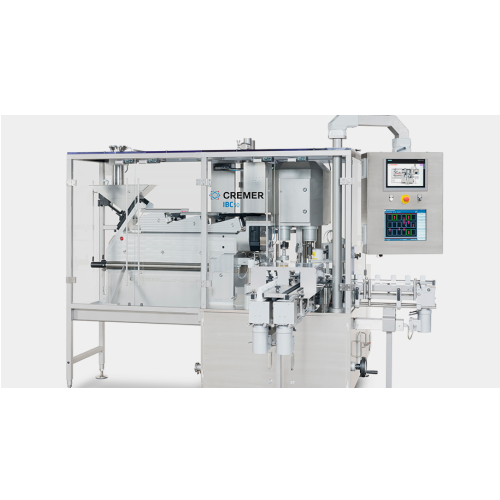
Integrated bottling center for pharmaceutical tablets and capsules
Enhance your production line with versatile bottling...
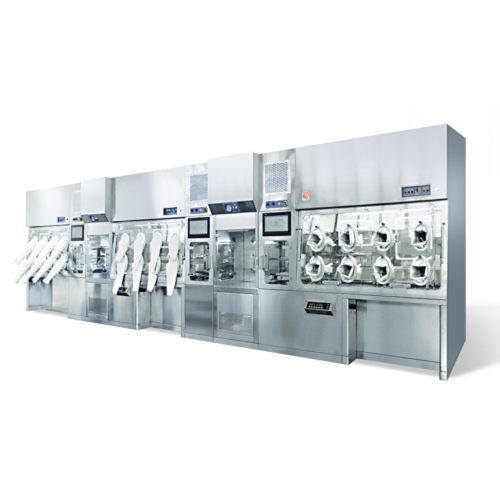
Cell and gene therapy modular isolator
Enhance your cell and gene therapy production with a modular isolator that integrate...
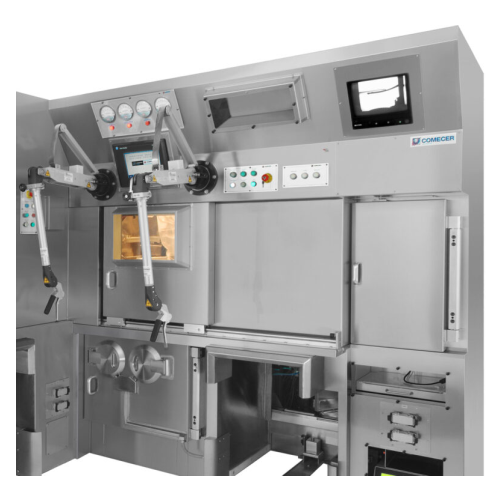
Aseptic filling line for 131i sodium Iodide
Ensure compliant production of iodine-131 radiopharmaceutical vials with preci...
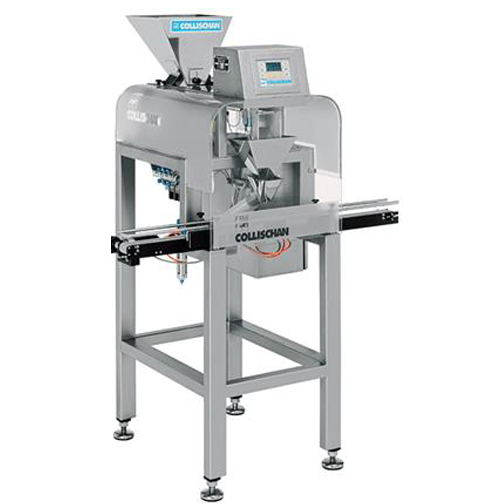
Weight filler for small batches in explosive areas
Efficiently handle and weigh small batch products with precision, even...
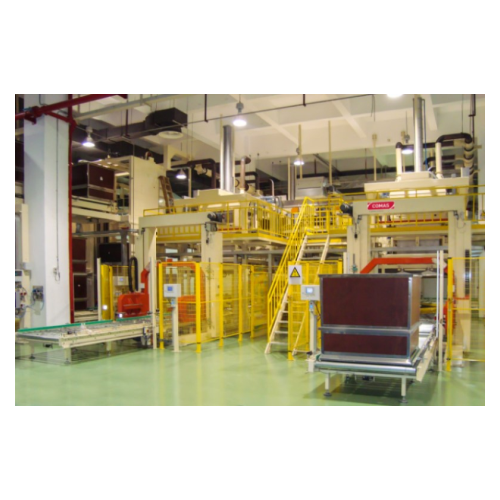
Bin and carton filling system for cut tobacco
Efficiently manage your tobacco product flow with a high-speed filling syste...
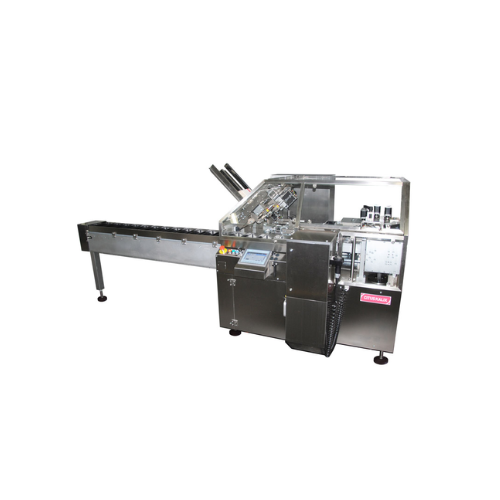
Horizontal cartoner for cosmetic applications
Perfect for packaging fragile cosmetic items, this cartoner efficiently mana...
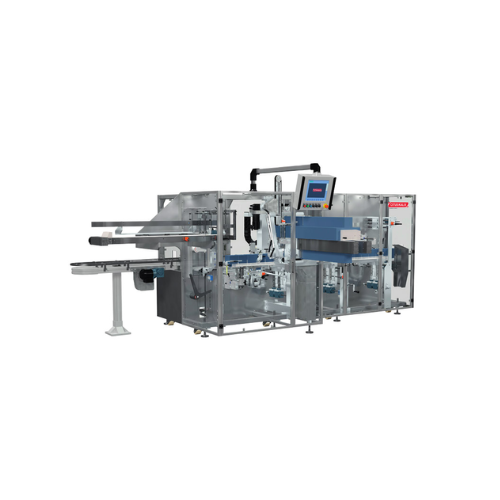
Vertical cartoning solution for fragrance and skincare products
Effortlessly carton even the most delicate cosmetics wit...
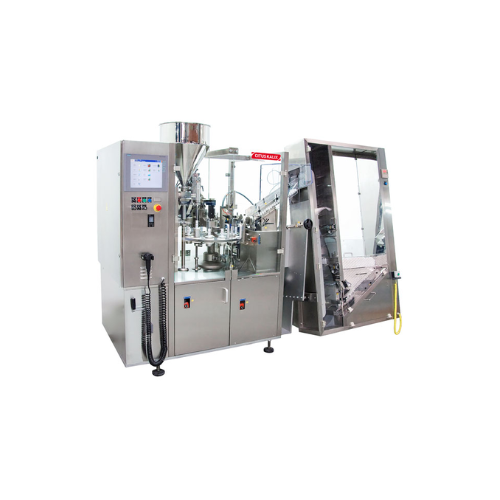
Tube filling solution for health and beauty products
Achieve rapid production with precision in tube filling for personal...
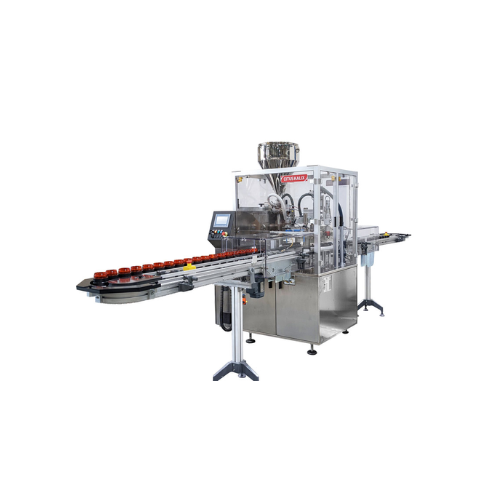
Cosmetic jar filling solution
Reduce product contamination and ensure precise filling with an intermittent jar filling solut...
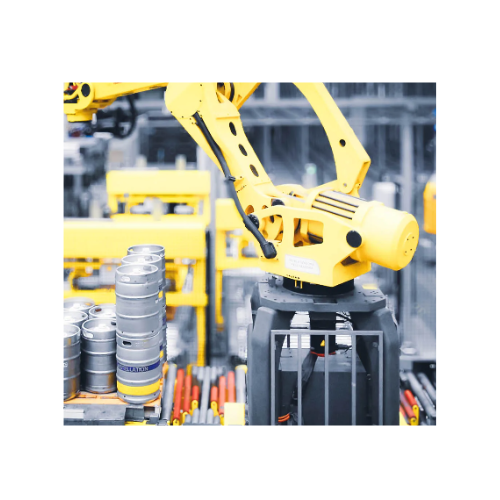
Robotic handling systems for beverage containers and bins
Streamline your container handling with precision-engineered r...
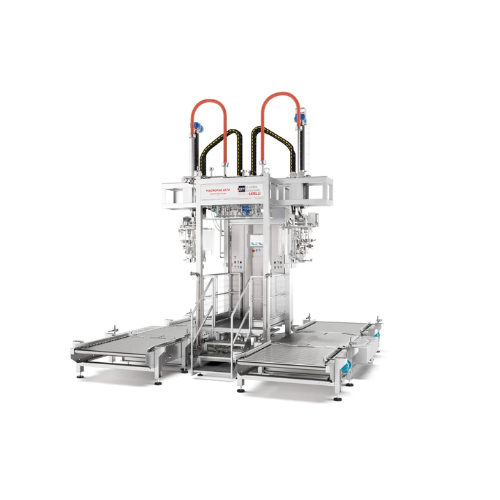
Aseptic fillers for liquid and viscous products
Ensure sterile and precise filling of liquid and viscous foods with adapta...
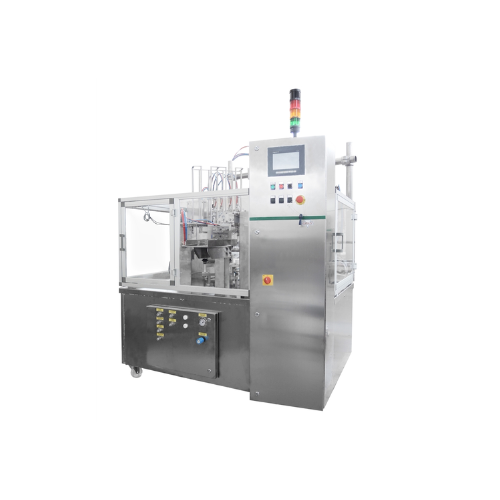
Rotary filling solutions for ice cream cups and cones
Optimize your ice cream production with customizable rotary filling...
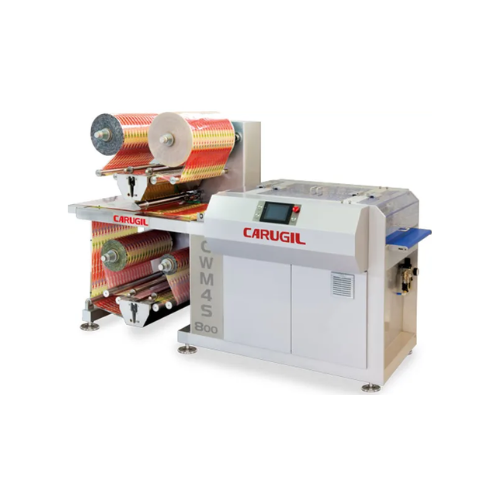
Multilane wrapping solution for food and confectionery products
Enhance your packaging line efficiency with high-speed m...
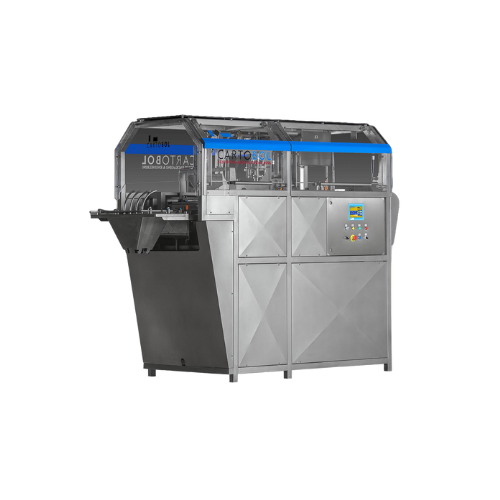
Automatic filling system for continuous bags
Ensure precision in liquid and gas handling with this high-speed system, desi...
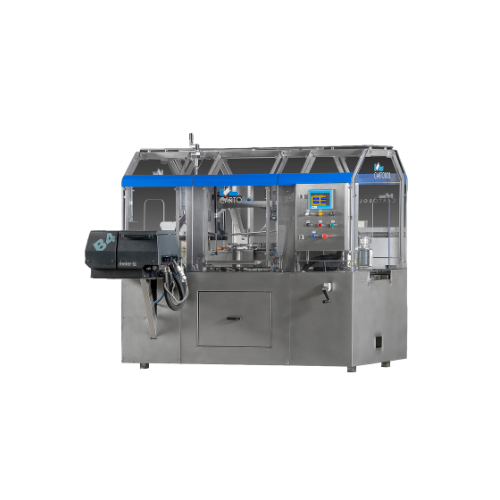
Automatic bag-in-box carton sealer
Optimize your end-of-line packaging with precision glue sealing for bag-in-box and carto...
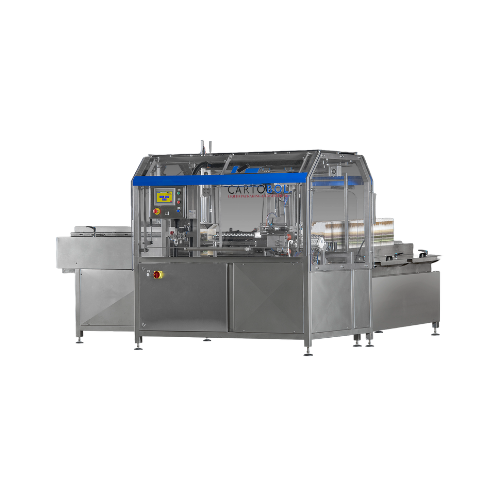
Bag-in-box carton erector
Experience seamless carton erection with advanced servomotor technology, enhancing both efficiency...
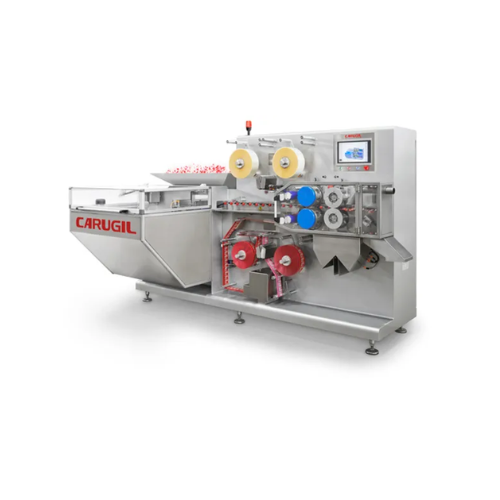
4-sides seal wrapping for lollipops
For lollipop producers seeking precision and efficiency, this 4-sides seal wrapper ensu...
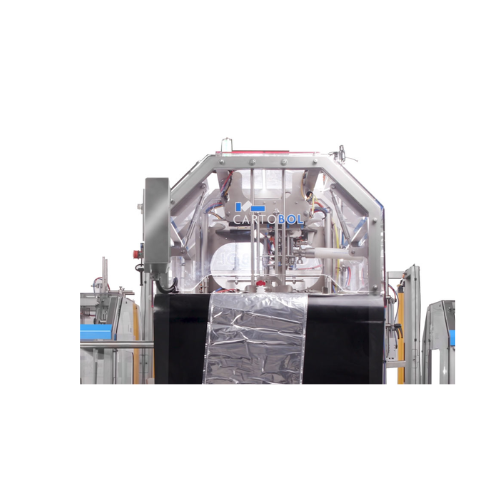
Bag-in-box fully automatic filling line
Streamline your liquid packaging operations with a modular system designed to enhan...
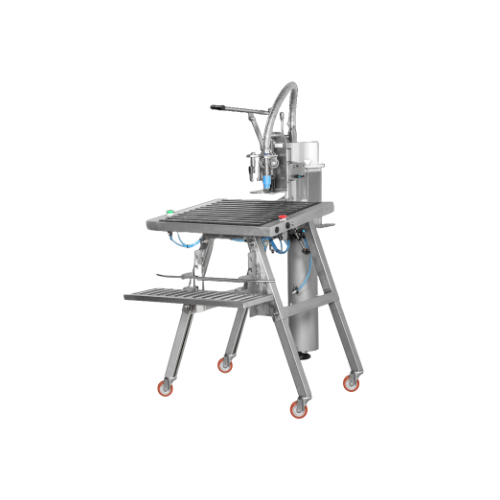
Manual pneumatic filler for bag-in-box
Experience seamless filling for liquid formulations with this pneumatic solution, en...

Automatic gummy production system for Cbd and vitamin gummies
Achieve high-speed, continuous gummy production with preci...
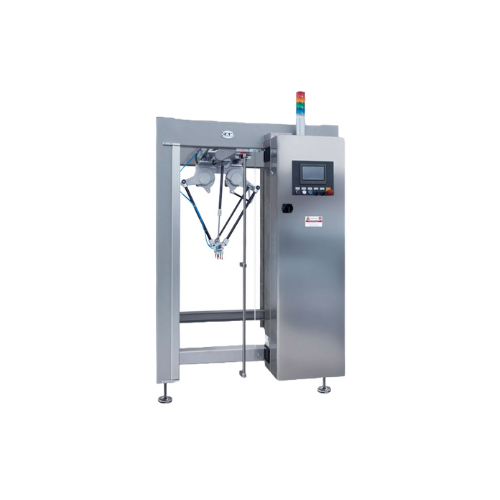
Robot manipulator for intermittent motion machines
Optimize your pharmaceutical packaging line’s efficiency and pre...
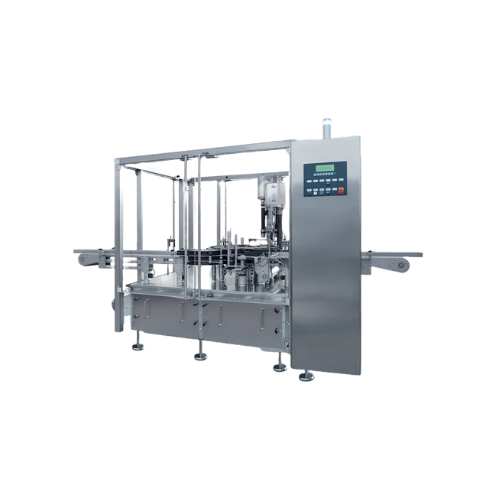
Intermittent motion capping system
Optimize your packaging line with precision capping and packing capabilities using an ad...

Intermittent motion bundler with shrink-wrapping
Streamline your packaging line with a bundling solution that efficiently ...
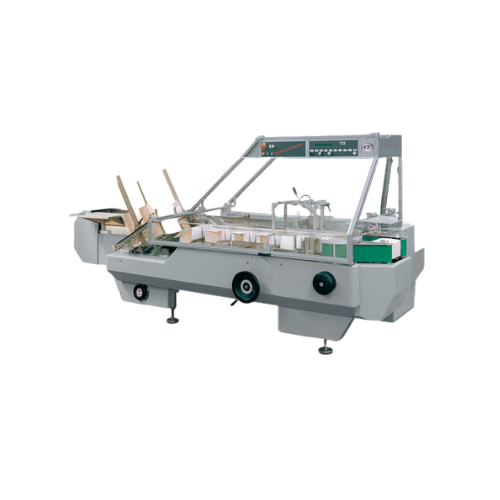
Intermittent motion horizontal cartoner for large products
Simplify your packaging process with a solution that ensures ...
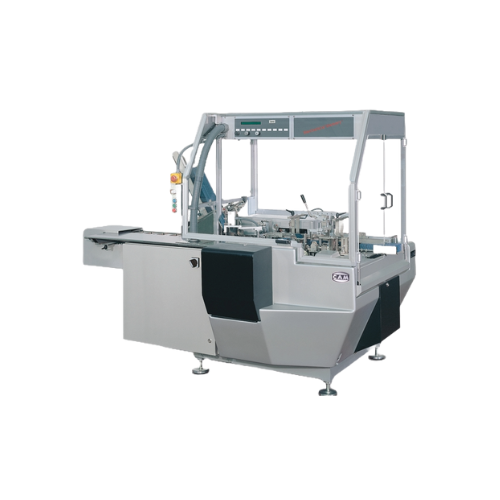
Intermittent motion horizontal cartoning system
Streamline your packaging operations with a high-speed cartoning solution ...

High speed horizontal cartoner for pharmaceuticals
Ideal for high-speed cartoning tasks, this equipment ensures efficient...
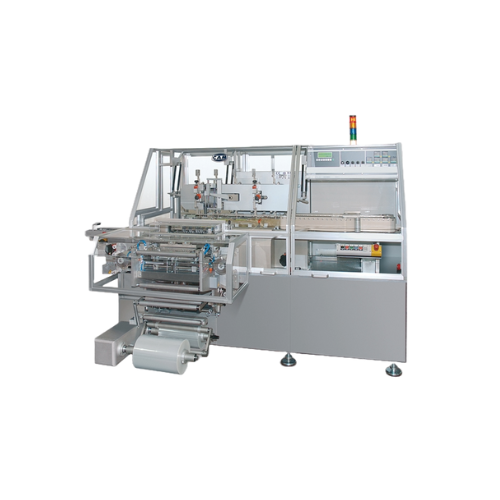
High-speed continuous motion overwrapper for thin films
For those needing high-speed, efficient wrapping, this equipment ...
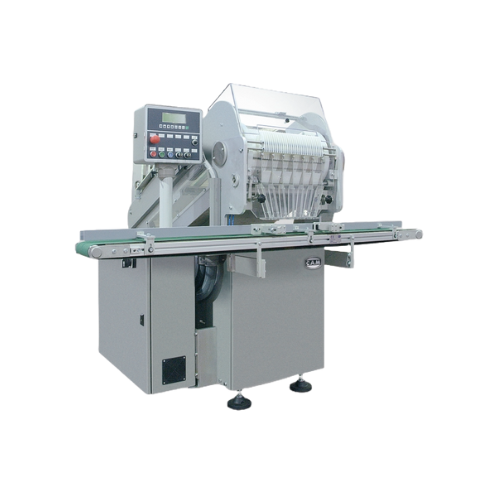
Slat-type counting solution for pharmaceutical applications
Ensure precise tablet counts and efficient packaging with th...
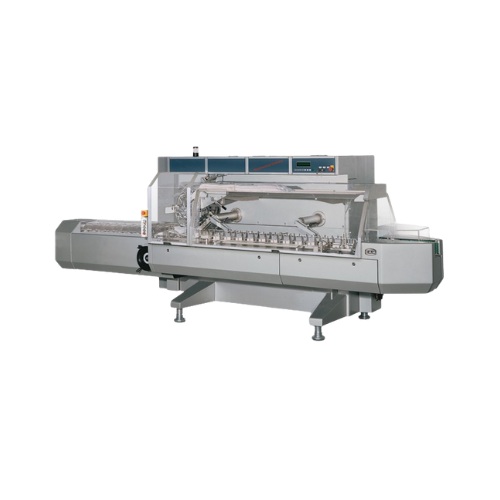
High-speed continuous motion cartoner
Streamline your packaging line with precise cartoning operations, ensuring secure and...
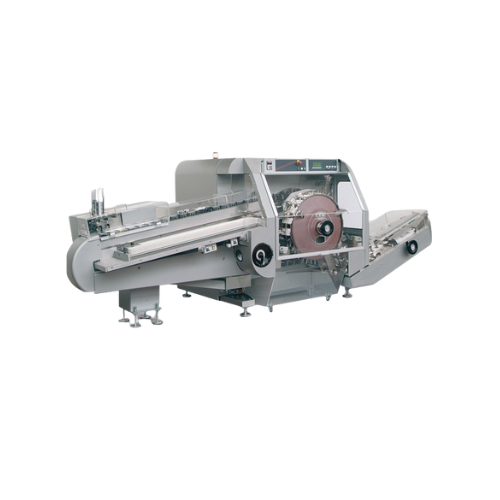
High-speed continuous motion horizontal cartoner
Achieve seamless high-speed cartoning with precision cartoner systems des...
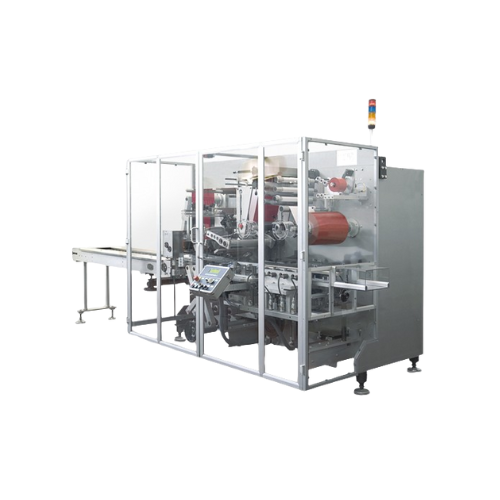
Biscuit overwrapper for x-fold or hermetic sealing
Ensure each biscuit, cookie, and sweet treat is securely wrapped and s...
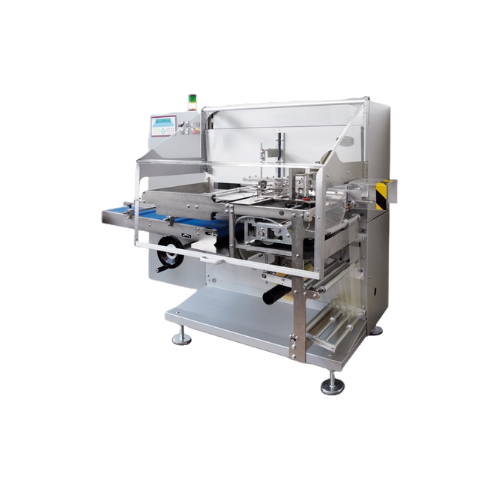
Intermittent motion overwrapper for cosmetic and food products
Achieve flawless packaging with precision wrapping and se...

Vertical intermittent motion cartoner for manual or automatic feeding
Optimize your cartoning process with a machine de...
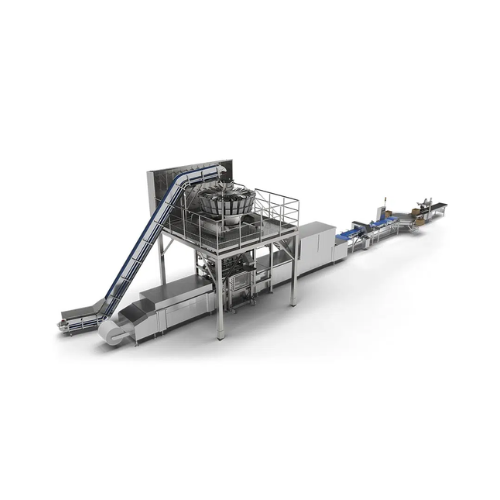
Automatic sausage depositor
Streamline your production by precisely depositing and aligning sausage portions into trays, ens...
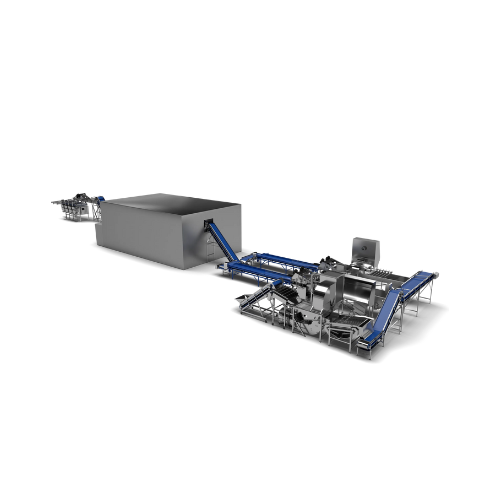
Iqf strawberry processing line
Optimize your strawberry processing with a line designed to ensure gentle handling, precise s...
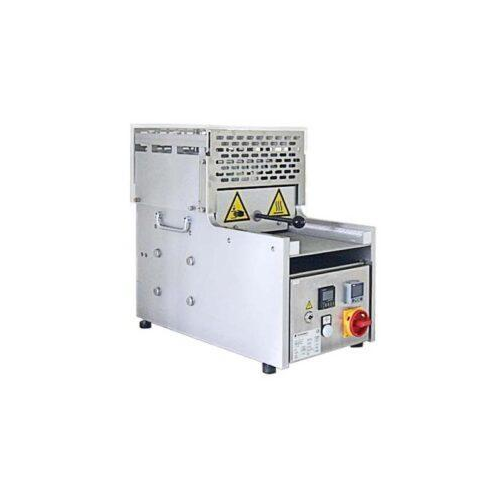
Hand sealer for cups and trays
Enhance precision in laboratory and packaging tasks with a versatile hand sealer, designed fo...
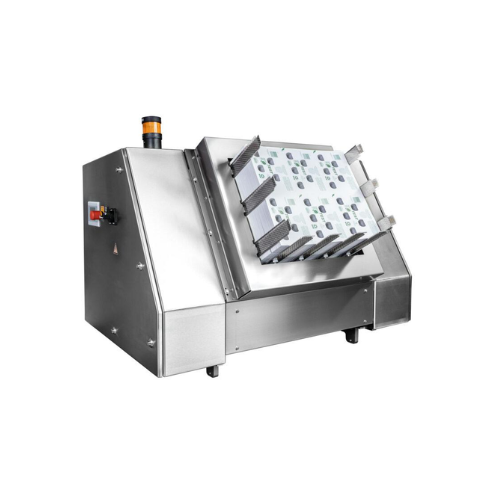
Paper inserter for thermoformers and tray sealers
Streamline your packaging line by automating the insertion of materials...

Carton erector for cup trays
Optimize your packaging line with a high-speed carton erector designed to seamlessly transition...
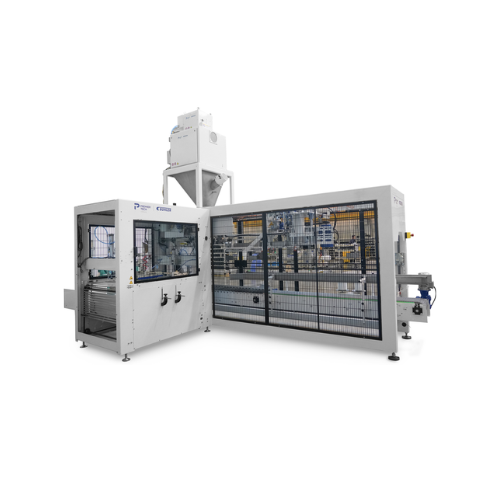
Fully automatic bagging station for granular products
Streamline your packaging line with a high-speed solution designed ...
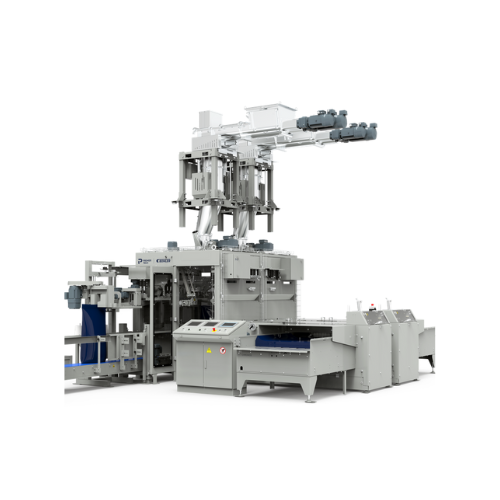
Automatic bagging station for powdery products
Streamline your packaging line with a reliable solution designed for high-s...
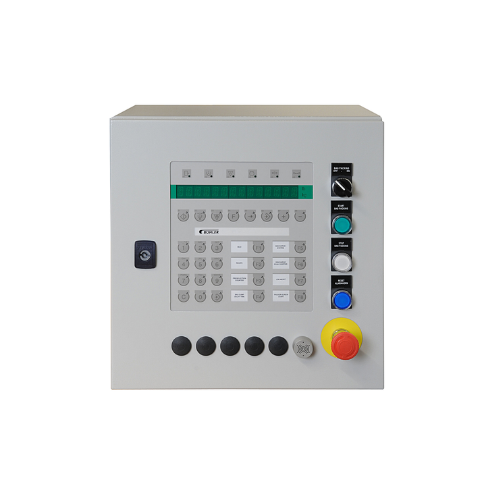
Bagging control system for centralized operations
Streamline your bagging operations with a centralized control system, d...
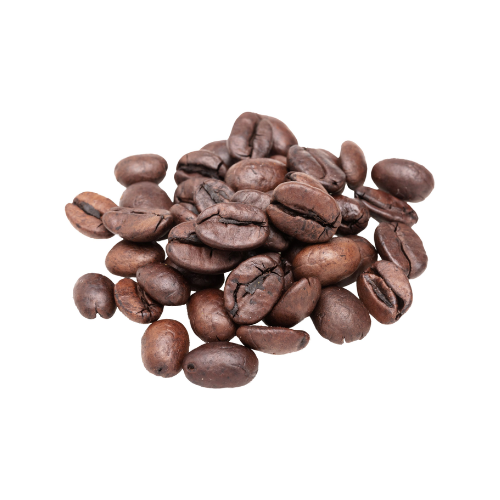
Coffee processing system for integrated coffee production
Enhance your coffee production with a versatile system that in...
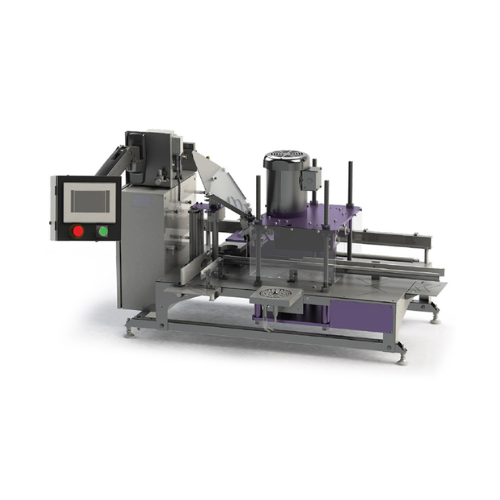
Automated beverage canning line
Optimize your beverage packaging with a high-speed canning line that seamlessly integrates f...
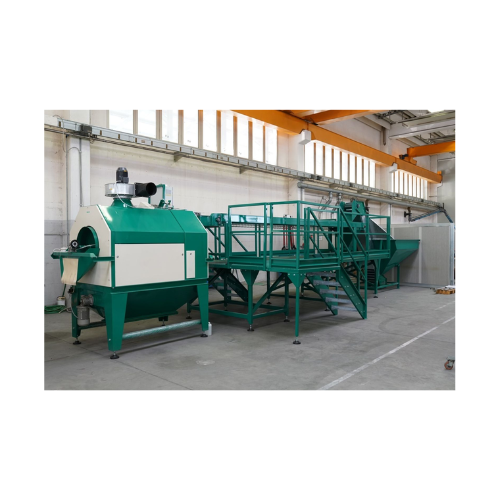
Chestnut processing line for fresh market
Efficiently transform raw chestnuts into polished, fresh market-ready products w...
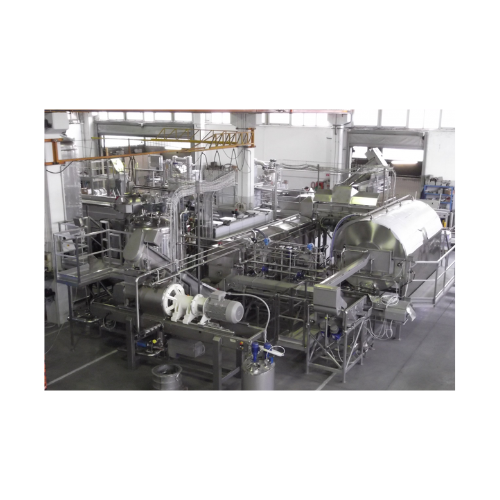
Chestnut puree production plant
Optimize your chestnut product line with a versatile production plant capable of transformin...
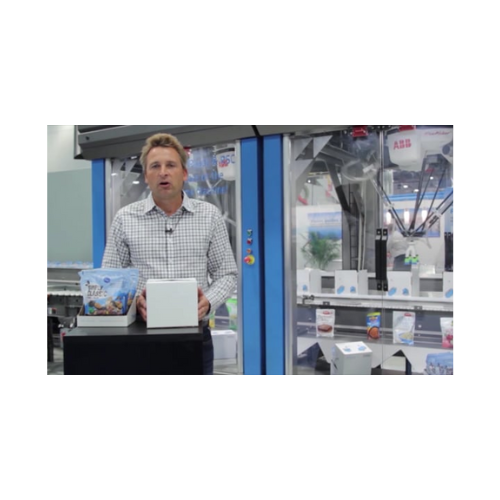
Automated retail ready case closer
Optimize your retail packaging process with a solution that seamlessly seals and closes ...

Horizontal load carton erector for food production
Enhance your production line with precise carton erecting, loading, an...
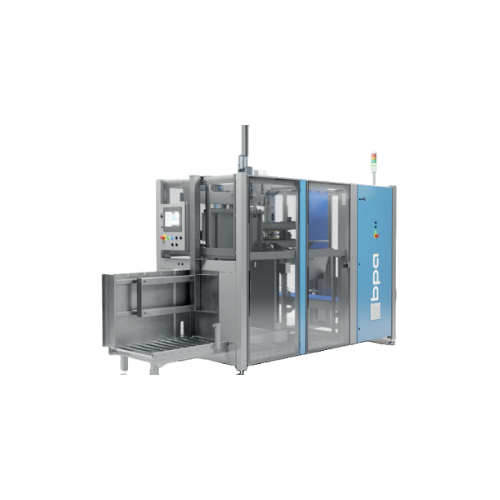
Automatic case forming and sealing solution
Streamline your end-of-line packaging with a solution that forms, folds, and s...
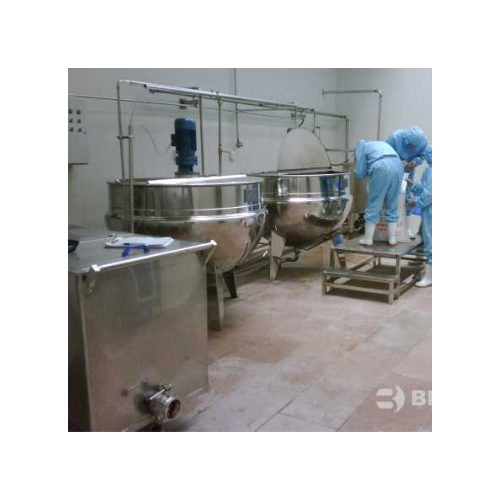
Fruit base processing technology for yoghurt and bakery
Ensure the integrity of fruit preparations while maximizing varie...

Automated container loading system for ampoules and syringes
Ensure precise loading and nesting of sterile containers in...
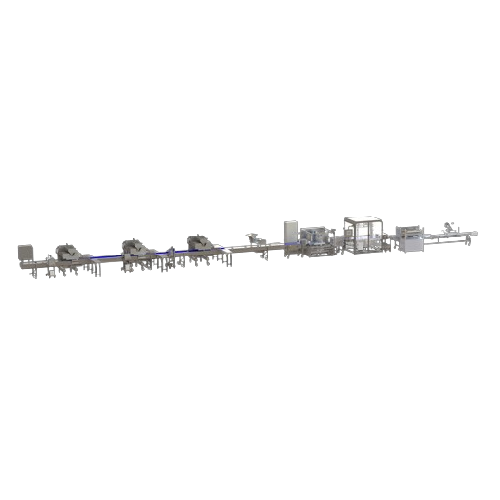
Full production line with depositing and ultrasonic cutting
Streamline your baked goods and dessert production with this...
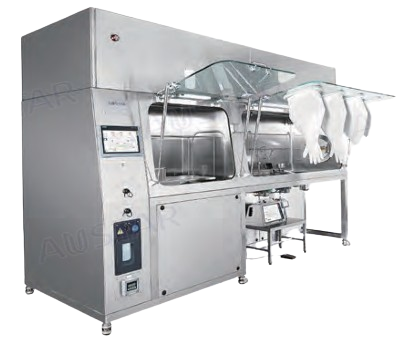
Sterilisable isolator workstation for aseptic containment
Ensure precise contamination control and sterile conditions du...

Sterile Api production line for powder treatment
Achieve seamless sterile API production by integrating precise weighing, ...
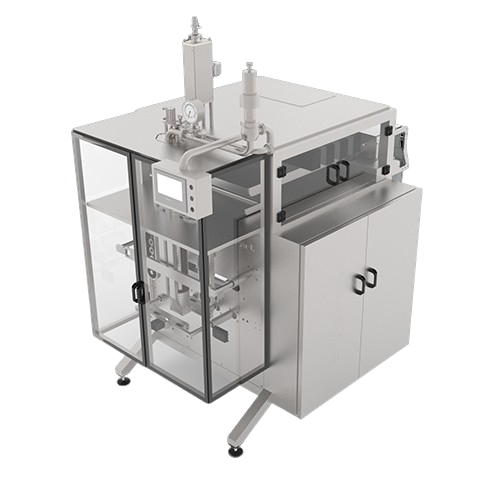
Ultra-clean vertical bag filler for viscous and particle-containing products
Streamline your viscous product packaging...

In-line aggregation module for serialized item management
Optimize your serialization process by seamlessly managing and...
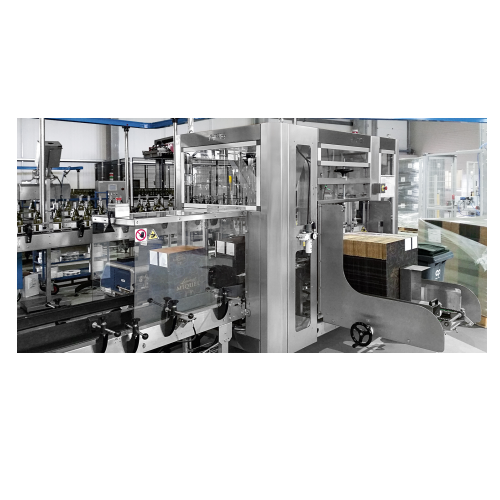
Automatic case erector for american cases
Streamline your packaging line with high-speed case erecting, reducing labor cos...
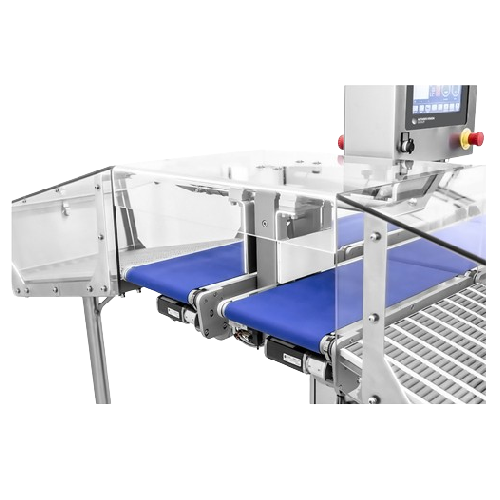
Special checkweighers for industrial applications
Enhance your production line efficiency by precision weighing your prod...

Industrial checkweighers for medium-large products
Manage large and heavy packagings with precision and efficiency, ensur...
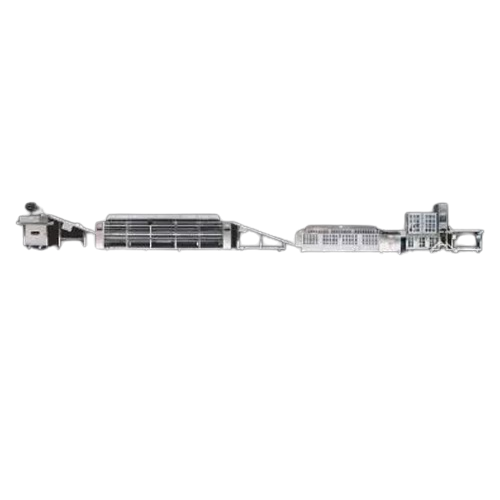
Automatic tortilla production line
Streamline your tortilla production with a fully integrated line that handles pressing, ...
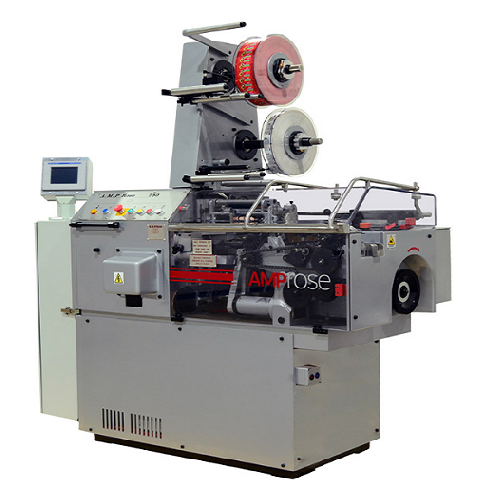
Versatile confectionery cut and wrap system
Enhance your confectionery production with a high-speed solution capable of ac...
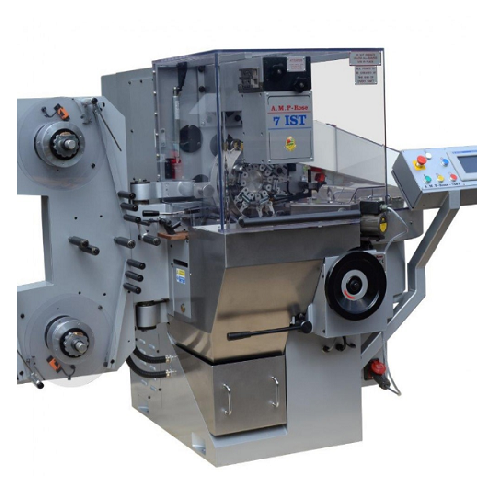
Double twist wrapping solution for confectionery
Optimize packaging speed and precision with a machine designed to wrap di...
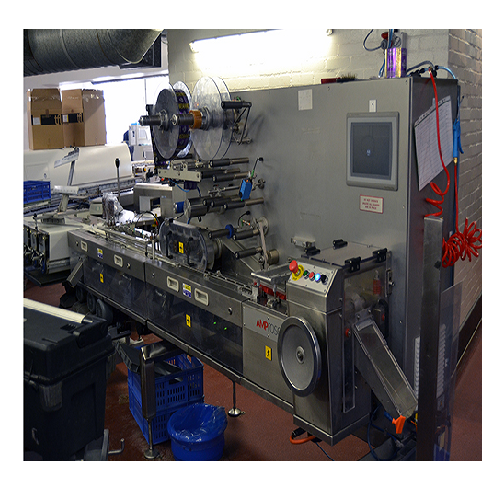
Wrapper for flat bottomed chocolate articles
Optimize your confectionery packaging with a machine designed for swift, secu...
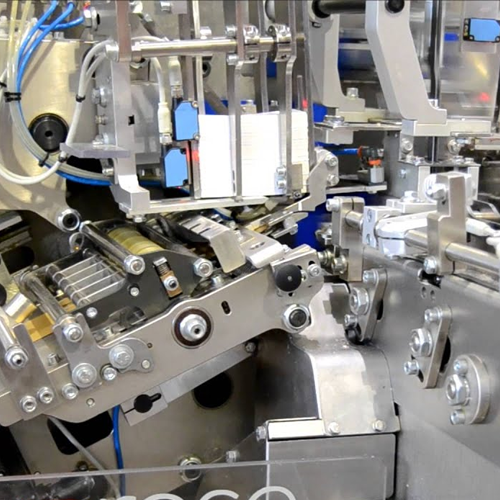
Neapolitan chocolate wrapping solution
Efficiently wrap and label square chocolates with this fold wrap solution, ideal for...
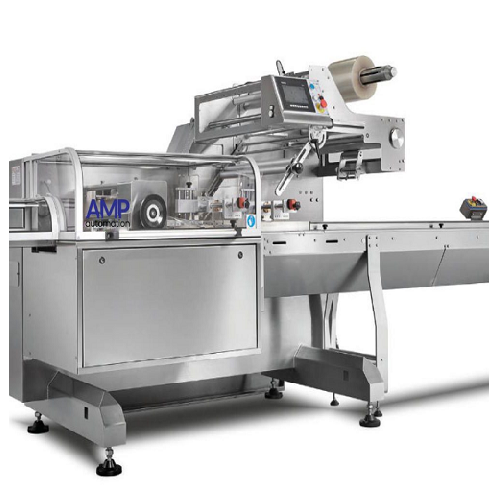
Pillow bag horizontal form-fill-seal solution
Optimize production efficiency with seamless integration of continuous, high...
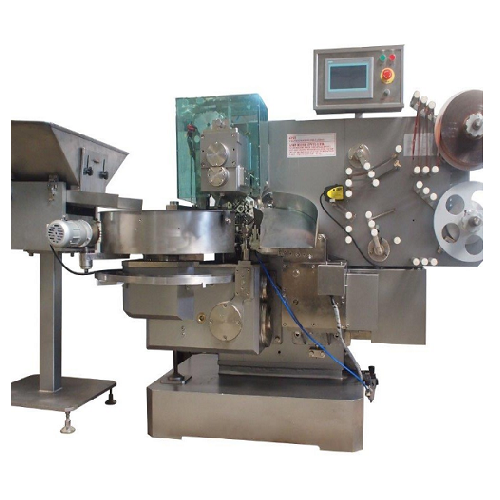
Double twist wrapping machine for sweets
Optimize your confectionery packaging line with high-speed double twist wrapping, ...
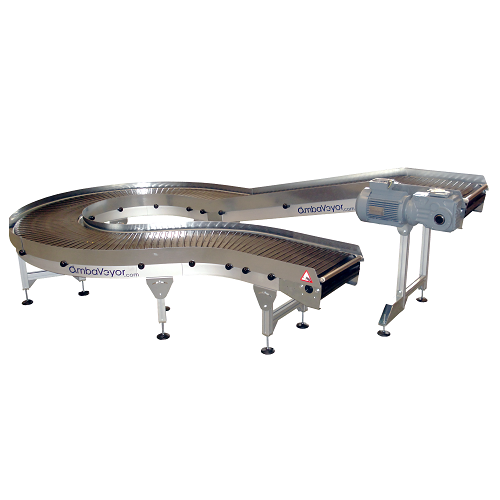
Modular conveyor system for internal unit load transport
Optimize your production line with a versatile conveyor system t...
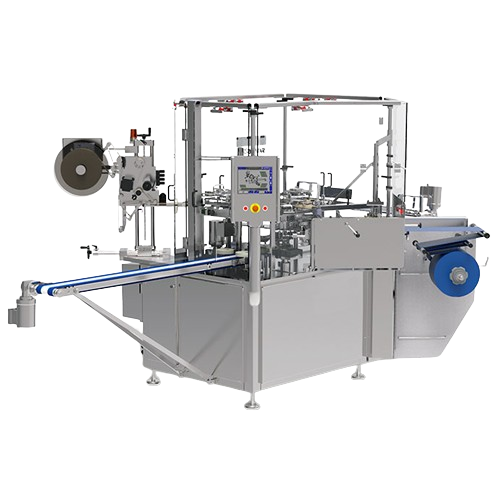
Automatic wrapping for small products
Achieve precise and efficient packaging of diverse small products with seamless verti...
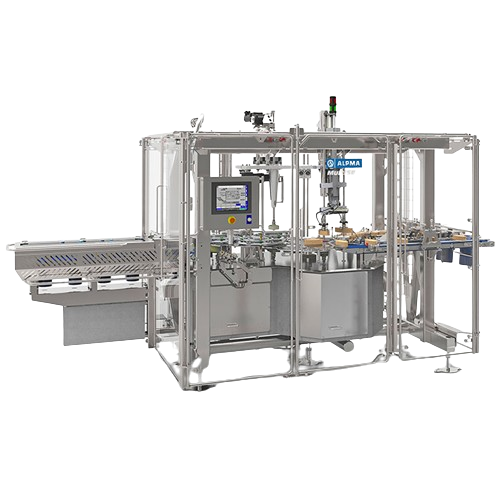
Automatic boxing system for wrapped products
Streamline your packaging line with precision as this high-speed boxing solut...
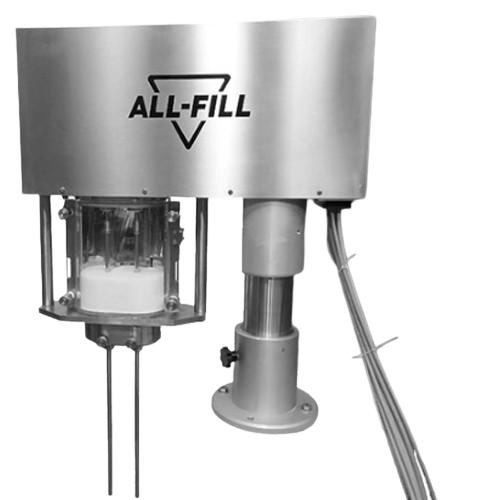
Multi-fill powder filling system
Achieve precise and consistent filling for your powdered and granulated products with a mod...
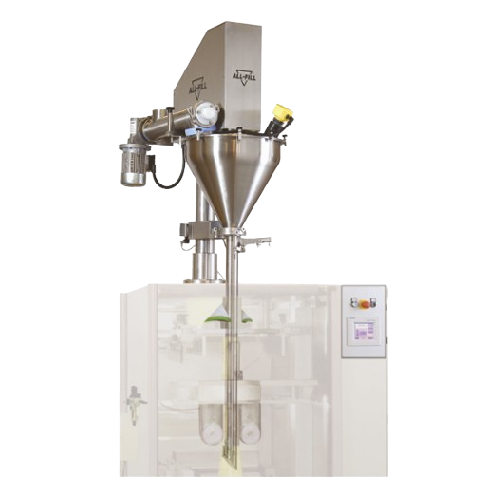
Vertical form fill seal filling system for auger applications
Effortlessly integrate precise powder and granule filling ...
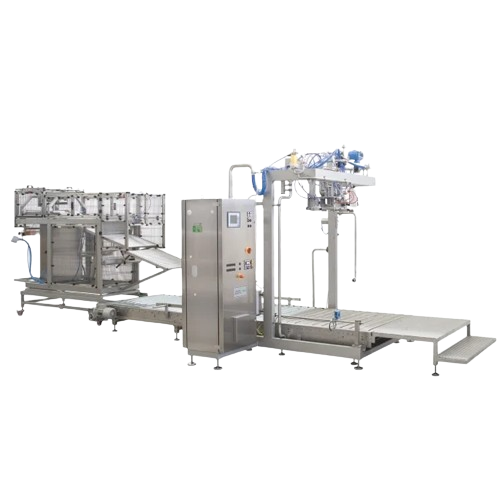
Flexible bag-in-box filler for liquid and viscous products
Optimized for flexibility and efficiency, this bag-in-box fil...
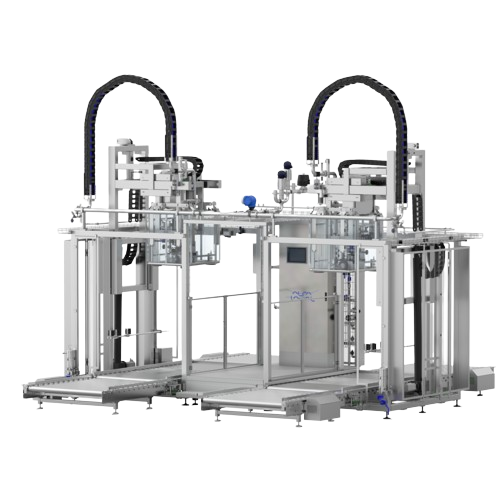
Thousand-litre aseptic filler
Ensure the aseptic filling of bulk liquid and viscous food products, reducing contamination ri...
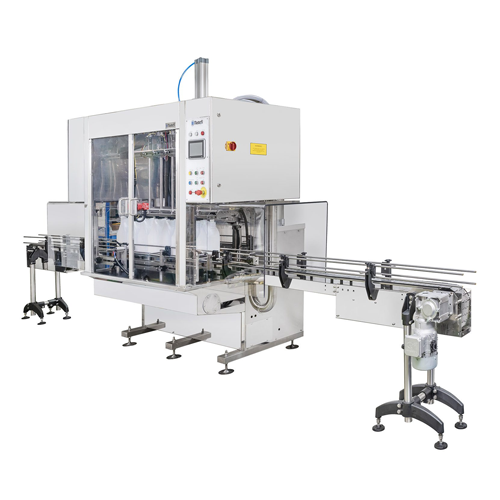
Automatic volumetric filler for liquid products
Optimize your production with this high-precision volumetric filler, desig...
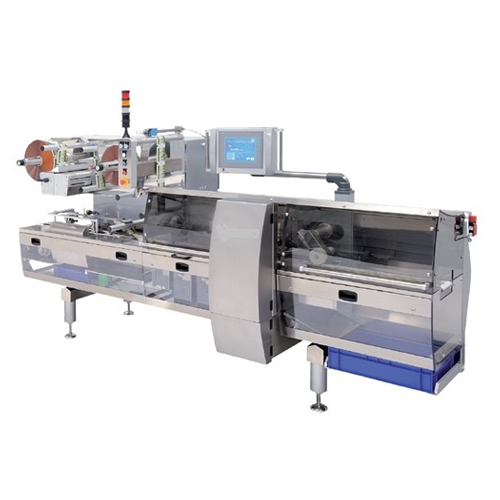
High speed horizontal flow wrapper for food products
Achieve precise, high-speed packaging for snacks with this versatile...
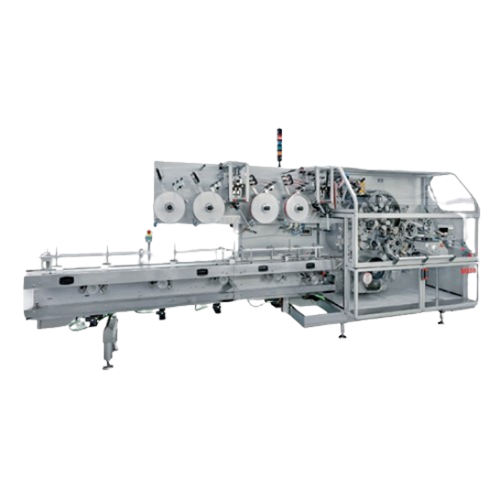
Multi-style candy and chocolate wrapper
Achieve high-speed, precision wrapping for diverse confectionery products with vers...
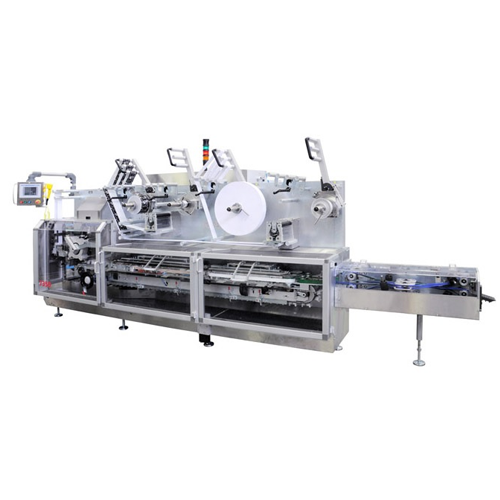
Soap bar fold wrapping solution
Ensure precise wrapping and sealing of soap bars with continuous motion, enhancing efficienc...
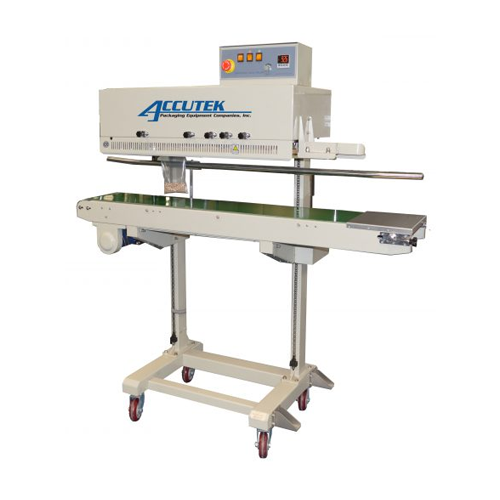
Heat sealer for thermoplastic bags
Ensure airtight seals on thermoplastic bags with precise temperature control and adjusta...
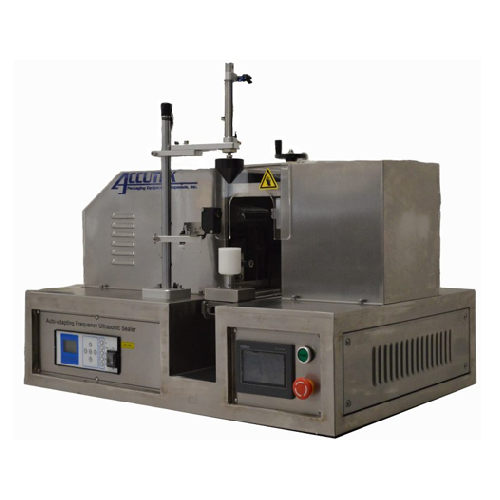
Ultrasonic tube sealer for plastic tubes
Seal plastic tubes with precision and speed using our ultrasonic technology, ensur...
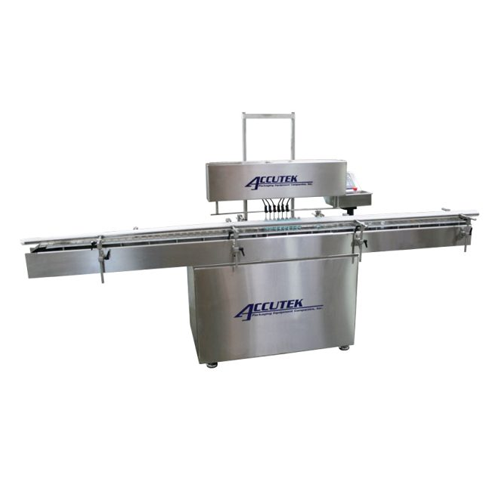
Automatic timed flow volumetric filling machine
Streamline your liquid packaging process with precise volumetric filling o...

Desiccant inserter for pharmaceutical containers
Prevent product degradation by efficiently inserting desiccants into cont...
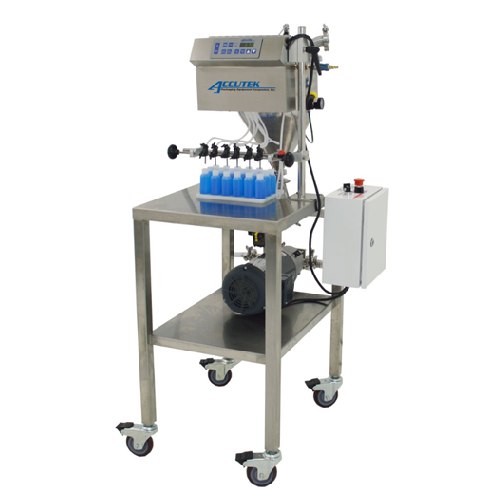
Semi-automatic timed flow filler for aqueous solutions
Handle diverse liquid filling needs with precision, from thin oils...
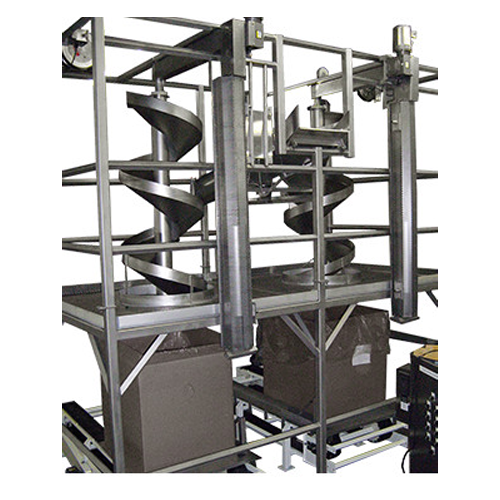
Retractable spiral chute for bulk material handling
Enhance the integrity of your products by gently transferring bulk ma...

Delta robot for hygienic manufacturing processes
Enhance your processing line with precision and speed, ensuring hygienic ...

Semi-automatic tray sealing for ready meals
Achieve versatile packaging with a semi-automatic tray sealing solution design...
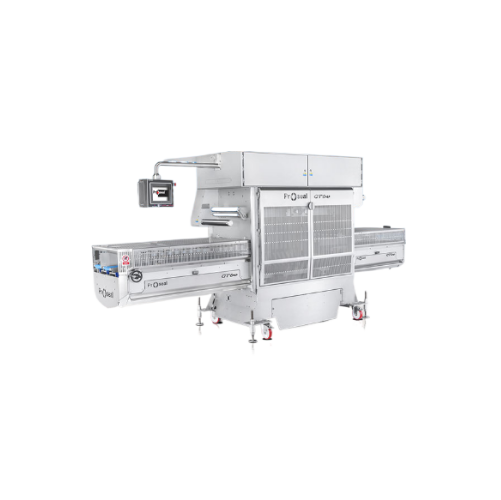
Automatic tray sealer for high-speed production
Ensure your product packaging stays fresh and secure with this high-capaci...
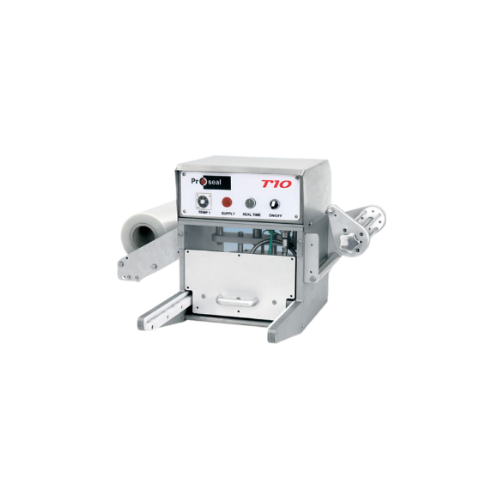
Bench mounted tray sealer for small-scale production
Perfect for pilot runs and small batches, this compact tray sealer e...
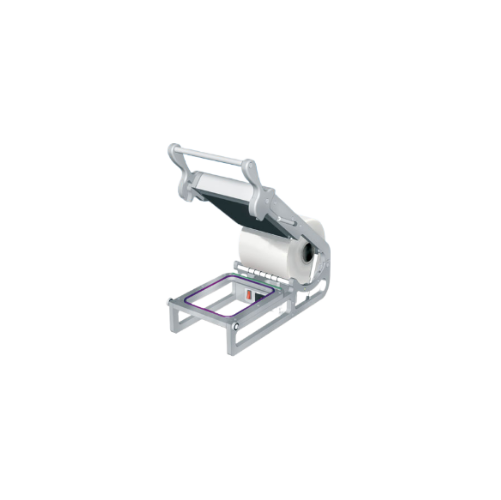
Hand operated tray sealer for small-scale food production
Optimize your packaging process with this compact tray sealing...
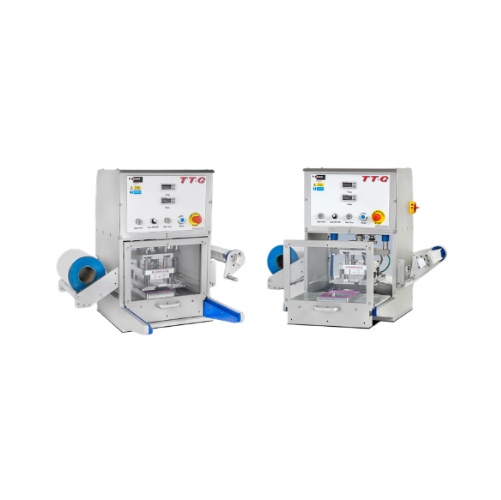
Bench mounted tray sealer with gas flush
Optimize your production line with a compact tray-sealing machine designed for pre...
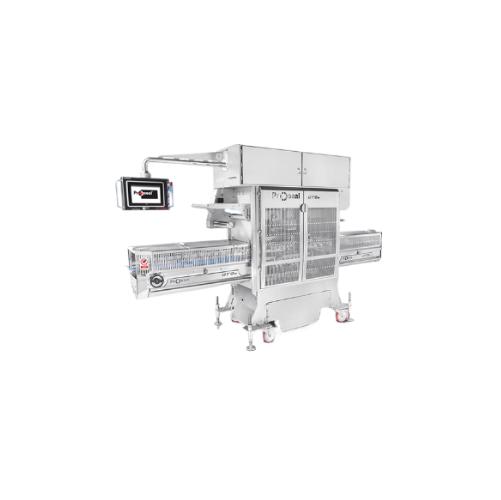
Industrial high speed tray sealer
Enhance your production line efficiency with precision sealing capabilities, accommodatin...

Automatic tray sealer
Maximize throughput and shelf life with our high-speed inline tray sealing solution, ideal for diverse ...
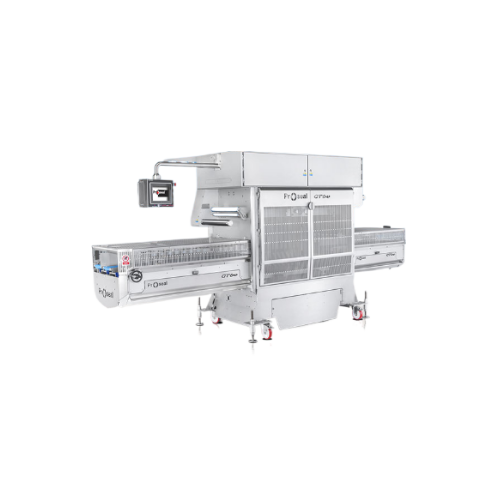
In-line tray sealing system
Streamline your packaging line by implementing a high-speed, in-line tray sealing system designe...
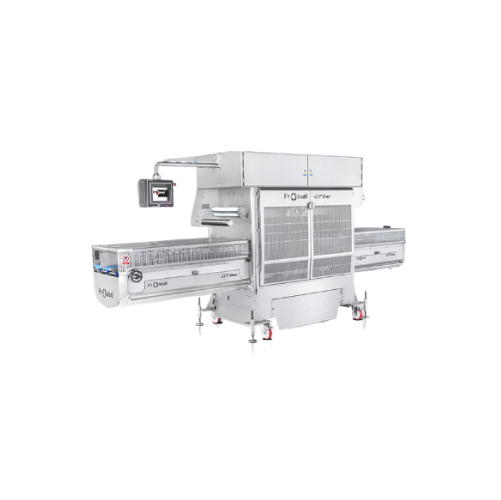
High-capacity tray sealer for poultry, meat & seafood
Optimize your high-speed packaging line with this large-capacity tr...
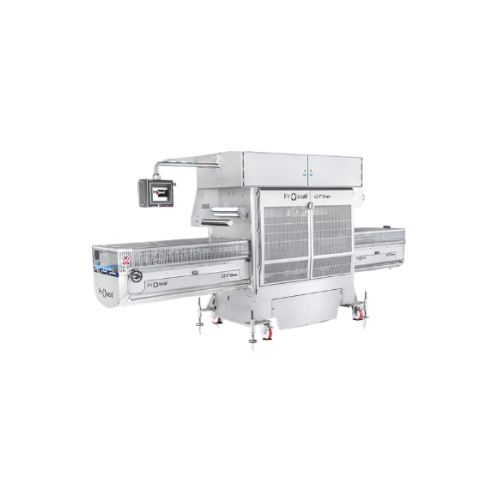
Large-capacity automatic tray sealer
Optimize your production line with this tray sealer, designed for high-speed sealing a...
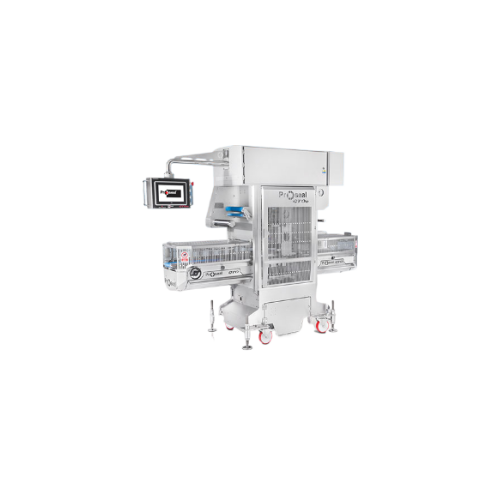
Automatic tray sealing system
Optimize your packaging line with versatile tray sealing technology that accommodates various ...
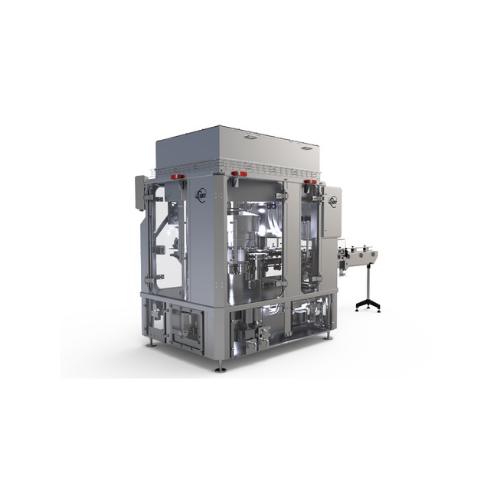
Powder can seamer for nutraceutical and beverage powders
Achieve precision and hygiene with this can seamer designed for ...
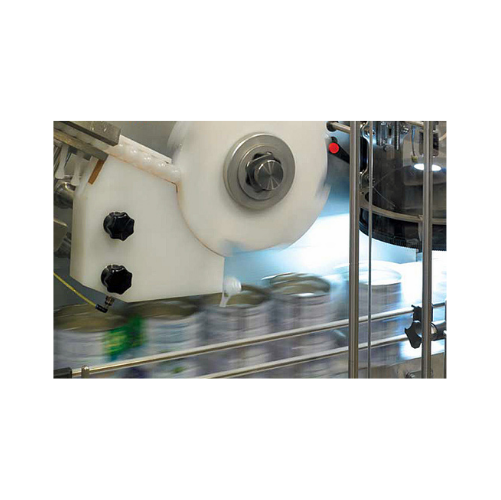
Automated scoop insertion system for powder containers
Streamline your container filling operations by ensuring precise s...
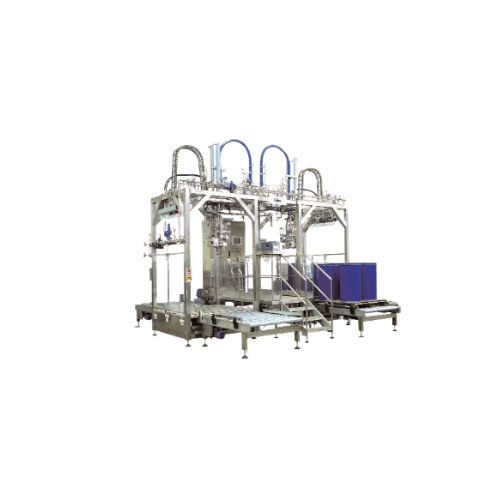
Aseptic filler for fluids, concentrates, and particulates
Optimize your fluid and concentrate filling process with a hig...
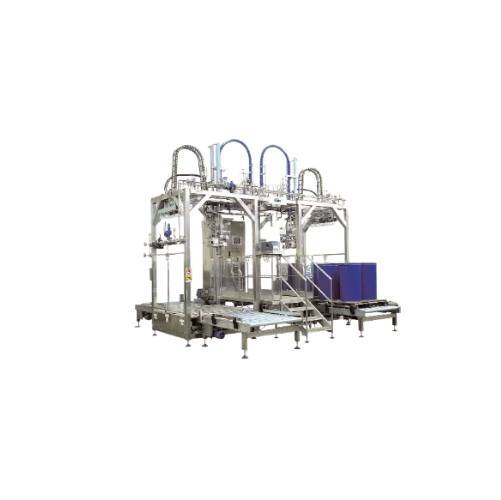
Aseptic filler for juices and beverages
Ensure sterile packaging with precision. This aseptic filler offers high-speed, con...

Poultry bagging system
Enhance your poultry packaging efficiency with a reliable system that ensures leak-proof, ready-to-coo...

Automatic clipper for ready-made casing sections
Streamline your food and pet food packaging with precision clipping for v...

Automatic loader for sliced portions and burgers
Streamline your production line with a flexible loader that efficiently h...
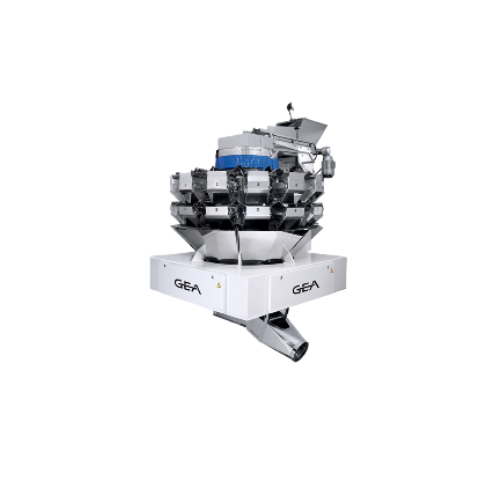
High precision multihead weigher for dry pasta
Enhance your production line’s efficiency with precise weighment and ...
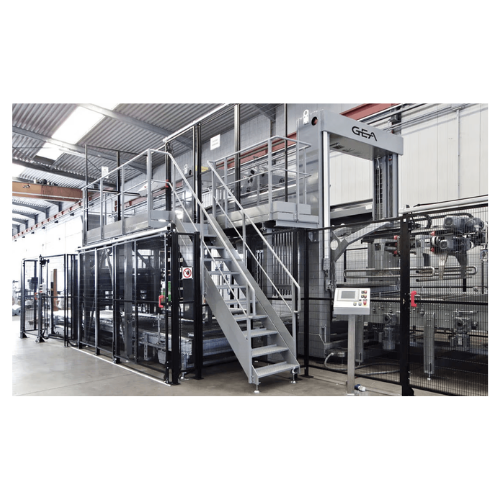
Palletizer for high-speed pallet loading
Achieve efficient, high-speed palletizing with a system designed for seamless inte...
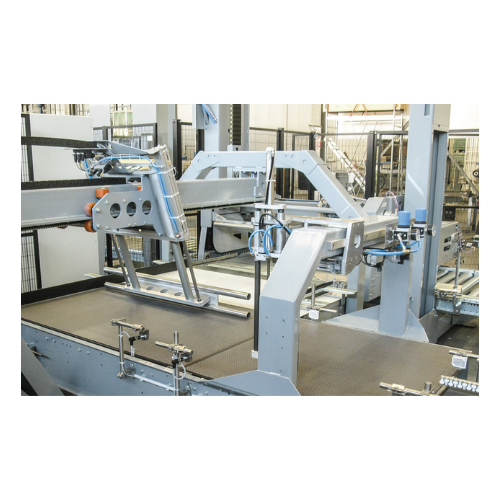
Palletizing solution for low to medium production capacity
Optimize your production line with a palletizing solution des...
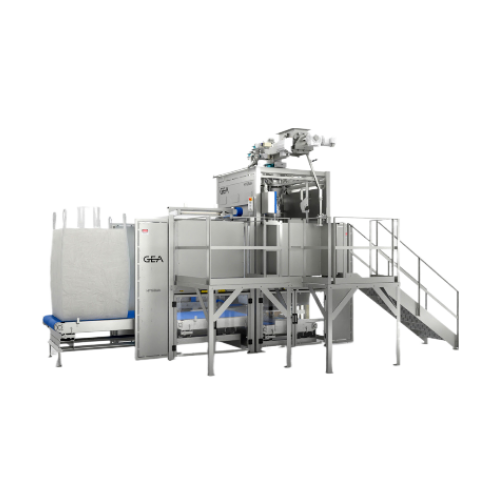
Bulk powder filler for food, dairy, and nutraceuticals
Optimize your bulk powder filling process with a system designed t...

Low care bulk powder fillers
Optimize your production efficiency by accurately filling flexible bulk containers with dry pow...
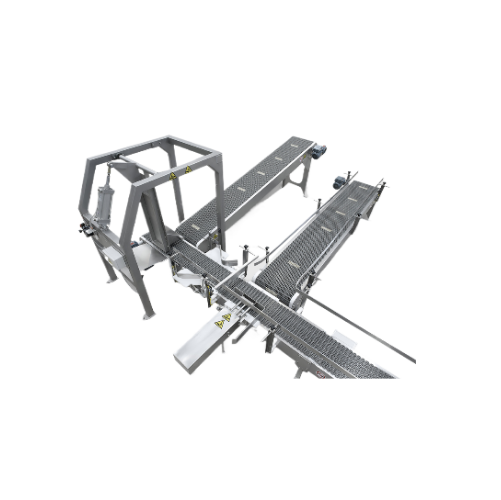
Bag, box, and drum container handling solutions for powder products
Optimize the flow and integrity of your powder pack...

Layer preparation system for high-speed palletizing
Optimize your palletizing process with a system that ensures precise ...
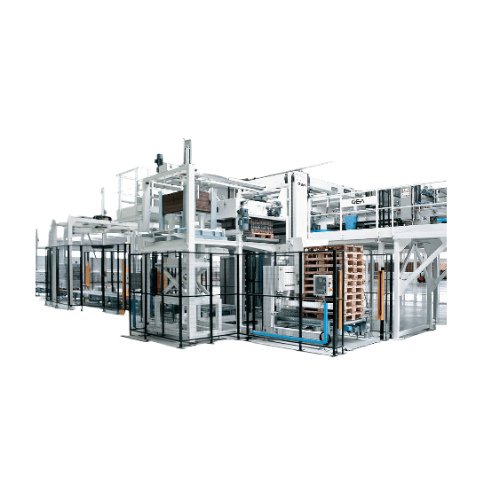
High level infeed palletizer system
Optimize your production line with a high-speed palletizing solution that seamlessly in...
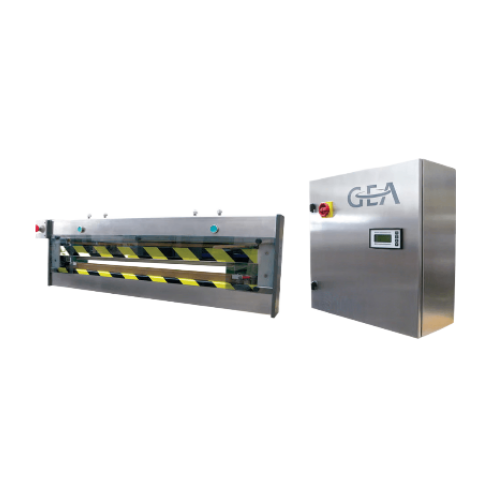
Plastic bag sealer for polyethylene bags
Achieve consistent hermetic sealing of polyethylene bags while preserving the inte...
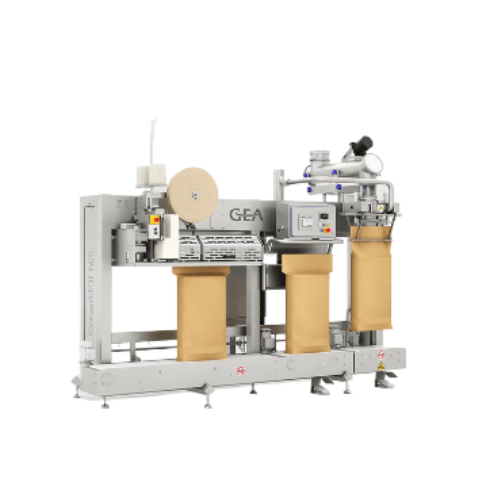
Semi-automatic powder filling system for food products
Achieve precise and flexible filling for food powders and granules...

Automated powder bag filling system
Streamline your powder packaging operations with a fully integrated system that automat...
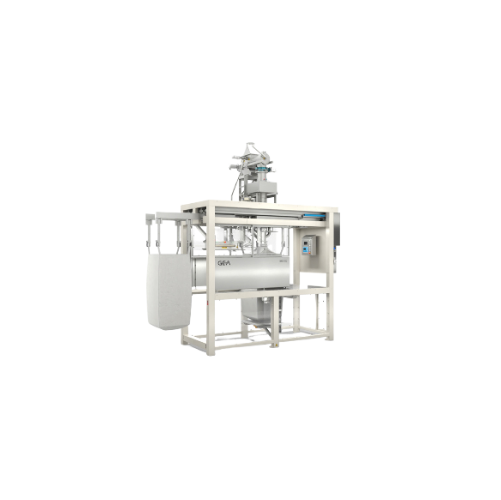
High care bulk powder fillers
Ensure hygienic packaging for your bulk powders with a system designed to enhance filling accu...
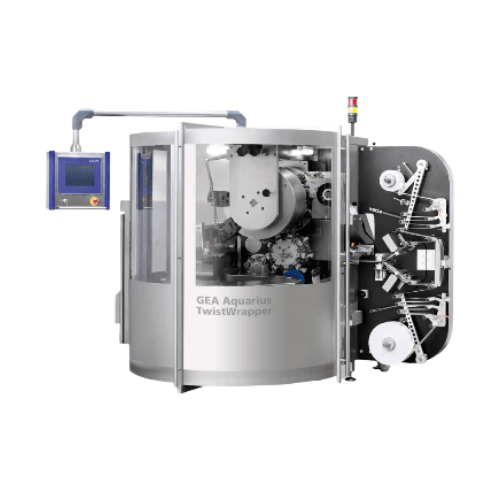
High-speed lollipop wrapping solution
Achieve unrivaled speed and efficiency in lollipop packaging with a continuous wrappi...
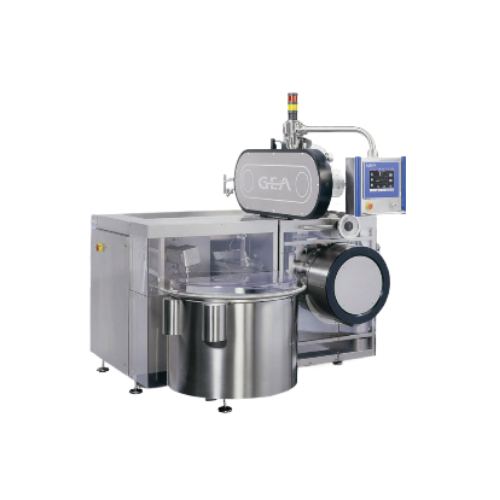
Lollipop wrapping solution
Ensure precision and faster production with a high-speed wrapping solution that adapts seamlessly...
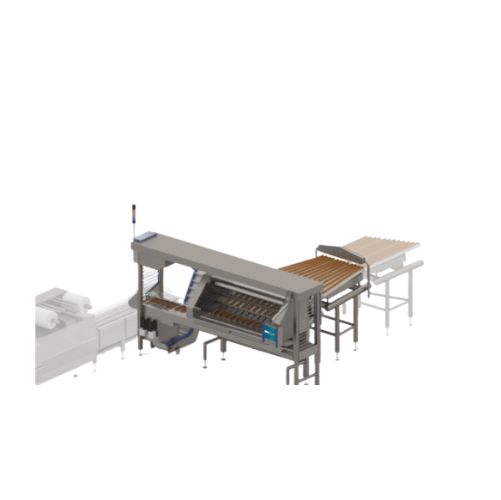
Volumetric loading system for biscuits and crackers
Streamline your snack production with efficient volumetric loading, d...
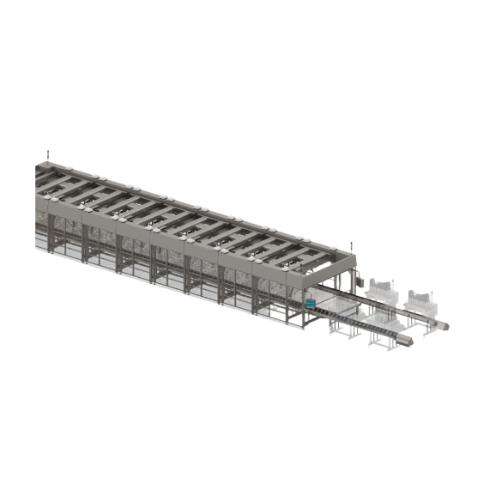
Vision guided robotic pick and place system for bakery settings
For manufacturers tackling high-volume, diverse-sized ba...
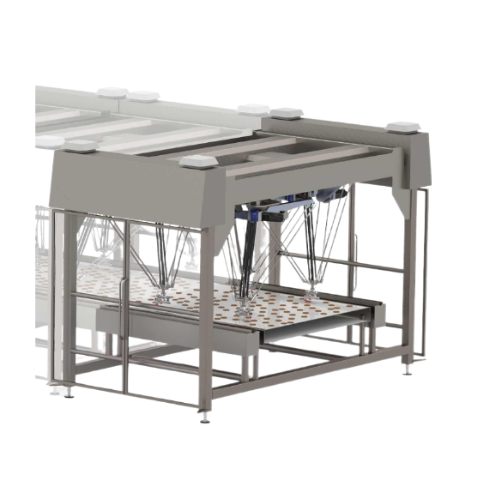
Robot for picking and placing cookies in wrappers
Boost efficiency and flexibility in your bakery production line with vi...
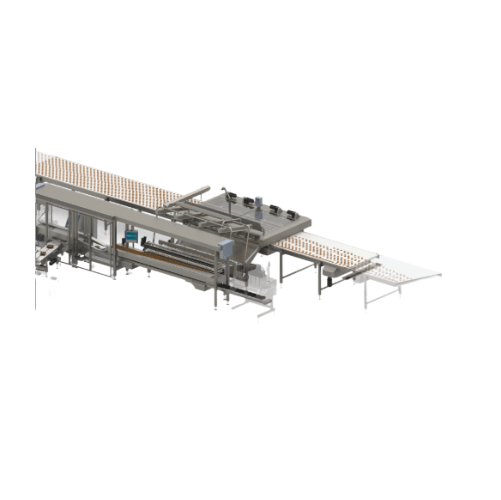
Biscuit slug loading system
Enhance your confectionery line with high-speed, precise slug loading that integrates seamlessly...
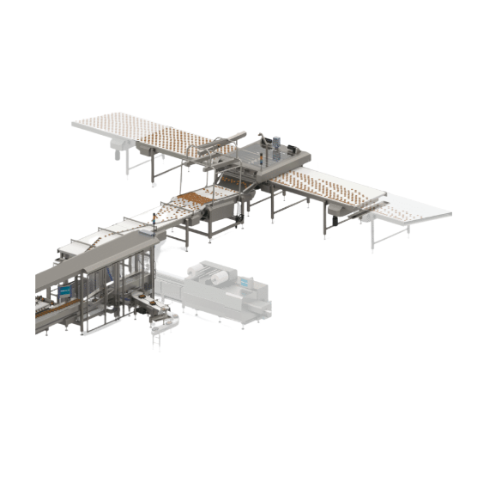
Automatic loader for irregular shaped cookies
Optimize your bakery line operation by efficiently loading non-uniform cooki...
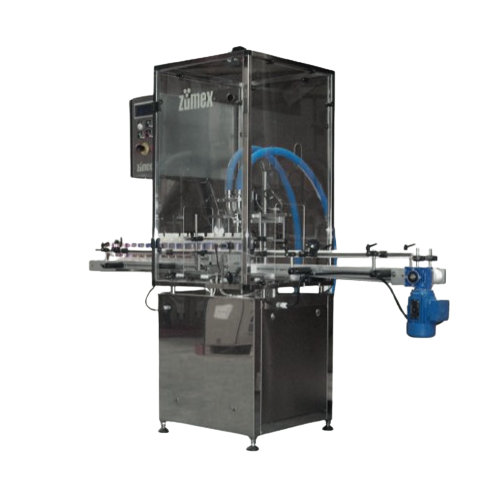
Semi-automatic filling solution for natural juices
For juice producers needing precision and adaptability, this semi-auto...
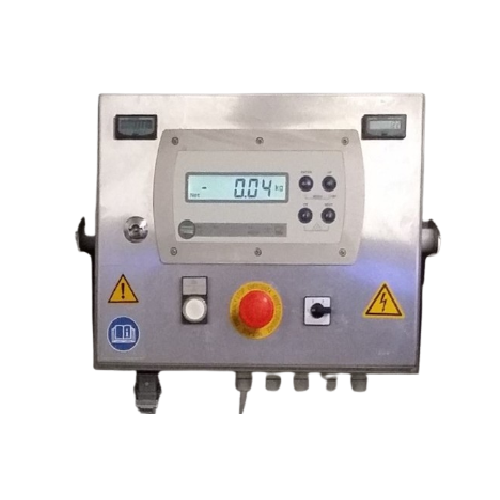
Bag in box bottling system for fruit and vegetable juice
Streamline your juice production with precise filling and packag...

Industrial multifiller for fruit and vegetable salads
Need to efficiently fill diverse containers with fruit and vegetabl...
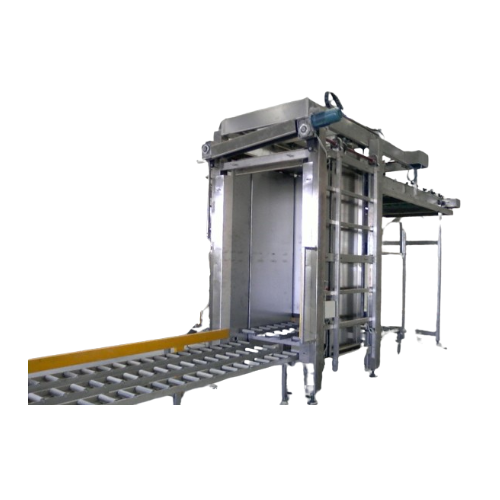
Complete filling and closing line for food containers
Optimize your production line with a versatile solution that ensure...
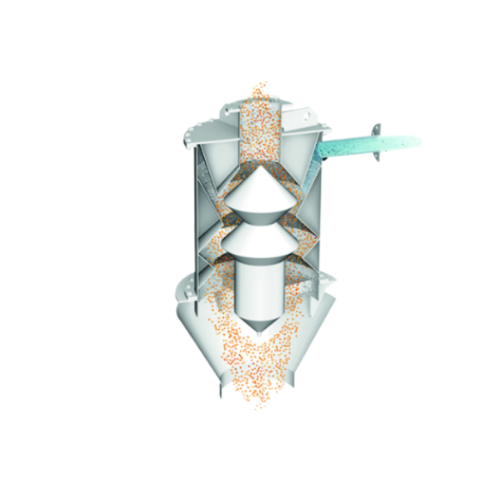
Air separator for polymers and plastics
Ensure high-purity plastic pellets by efficiently separating fine dust and streamer...
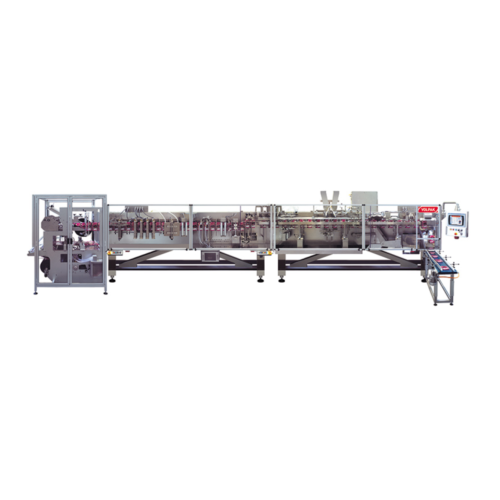
Stand-up pouch filling and sealing system
For packaging lines that demand quick, efficient, and flexible pouching, this hi...
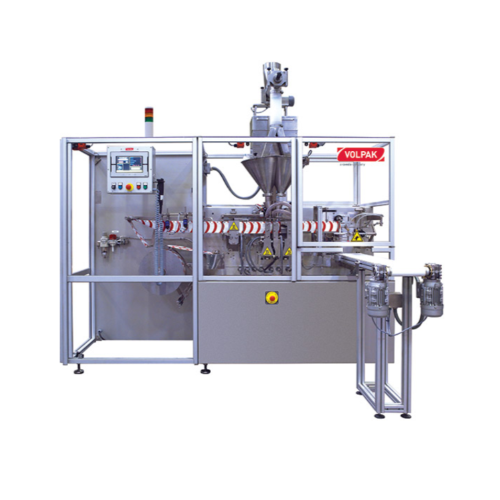
Horizontal flat pouching solution for foods and chemicals
Achieve precision in pouching liquids and powders with high-sp...

Horizontal stand-up pouching for beverages, dairy, and pet care
Optimize your liquid product packaging with rapid, high-...
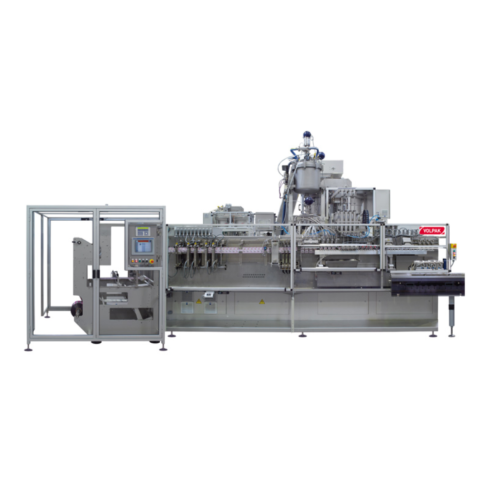
Horizontal flat pouching for top-cap pouches
For manufacturers aiming to streamline pouching operations, this high-speed h...
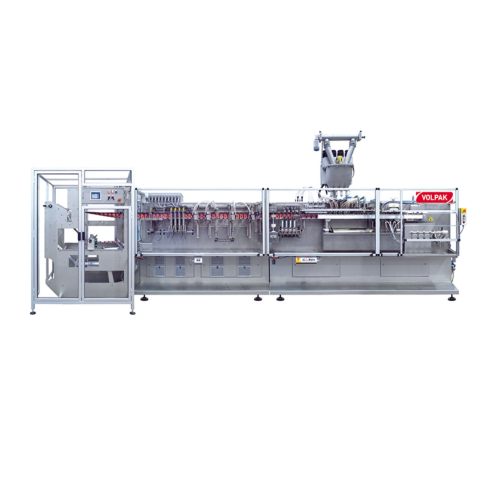
Horizontal flat pouching system for up to 180ml capacity
Optimize your packaging process with a high-speed solution desig...

Horizontal stand-up pouching system for liquids and solids
For producers aiming to optimize efficiency and precision, th...

Vertical form fill seal for dusty and liquid products
Optimize your packaging line with a versatile solution designed to ...
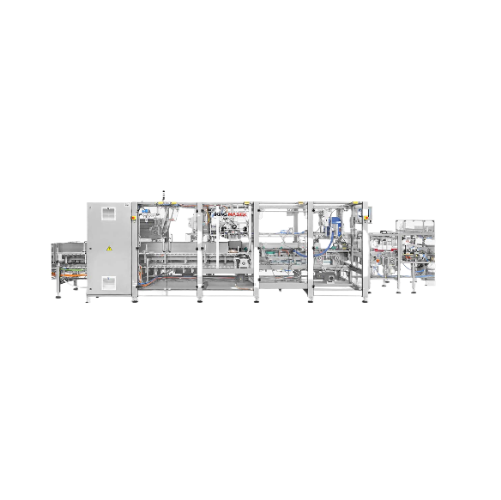
Endload automatic cartoning solution
Streamline your packaging line with this versatile cartoning solution, perfect for eff...
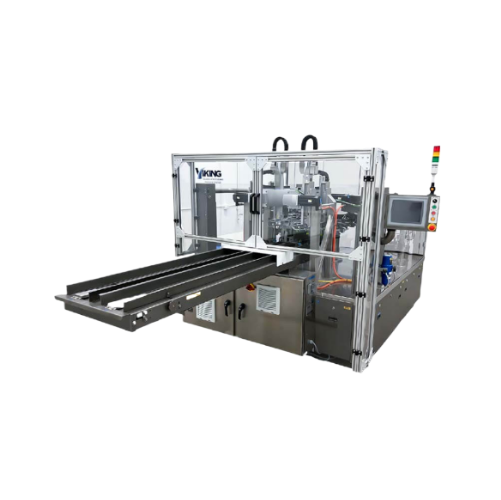
Rotary premade pouch filler and sealer
Maximize production efficiency by seamlessly filling and sealing diverse pouch sizes...
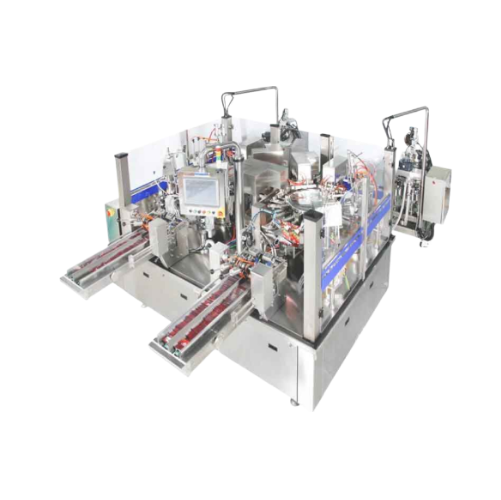
Automatic rotary premade pouch filler and sealer
Optimize your production line with high-speed pouch filling and sealing, ...
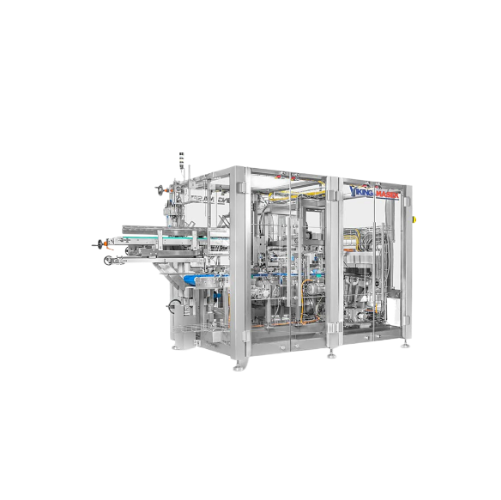
Sleeve cartoners for ready meals and salads
Optimize your packaging line with a high-speed sleeve cartoner designed to eff...
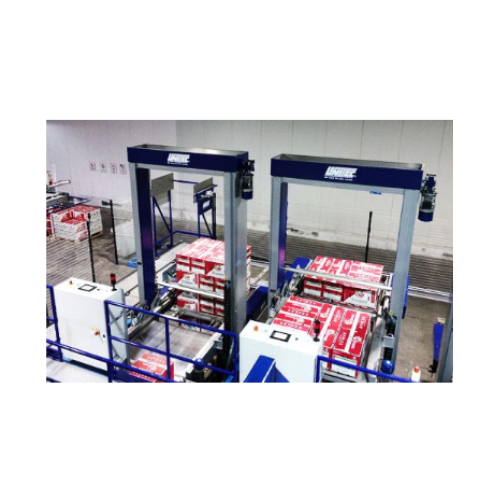
Automatic palletizer for fruit and vegetable crates
Optimize your fruit and vegetable handling with efficient palletizati...

Avocado sorting and processing systems
Ensure consistent quality and maximize yield in your avocado production with precisi...
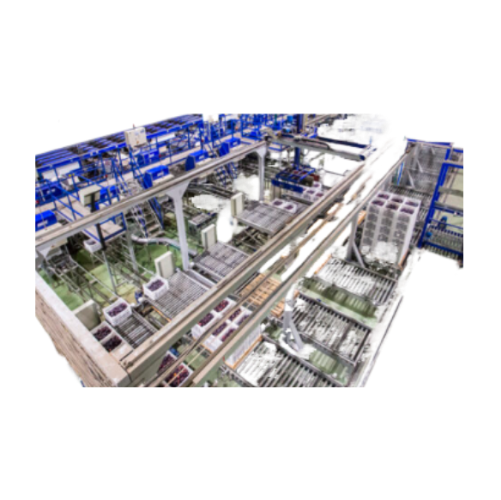
Plum sorting and grading system
Enhance your fruit processing efficiency with our advanced solution that precisely sorts and...
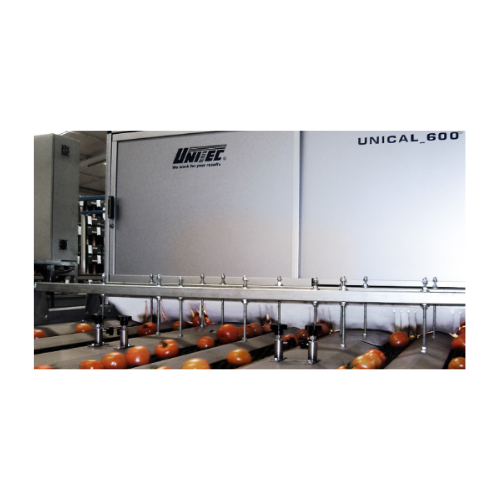
Tomato sorting and grading technology
Enhance tomato processing efficiency with cutting-edge sorting and grading systems de...
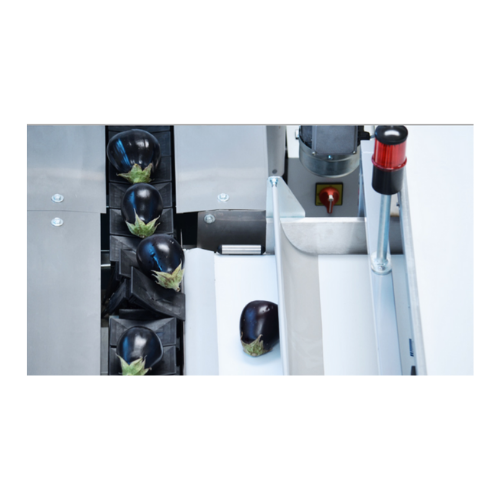
Processing, sorting, and grading solutions for eggplants
Optimize eggplant production with advanced processing solutions ...
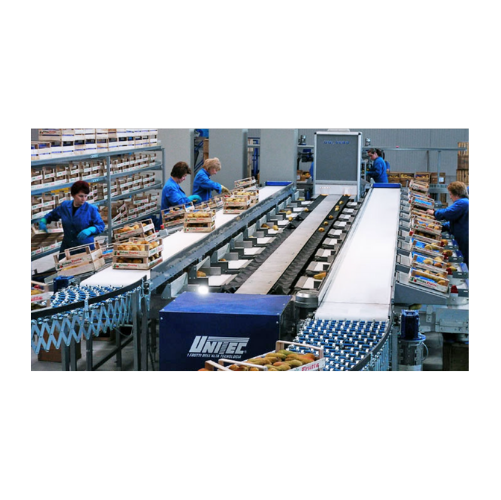
Sorting and grading system for elongated pears
Maximize your pear processing efficiency with precise sorting and defect de...
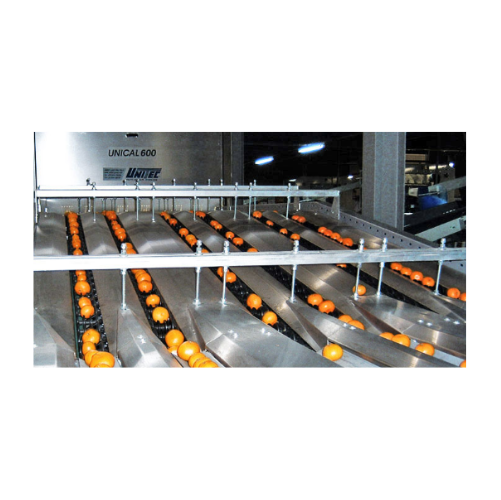
Mandarin and clementine processing sorting and grading system
Optimize your citrus operations with advanced processing s...
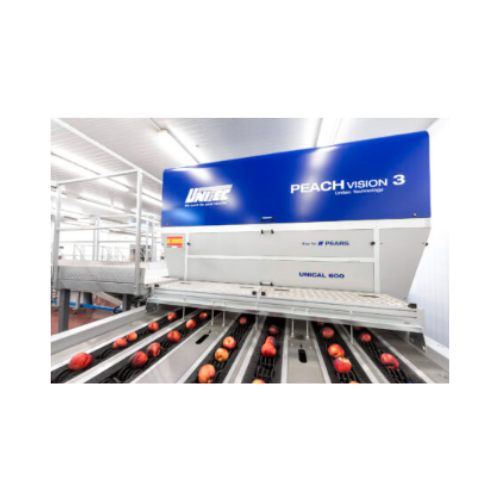
Sorting and grading for peaches and nectarines
Enhance fruit quality and reduce waste with advanced sorting and grading te...

Apple sorting and grading system
Ensure precision and quality in apple processing with a cutting-edge system designed to opt...
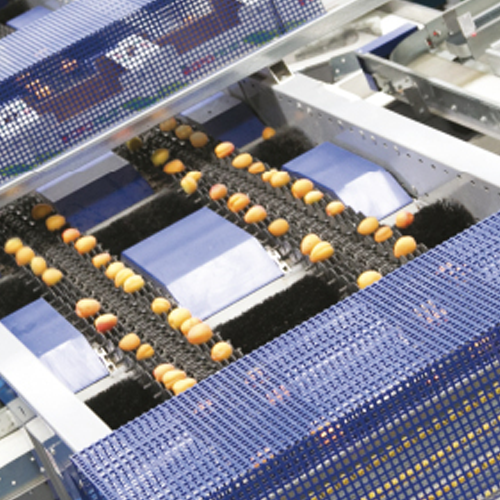
Grading and sorting solutions for apricots
Optimize your fruit production with precise grading and sorting technologies de...

Sorting and grading systems for cherry tomatoes
Ensure uniform quality and size of cherry tomatoes with advanced sorting a...
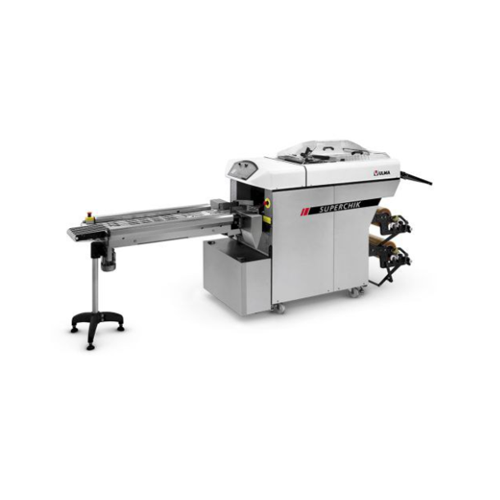
Automatic stretch film wrapper for trays
Optimize your packaging line with efficient, high-speed wrapping and sealing for v...
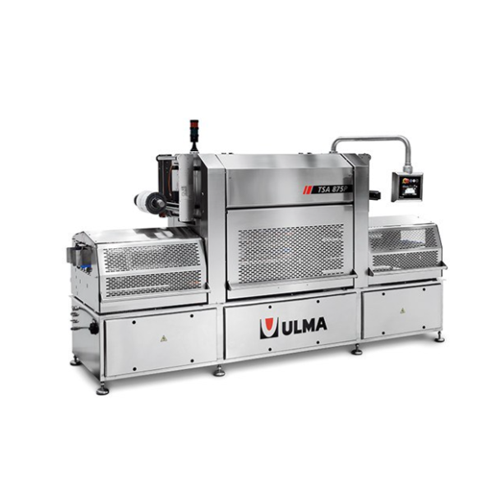
Automatic tray sealer for cut & seal and Map applications
Optimize tray packaging efficiency with a versatile solution f...
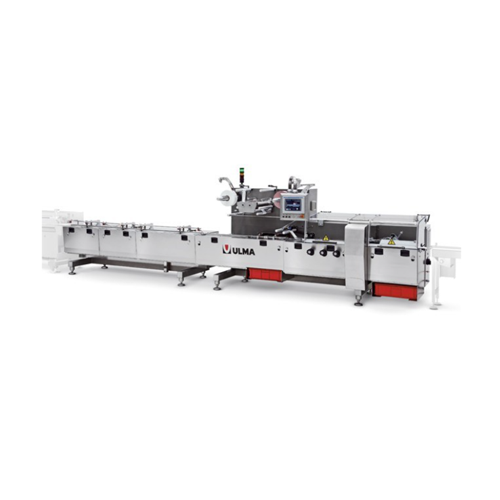
Horizontal flow wrapper for bakery and chocolate
Achieve seamless integration in high-speed production lines with a horizo...
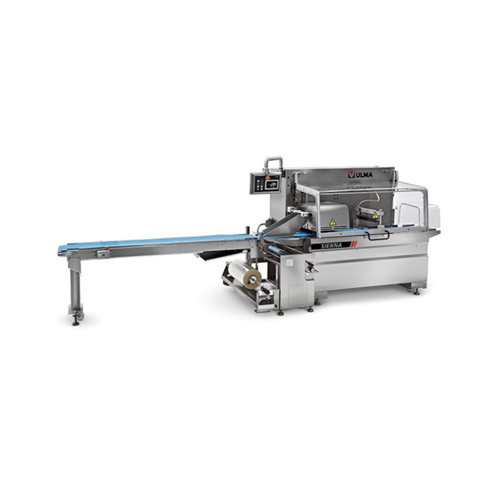
Horizontal flow wrapper for irregular products
Streamline your packaging line with a versatile wrapper designed for irregu...
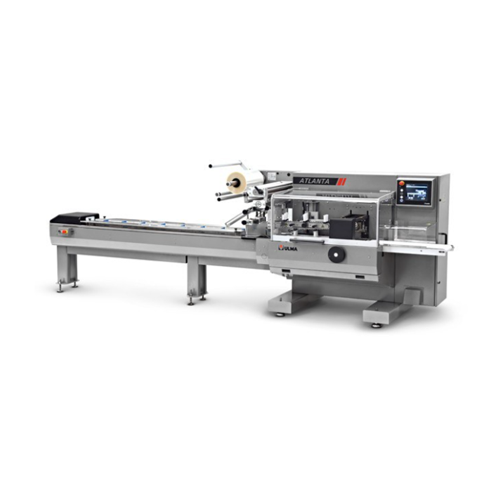
Horizontal flow wrapper for medium to high production
Optimize your packaging line with a versatile horizontal flow wrapp...
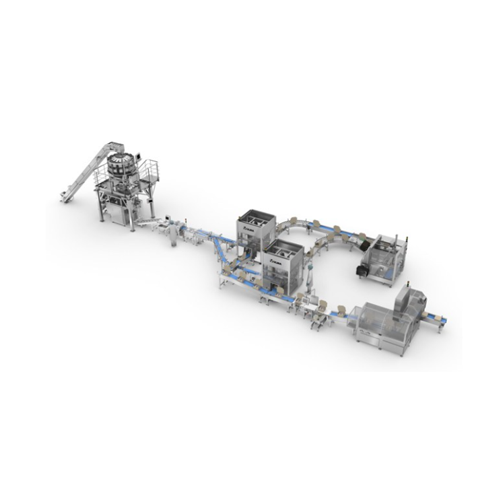
Automated bagging system for confectionery products
Achieve seamless integration in your confectionery packaging line wit...

Flour distribution system
Efficiently streamline the regulation and distribution of flours within your production line, ensu...
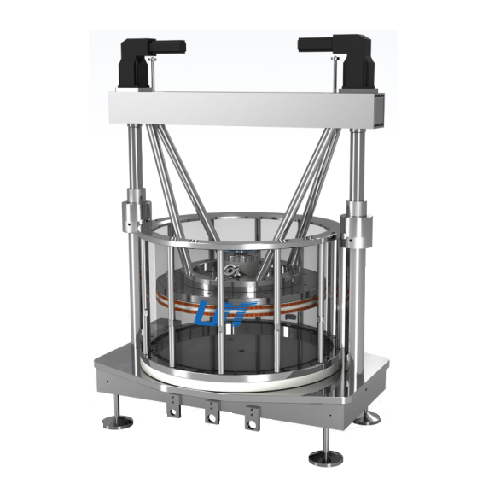
Automatic chromatography column for biopharmaceutical separation
Ensure high-purity monoclonal antibodies and herbal ext...
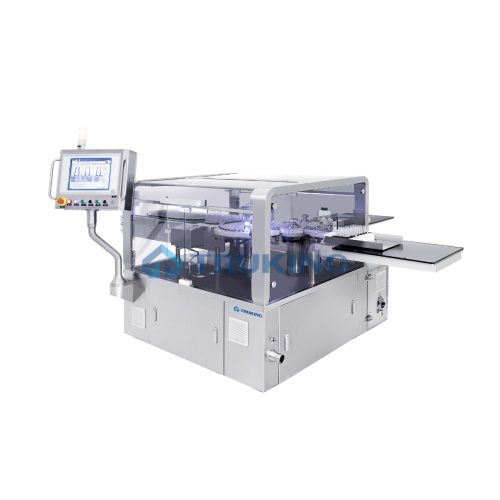
Automatic inspection system for sealing defects in ampoules
Ensure flawless ampoule sealing with a high-precision inspec...
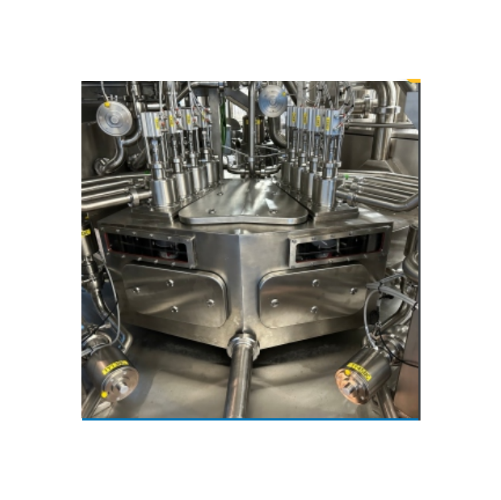
In-line filling and closing system for pre-formed containers
Looking to enhance production efficiency with a solution th...
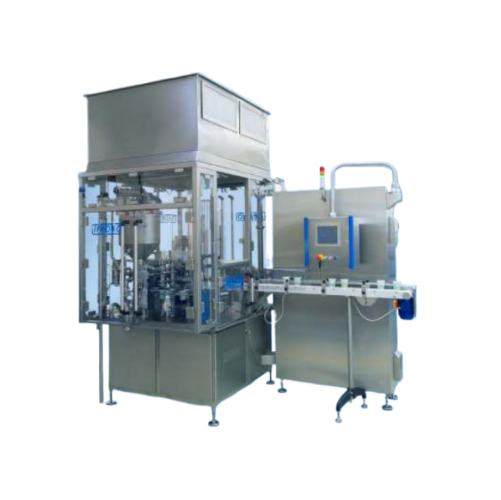
Aseptic rotary cup filling and closing solution
Maximize your production capacity with this cutting-edge aseptic solution,...
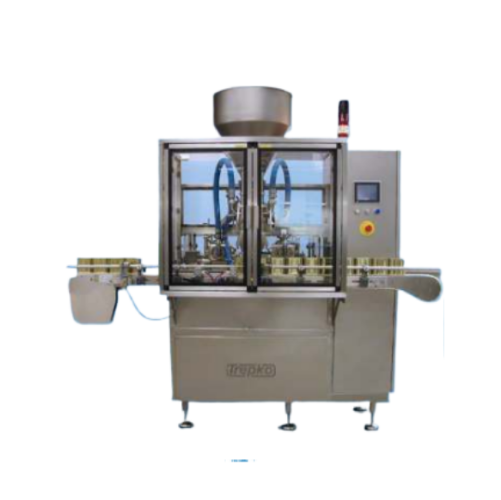
Pre-formed container filling system for multi-layer products
Efficiently handle a diverse range of products with this fl...
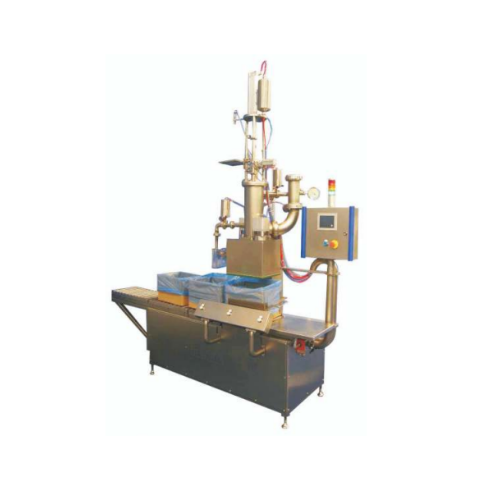
Glass jar filling system for processed cheese
Streamline your production line with a robust, high-speed filling solution d...
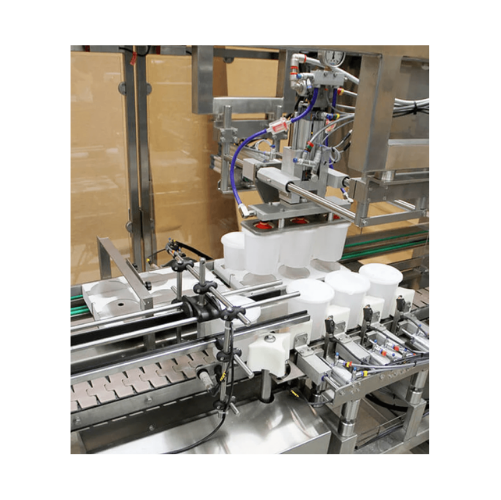
Automatic pick & place system for product case loading
Achieve high-speed and gentle handling for diverse product types w...
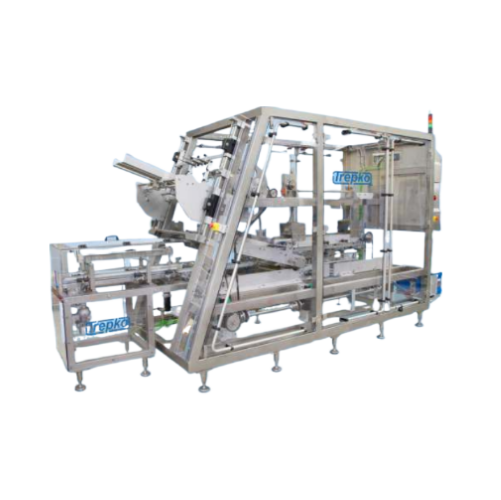
Wrap around sleeving machine for single serve cups
Seamlessly organize and wrap single-serve cups with precision and spee...
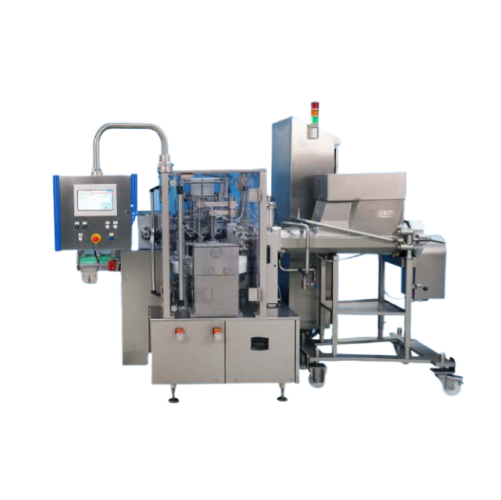
Brick forming and wrapping system for food products
Optimize your production line with seamless forming and wrapping of v...

Vacuum sealer for glass jars with metal lids
Streamline your food preservation process with a versatile vacuum system that...
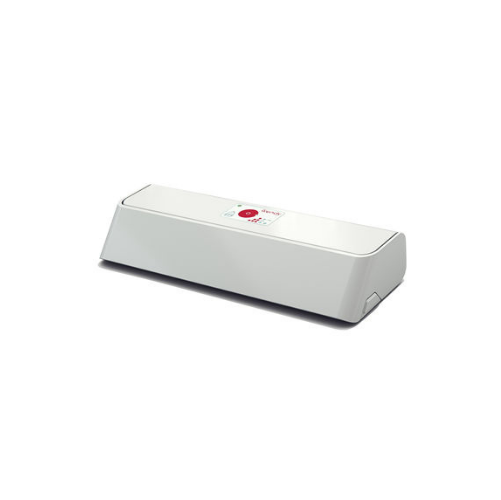
Portable vacuum sealer for food preservation
Experience effortless food preservation with a compact vacuum sealing solutio...
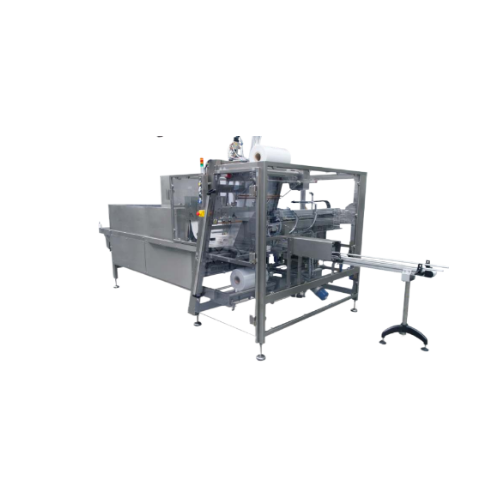
Industrial shrink wrapping solution
Optimize your packaging line with a robust shrink wrapping solution, efficiently accomm...
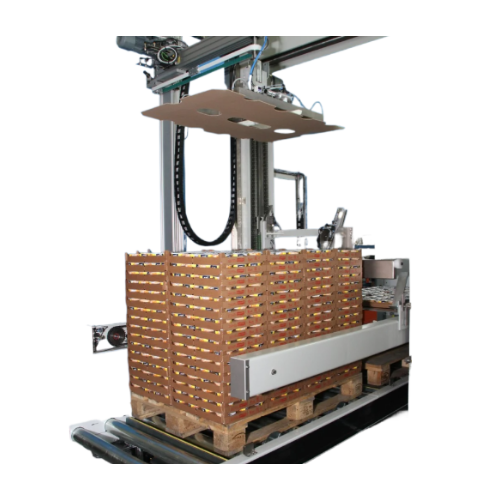
Sweep and gantry robot palletiser
Optimize your packaging line efficiency with a versatile solution capable of seamlessly i...
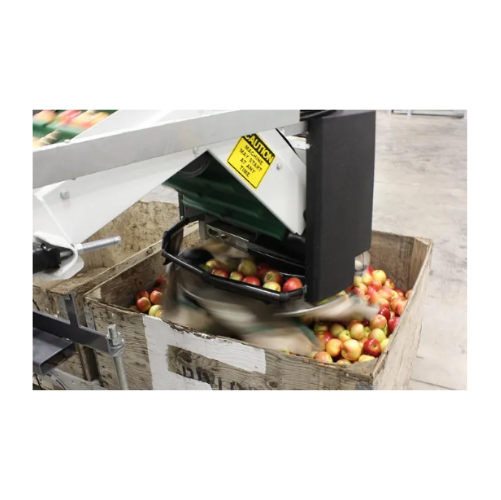
Dry bin filling for delicate fruit
Achieve gentle, high-throughput filling of delicate fruits with minimized manual interve...
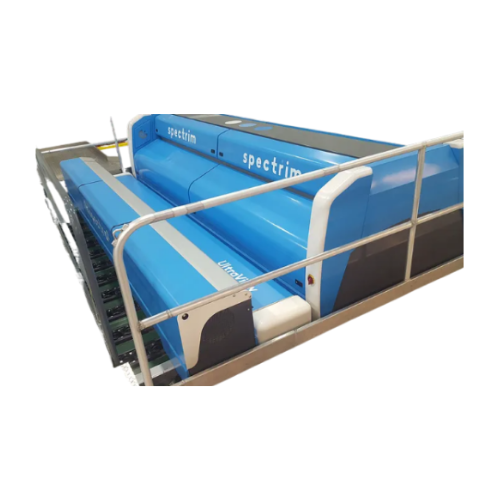
Single and dual lane sorters for fresh produce
Optimize your food processing line with precision defect detection and vers...
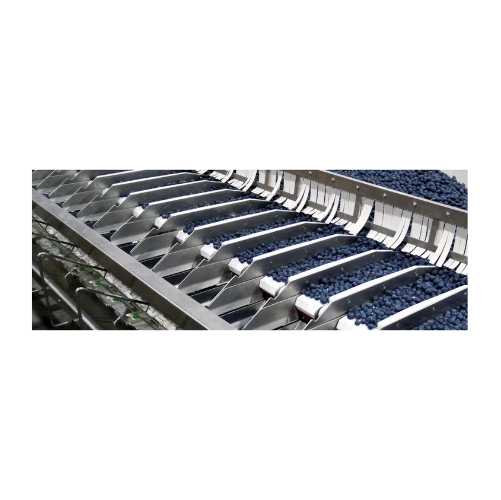
High-speed filling system for cherries and blueberries
Streamline your packaging process with a system designed for rapid...
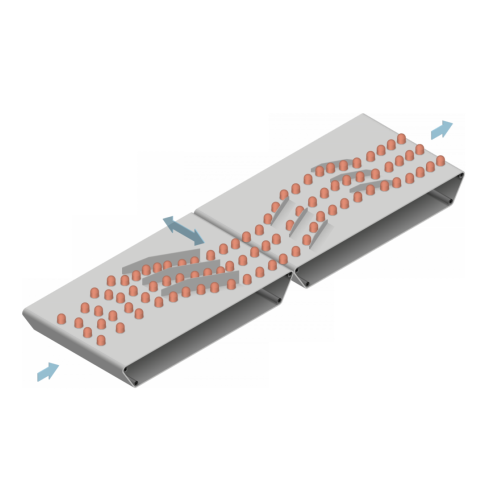
Lane arrangement for efficient product transfer
Optimize your production line’s efficiency with seamless integration...
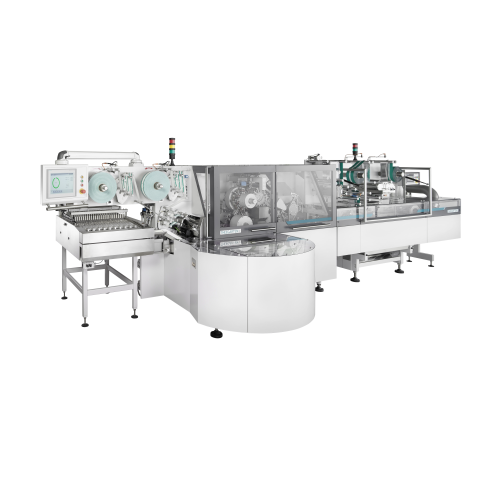
High speed wrapping solution for pre-formed products
Achieve seamless integration of primary and secondary packaging with...
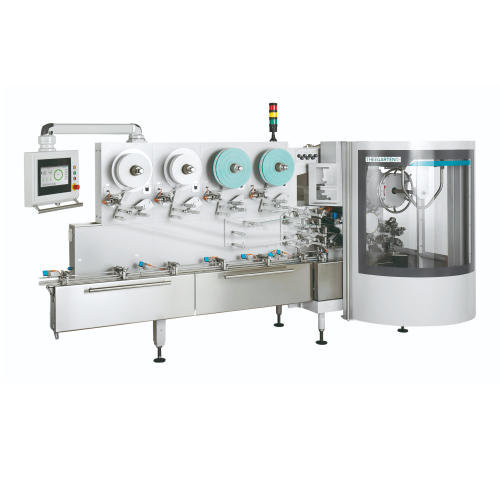
Flexible high-speed wrapping machine for chocolate products
Optimize your confectionery production line with a flexible ...
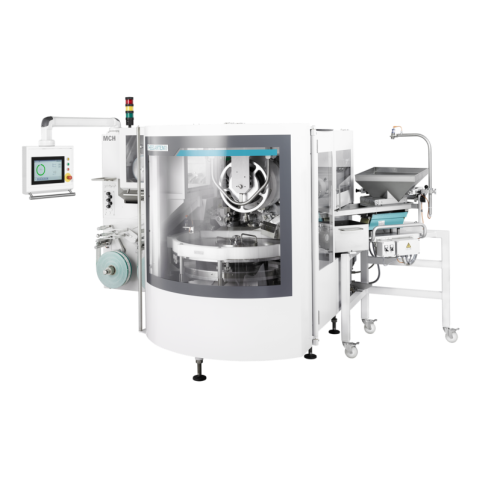
Flexible high-speed wrapper for confectionery products
Streamline your packaging process with a versatile machine designe...
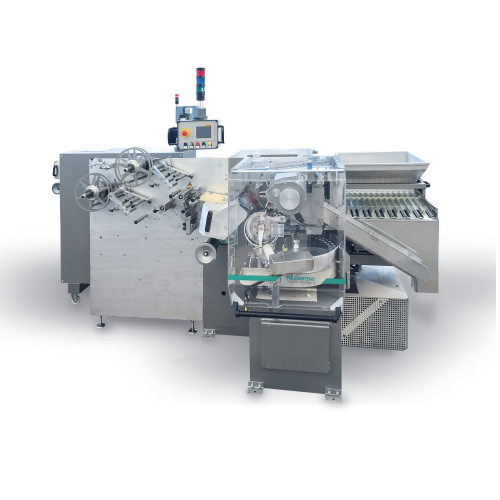
Wrapping system for preformed products in double twist
Achieve precise packaging with our high-speed double twist wrappin...
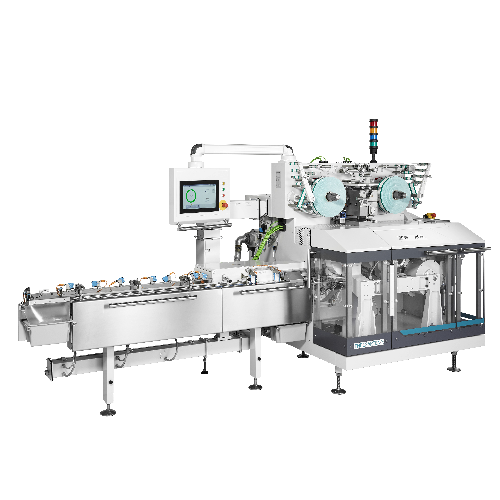
High-speed wrapping machine for chocolate or compressed powder products
For confectionery and pharmaceutical operations...
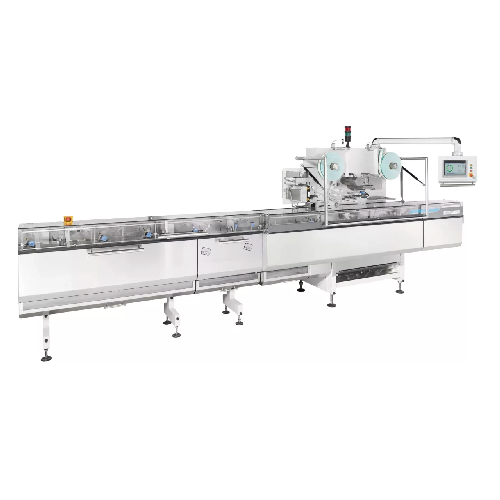
High-speed wrapping solution for compressed powder products
Efficiently wrap high-volume compressed powder products with...
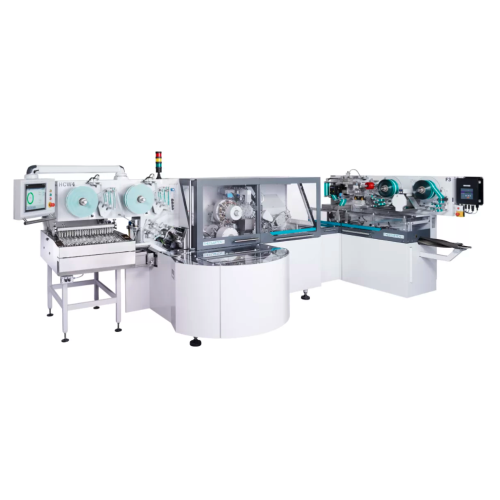
High speed wrapping solution for hard candies and toffees
Enhance your production with a high-speed solution designed fo...
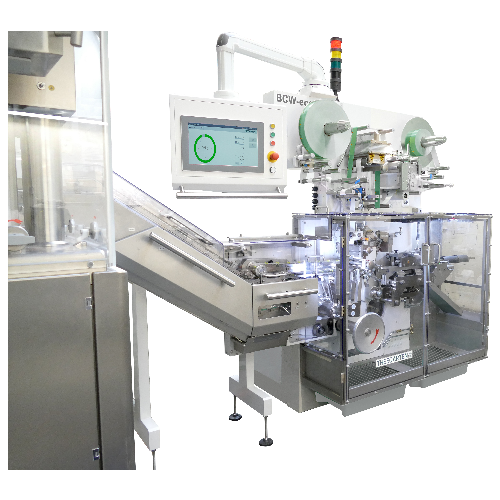
Bouillon cube wrapping system
Streamline your packaging line with a high-speed system tailored for compact, compressed produ...
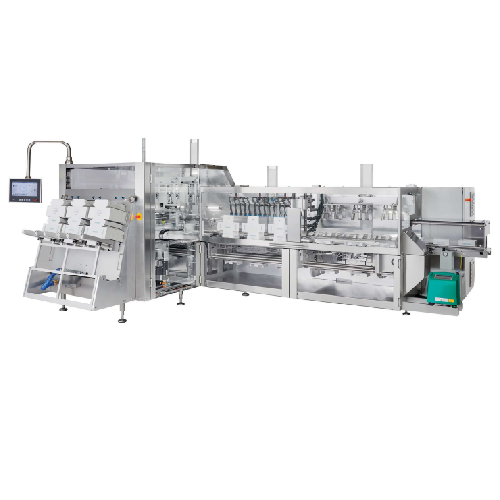
High-speed cartoning system for primary wrapped products
Optimize your packaging line with this high-speed cartoning syst...
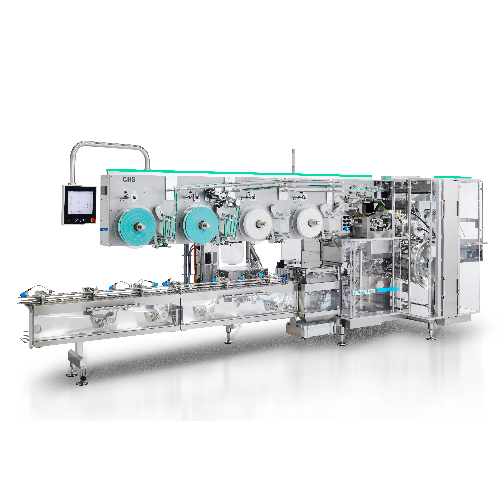
High-speed chocolate wrapping system
Optimize your confectionery packaging process with a versatile, high-speed wrapping so...
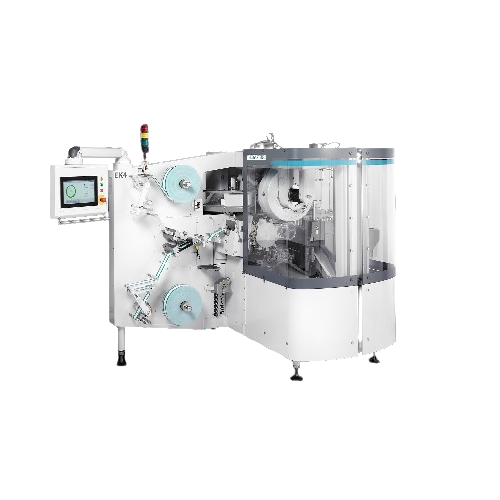
Double twist wrapping system for preformed products
Achieve optimal wrapping speed and precision for your confectionery p...
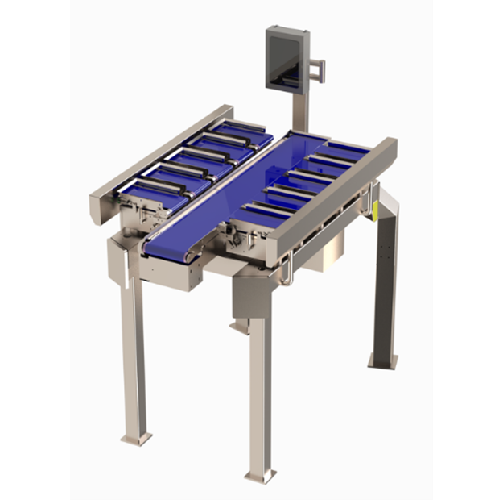
Semi-automatic weigher for irregular products
Efficiently handle and weigh irregular products like whole fruits and meats ...
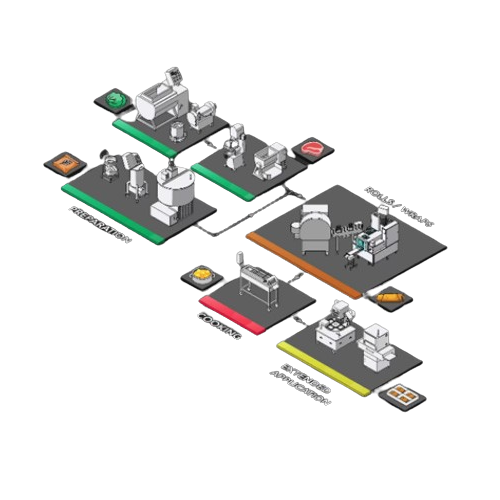
Spring roll manufacturing line
Optimize your spring roll production with an advanced manufacturing line that ensures consist...
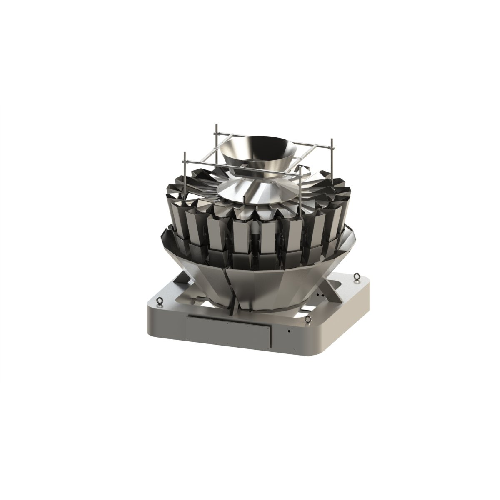
Twin product multihead weighing system for mixing and sorting
Optimize your production line with precision mixing and hi...
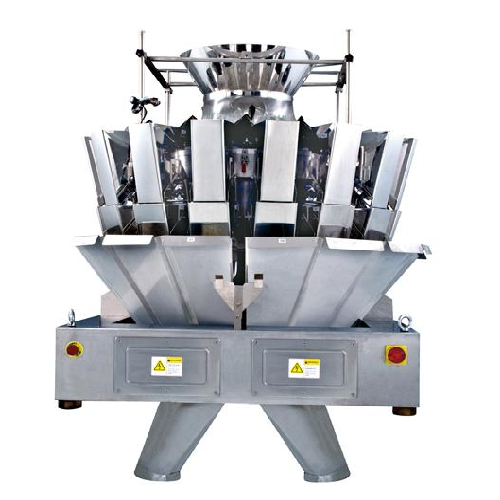
Multihead weighers for food production
Optimize your food production line with precision and speed by integrating advanced ...

Granule filling sachet machine
Ideal for optimizing packing operations, this granule-filling sachet machine ensures precise ...
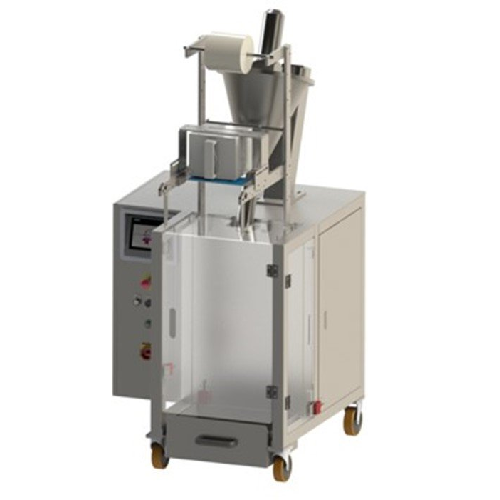
Sachet powder filling machine
Optimize your packaging line with this efficient solution for precise powder filling, ensuring...
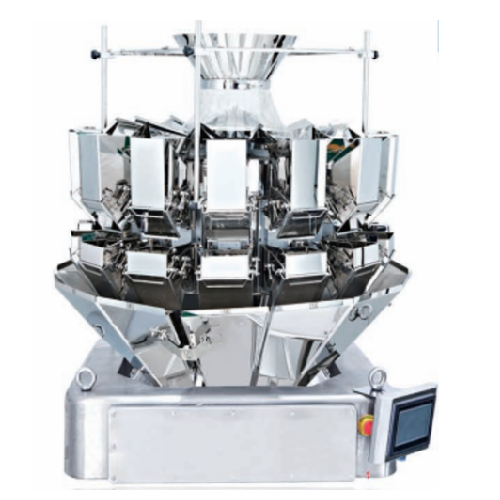
multihead weigher for dry products
Optimize your production line with precise weighing for dry products, ensuring high-spee...

Linear weigher for dry free-flowing products
Optimize your packaging line with precise weighing for snacks, sweets, and gr...
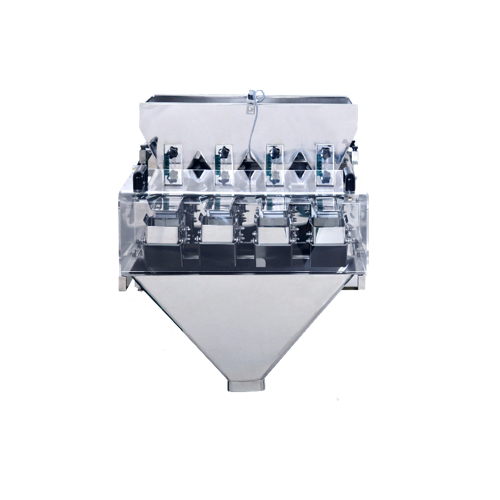
Linear weigher for dry free flowing powder
Optimize your packaging line with precise weighing for free-flowing granular pr...
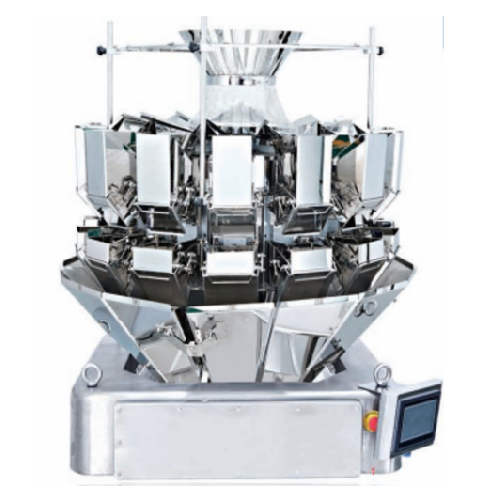
10 head multihead weigher for dry products
Optimize your weighing and packaging operations with precise and rapid handling...

14 head multihead weigher for dry products
Achieve precise and rapid weighing for a variety of dry, free-flowing products ...
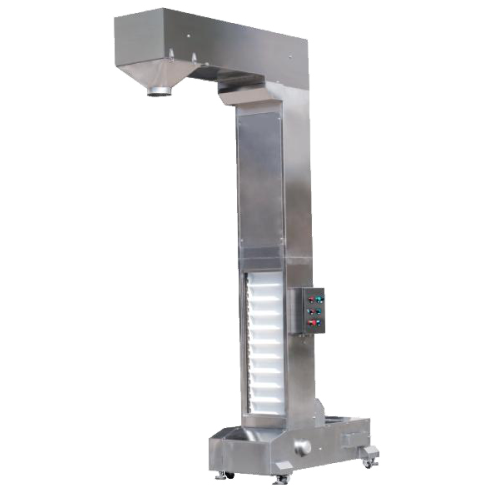
Food production conveyors for efficient material handling
Streamline your food production with versatile conveyors desig...
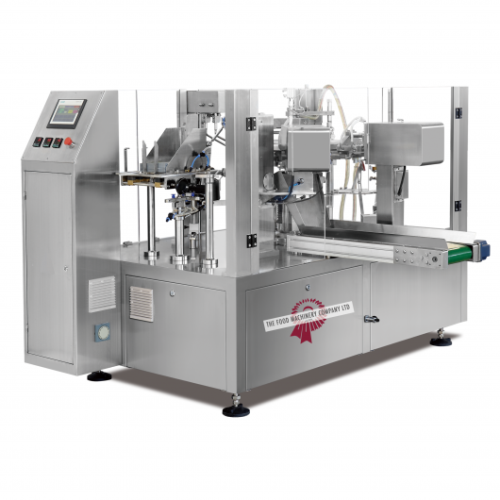
Rotary pouch filling system
Looking to efficiently manage pouch filling for diverse products? This rotary system seamlessly ...
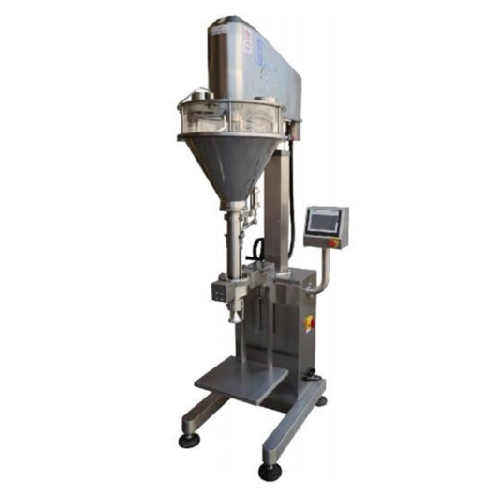
Powder auger filler for precise weighing and depositing
Ensure accurate and efficient powder filling with this innovative...
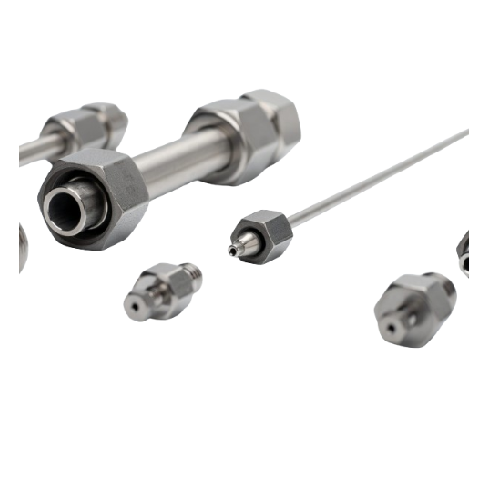
Reusable catalyst cartridges for safe hydrogenation
Simplify catalyst handling and enhance reaction control with reusable...
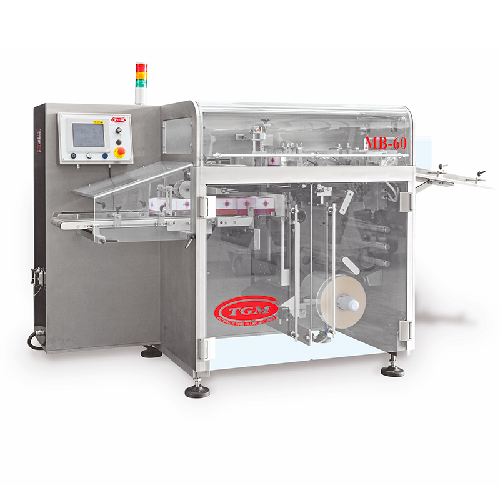
Compact carton overwrapping system
Optimize your packaging line with a compact solution designed to seamlessly overwrap a v...
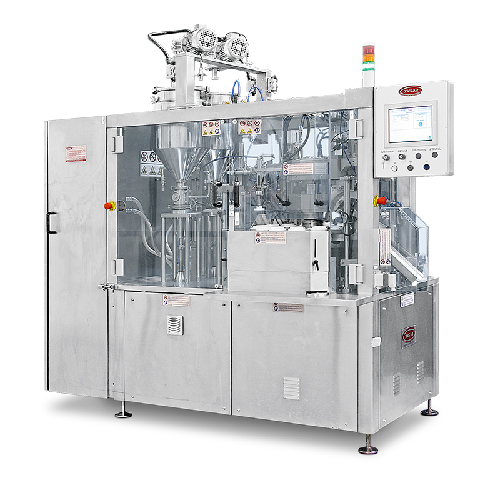
Automatic tube filling for multi-color products
Achieve precision in multi-color product packaging with seamless co-extrus...
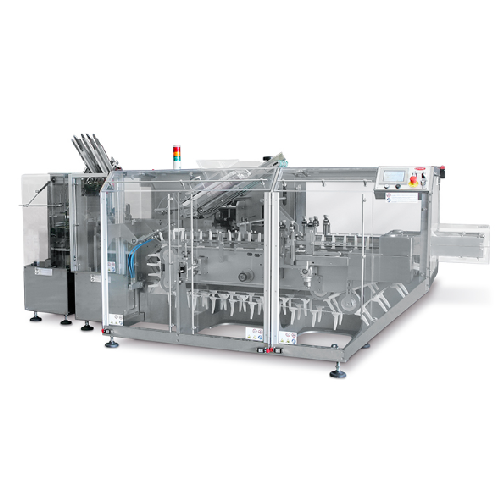
Horizontal cartoning machine for medium to high-speed production
Optimize your cartoning process with precise loading an...
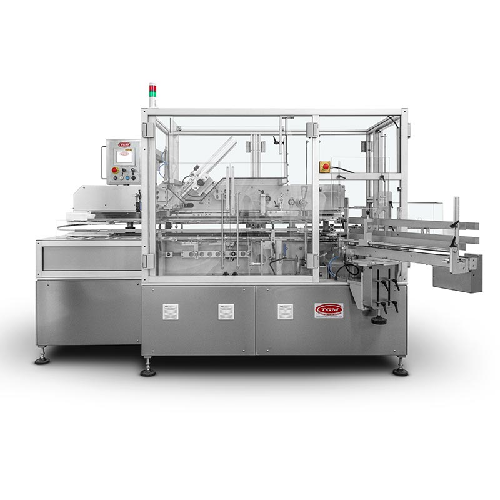
Vertical cartoning solution for manual product loading
Streamline your cartoning process with a versatile solution design...
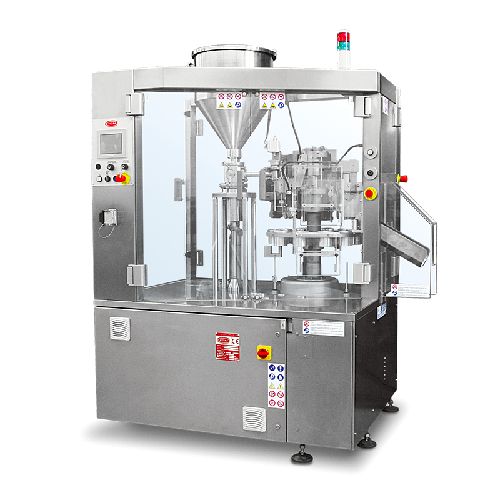
Small batch tube filling system for metal and plastic tubes
Optimize your small-batch production with precise tube filli...
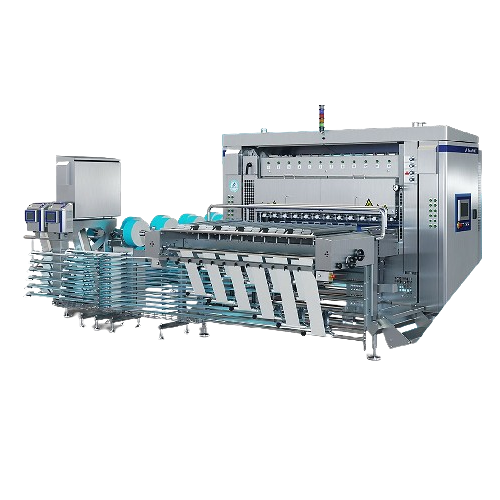
Multilane wrapper for ice cream products
Achieve seamless ice cream wrapping with precision tension control and high-speed ...
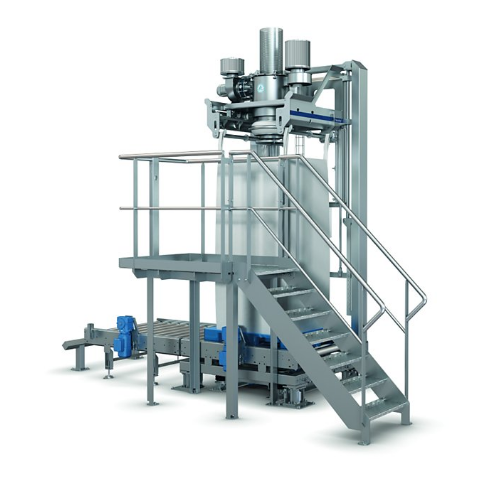
Big bag filler for granulated or powder components
Ensure precise and dust-free filling of large bags with a unit designe...
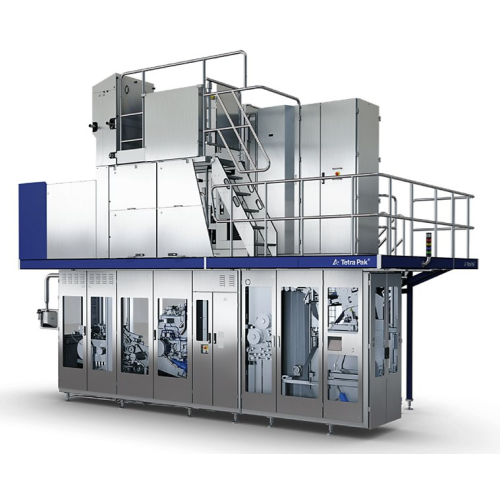
High-speed aseptic carton filling solution
Maximize production efficiency and meet growing demand with this high-output fi...
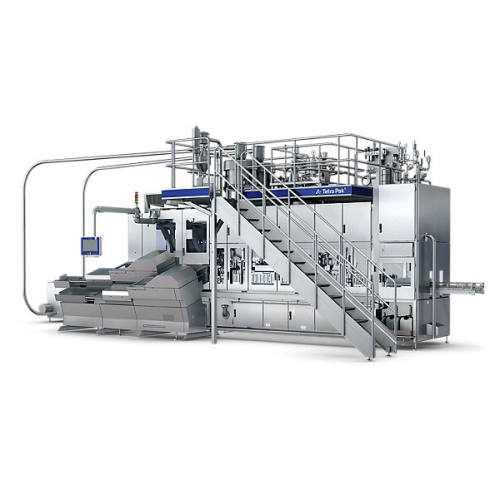
Filling system for gable top cartons chilled products
Achieve precise filling and reliable sealing for chilled beverages ...
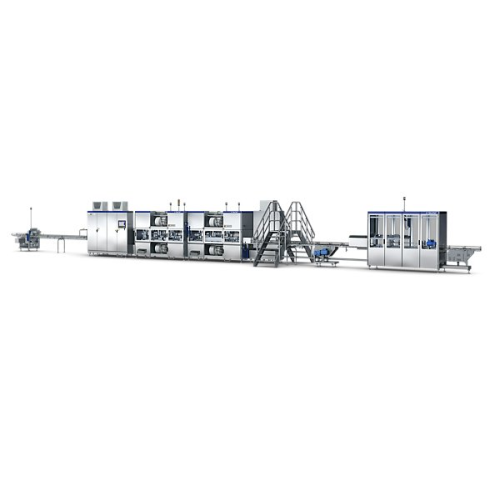
High-speed shrink wrapping system
Enhance your packaging efficiency with a high-speed shrink wrapping system that ensures s...
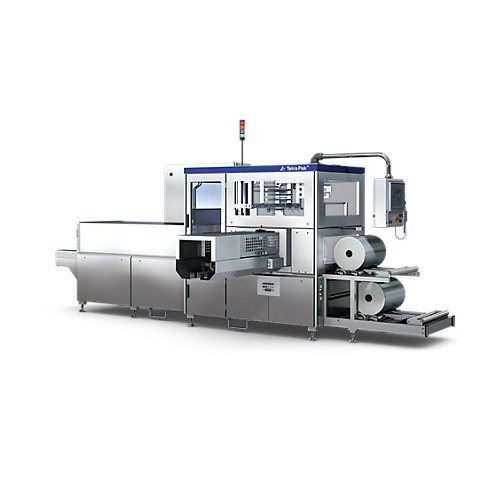
Industrial tray shrink wrapper
Optimize your packaging line with rapid, resource-efficient shrink wrapping, accommodating di...
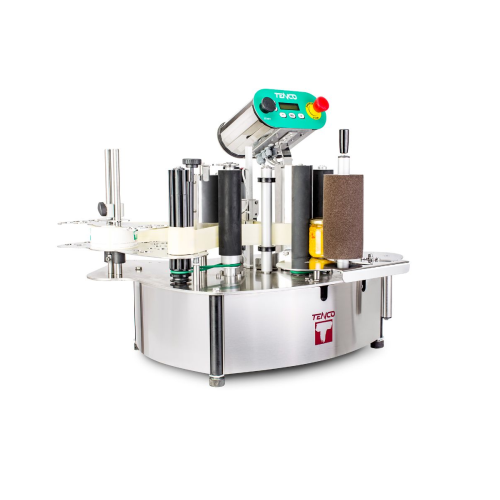
Professional labeling machines for bottles and jars
Enhance your packaging efficiency with our versatile labeling solutio...
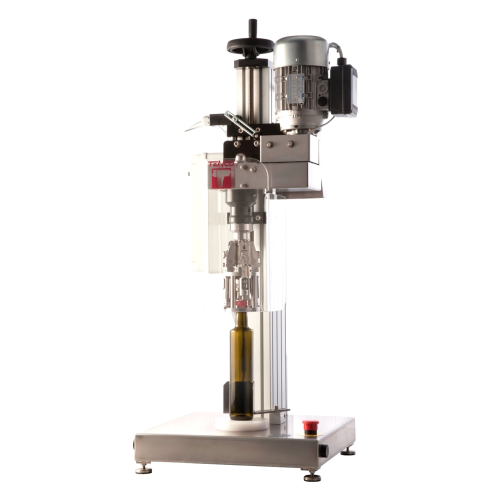
Semi-automatic capping machines for versatile applications
Enhance your packaging efficiency with versatile semi-automat...
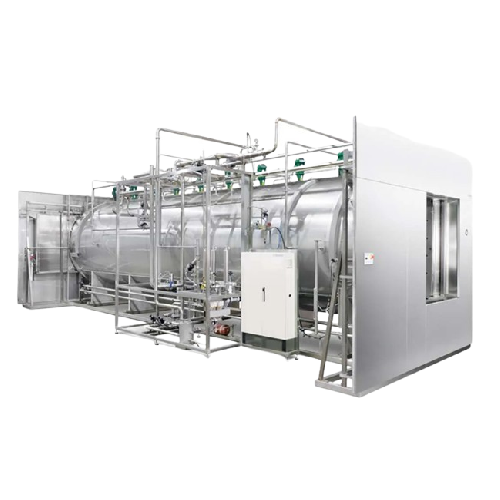
Steam & air mixture sterilizer for parenteral solutions
Achieve robust and effective sterilization for delicate pharmaceu...
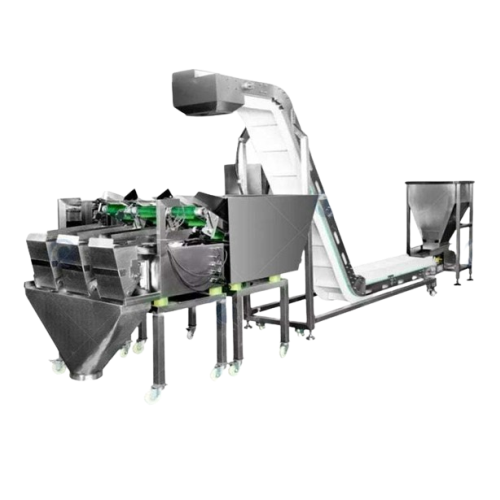
Vegetable salad production line for lettuce processing
Streamline your vegetable processing with an all-in-one solution d...
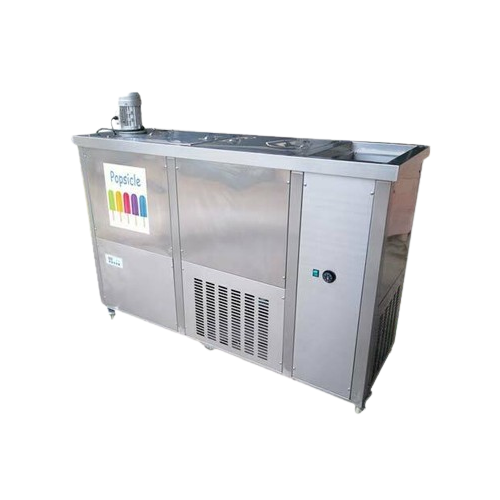
Commercial ice popsicle making solution
Optimize your frozen dessert production with a versatile machine capable of craftin...
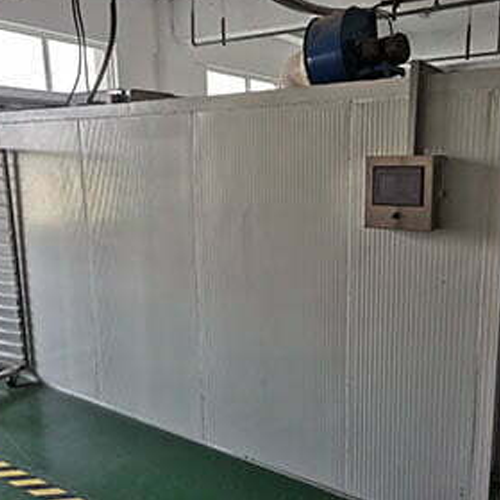
Commercial mango dehydrator
Optimize your fruit processing with a commercial mango dehydrator that ensures precise moisture ...

Garlic splitting and peeling line
Streamline garlic processing with this high-speed line designed to efficiently split, pee...
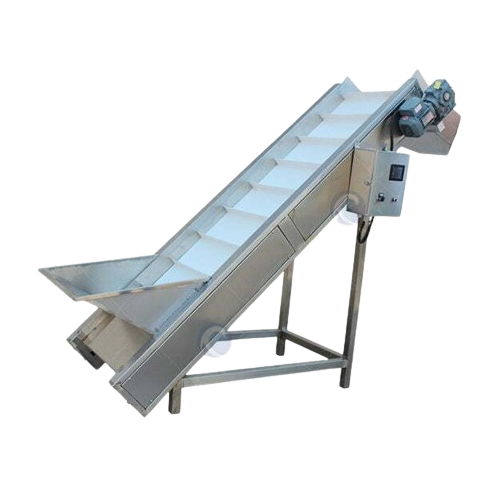
Complete fruit and vegetable washing plant
Optimize your production line with efficient fruit and vegetable washing, ensur...

Full-automatic biscuit & cookie production line
Streamline your biscuit and cookie production with a comprehensive solutio...

Small egg grader for farms
Efficiently sort eggs by weight with precision and speed, ensuring each egg meets quality standar...
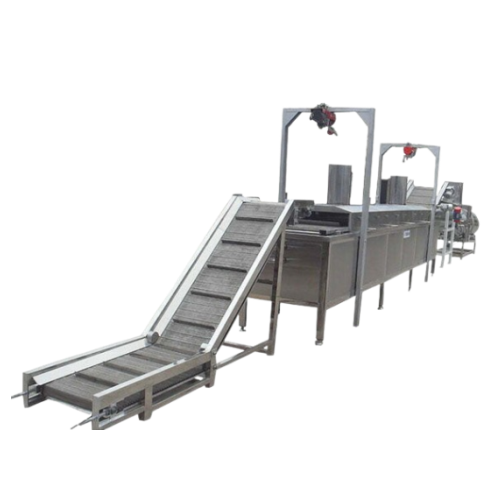
Complete banana chips production line
Streamline your snack production with a comprehensive line that transforms raw banana...
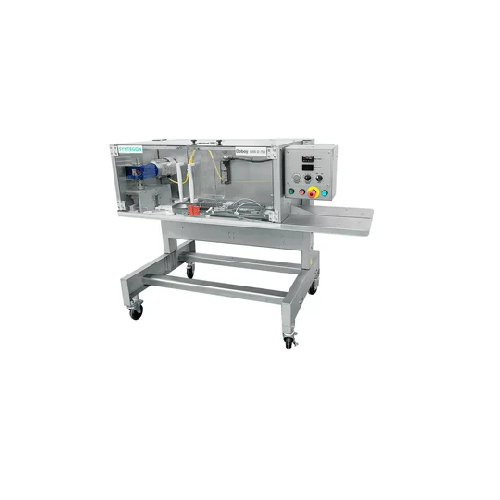
Industrial bag sealing solution for medical and food applications
Enhance your packaging line with reliable and versati...
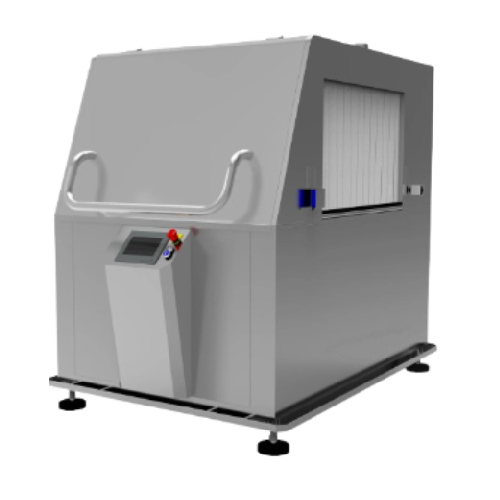
Hot water dip tank for immersion shrinking
Enhance the appearance and seal integrity of vacuum-packaged products with a ro...
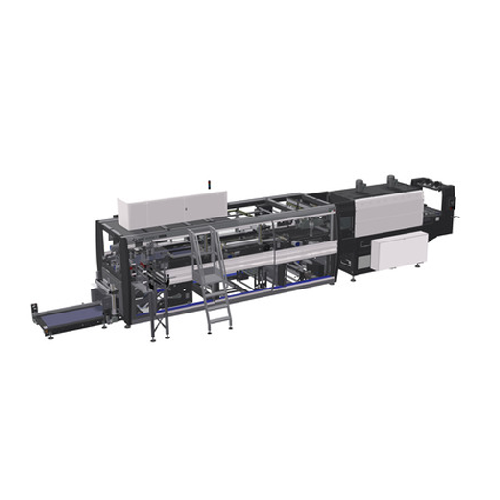
Film shrink wrappers with 90° infeed
Easily adapt to compact spaces while efficiently wrapping various container shapes, fr...

Film shrink wrapper with in-line infeed
Streamline your packaging line with advanced shrink wrapping technology designed to...
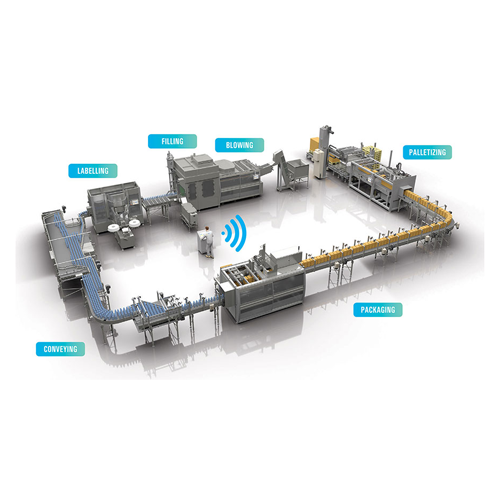
Complete bottling lines for beverages
Achieve seamless integration and high-speed efficiency in your liquid product packagi...

Plastic bag sealing system for batch production
Effortlessly seal and pack various films and plastic bags in batch product...
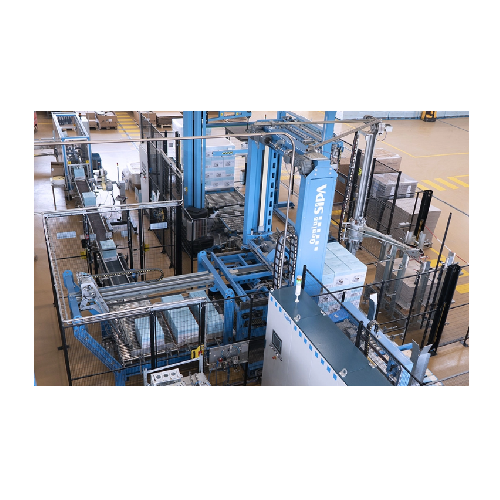
Steady and moving pallet palletizers
Optimize your packaging line with advanced palletizing solutions designed to handle di...
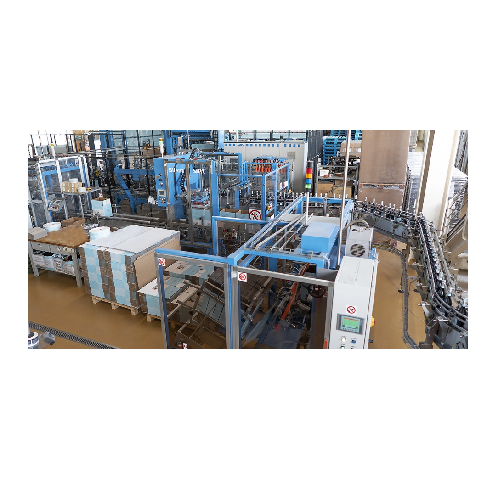
Cartoning solutions for beverage and food industries
Optimize your packaging line with a versatile range of cartoning sys...
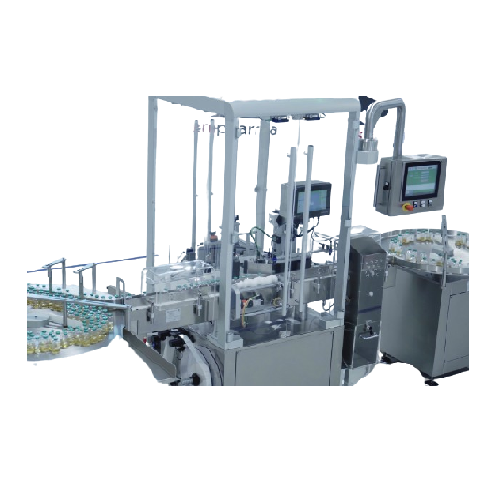
Automatic labelling system for pharmaceutical vials
Ensure precise and efficient packaging for cylindrical containers wit...
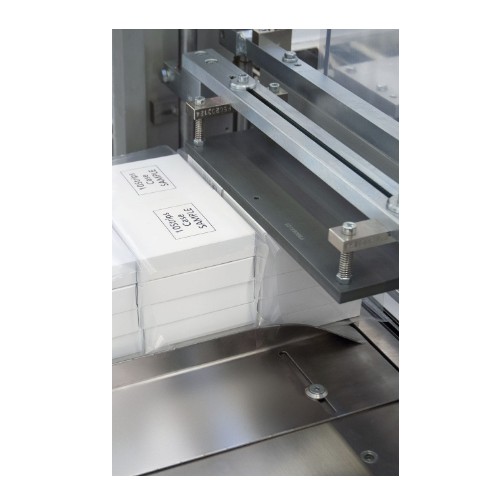
Automatic bundling machine for cartons and bottles
Streamline your packaging line with a compact system that efficiently ...

Automatic cartoning system for pharmaceuticals
Simplify your cartoning process with high-speed, continuous motion that boo...
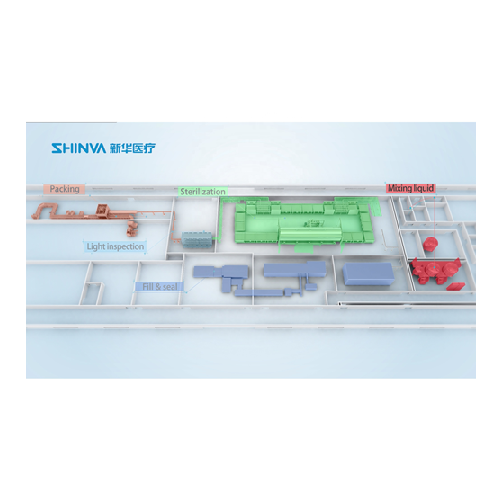
Plastic bottle blowing-filling-sealing system
Optimize sterile liquid packaging with integrated blowing, filling, and seal...
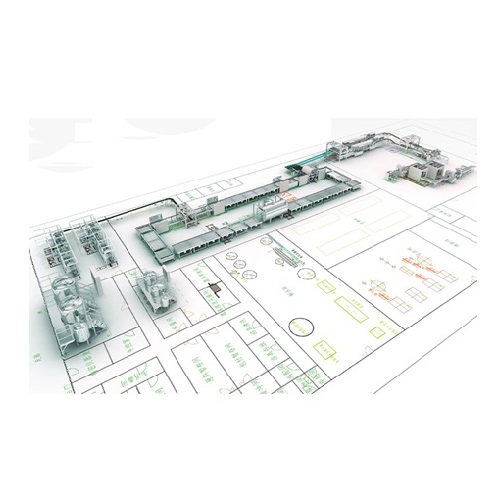
Soft bag form-fill-seal system for large volume injection
Streamline your production of intravenous and nutritional flui...

Automated sauce production lines
Streamline your sauce production with flexible lines designed for rapid recipe changeovers,...
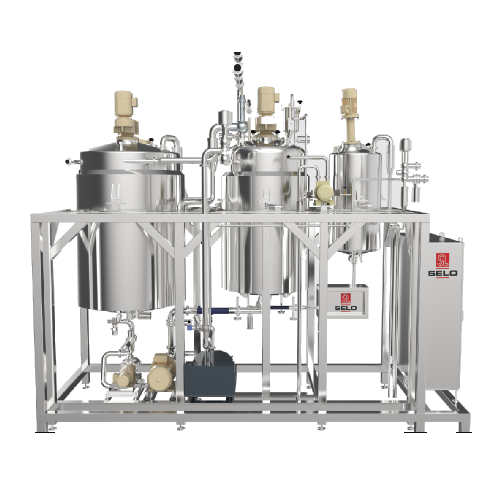
Baby food production line
Ensure optimal safety and precision with this production line, designed for processing delicate ba...
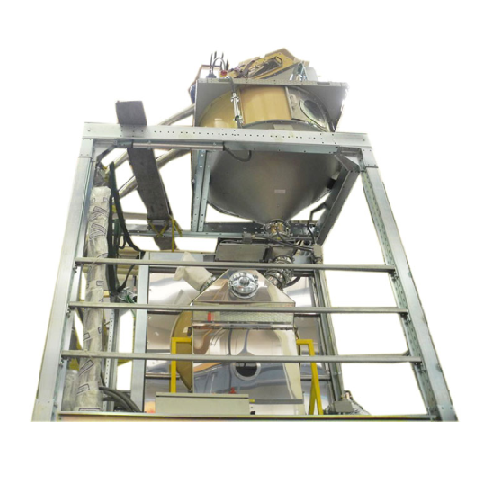
Blender for whole bean roasted coffee
Achieve precise coffee blend consistency and protect delicate roasted beans with an a...
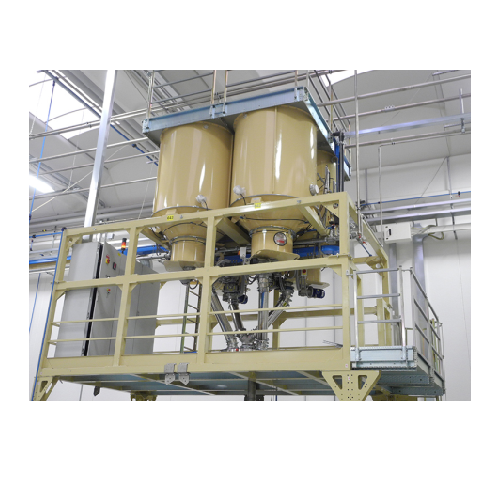
Degassing system for ground coffee
Optimize your coffee production with a robust degassing solution designed to preserve fl...

Industrial coffee grinder for ground coffee production
Enhance your coffee production line with precise grinding capabili...
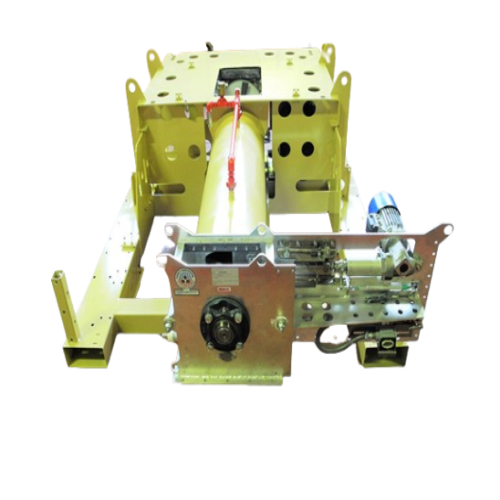
Dosing feeder for coffee production
Streamline your coffee production with precision control, ensuring consistent packing l...
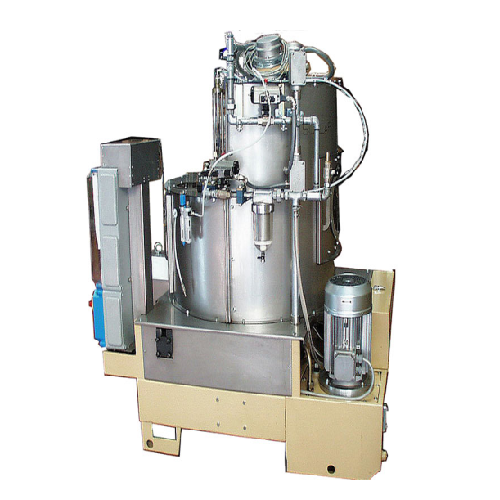
Pelletizer for chaff
Transform chaff and agricultural byproducts into valuable energy pellets with precision and efficiency, ...
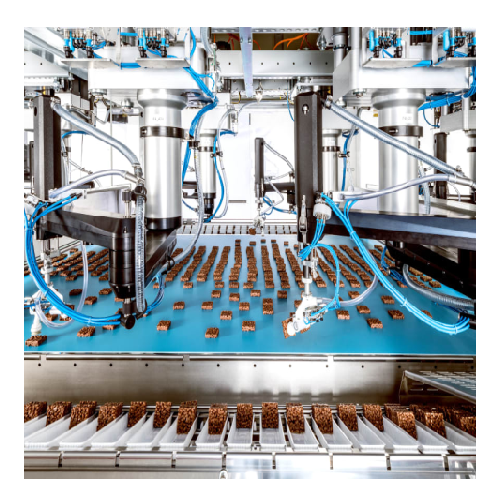
Pick and place robots for efficient product handling
Enhance your production line with high-speed pick and place robots c...
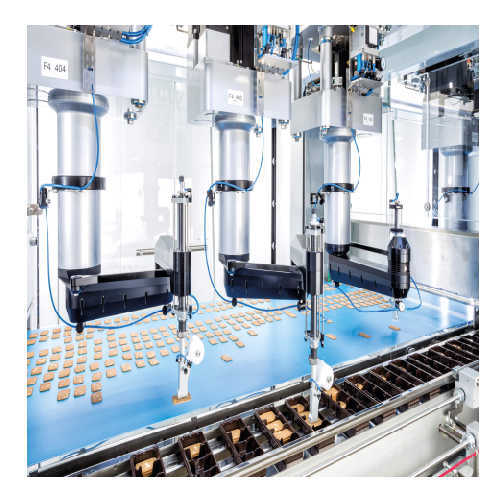
Pick and place robotic system for product handling
Enhance your production line with high-speed, flexible pick and place ...
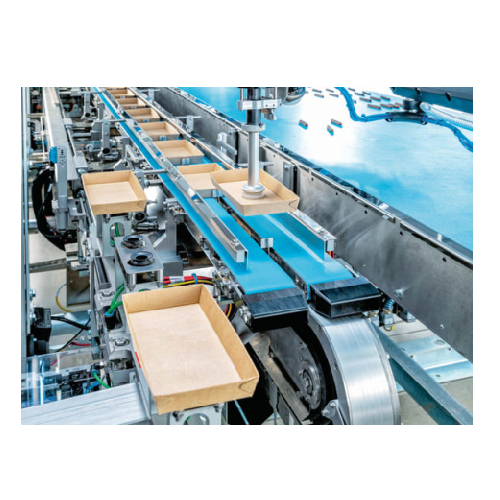
Flow wrapper with quick format change
Streamline your packaging operations with a machine that offers rapid format changeov...
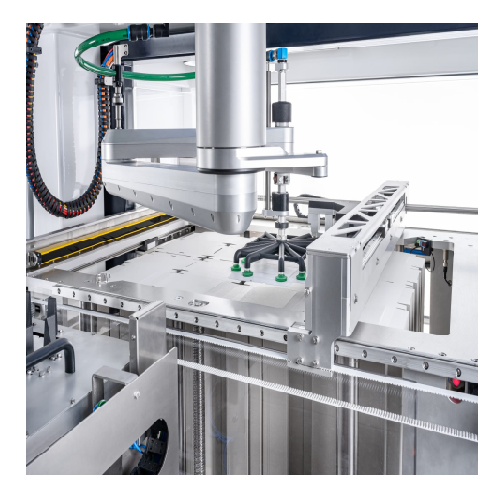
Compact carton blank feeding system
Maximize your production efficiency with a solution designed to streamline carton blank...
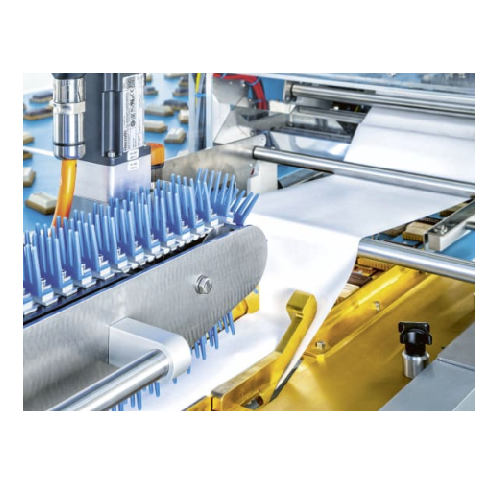
Flow-wrapping machine with quick format changeovers
Optimize your packaging flexibility with a flow-wrapping machine desi...
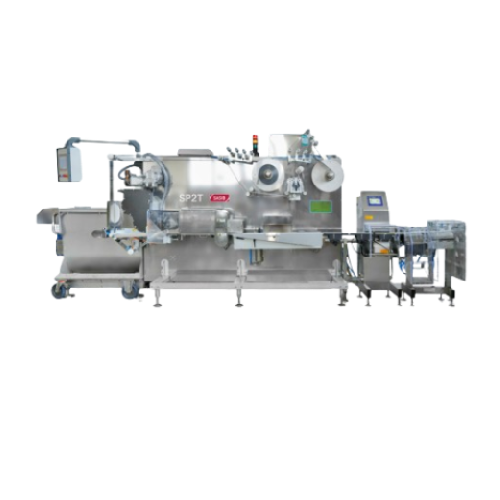
Flow wrapper for molasses products
Optimize your high-speed packaging line with a flow wrapper that efficiently packs flavo...
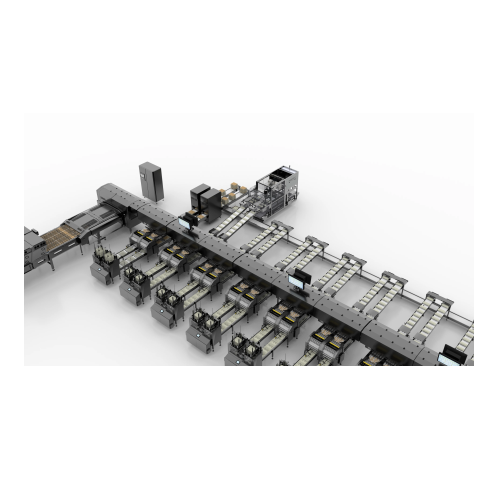
High capacity egg grader for efficient egg processing
Maximize egg quality and safety with this high-capacity grader, des...
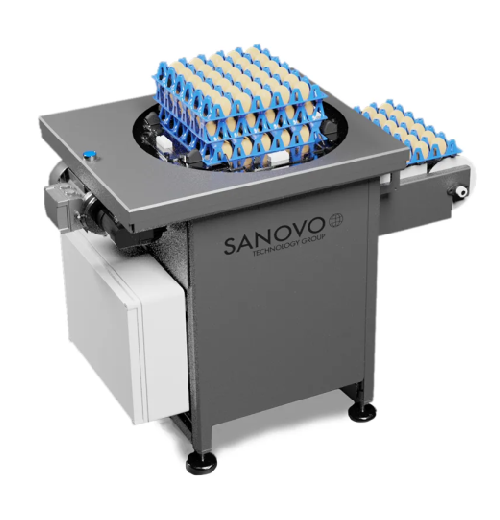
Egg tray stacking for small and medium farms
Effortlessly enhance your egg packing operations with a compact tray stacking...
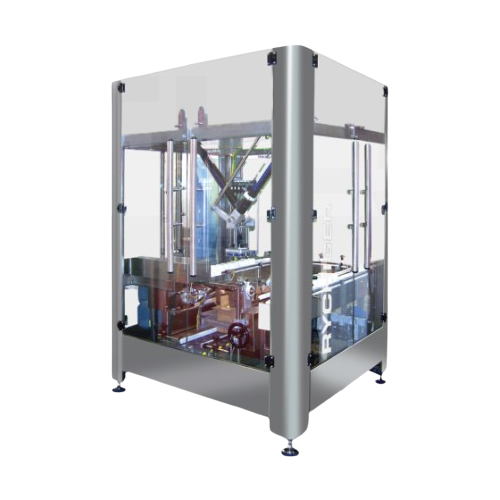
Top-loading delta robot automation solution
For high-speed operations requiring precise product handling, this top-loading...
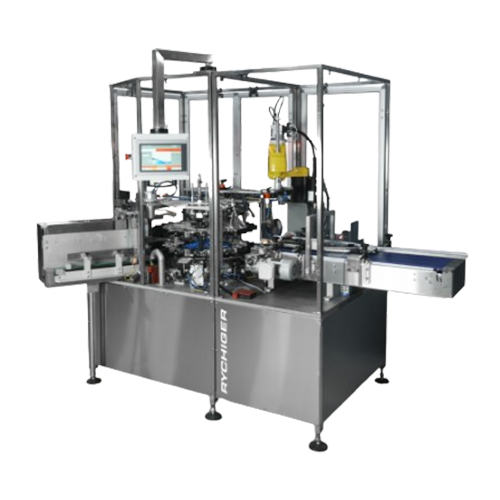
Cartoner for pharmaceutical products
Effortlessly streamline your packaging line with compact cartoning capabilities, ensur...

Coffee capsule filling and sealing line
Elevate your capsule production with a high-speed filling and sealing solution that...
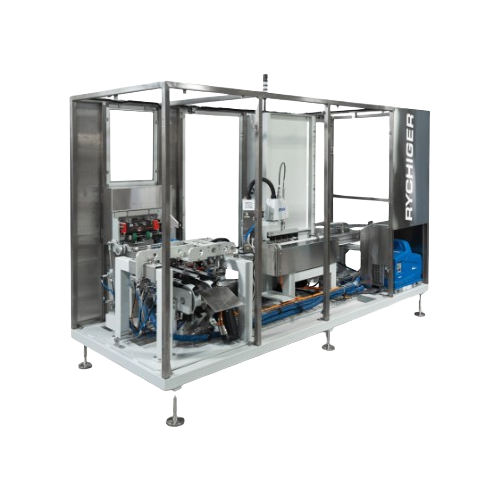
Horizontal cartoning system for coffee pods
Enhance your packaging line efficiency with a system designed for gentle handl...
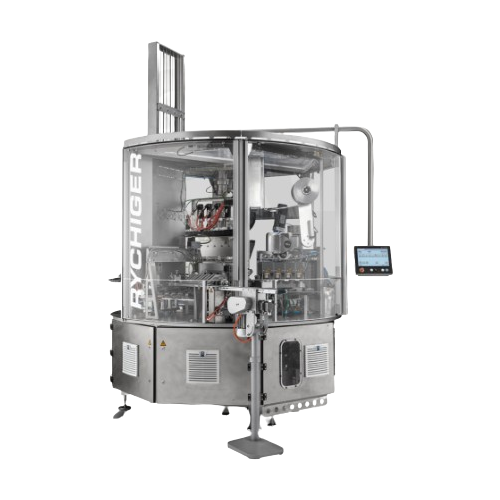
High-speed coffee capsule filling and sealing system
Streamline your capsule production with a high-speed solution that e...
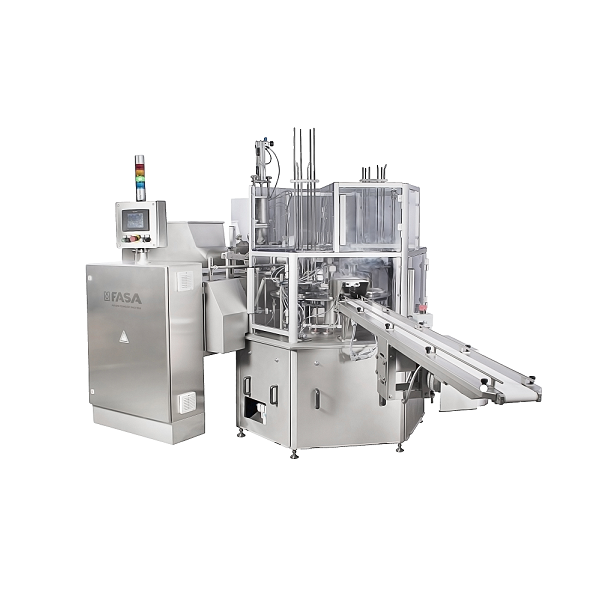
Butter Tub Filling And Sealing Machine
When packing paste-like products such as butter, spreads or margarine you need flexi...

Automatic butter wrapping machine
Do you pack your butter wraps in aluminium foil, parchment paper or ecoline solutions? An...
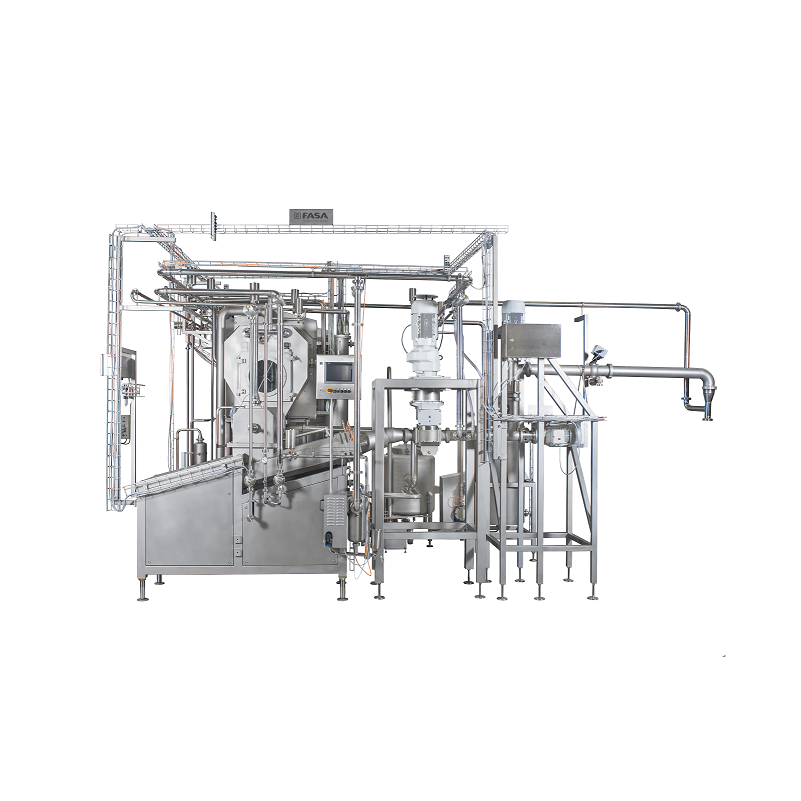
Continuous butter production line
When producing large volumes of butter in consistent quality, taste and appearance you ne...
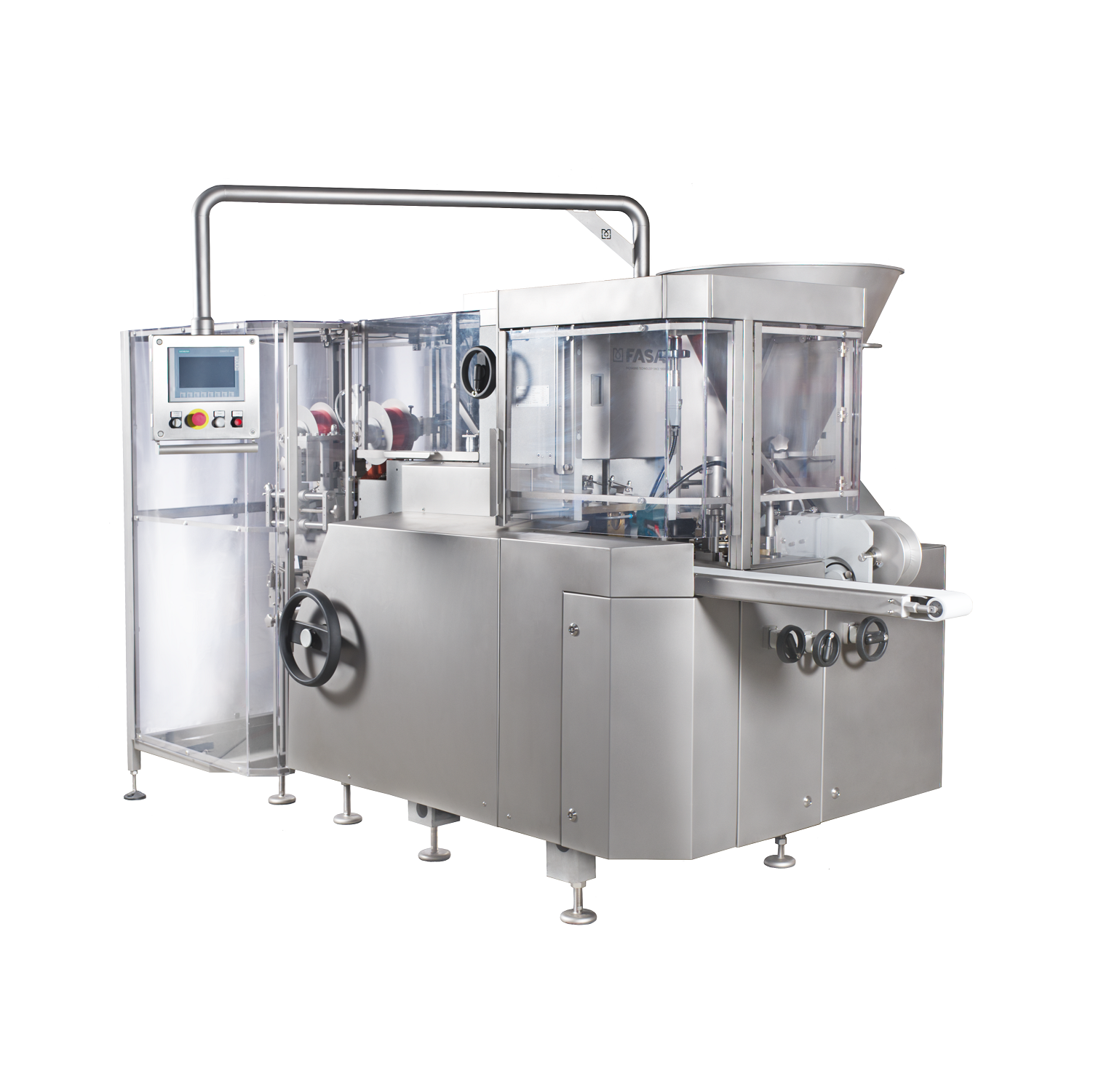
Foil wrapping machine for cream cheese
When producing cream cheese and selling them in foil wrapped bricks you need a relia...
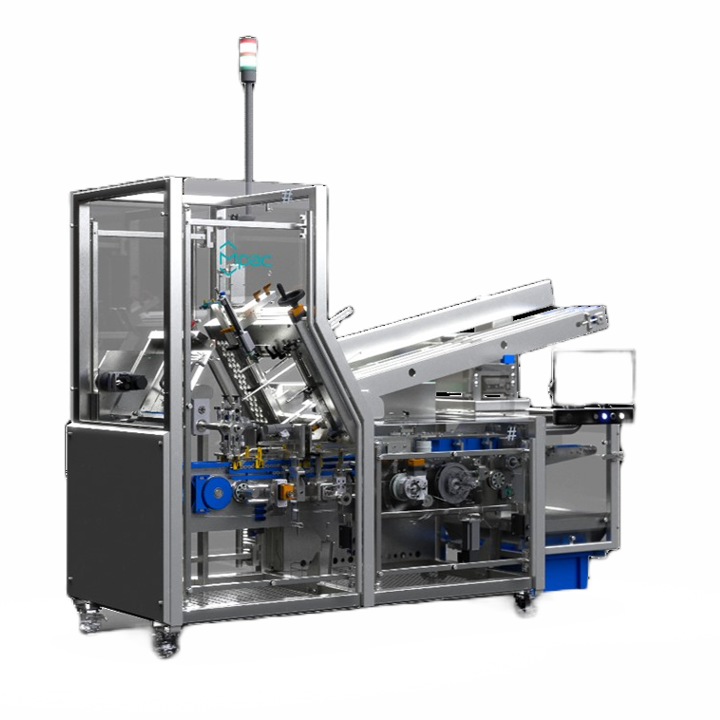
Carton Tray Forming Machine for Biscuits
Trays used as packaging for products for biscuits, cookies, chocolates and other s...
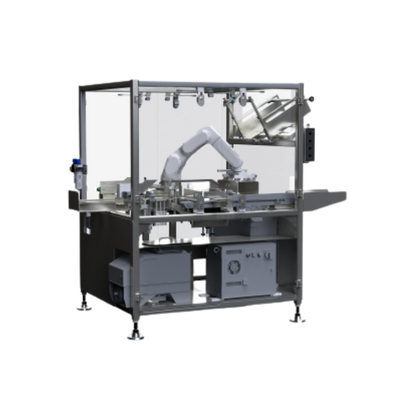
Horizontal Beverage Can Cartoner
Cans have many advantages over bottles when it comes to packing, for example, your craft be...
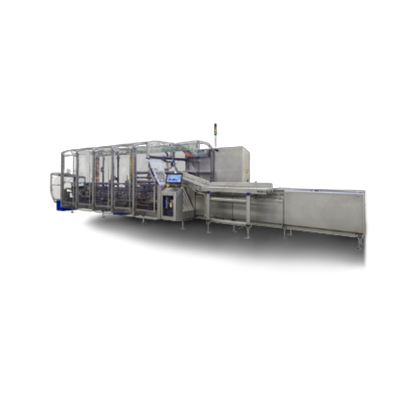
Bottle Cartoning Machine for Spirits
Cognac, brandy, whiskey and other luxurious spirits often come in uniquely branded pac...
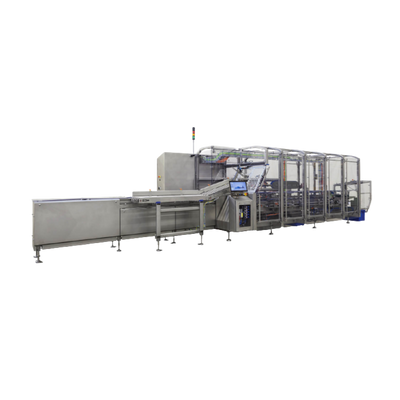
Facial Tissue Box Cartoning Machine
Tissues come in various formats, such as men’s sizes, family boxes, or travel tissue pa...
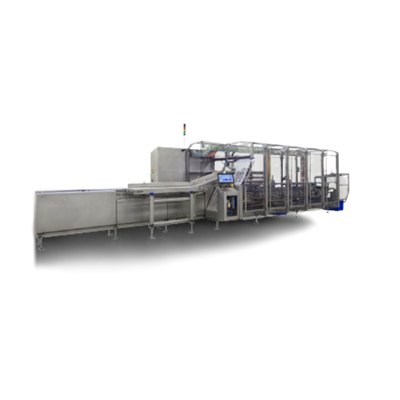
Intelligent Continuous Food Cartoner
Fully automated robotic packing solutions enable larger-scale food producers to pack a...

Washdown Cartoner For Frozen Foods
When packing frozen foods into cartons, your packaging system should be cleaned by wash-...
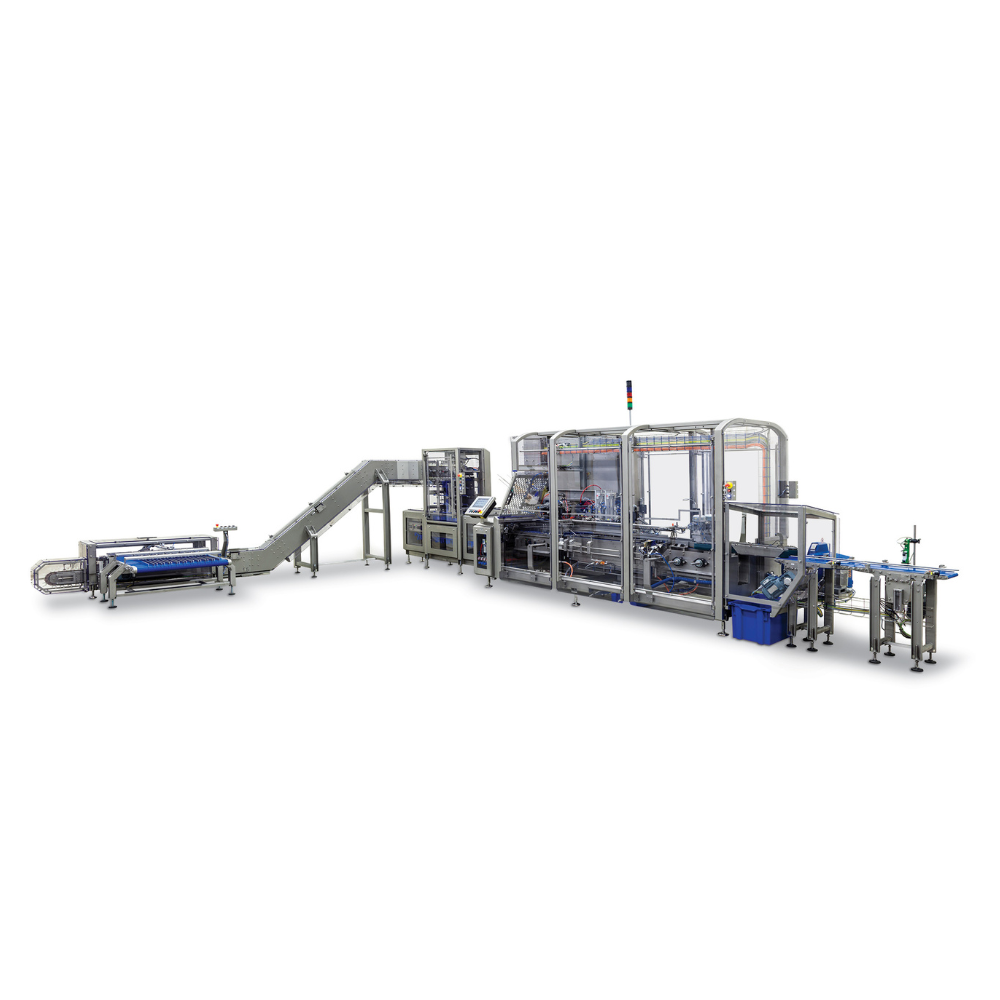
High-speed Cartoner For Single-Serve Products
Large-volume producers of single-serve packs, such as sugar sticks, instant ...
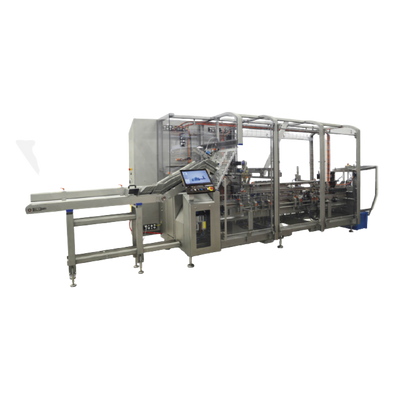
Cartoning Machine For Snacks and Sweets
When producing different snacks and sweets, each product will match a different car...
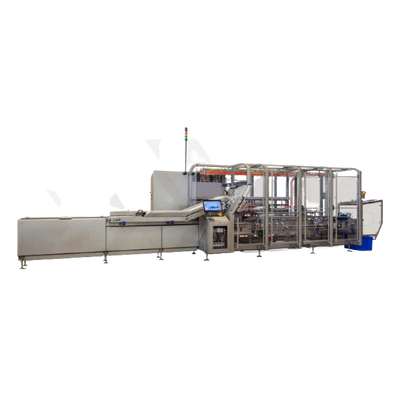
Hygienic Cartoning Machine For Pharma and Health Products
When packing single or multiple vials, ampoules or devices int...
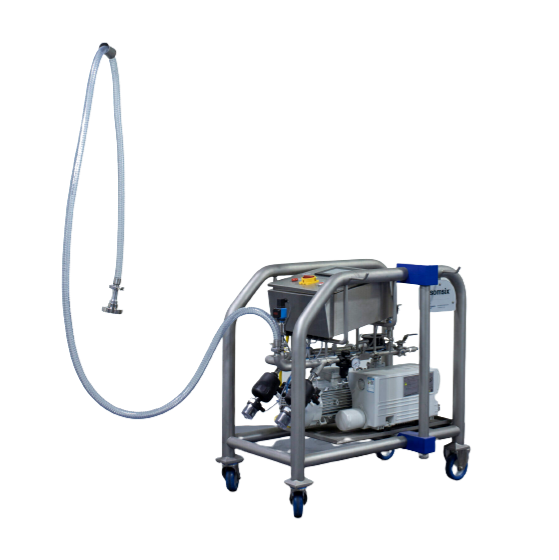
Vacuum and Gas Injection System for FIBCs
Products packed in large bulk bags, such as FIBCs, require vacuum pressure and a...
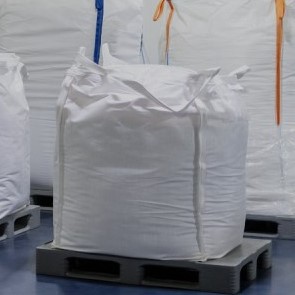
Modified Atmosphere Big Bags
Manufacturers requiring big bag packaging have specific sizes, shapes, and material requirement...
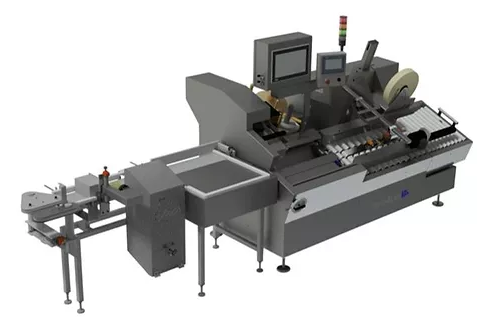
Serialization equipment for cases
Serialization is a multi-stage process that includes printing, inspection, and labeling. ...
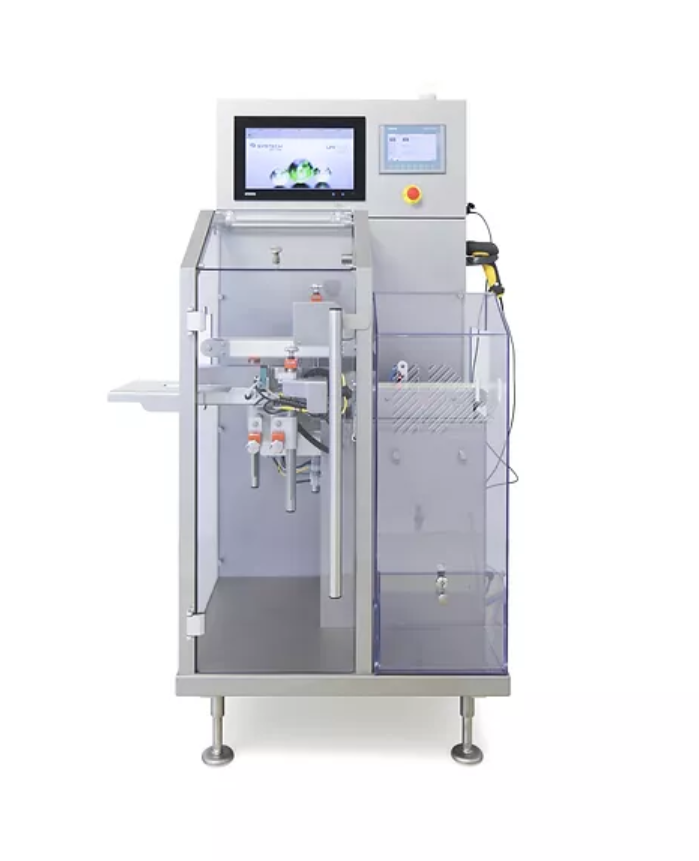
Individual item serialization equipment
Traceability is critical to quality assurance in the pharmaceutical sector. But ser...
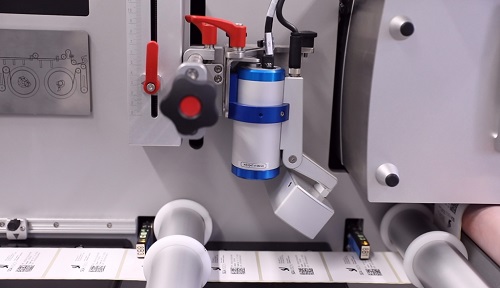
Serialized labels inspection and printing station
Labels are a key component in pharmaceutical packaging lines as they in...
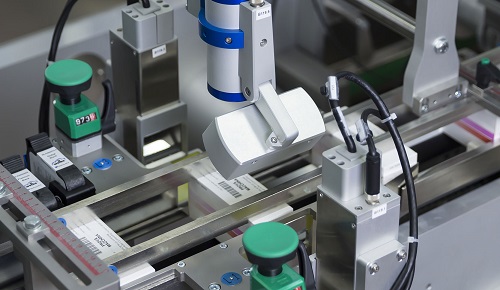
Serialization tracking system
To accommodate different products of varied sizes, the pharmaceutical industry requires handli...
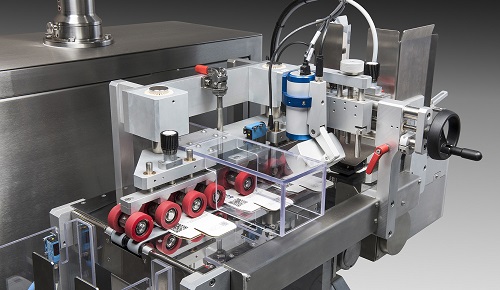
Flat carton serialization station
The packaging lines in the pharmaceutical industry handle several flat cartons. Manual pa...
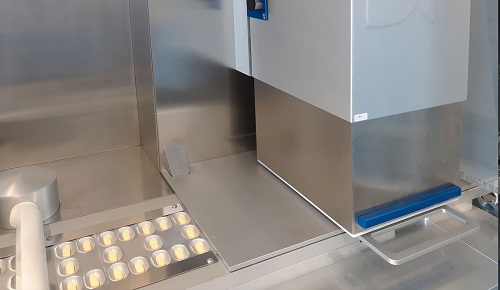
Blister inspection system
The pharma and healthcare industries widely use blister thermoforming machines to package a variet...
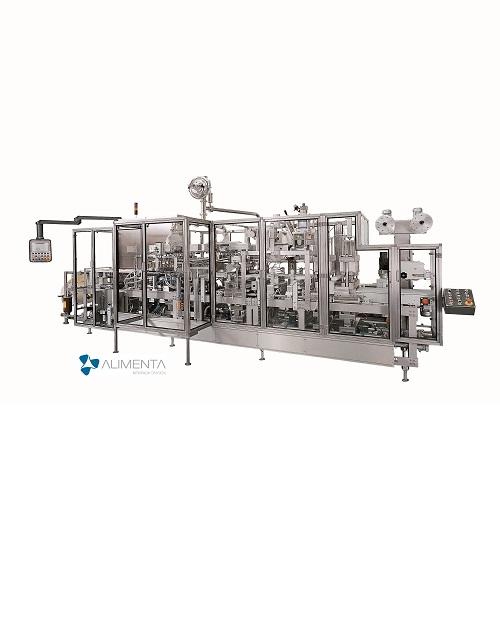
High-speed FFS machine for water cups
Packing water in cup containers, asks for good hygiene in order to avoid contaminatio...

Continuous bagger with twin sealing jaws
If you want to pack into gusseted and pillow style bags and packing speed is impor...

Tray sealer for food production
Companies in food industry know how essential packaging is in keeping food fresh and ensurin...
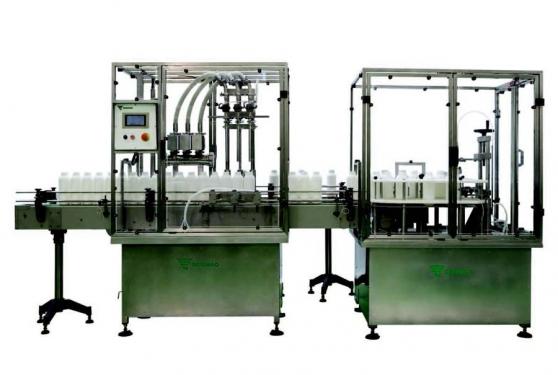
Linear automatic bottling machine for liquids
Autonomous filling systems are a very widely utilized solution for the consi...
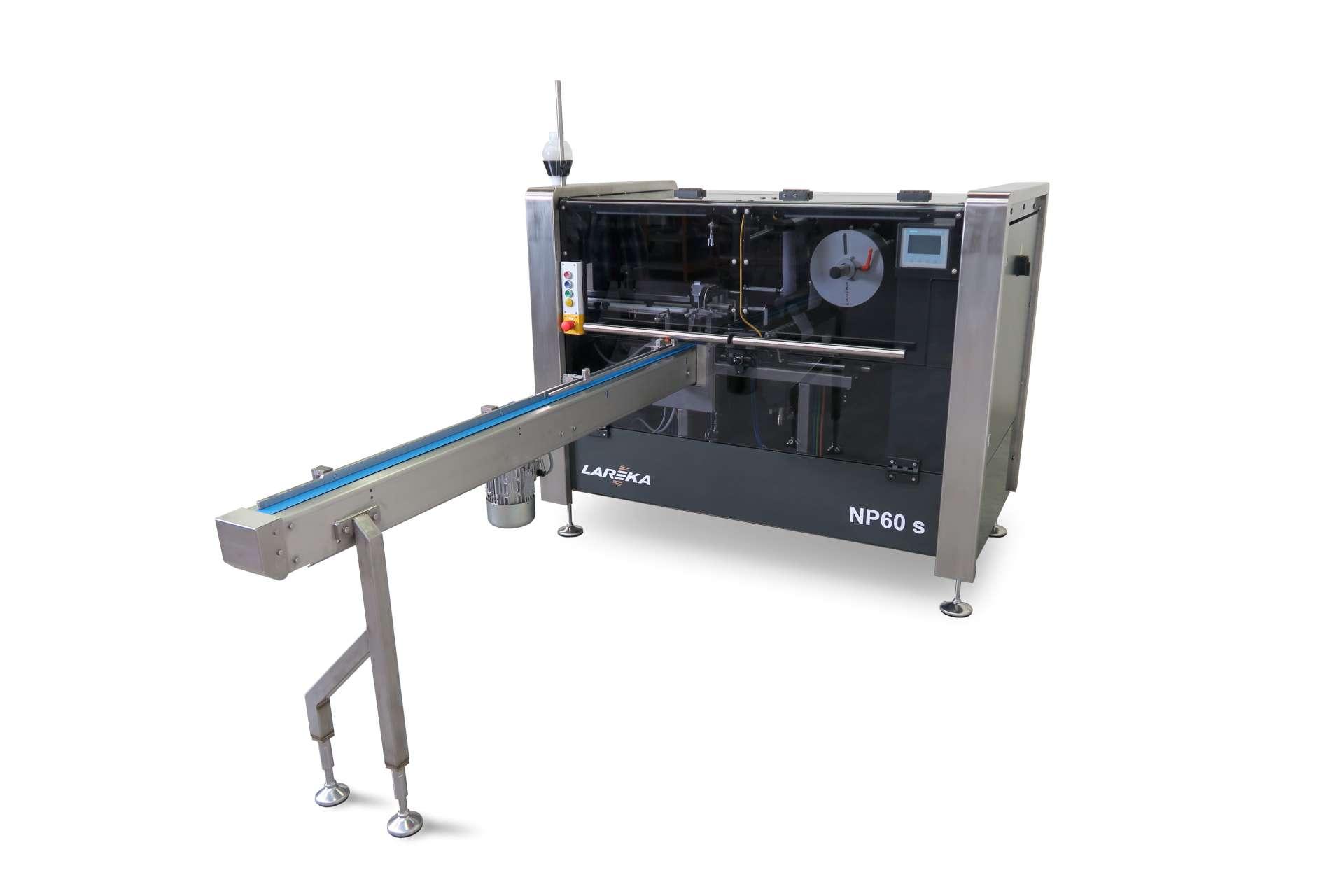
Small chocolate tablet wrapping machine
Are you looking for a small-scale wrapping machine that can pack small Neapolitan c...
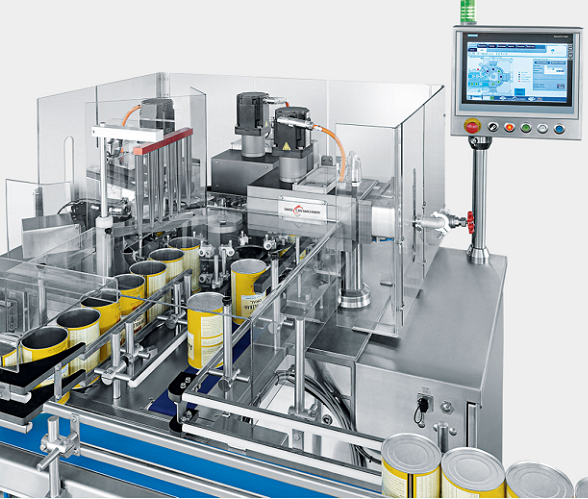
Seaming machine for infant formula cans
Packaging of food products, but especially those for babies, like infant formula, i...
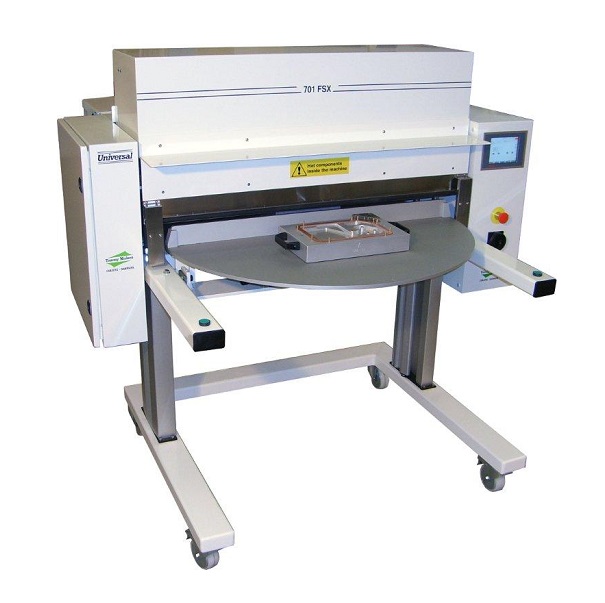
Semi-automatic forming and sealing blister machine
As a manufacturer of medical device, the packaging is a critical facto...
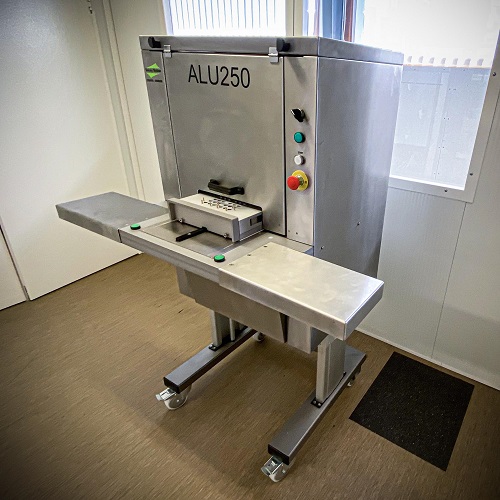
Cold forming aluminum blister machine for capsules
Aluminum blisters are mainly used for packaging products that are sens...
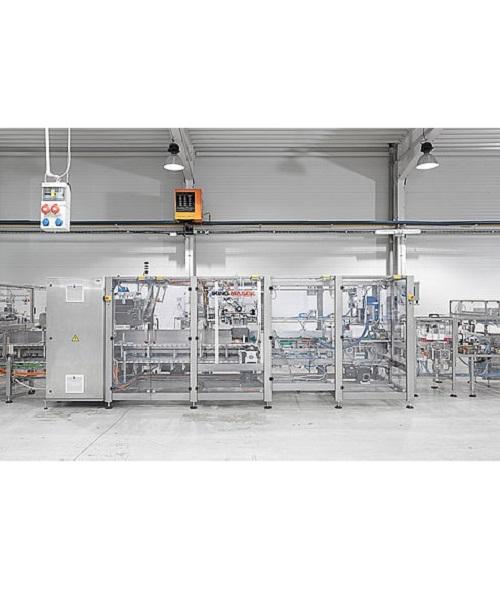
Endload cartoning machine
As demand for food production increases, so does that of packaging and sealing the product and mak...
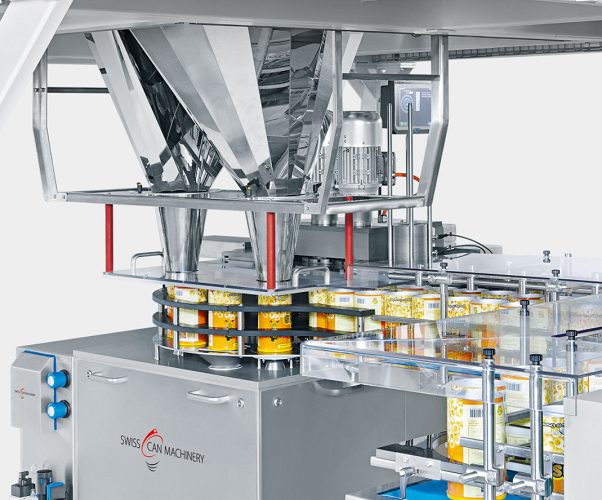
Filling and weight checking machine for food cans
Making sure the right quantity of product is in the packaging can be a ...
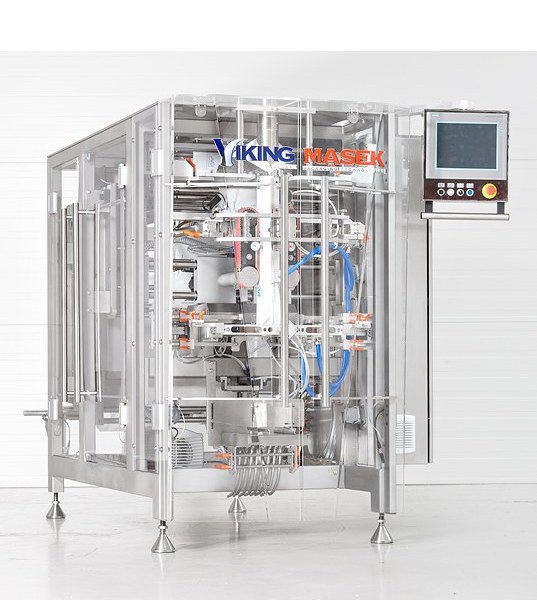
Bagger with mechanical driven jaw actuation
If you want to pack into unique bag styles like Quad-seal and Doypack, but you...
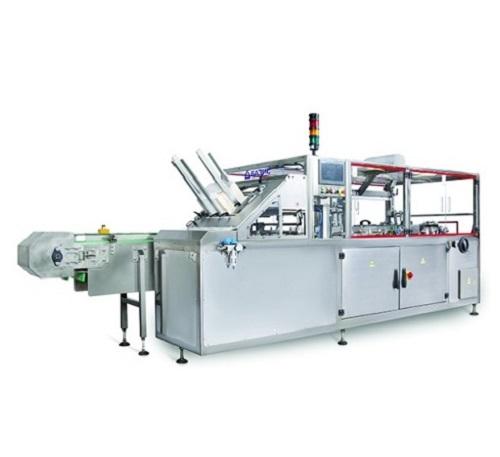
Horizontal cartoner for food products
Depending on the primary product packages, food products like confectionery (biscuits...
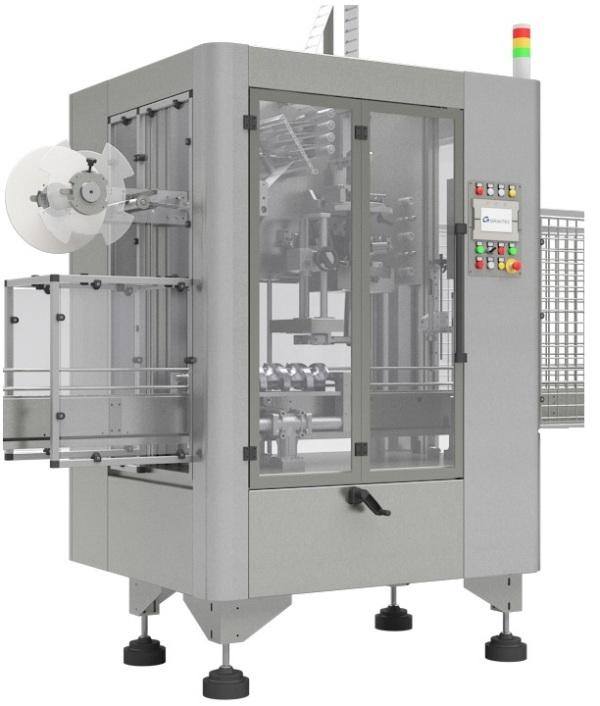
Shrink sleeve labeling machine
Shrink sleeves are new type of full-colour labels that give the opportunity to create a 360-d...
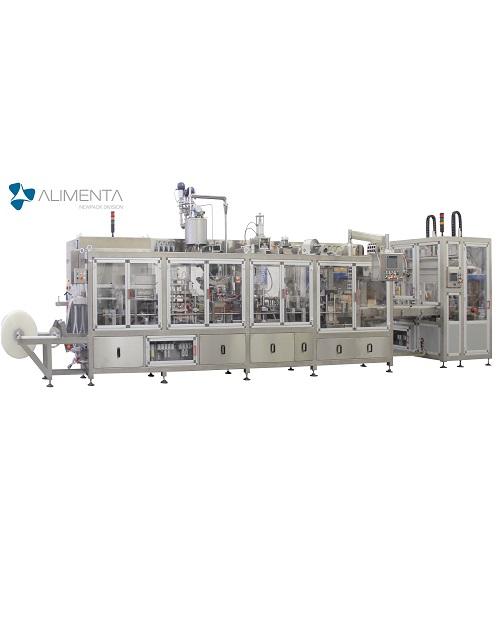
High-clean FFS machine for butter in mini portions
With the production of dairy products such as butter in mini portions ...
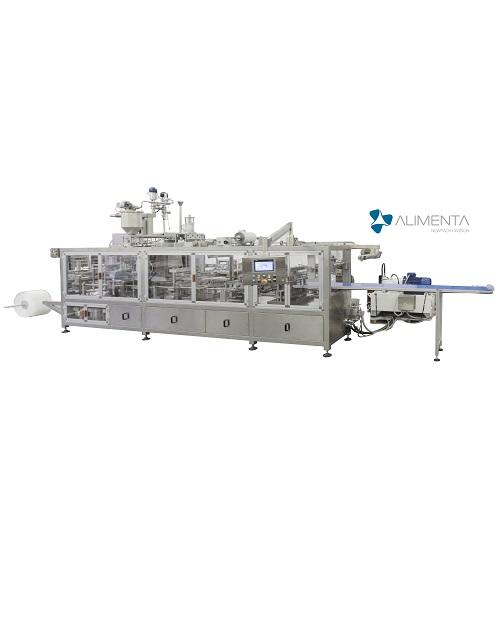
Ultra-clean FFS machine for yoghurt in cups
Dairy products like yoghurt are very susceptible to spoilage. Yeasts and mould...
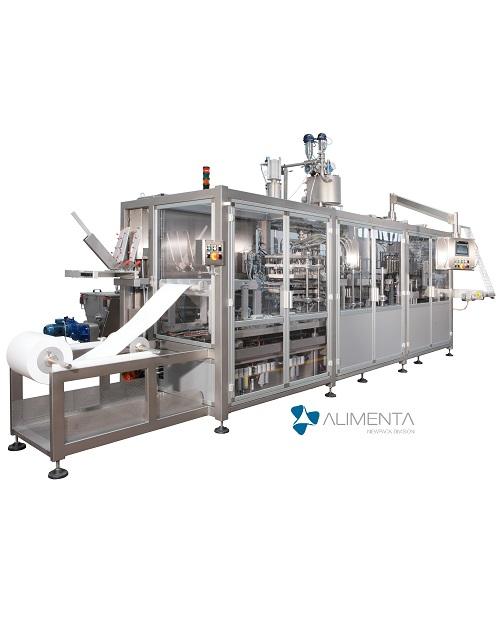
Standard FFS machine for spreads and sauces in mini portions
In the food industry, from a microbiological point of view,...
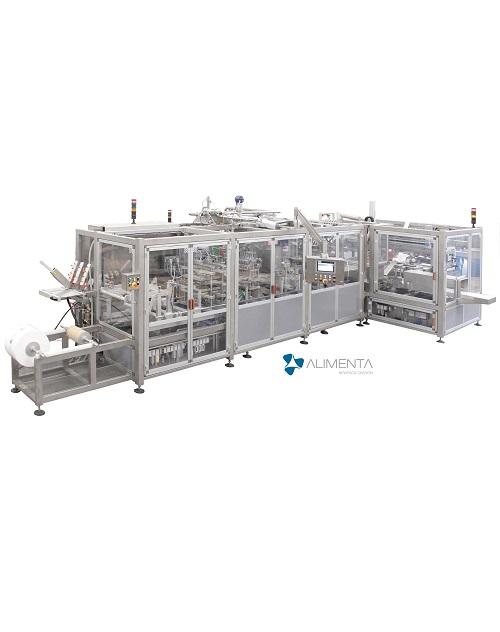
Aseptic FFS machine for UHT products
UHT products (ultra high temperature processing) such as sterilized milk, are products...

Tray former for various tray formats including trays with corner constructions
If you are looking to increase your sup...
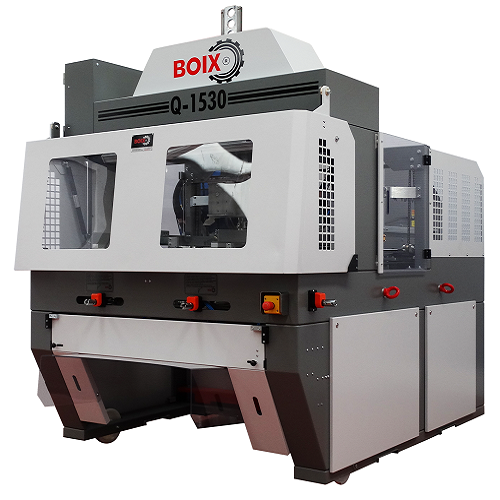
Tray former for trays without corner construction
If you require more than 500,000 trays per year or are a cardboard supp...
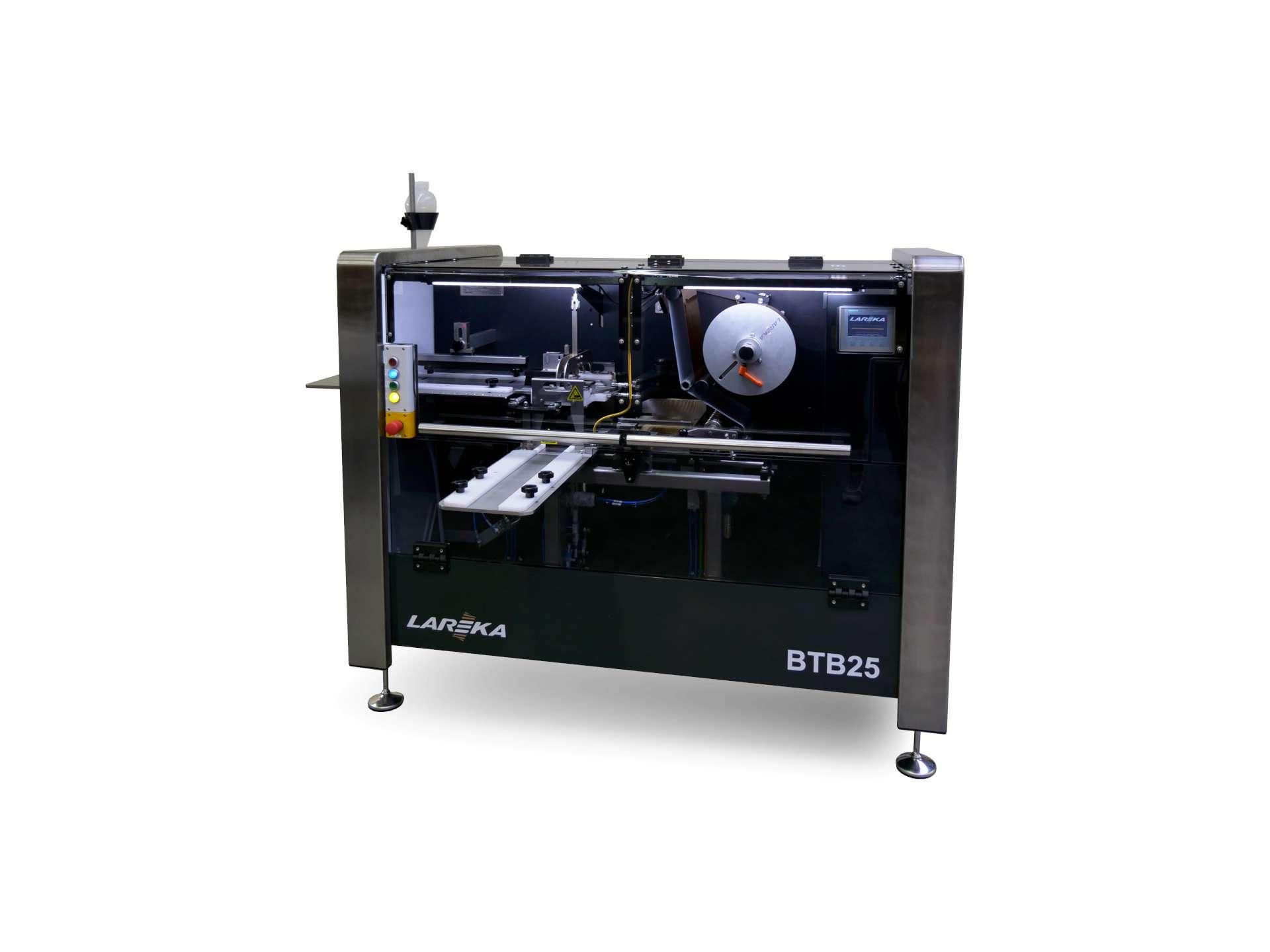
Flexible chocolate tablet wrapping machine
In the overcrowded and competitive confectionery industry, attractive chocolate...
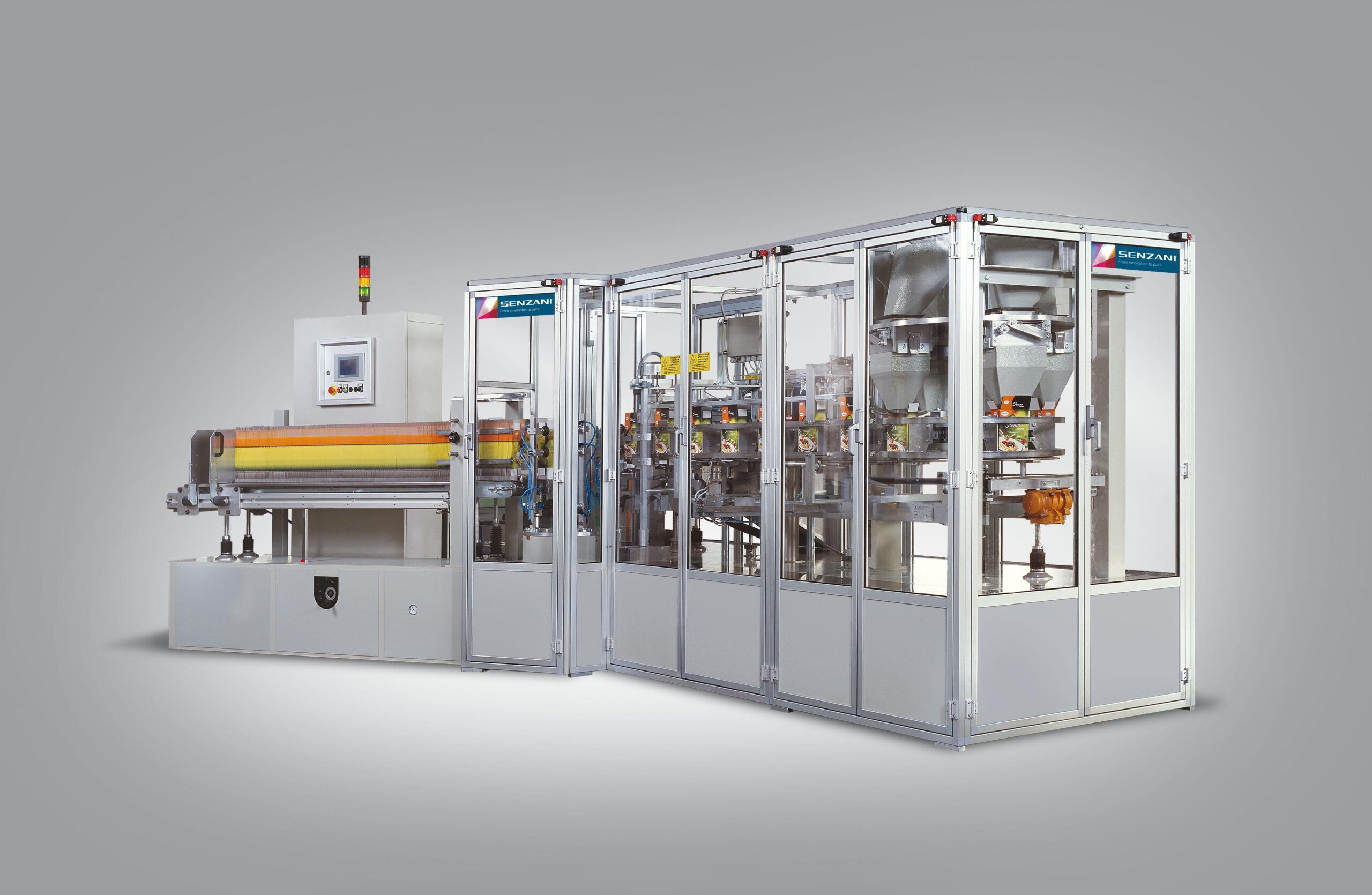
Entry-level vertical cartoner for frozen food
When it comes to frozen food, selecting quality packaging is fundamental for...
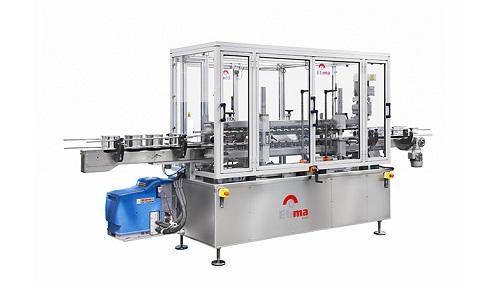
Linear machine for wraparound label
Wraparound labels allow you to offer detailed information using a small space or fit ex...
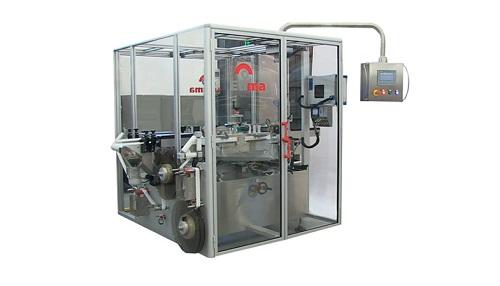
Tamper-evident labeling machine for cartons
As a security feature, all pharmaceutical packaging of medicines is required t...
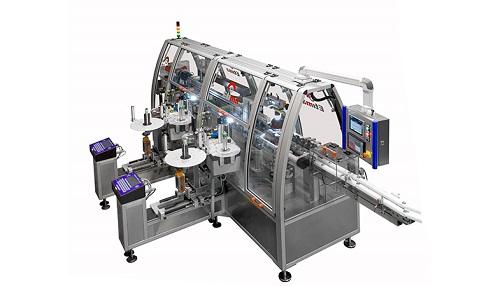
Labeling machine for BFS containers
The pharmaceutical sector is unquestionably one of the major industries that rely on th...
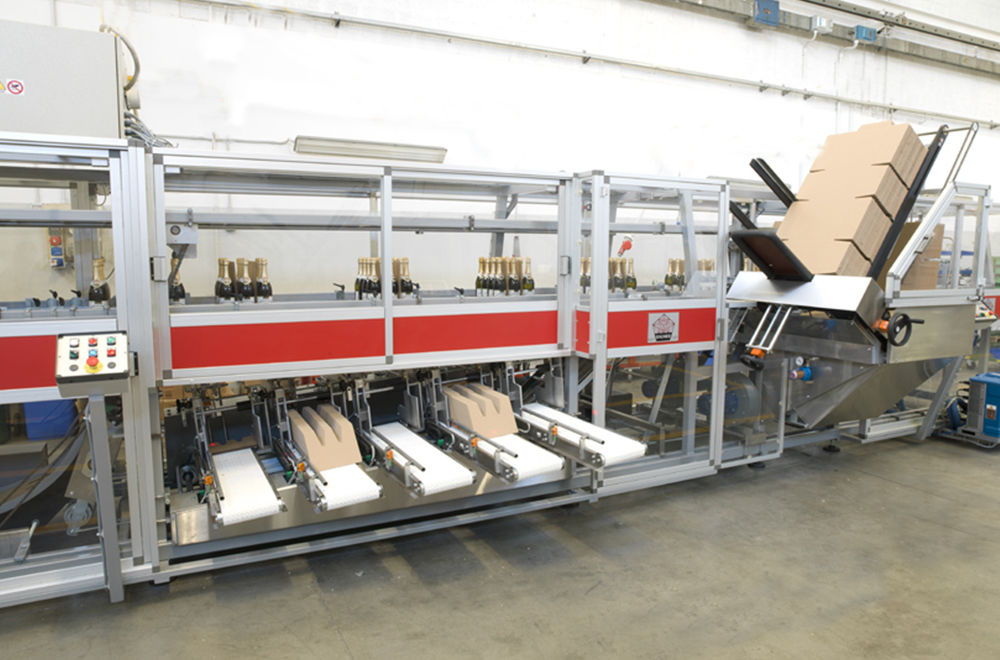
Cartoner with partitions for wine
Products filled in glass containers like wine, usually require carton packaging with pref...

Semiautomatic blister sealing machines for medical devices
Mostly used in the pharmaceutical and medical industries, bli...
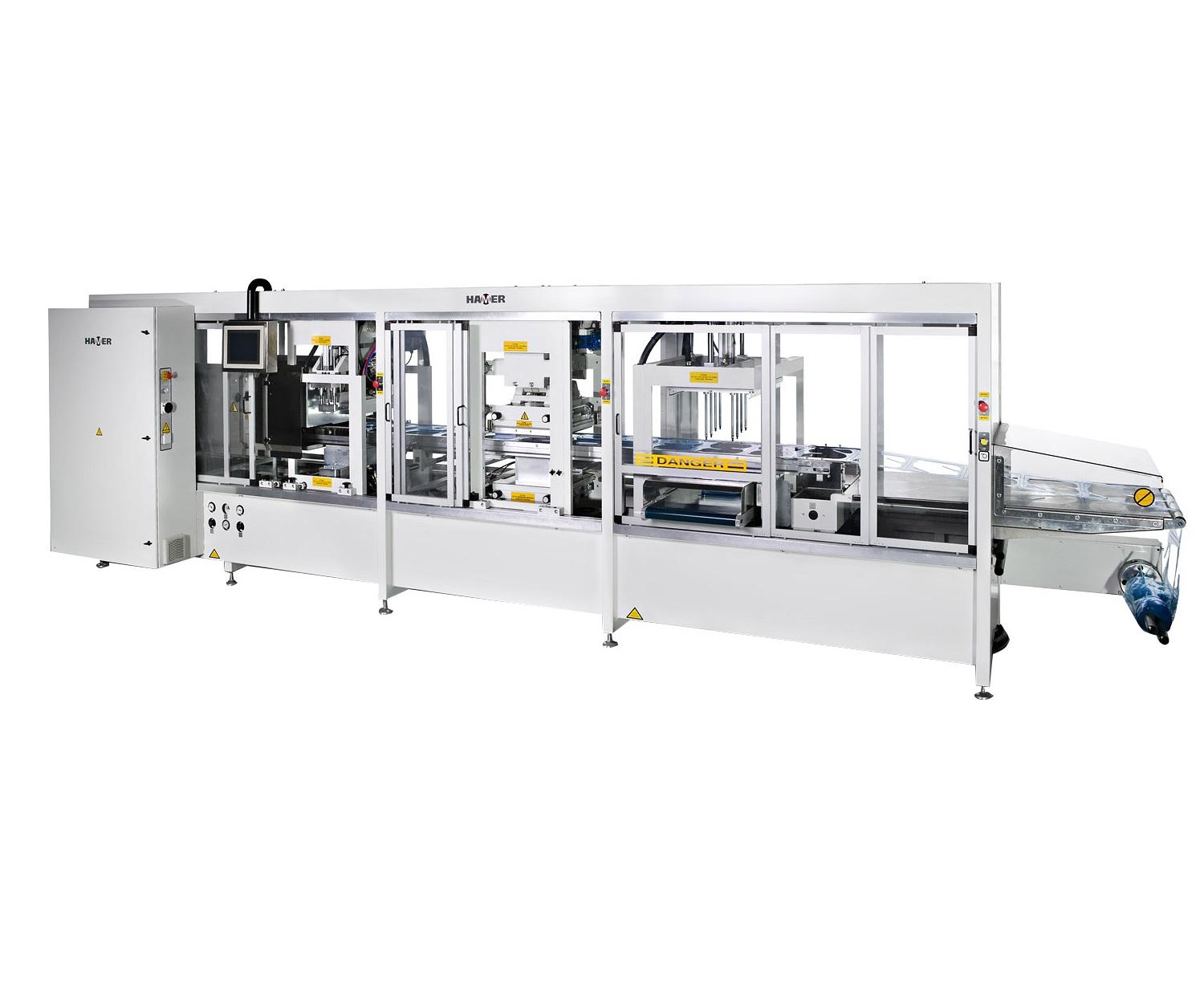
Thermoforming vacuum and pressure machine for tray production
Thermoforming is the process of converting a plain plastic...
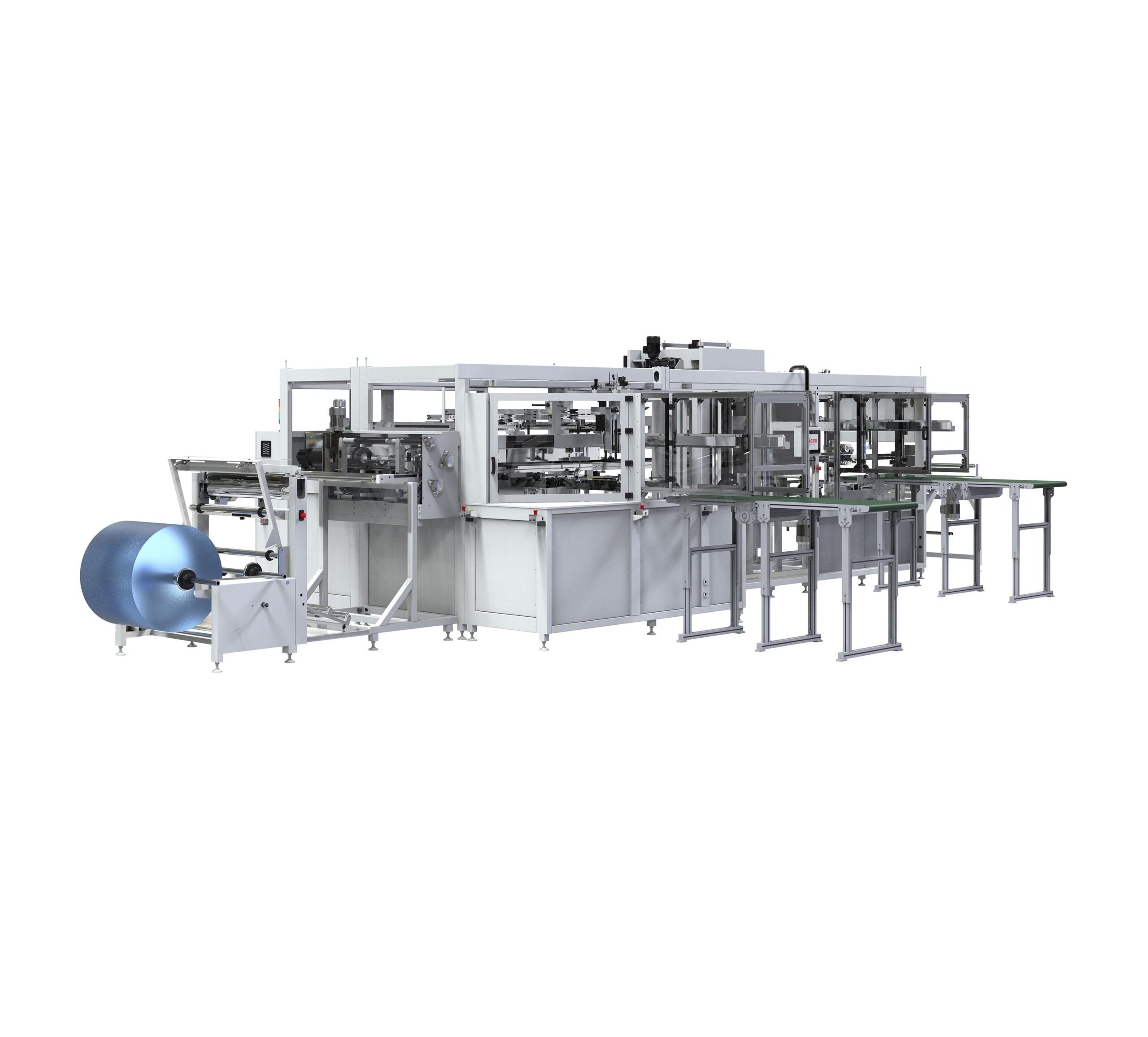
Automatic laminating machine for pulp-based trays
The increasing environmental concerns have made it essential for manufa...

Automatic blister sealing machine for retail products
Blister packages for retail are usually designed with a paperboard ...
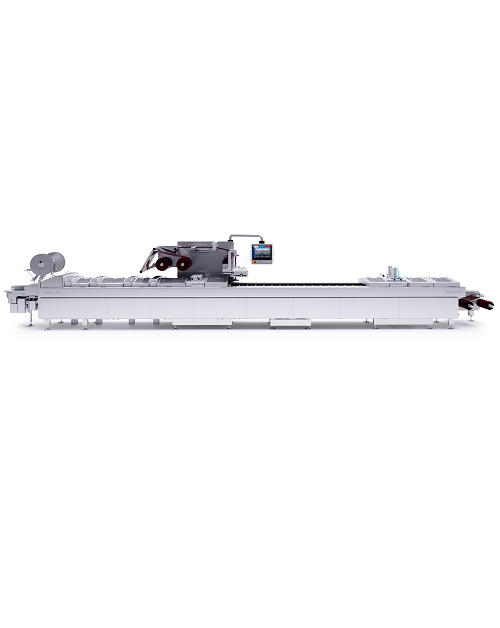
Industrial thermoformer for food production
The primary purpose and aim of food packaging are to protect all food products...
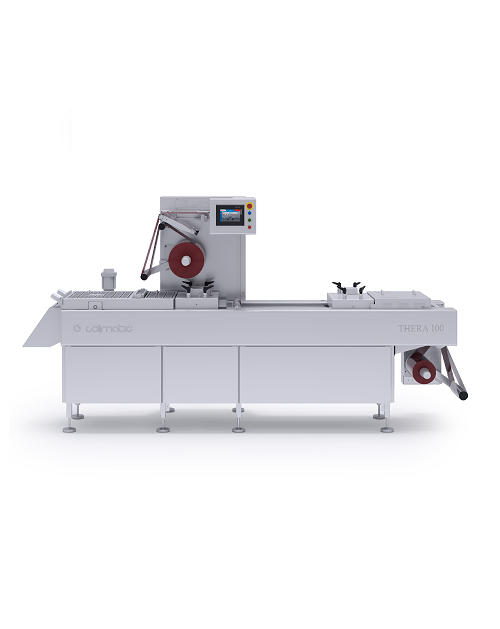
Form fill seal thermoforming machine
As the name suggests, a Form Fill Seal machine is one that forms, fills, and seals a p...
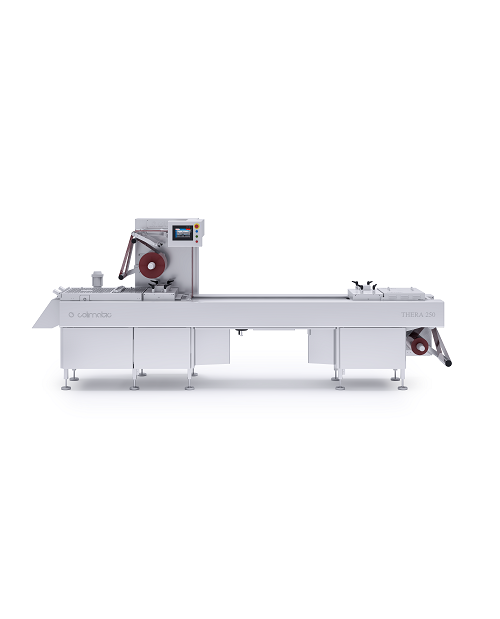
Form fill seal thermoforming machine for medical devices
Form Fill Seal thermoforming machines are those that produce pac...
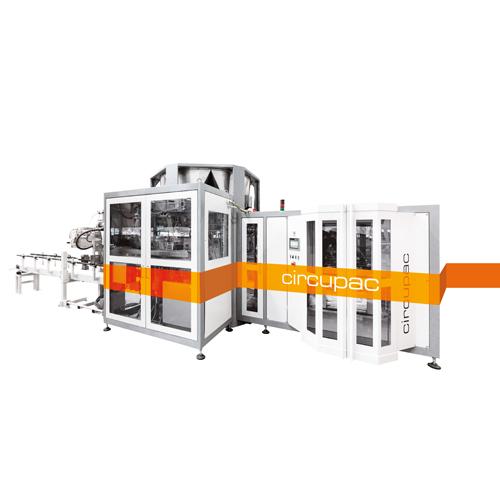
Open mouth bag filling machine for powders
The packaging of powdery products such as flour can be challenging as it is cru...
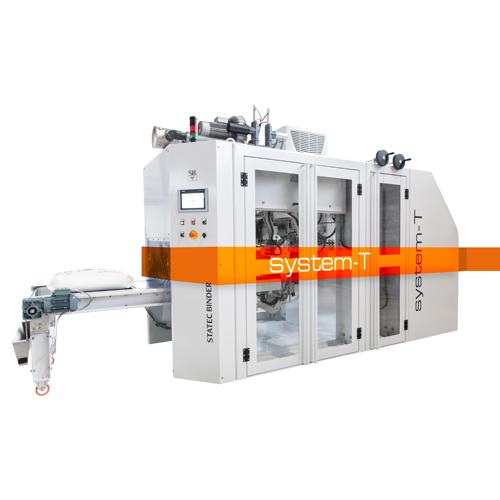
Form fill seal bagging machine
If you are in industries such as petrochemicals, fertilizers, animal feed, food, etc, you mus...
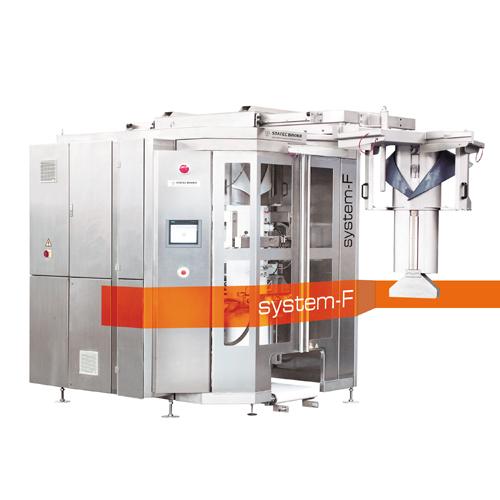
Vertical form fill seal machine
There is an increasing demand for a range of different package sizes of the same product. If...
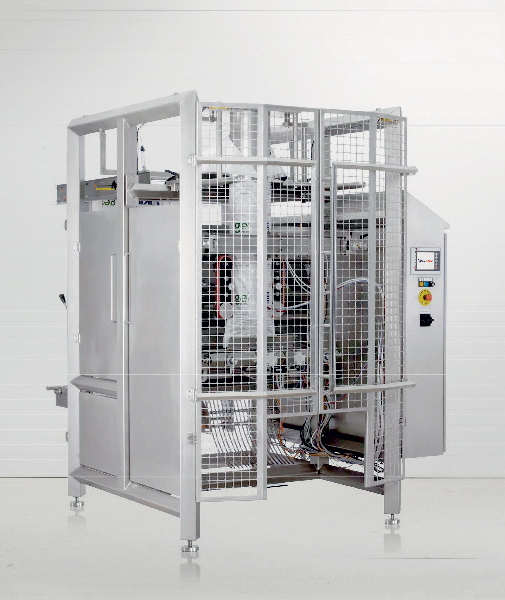
Hygienic vertical bagging machine
Hygienic bagging with a compact packing machine that can withstand the harshest wash down...
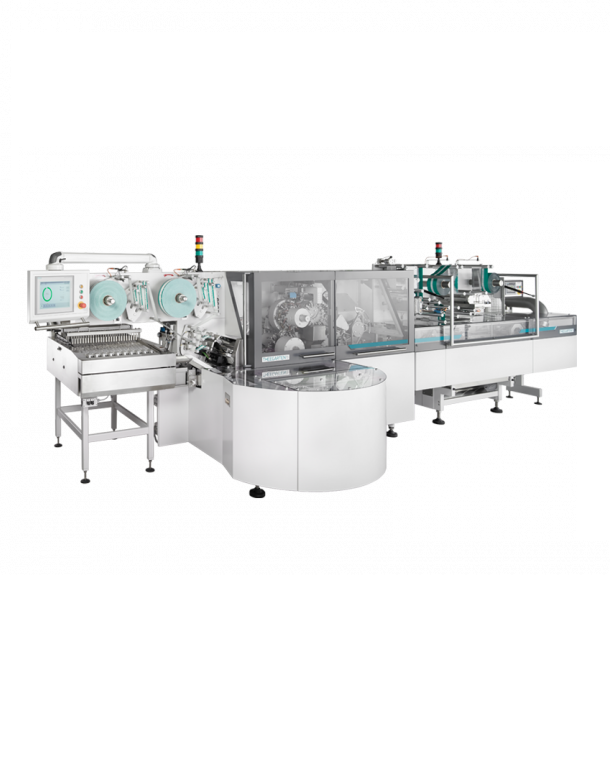
High-speed fold wrapping machine for hard candy
Bottom fold wrapping is an attractive solution for hard candies, toffees, ...
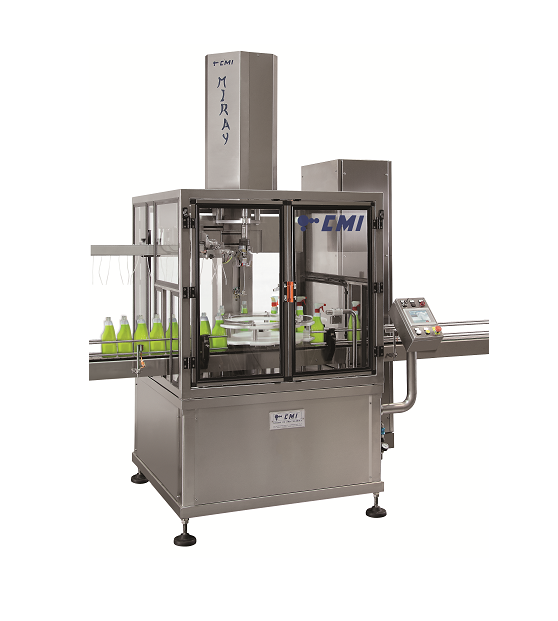
Automatic bottle capping machine
Traditional bottle capping systems are inflexible, limiting the scope of your packaging and...
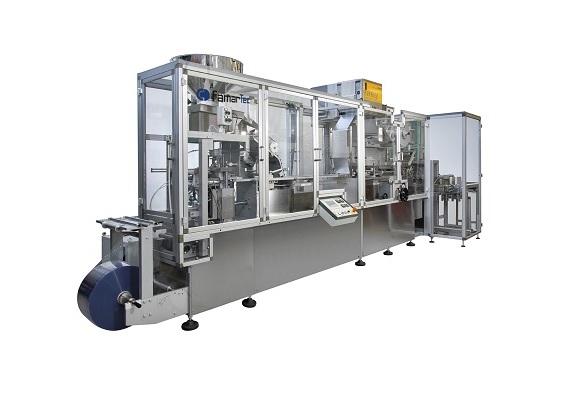
Plate sealing blister machine
Blister packaging is the preferred choice for most large-scale pharmaceutical lines, and a pla...

Horizontal cartoner for pharmaceutical applications
Automatic cartoning for cosmetic or pharmaceutical products is a requ...
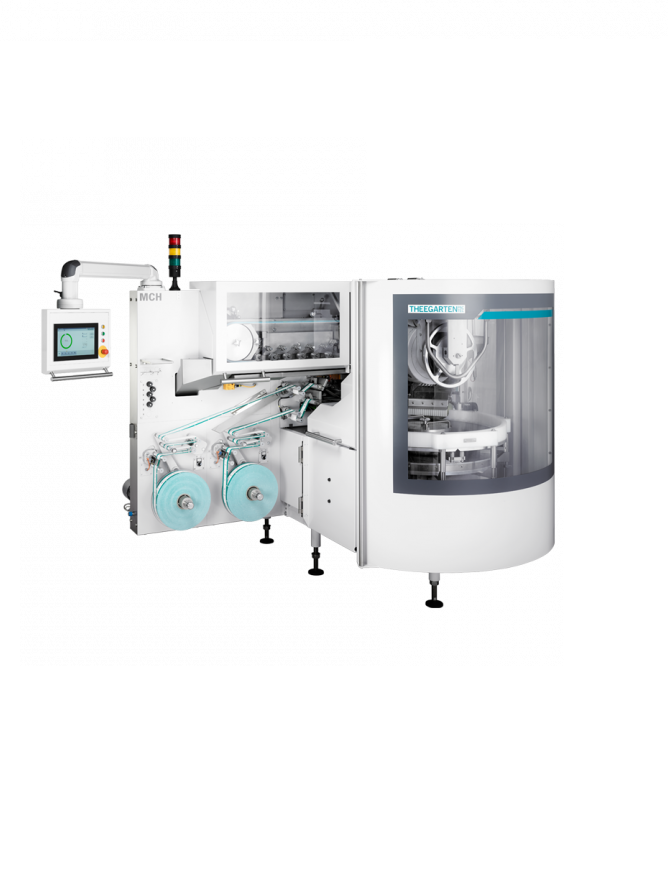
Medium-speed flexible double twist wrapping machine for jelly
A traditional double-twist wrap is a popular method for pa...
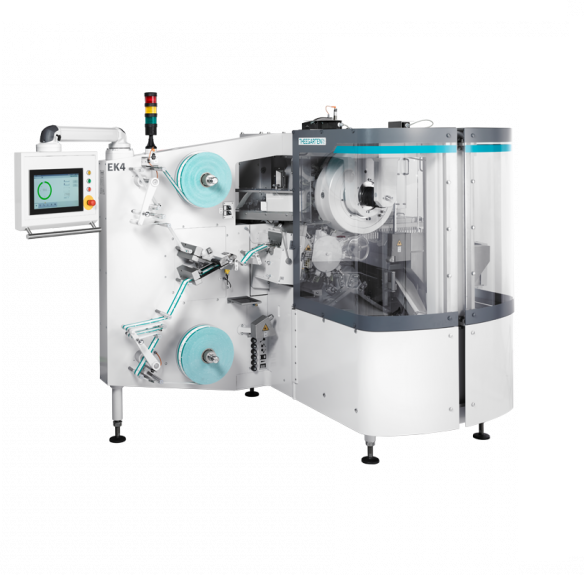
High-speed double twist wrapping machine for hard candy
Double-twist wrapping is the preferred packaging method for many ...
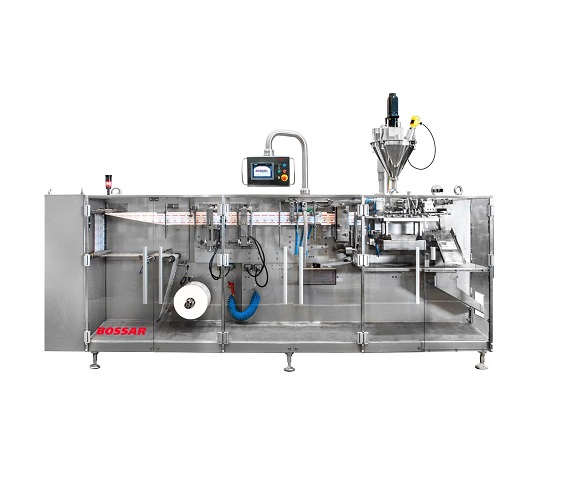
Entry level HFFS Machine for flat sachets
Traditional horizontal form fill and seal sachet machines for lower volume lines...

Modular HFFS Machine
A large range of sizes and types is available, with traditional horizontal form fill and seal machines b...

HFFS Machine for Large or Heavy Pouches
Traditional pouch-forming machines can struggle to maintain the position of the pac...
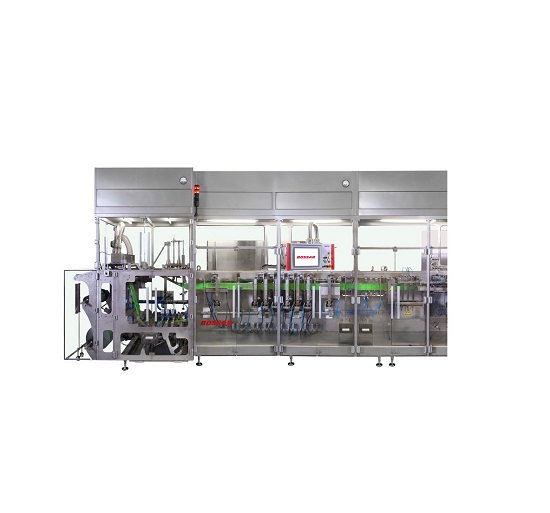
HFFS machine with servo-control system
Traditional HFFS machines use mechanical cams to drive the production path through t...
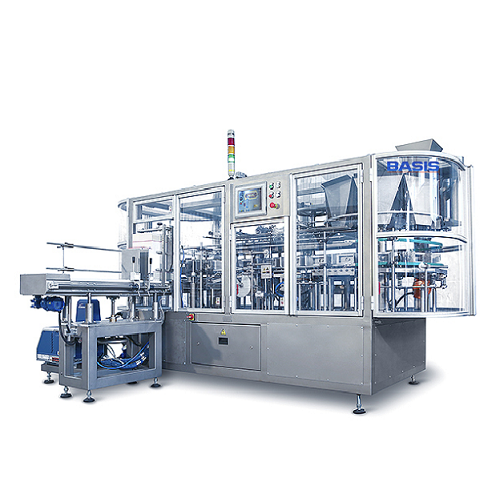
Continuous vertical cartoner
When producing cereals, it is paramount to stay on top of market trends. New packaging forms ca...
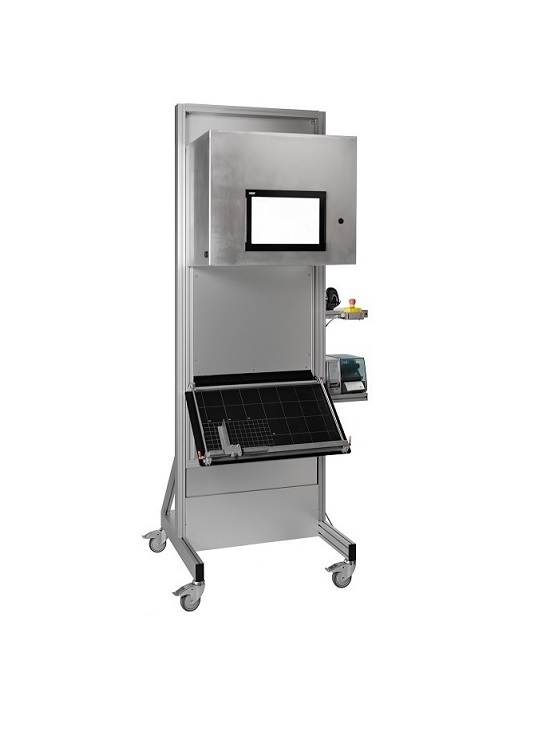
Stand-alone aggregation station
The aggregation of pharmaceutical products for tracking purposes is already compulsory in ma...
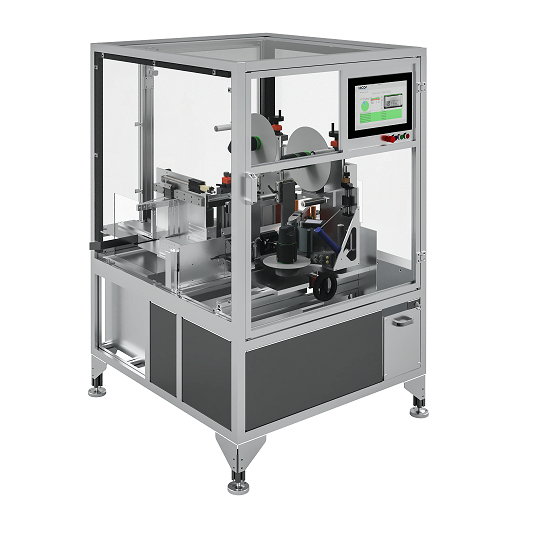
Serialization coding and labeling equipment
In the pharmaceutical industry, product serialization is the cornerstone of al...
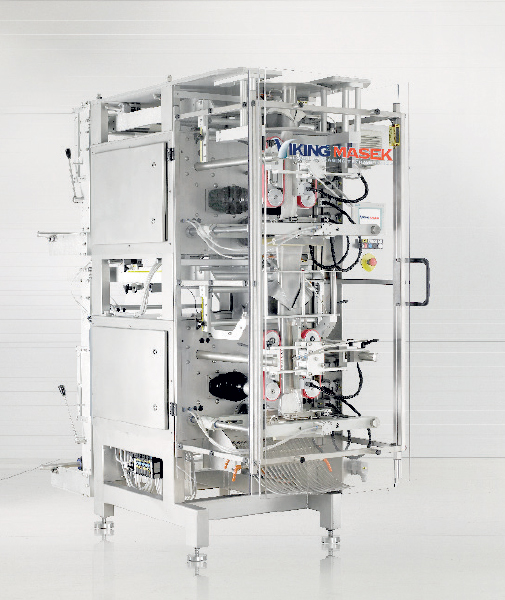
Bag-in-Bag machine
If you are looking for a compact packing machine that packs multiple smaller packs in one master bag; this...
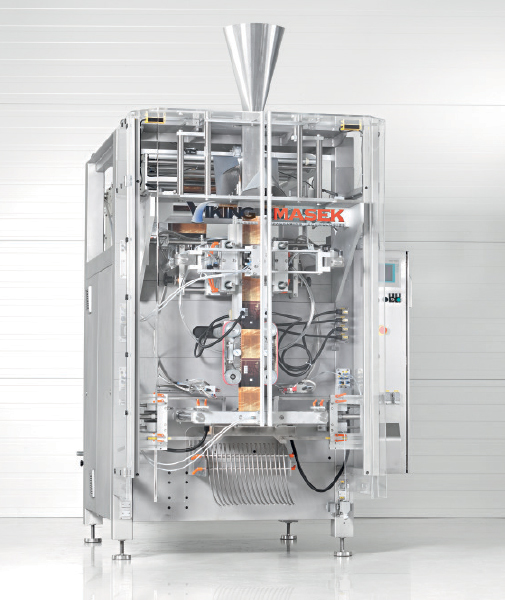
Bagger with servo driven jaw actuation
If you want to accommodate multiple bag designs and dimensions with fast speed and a...
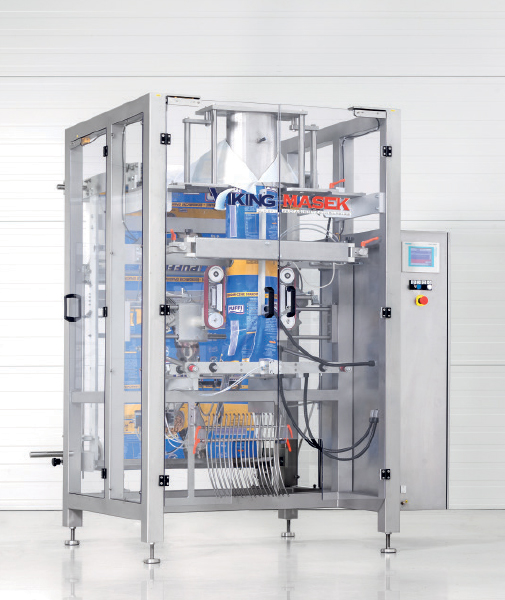
Bagger with rotary jaw drive actuation
If you are looking for a compact packing machine that fits into tight space and tigh...
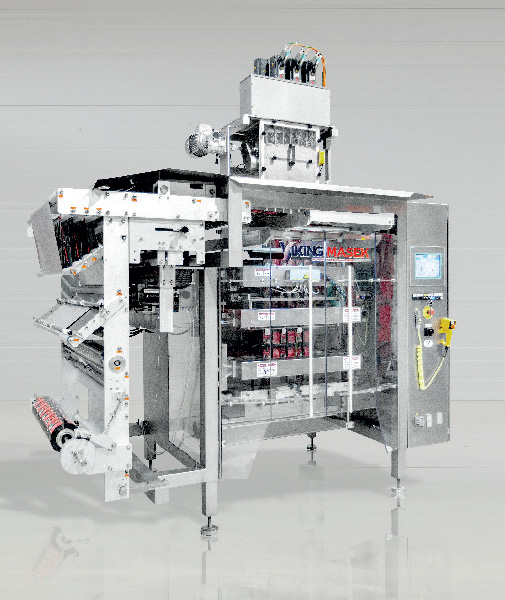
Sachet Machine
If you want to pack into eye-catching 4-side sealed sachets between 40×50 mm and 250×200 mm in size, ...
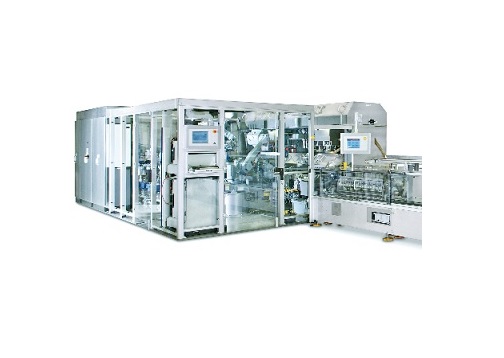
High speed automatic tube filler
For high-volume lines filling pharmaceutical, cosmetic or food products into tube container...
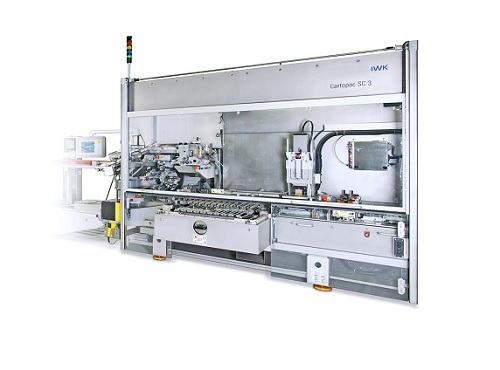
High-capacity horizontal cartoner for pharma and cosmetics appliances
Cartoners take carton blanks which are formed and...
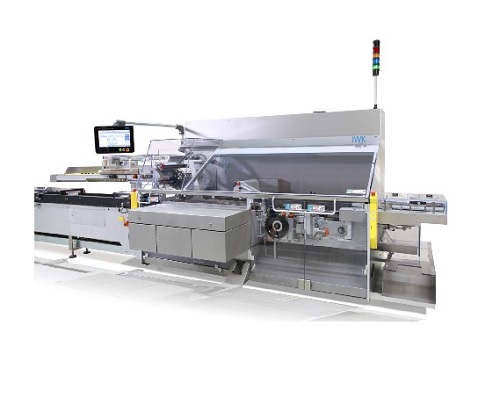
Automatic cartoner for applications in pharma and cosmetics
For high capacity production of cosmetics and pharmaceutical...
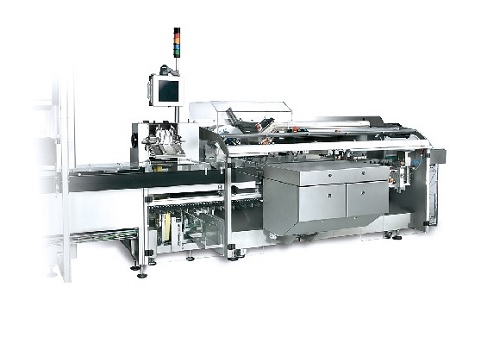
Pharmaceutical and cosmetic industry products cartoner
A large number of cosmetic and pharmaceutical products are packed ...
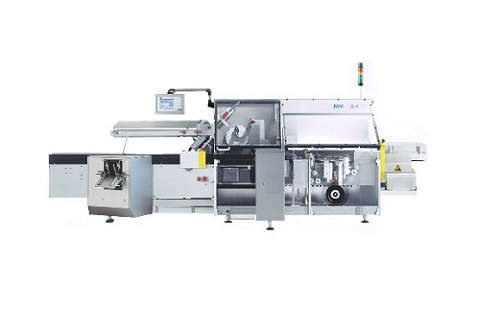
Horizontal cartoner for pharma and cosmetics
Most pharmaceutical and cosmetics products are packed in cardboard cartons fo...
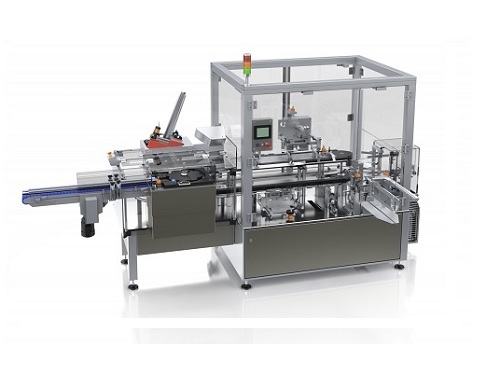
High capacity cartoner for pharmaceutical applications
Many pharmaceutical products are packed in protective and decorati...
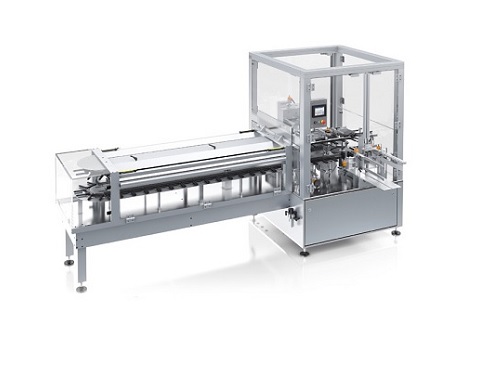
Vertical cartoner for pharmaceutical applications
Many pharmaceutical and cosmetic products are sold in protective and de...
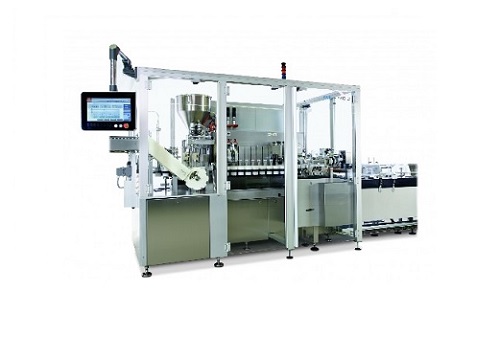
Medium speed tube filler and sealer
For scale-up filling of tube packaging for pharmaceuticals, cosmetics and food products...
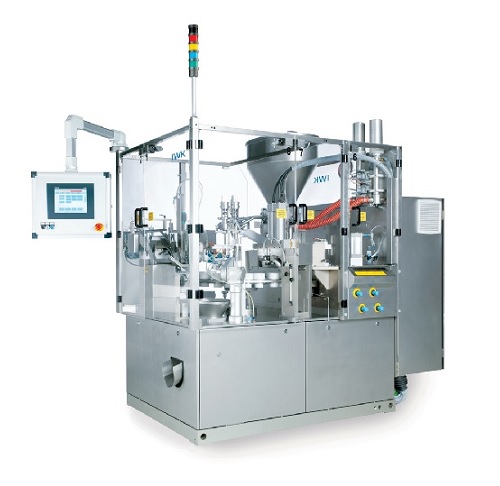
Medium and high speed range automatic tube filler
When scaling up production of pharmaceutical, food or cosmetic products...
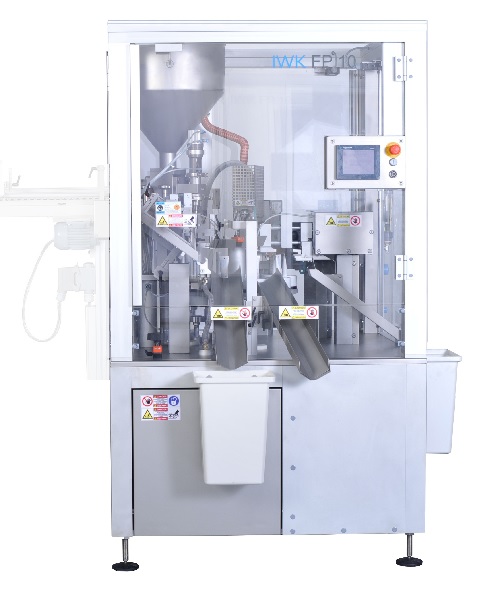
Low speed tube filler
Increasing numbers of products in the pharmaceutical, cosmetic and food industries are delivered in fle...
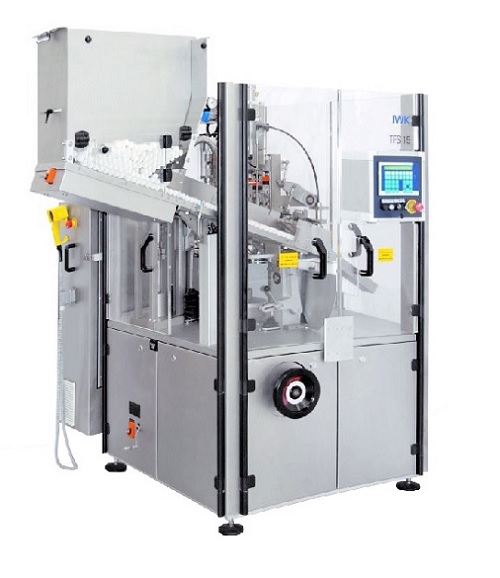
A two-component filling application tube filler
A wide variety of pharmaceutical, cosmetic and food products require tube-...

Shrink sleeve applicator - 400 per minute
Flexible medium to high speed application of shrink sleeveing to containers is u...
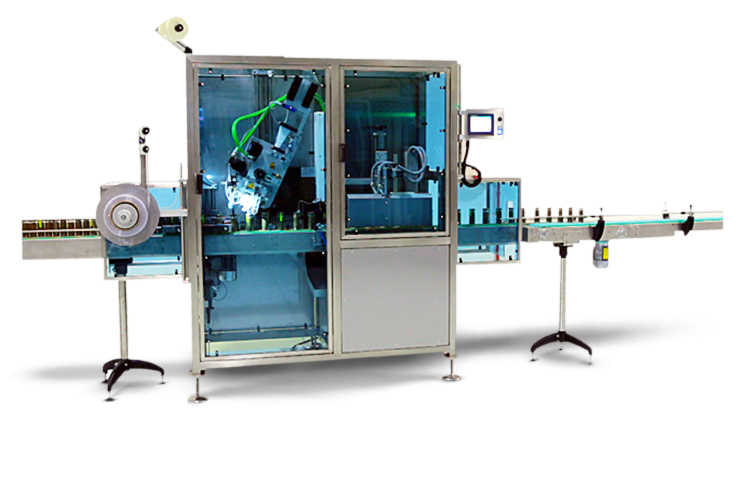
Compact shrink sleeve applicator
Adding tamper prevention to product packaging can be expensive and difficult to set up. Thi...
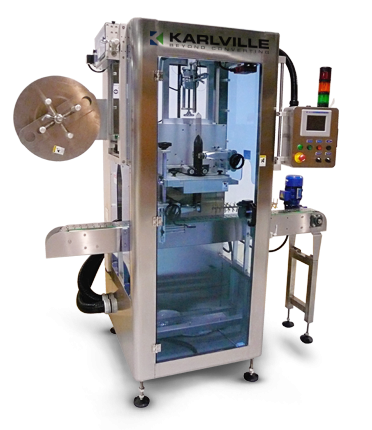
Low speed can sleeve applicator
Flexible automatic low speed application of shrink sleeving to cans is used in various indus...

Stretch pallet hooder
Palletised loads need to be securely wrapped in order to protect them from shifting, crushing, ripped o...
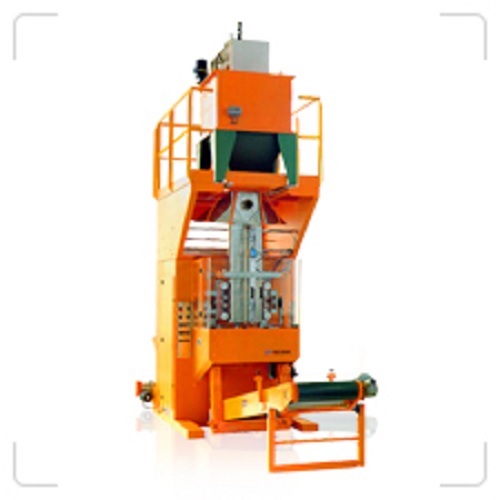
Vertical form, fill and seal machine for bags from 5 to 50 kg
To securely create, dose and pack larger quantities of mat...
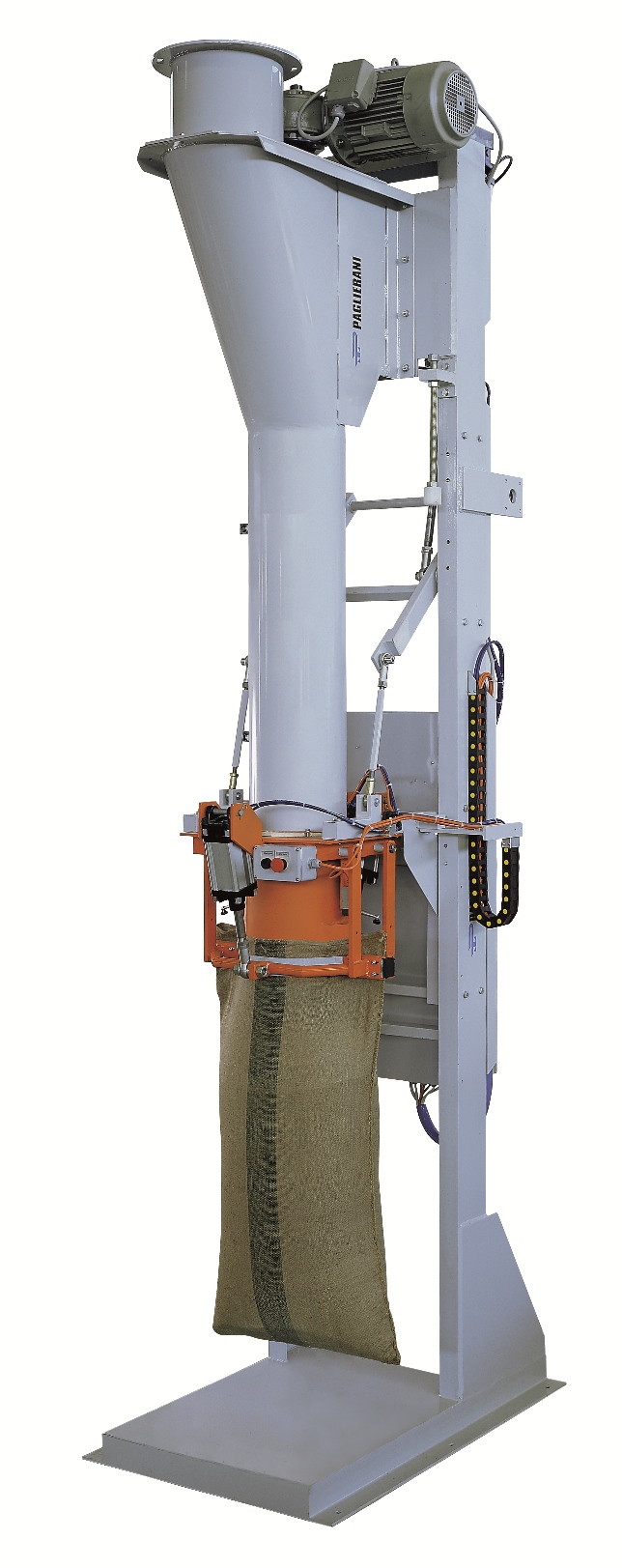
Bagger for open mouth bags
Where a stand-alone bagger is required for filling large, open mouth bags, a delivery method is n...

Automatic bagging machine for open mouth bags
Open mouth bags allow for a variety of different products to be packaged, wi...
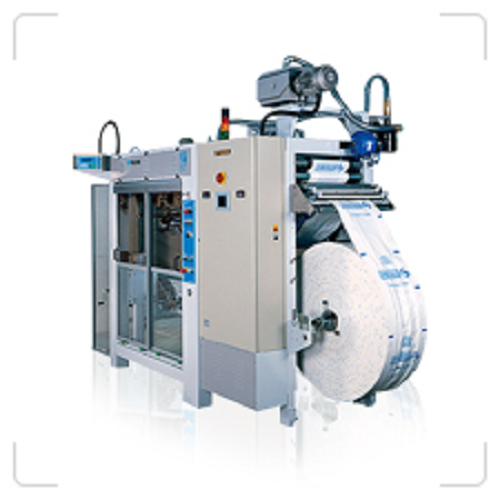
Horizontal form, fill and seal machine for bags up to 10kg
Bagging small quantities of solids or liquids, whether in pap...
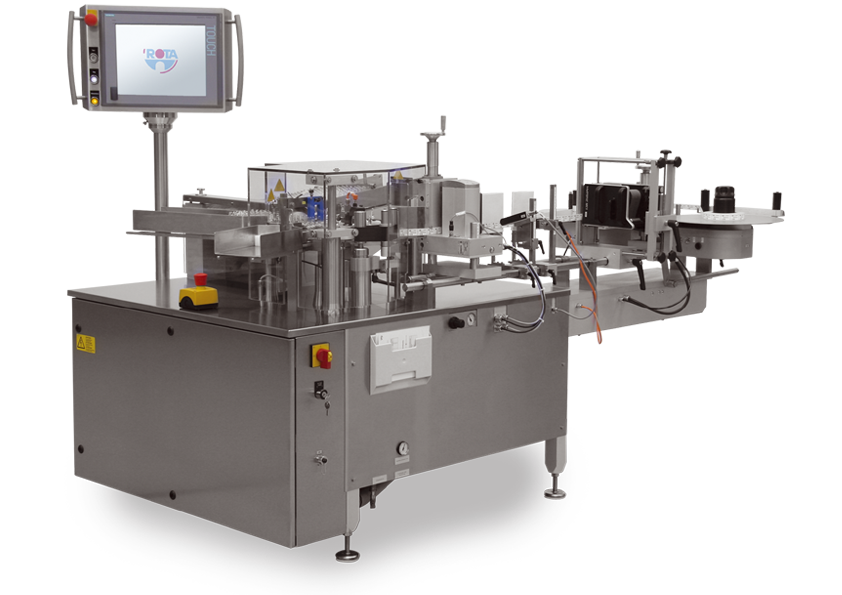
Labeling machines for pharmaceutical bottles
Labels for ampoules, vials and bottles are typically applied at the end of th...
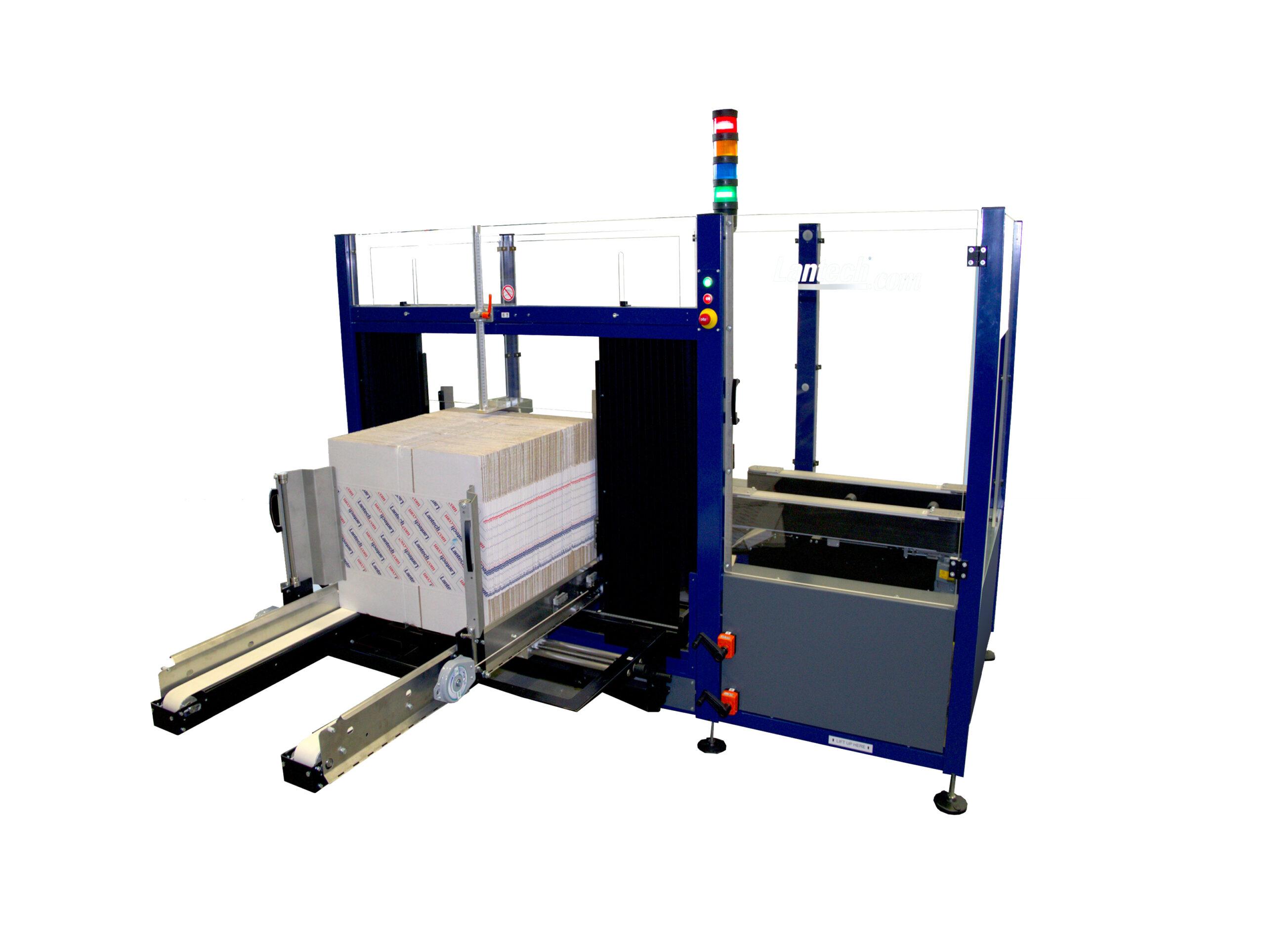
Case erector
To overcome common cases of manufacturing variations and optimize your packaging line, you need to be able to cou...
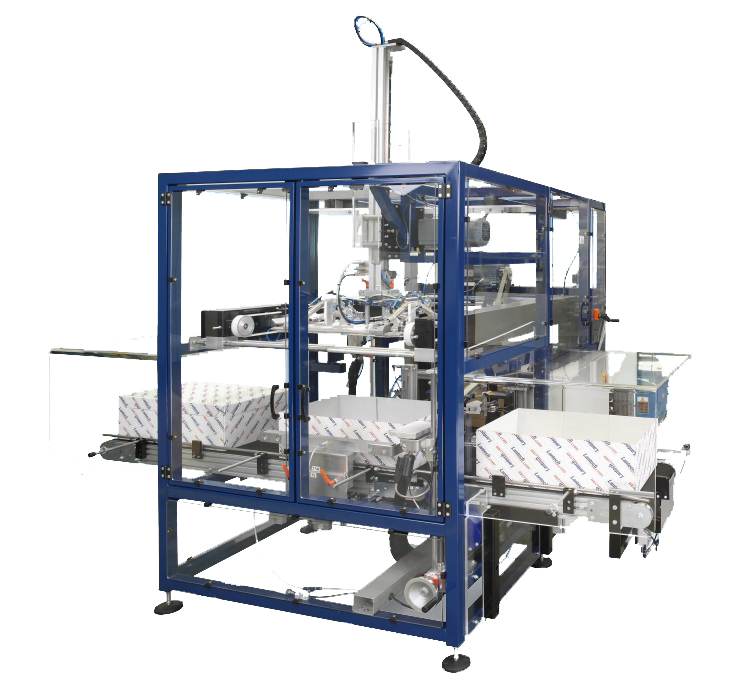
Lid applicator for corrugated cases
For your secondary packaging, you may be considering packing into boxes that require a ...

Semi-automatic turn-table stretch wrapper
For your most common stretch wrapping requirements, consider a semi-automatic tu...
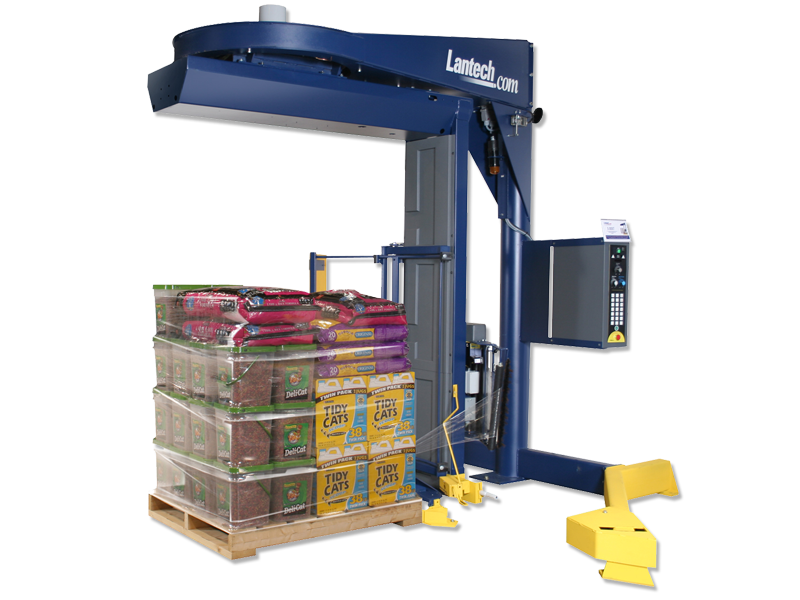
Semi-automatic straddle stretch wrapper
If you need to wrap lightweight, heavy, tall or unstable loads, a semi-automatic st...
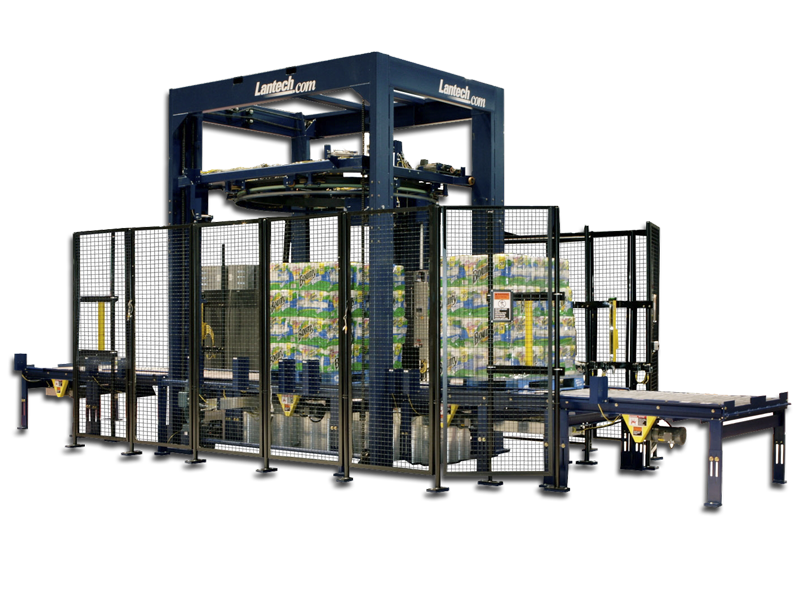
Automatic ring-straddle stretch wrapper
Imagine a stretch wrapper that can wrap up to 180 loads per hour without putting to...

Open-mouth baggers for free flowing powders
For bagging free flowing materials into open mouth bags, this system is ideal....
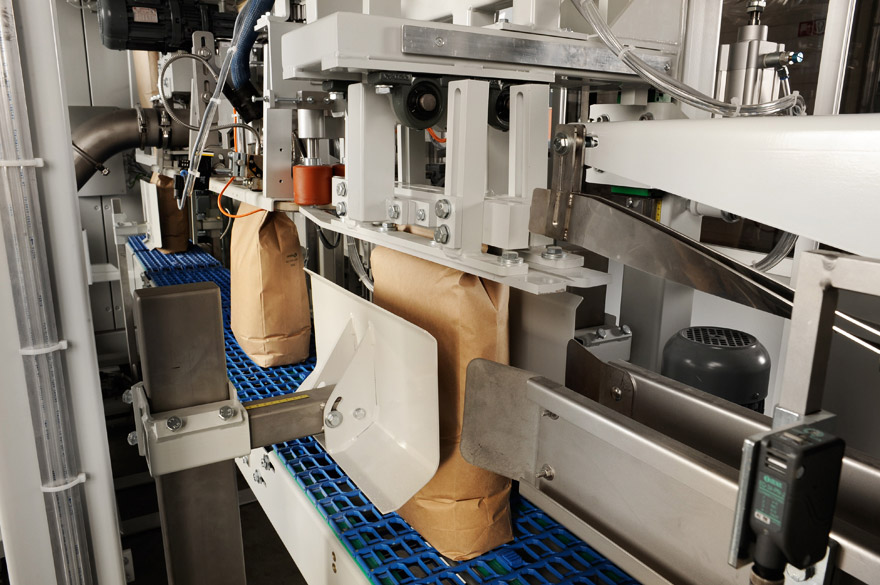
Open-mouth bottom-up baggers
Innovative bottom-up baggers for high-speed industrial packaging will help you create a dust-fr...
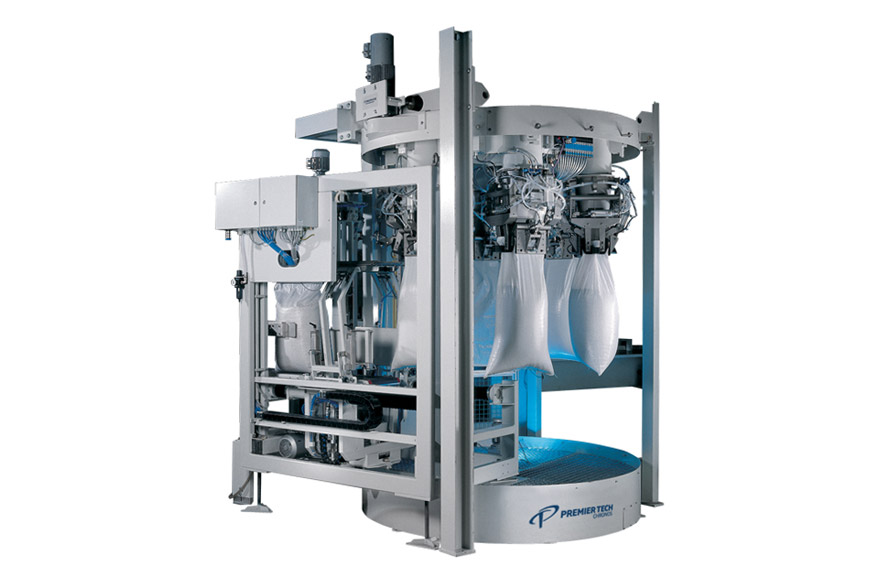
Open-mouth bagging carousel for flour
When you need a carousel for packing powdery bulk materials, the bagging carousel tha...
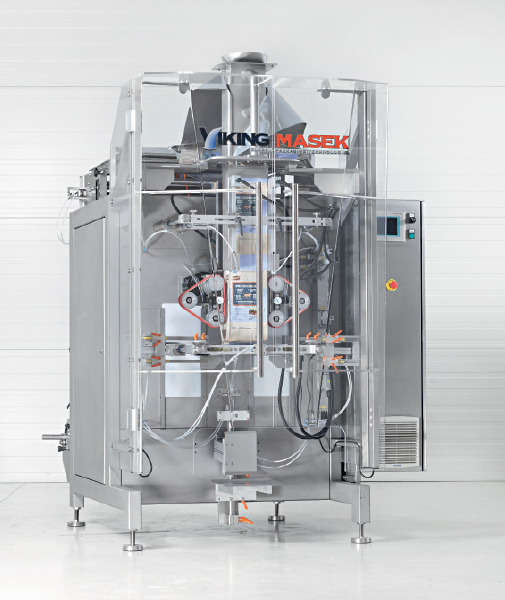
Continuous vertical bagger
Want a machine to pack unique bag styles such as quad-seal and Doy-pack bags at incredible speeds...
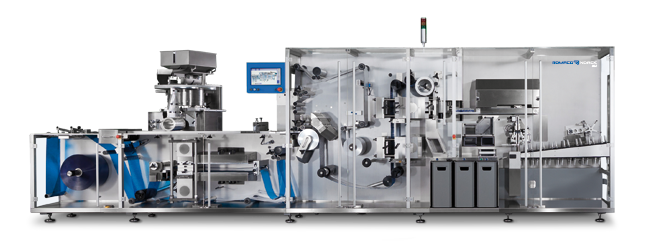
High-speed blister machine
If you are looking for a compact machine that produces blisters with an output of up to 700 blist...

Horizontal continuous motion cartoner
An automatic cartoning machine designed for both high-speed operations and medium pac...

Pick and place transfer for strips into cartoner
Transfer your strip packs products directly to the cartoner.
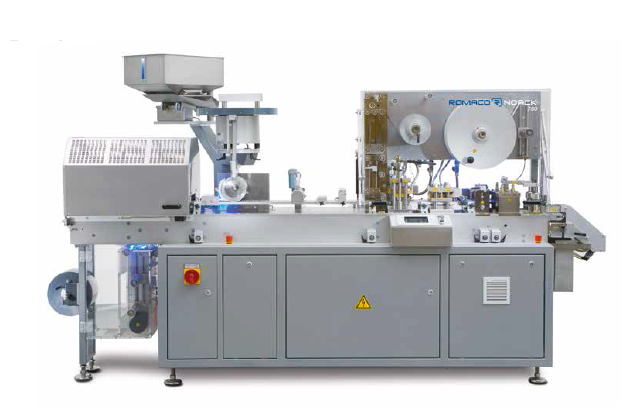
Entry-level blister machine
A start-up solution for contract packing and generics manufacturing with an easy-to-get upgrade ...

Compact blister machine
A compact blister machine ideal for packing tablets, capsules, ampoules and syringes and other applic...
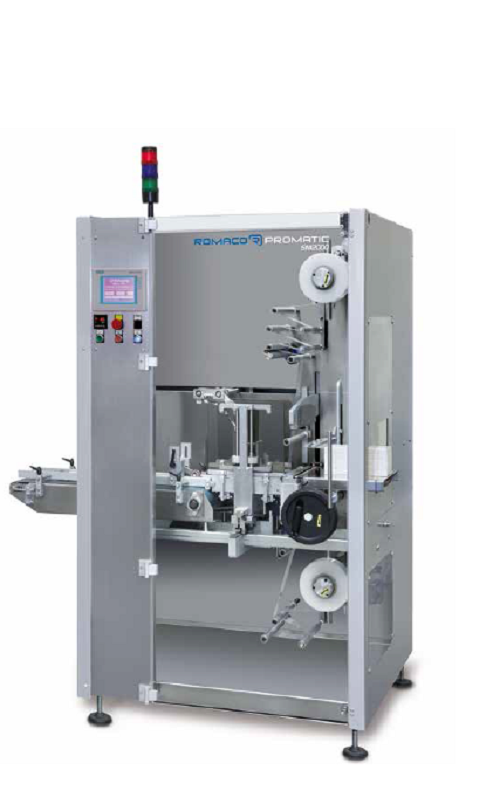
Stretch bander
A compact wrapping machine to seal your boxes with a max speed of 50 packs per minute.
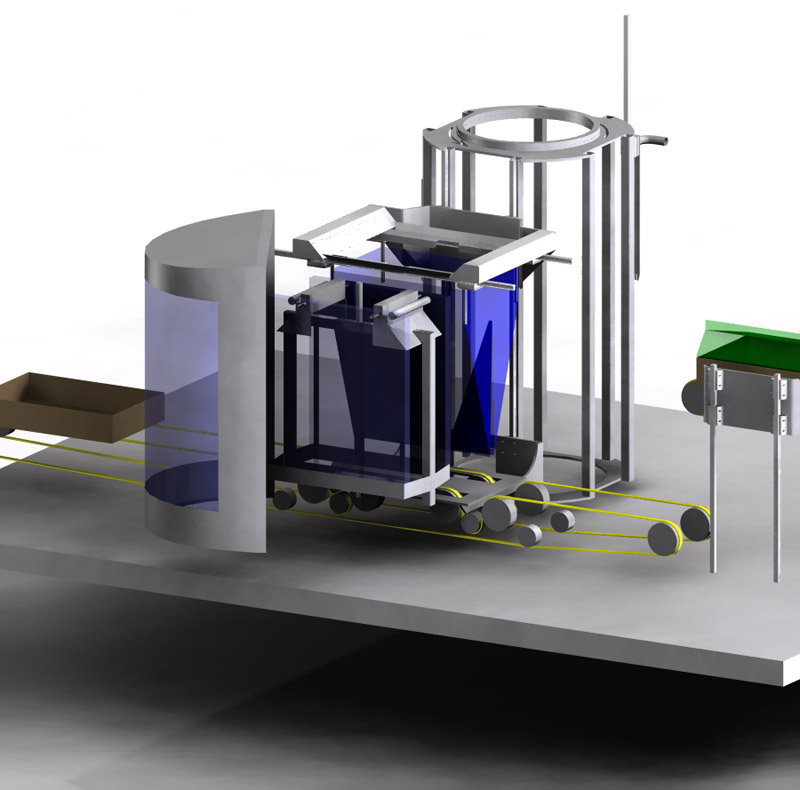
Bag-in-box filler
If you want to a complete packaging solution having box erecting, bag placing and box closing technologies,...

Flexible contained powder discharge into drums
Powdered products are handled every day in the pharmaceutical and bioproces...

Smart Industrial Sauce Cartoning System
Large volume producers of sauces and ready meals continuously pack different produc...
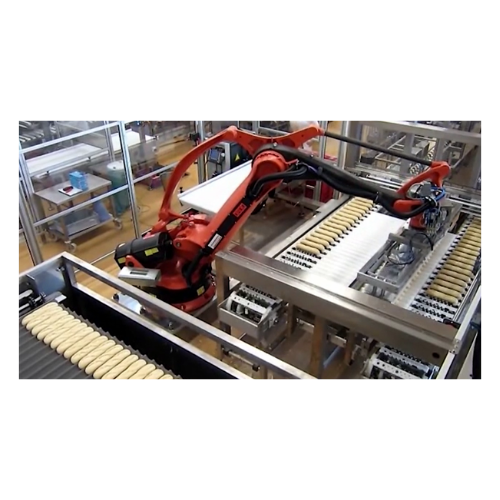
Baguette cutting and sauce filling system
Optimize your bakery production with an innovative system that seamlessly cuts a...
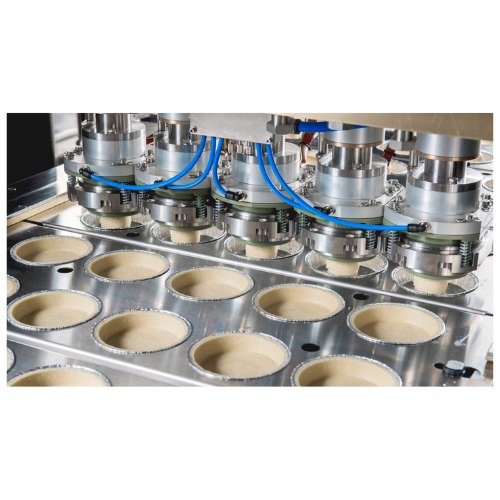
Industrial pie making systems for high-volume bakeries
Elevate your bakery operations with a versatile solution that seam...
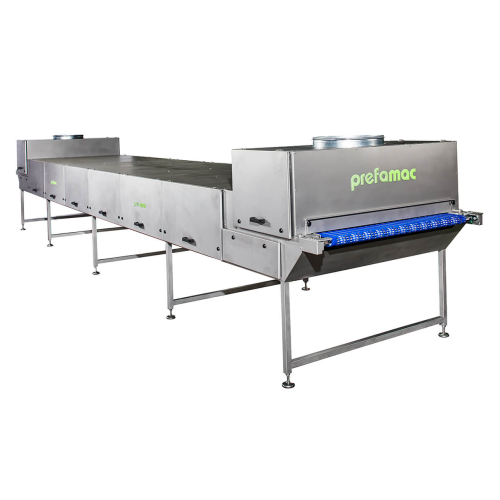
Tailor-made transport systems for confectionery production
Optimize your confectionery production line with customizable...
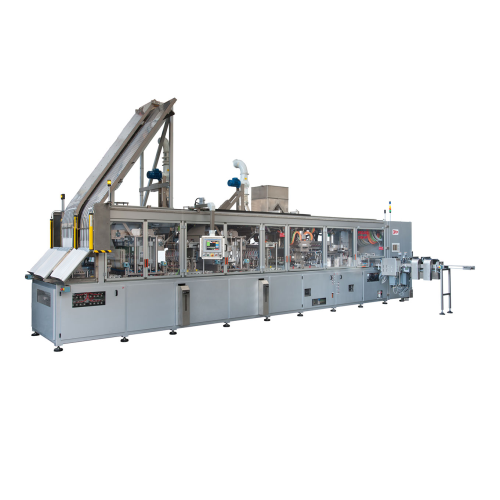
High-speed capsule filling system
Maximize production efficiency with high-speed capsule filling designed for precise dosin...

Robotic palletizer for row gripping
Optimize your palletizing efficiency with a robotic system designed for fast, continuou...
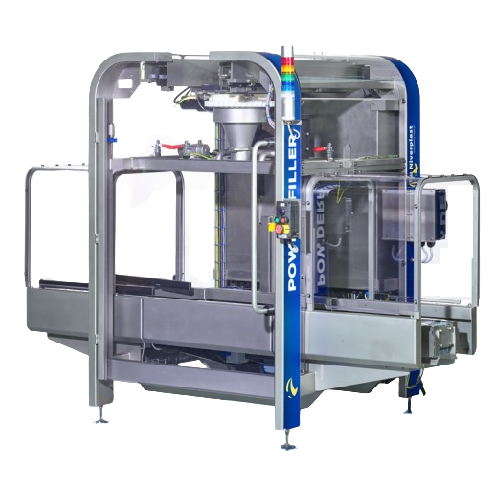
Accurate powder filling solution
When precision is paramount, this solution offers exceptional accuracy, filling powders up ...

Flexible powder recipe formulation system
Streamline your batch production with efficient, dust-tight formulation and blen...
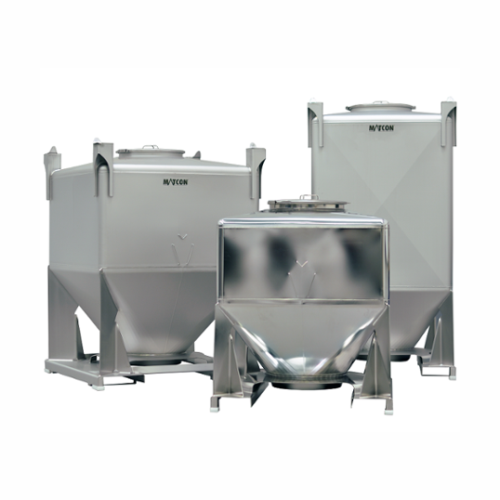
Intermediate bulk containers for powder and materials handling
Optimize your material handling processes with containers...
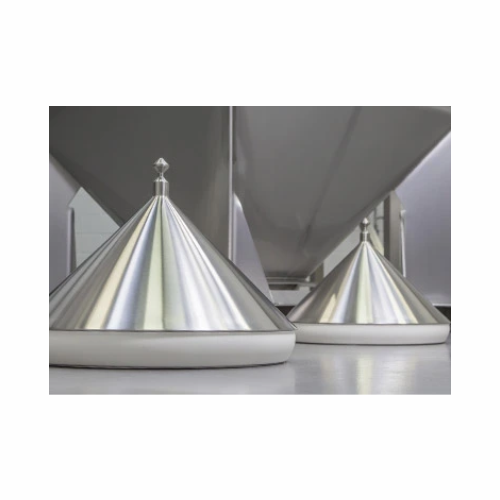
Valves for bulk powder flow control
Ensure efficient and controlled discharge of diverse powder forms while minimizing flow...
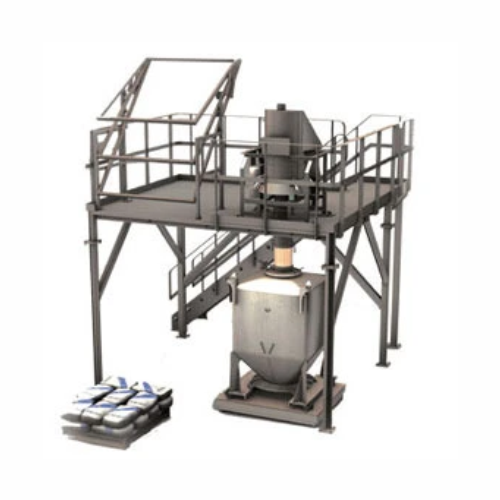
Small powder recipe formulation system
Streamline the formulation of diverse powder recipes with seamless integration into ...
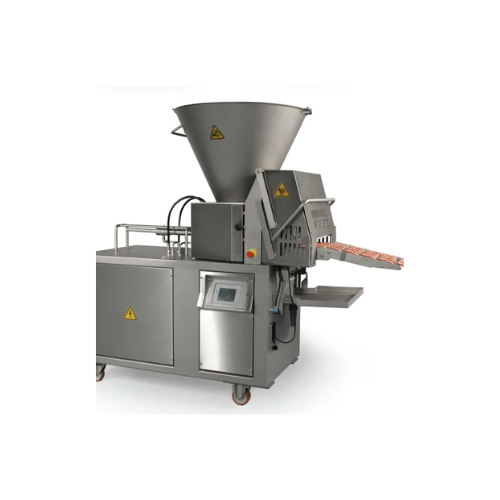
High-pressure forming solution for plant-based and meat products
Experience precision forming with versatile application...
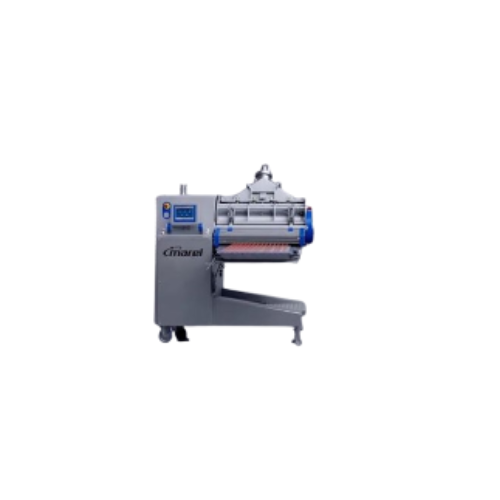
Low pressure forming for plant-based products
Achieve precise shape and weight consistency in plant-based products with lo...
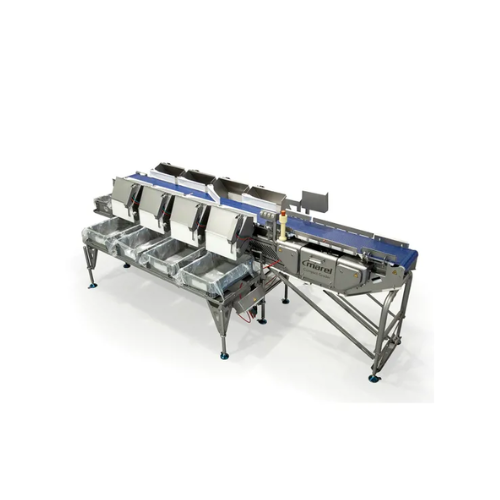
Compact grader for poultry and meat processing
Streamline your production line with this precise grading solution, designe...
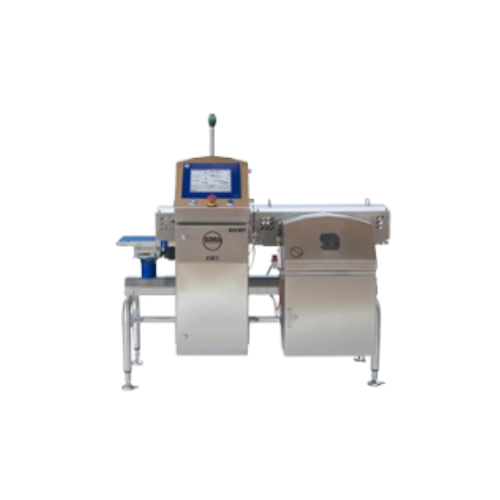
Checkweigher for high-care food environments
For facilities needing precision and hygiene, this high-care checkweigher ens...

Uht system for milk products
Achieve optimal product safety and quality for dairy and plant-based beverages with precise UHT...
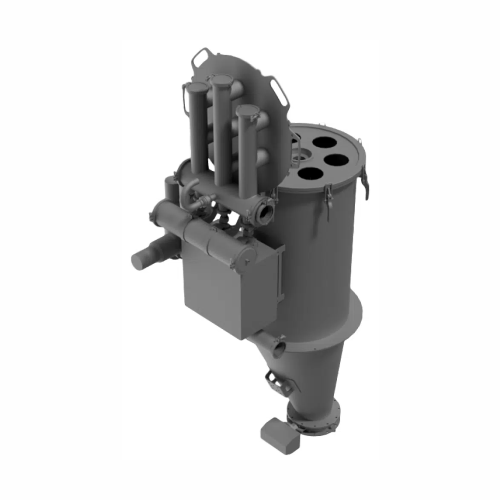
Dense phase vacuum conveying for fragile powders
Efficiently convey fragile powders without compromising their integrity, ...
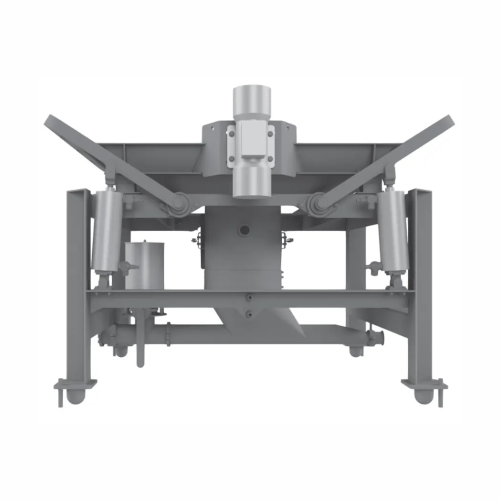
Sanitary bulk bag unloader for powdered products
Efficiently manage powder discharge with enhanced dust control and stream...
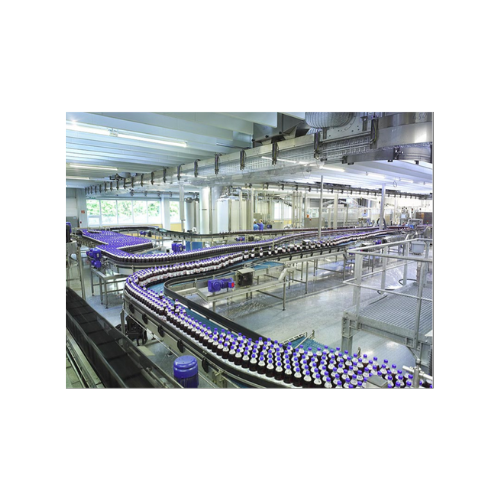
Gentle container conveyor for bottles and cans
Achieve seamless container flow with minimal noise and enhanced precision, ...
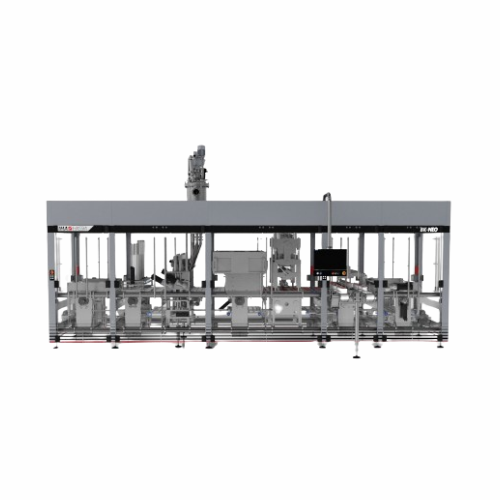
Filling and sealing system for pre-formed cups
Experience seamless integration of hygienic filling and sealing with adapta...
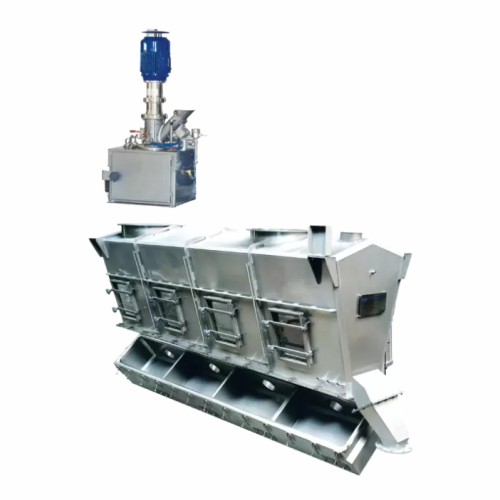
Continuous powder agglomeration system
Enhance product solubility and flowability while minimizing energy consumption with ...
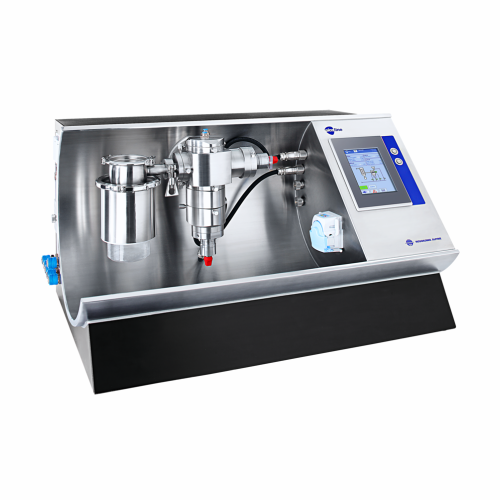
Laboratory system for powder and particle processing
When precision in powder processing is crucial, this versatile labor...
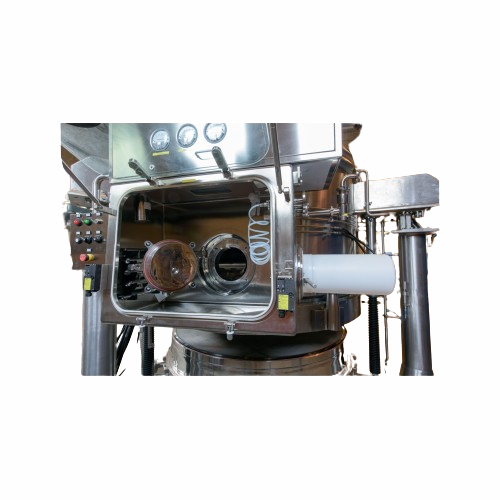
Filter dryer with containment system for hazardous materials
Ensure operator safety and product integrity during hazardo...
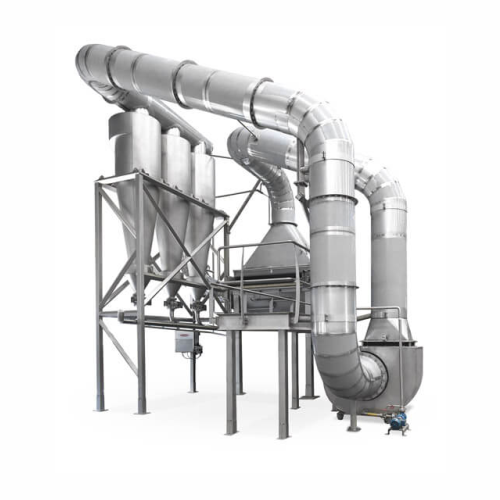
Potato product surface oil removal system
Efficiently remove excess surface oil from fried potato products, enhancing prod...
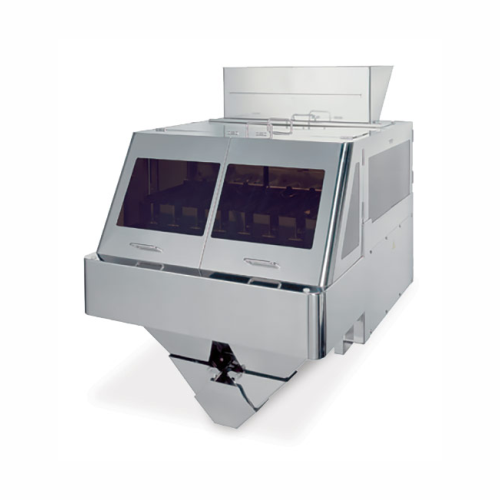
Linear weigher for dry or frozen free-flowing products
Optimize precision in high-speed weighing tasks with a compact sol...
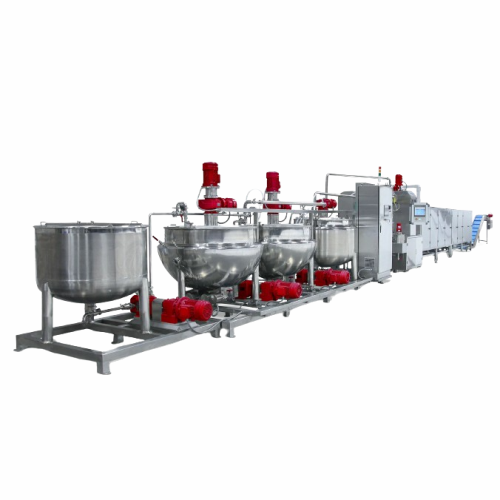
Automatic gummy manufacturing system
Efficiently streamline your candy production with a system capable of producing up to ...
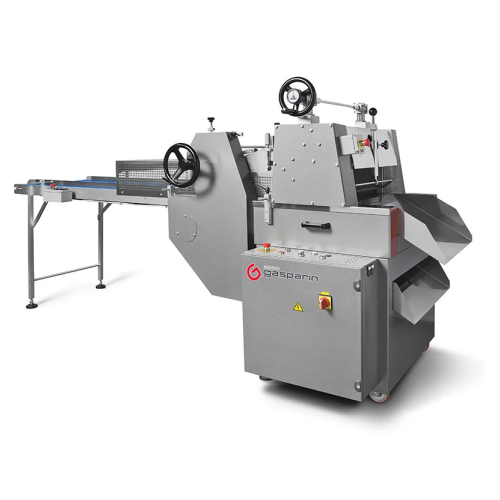
Reciprocating blade slicer for high-speed cutting
Ensure precise, high-speed slicing of bakery products with an industria...
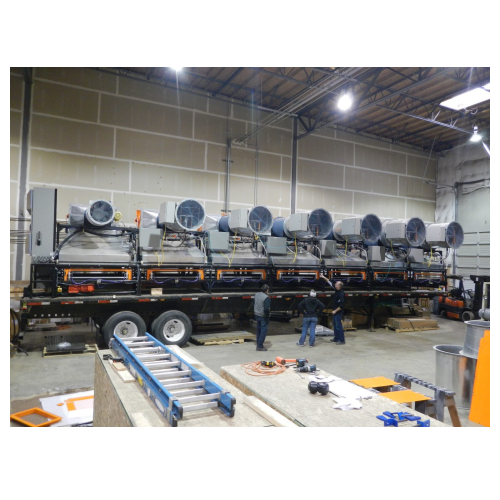
Downdraft dryer for biomass drying
Quickly reduce moisture content and energy consumption with a versatile dryer that reloc...
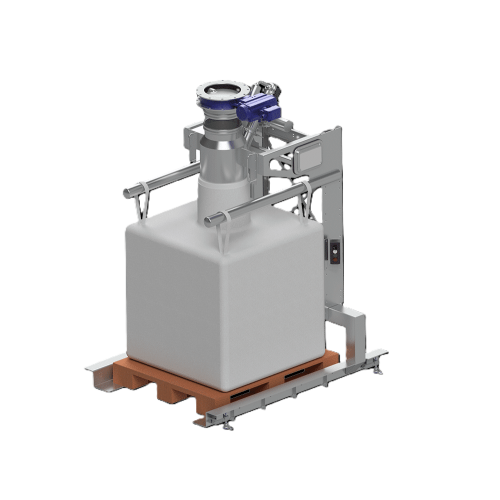
Bigbag filling system for powder and bulk materials
Ensure precise and dust-free bigbag filling with this versatile syste...
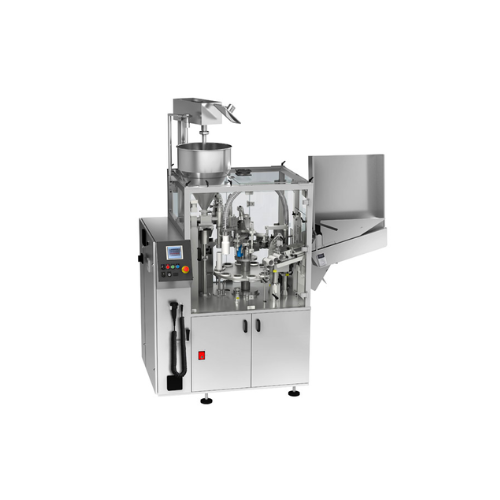
Tube filling solution for health and beauty applications
Achieve consistent quality and efficiency in tube filling operat...

High-speed wet glue labelling system
Ensure precise labelling on diverse bottle types with our versatile rotary labelling s...

High-capacity automatic gummy production line
Achieve high-speed gummy production with precision depositing and cooling, i...
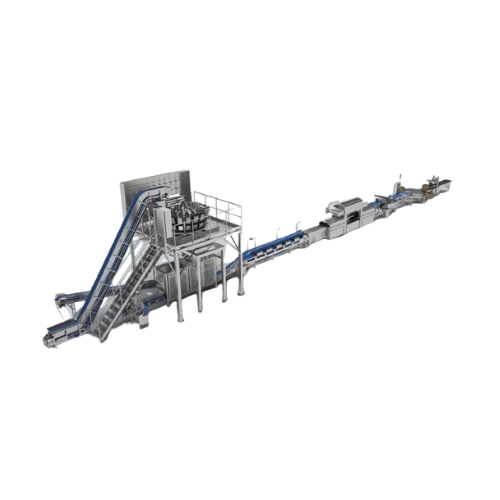
Marinating line for meat and poultry
Streamline your marinating process with reduced spillage and cleaning time by incorpor...

High-speed weighing system for large batch sizes
Maximize yield and minimize waste with a high-speed batching solution des...
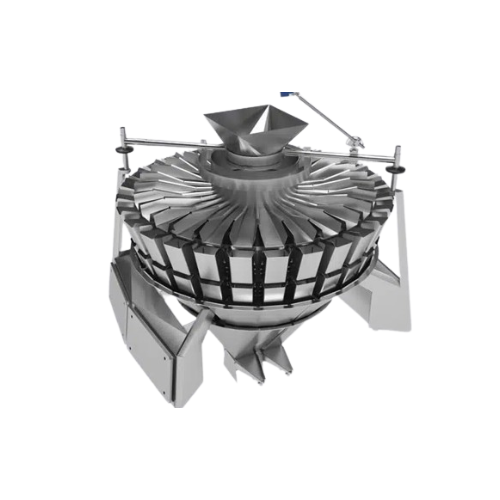
Multihead weigher with vibratory feeding
Experience precise and efficient weighing with a multihead system designed for com...
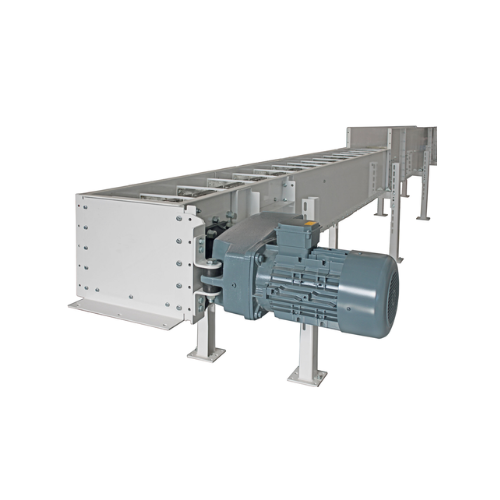
Chain conveyor for grain and floury products
Ensure seamless material handling with a versatile chain conveyor designed fo...
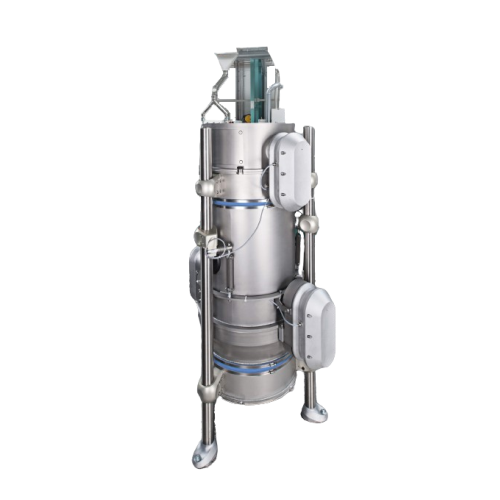
Advanced superheated steam drying solution
Harness the power of consistent drying technology to achieve optimal moisture c...
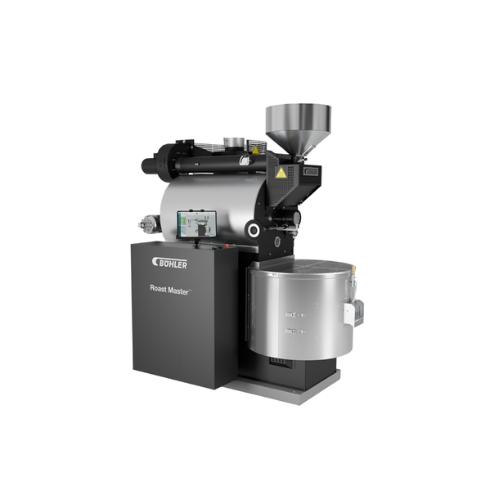
Industrial coffee roaster
Achieve optimal coffee flavor with precise roasting control and energy efficiency, perfect for pus...
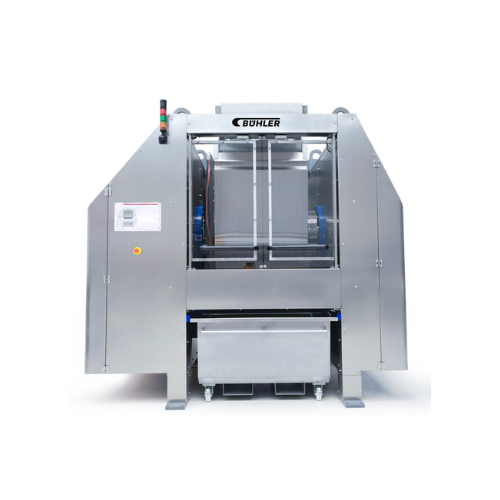
High-speed mixer for dough production
Achieve consistent dough quality and streamline your production process with this ver...
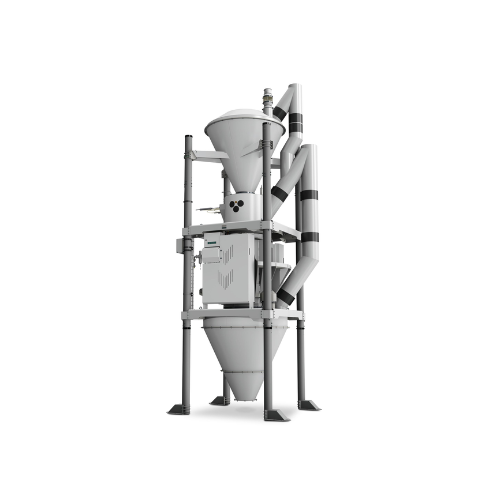
Fully automatic batch scale for powdery and granular products
Achieve precise and repeatable dosing for powdery and gran...
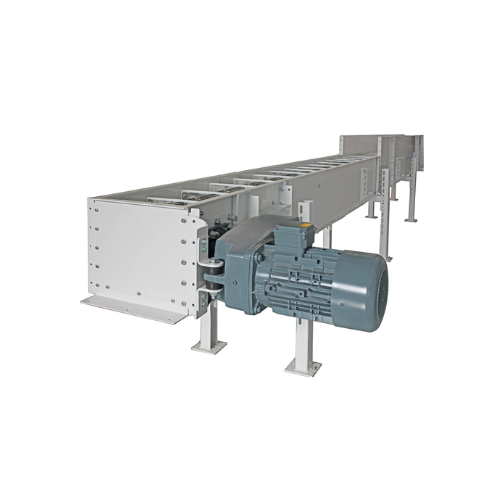
Chain conveyor for grain handling
Optimize your production line with a customizable chain conveyor that ensures efficient, ...
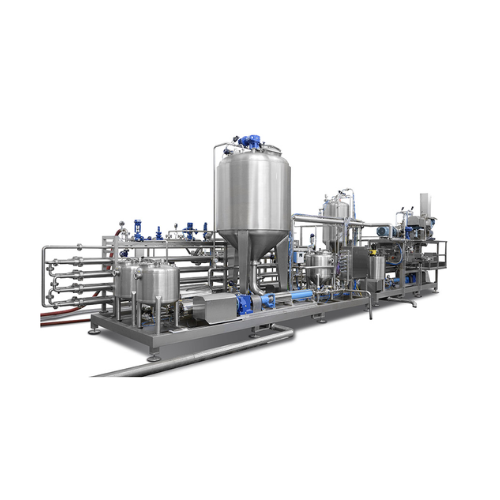
Cold extraction and enzymatic deactivation for fruit and vegetable purees
Enhance your puree quality with advanced col...

Horizontal ribbon blender for solids and powders
Efficiently achieve uniform blending of bulk solids and powders, ensuring...

Continuous wet granulation equipment
Achieve optimal particle size and uniformity in pharmaceutical production with our con...

Burrito forming equipment
Streamline your burrito production by automating the delicate tasks of filling, folding, and wrapp...
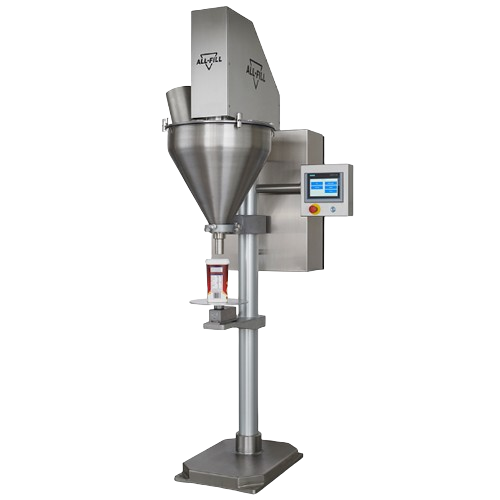
Gravimetric filling solution for inconsistent density products
Achieve precise weight accuracy in your filling processes...
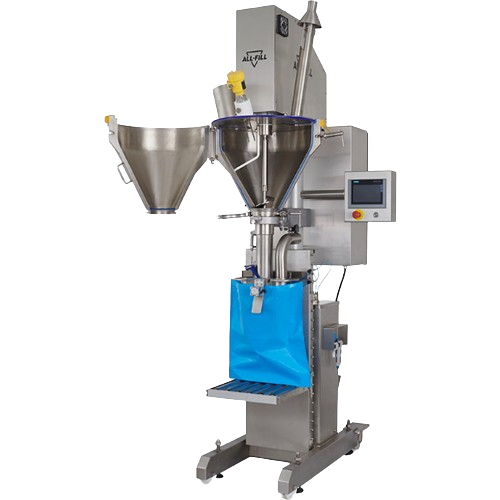
Industrial auger sack filler for large bags
Designed to efficiently fill large bags and sacks, this advanced filling machi...
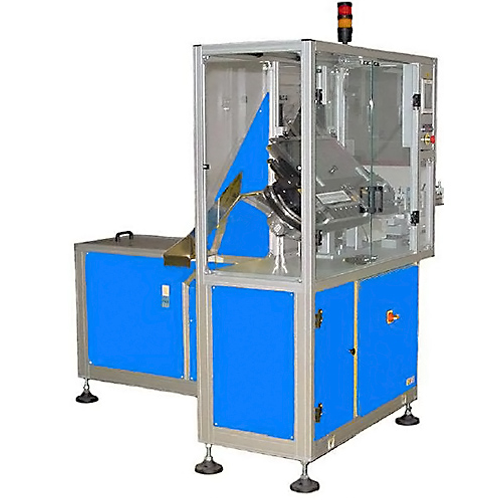
Pump feeding system for mascara production
Optimize your high-speed production line with a reliable pump feeding system th...
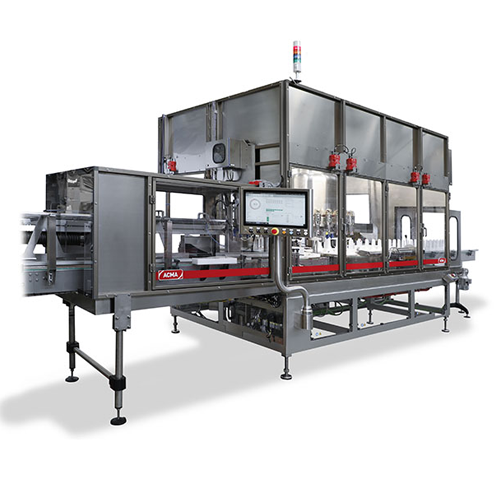
Rotary filler capper for personal care products
Ensure consistent filling and capping of liquid products with high-speed p...

Automatic tuna can filler
Streamline your high-speed canning operations with precision-engineered fillers that maintain opti...
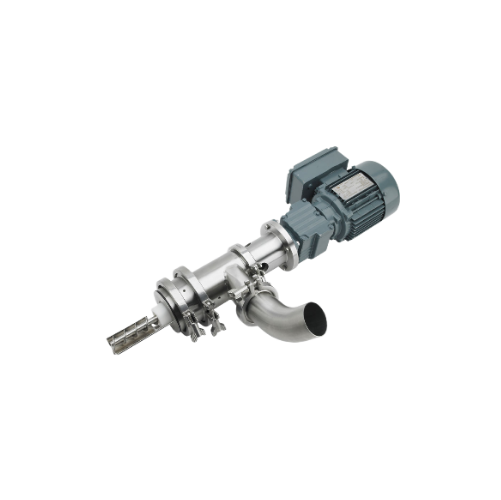
Auger powder sampler for industrial quality control
Ensure precise quality control by integrating an auger powder sampler...

Inline automatic powder fillers for food and nutraceuticals
Ensure precise and efficient filling of sensitive powders in...
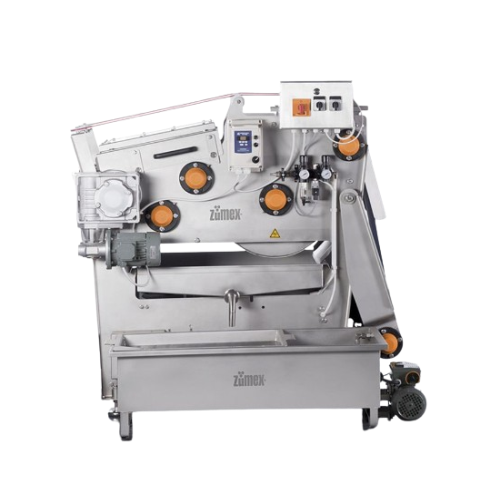
Industrial fruit juice extractor
Maximize juice yield from a wide range of fruits and vegetables with precise extraction and...
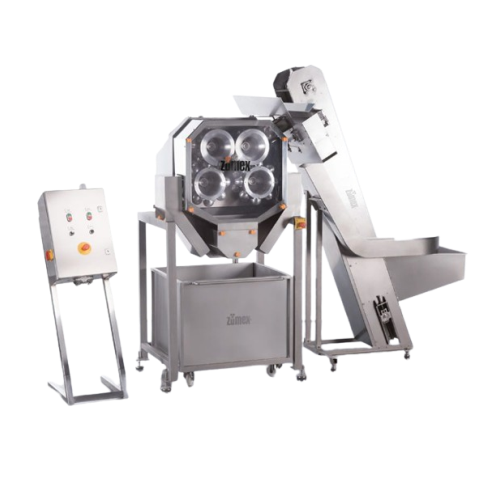
Industrial citrus juice extraction system
Streamline your juice production with a versatile system that efficiently extrac...
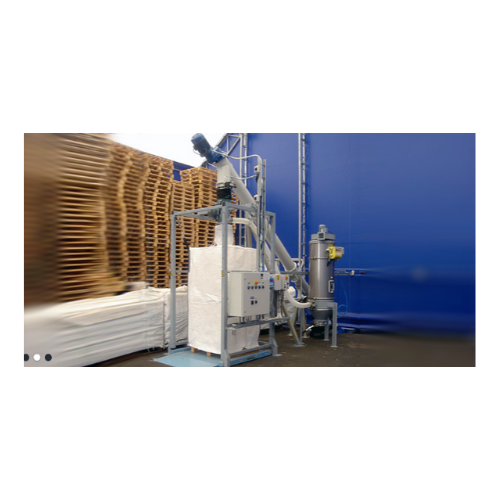
Dust-free bulk bag filling system
Achieve efficient, dust-free filling of bulk bags with our innovative system, ensuring se...
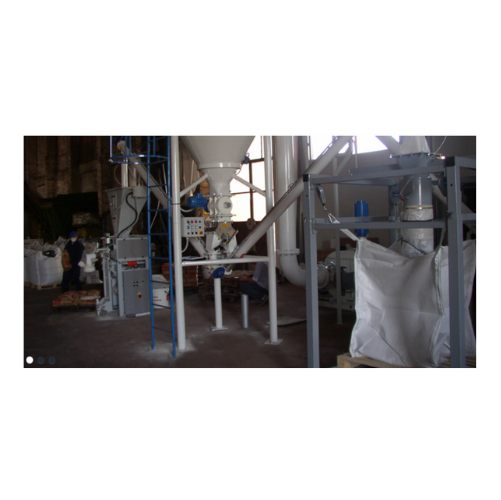
Manual Fibc bag filling station
Achieve dust-free filling of bulk bags with an efficient system designed to handle compacted...
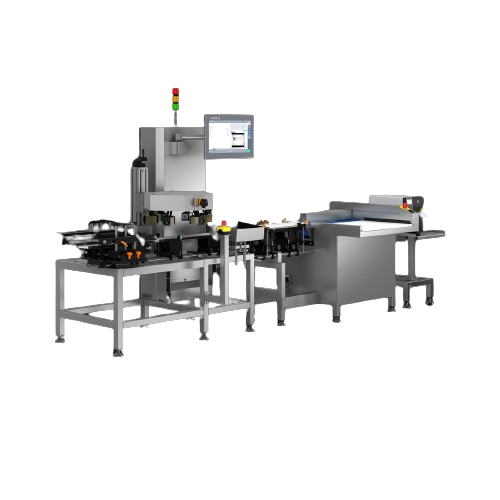
Omnidirectional inspection system for bottles and vials
Ensure precise serialization and aggregation with a 360° inspecti...
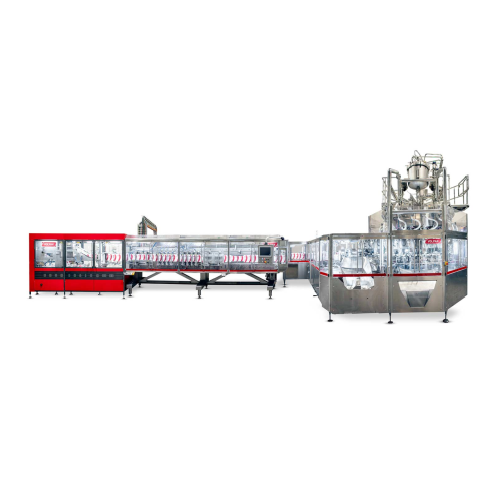
Continuous stand-up pouching solution for up to 1000ml
Maximize efficiency in high-speed production lines with precise st...
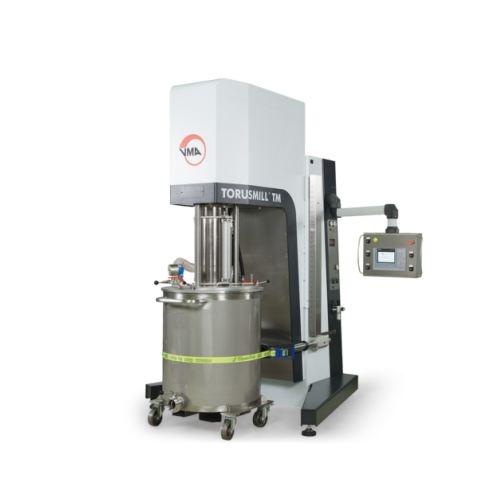
Dissolver for high-volume industrial dispersion
Achieve precise and efficient mixing with this dissolver, designed for sea...
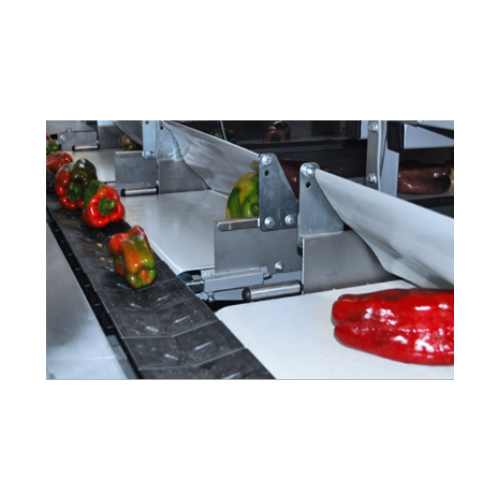
Pepper sorting and grading technology
Ensure consistent quality and precision in size and color sorting for a wide array of...
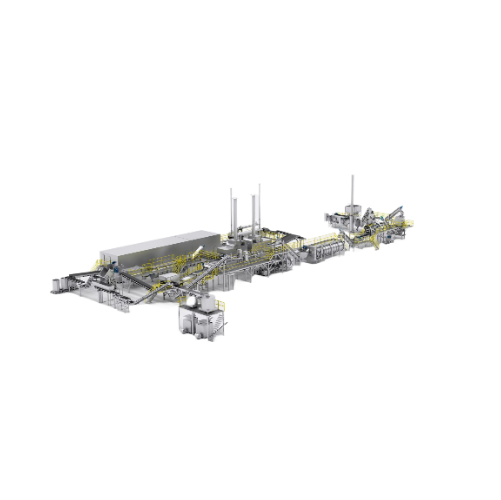
French fry production line
Optimize your French fry production with a seamless line that ensures precise cutting, consistent...
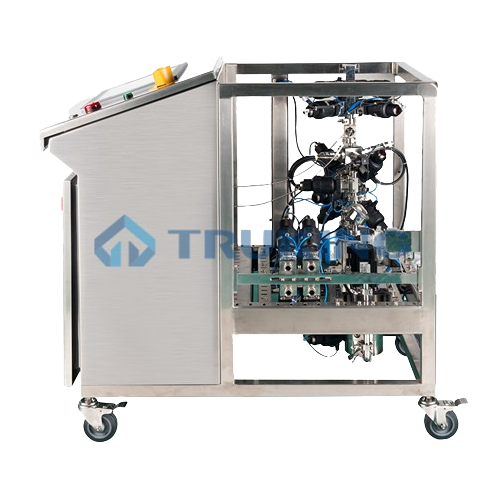
Chromatography systems for large-scale biopharmaceutical purification
Ensure precision purification of biopharmaceutica...
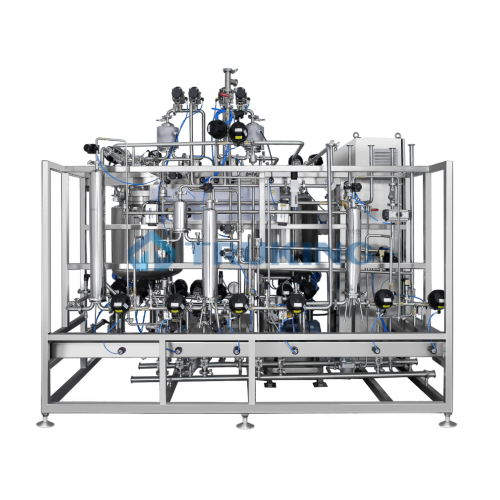
Pharmaceutical preparation system
Achieve seamless integration in pharmaceutical processes with a preparation system that o...

Comprehensive auxiliary system for online cleaning and temperature control
Ensure reliable and precise control in phar...
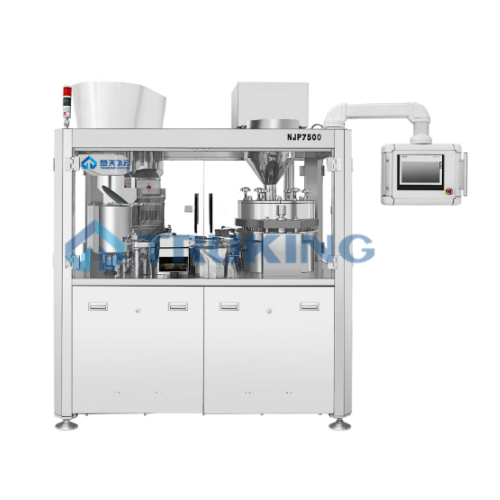
Fully automatic hard capsule filling machine
Enhance pharmaceutical production with precise capsule filling, ensuring opti...

Cherry sorting system with deep learning technology
Boost your fruit processing efficiency by utilizing advanced deep lea...
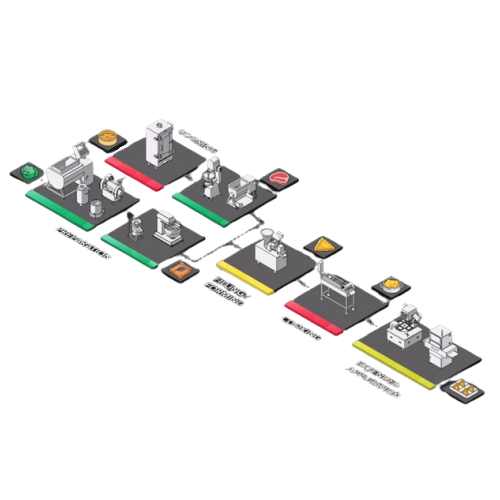
Automatic samosa production system
Optimize your ethnic food production with a machine that seamlessly forms and shapes var...
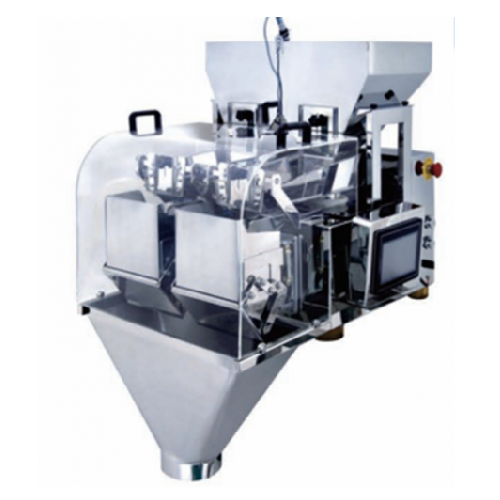
Linear weigher for accurate food portioning
Ensure precise weight control for snacks and confectioneries with our advanced...
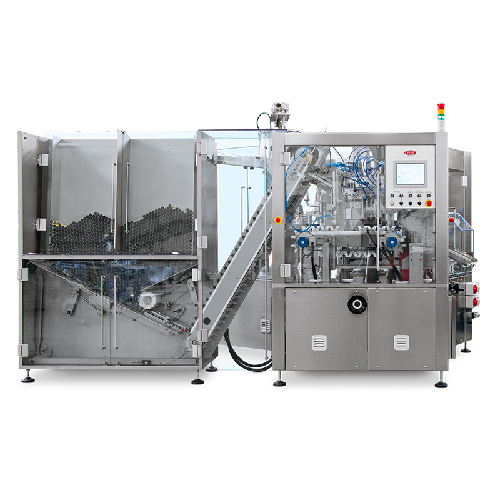
Automatic tube filling solution for high-volume production
Effortlessly streamline your production with this high-speed ...
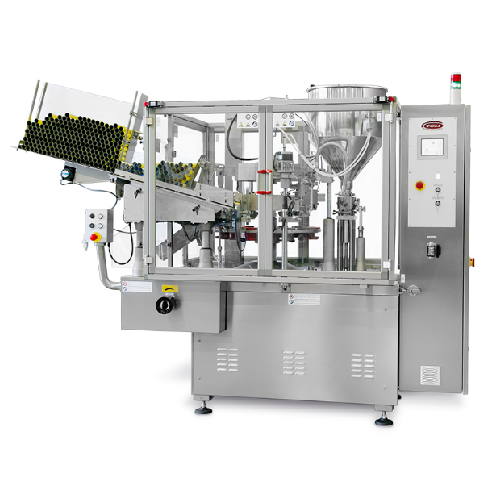
Automatic tube filling solution for medium to high volume production
Boost your production line efficiency with a robus...
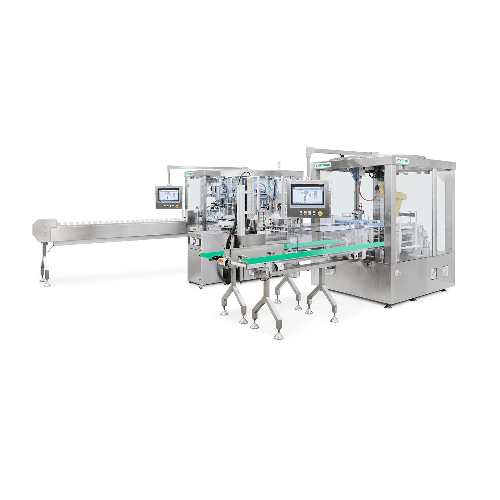
Medical device assembly and labeling solutions
Streamline assembly and labeling processes for medical devices with technol...
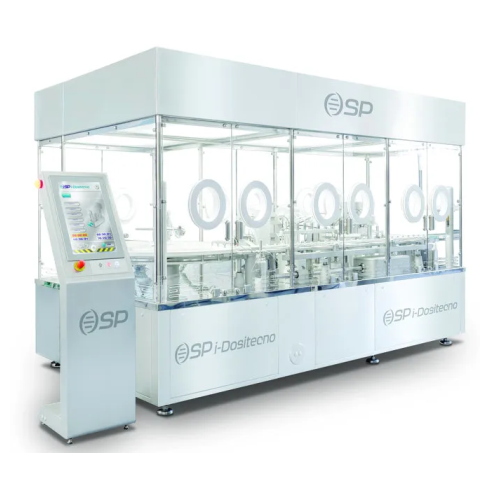
Pharmaceutical liquid and powder filling solution
Achieve precise filling and capping of diverse formulations with a vers...
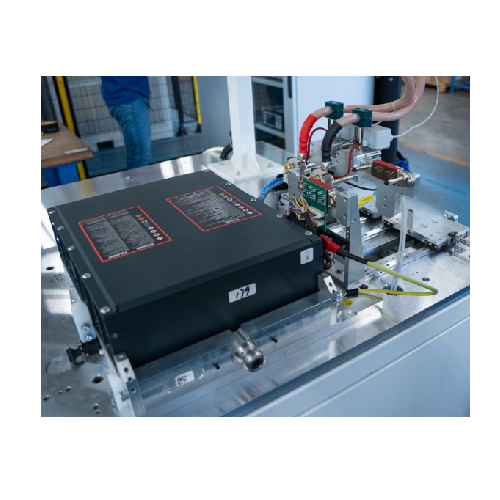
Enveloping and stacking solution for industrial applications
Ensure battery performance reliability with precise end-of-...

Dental equipment sterilizer
Ensure complete infection control and safety with advanced sterilization and cleaning capabiliti...
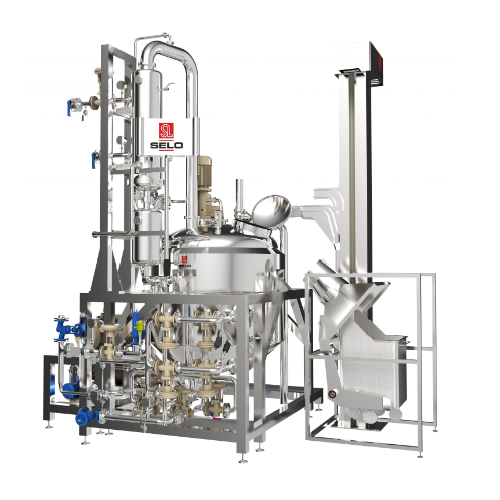
Ketchup manufacturing line
Streamline your sauce production with precision-engineered efficiency, allowing for seamless reci...
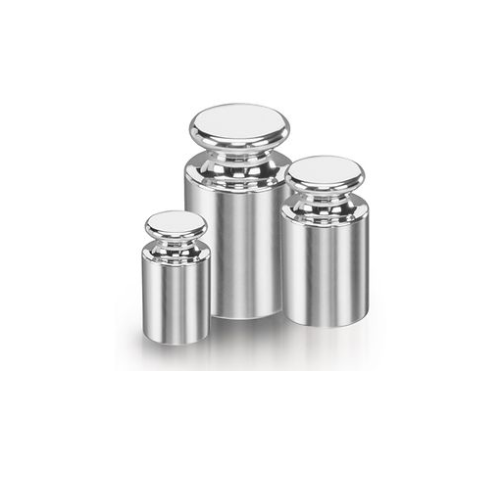
Metrological weights and weight sets for precise measurements
Ensure accuracy in your laboratory weighing processes with...
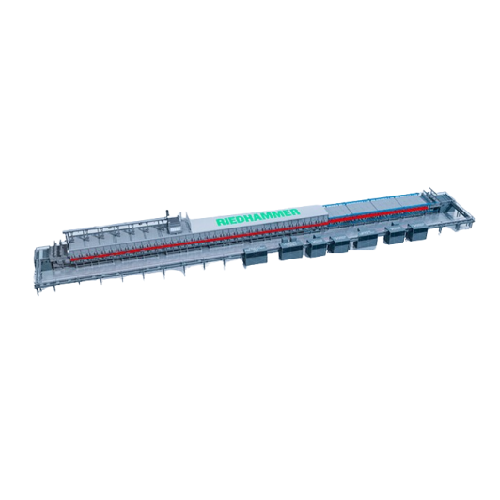
Lithium-ion battery powder processing solution
Optimize your lithium-ion battery manufacturing with advanced powder treatm...
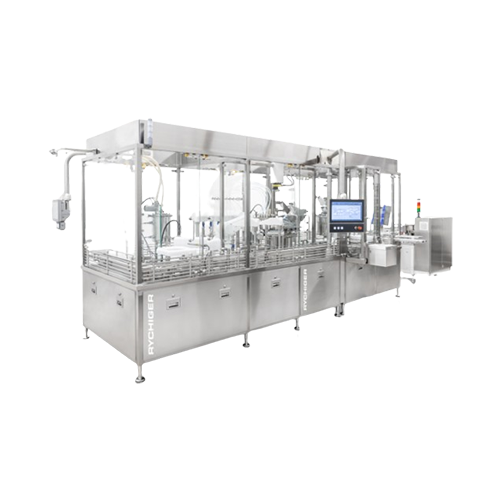
Aseptic handling and fill-finish platform for Rtu syringes, vials, and cartridges
Ensure aseptic precision and high t...
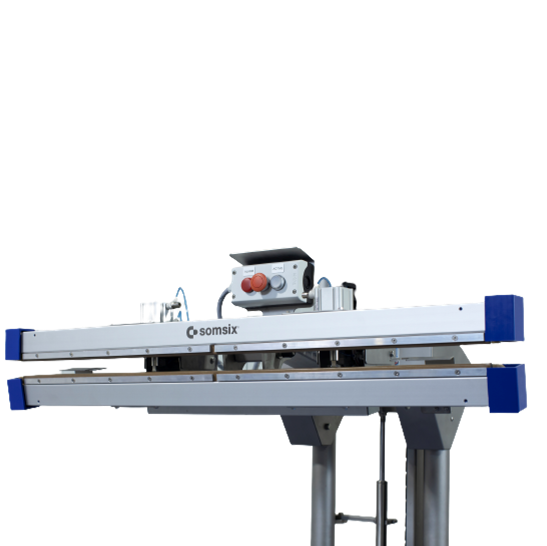
Automatic FIBC Sealing machine
When sealing large bags containing bulk products, a sealer must be reliable to keep the MAP s...

Manual metal tube sealing equipment
For small-batch productions where you utilize metal tubes as containers for your produc...
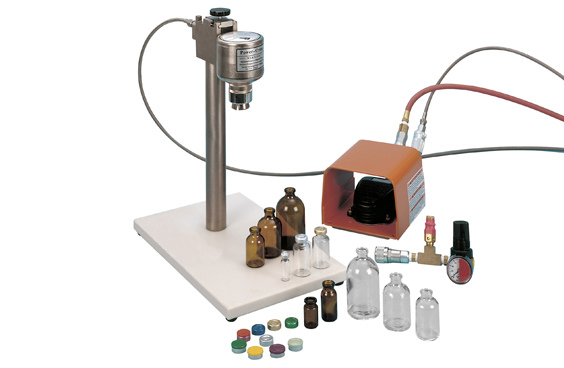
Semi-automatic vial crimper
In a small production line, crimping vials manually can cause fatigue to your operator due to mu...
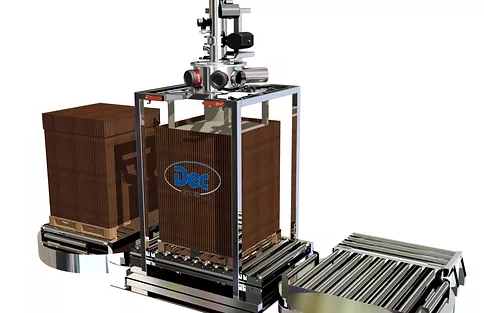
Big bag filling machine
Active pharmaceutical ingredients demand high handling standards to prevent cross-contamination. More...
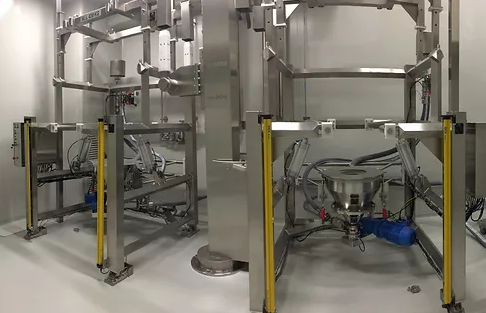
Big bag discharger
Big bags offer suitable material handling for powder products from pharma and food ingredients to bulk and...
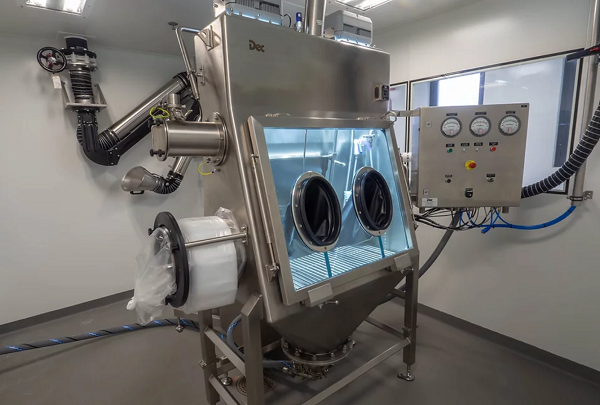
Drum emptying system
Handling products from the pharmaceutical and chemical industries requires careful attention and extreme...
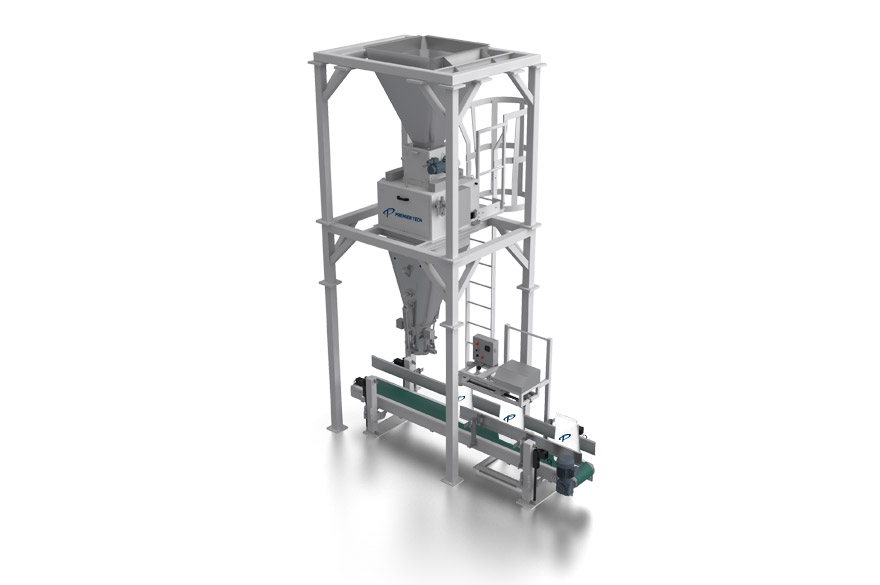
Manual bagger with net weigher
If you are looking for a weigher that is manually controlled for bagging, here it is. It has ...
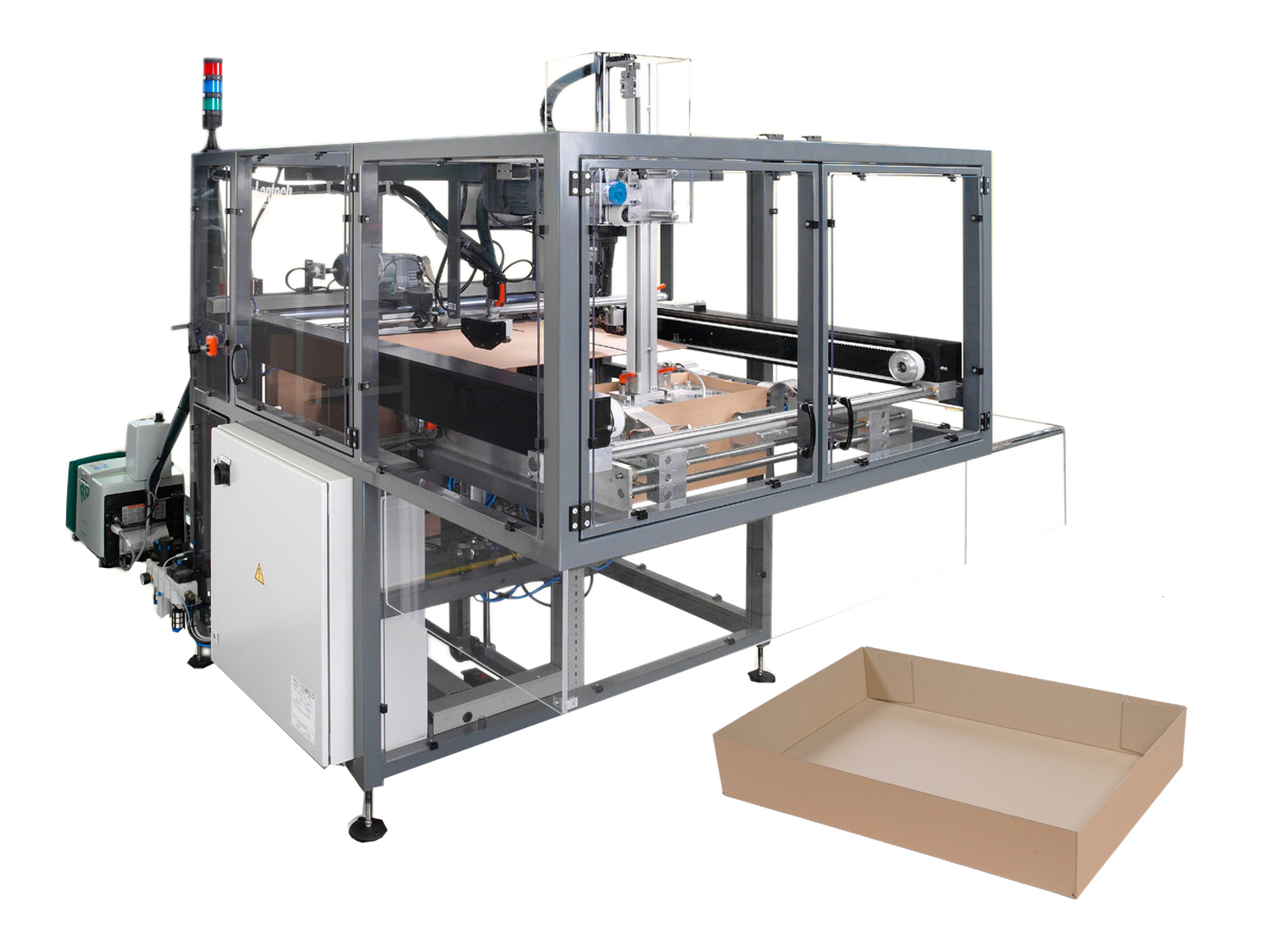
Tray erector
Corrugated trays come in many forms and sizes. Automate the process of erecting the trays to ensure consistent q...
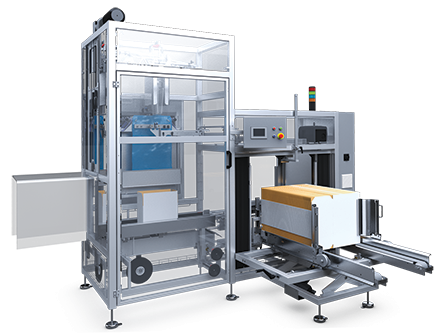
Box erector and bag inserter
If you are looking to improve your throughput and eliminate labor associated with manual box er...
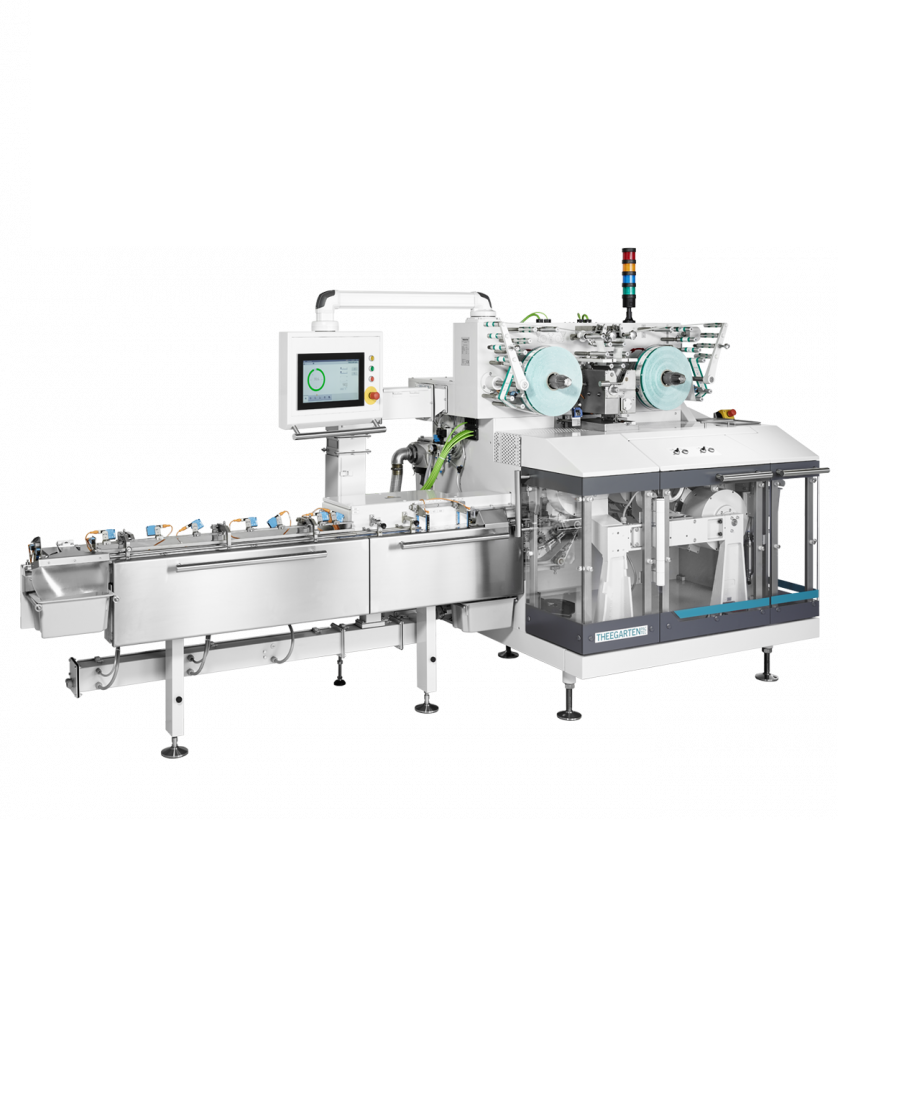
High-speed bunch wrapping machine for chocolate
Bunch wrapping with aluminium foil is a popular method to use for an attra...
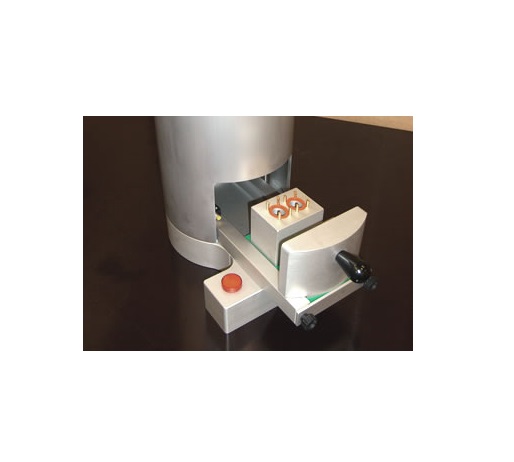
Clinical trial lab sealer for a laminar airflow bench
When running small production for clinical trials, stability studie...
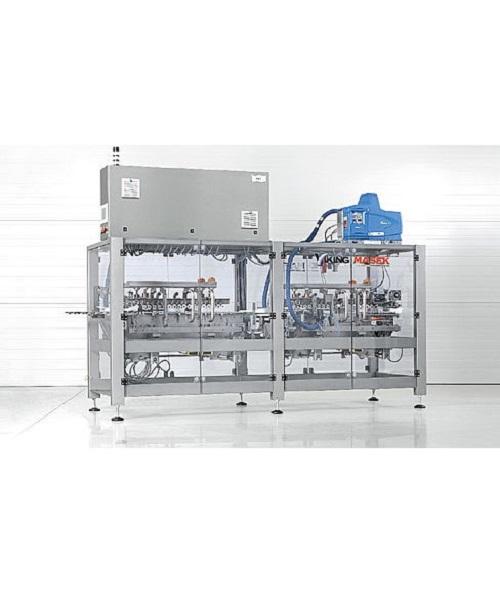
High speed carton closing machine
Choosing a carton closing machine becomes a significant consideration when the closing of...
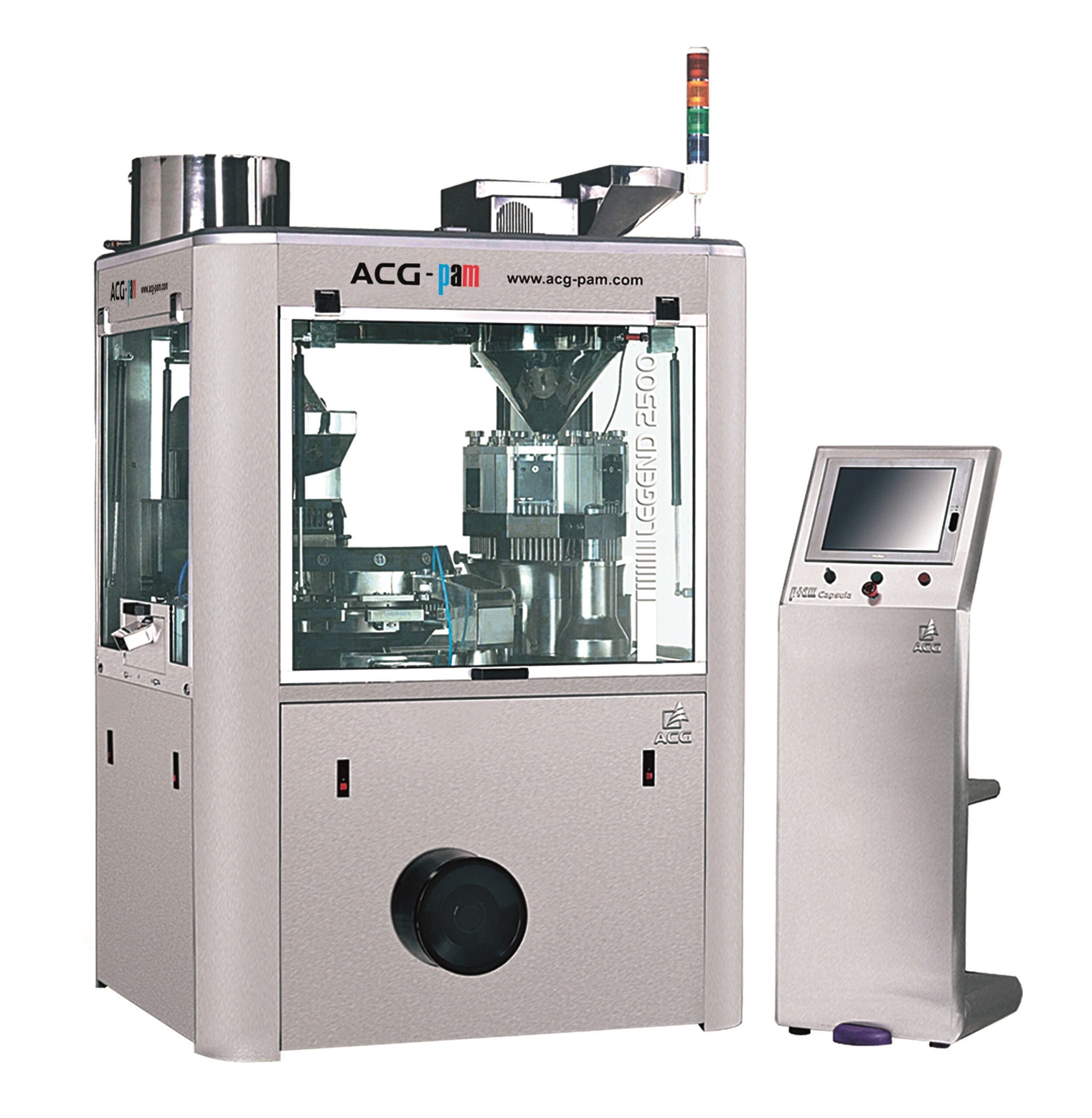
Easy to validate capsule filler
Staying competitive in today’s highly dynamic and highly regulated pharmaceutical prod...
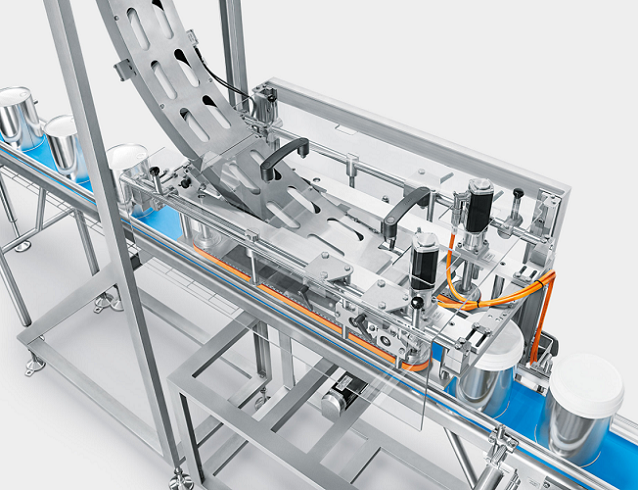
Capping machine for plastic lid oatmeal tins
Some products ask for a plastic reusable lid after the can has been sea...
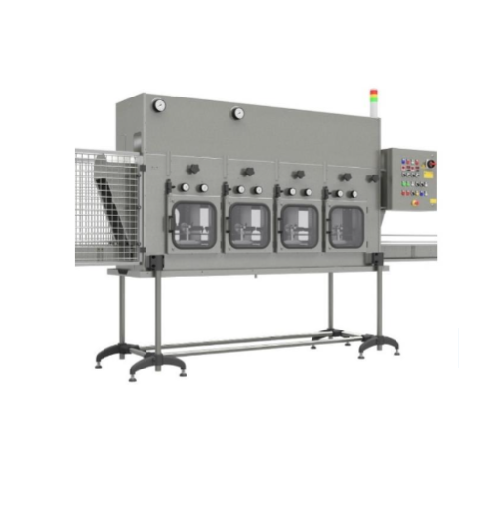
Steam tunnel for shrink sleeve labels
When it comes to the option of applying sleeves or film on a container without wrinkl...
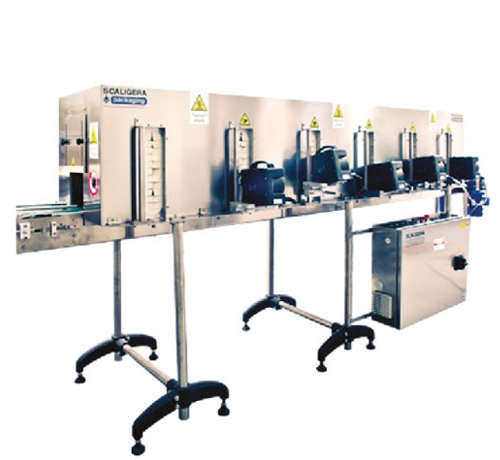
Hot air tunnel for shrink sleeve labels
Sleeves are very popular in food, beverage, Chemical and pharmaceutical industry be...
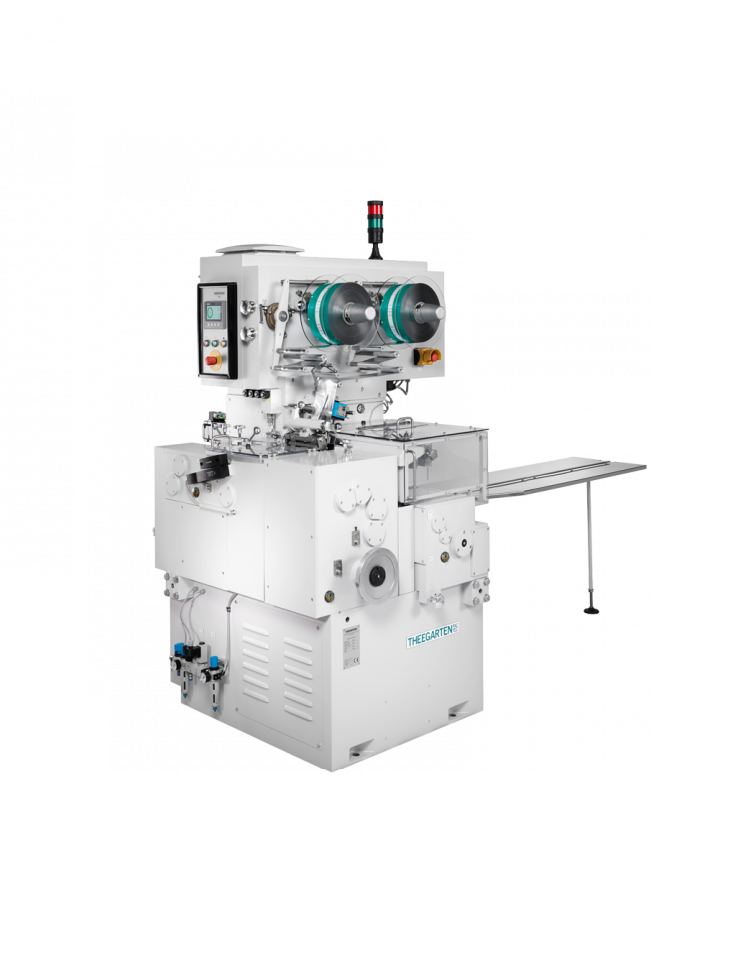
Single twist cut & wrap lollipop machine
Soft caramel lollipops require more gentle handling during production than ot...

Double head tray former for punnets
Tray forming machines can be an investment at first and require some technical knowledg...
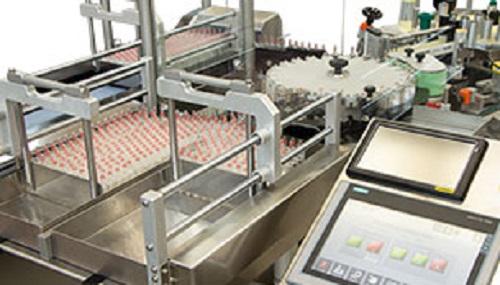
Pharmaceutical rotary labeling machine for vials
Small, cylindrical-shaped glass bottles or vials are mainly used for vacc...
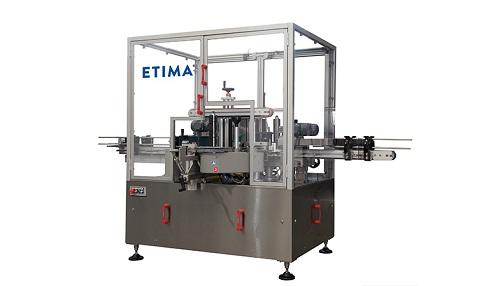
Self-adhesive linear labeling machine for bottles
It is vital to have precise and long-lasting labels on bottles to avoid...

Automatic bottling machine for beverage
One of the biggest challenges when bottling beverage drinks is that many of the bot...
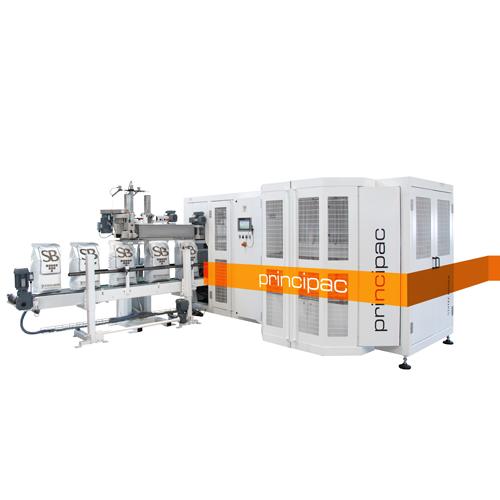
Open mouth bagging machine
If you are a manufacturer of fertilizers, bulk chemicals, sugar, seeds, or any grains it is likel...
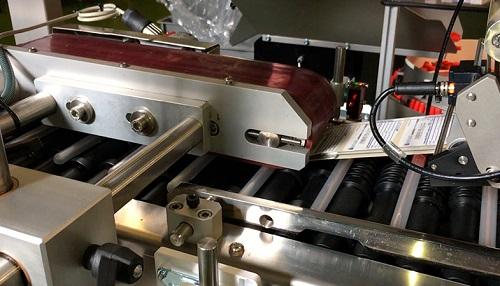
Labeling machine for ampoules
It’s essential for pharmaceutical companies to provide the highest quality ampoules to custome...
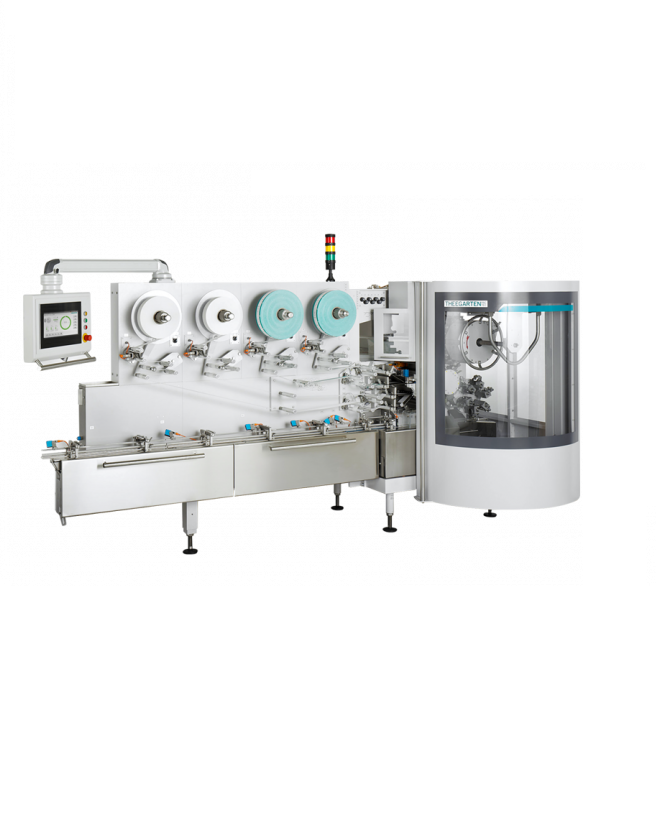
Medium-speed flexible wrapping machine for chocolates
Larger scale wrapping of individual chocolate products demands gent...
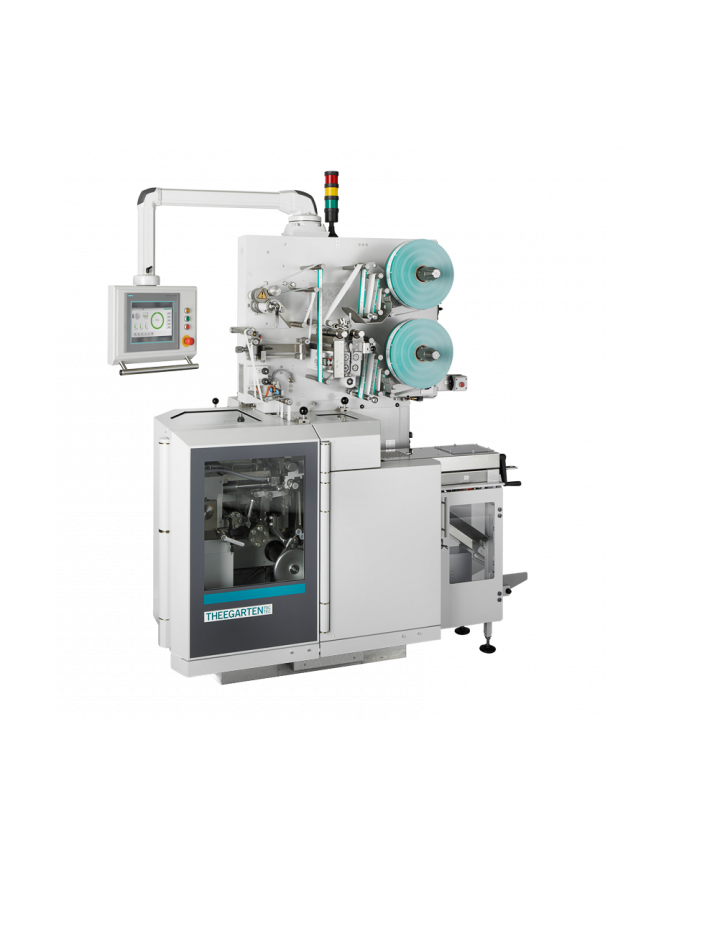
High-speed cut & wrap fold machine
For large scale production of toffees, caramels and chewy candy products, speed of throu...
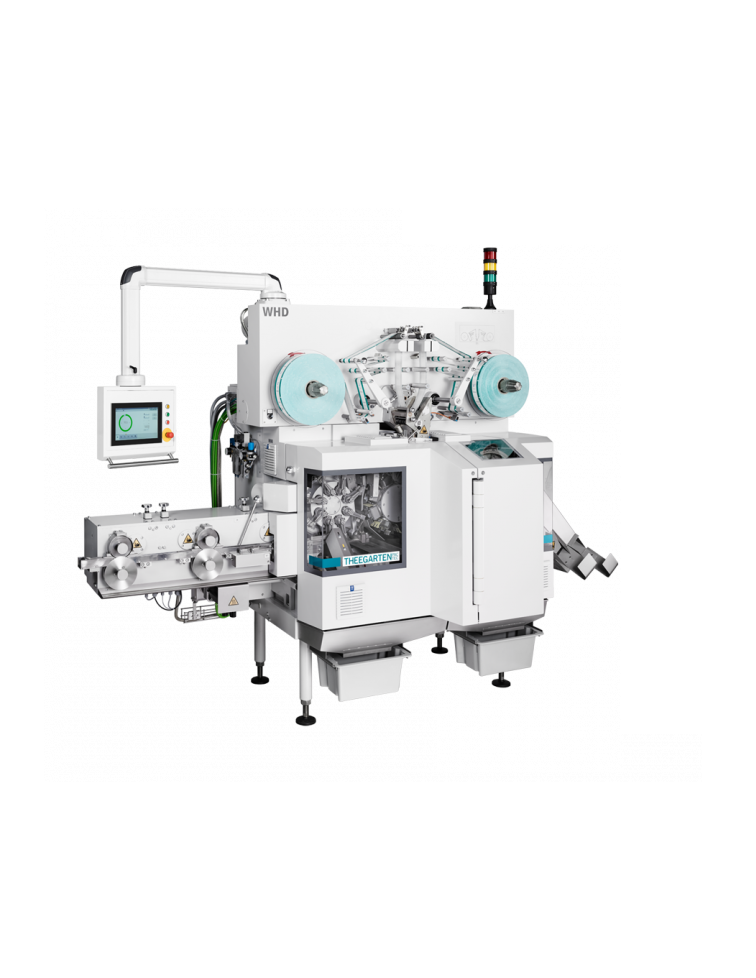
High-speed cut and wrap double twist machine
Many gums, chewy candies, toffees and caramel products are most suited to ind...
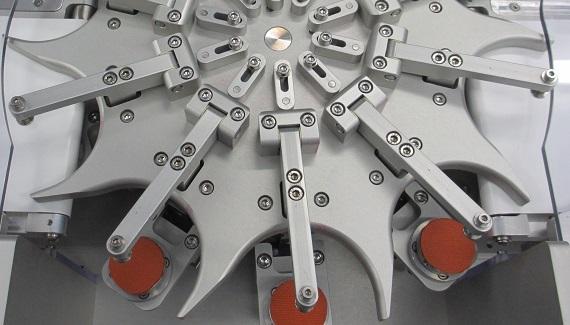
Fast printer for petri dishes
Adding a rotary edge printing facility to a petri dish filling system can be complex and expen...
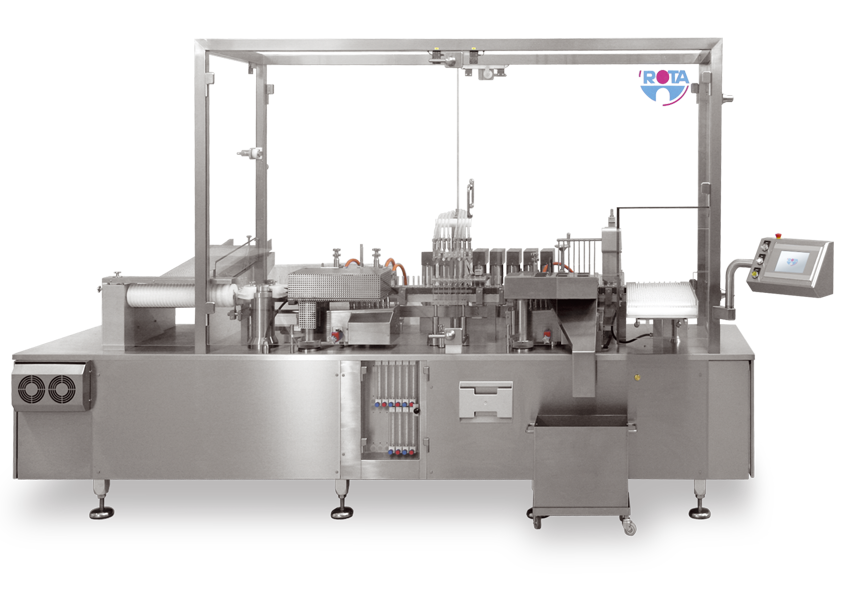
Ampoule filling machine
Filling ampoules or vials with parenteral fluids are an essential matter for which you need to consid...
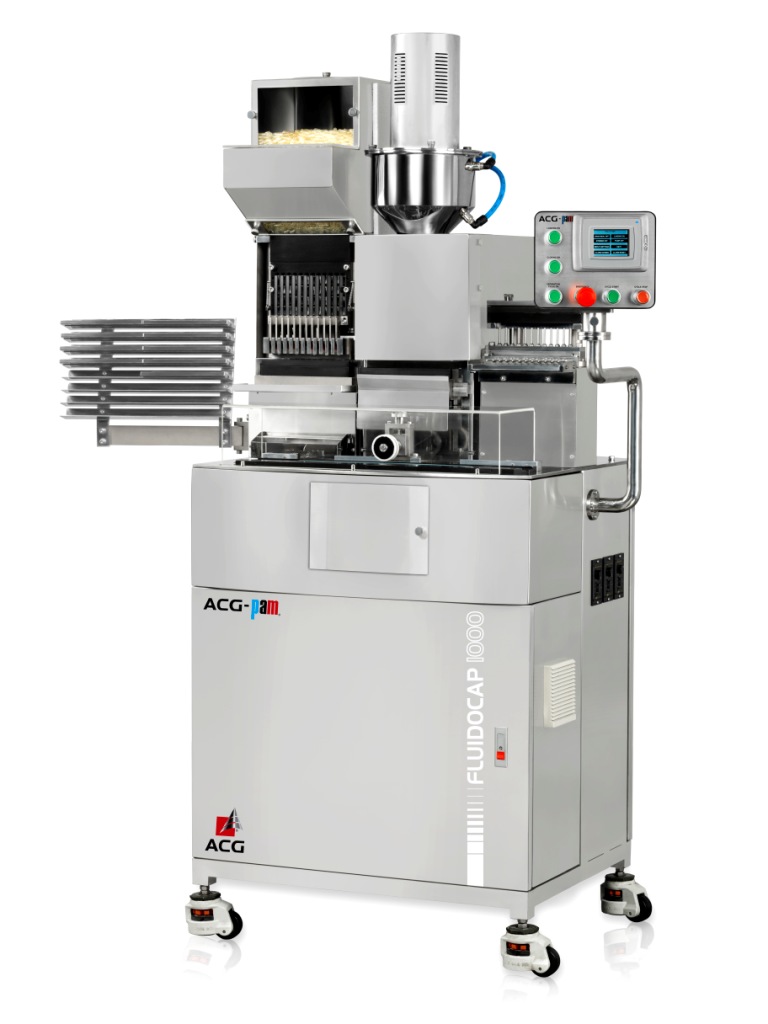
Laboratory capsule filler for liquid solutions
A recent important change in the industry is the trend toward providing liq...
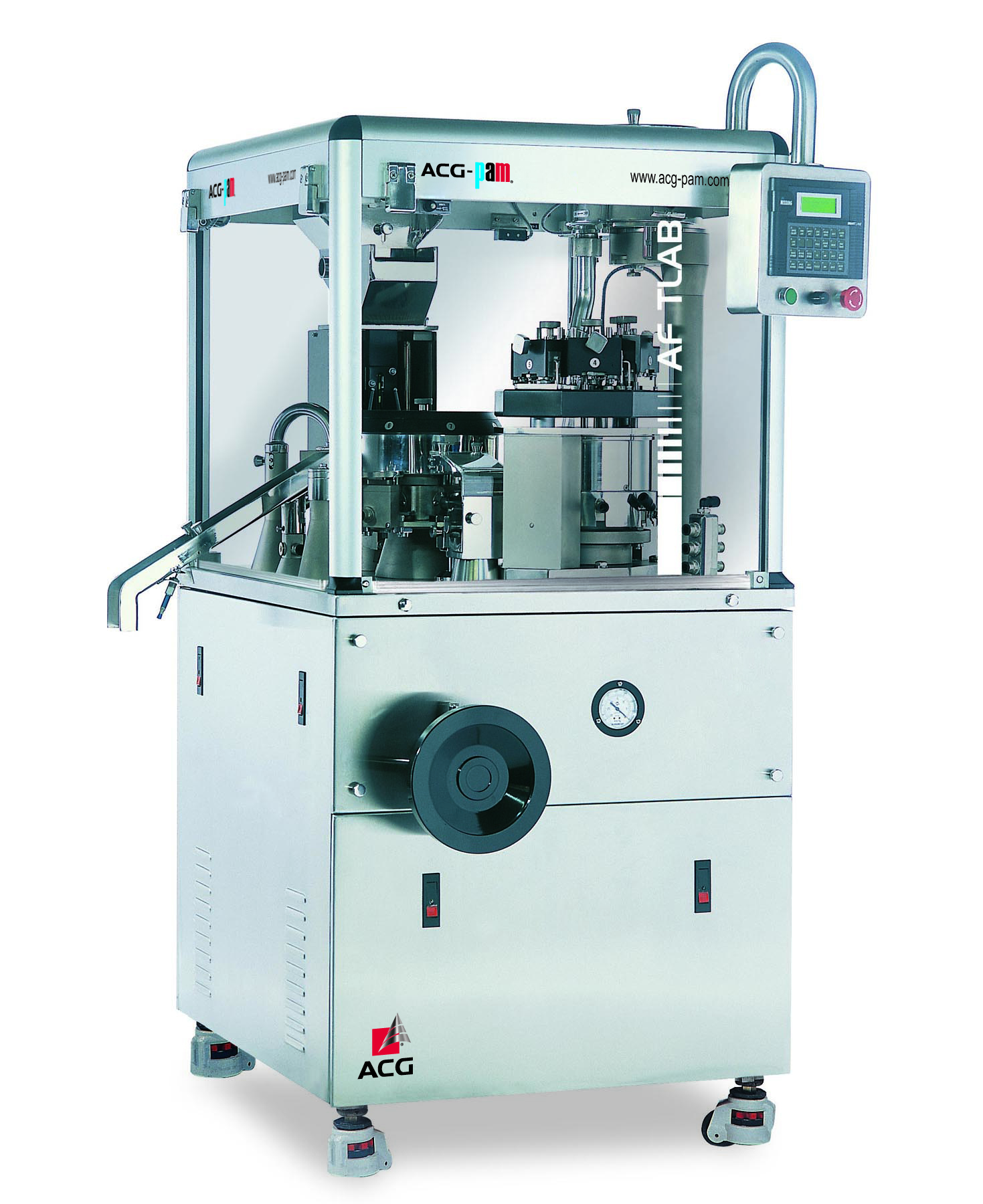
Automatic laboratory capsule filler
Innovators in the highly regulated and highly dynamic pharmaceutical market place need ...
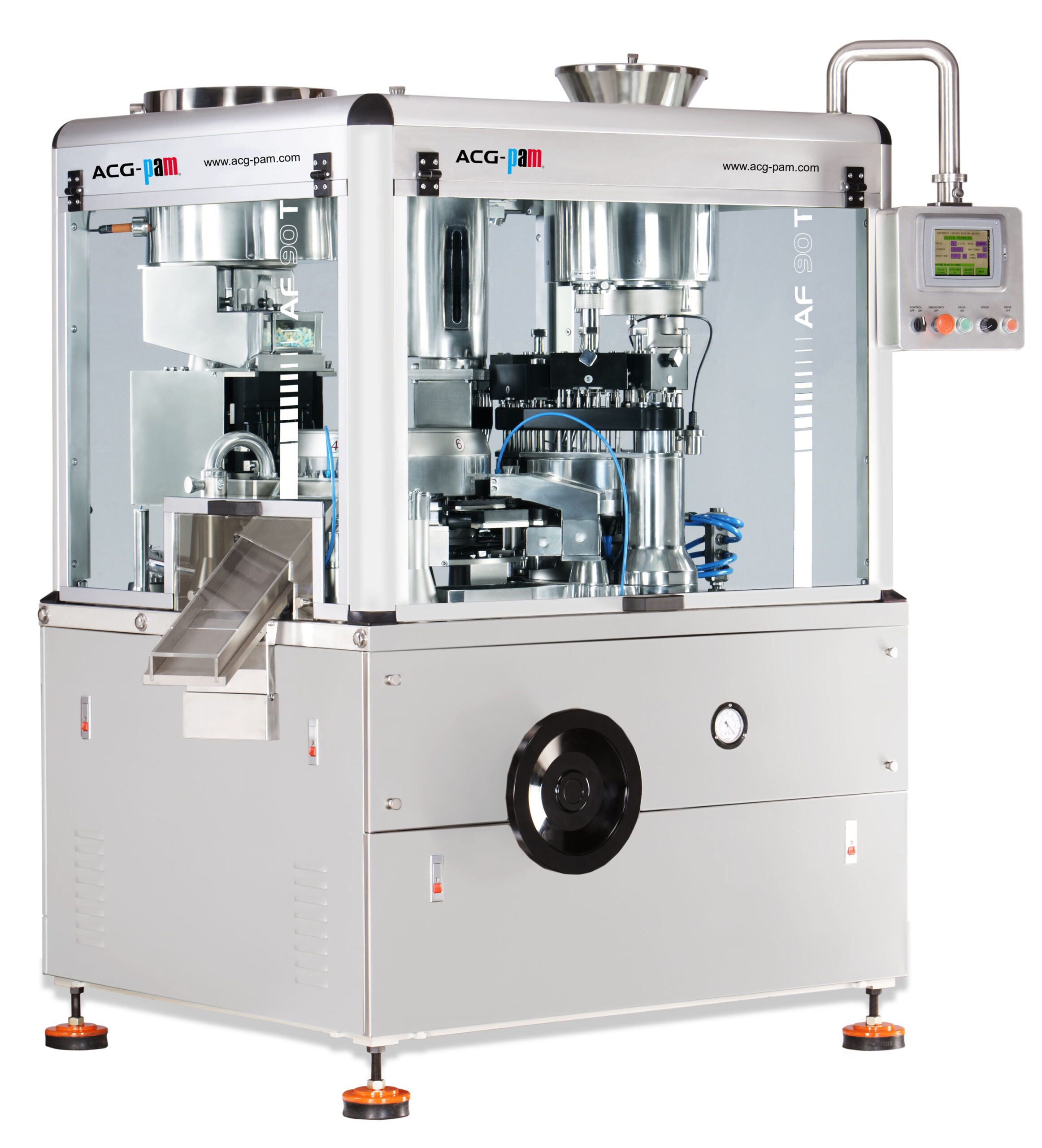
Automatic capsule filler
Capsule filling should be a worry-step in pharmaceutical and nutraceutical manufacturing. The right...
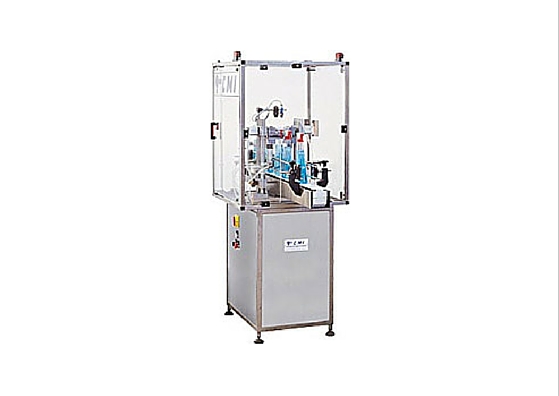
Semi-automatic trigger capping machine
Trigger spray bottle are the ideal capping solution for many chemical and household ...
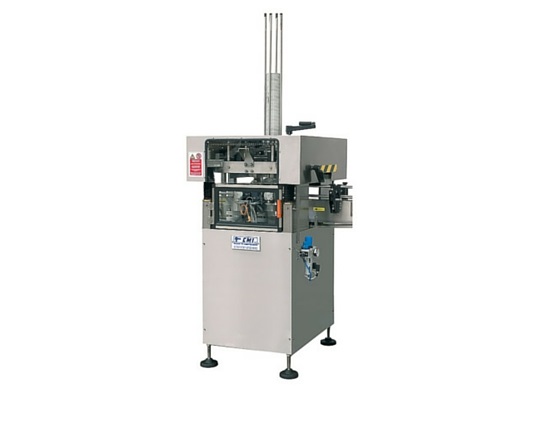
Automatic can sealer
If you need to cap paint, glues, and solvents containers and are currently manually placing the lids, yo...
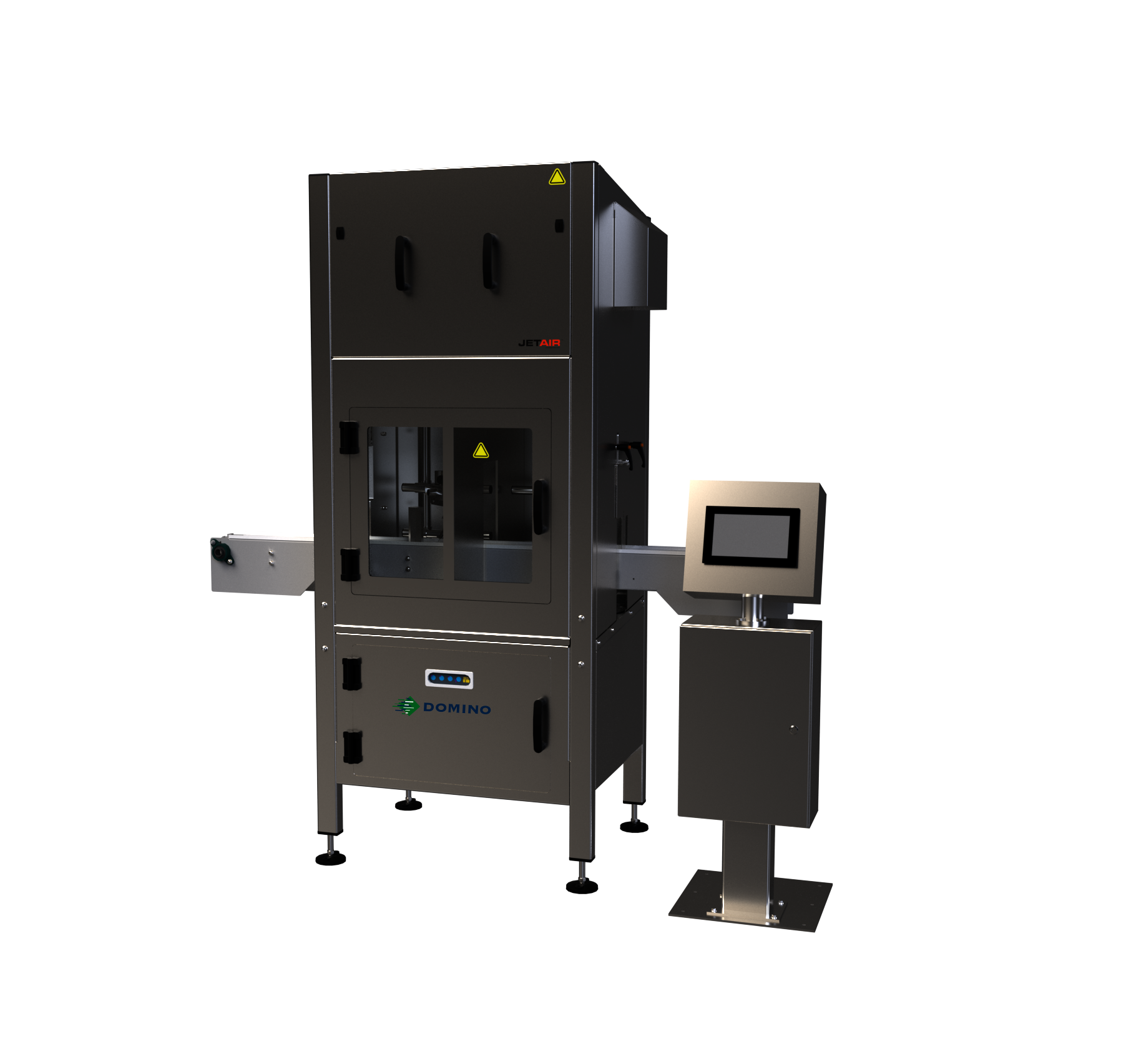
Code printer for cans with integrated drying system
Printing date and batch code information on canned consumer items req...
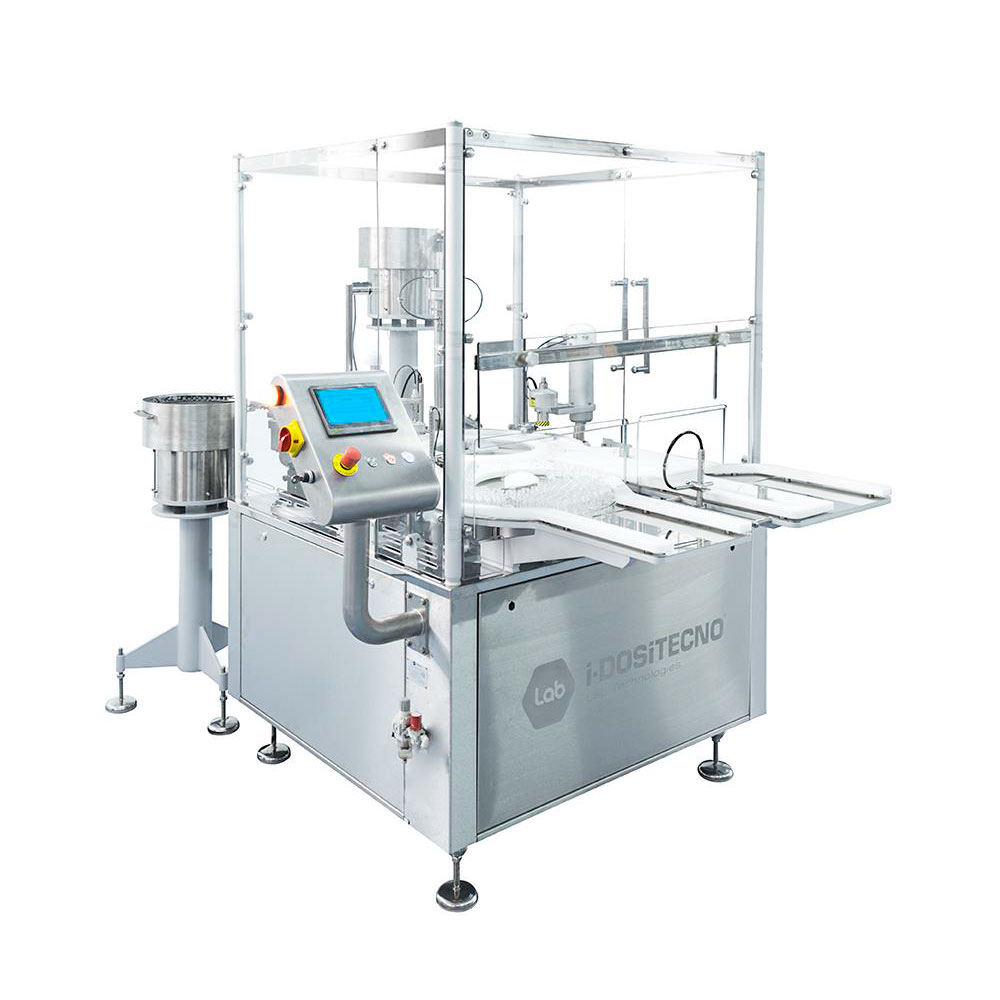
Start-up sterile filling line for injectables
For smaller-scale production of vials and syringes for the injectables marke...
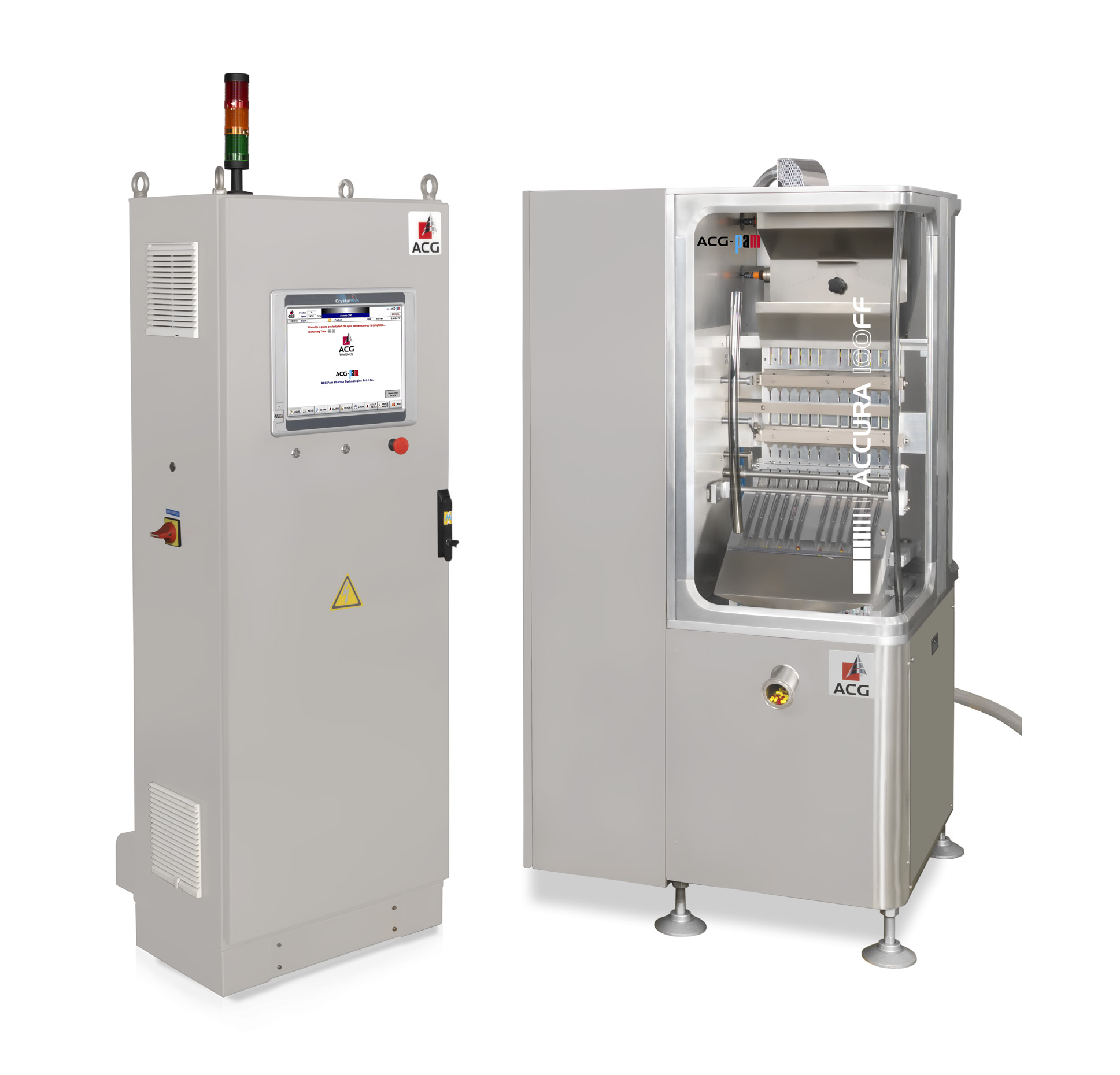
Industrial capsule checkweigher
Pharmaceutical manufacturing demands the highest quality standards and completely consistent...
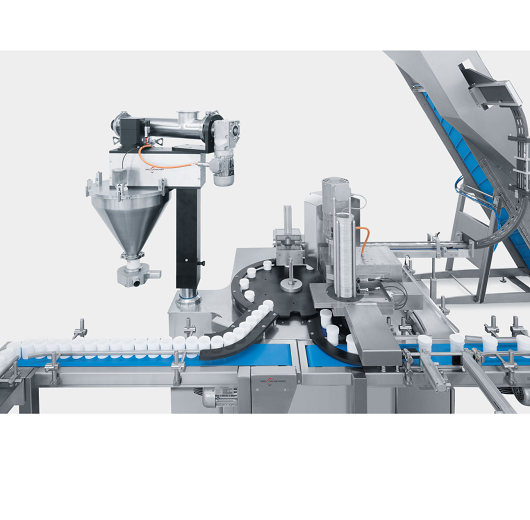
Can filling equipment
Having separate equipment for different process steps like filling and closing, can put a brake on grow...
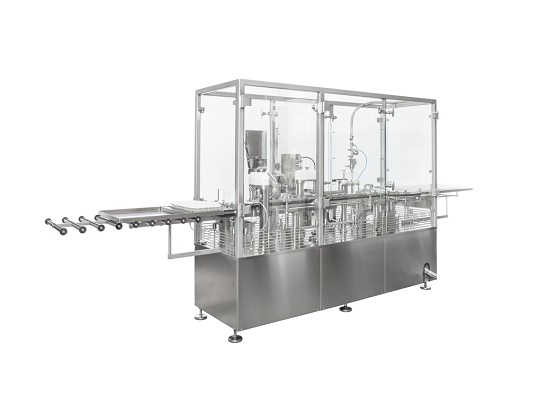
Industrial vial capping machine
The high capacity production of pharmaceuticals delivered in vials and cartridges requires a...
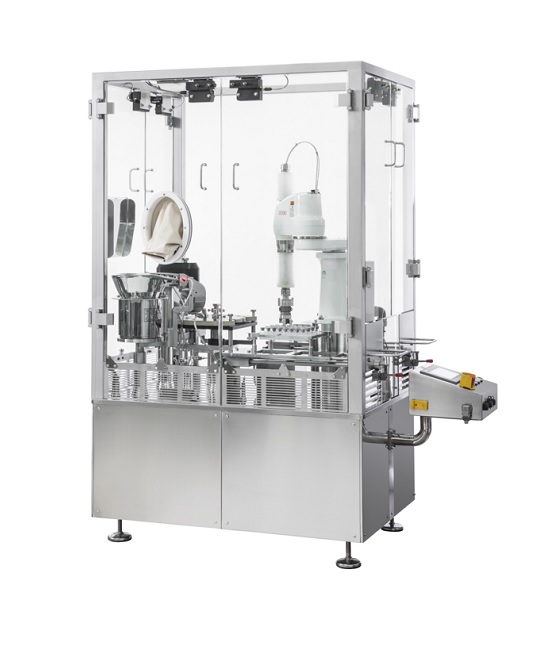
Aseptic vial cap sealing machine
Aseptic production methods are at the heart of the latest development in pharmaceuticals in...
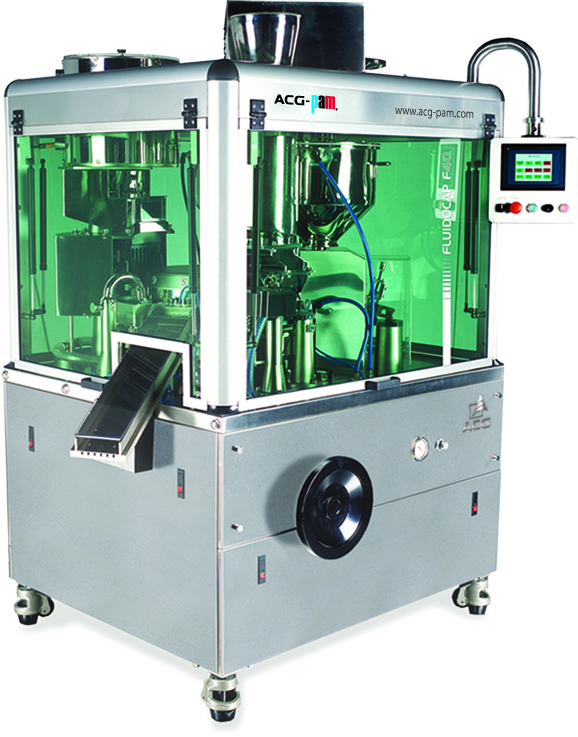
Automatic capsule filler for liquid solutions
Use of liquid filled hard capsules is increasingly popular with today’...
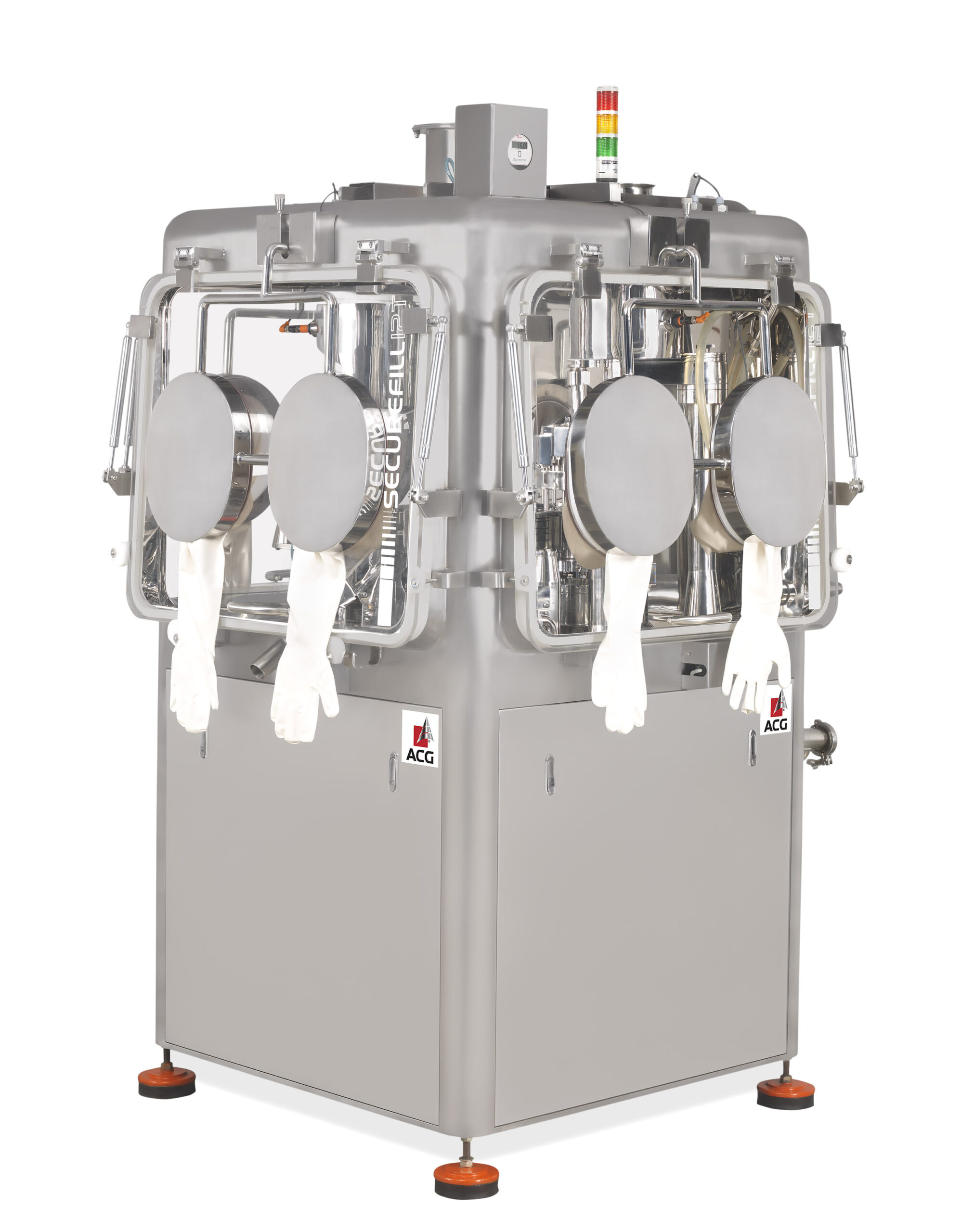
Contained capsule filler
For pharmaceutical formulations that are highly active specialized capsule filling equipment is ofte...

High-yield capsule filler
Pharmaceutical manufacturers require maximum yield from their encapsulation process for efficient ...
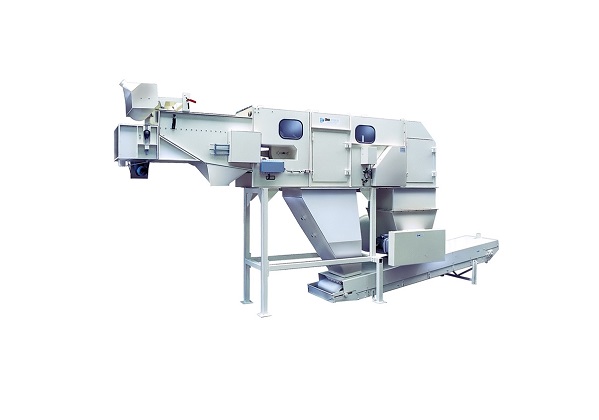
Automatic bag slitter
Unacceptably high dust levels can be generated whilst manual emptying and handling of bags, also produc...
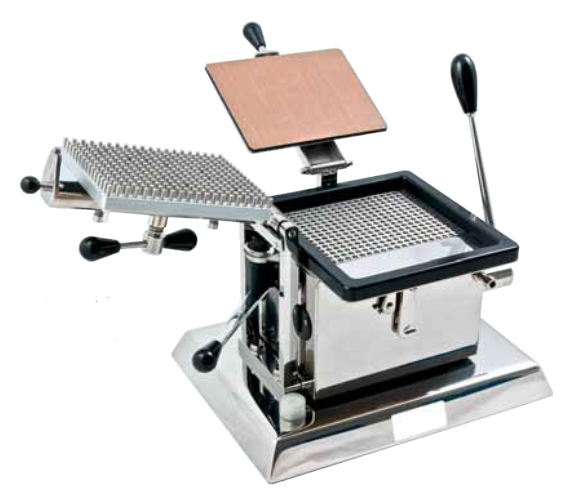
R&D semi-automatic capsule filler
Semi-automatic filling machine suitable to open, fill and close empty hard gelatin capsul...
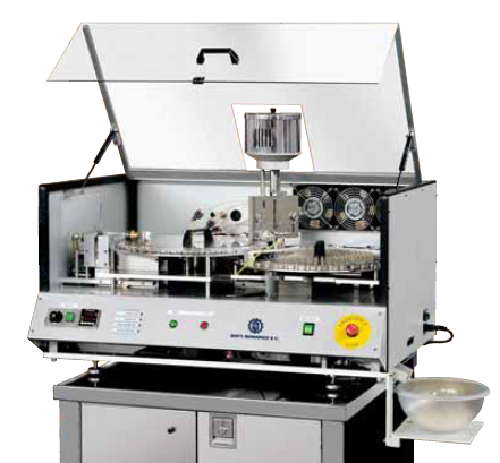
R&D hard gelatin capsule sealing machine
When encapsulating products at temperatures up to + 80°C, these tend to solidify a...
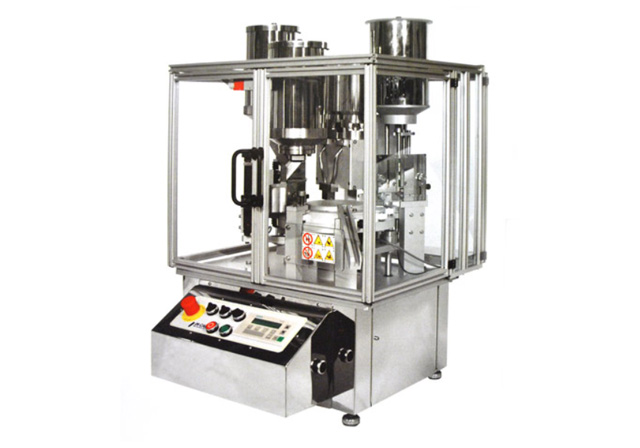
R&D automatic capsule filler
Automatic capsule filling machine for powders, pellets, tablets, mini-tablets, capsule in capsu...
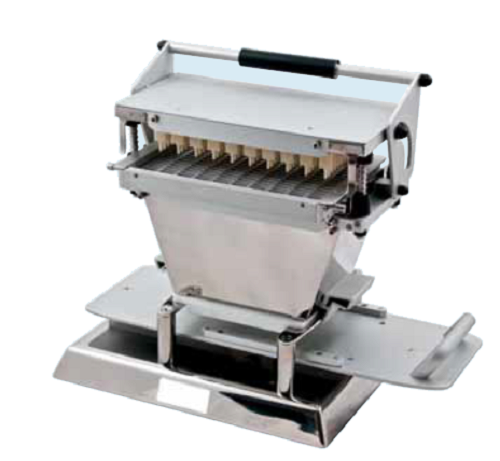
R&D capsule orientater
A semi-automatic orienter for capsules with an output speed up to 6000 capsules.
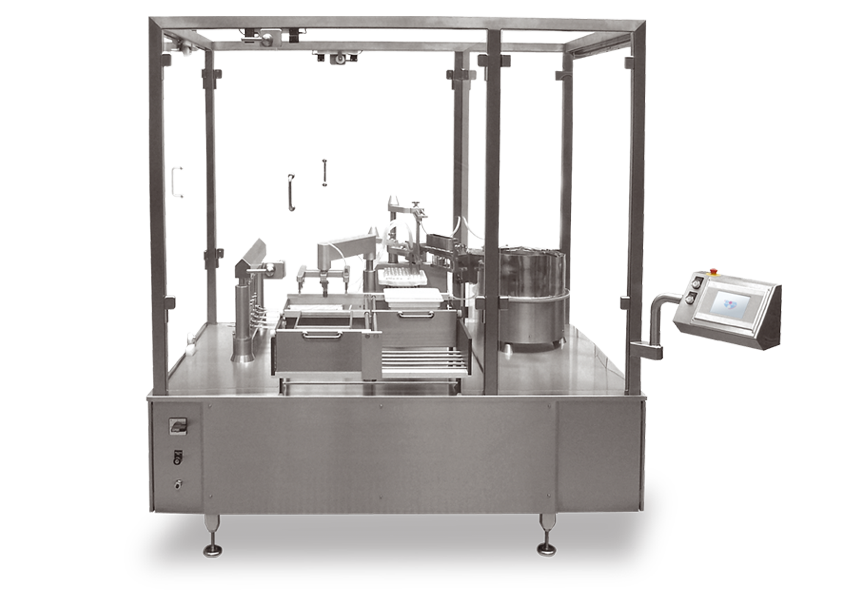
Filling and closing machine for parenterals
Any pre-filled syringe can be filled and closed with this fast and easy machin...
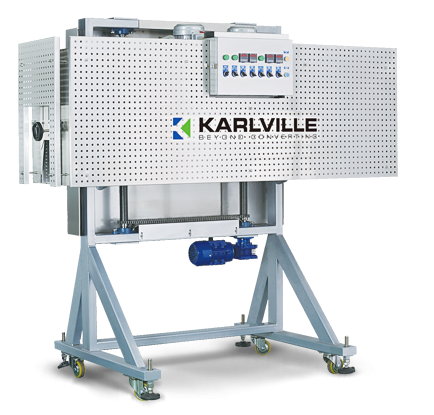
Electric shrink tunnel solution
Adapting shrink sleeve heating tunnels for different applications can be a lengthy and expen...
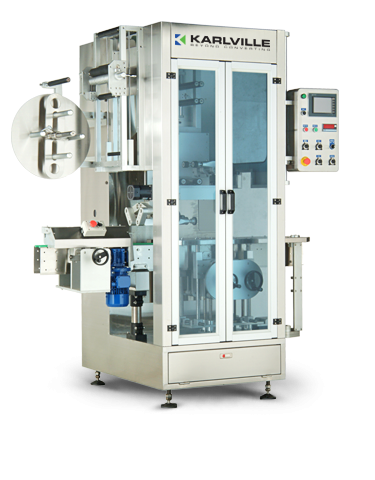
Low speed shrink sleeve applicator
A variety of industries require flexible addition of shrink sleeves to containers on the...

Laboratory size auto-steam shrink system
When managing sleeving projects, fast prototyping and testing can gain massive com...
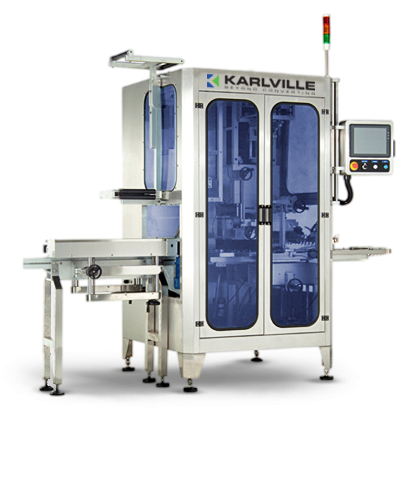
Shrink sleeve applicator - 600 per minute
Several industries require the flexible addition of shrink sleeves to containers...

In-line tamper evident applicator head
Integrating tamper protection equipment into an existing production line means addit...
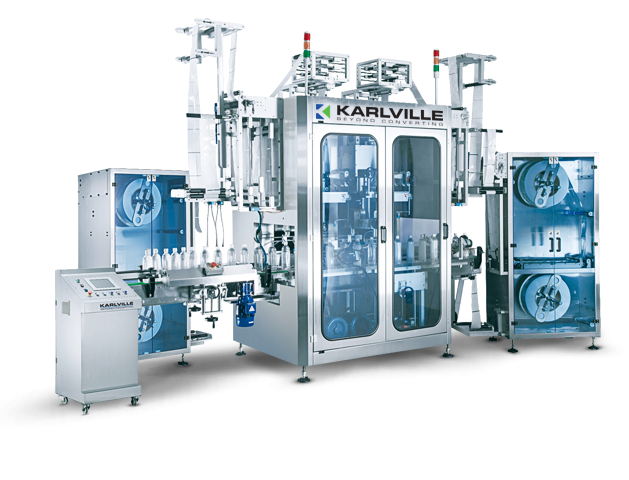
Shrink sleeve applicator - 800 per minute
High speed, in-line shrink sleeving systems require dual head capability with hi...

Advanced auto-steam shrink system
Design and development of shrink sleeves could be made much easier if small batches of sa...
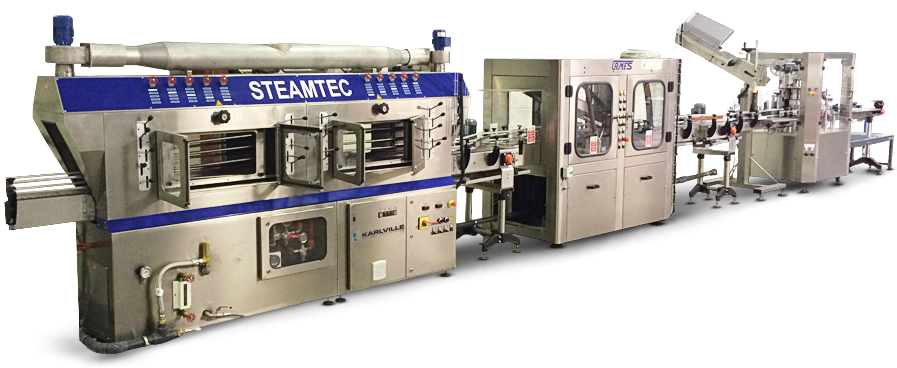
Premium steam tunnel for sleeve application
Maximum flexibility in terms of pressure, temperature and ramp setting and adj...
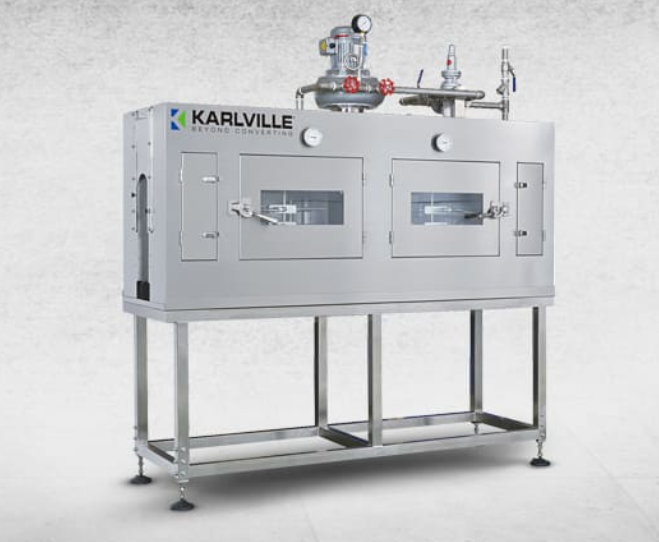
Shrink tunnel for applying sleeves to different containers
Maximum flexibility is required when setting pressure and dir...
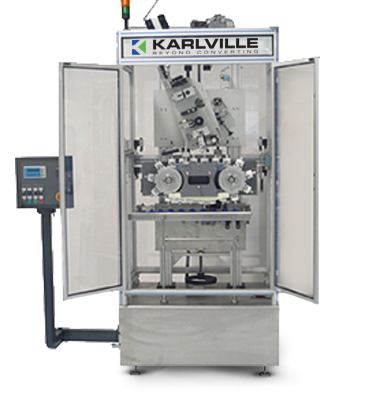
Tamper-evident sleeve applicator for caps
Reliability, continuity and changeover time are key success factors for tamper-e...
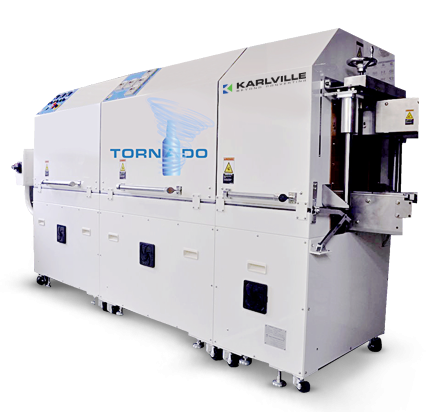
Energy efficient tunnel for sleeve application
Hot air application of shrink sleeves is much more efficient than tradition...
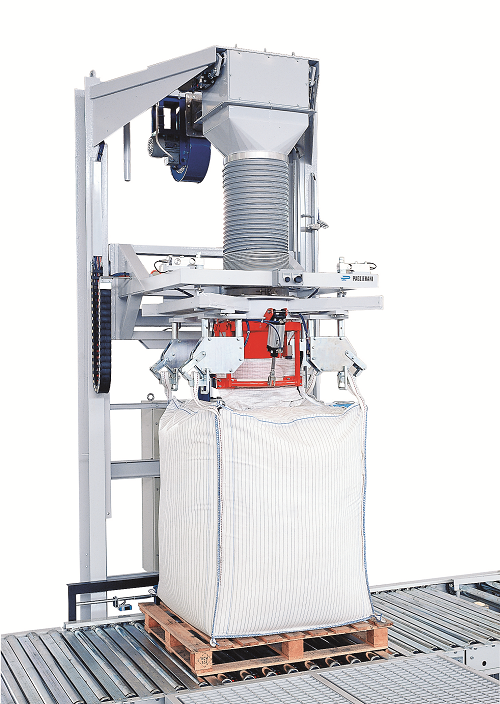
Big bag solutions
Management of big bags requires specialist handling and selection of cost-effective configurations for fill...

Hygienic FIBC handling line
There are many considerations when handling FIBC’s (Flexible Intermediate Bulk Containers)...

Big bag discharge system
Dust emissions, product loss and product contamination are the main risks when discharging products ...
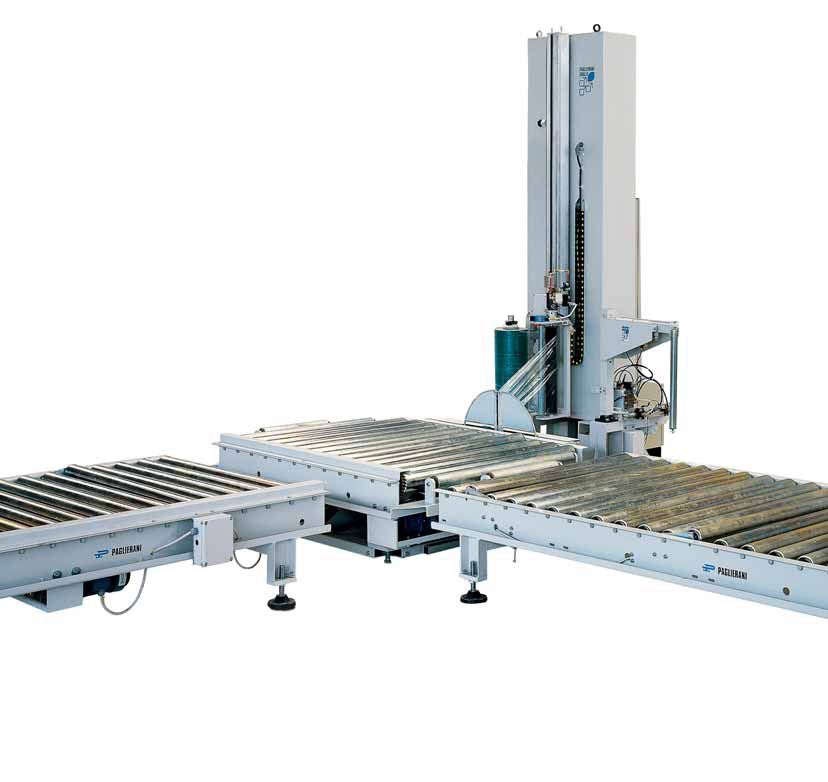
Automatic stretch wrapping machine for medium speed
For secure, automated stretch wrapping at medium speeds, the key is e...
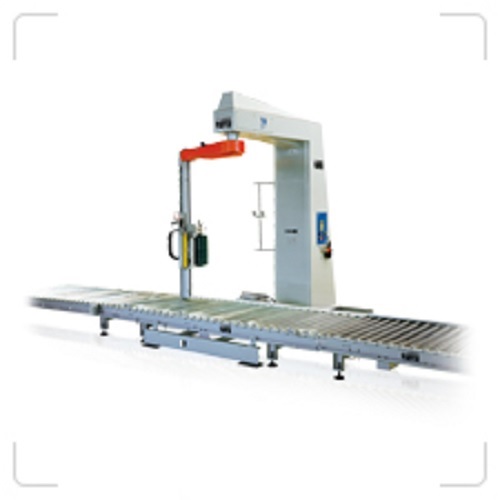
High speed stretch wrapping machine
Where high speed wrapping, without toppling, is required in tightly securing palletised...
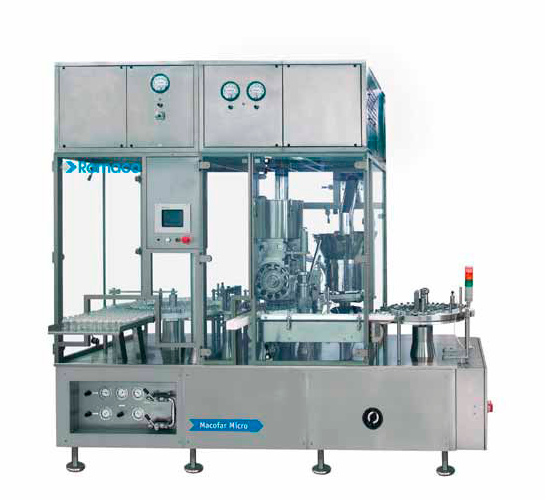
Microdosing machine for sterile powders
Fill sterile pharmaceutical powders into vials under aseptic conditions with a spee...
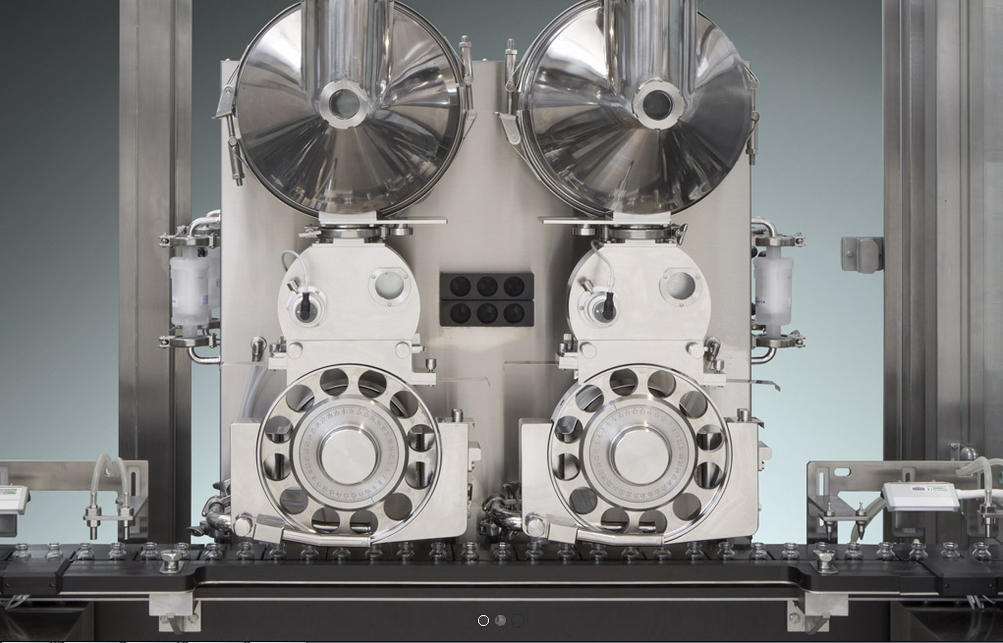
High-speed aseptic injectable vial filling machine
Fill up to 24,000 vials per hour with pharmaceutical powders or liquid...
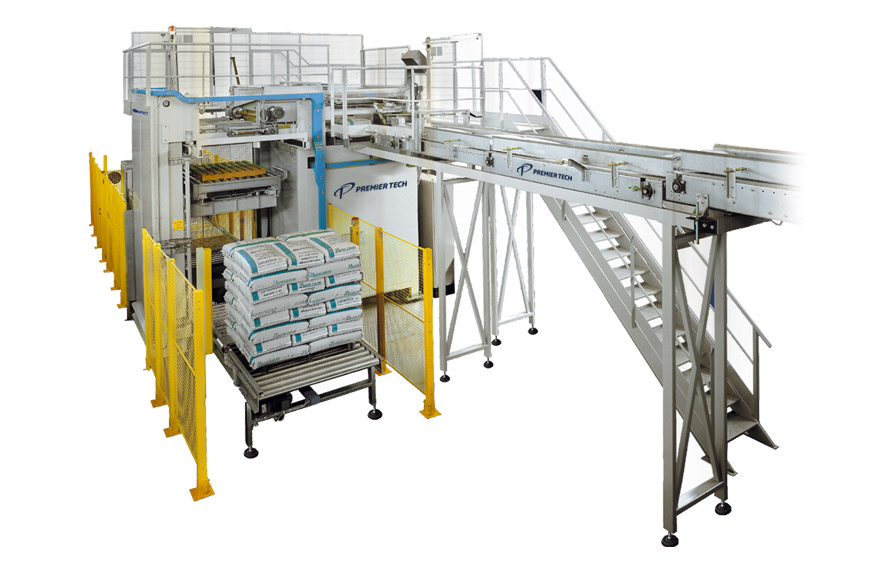
High-level layer palletizer
A palletizer that meets the middle and high-level needs of modern bagging lines. Quite suitable ...

Automatic straddle stretch wrapper
Select from an industry leading range of automatic stretch wrappers to prepare up to 110...
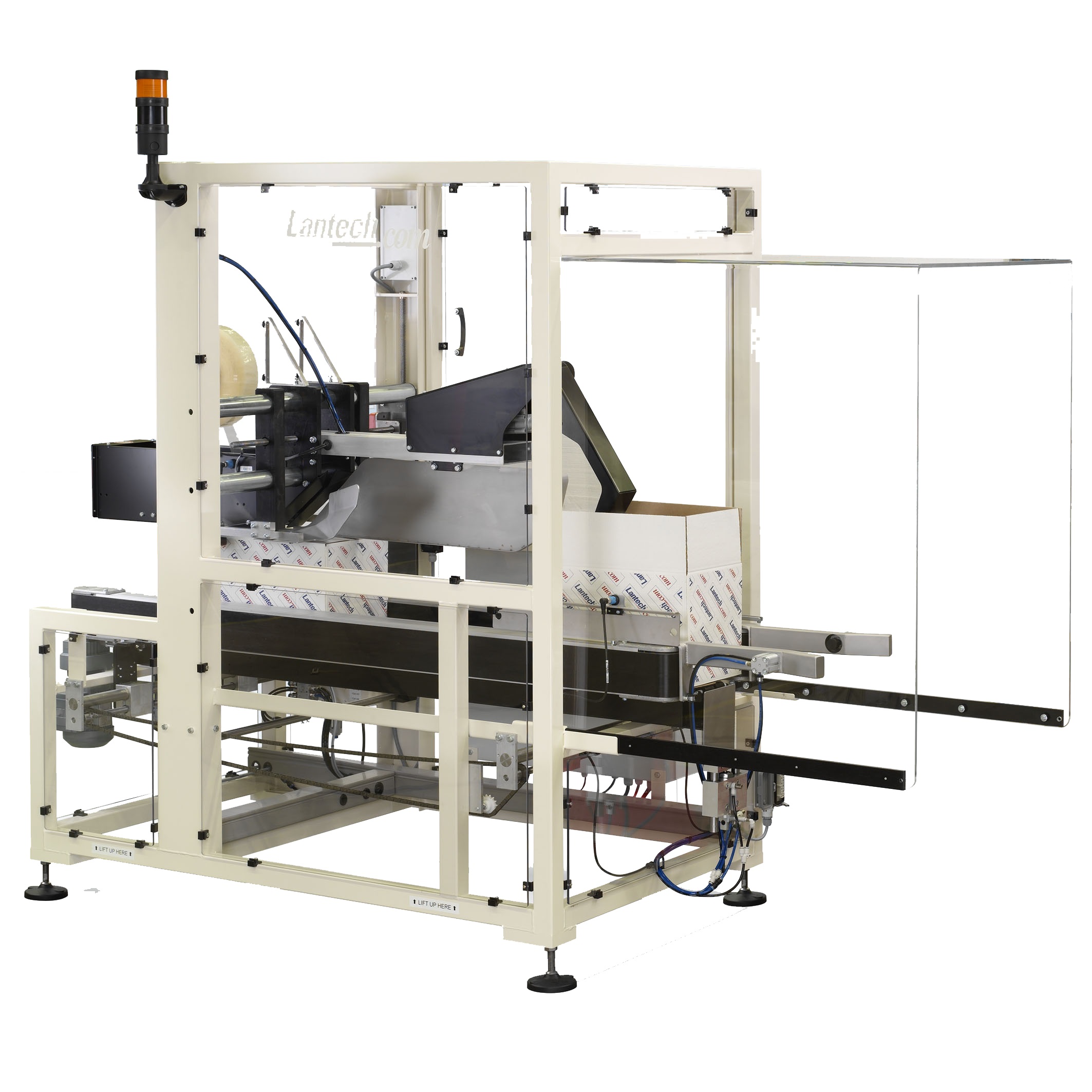
Case sealer
Automatic sealing of corrugated cases can speed up your production process. You can seal with tape or, in case you...
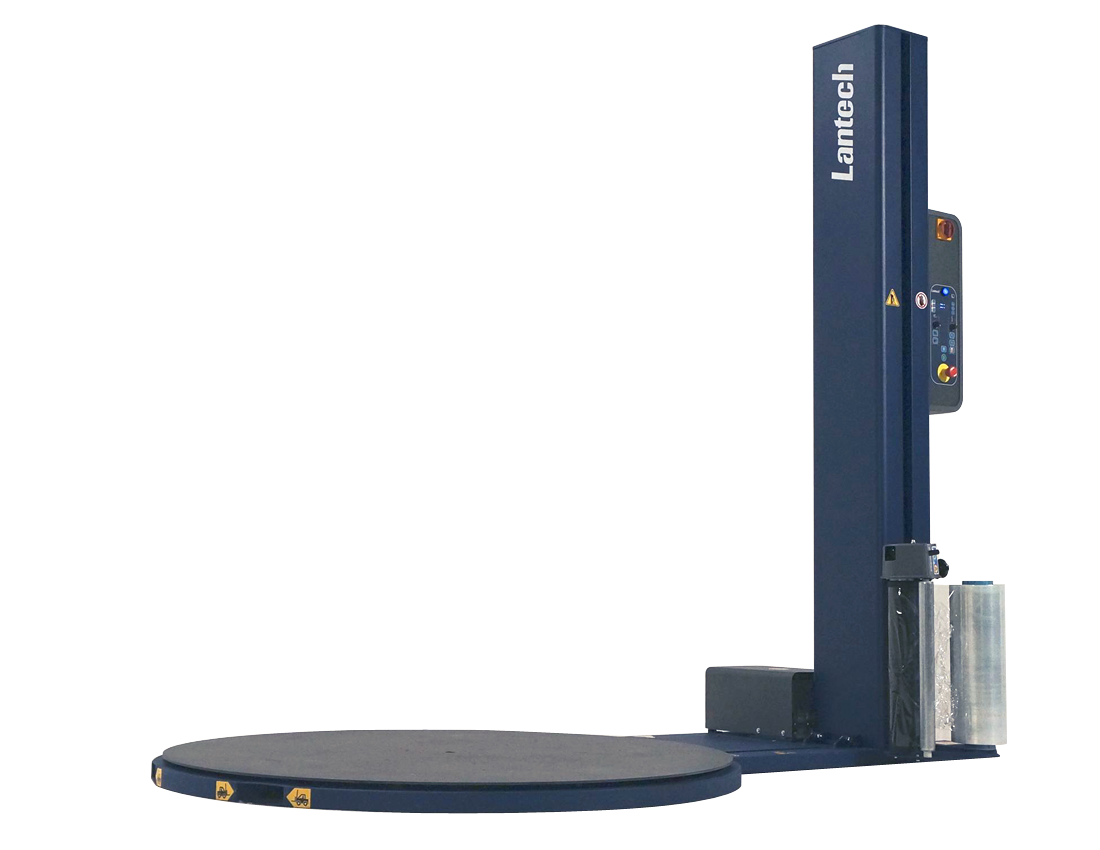
Economic turn-table stretch wrapper
Wrap up to 20 loads per day on an easy-to-use turn-table that ensures safe-to-ship loads.
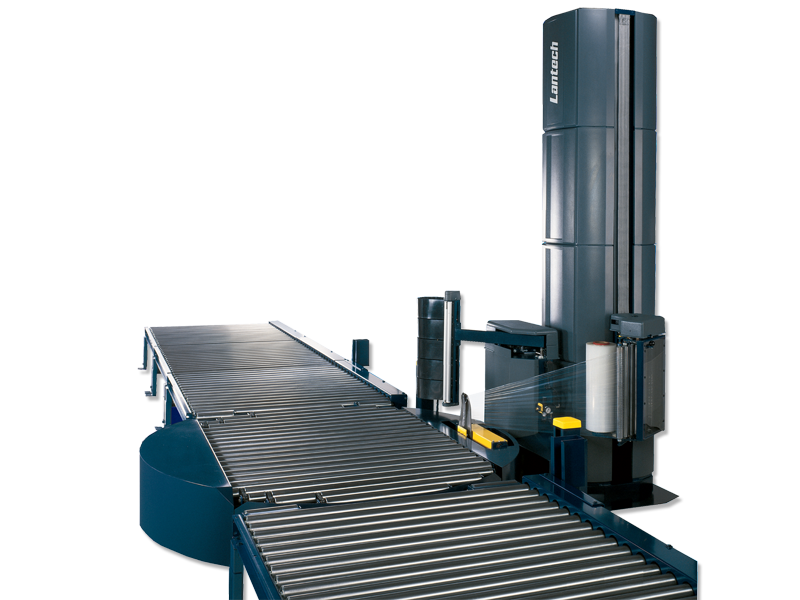
Automatic turn-table stretch wrapper
These stretch wrappers are some of the most versatile, automatic turn-table stretch wr...
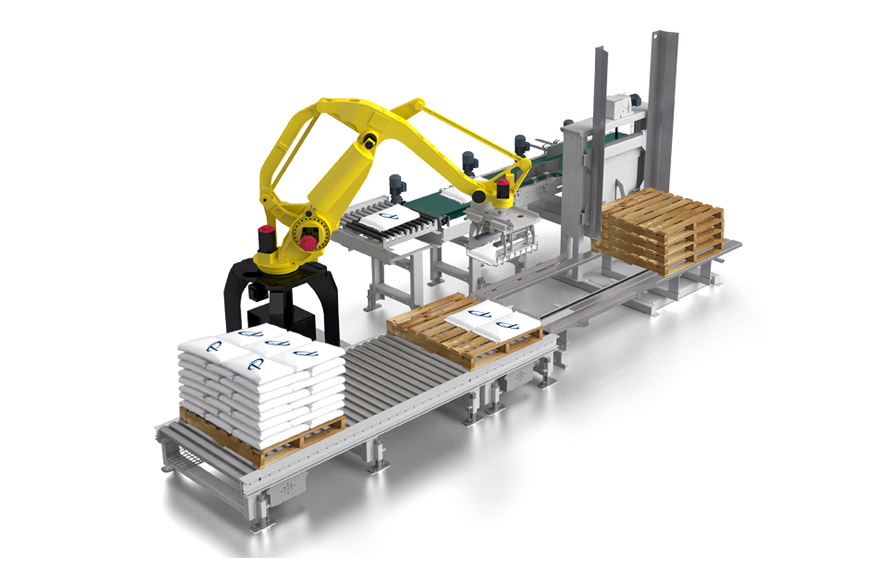
Robot palletizer
Palletize up to 1,800 large industrial bags per hour at a multi-pick-up configuration.
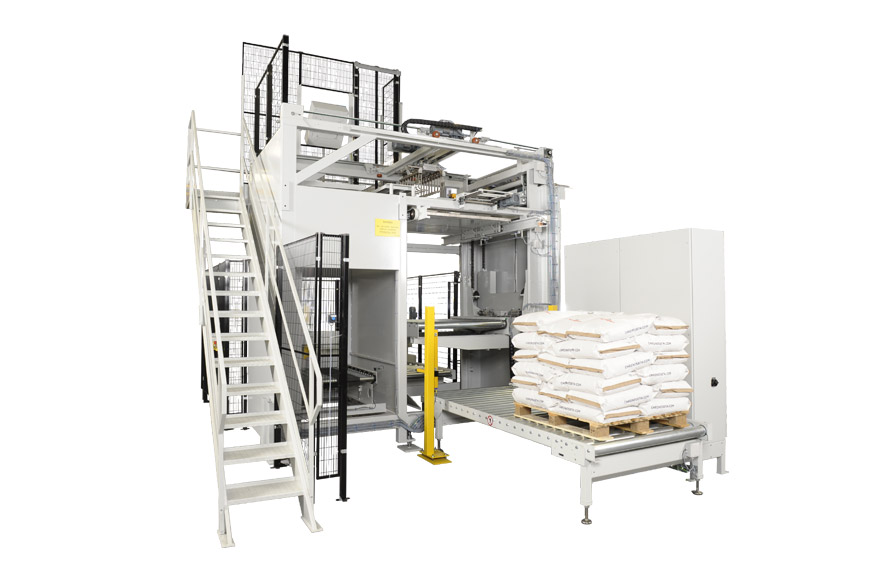
Compact palletizer
Choosing an accurate palletizer can be quite an advantageous move. This one is designed for euro, industri...

Versatile open-mouth bagger
If you want highly precise bagger for bagging multiple bag materials, here you go. This versatil...
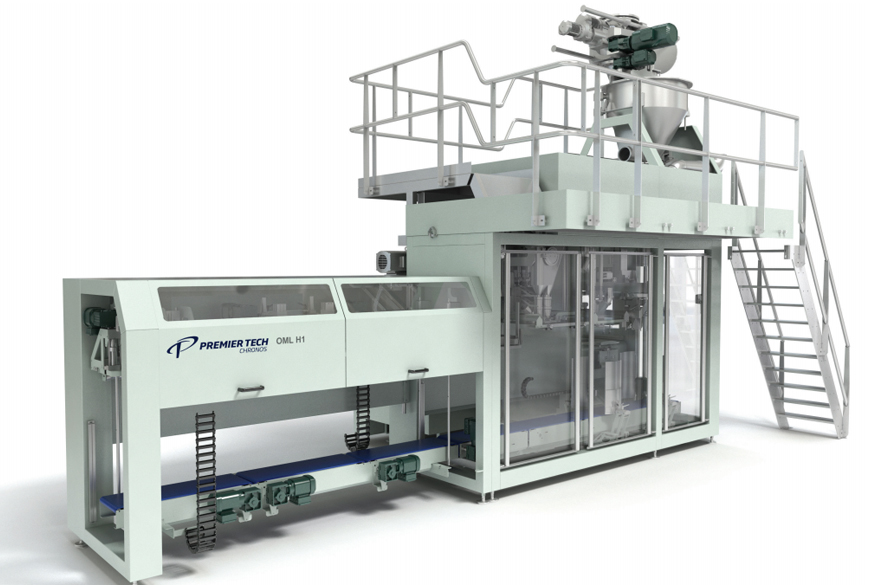
Hygienic open-mouth bottom-up baggers
Here are the open-mouth baggers that are specially designed for hygienic bagging of p...
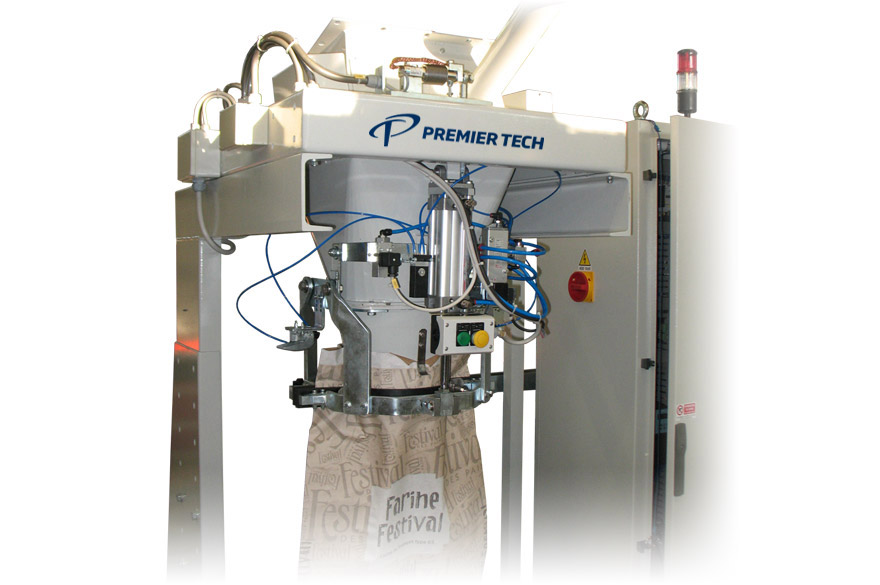
Manual bagger with gross weigher
This is a manual bagging set with an electronic gross weighing system to meet international...
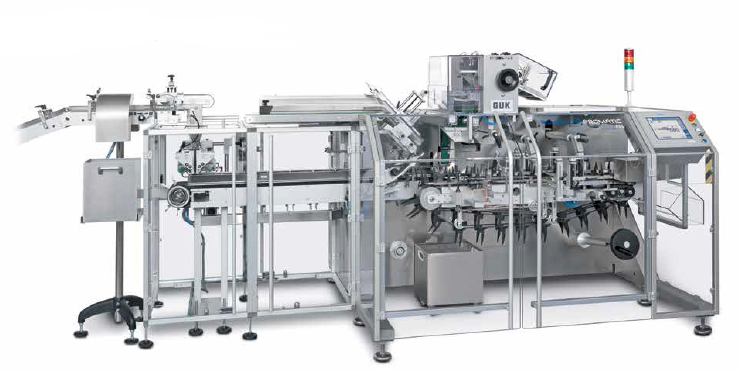
Horizontal intermittent motion cartoner
User-friendly cartooning solution with an intermittent motion for a wide range of p...
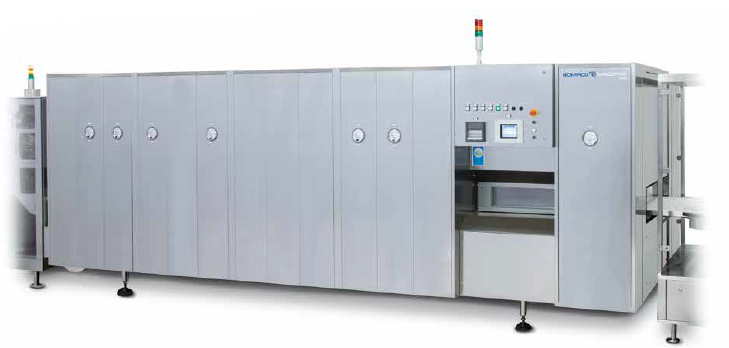
Depyrogenation tunnels for ampoules, vials and bottles
Sterilize and depyrogenize ampoules, vials, bottles and similar gl...
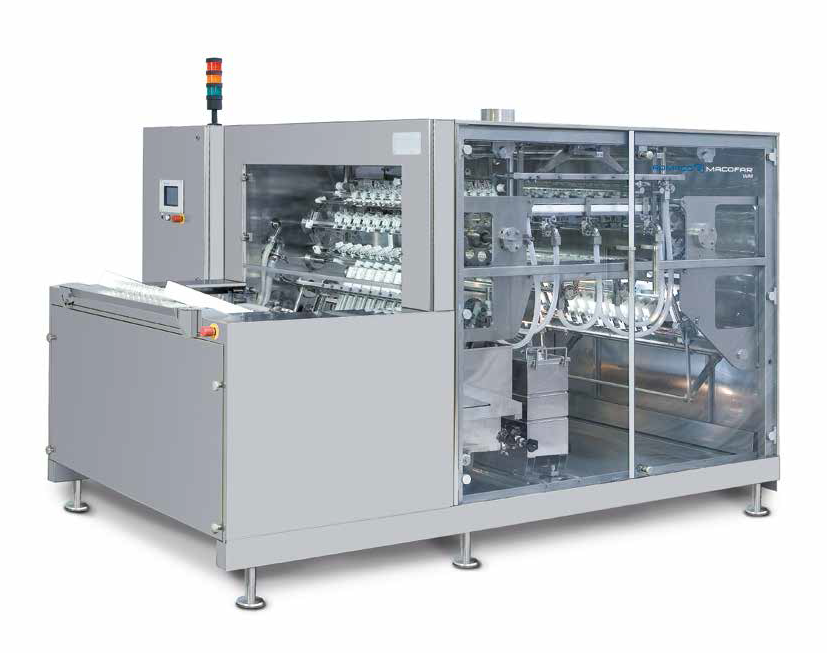
Automatic washing machine for ampoules
Automatic washing machine designed for cleaning ampoules and achieving a maximum out...
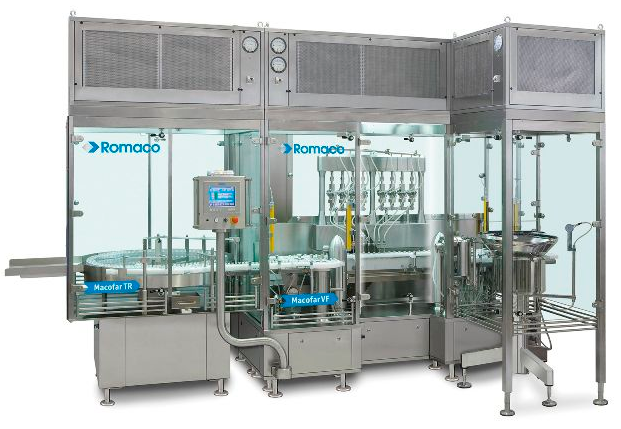
Aseptic liquid filler for vials
Compact modular aseptic filler of vials with parenteral medicines and freeze-dried products.
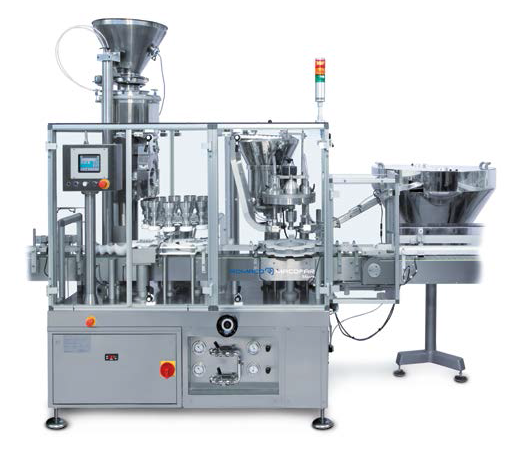
Dosing machine for nonfree-flowing powders
Fill poorly flowing powders, dry syrups and similar substances into various gla...
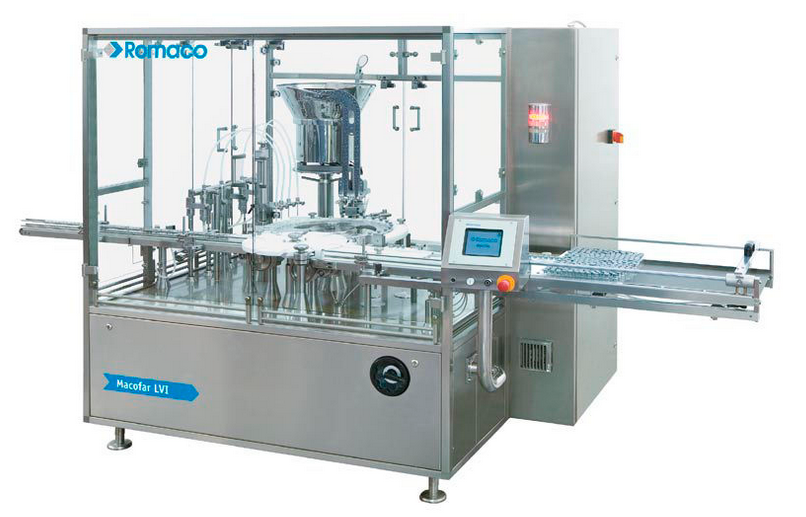
Monobloc small volume liquid filler
These intermittent motion monobloc machines are designed for filling various liquids in...
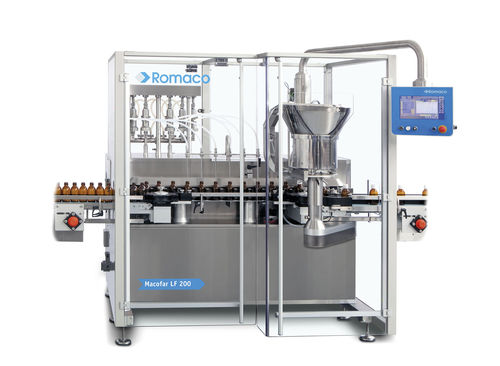
High-speed small volume liquid filler
Fill liquid pharmaceutical, nutraceutical and cosmetic products in ampoules and bottl...
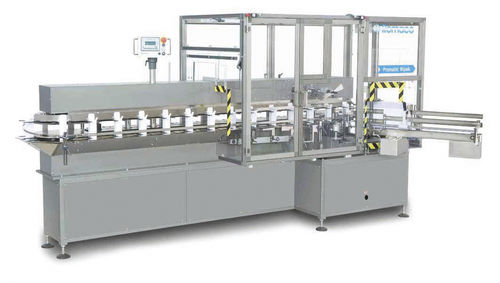
Vertical cartoner
A cartoning solution that can be operated in either continuous or intermittent mode depending on the carton...
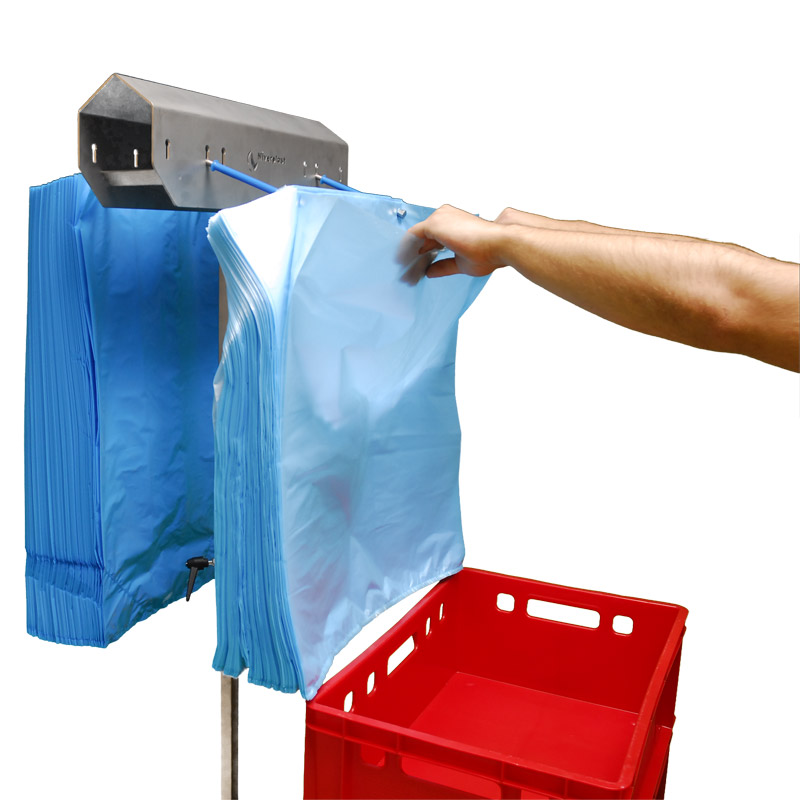
Manual bag-in-box inserter
If you want to speed up the manual bag placing cycles and make the job easy, then a manual bag pl...
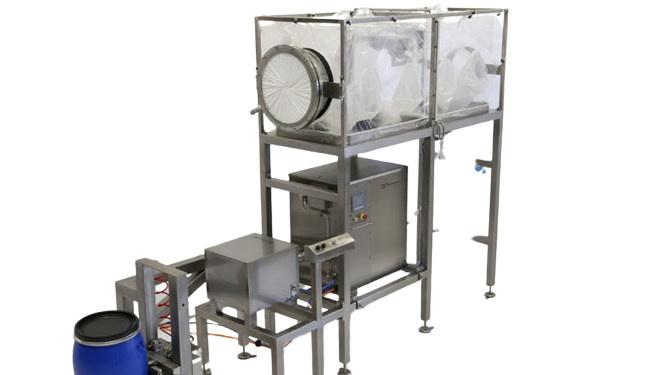
Flexible contained drum transfer system
Transferring powders from drums to process equipment such as reactors or mills can ...
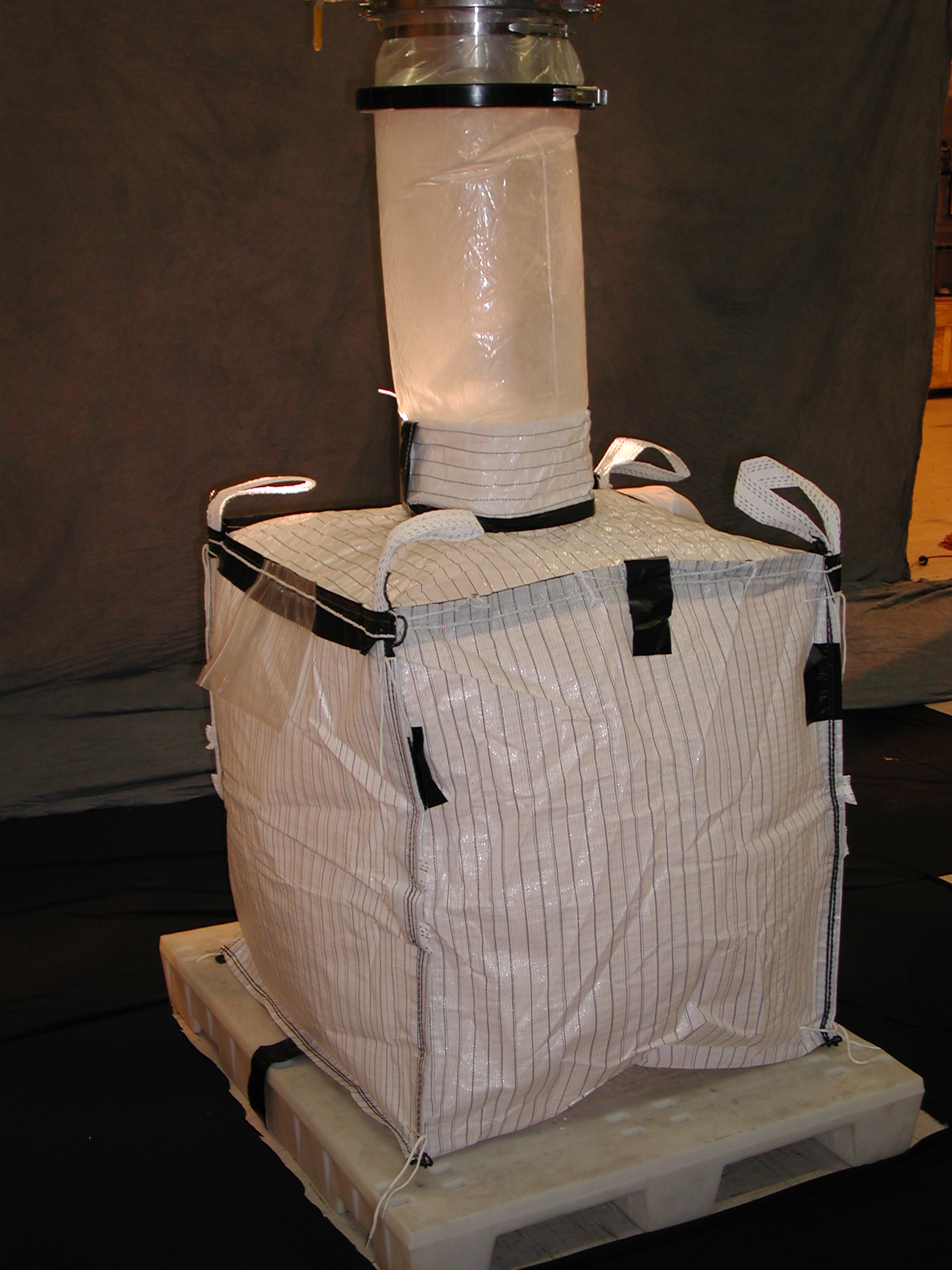
Flexible contained powder discharge into FIBC’s
Flexible intermediate bulk containers known as FIBC’s are commonly used in...